Left Tallinn in the pouring rain this morning. Not so much pouring rain as frozen rain. It was a bit on the miserable and bloody cold side, and we are driving to Riga today, so I was really hoping it didn’t keep up. We had decided to stop by a place called, Viikingite Küla – or Viking Village – on our way out of Tallinn, more out of curiosity than anything else. It is a large area of land that sounds like it started off as a restaurant and reenactment tournament area that has grown into a bit of a local ‘theme’ park (though I am reluctant to use the word, as images of Medieval Times pop into mind immediately).
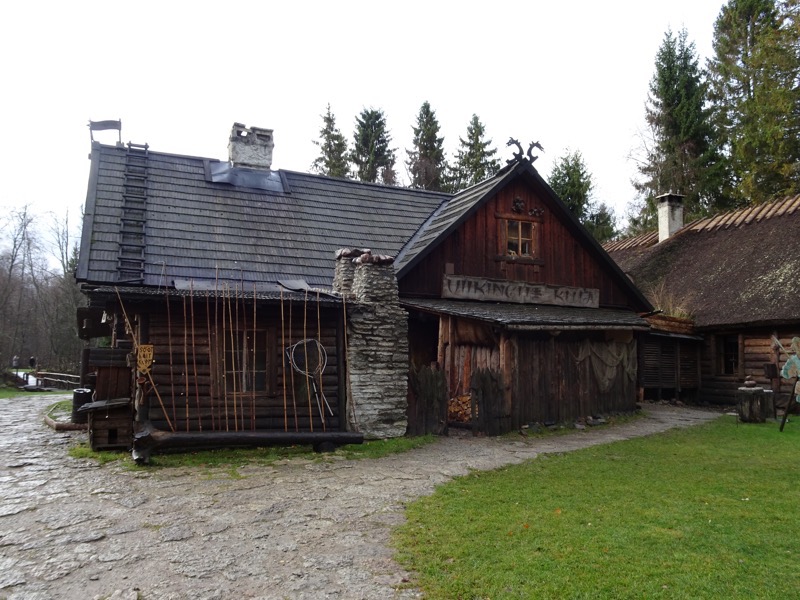 It was interesting to see what some really motivated and moderately well-monied Viking era enthusiasts could come up with up. I knew it was going to potentially be a bit ‘medJevial’ with a capital J, but had made my mind up to view it through a, ‘Would my friends and I have a good time doing medieval stuff in this space?’ lens. The answer is a resounding ‘HELLS YES!’ It is not the most authentically researched Viking village someone could have come up with, and it is not as meticulous on the details as your average Lochac Laurel would applaud – but it looked like a great place to be able to hold a camping event with a couple of hundred people.
It was interesting to see what some really motivated and moderately well-monied Viking era enthusiasts could come up with up. I knew it was going to potentially be a bit ‘medJevial’ with a capital J, but had made my mind up to view it through a, ‘Would my friends and I have a good time doing medieval stuff in this space?’ lens. The answer is a resounding ‘HELLS YES!’ It is not the most authentically researched Viking village someone could have come up with, and it is not as meticulous on the details as your average Lochac Laurel would applaud – but it looked like a great place to be able to hold a camping event with a couple of hundred people.
There was a trout stream for fishing, though I imagine if it weren’t being used to supply the restaurant, and the weather was warmer than the current 7C feels like 3C, it would be great for swimming.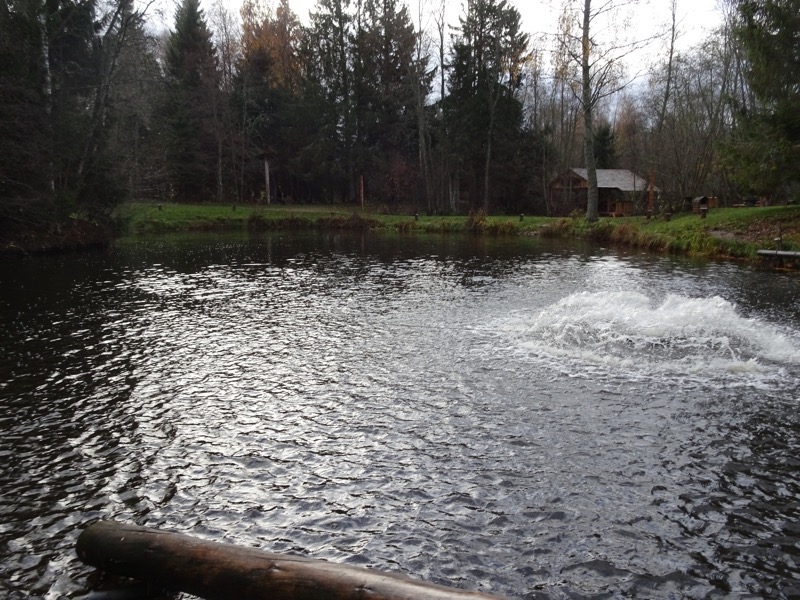 There is a large children’s play fort:
There is a large children’s play fort: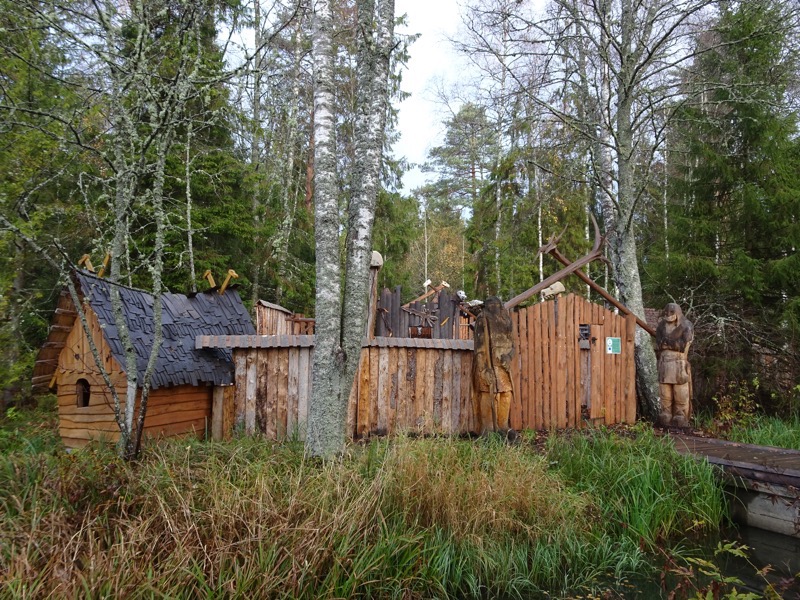 With cubby houses in various sizes for kids of varying ages.
With cubby houses in various sizes for kids of varying ages.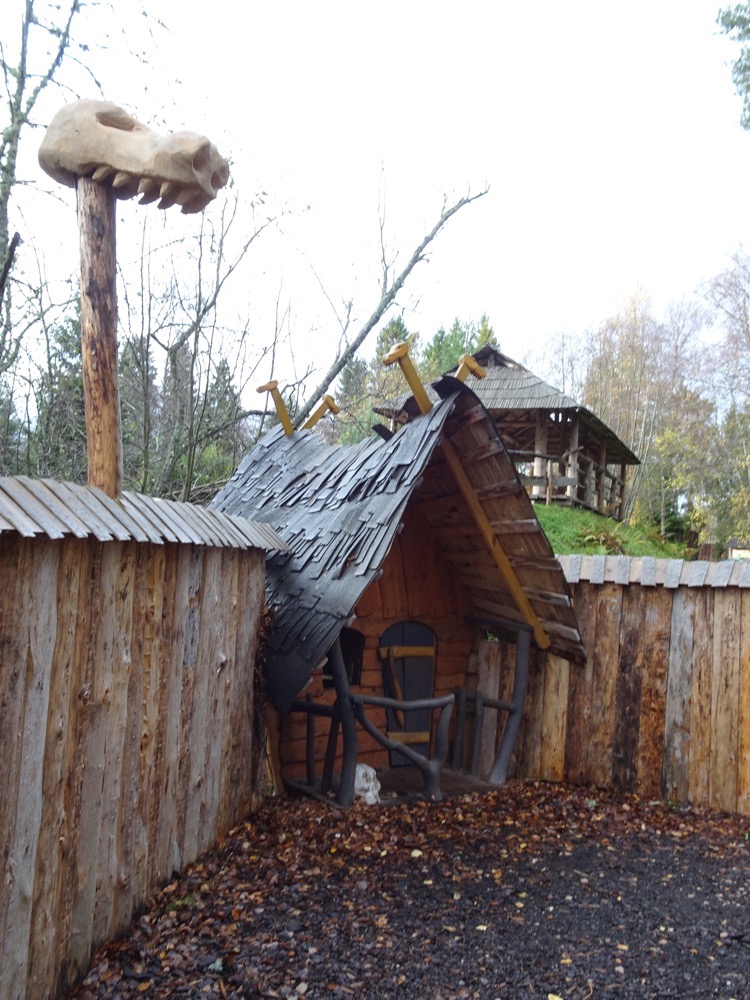 Poles for climbing and sliding about on.
Poles for climbing and sliding about on.
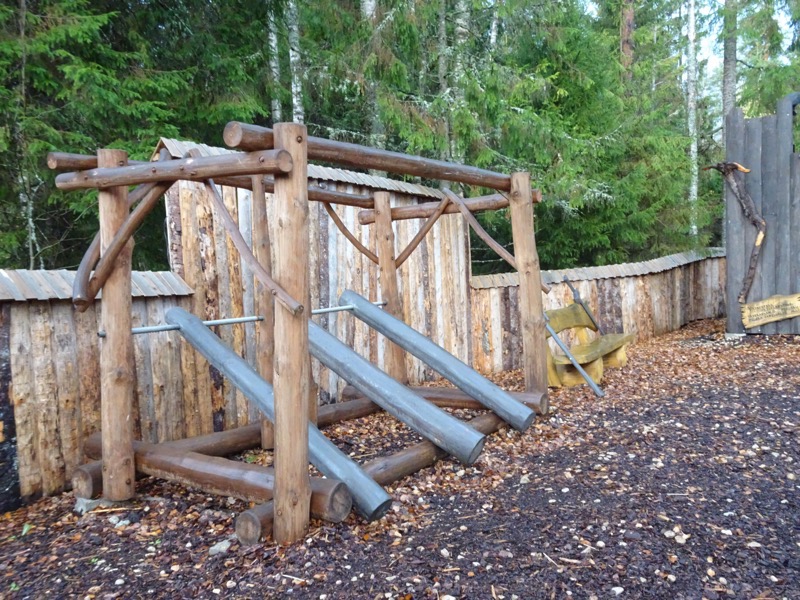 A couple of different forts connected by a rope bridge, a bucking boar underneath over a sandpit.
A couple of different forts connected by a rope bridge, a bucking boar underneath over a sandpit.
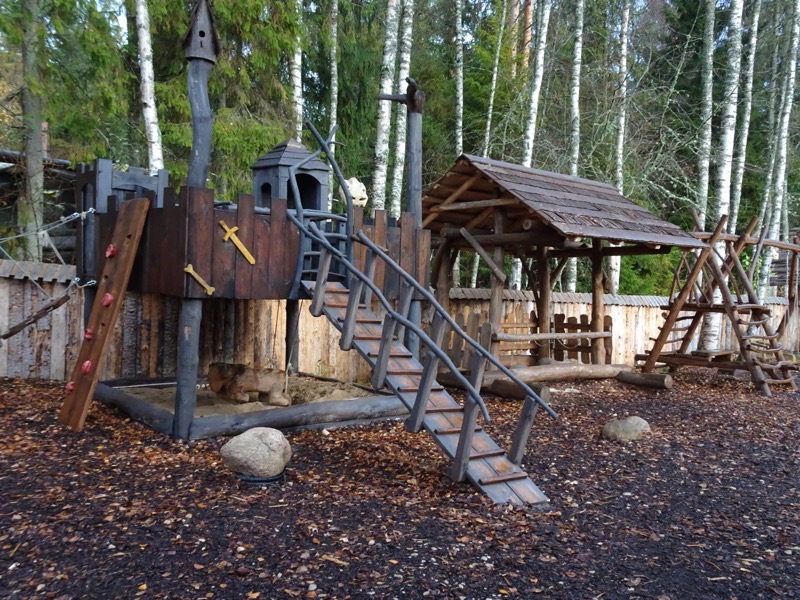 Some more climbing equipment.
Some more climbing equipment.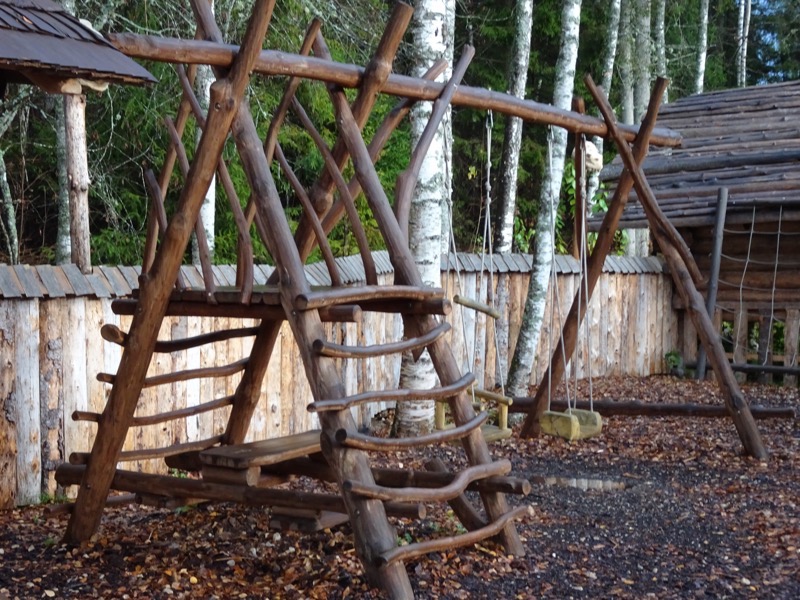
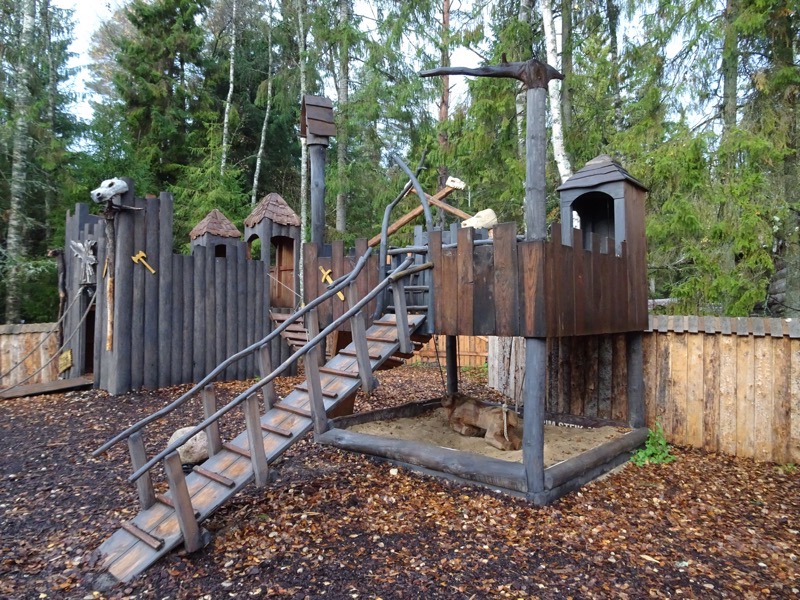
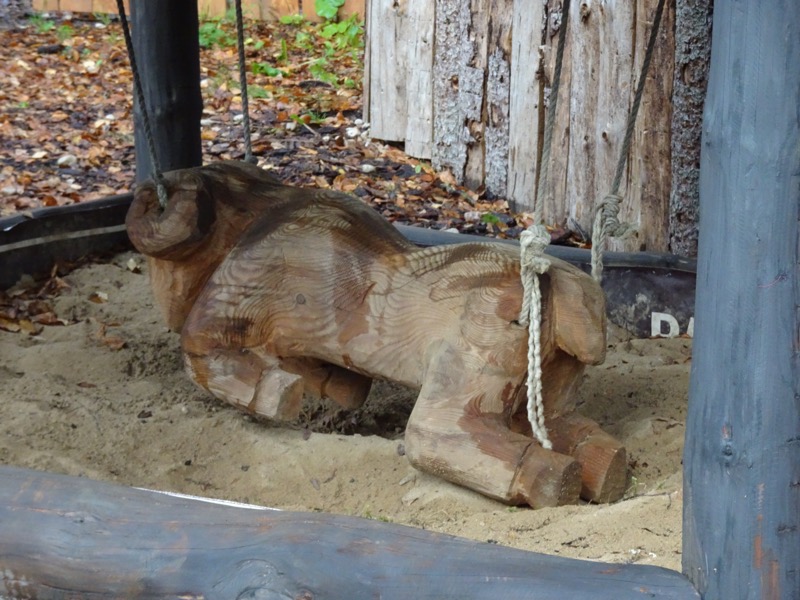 A longship for children to go conquer the seven seas.
A longship for children to go conquer the seven seas.
 A larger fort for older children equipped with shields and swords.
A larger fort for older children equipped with shields and swords. All up – I think our kids would have had a rollicking good time here. There was a sign out front of the playground saying that it had won some national awards for playground structures (couldn’t quite make out the details – but it was obviously a winner).
All up – I think our kids would have had a rollicking good time here. There was a sign out front of the playground saying that it had won some national awards for playground structures (couldn’t quite make out the details – but it was obviously a winner).
Not far around the complex from there was a large open area with viewing pavilion/bleacher type seating that would obviously make a great tournament field.
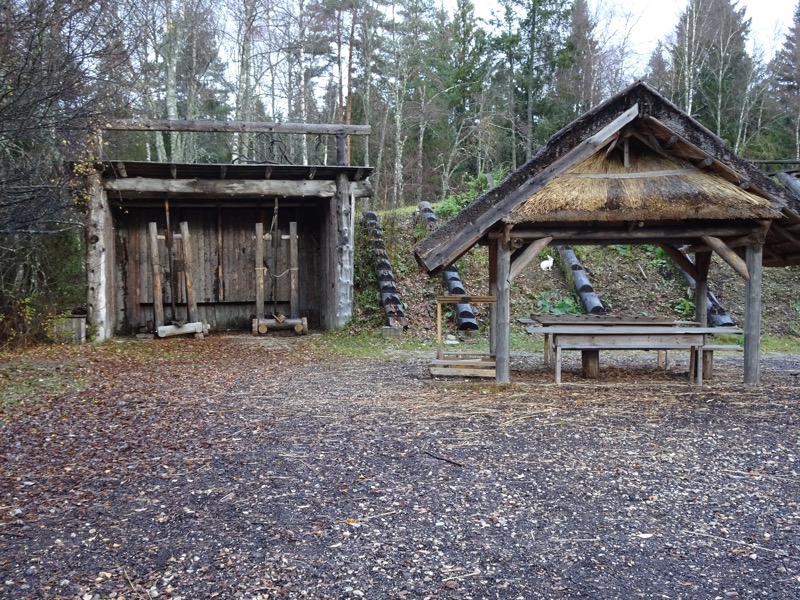 It also gets used for archery and for axe throwing (don’t worry about signing an indemnity at the gate – they have a blanket, ‘anything that happens to you here is your problem’ policy, up to and including drowing!).
It also gets used for archery and for axe throwing (don’t worry about signing an indemnity at the gate – they have a blanket, ‘anything that happens to you here is your problem’ policy, up to and including drowing!).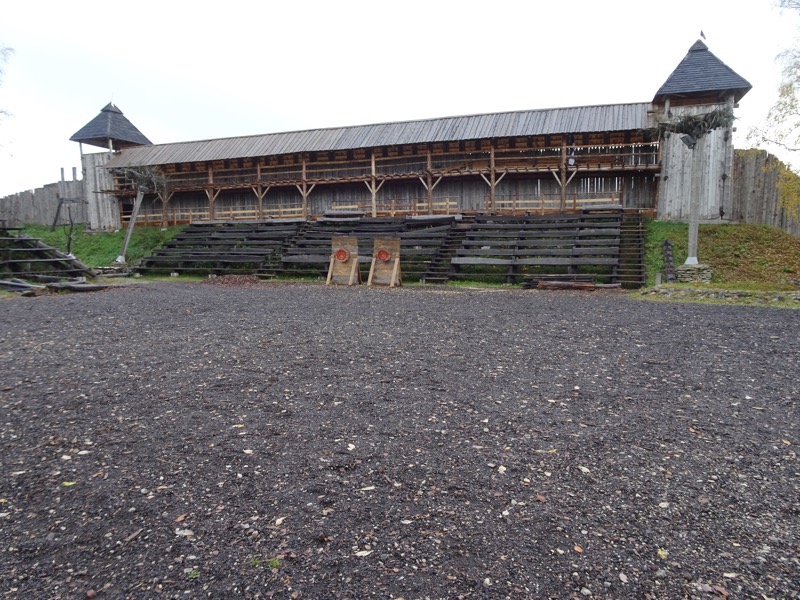
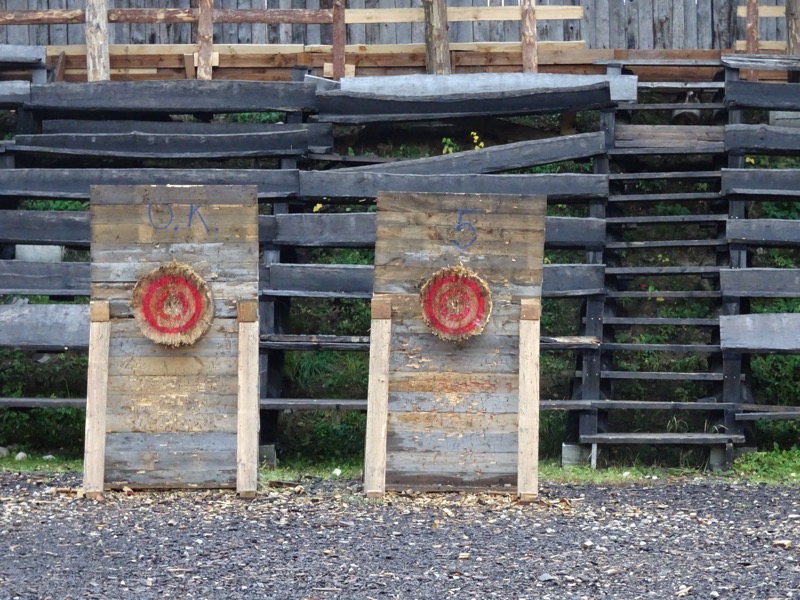
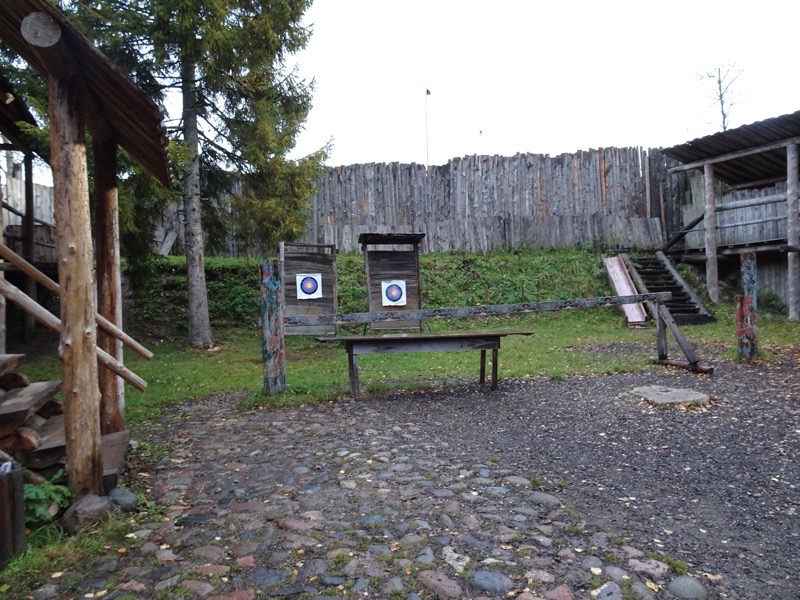 The tournament field was about 30 x 10 and would be great for SCA style tourneys. Even large ones like FAT at Festival.
The tournament field was about 30 x 10 and would be great for SCA style tourneys. Even large ones like FAT at Festival.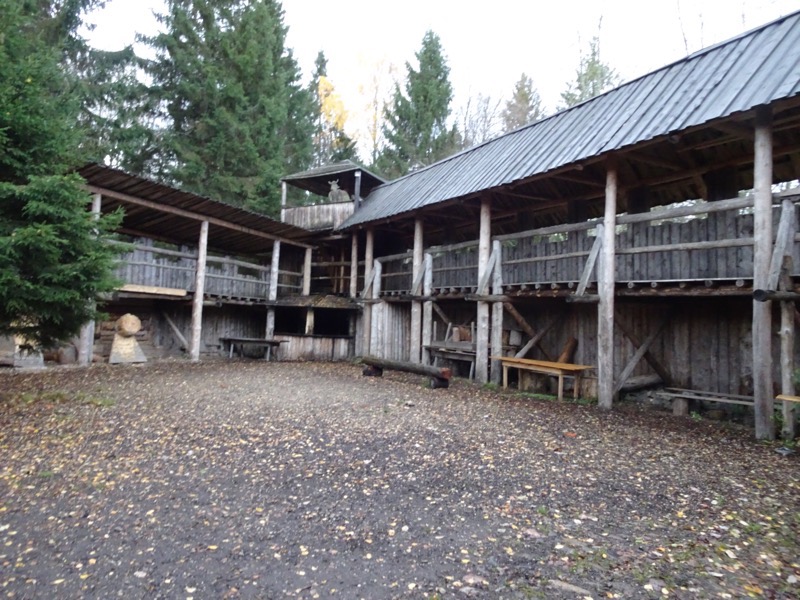 I’m not sure how long this village has been here – but it has lived through a few harsh winters and was in need of some love and attention and repairs here and there. A few rotted timbers were apparent in the roof structures and it could use a good oil, but the overall effect of the spaces were pretty good in my opinion.
I’m not sure how long this village has been here – but it has lived through a few harsh winters and was in need of some love and attention and repairs here and there. A few rotted timbers were apparent in the roof structures and it could use a good oil, but the overall effect of the spaces were pretty good in my opinion.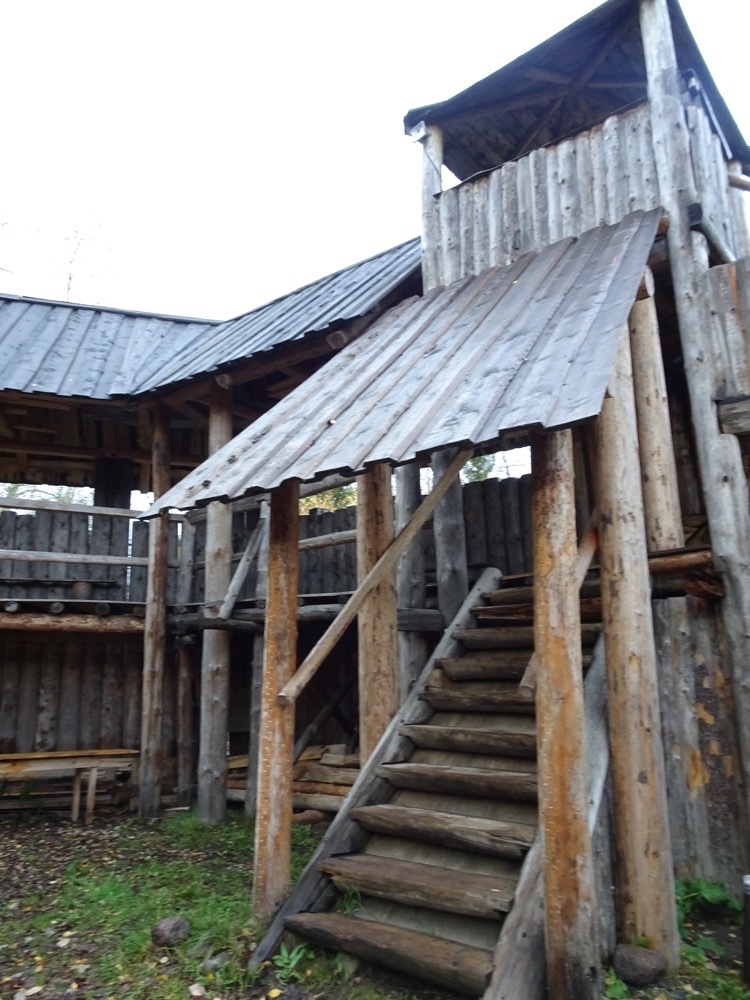 Oh and they have totally tame fluffy bunnies everywhere that are not at all bothered by the people.
Oh and they have totally tame fluffy bunnies everywhere that are not at all bothered by the people.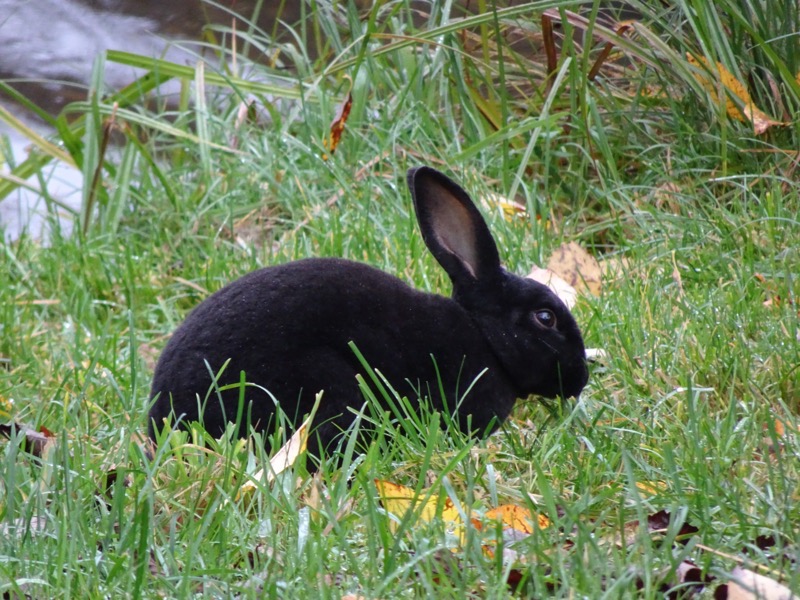
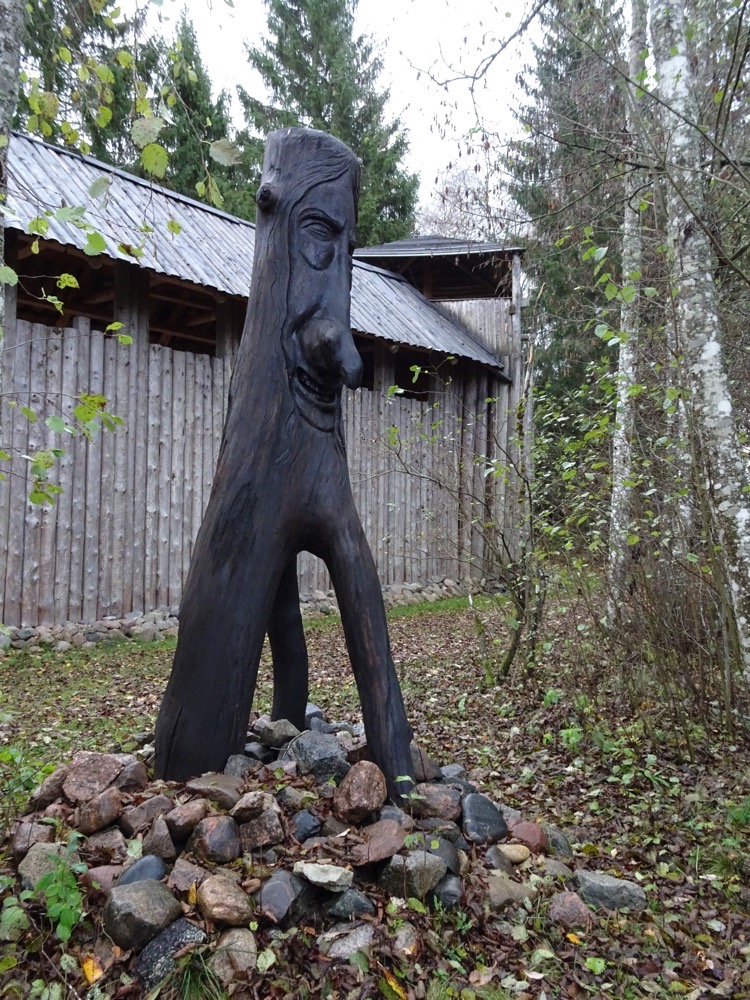
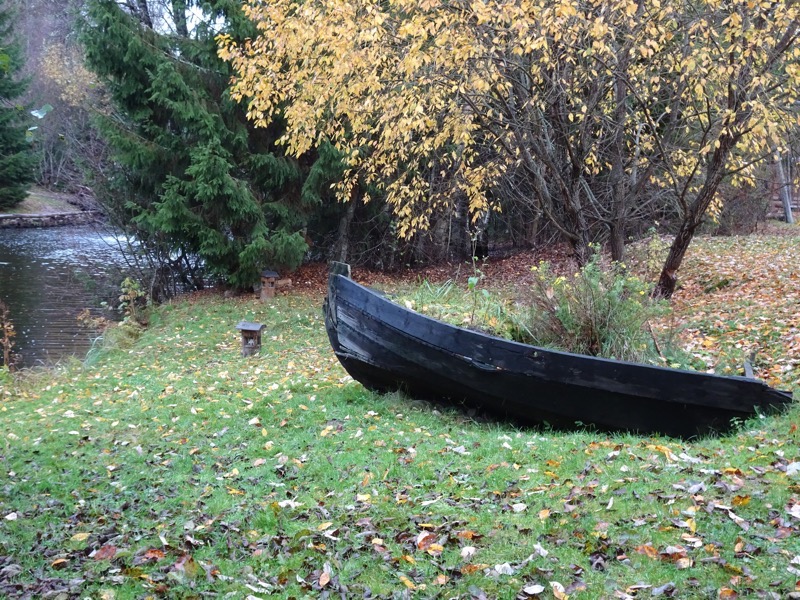 The other end of the trout stream.
The other end of the trout stream.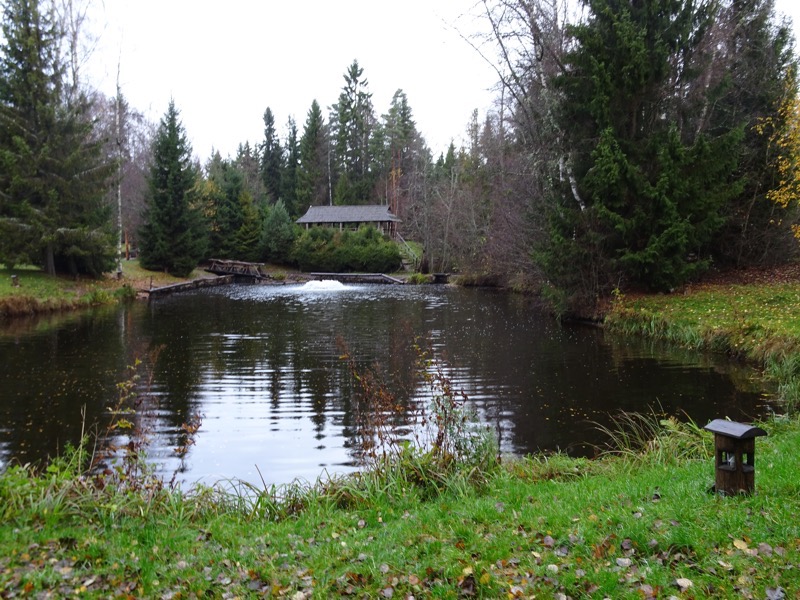
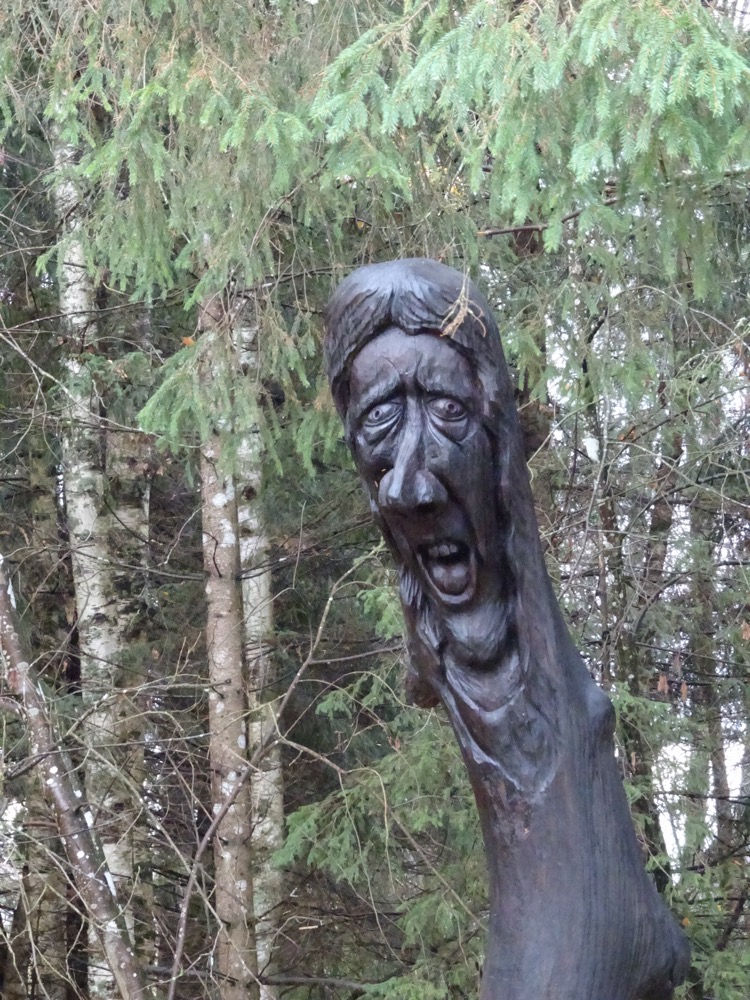 Shaman style teepee for a see-er or something? I don’t know. Not a lot of the information we could put our hands on was in English.
Shaman style teepee for a see-er or something? I don’t know. Not a lot of the information we could put our hands on was in English.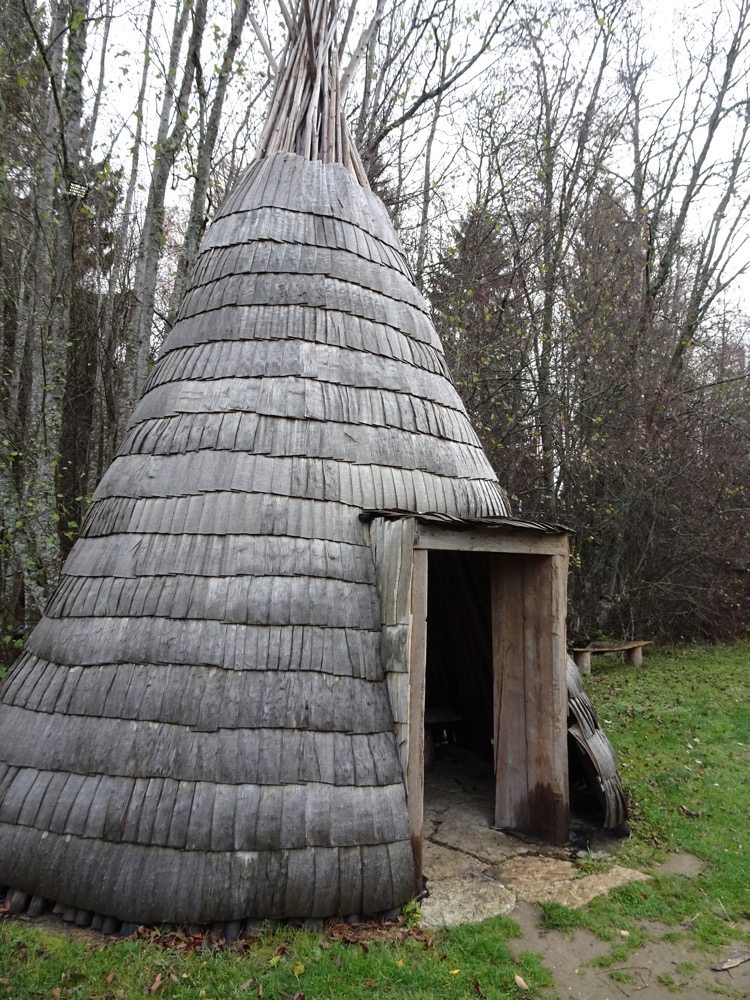 A ‘period’ game where men throw a stick through the female figure’s ‘slot’, and women throw a hoop onto the male figure’s ‘rod’. Would never fly in the SCA – people would get too uptight about the gender representations or something! 😛
A ‘period’ game where men throw a stick through the female figure’s ‘slot’, and women throw a hoop onto the male figure’s ‘rod’. Would never fly in the SCA – people would get too uptight about the gender representations or something! 😛 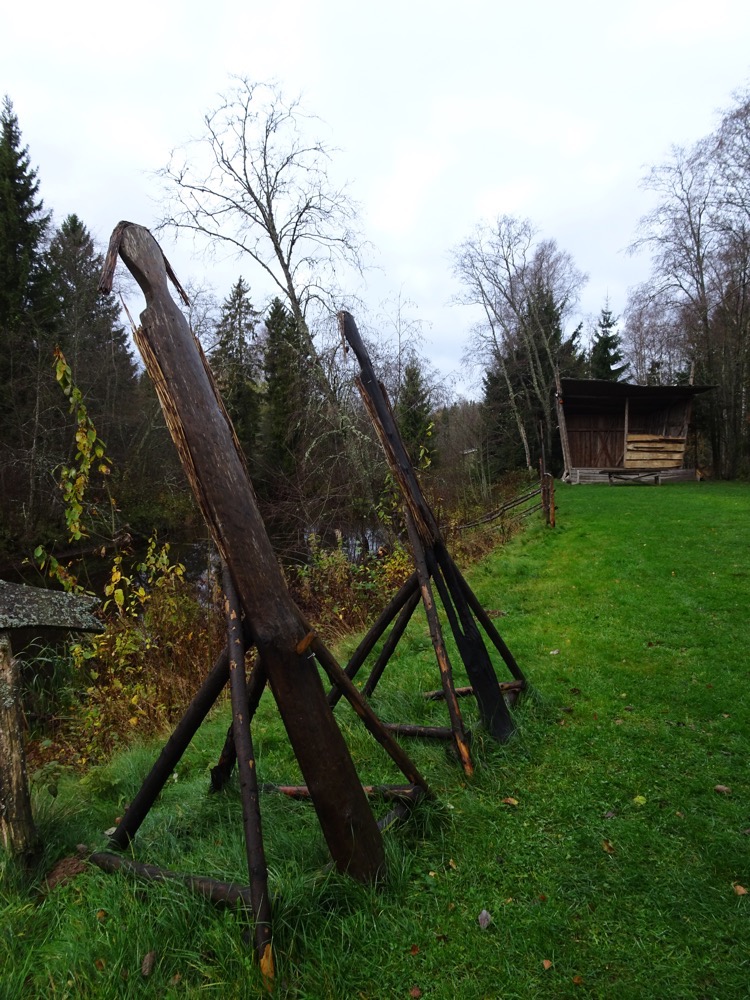 More fuzzy bunnies.
More fuzzy bunnies.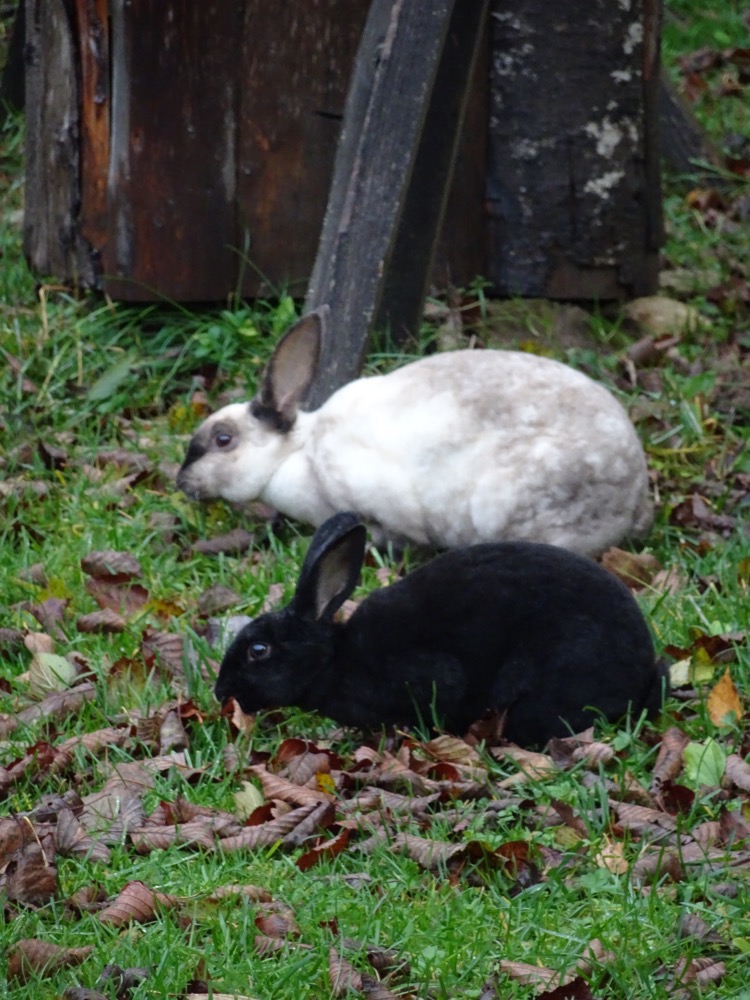 They have a longboat that people can hire and take canoeing around a creeky system. It holds up to 13 people and you need at least four to row it.
They have a longboat that people can hire and take canoeing around a creeky system. It holds up to 13 people and you need at least four to row it.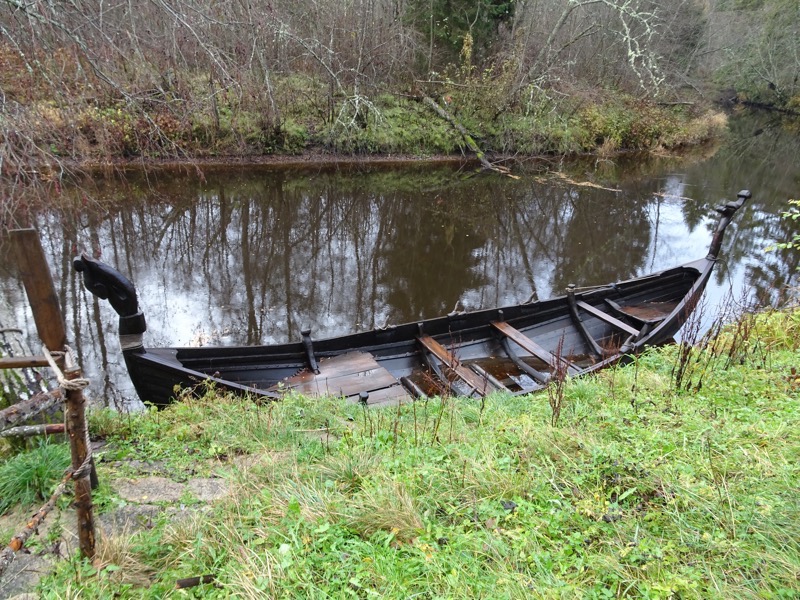 Private picnic pavilion spaces that can be hired and you can do your own BBQ or self catering.
Private picnic pavilion spaces that can be hired and you can do your own BBQ or self catering. 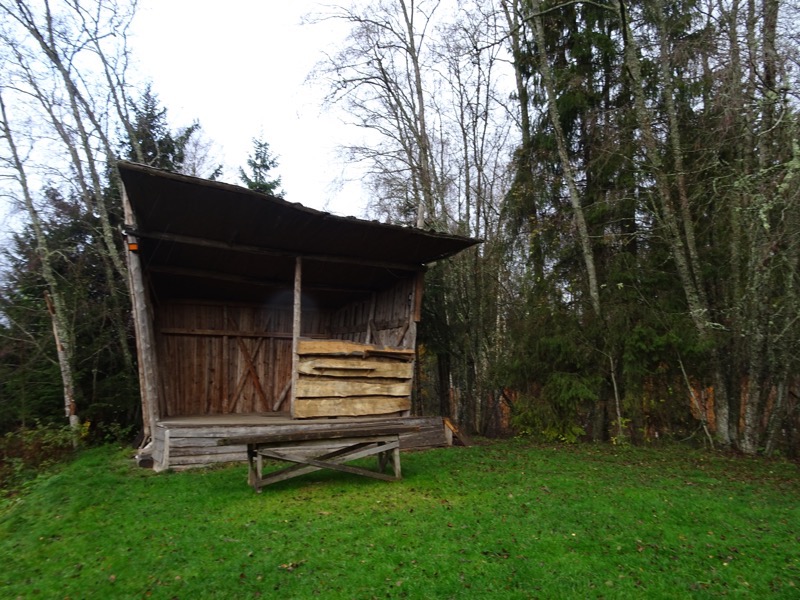 The walk back across the creek to the tavern/restaurant area.
The walk back across the creek to the tavern/restaurant area.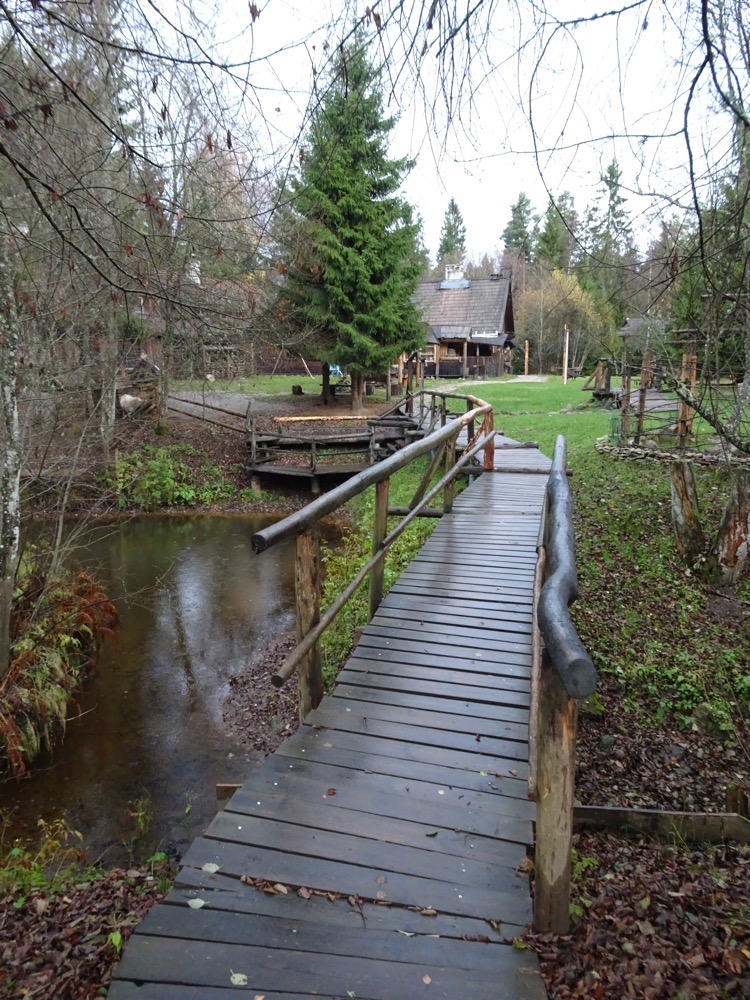
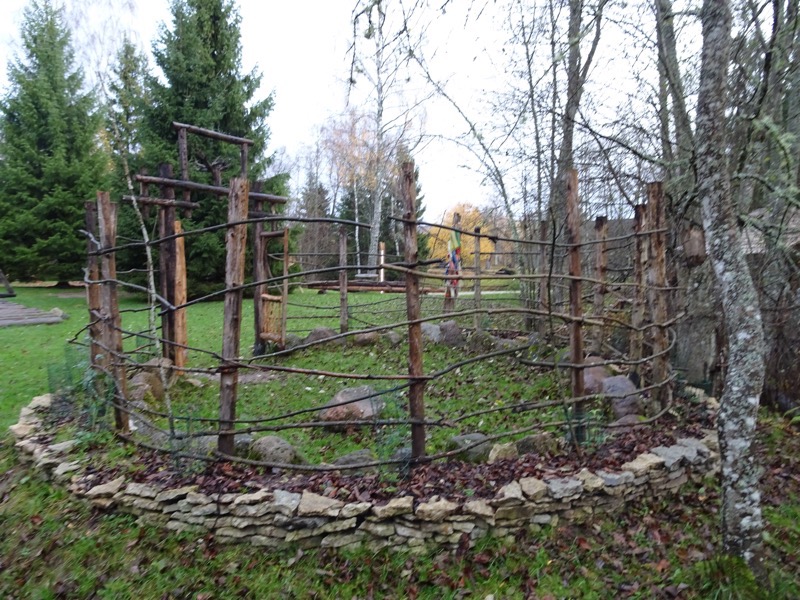
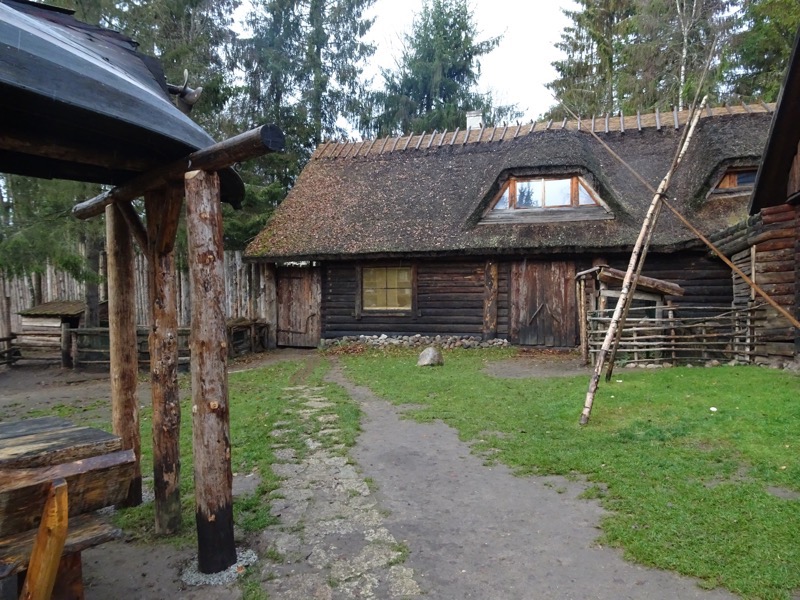 A small outdoor beer garden space which is currently unoccupied, due to 1) it being early morning, and 2) it being bloody cold!
A small outdoor beer garden space which is currently unoccupied, due to 1) it being early morning, and 2) it being bloody cold!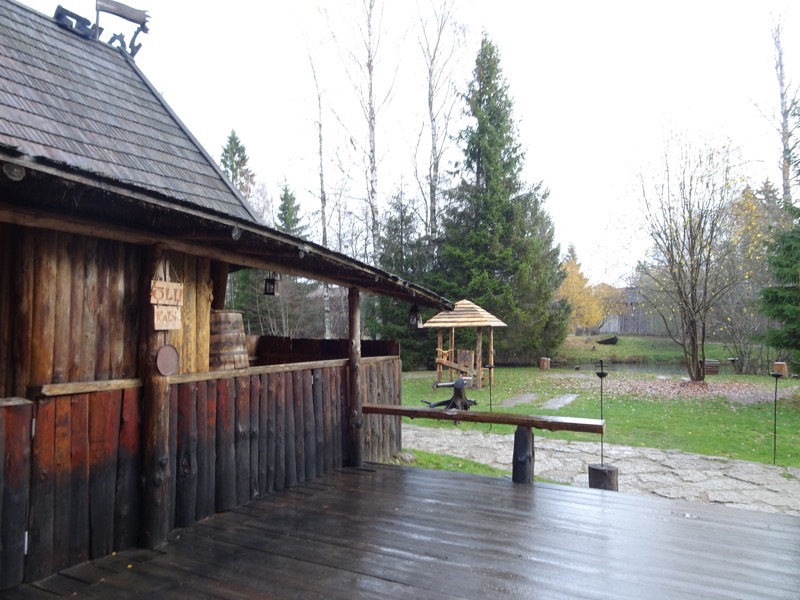 We thought we would pop in the tavern and have a warming hot drink before we had to hit the road.
We thought we would pop in the tavern and have a warming hot drink before we had to hit the road.
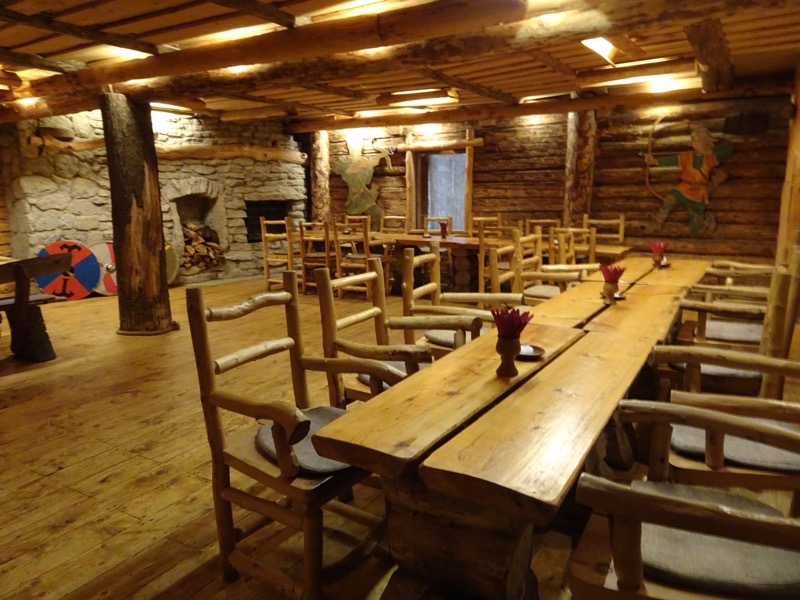 There were lots of small spaces and large spaces to suit different groups – this one had a roof height of barely 5 feet, and was either designed for kids or for very intimate dining groups!
There were lots of small spaces and large spaces to suit different groups – this one had a roof height of barely 5 feet, and was either designed for kids or for very intimate dining groups!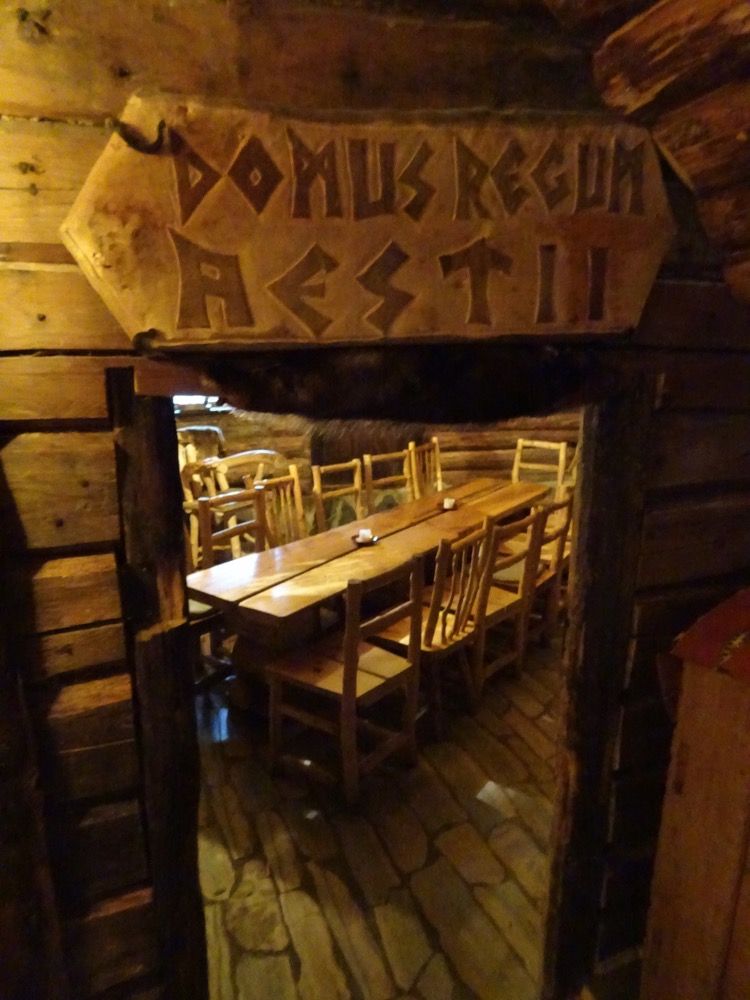 We had a look at the menu and were tempted to have an early lunch snack. I ordered the field mushrooms on rye bread…
We had a look at the menu and were tempted to have an early lunch snack. I ordered the field mushrooms on rye bread…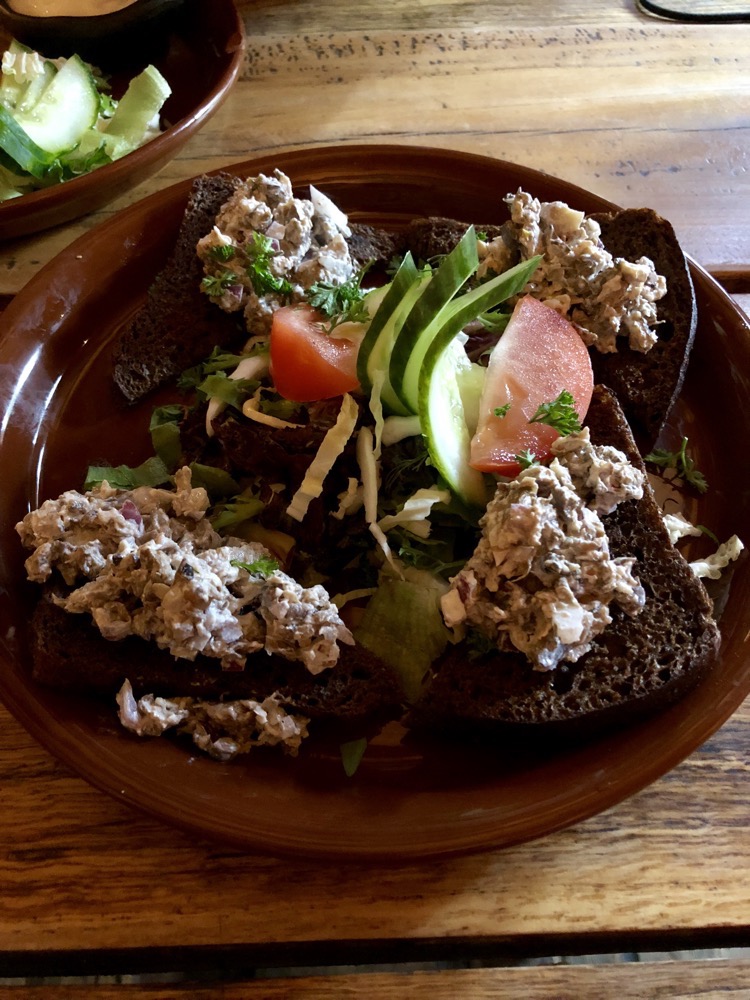 and yale ordered some sort of beef dumplings. It was very tasty and well presented. I know yale would disagree with me when I say I thought the Viking Village was awesome. He felt it was a bit too twee (and it is), but I have had medieval fun in places that looked a whole lot less likely than this place – you know like an old shearing shed, or a basketball court hidden by a gazillion banners. So, if you take it for what it is, a medieval styled space that hasn’t been documented to within an inch of its life designed for good times – then yes, I think you’d have a grand old time here. It would be great fun to come with a large group of friends all dressed up and have big feast/banquet… which is exactly what the place caters for.
and yale ordered some sort of beef dumplings. It was very tasty and well presented. I know yale would disagree with me when I say I thought the Viking Village was awesome. He felt it was a bit too twee (and it is), but I have had medieval fun in places that looked a whole lot less likely than this place – you know like an old shearing shed, or a basketball court hidden by a gazillion banners. So, if you take it for what it is, a medieval styled space that hasn’t been documented to within an inch of its life designed for good times – then yes, I think you’d have a grand old time here. It would be great fun to come with a large group of friends all dressed up and have big feast/banquet… which is exactly what the place caters for.
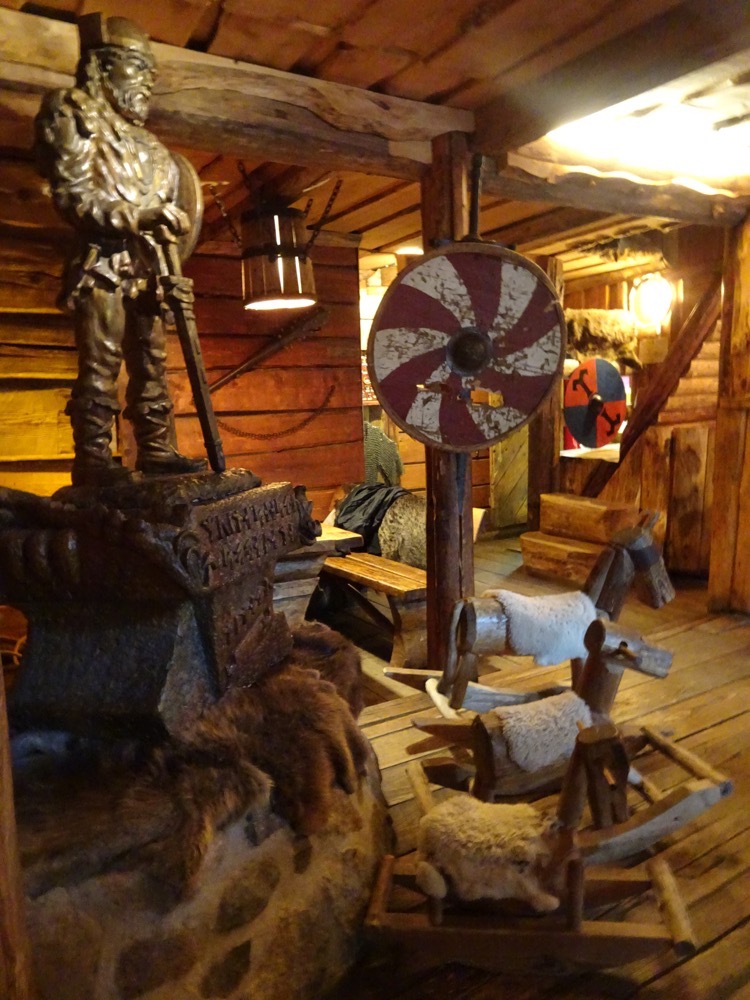
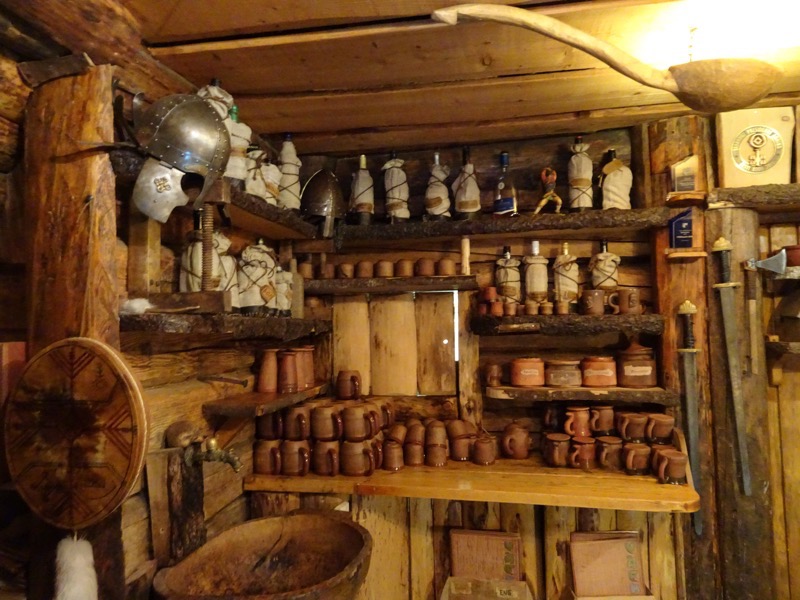
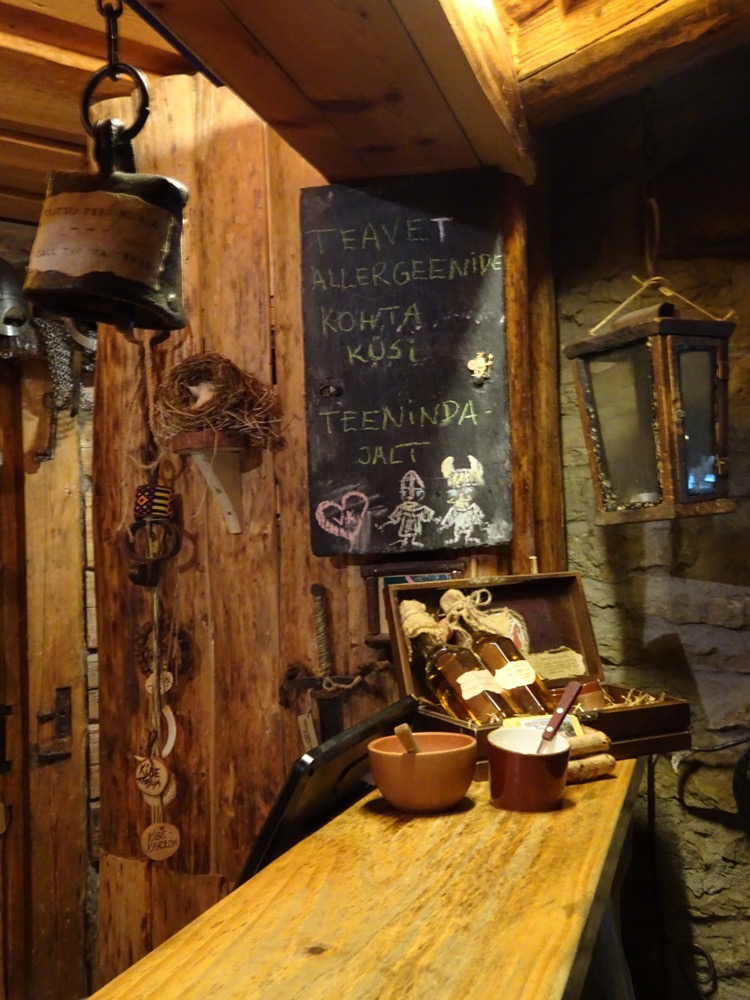 After our warming drinks and a sit by the fire for half an hour to warm up – we hit the road and were heading through the Lithuanian countryside, pottering around some back roads before we would end up on the highways again.
After our warming drinks and a sit by the fire for half an hour to warm up – we hit the road and were heading through the Lithuanian countryside, pottering around some back roads before we would end up on the highways again.
We saw this gorgeous little country farmhouse, complete, with sheep, horse, chickens and lord knows what else. For a fleeting moment, I thought, “I could live there,” and then I remembered myself, and how much I love things like late night visitors, fresh sushi and V-Max cinema seating… and decided instead, “I could spend a few months there.” Mind you, they are in the middle of nowhere but probably have better Internet than I do at home.
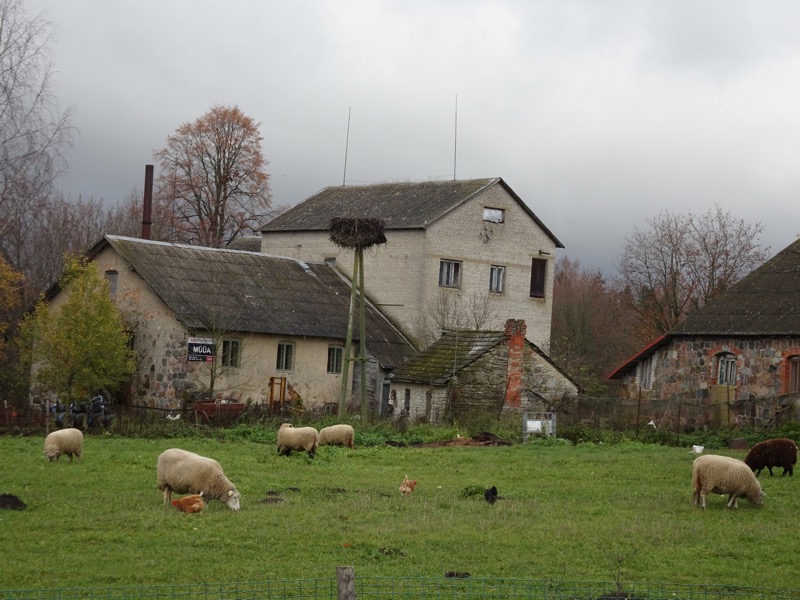 The drive had a few err, interesting moments. Many of which were caused by the road rules here which allow overtaking on certain roads even if someone is coming towards you. That is, when the line of the road on the should is broken – drivers are supposed to drive right up the dotted line and allow other drivers to go around them, even if there is oncoming traffic. Great in theory, but in practice, there were way too many drivers who were way too cocky at this being able to overtake whenever you wanted to, leaving us driving three abreast a two-lane road A LOT.
The drive had a few err, interesting moments. Many of which were caused by the road rules here which allow overtaking on certain roads even if someone is coming towards you. That is, when the line of the road on the should is broken – drivers are supposed to drive right up the dotted line and allow other drivers to go around them, even if there is oncoming traffic. Great in theory, but in practice, there were way too many drivers who were way too cocky at this being able to overtake whenever you wanted to, leaving us driving three abreast a two-lane road A LOT. We stopped briefly at the cheap discount liquor store at what was once the Estonian/Latvian border. Found some souvenir shopping, some not so discounted grog and some rather questionable food offerings in the loosely labelled ‘bistro’ before heading to Riga.
We stopped briefly at the cheap discount liquor store at what was once the Estonian/Latvian border. Found some souvenir shopping, some not so discounted grog and some rather questionable food offerings in the loosely labelled ‘bistro’ before heading to Riga. On the way into Riga we saw the first sign of a major metropolis on our left – and were reminded that we were not really in Eastern Europe anymore but in the Baltic/Northern Europe area… so like we saw in Iceland, we expect all our hotels to be decorated in nothing but Ikea from now on. 😉
On the way into Riga we saw the first sign of a major metropolis on our left – and were reminded that we were not really in Eastern Europe anymore but in the Baltic/Northern Europe area… so like we saw in Iceland, we expect all our hotels to be decorated in nothing but Ikea from now on. 😉 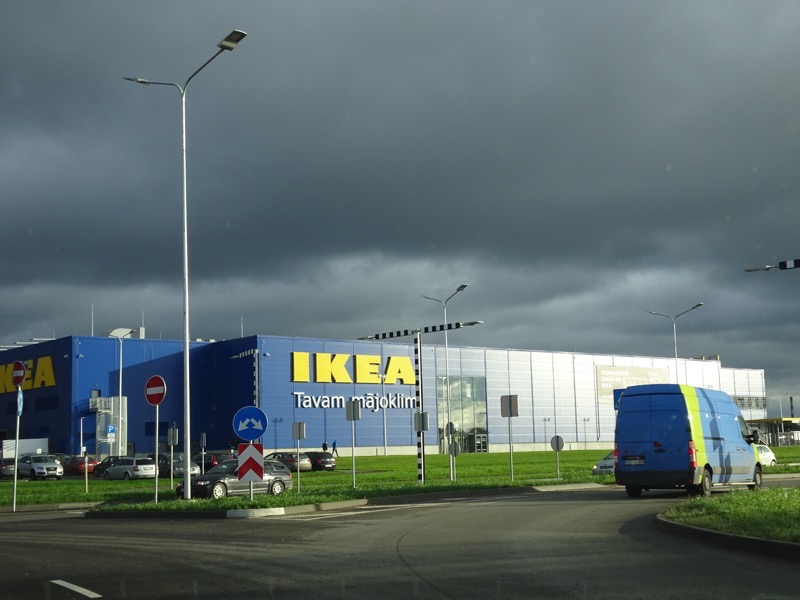 We checked into the Rixwell Riga Old Palace Hotel where we had booked a ‘designer studio room’ only to be given a key to what would make a good playroom for some midgets – about 14sqm and barely a 7′ ceiling. It looked nice enough but was totally impractical*.
We checked into the Rixwell Riga Old Palace Hotel where we had booked a ‘designer studio room’ only to be given a key to what would make a good playroom for some midgets – about 14sqm and barely a 7′ ceiling. It looked nice enough but was totally impractical*.
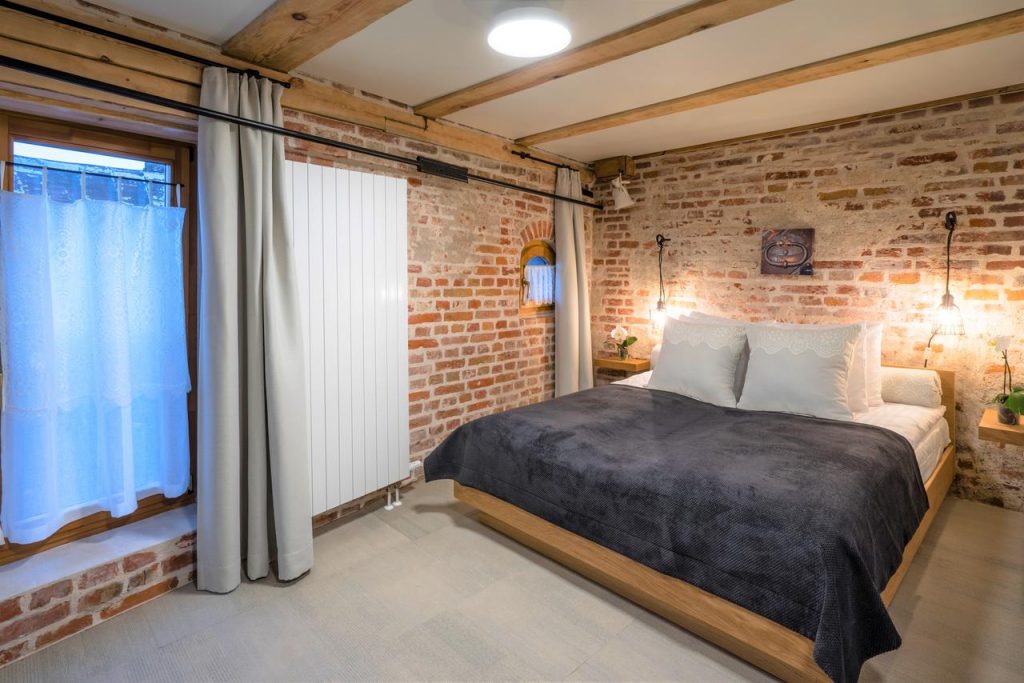 *not the actual room we were given – this one you could walk all the way around the bed, whereas the room we were allocated had a bed up against the wall on the right-hand side.
*not the actual room we were given – this one you could walk all the way around the bed, whereas the room we were allocated had a bed up against the wall on the right-hand side.
So naturally I didn’t mind the room that much at all, other than the fact there was no where to lay out suitcases or walk around the furniture – but yale was going to hit his head on everything and the room was son tiny that you seriously couldn’t swing a cat in here. So I went down to the reception and had a word with the customer service staff. I did my best ‘sorry to bother you’ and had already looked online – it’s October, and plenty of rooms were showing up as available in the online booking websites, so I knew they had vacancies… the following conversation then ensued:
Me: ‘Hi, our room is not suitable… what else have you got?’
Customer Service Chickie: *dithered with the computer*, ‘Yes, I can find you larger room but you will have to pay more.’
Me: ‘Great, I said, let’s do it, how much?’
CSC: ‘€5.00 a night.’
Me: *deadpan* ‘Would you like that now in cash?’
Seriously for an extra€5.00 a night a night, we were given a to a traditionally decorated superior balcony room that was about three times the size of the hipster ‘designer studio’ and it has 12′ ceilings…
*insert me rolling my eyes here*
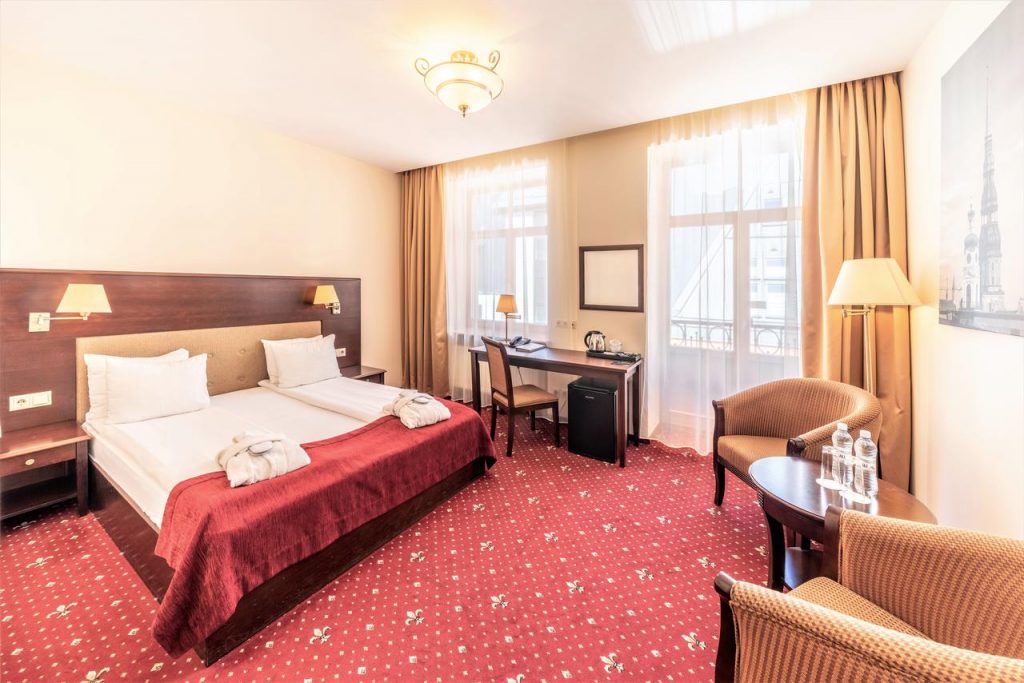 Once happily situated, and yale had ascertained that the wifi was up to his exacting standards, we decided to find a nice restaurant with local food and head out. It turned out that not 150m from our hotel was a restaurant called, ‘Milda’ which is rated about 8th out of over 800 restaurants in Riga and we thought that sounded like a bit of us. Was a bit fancier than anticipated, so I am glad I made yale change out of his blue otter t-shirt. 😛
Once happily situated, and yale had ascertained that the wifi was up to his exacting standards, we decided to find a nice restaurant with local food and head out. It turned out that not 150m from our hotel was a restaurant called, ‘Milda’ which is rated about 8th out of over 800 restaurants in Riga and we thought that sounded like a bit of us. Was a bit fancier than anticipated, so I am glad I made yale change out of his blue otter t-shirt. 😛

 The menu was superb – yale ordered the beef heart tartar.
The menu was superb – yale ordered the beef heart tartar. I ordered the potato dumplings – which were much more asian style dumplings than stodgy eastern European ones.
I ordered the potato dumplings – which were much more asian style dumplings than stodgy eastern European ones. yale had a soup course of porcini mushroom soup served in a fruit cob loaf.
yale had a soup course of porcini mushroom soup served in a fruit cob loaf.  And for mains I had the fillet mignon with sweet potato puree…
And for mains I had the fillet mignon with sweet potato puree… And yale ordered the boiled beef potato dumplings with bacon and onions and all good things.
And yale ordered the boiled beef potato dumplings with bacon and onions and all good things.  We shared a small honey cake for dessert. The entire meal was superb – they also served us some bread with some of the best pate I have ever tried, and that was easily the best steak I have had in months. The staff were excellent and I would highly recommend this place if you are ever in town.
We shared a small honey cake for dessert. The entire meal was superb – they also served us some bread with some of the best pate I have ever tried, and that was easily the best steak I have had in months. The staff were excellent and I would highly recommend this place if you are ever in town.  After that, it was back to the hotel and hopefully an early night, because I am stuffed. Been waking up way too early – my back has still not settled back down to its usual dull roar from having ramped up the day we went to Chernobyl, and it’s not like I’ve been resting since then. There is just too much to do, so I have probably extended this out way longer than necessarily by my continuing to do my damnedest to ignore it. :/
After that, it was back to the hotel and hopefully an early night, because I am stuffed. Been waking up way too early – my back has still not settled back down to its usual dull roar from having ramped up the day we went to Chernobyl, and it’s not like I’ve been resting since then. There is just too much to do, so I have probably extended this out way longer than necessarily by my continuing to do my damnedest to ignore it. :/

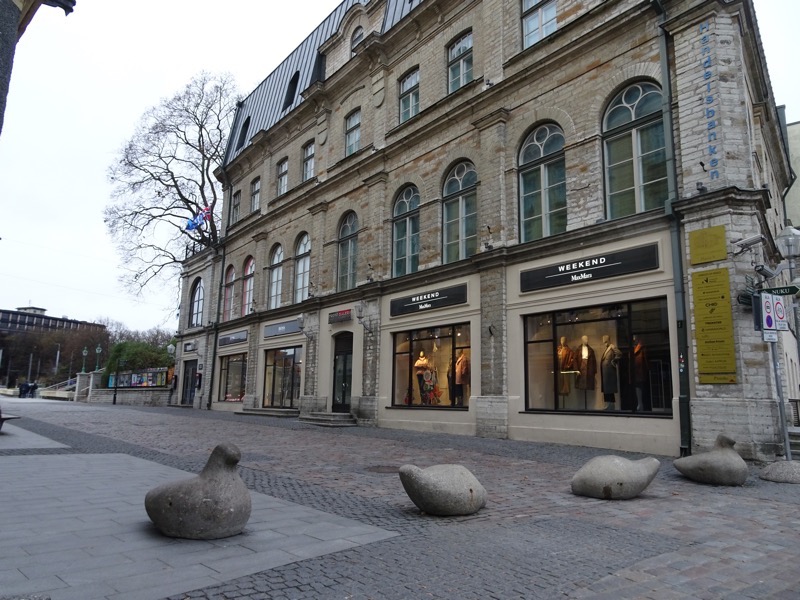 We found a great little cafe for breakfast which wasn’t so easy given that many places were just not open this early – you know, about 0930. It was called Revel and was warm and cosy and served up the best €4.95 brekkie ever – a potato, bacon, onion and mushroom bubble and squeak type deal with an egg on top. I didn’t finish it, but it was a delicious start to the day.
We found a great little cafe for breakfast which wasn’t so easy given that many places were just not open this early – you know, about 0930. It was called Revel and was warm and cosy and served up the best €4.95 brekkie ever – a potato, bacon, onion and mushroom bubble and squeak type deal with an egg on top. I didn’t finish it, but it was a delicious start to the day.
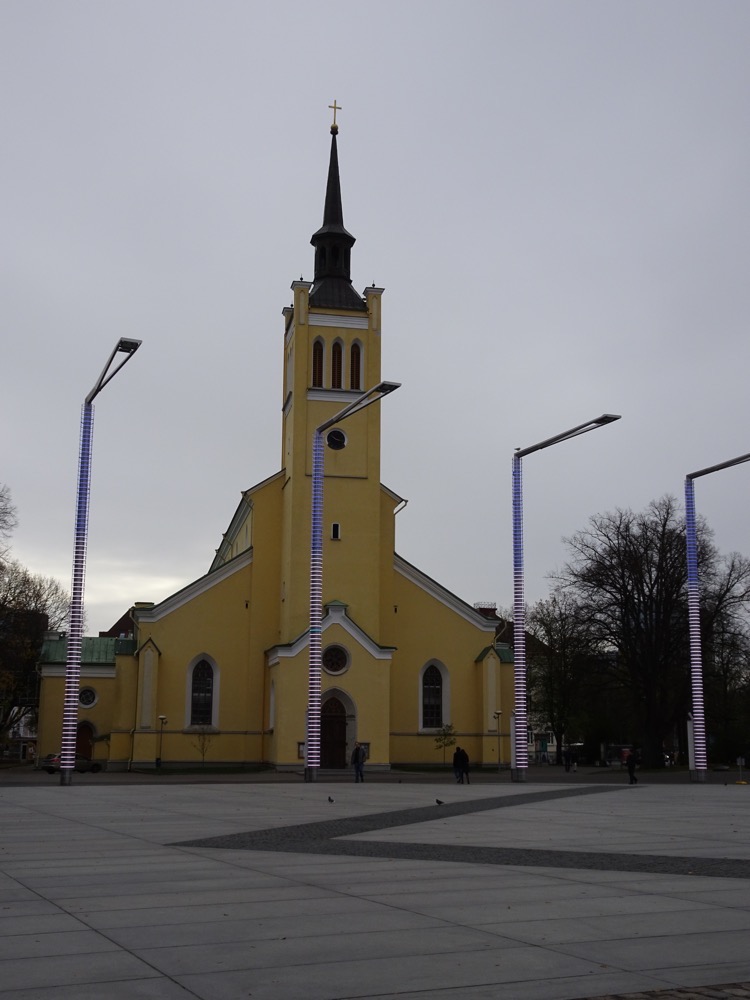 Across the Square, the imposing War of Independence Victory Column is currently under wraps. It is a tall, usually well-lit plinth with an enormous cross on it. Usually, I try to crop the scaffolded buildings and monuments out of my photos, but this one struck me as a bit of a monument in its own right. It was only unveiled about a decade ago and already under scaffold… I think this piece is currently a monument to the: ‘They Don’t Make ‘Em Like They Used To’ field of civic building.
Across the Square, the imposing War of Independence Victory Column is currently under wraps. It is a tall, usually well-lit plinth with an enormous cross on it. Usually, I try to crop the scaffolded buildings and monuments out of my photos, but this one struck me as a bit of a monument in its own right. It was only unveiled about a decade ago and already under scaffold… I think this piece is currently a monument to the: ‘They Don’t Make ‘Em Like They Used To’ field of civic building.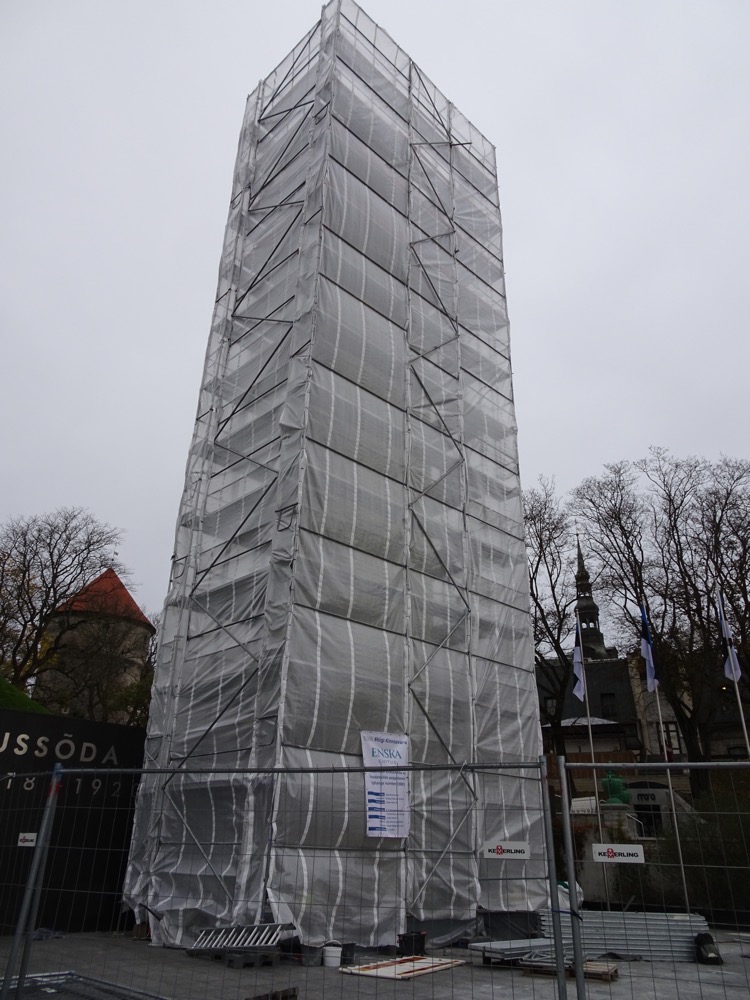 On the hill above the Independence Square was the marker for the Baltic Way – commemorating the 2,000,000 people that formed a human chain across the 675kms from Tallinn to Riga to Vilnius on 23rd of August 1989. The plaques were bestowed by the city of Vilnius, we will have to find the Riga one when we get there too, I think. The Baltic Way event occurred to commemorate the stunning peaceable act that was to protest against the Molotov-Ribbentrop protocols.
On the hill above the Independence Square was the marker for the Baltic Way – commemorating the 2,000,000 people that formed a human chain across the 675kms from Tallinn to Riga to Vilnius on 23rd of August 1989. The plaques were bestowed by the city of Vilnius, we will have to find the Riga one when we get there too, I think. The Baltic Way event occurred to commemorate the stunning peaceable act that was to protest against the Molotov-Ribbentrop protocols. I am so totally in love with the autumn colours – we experience nothing like this in subtropical Brisbane.
I am so totally in love with the autumn colours – we experience nothing like this in subtropical Brisbane. Not far from Independence Square is the Kiek in de Kök – a restored cannon tower from the 15th century that is now a museum. The name, Kiek in de Kök, literally means ‘peek in the kitchen’ in German; the tower got its name from stories about how soldiers in the fortification could peek from the top of the tower into the kitchens of the town below.
Not far from Independence Square is the Kiek in de Kök – a restored cannon tower from the 15th century that is now a museum. The name, Kiek in de Kök, literally means ‘peek in the kitchen’ in German; the tower got its name from stories about how soldiers in the fortification could peek from the top of the tower into the kitchens of the town below. 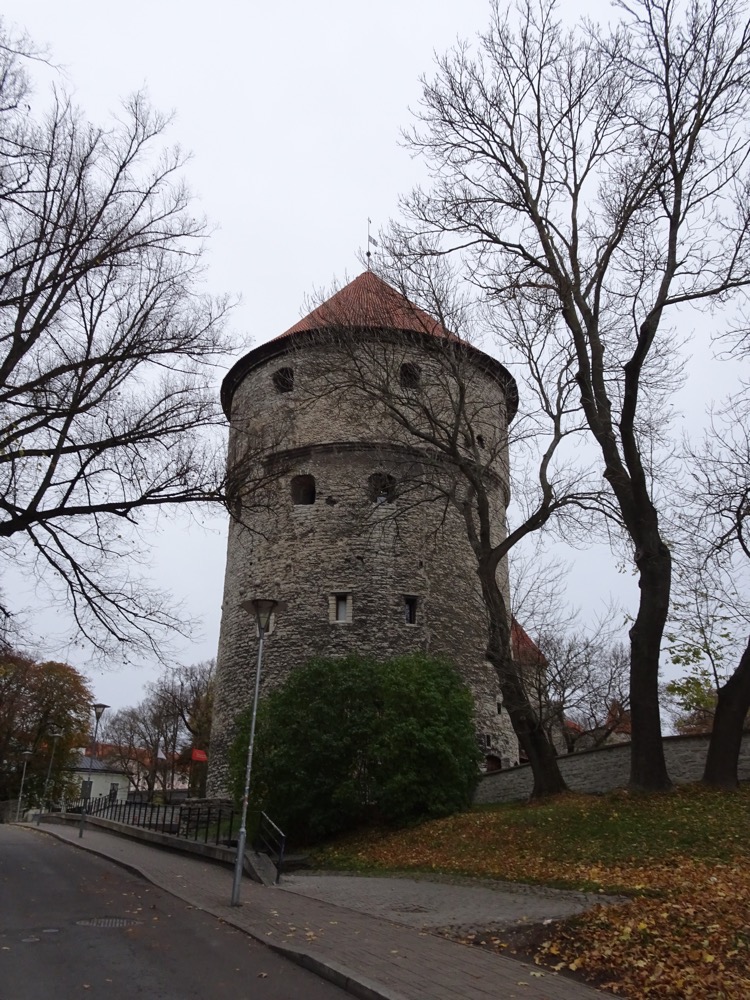 Nearby is the sturdy 14th century, Maiden’s Tower which is currently a cafe and small museum which oddly focuses on the culinary arts and the art of war – interesting combo. We thought we may double back around on these museums later if it started raining and we needed to take refuge indoors (it didn’t and we didn’t).
Nearby is the sturdy 14th century, Maiden’s Tower which is currently a cafe and small museum which oddly focuses on the culinary arts and the art of war – interesting combo. We thought we may double back around on these museums later if it started raining and we needed to take refuge indoors (it didn’t and we didn’t).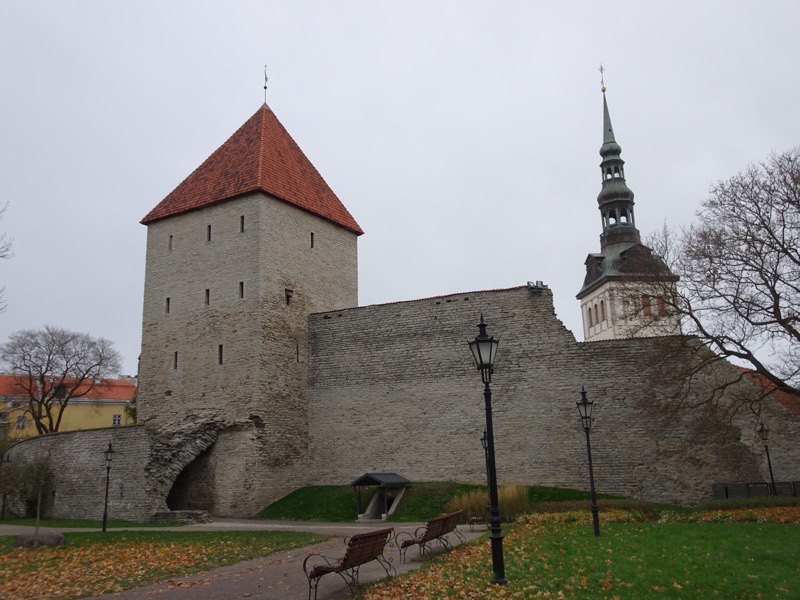 Up a small hill from the Maiden’s Tower is the decidedly pink Toompea Palace. The Palace/Castle was erected on the foundations of the crumbling eastern wing of the 13th – 14th century fortress that was on this site. The Baroque castle was built in the late 18th century, and is now the Estonia parliament, complete with carpark and (out of frame to the left) be-logo’d scaffolding, which I am now convinced is permanent, as it was here last year and isn’t covering or protecting anything, just being used as a visual divider between the road and the palace.
Up a small hill from the Maiden’s Tower is the decidedly pink Toompea Palace. The Palace/Castle was erected on the foundations of the crumbling eastern wing of the 13th – 14th century fortress that was on this site. The Baroque castle was built in the late 18th century, and is now the Estonia parliament, complete with carpark and (out of frame to the left) be-logo’d scaffolding, which I am now convinced is permanent, as it was here last year and isn’t covering or protecting anything, just being used as a visual divider between the road and the palace.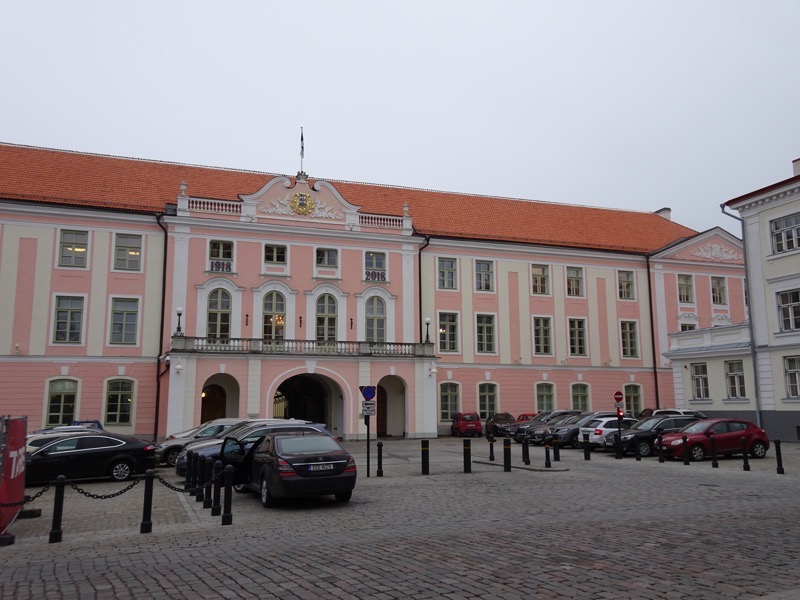 Across the street is the Alexander Nevsky Cathedral which is Tallinn’s largest and grandest orthodox cupola cathedral and is dedicated to Saint Alexander Nevsky, and the locals hate it. Apparently, the cathedral was built during the late 19th century as part of the efforts to Russify Estonia. It is so heartily disliked by many Estonians as a symbol of abject oppression, such that Estonia officials had scheduled the cathedral for demolition in 1924,. The only reason the cathedral is still standing is due to lack of money – it was going to be an expensive effort to destroy and remove the massive construction. After Estonia gained their independence, the Estonian parliament again started to discuss plans to demolish Cathedral in the 1990s! Seriously as recently as 30 years ago they wanted to demolish this beautiful building to extend the parking lot for the members of Parliament!
Across the street is the Alexander Nevsky Cathedral which is Tallinn’s largest and grandest orthodox cupola cathedral and is dedicated to Saint Alexander Nevsky, and the locals hate it. Apparently, the cathedral was built during the late 19th century as part of the efforts to Russify Estonia. It is so heartily disliked by many Estonians as a symbol of abject oppression, such that Estonia officials had scheduled the cathedral for demolition in 1924,. The only reason the cathedral is still standing is due to lack of money – it was going to be an expensive effort to destroy and remove the massive construction. After Estonia gained their independence, the Estonian parliament again started to discuss plans to demolish Cathedral in the 1990s! Seriously as recently as 30 years ago they wanted to demolish this beautiful building to extend the parking lot for the members of Parliament! 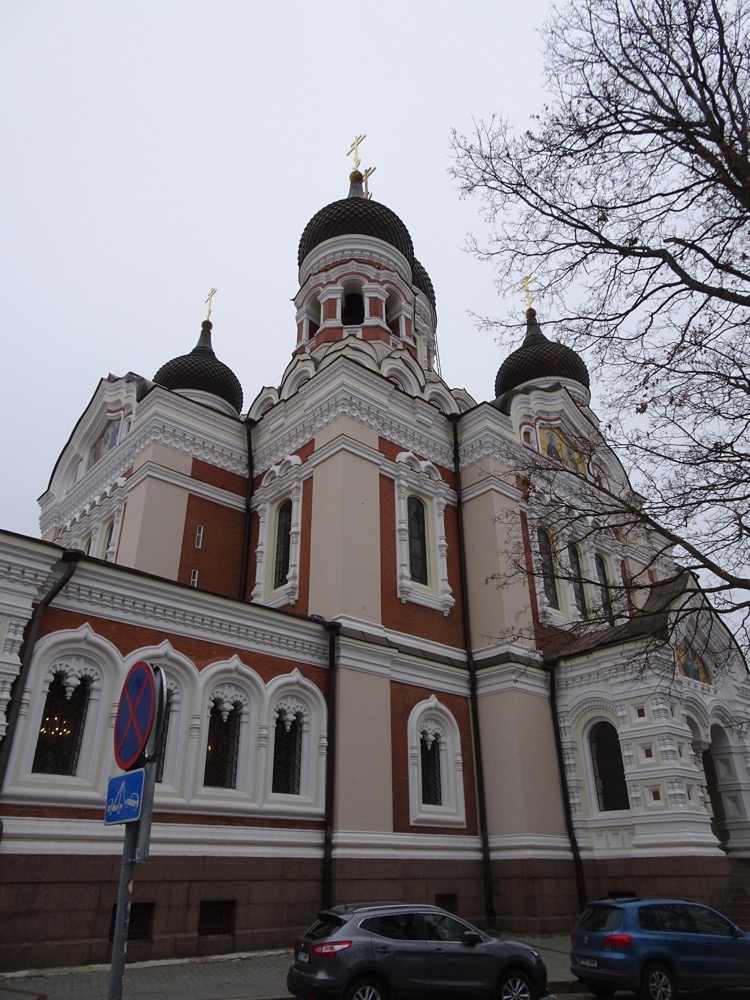
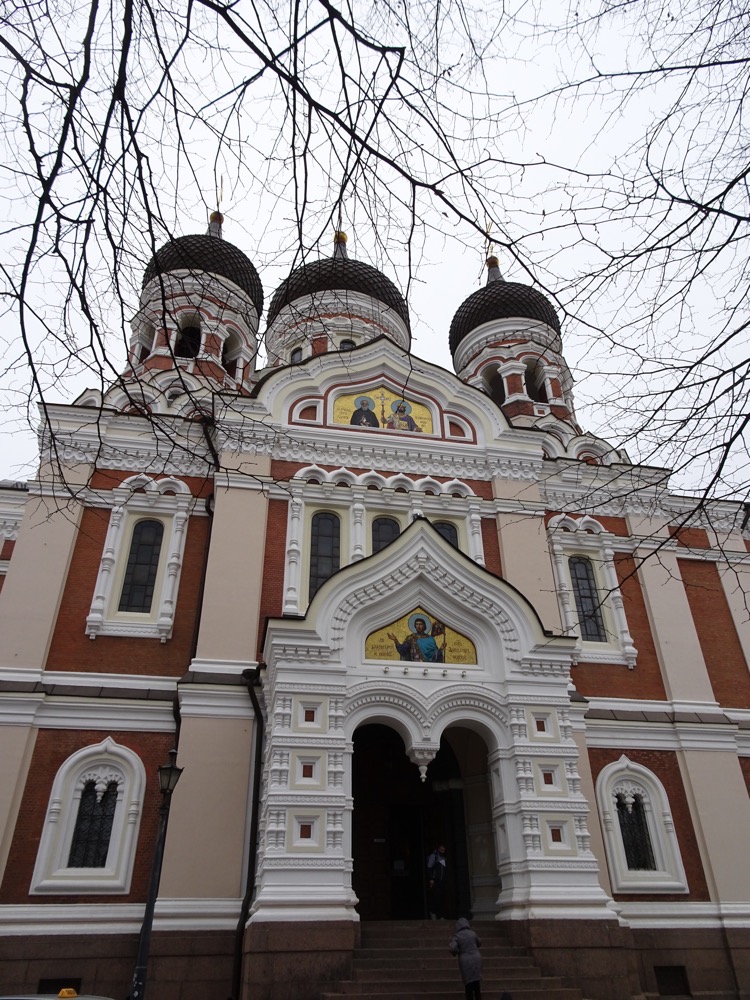
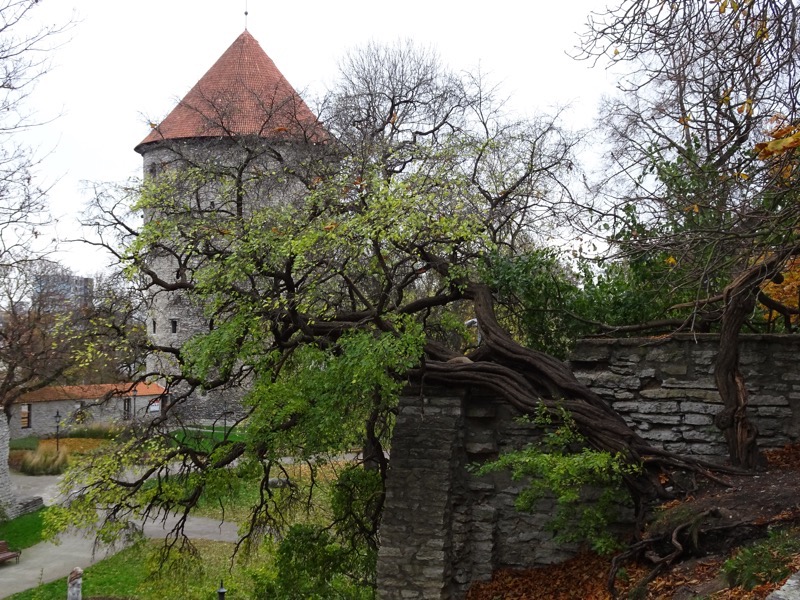 I love these street lamps – I wish I could take one home for the front garden… it would only look a little out of place.
I love these street lamps – I wish I could take one home for the front garden… it would only look a little out of place.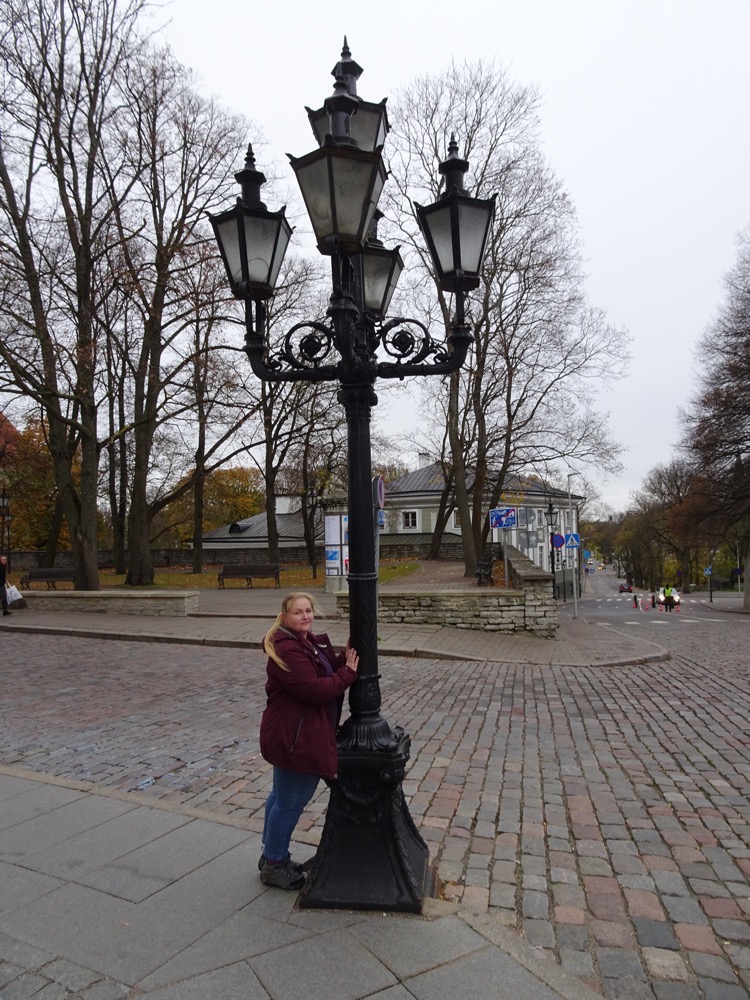 It was supposed to only get to 7°C today, but with the wind chill, feel more like 2-3°C and a high possibility of rain, so I wore my Fantastic Purple Jacket Of Warmth that I bought last year in Oslo on the end of season bargain shelves for €50 – only problem is as soon as you are indoors, you’re overheating like mad, so it’s on and off, on and off, with the jacket all day.
It was supposed to only get to 7°C today, but with the wind chill, feel more like 2-3°C and a high possibility of rain, so I wore my Fantastic Purple Jacket Of Warmth that I bought last year in Oslo on the end of season bargain shelves for €50 – only problem is as soon as you are indoors, you’re overheating like mad, so it’s on and off, on and off, with the jacket all day.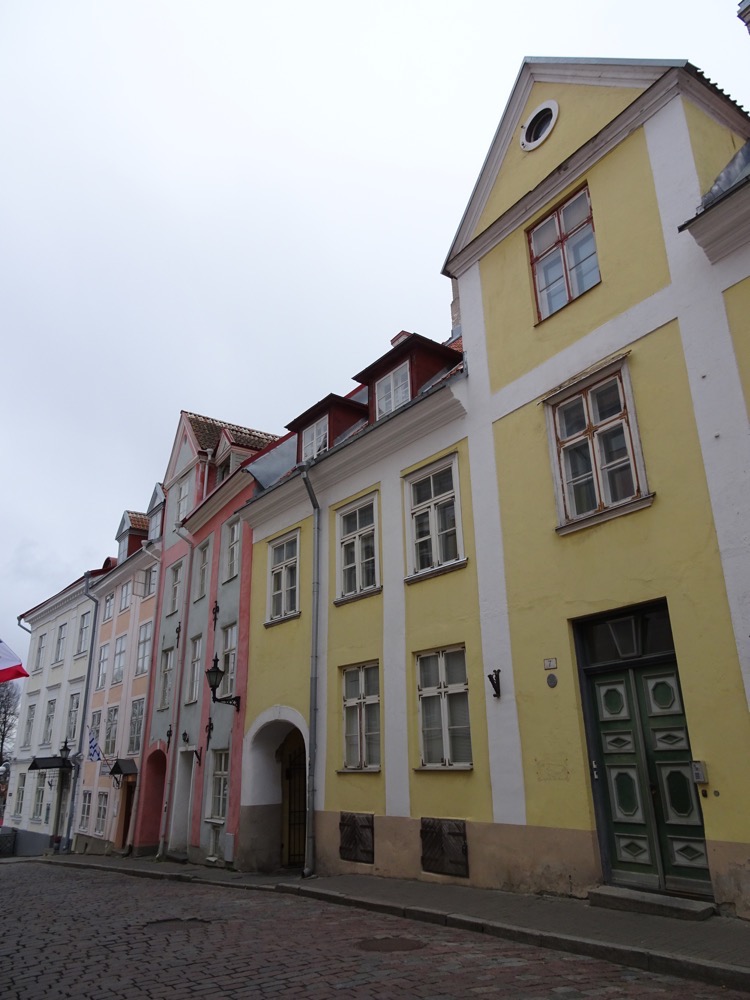 Souvenirs – the more I travel, the more I realise that I like to look at souvenirs and see what sort of things people make/sell to represent their towns and special places, but I don’t actually like to buy souvenirs. 🙂 They just clutter up the house and you do nothing with them. So far this trip, I have bought sweet stuff all other than my lapel pins.
Souvenirs – the more I travel, the more I realise that I like to look at souvenirs and see what sort of things people make/sell to represent their towns and special places, but I don’t actually like to buy souvenirs. 🙂 They just clutter up the house and you do nothing with them. So far this trip, I have bought sweet stuff all other than my lapel pins.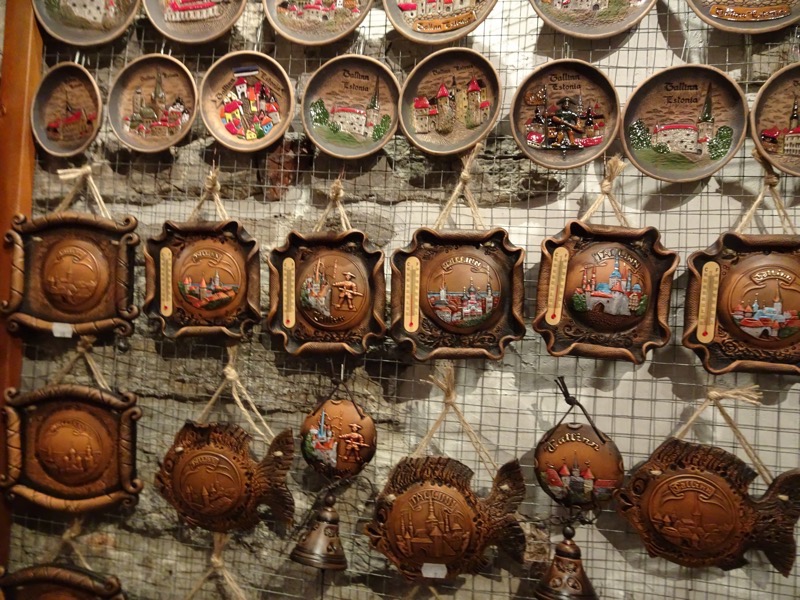
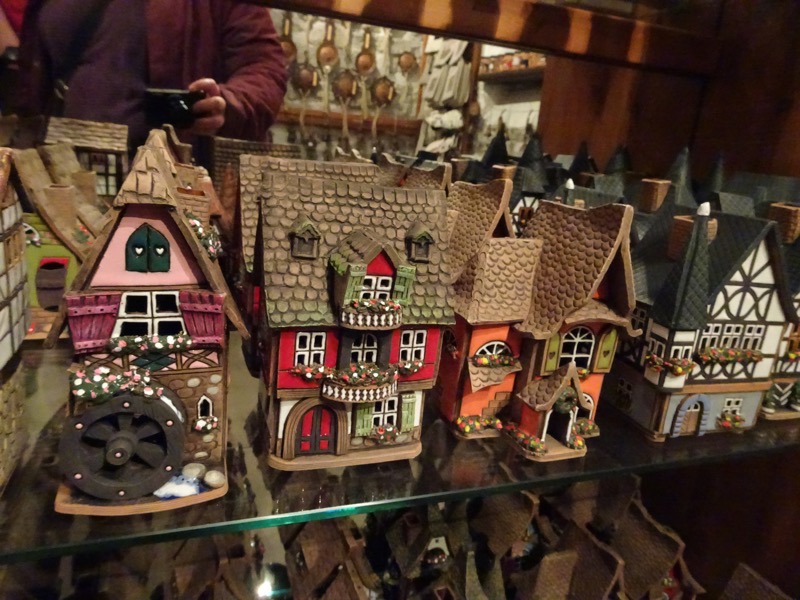 Vikings – with horns or course.
Vikings – with horns or course.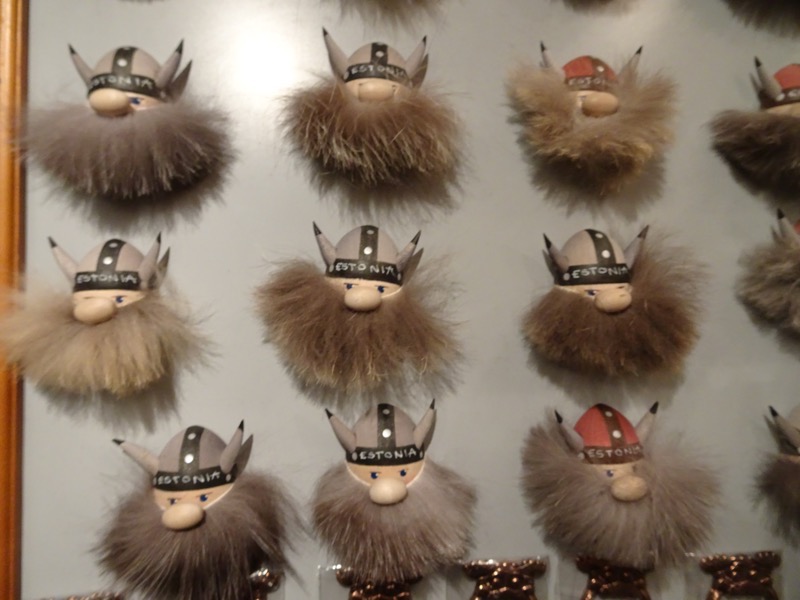
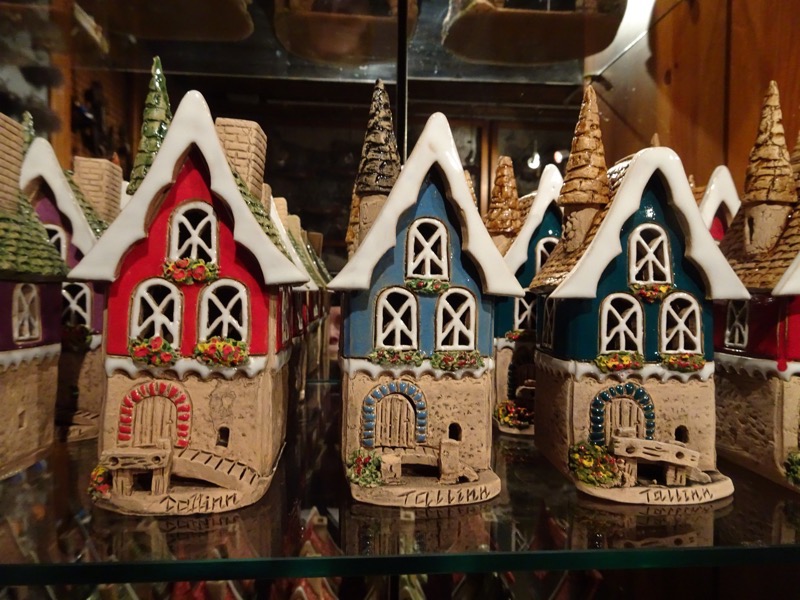 I love these heavy felted fun wool hats – I’d love to be able to take half a dozen of them home for friends, but at €45-55 and knowing how little wear they would get in Queensland, it just doesn’t seem a sensible proposition. 🙂
I love these heavy felted fun wool hats – I’d love to be able to take half a dozen of them home for friends, but at €45-55 and knowing how little wear they would get in Queensland, it just doesn’t seem a sensible proposition. 🙂 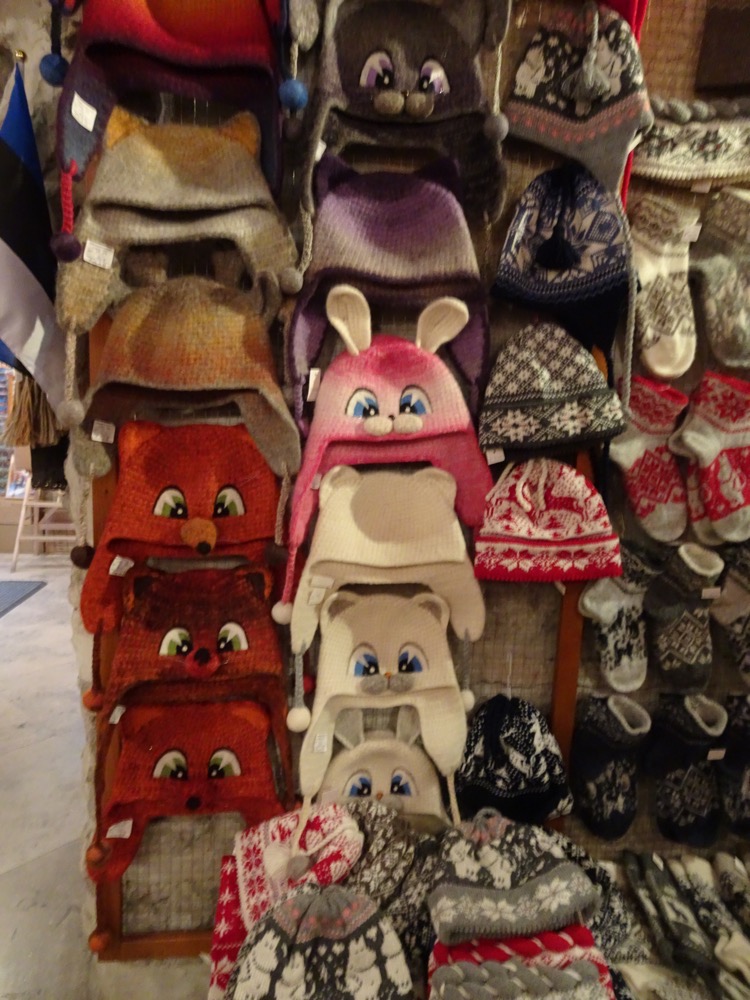 Around the corner is the Toomkirik or St Mary’s Cathedral. Originally dating from the 13th century, the medieval church has a Baroque bell tower and an amazing organ inside that someone was playing this morning.
Around the corner is the Toomkirik or St Mary’s Cathedral. Originally dating from the 13th century, the medieval church has a Baroque bell tower and an amazing organ inside that someone was playing this morning.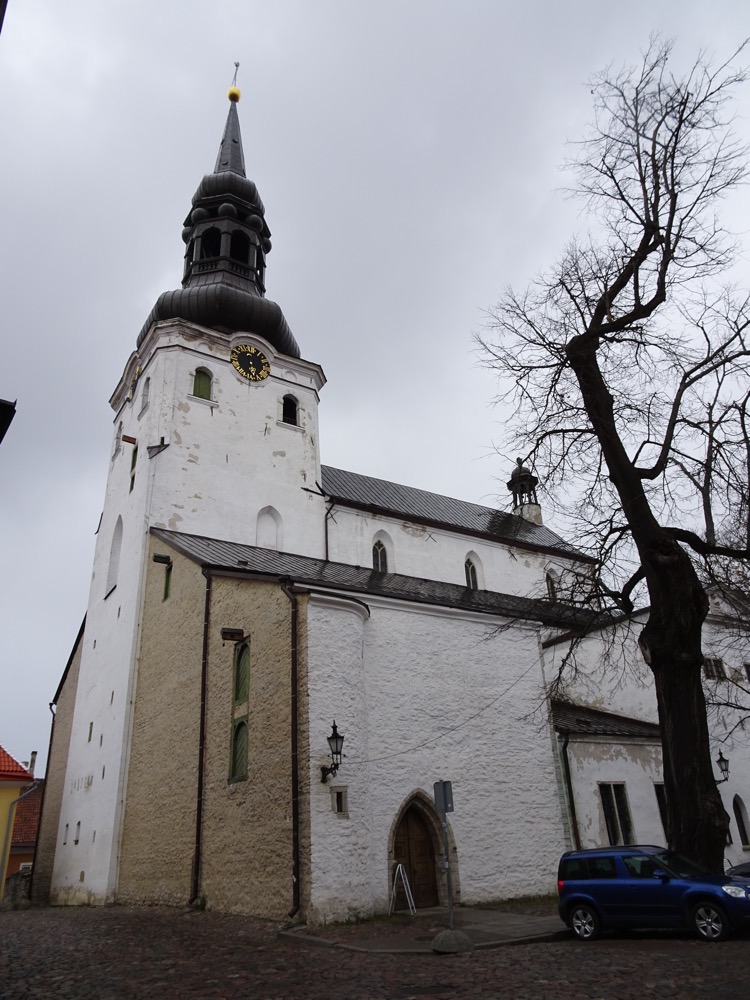
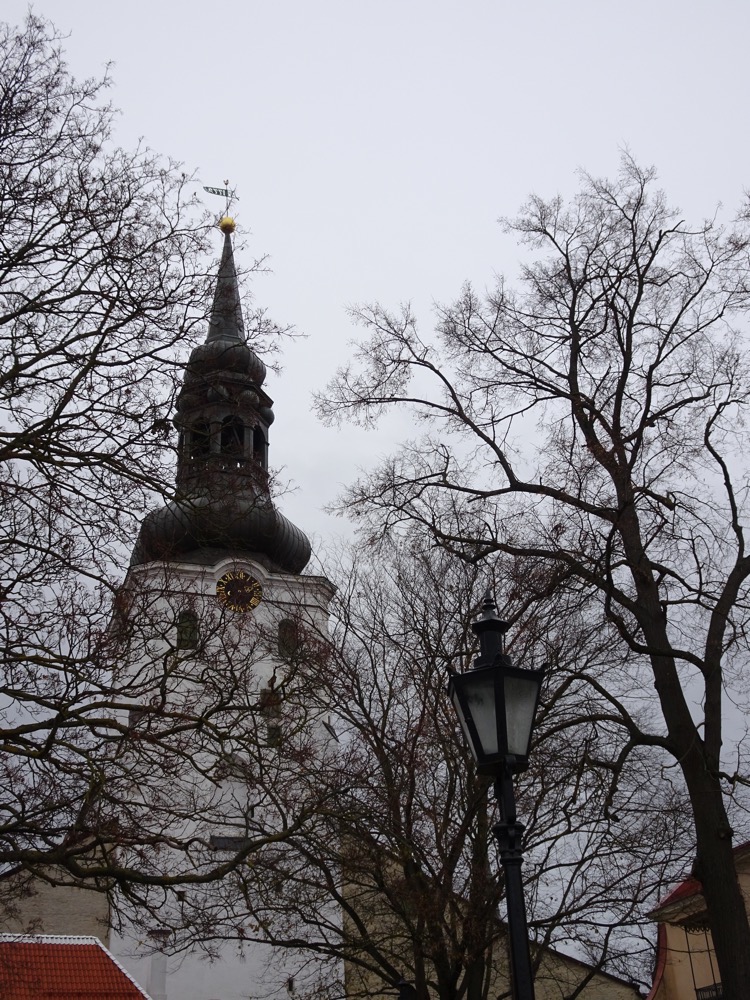 The Toomkirik is the oldest church in Tallinn and mainland Estonia. It is also the only building in the Toompea area that survived a severe fire in the 17th century fire.
The Toomkirik is the oldest church in Tallinn and mainland Estonia. It is also the only building in the Toompea area that survived a severe fire in the 17th century fire.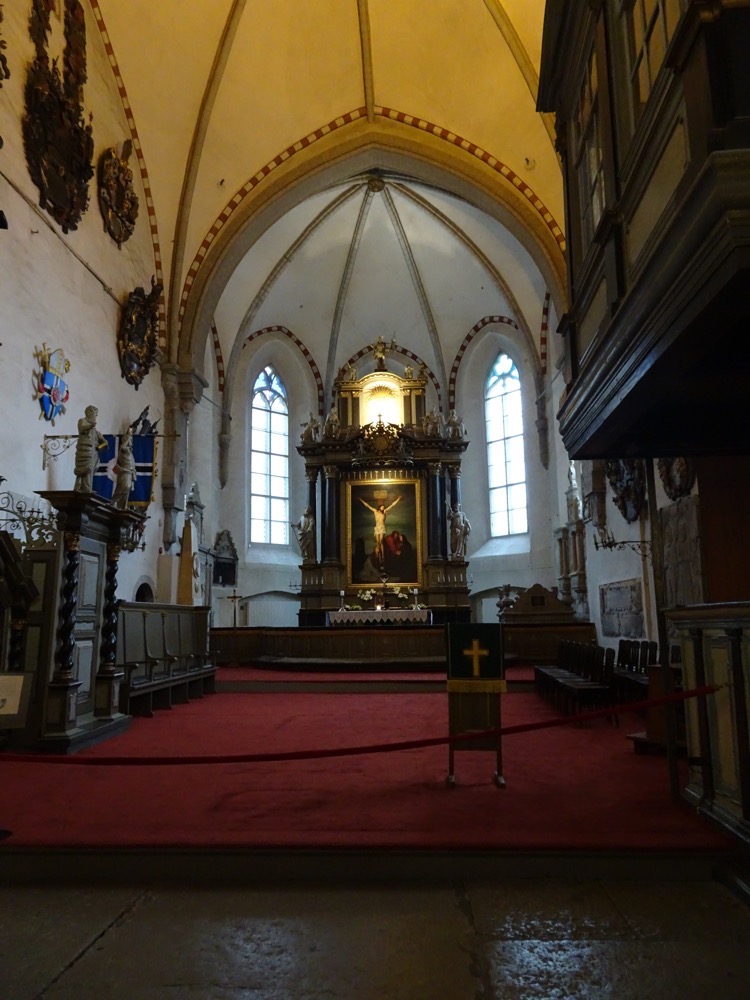
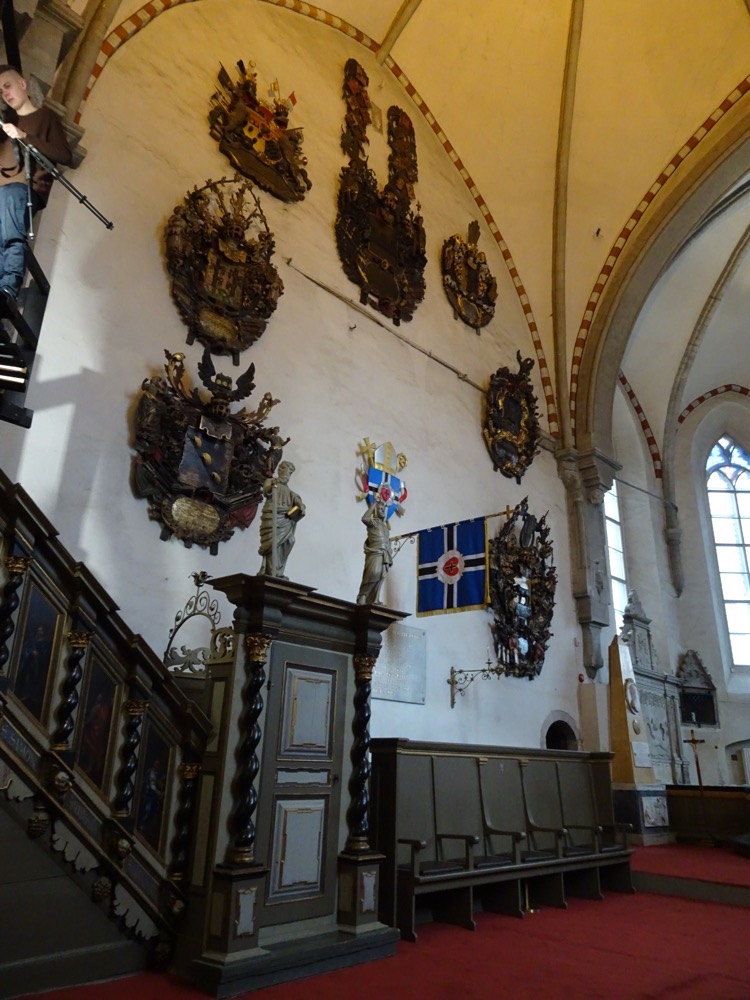
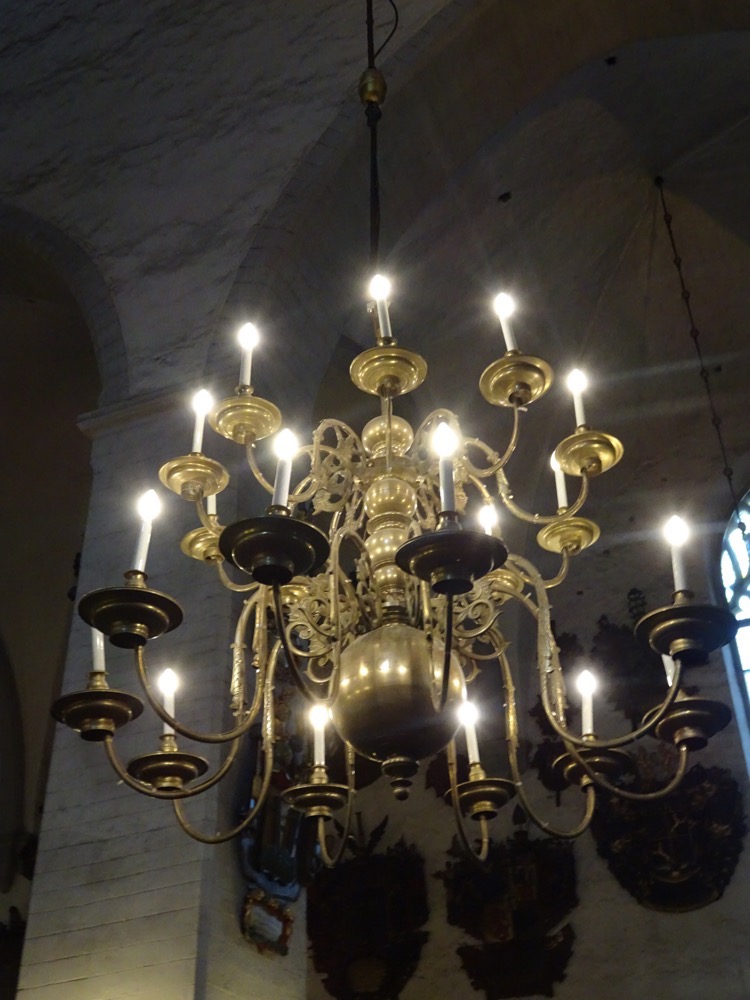
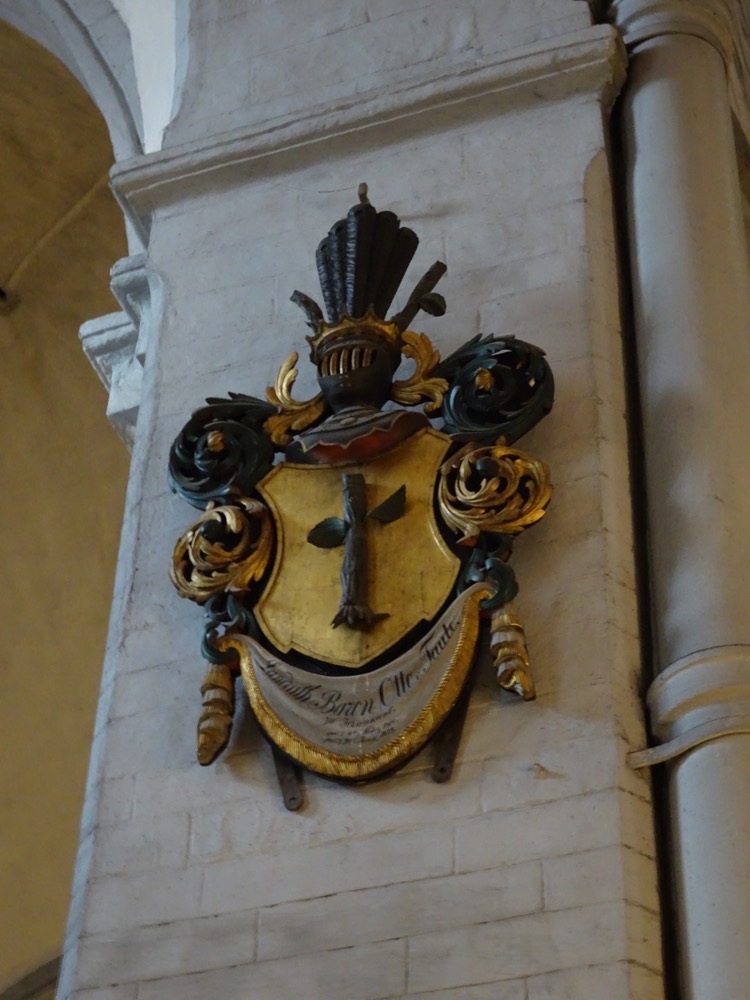 The interior is rather austere with these enormous high pews that congregants would sit in, probably as a family, quite pointedly separated from the people in front and behind them. yale for scale:
The interior is rather austere with these enormous high pews that congregants would sit in, probably as a family, quite pointedly separated from the people in front and behind them. yale for scale: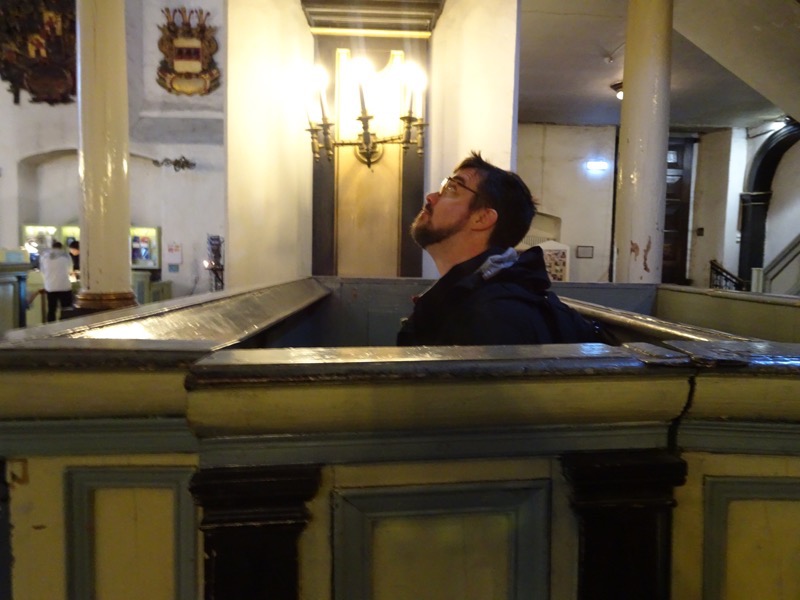 I can’t hardly see the altar over the pew… borys for scale:
I can’t hardly see the altar over the pew… borys for scale: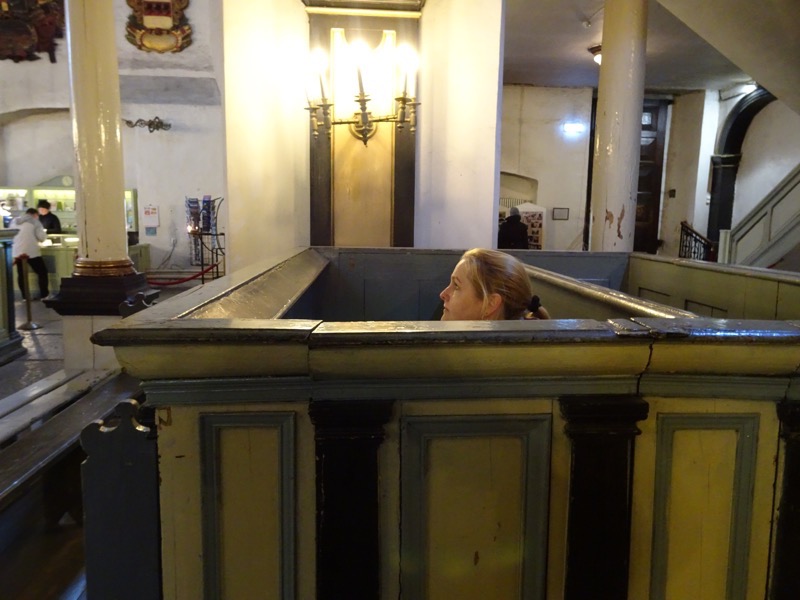
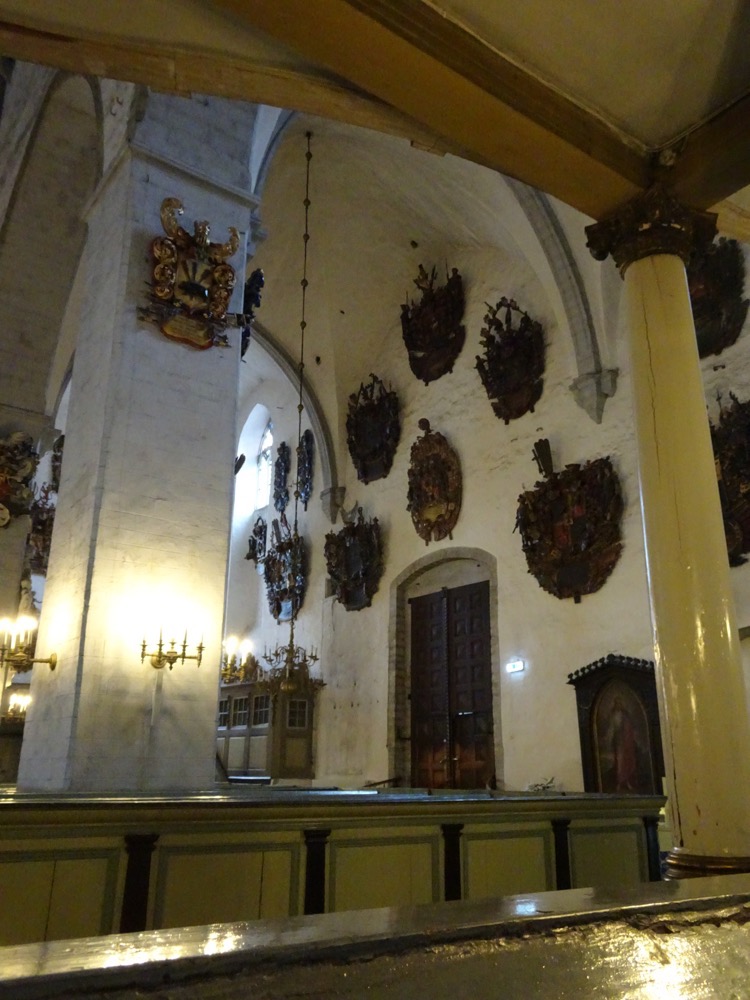 After leaving St Mary’s we walked around to the first of several viewing platforms to see over the city – the Piiskopi viewing platform faces over more modern areas of Tallinn.
After leaving St Mary’s we walked around to the first of several viewing platforms to see over the city – the Piiskopi viewing platform faces over more modern areas of Tallinn.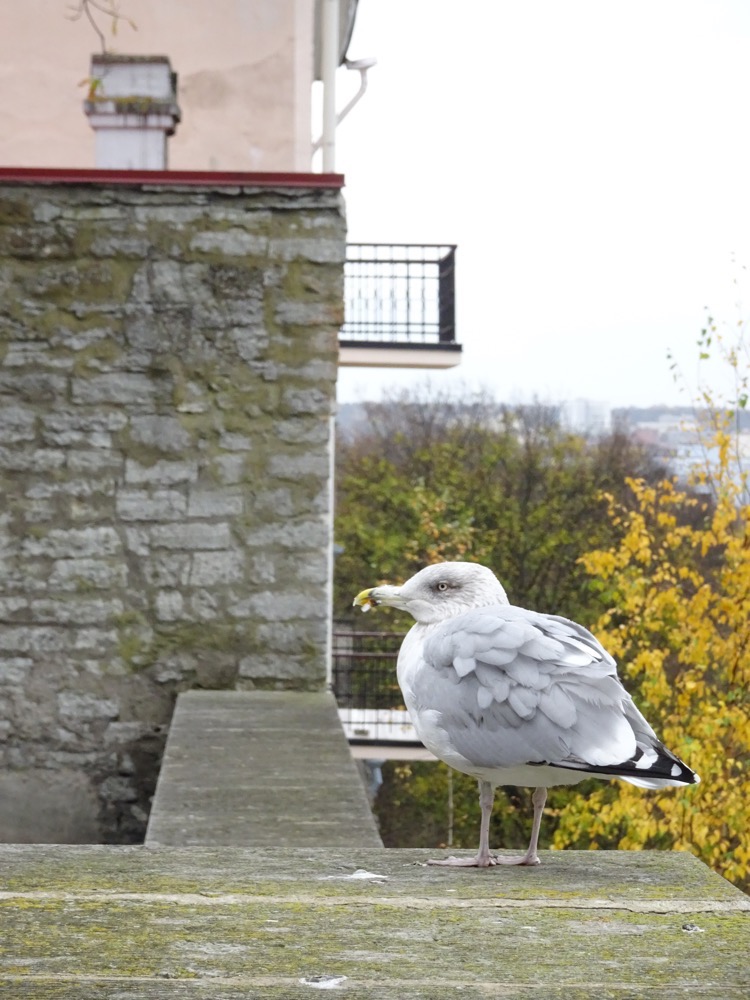
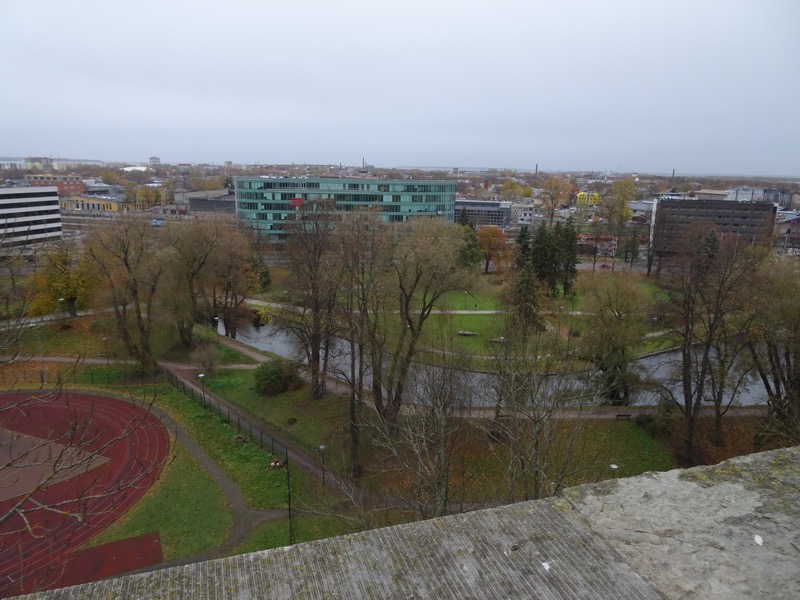 And there was no one here! Amazing… especially after still feeling swamped by tourists in Prague and Kiev.
And there was no one here! Amazing… especially after still feeling swamped by tourists in Prague and Kiev.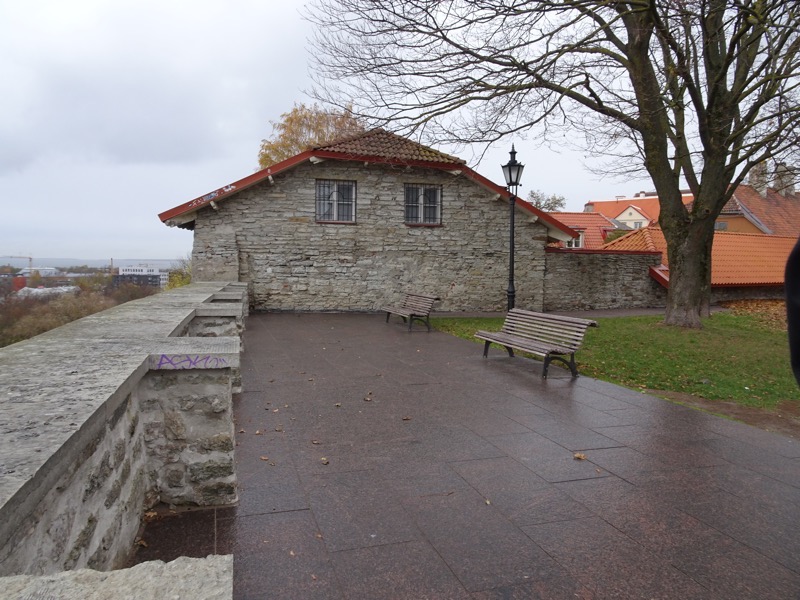 As you move around the Toompea area, views of the Alexander Nevsky’s onion domes can be seen peeking through the buildings in the narrow streets – I can’t believe they would still want to knock it down!
As you move around the Toompea area, views of the Alexander Nevsky’s onion domes can be seen peeking through the buildings in the narrow streets – I can’t believe they would still want to knock it down!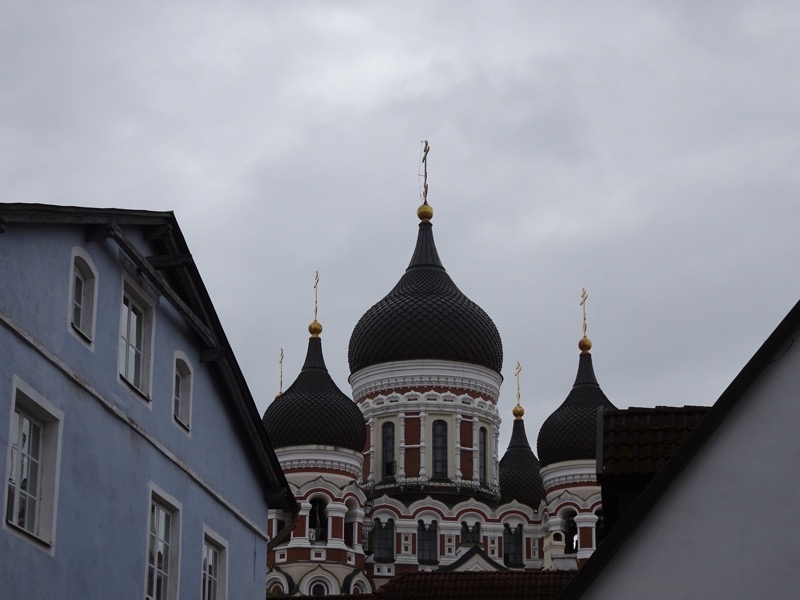
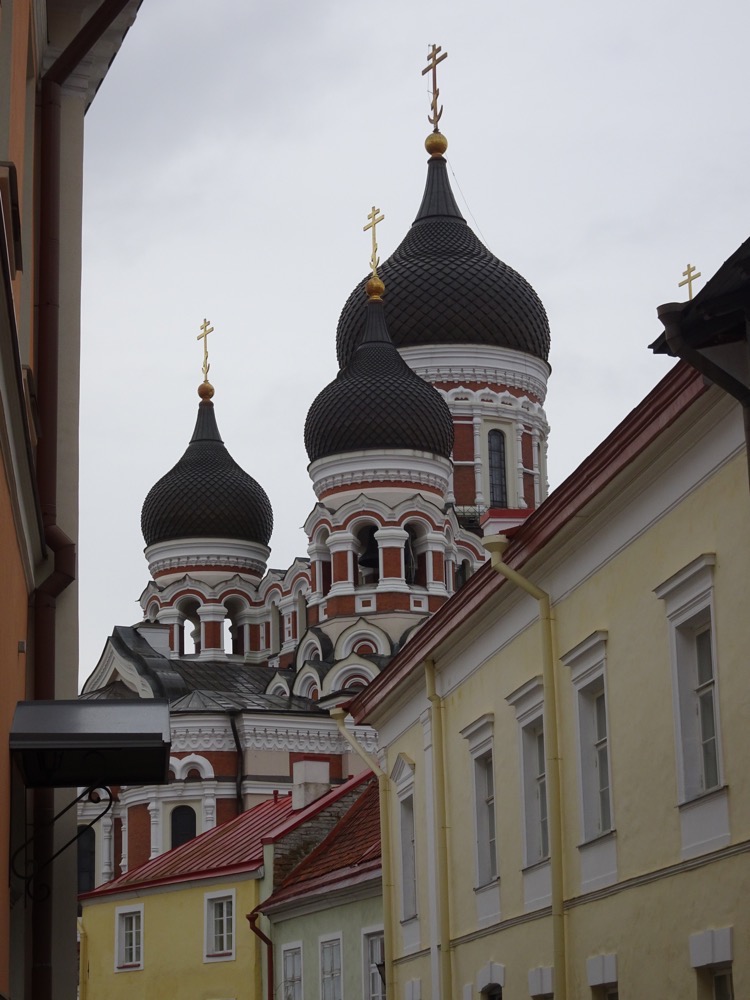 The only evidence that Tallinn was once a major port for the Hanseatic Guilds are these signs outside of the souvenir shops – the Hanseatic Guild of Souvenir Shop Owners perhaps? They certainly seem organised or even unionised to keep their pricing on par. 🙂
The only evidence that Tallinn was once a major port for the Hanseatic Guilds are these signs outside of the souvenir shops – the Hanseatic Guild of Souvenir Shop Owners perhaps? They certainly seem organised or even unionised to keep their pricing on par. 🙂 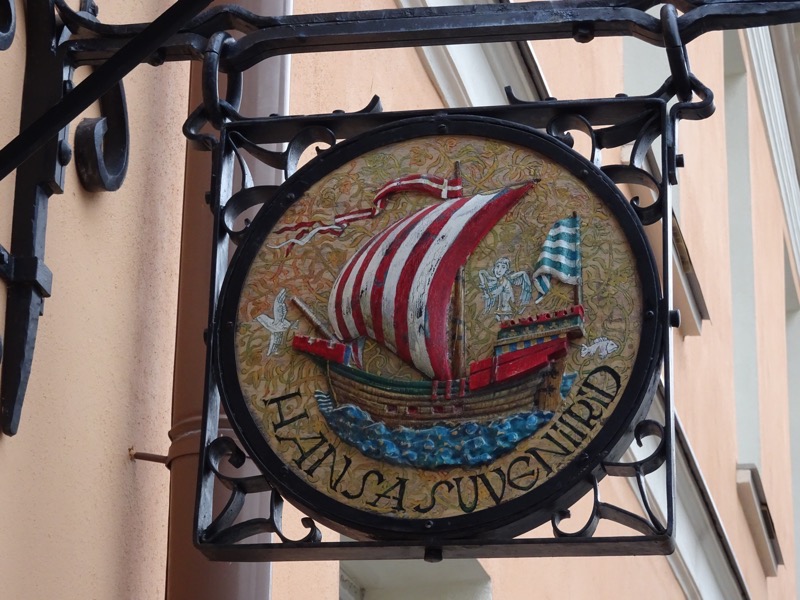
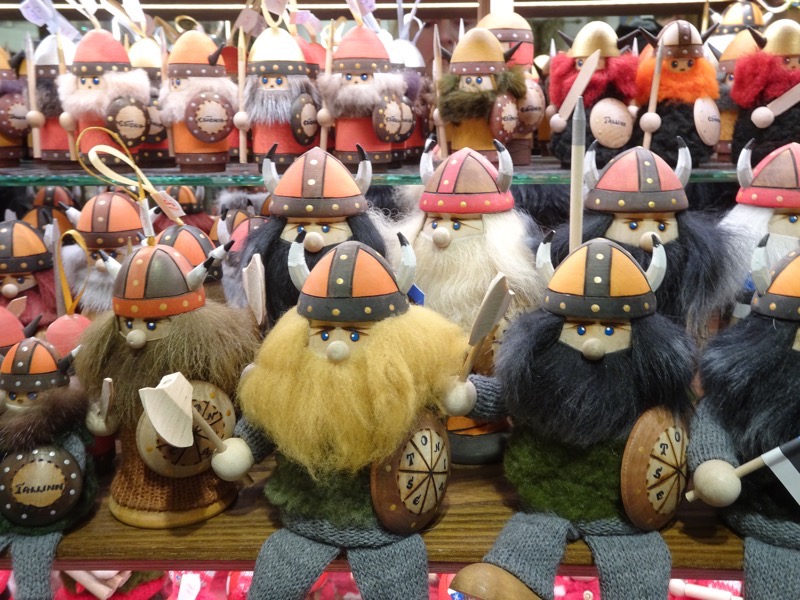
 A little further around the town winding through the international embassies that are placed around Toompea near the Parliament buildings is another viewing platform, the Patkuli Viewing Platform.
A little further around the town winding through the international embassies that are placed around Toompea near the Parliament buildings is another viewing platform, the Patkuli Viewing Platform.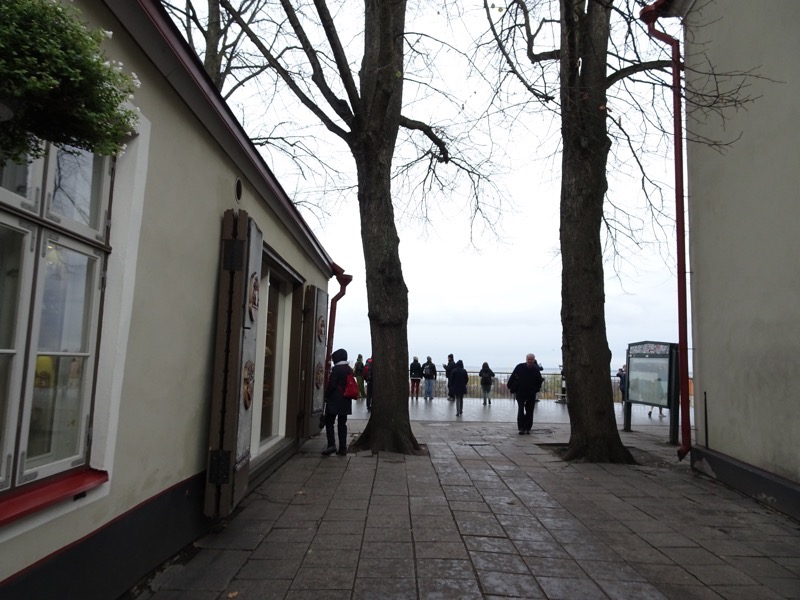 This time facing out over an older section of the city and with a few visitors.
This time facing out over an older section of the city and with a few visitors. 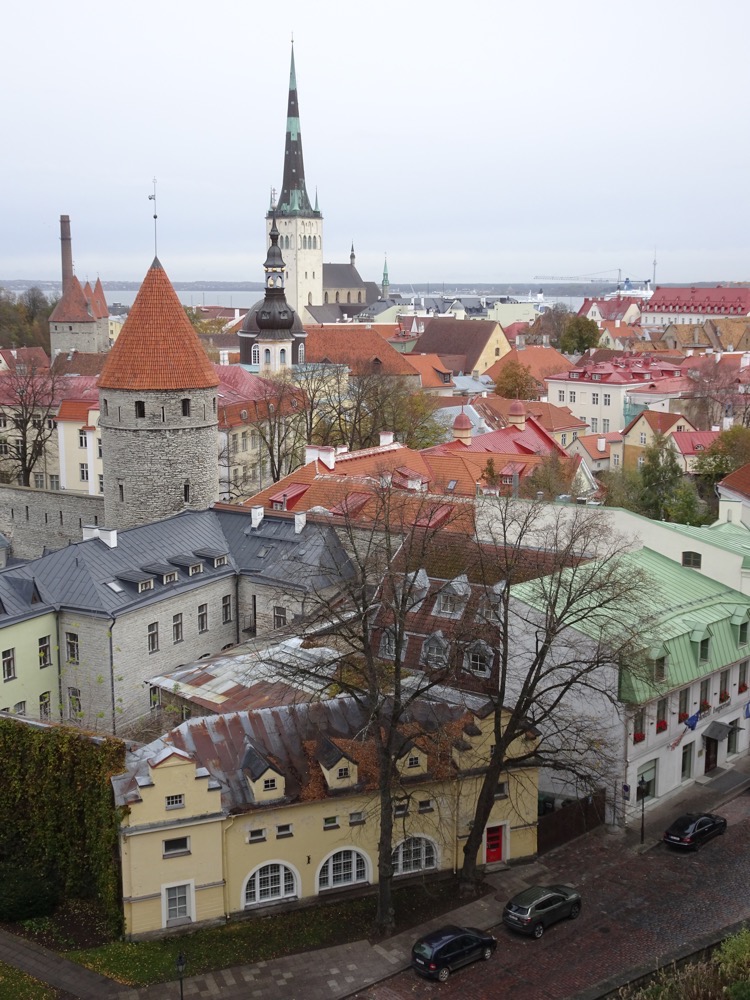
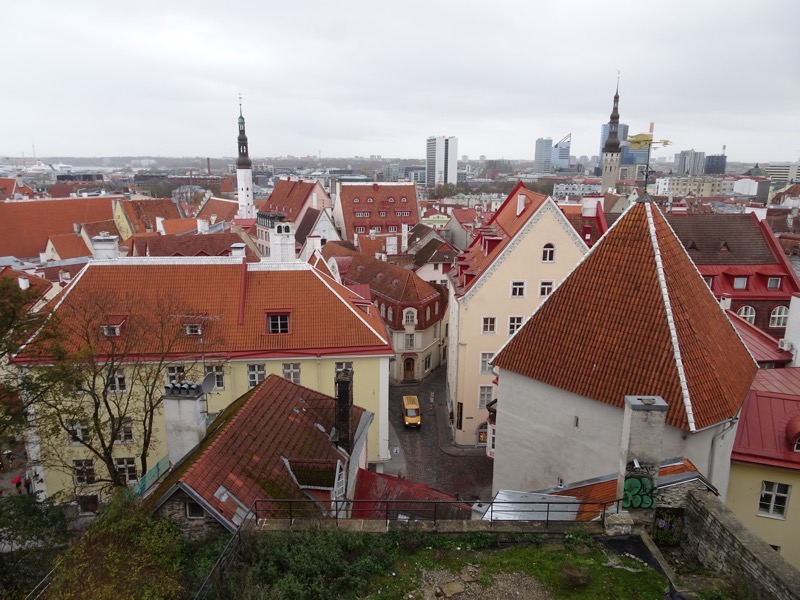
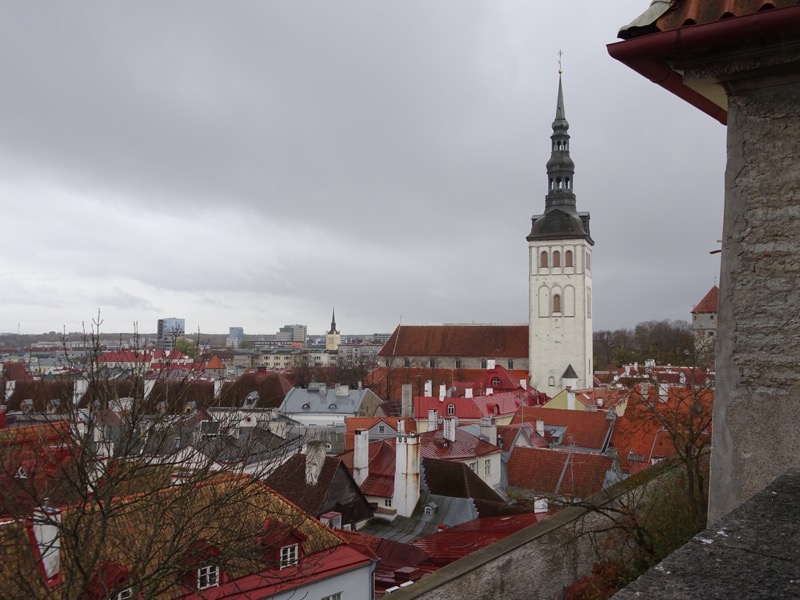 I took some panorama photos here so will have to share those on FB using the 3D thing. Amber, amber everywhere – some of it lovely, some of it hideous. It’s hard to find just nice chunks of amber that you could do your own thing with them, and when you do, they are enormous with price tags to match. I bought some rough amber beads (strings of large chips?) when I was here last year and have done absolutely nothing wtih them, so was determined not to buy more!
I took some panorama photos here so will have to share those on FB using the 3D thing. Amber, amber everywhere – some of it lovely, some of it hideous. It’s hard to find just nice chunks of amber that you could do your own thing with them, and when you do, they are enormous with price tags to match. I bought some rough amber beads (strings of large chips?) when I was here last year and have done absolutely nothing wtih them, so was determined not to buy more!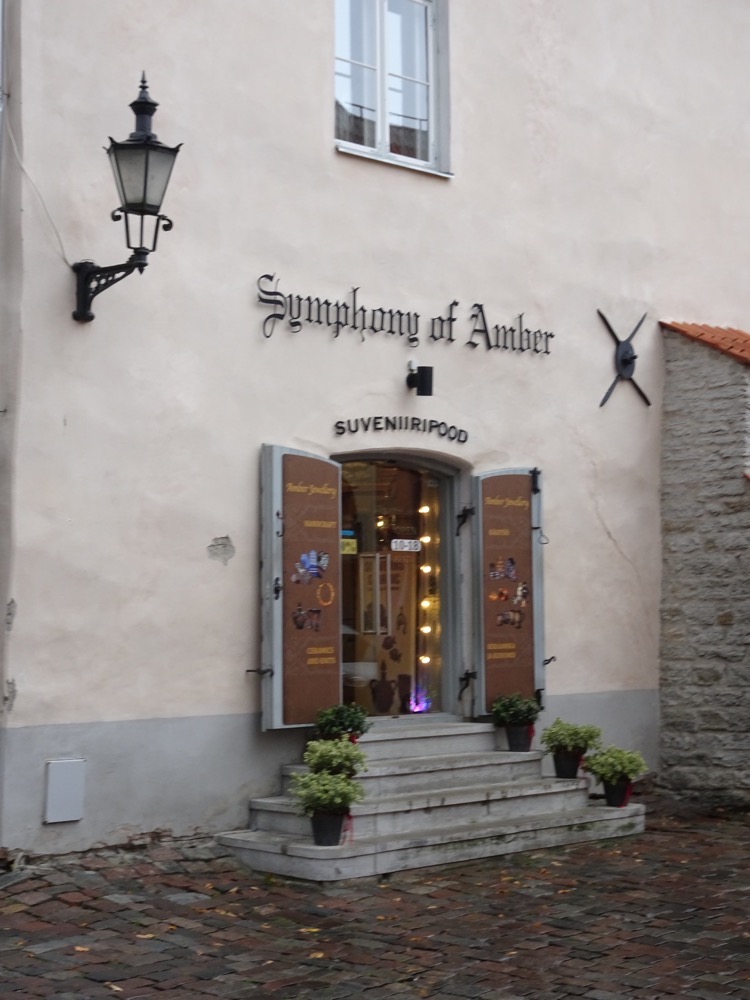
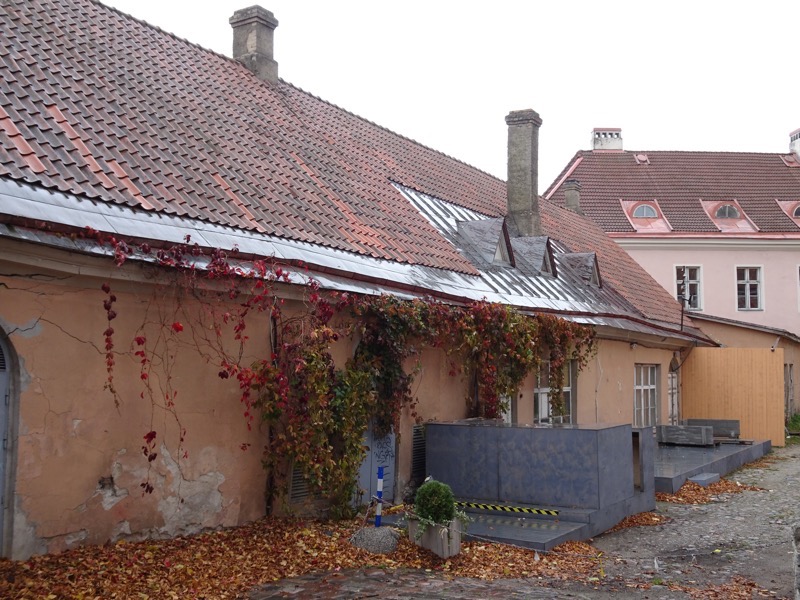
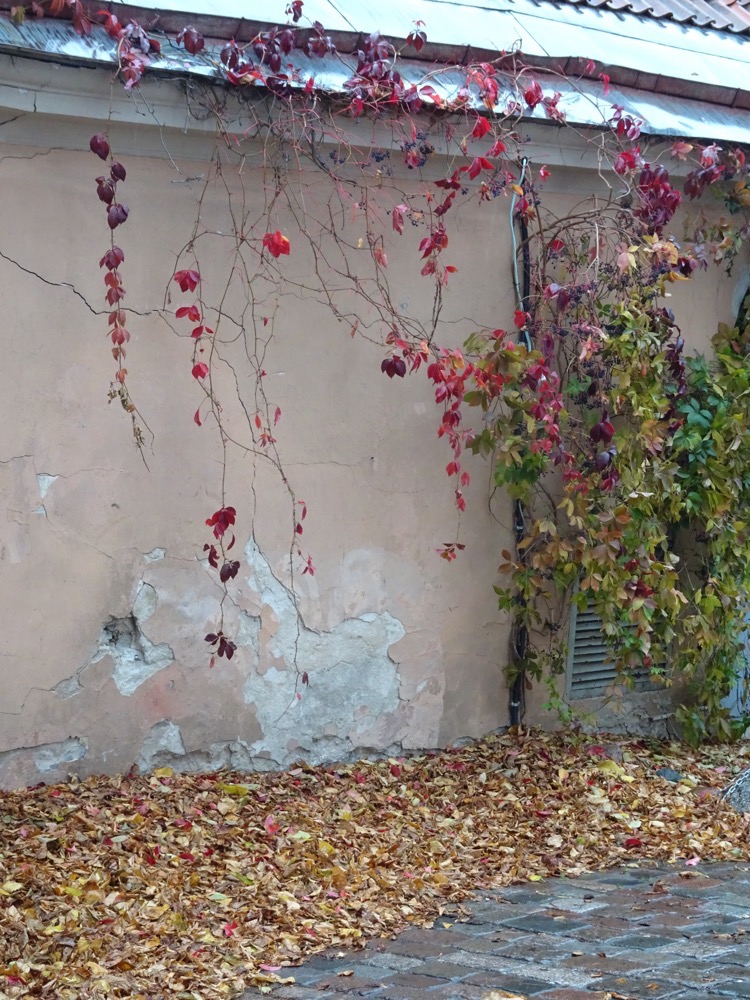
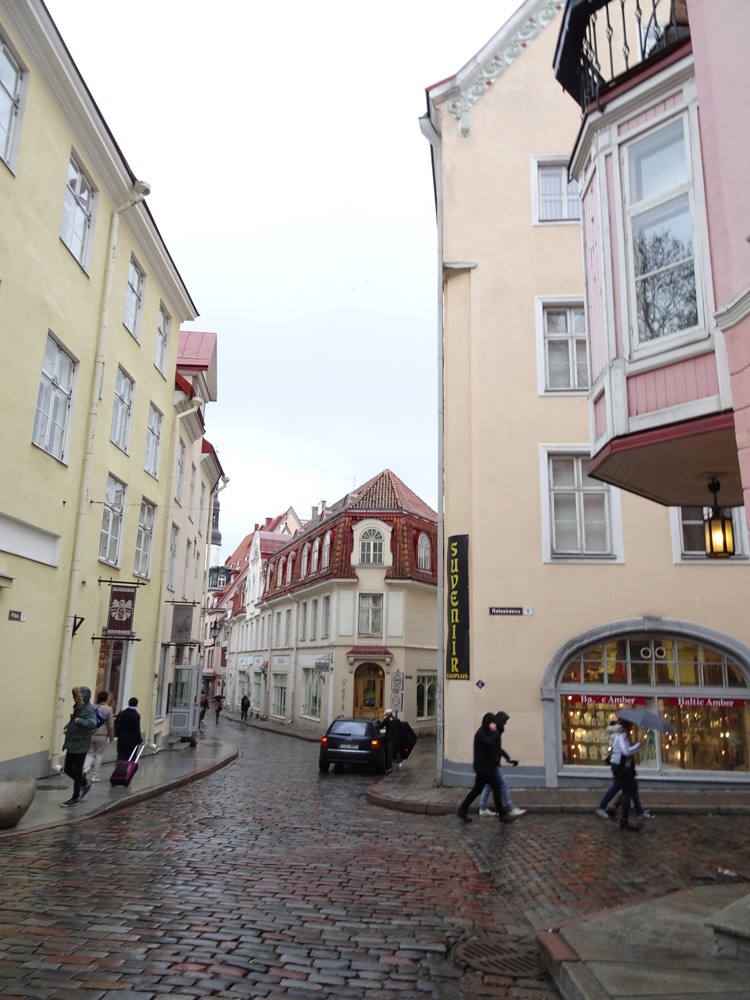
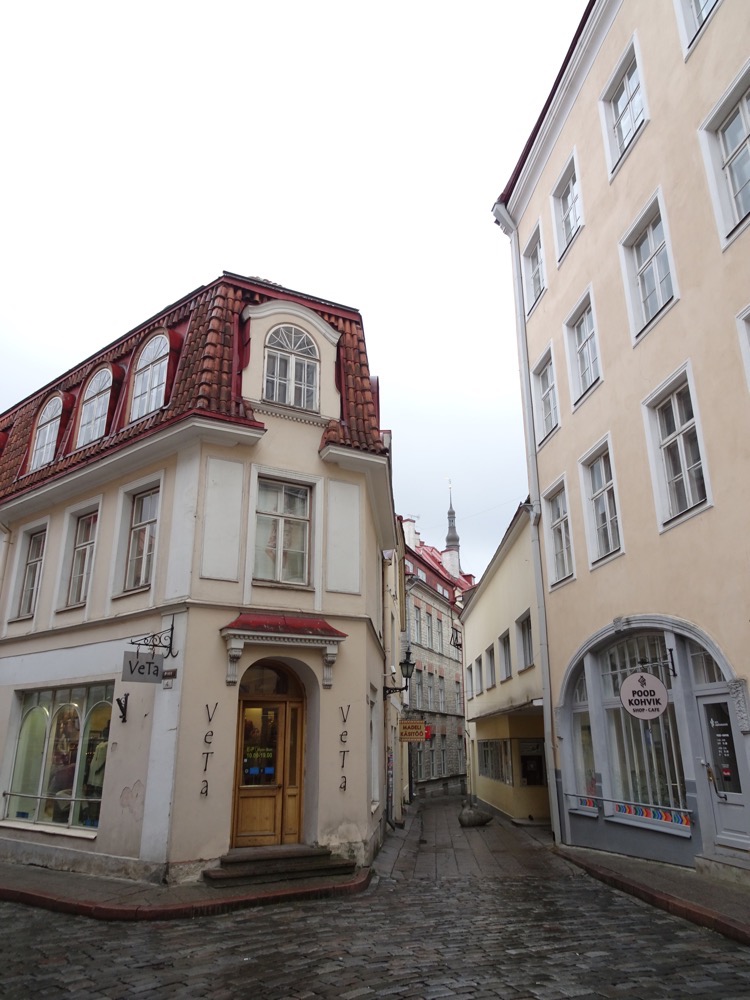 Which amazingly had nearly zero visitors. The Raekoja plats or Town Hall has been here since 1322 and the town square next to it has been here ever since then as well. The hall was rebuilt from 1402 to 1404 into its current form. Every year since 1441, the town puts up a large Christmas tree display in the square beside the Town Hall in a tradition that is now over 570 years old. You can visit inside the Town Hall – between the months of June and August.
Which amazingly had nearly zero visitors. The Raekoja plats or Town Hall has been here since 1322 and the town square next to it has been here ever since then as well. The hall was rebuilt from 1402 to 1404 into its current form. Every year since 1441, the town puts up a large Christmas tree display in the square beside the Town Hall in a tradition that is now over 570 years old. You can visit inside the Town Hall – between the months of June and August.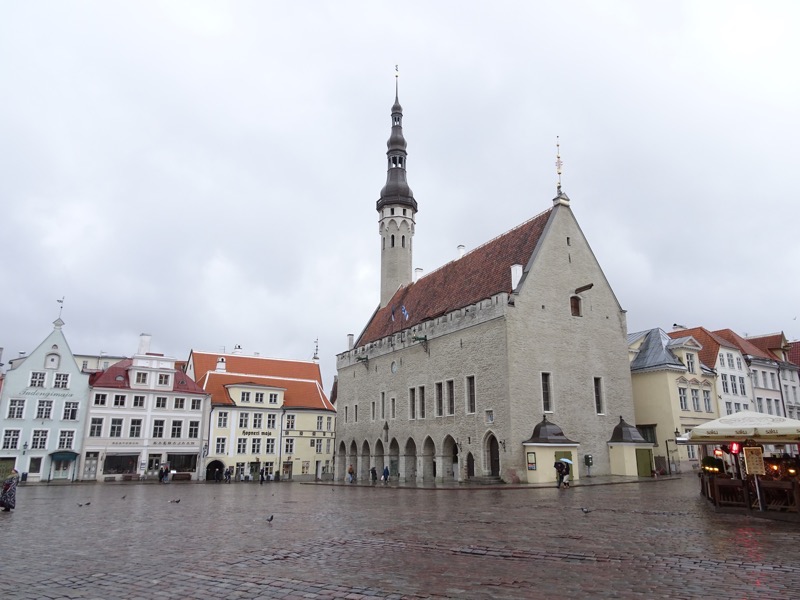 The Square is lined with restaurants, cafes and shops – most of which are fairly empty today. Some of which have signs out saying ‘Thanks for a great summer – see you next year!’.
The Square is lined with restaurants, cafes and shops – most of which are fairly empty today. Some of which have signs out saying ‘Thanks for a great summer – see you next year!’.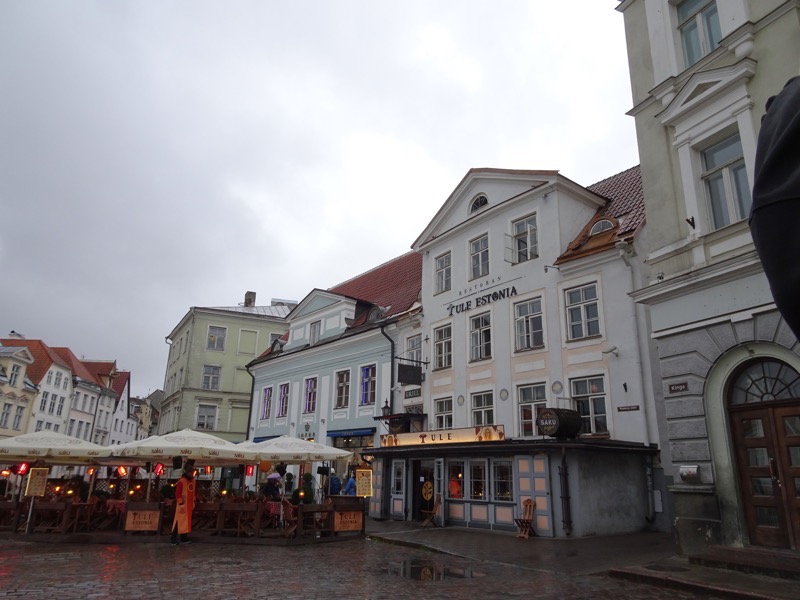
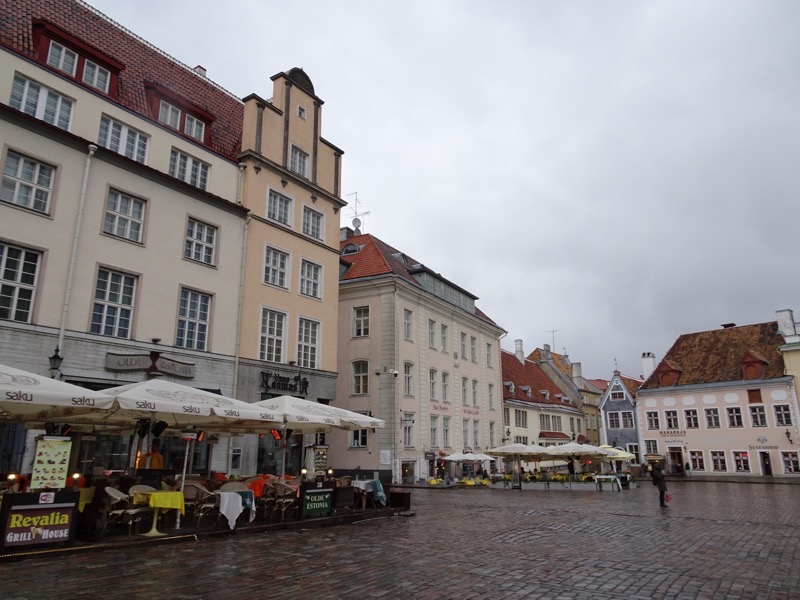

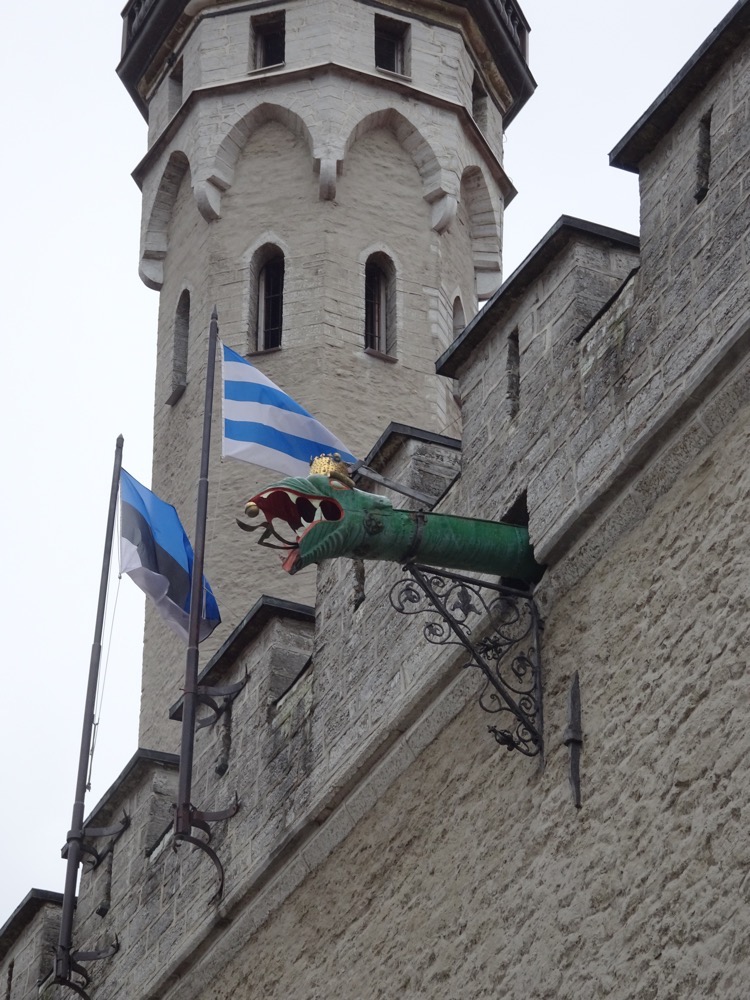
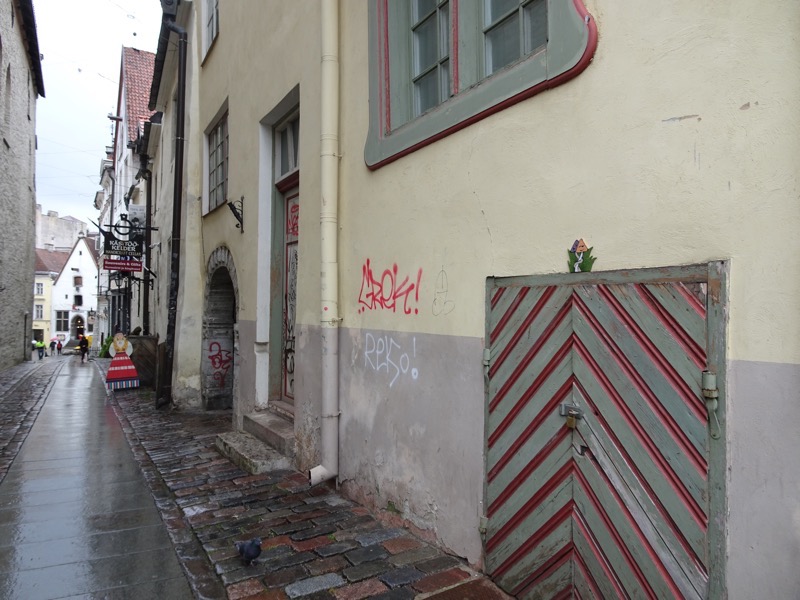
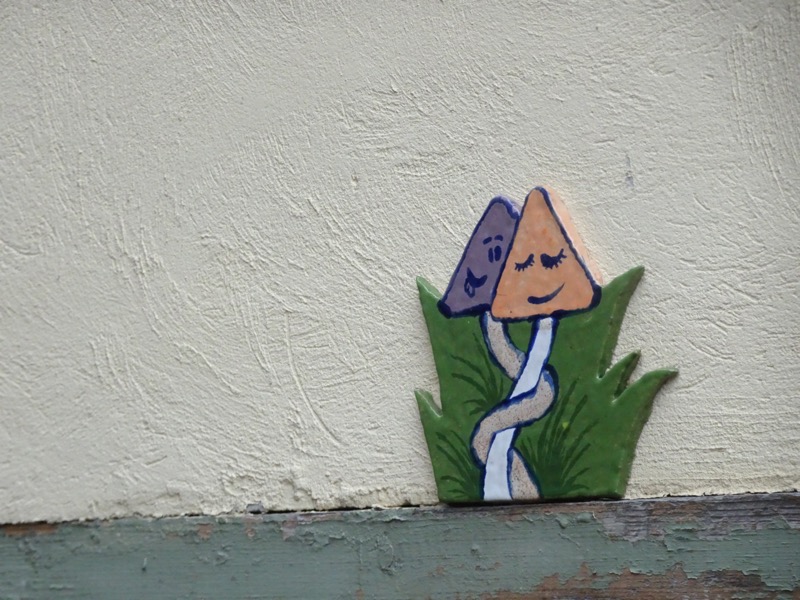 The old jail which is right beside the Town Hall and is now a photography exhibit.
The old jail which is right beside the Town Hall and is now a photography exhibit.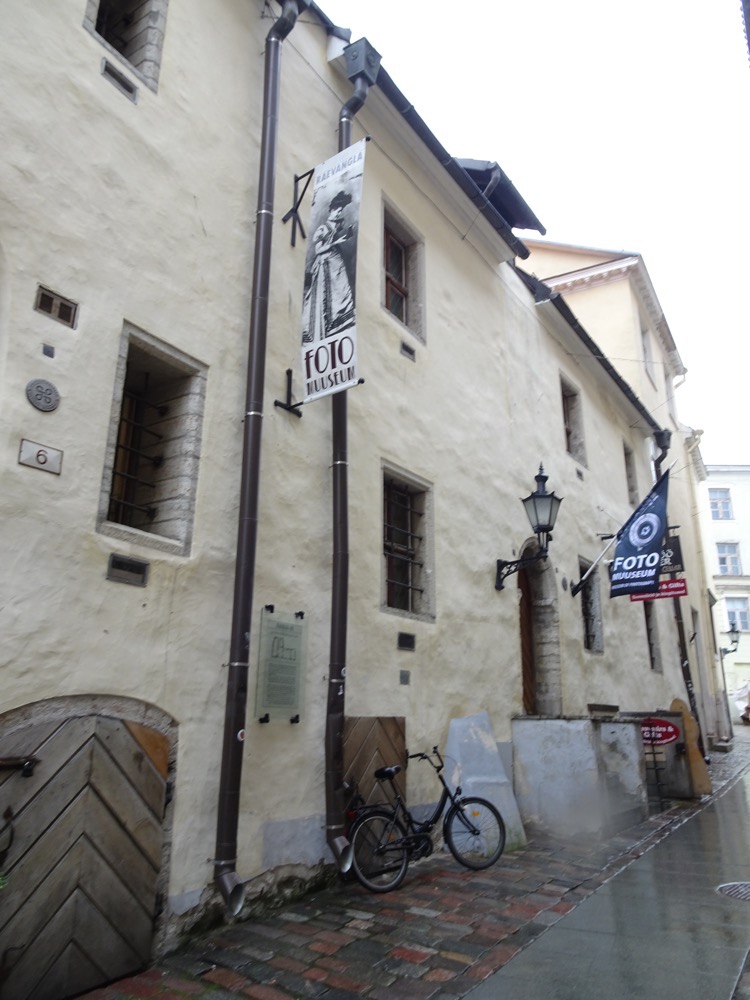
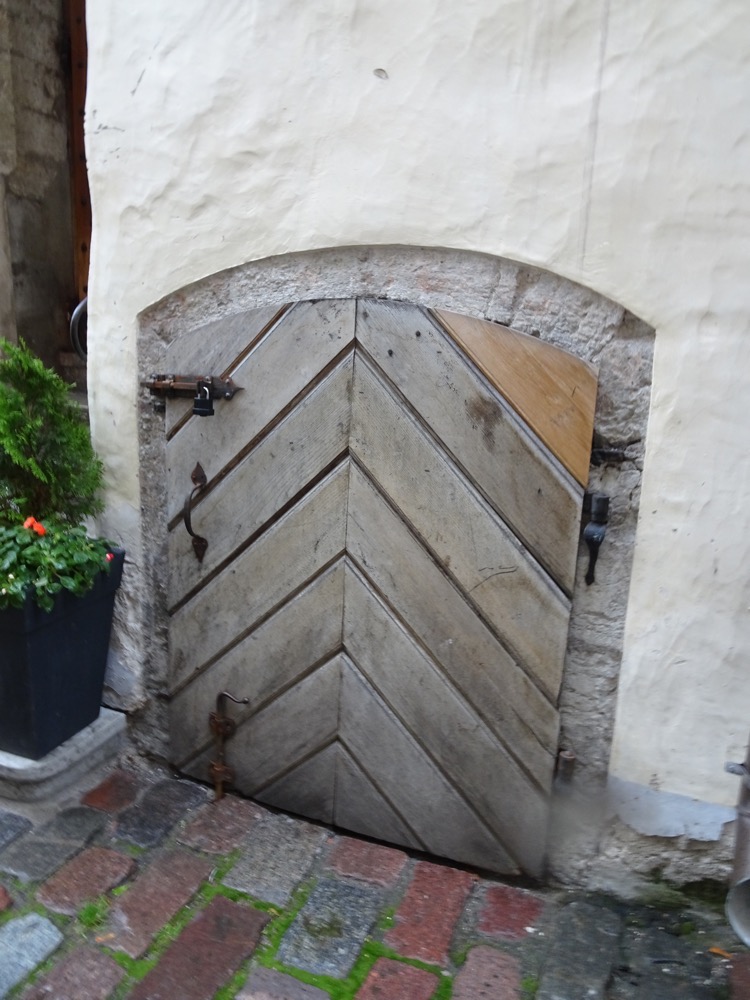
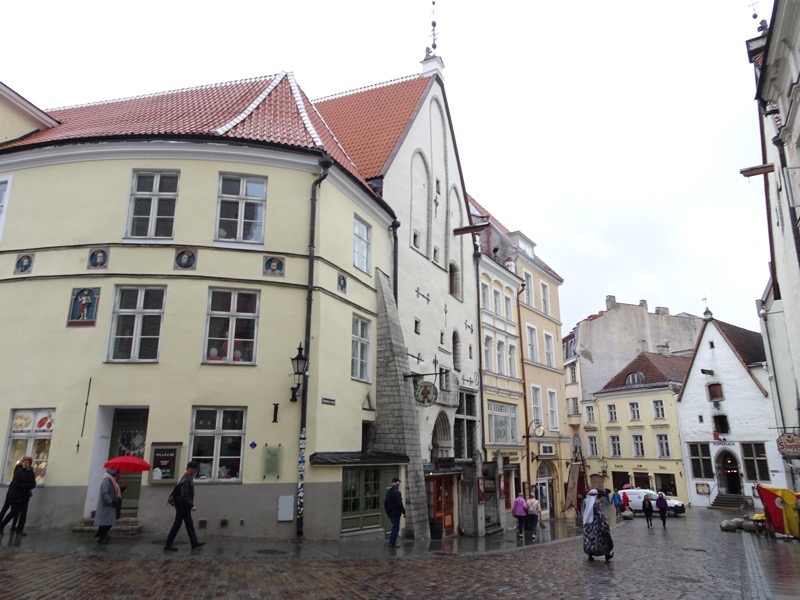
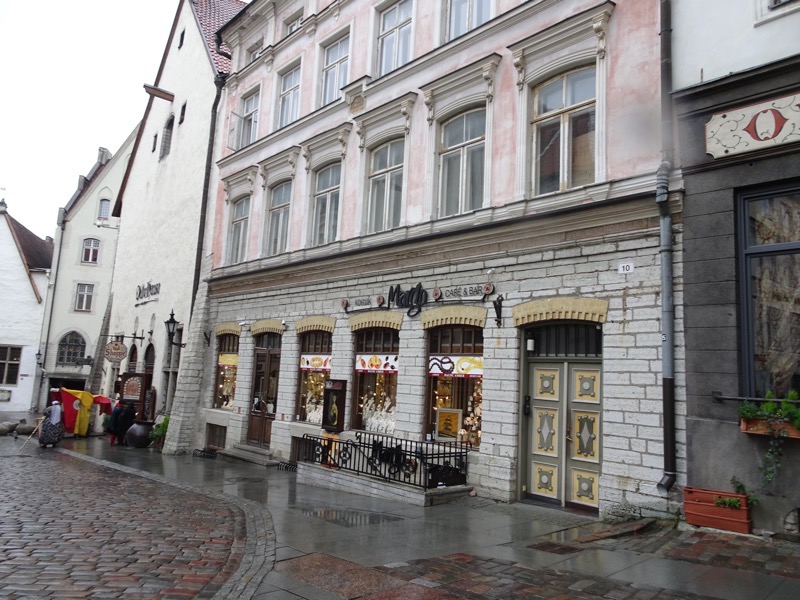 By this point we were looking for somewhere to warm up a bit – maybe some mulled wine and a light lunch. We saw this restaurant with the promise of mushroom soup on their chalkboard and were enticed inside. We had no idea what we were walking into – but rolled with it nonetheless.
By this point we were looking for somewhere to warm up a bit – maybe some mulled wine and a light lunch. We saw this restaurant with the promise of mushroom soup on their chalkboard and were enticed inside. We had no idea what we were walking into – but rolled with it nonetheless.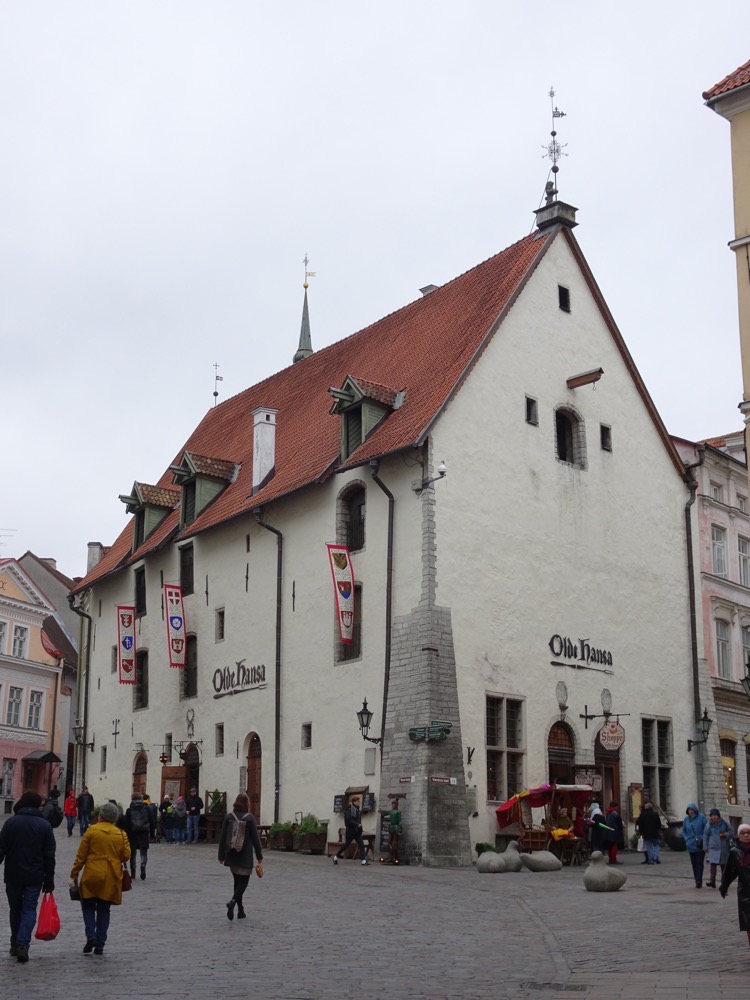
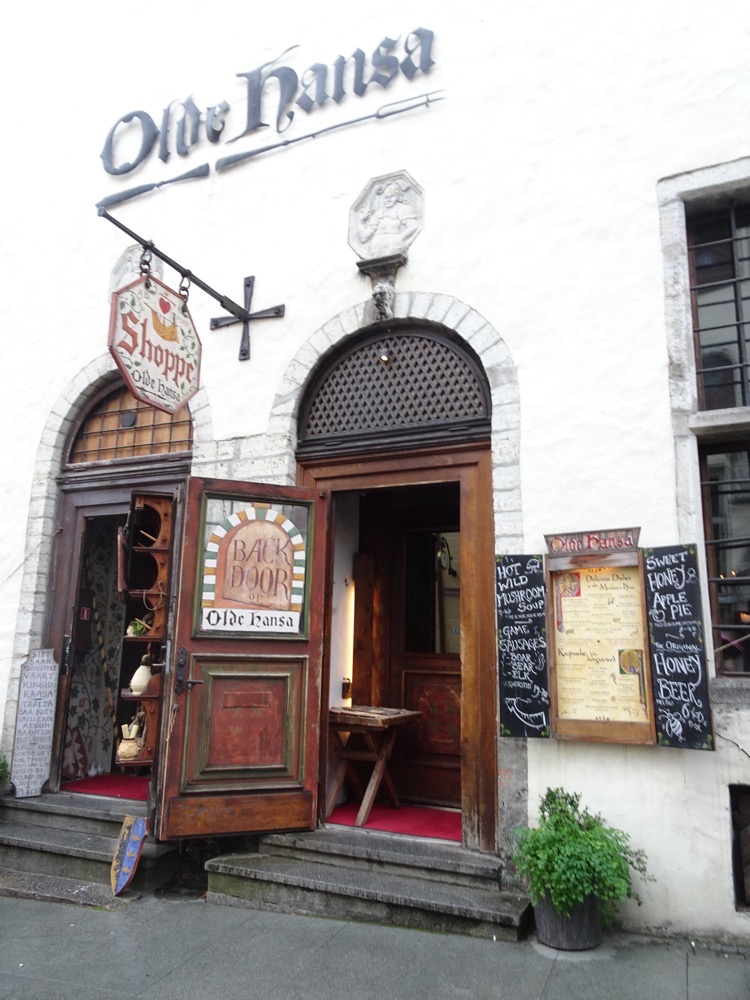 Turns out it is the most touristy of touristy medieval tavern/cafe/restaurants in town! Complete with garbed waitstaff and a hearty, “Greetings traveller, can we offer you some fare to warm your gullet” type welcome. Oh dear.
Turns out it is the most touristy of touristy medieval tavern/cafe/restaurants in town! Complete with garbed waitstaff and a hearty, “Greetings traveller, can we offer you some fare to warm your gullet” type welcome. Oh dear. 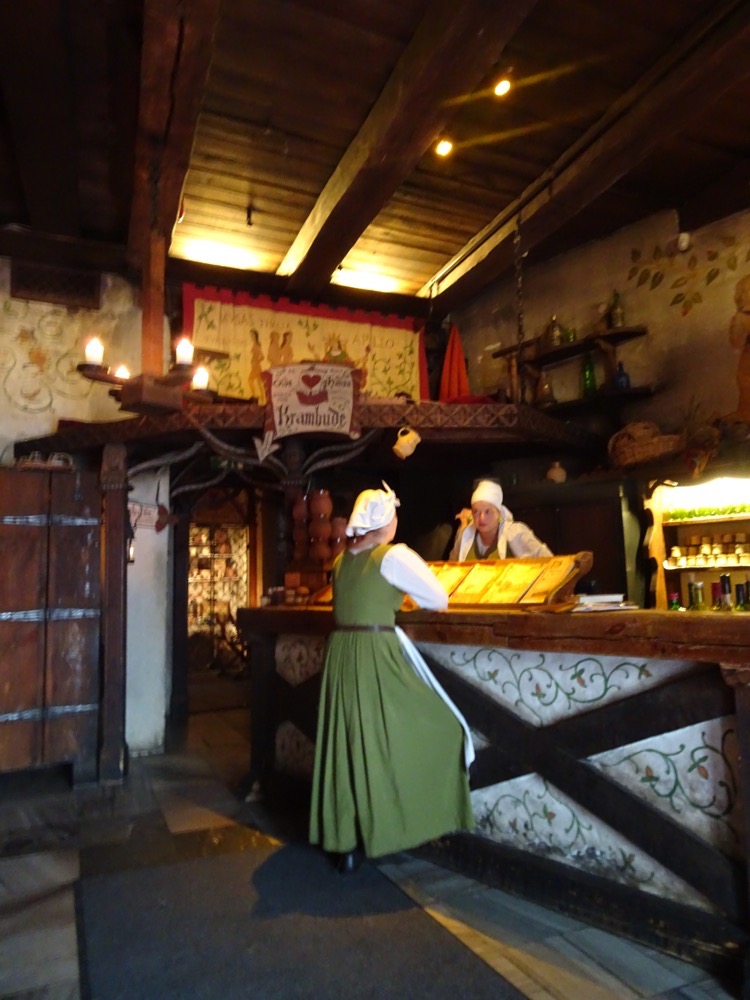 The entire hall is lit only by candlelight and the menu was really quite interesting.
The entire hall is lit only by candlelight and the menu was really quite interesting.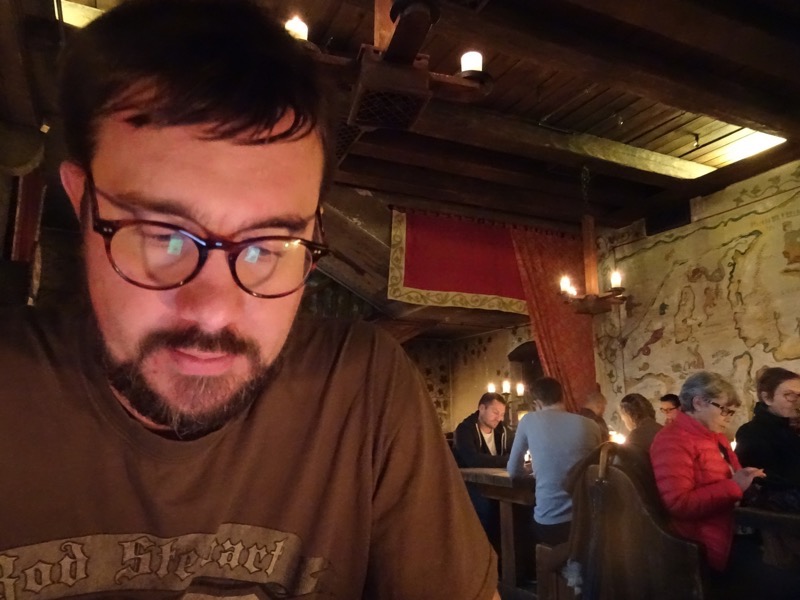
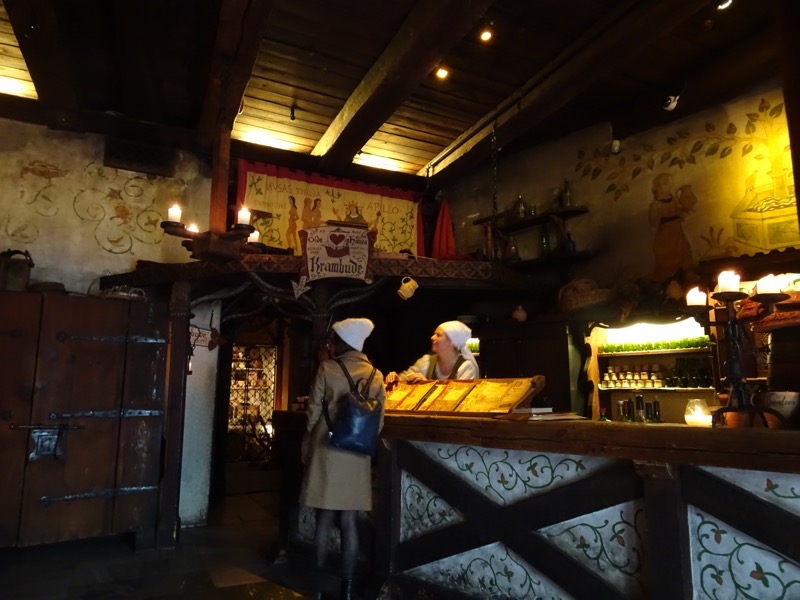 We were unaware, but visitors were even able to dress in medieval clothing to enjoy their medieval lunch. Apparently, this place is a major draw for many visitors to Tallinn. and rates very highly on Trip Advisor –
We were unaware, but visitors were even able to dress in medieval clothing to enjoy their medieval lunch. Apparently, this place is a major draw for many visitors to Tallinn. and rates very highly on Trip Advisor –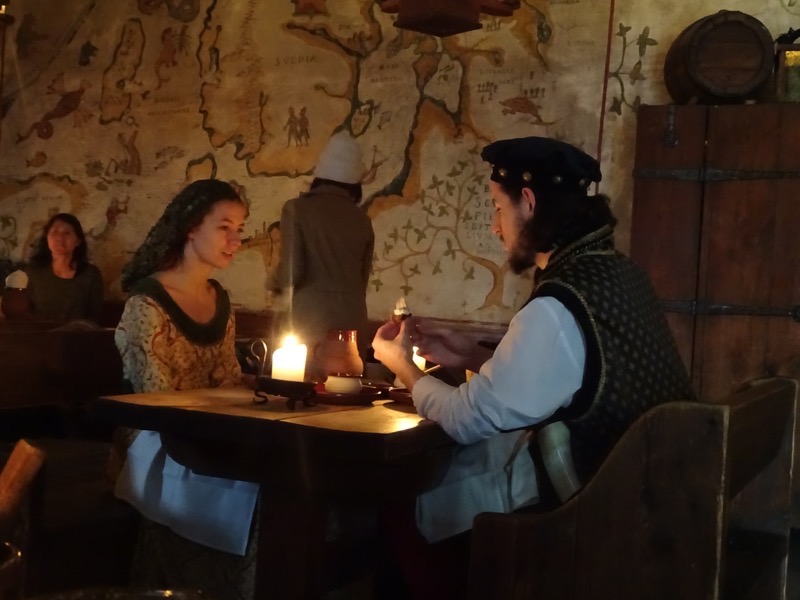 Having only come in for a cider/mulled wine and some soup – we ended up trying lots of interesting food. Designed as an entree for one, we shared this ‘Neptune’s Platter’ which contained – Salmon eggs, Andalusian fish, smoke-grilled salmon, herring, anchovies, quail eggs, Castle’s fresh cheese, herb-bread with nuts, rye bread with smoked ham.
Having only come in for a cider/mulled wine and some soup – we ended up trying lots of interesting food. Designed as an entree for one, we shared this ‘Neptune’s Platter’ which contained – Salmon eggs, Andalusian fish, smoke-grilled salmon, herring, anchovies, quail eggs, Castle’s fresh cheese, herb-bread with nuts, rye bread with smoked ham. 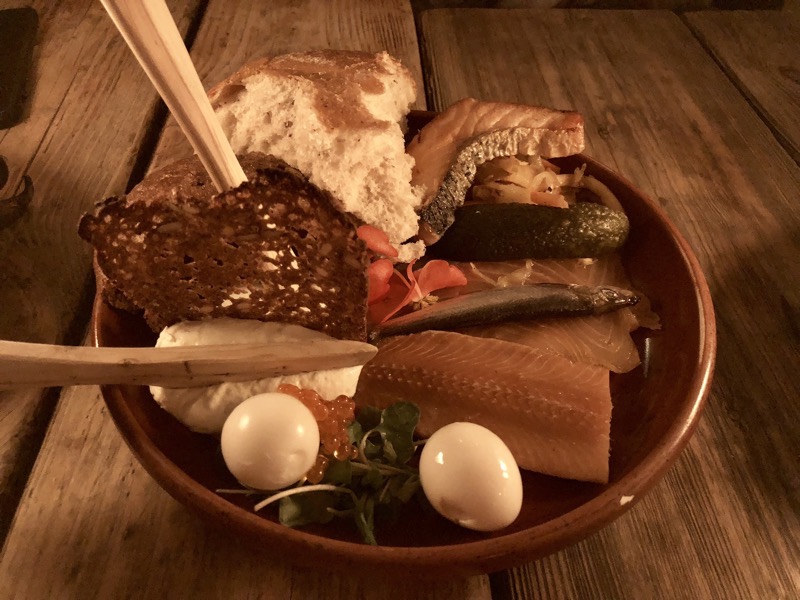 yale ordered the
yale ordered the 
 Afterwards we had enjoyed the Neptune Platter so well, that we decided to not have a dessert but instead flip back to try the non-seafood version taster plate called the Reval’s Beef and Liver Pate Tasting Plate, which contained: Juniper-flavoured beef, orange tongue jelly, French royal poultry liver paté, olives, breads and caramelized onion jam. Also all very tasty. One thing about eating out with yale – I get to try all the things knowing he will finish them. 🙂
Afterwards we had enjoyed the Neptune Platter so well, that we decided to not have a dessert but instead flip back to try the non-seafood version taster plate called the Reval’s Beef and Liver Pate Tasting Plate, which contained: Juniper-flavoured beef, orange tongue jelly, French royal poultry liver paté, olives, breads and caramelized onion jam. Also all very tasty. One thing about eating out with yale – I get to try all the things knowing he will finish them. 🙂 
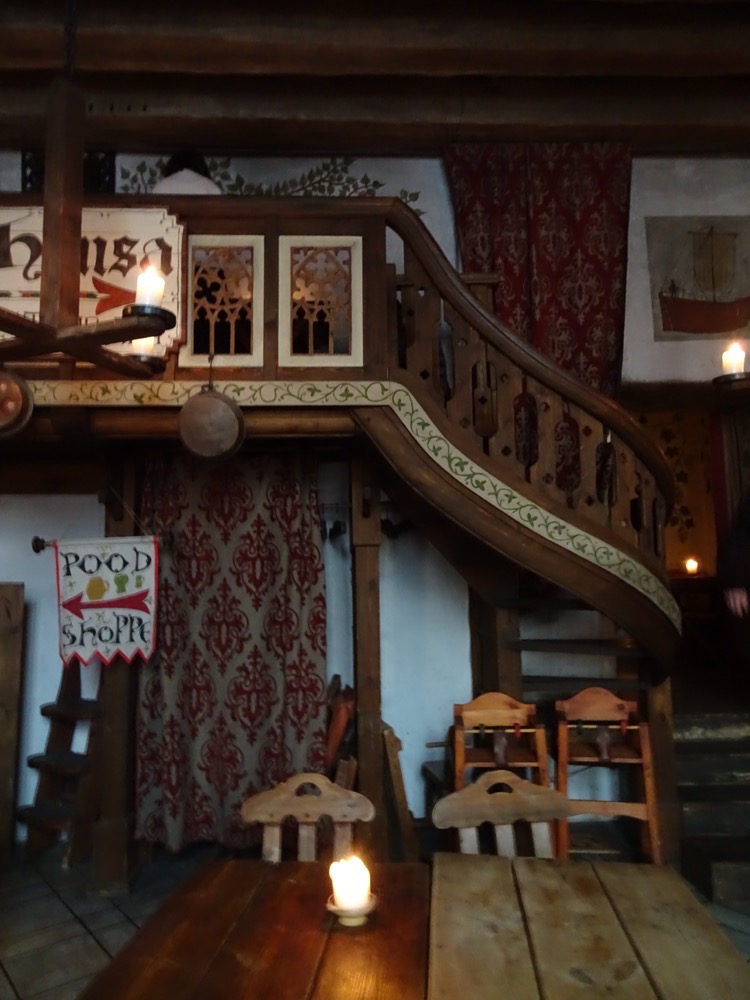
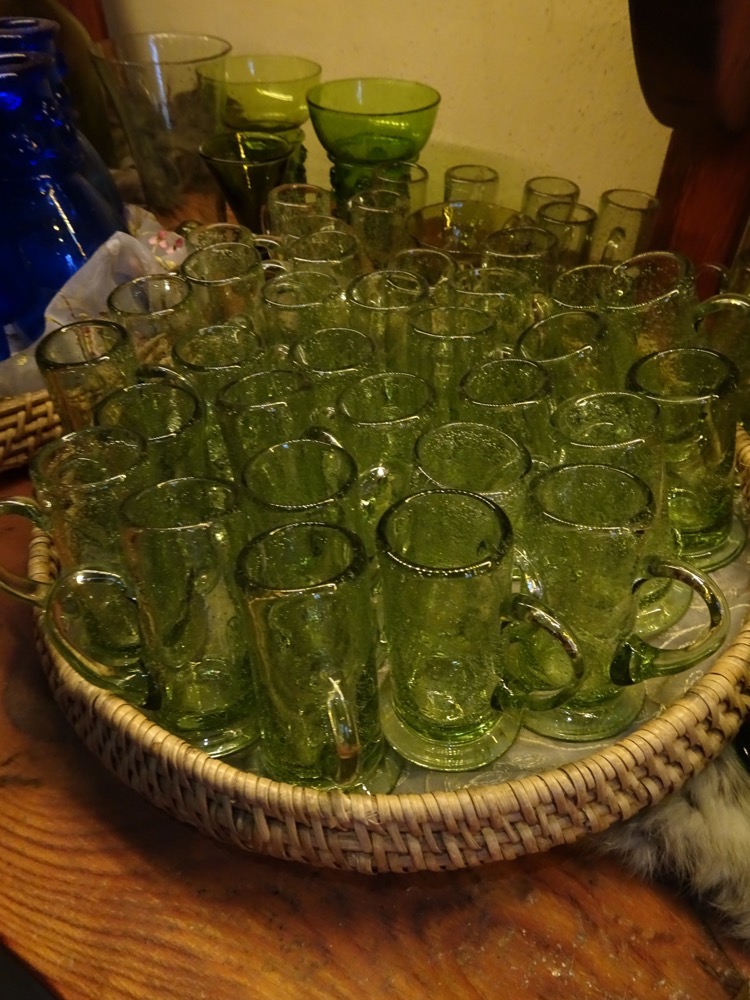
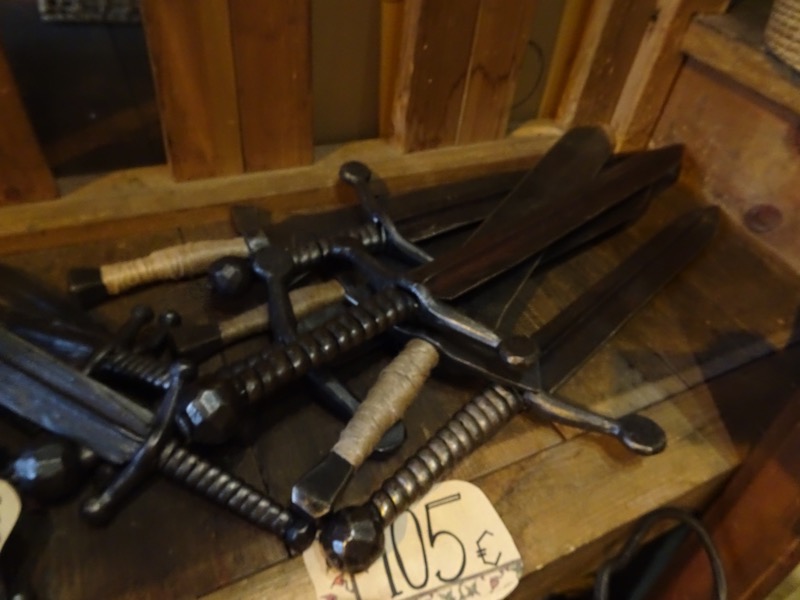
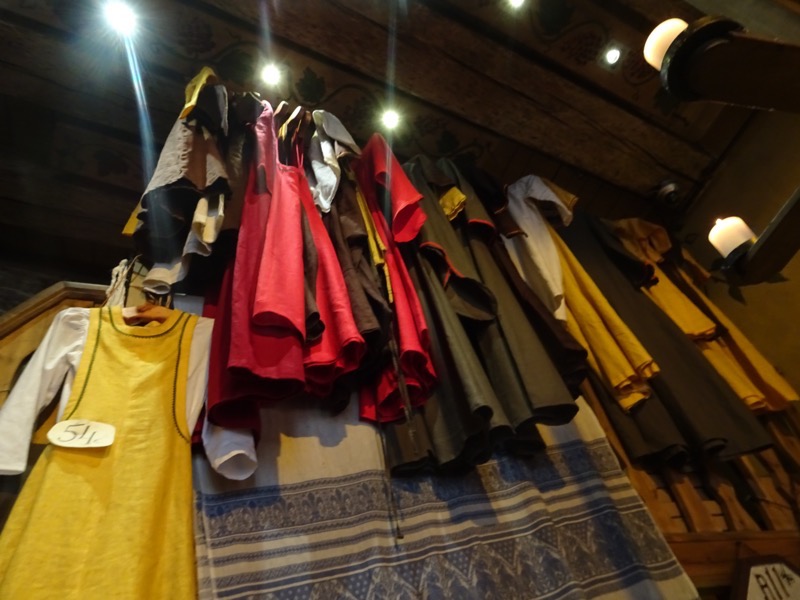
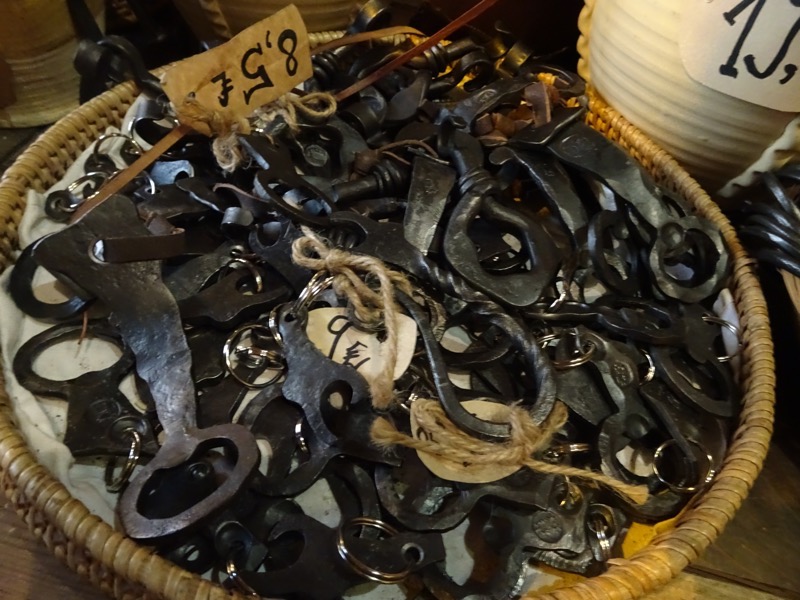
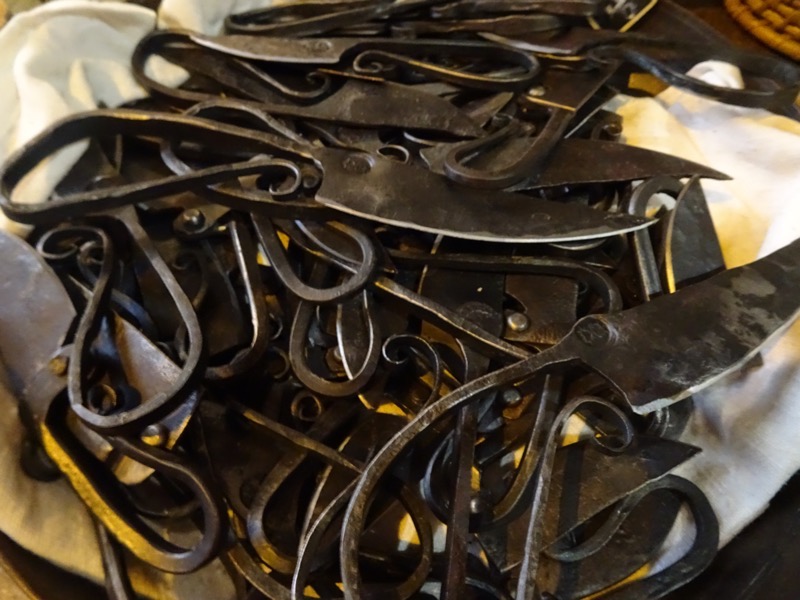
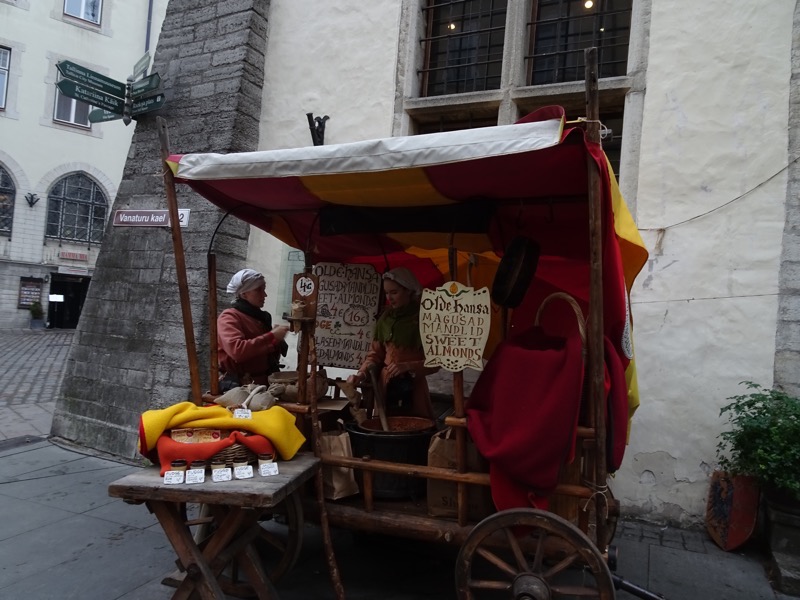 I am not sure what this was about on the website of a different nearby ‘medieval’ tavern… is it lodgings for if you’re drunk and can’t drive home? Or are they offering ‘special services’ upstairs? 😮
I am not sure what this was about on the website of a different nearby ‘medieval’ tavern… is it lodgings for if you’re drunk and can’t drive home? Or are they offering ‘special services’ upstairs? 😮 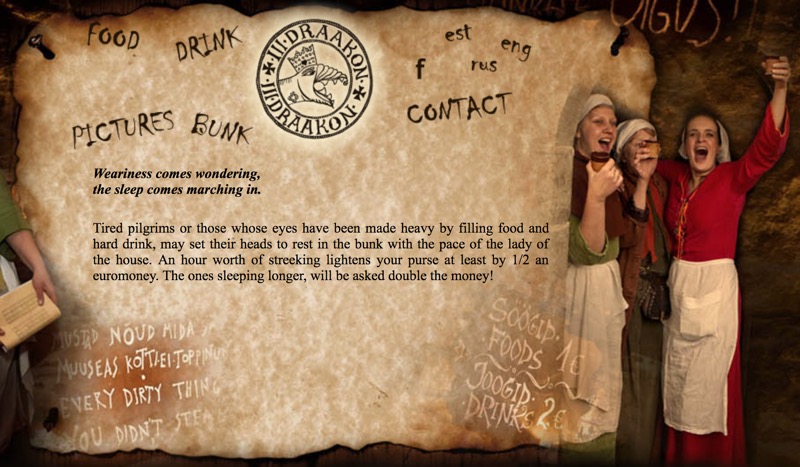 Back out on the street we went looking for the Town Hall Pharmacy also known as the Raeapteek which is the oldest pharmacy in Europe that has been in continuous operation in the same premises.
Back out on the street we went looking for the Town Hall Pharmacy also known as the Raeapteek which is the oldest pharmacy in Europe that has been in continuous operation in the same premises.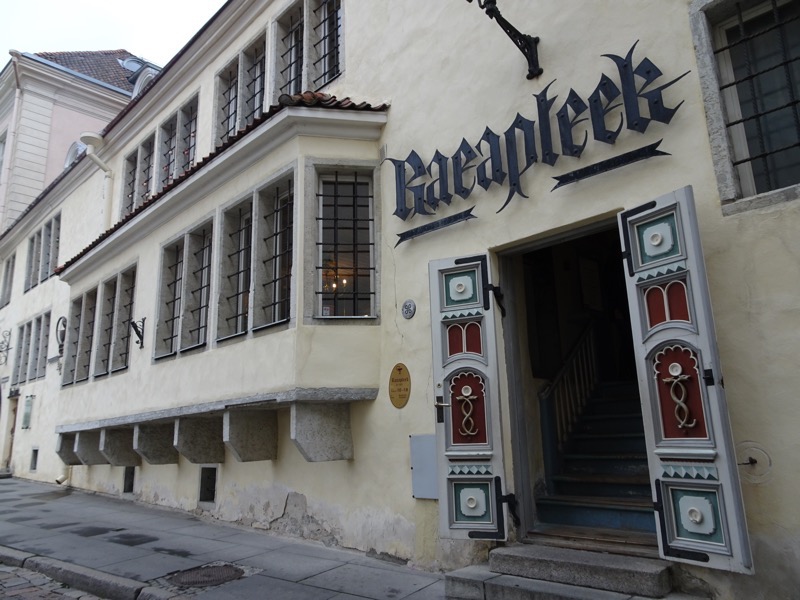
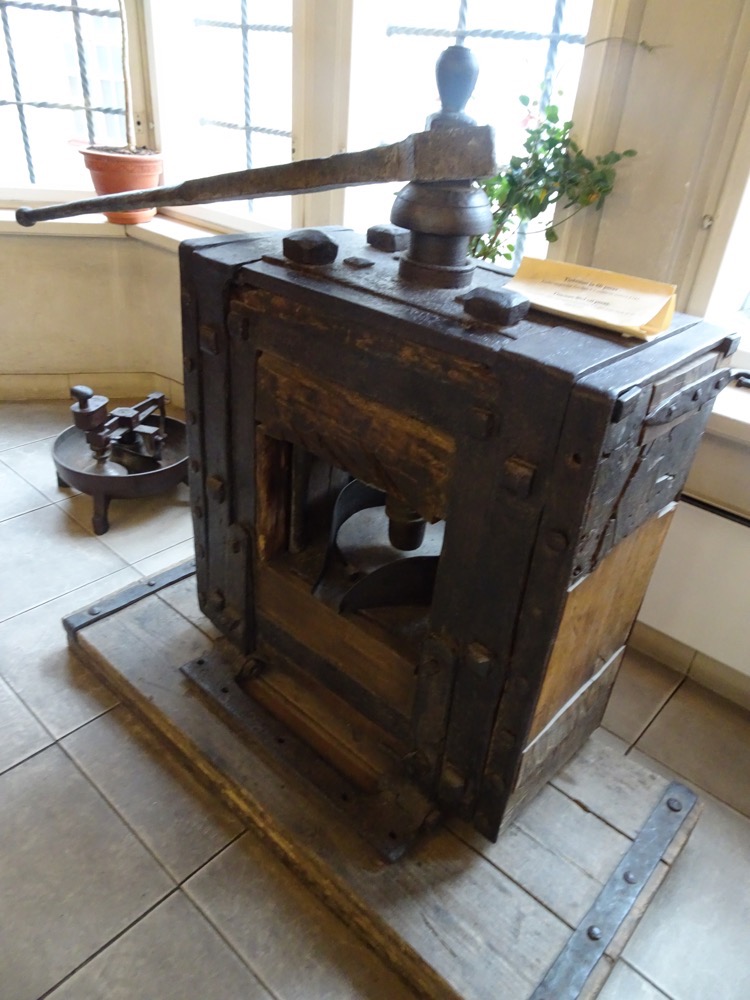
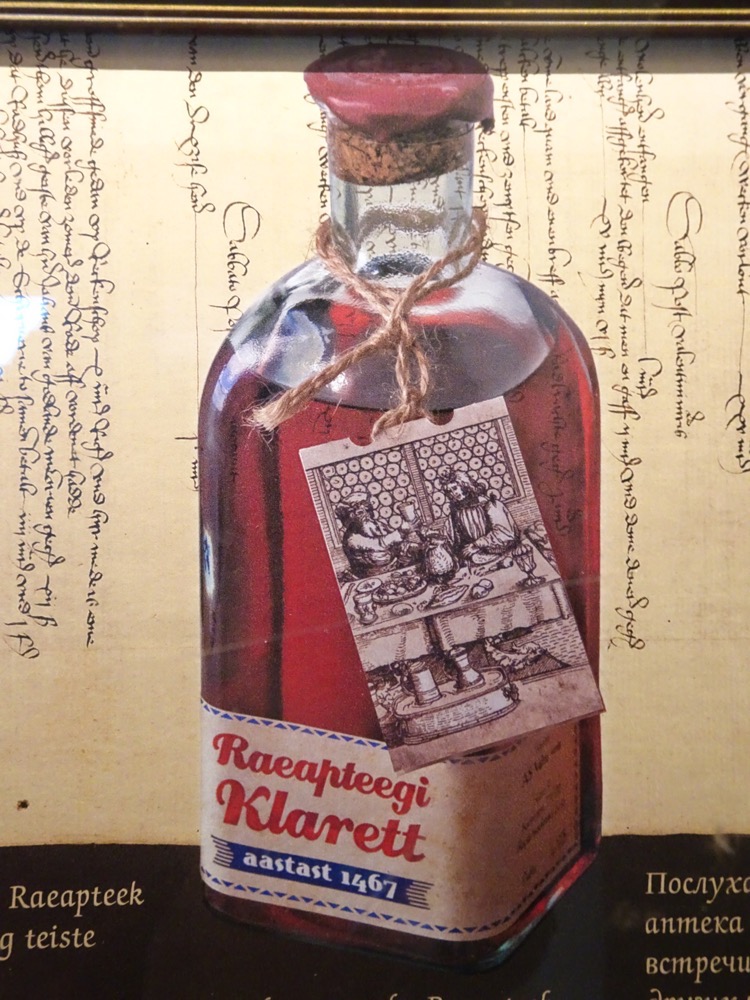
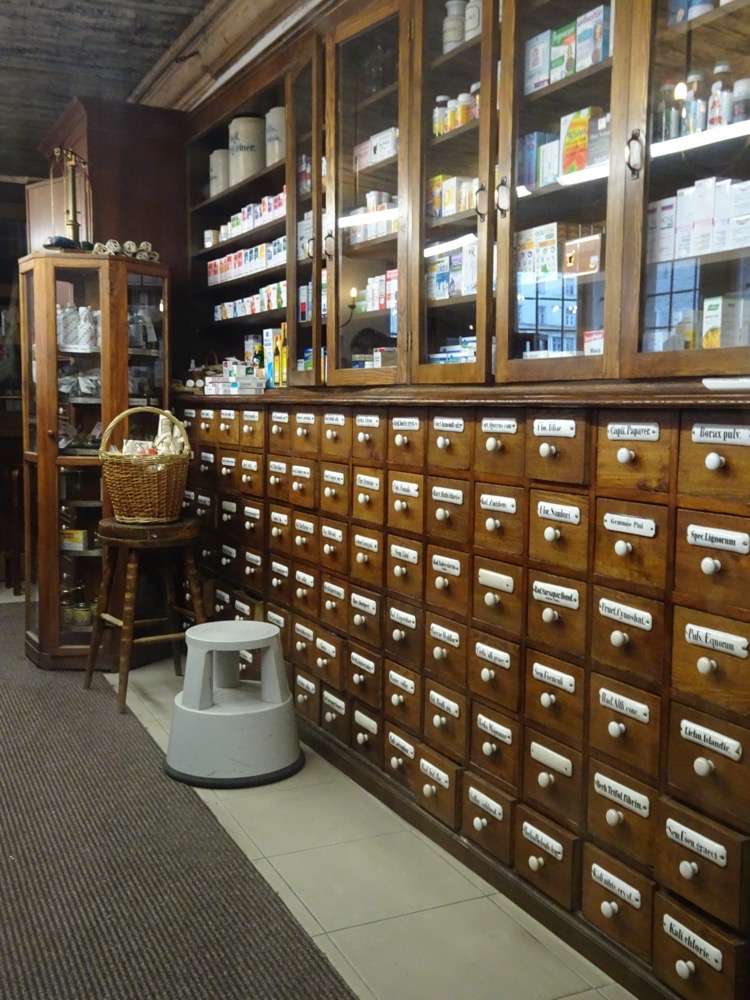 It looked a bit weird to see all the modern medicines in the old cabinets – but it is still a working pharmacy so you can go buy your panadol here.
It looked a bit weird to see all the modern medicines in the old cabinets – but it is still a working pharmacy so you can go buy your panadol here.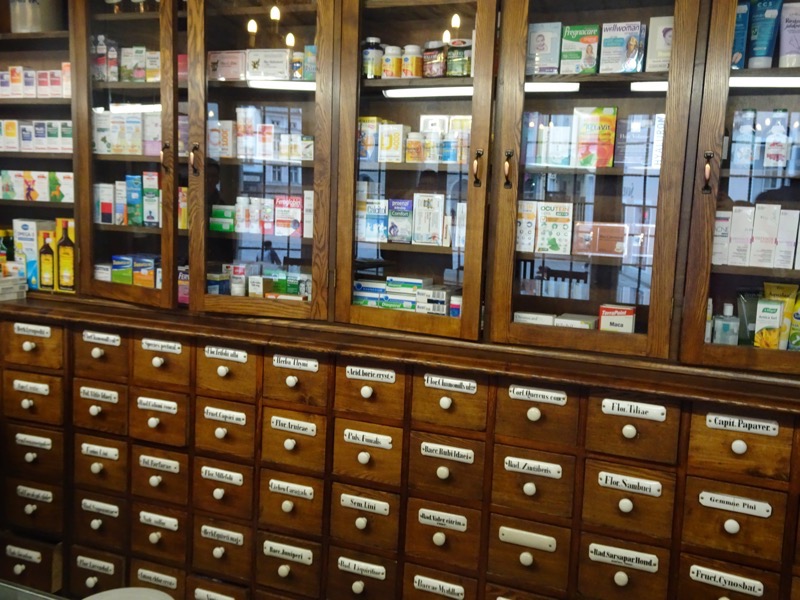 There is a small museum of old ‘treatments’… dried toads, bats, hedgehogs?
There is a small museum of old ‘treatments’… dried toads, bats, hedgehogs?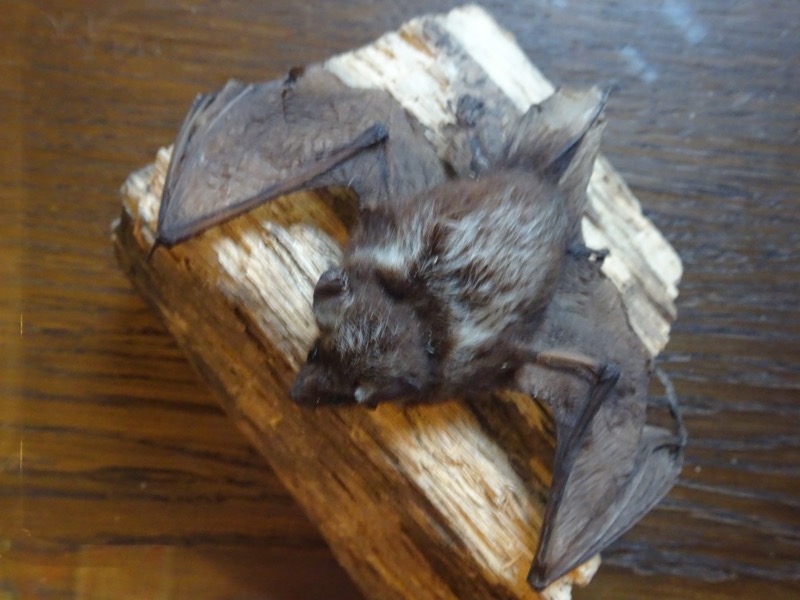
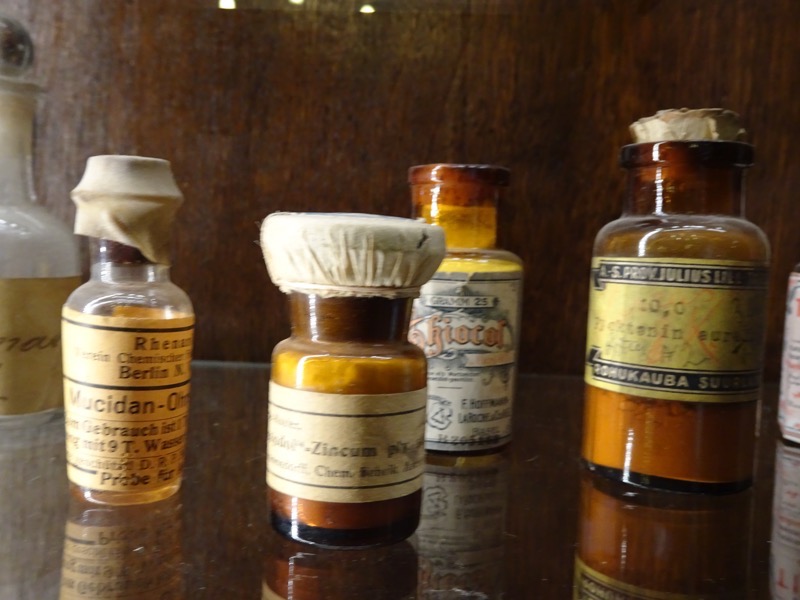
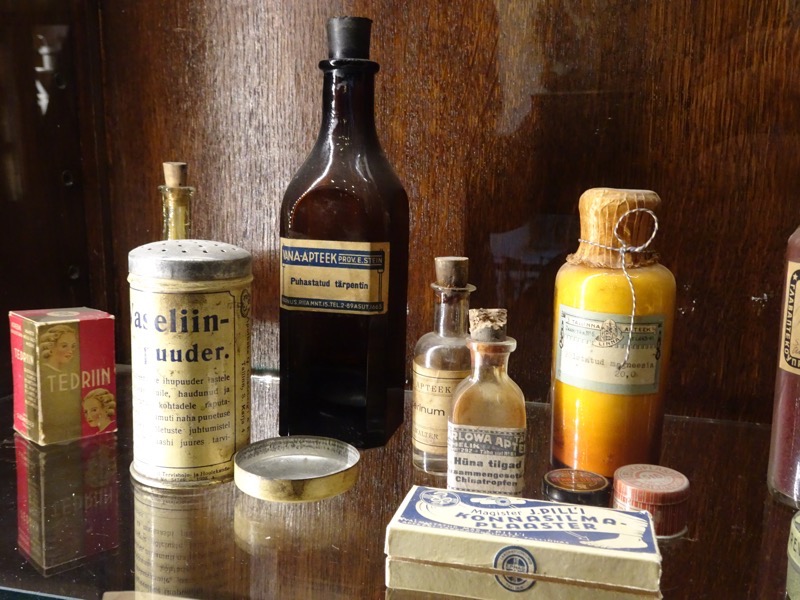
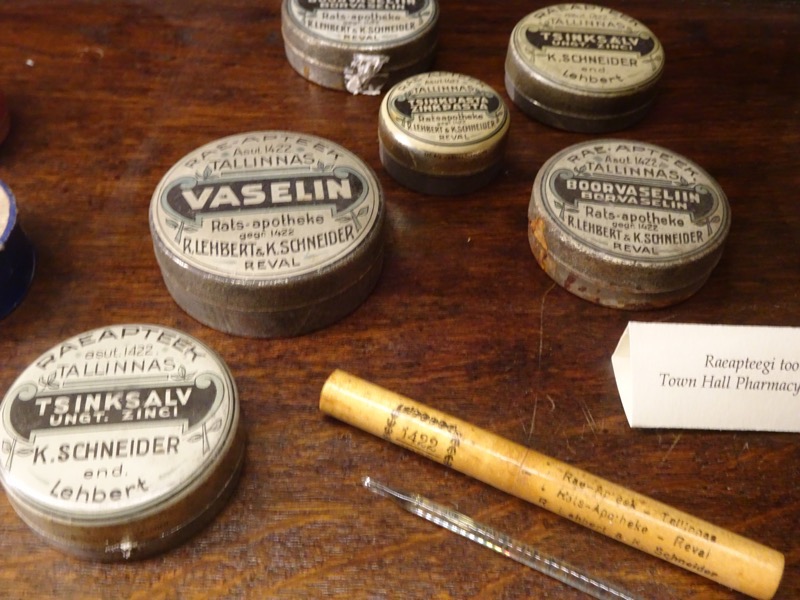
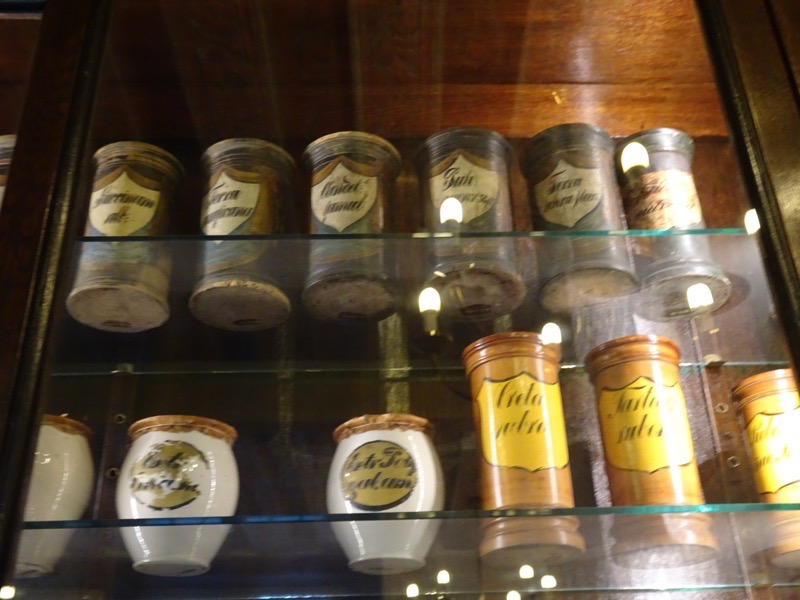
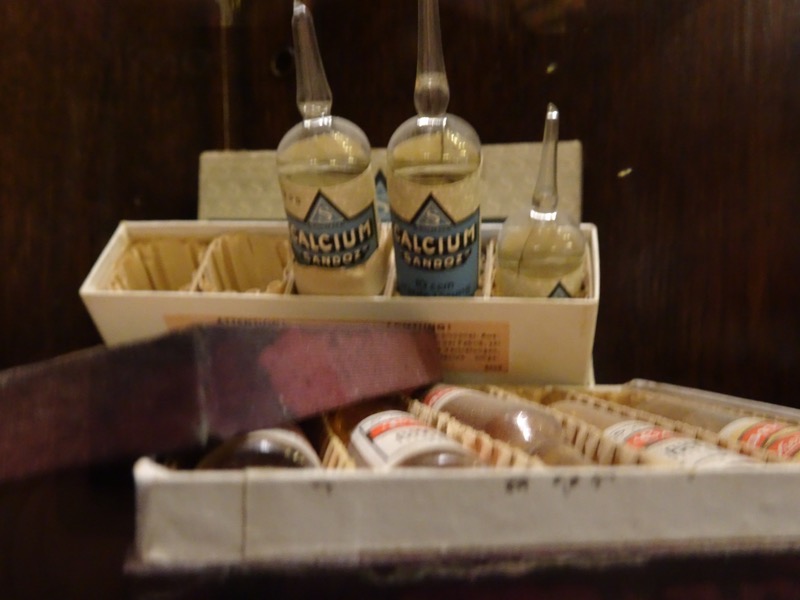
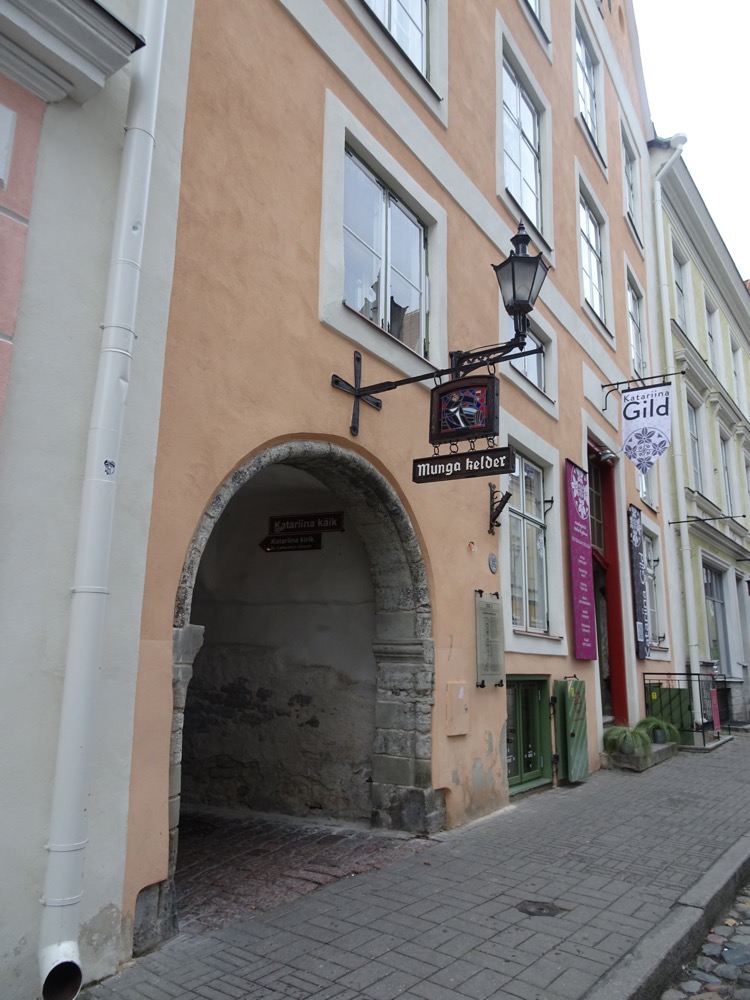
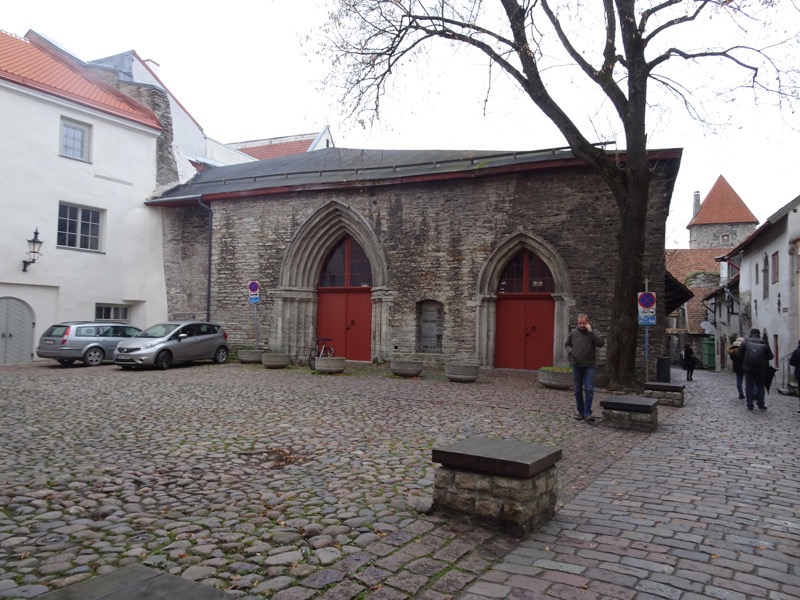
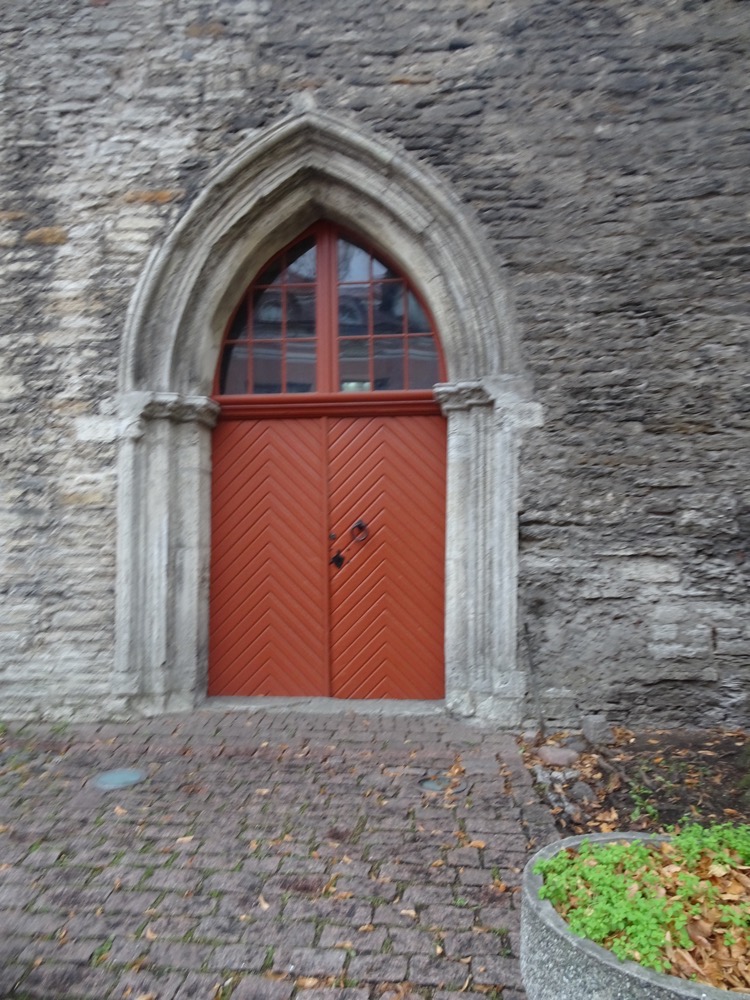
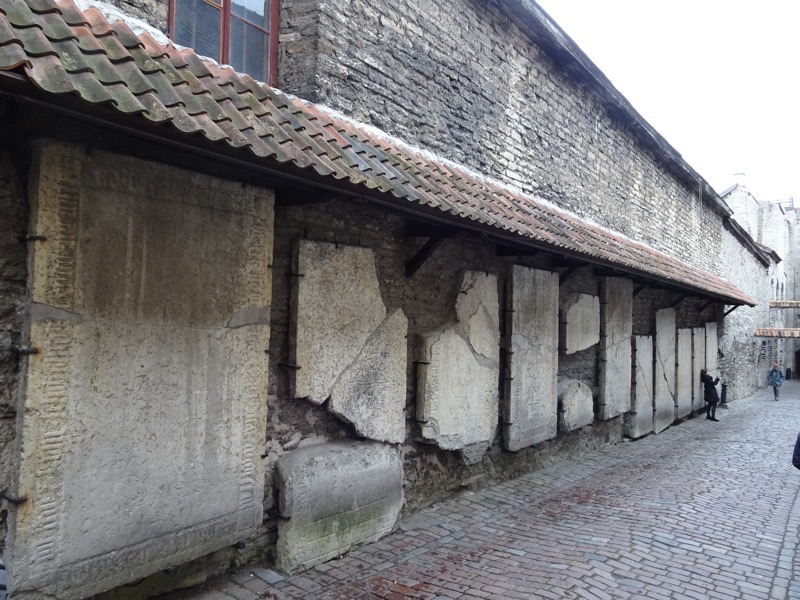 No summer crowds!
No summer crowds!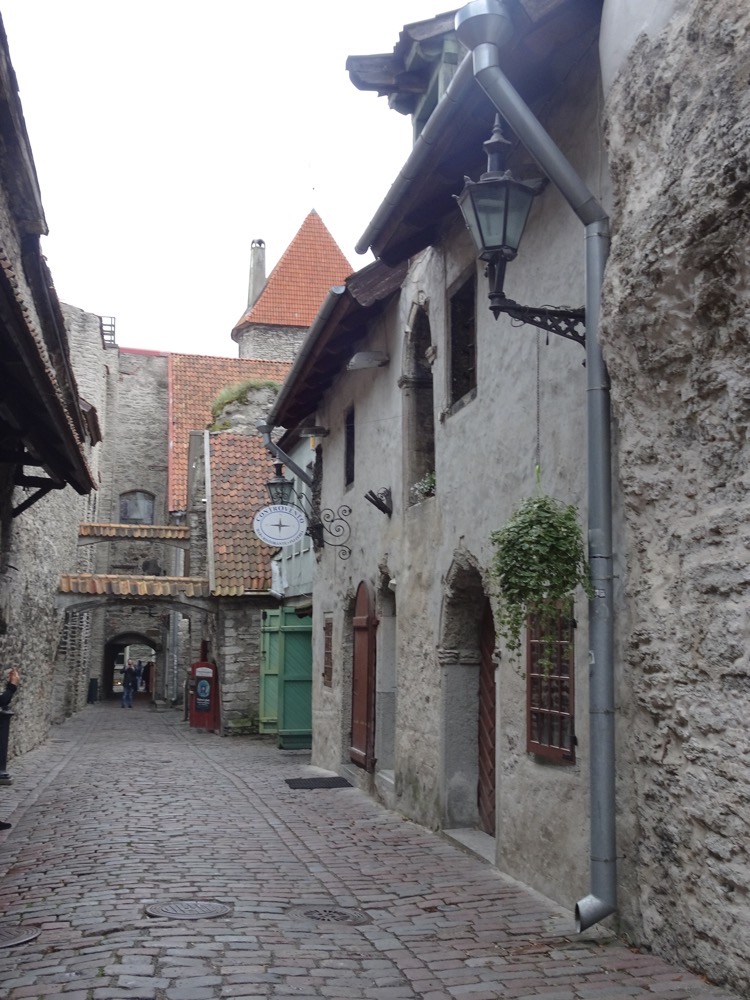
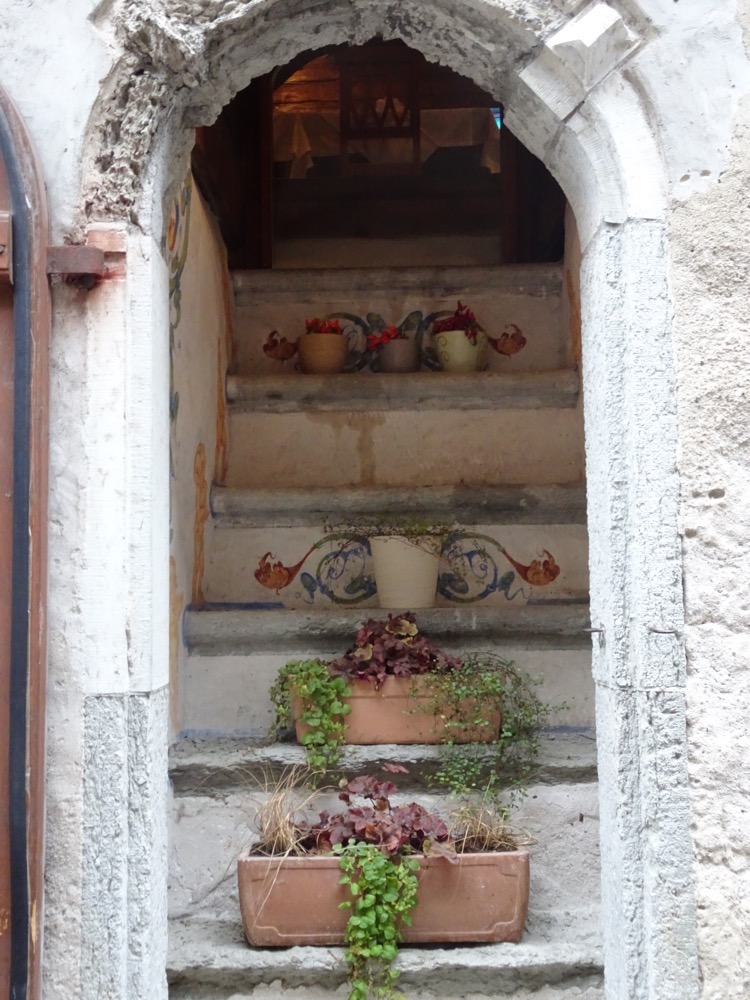
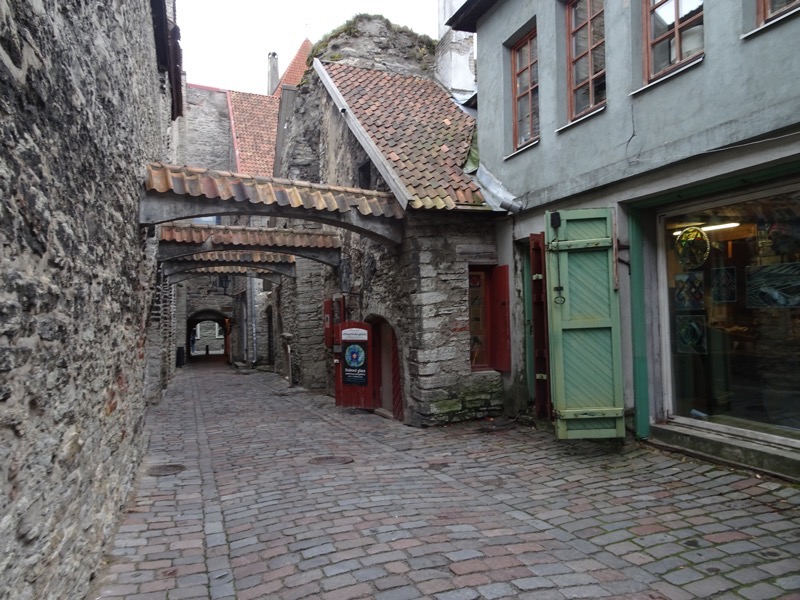 It was lovely to walk through this space and have it all to ourselves, also to have time to check out some of the art studios that are here – though the woodworker seems to have packed up for the winter.
It was lovely to walk through this space and have it all to ourselves, also to have time to check out some of the art studios that are here – though the woodworker seems to have packed up for the winter.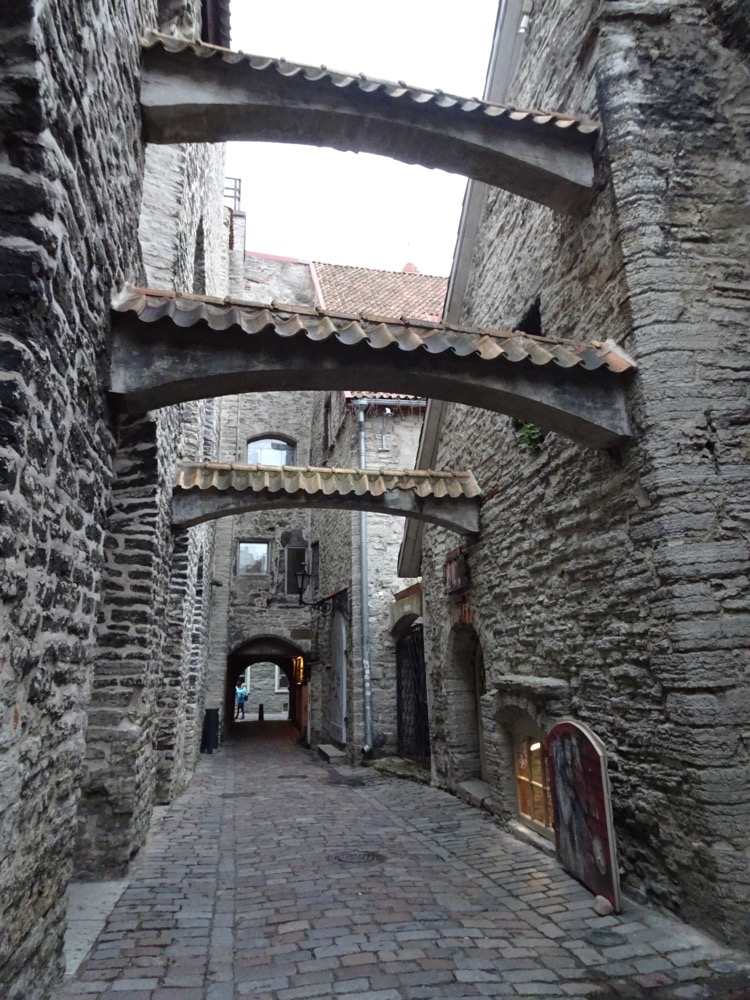 At the end of the passage, you can climb to the top of the Hellemann Tower to walk along the old
At the end of the passage, you can climb to the top of the Hellemann Tower to walk along the old 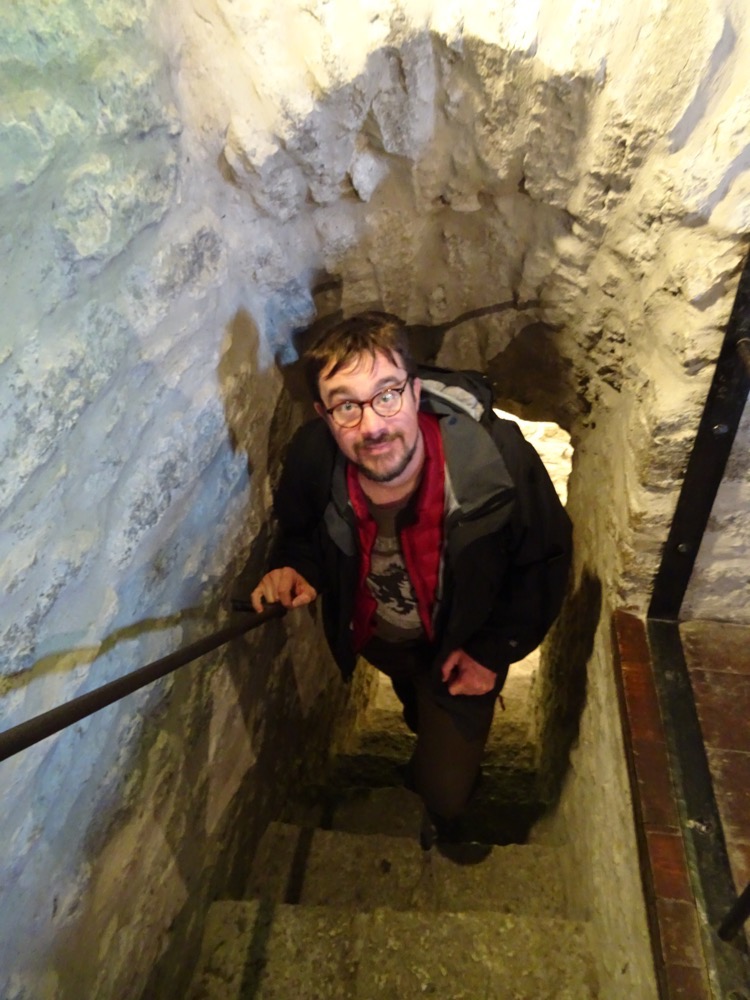
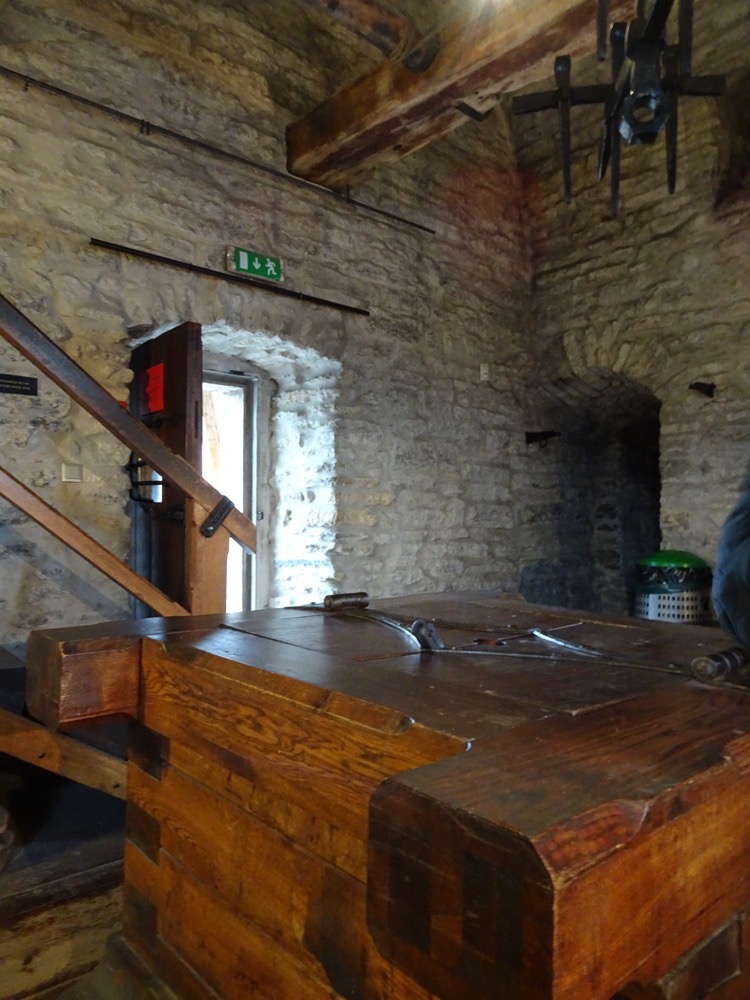
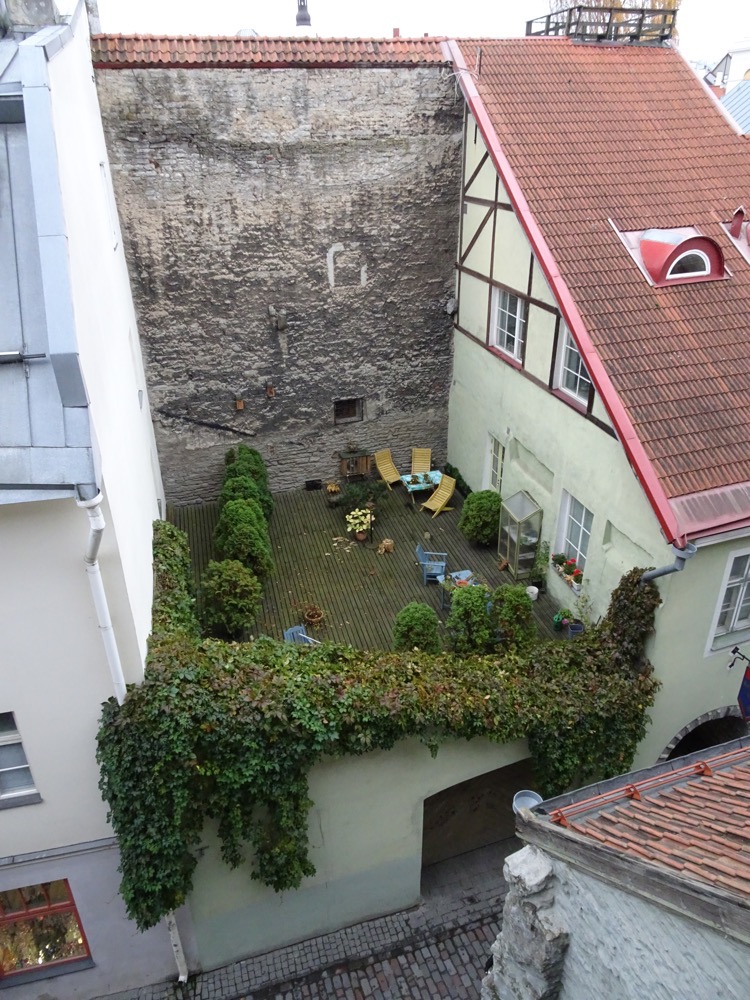 The street views are spectacular from up here – and you can see how few people are visiting the town today.
The street views are spectacular from up here – and you can see how few people are visiting the town today.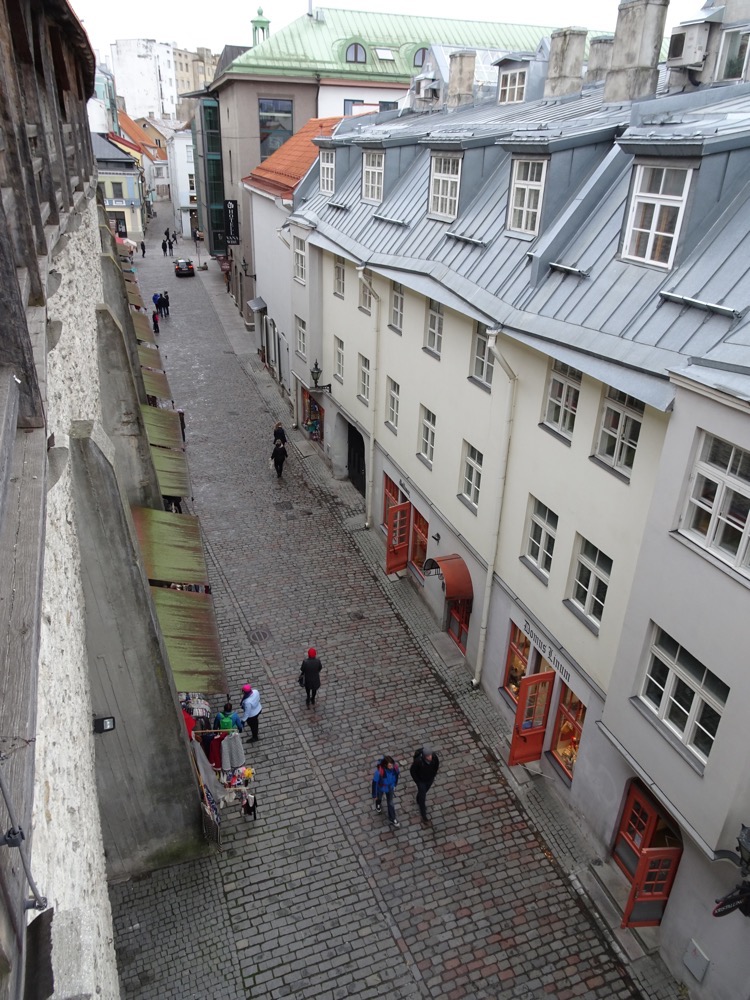
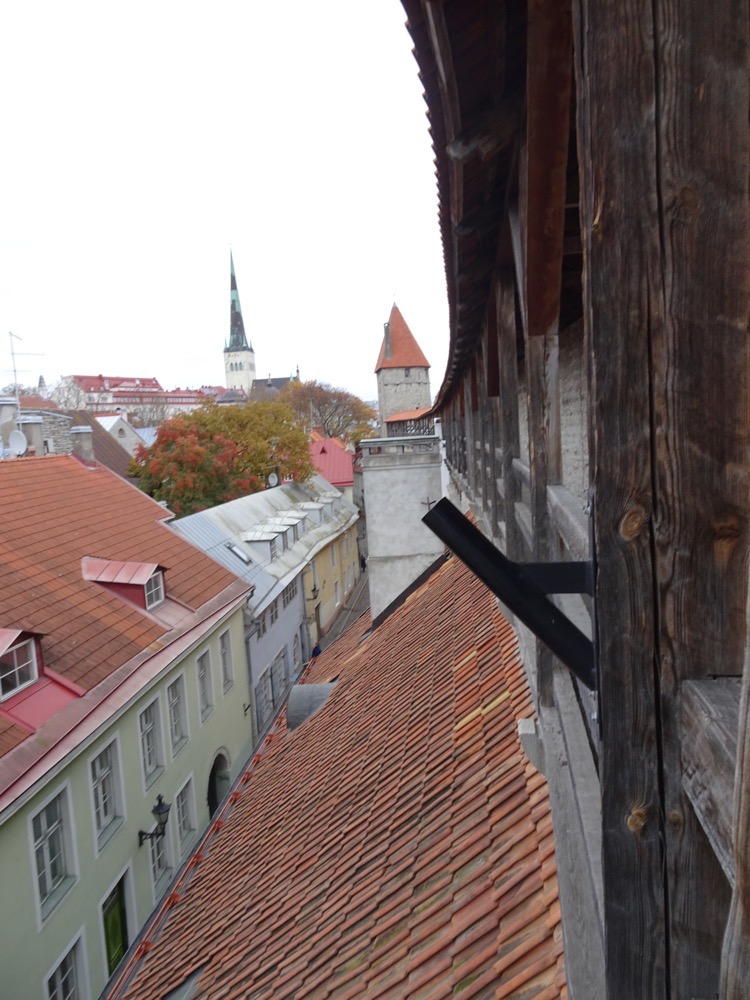
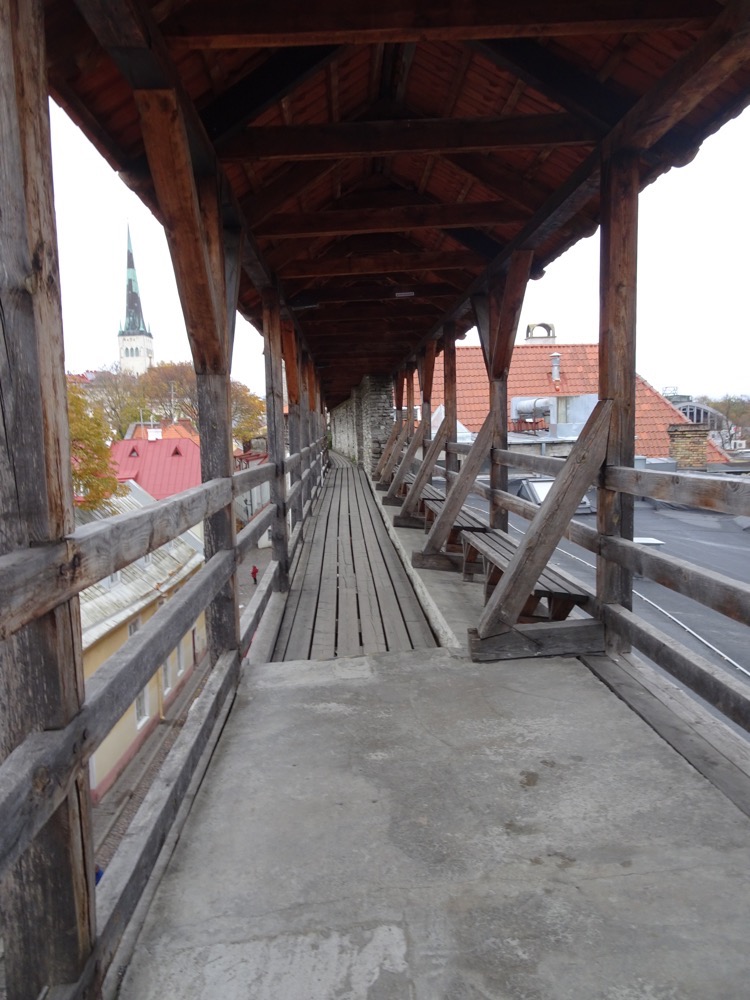
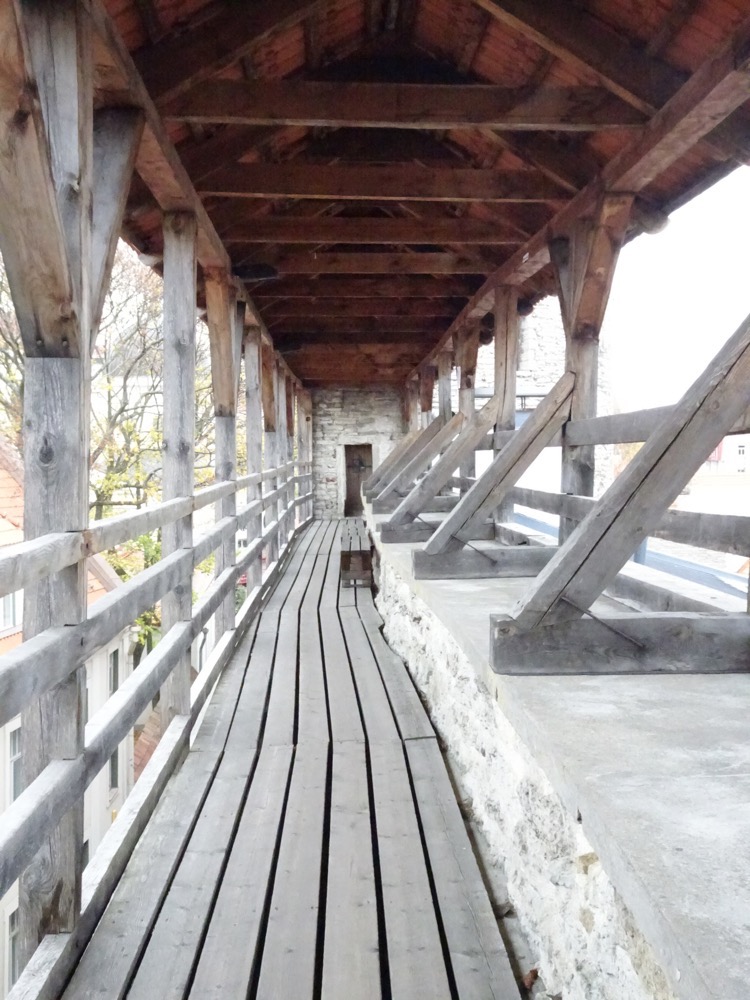
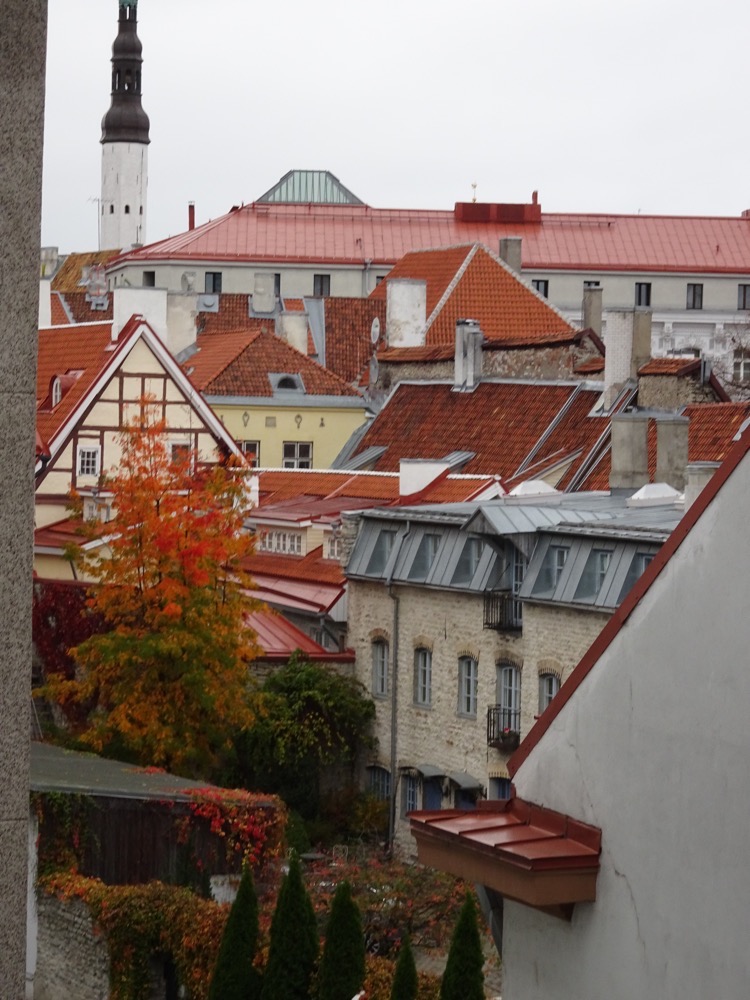 The rickety staircase we claimed to come up with the bored octagenarian ticket seller who we just about had to wake up to take our €2.00 for tickets.
The rickety staircase we claimed to come up with the bored octagenarian ticket seller who we just about had to wake up to take our €2.00 for tickets.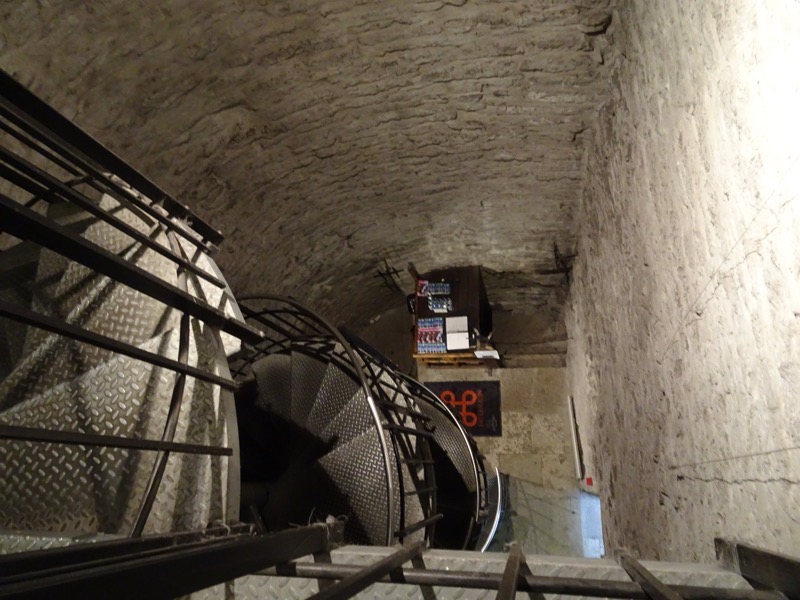
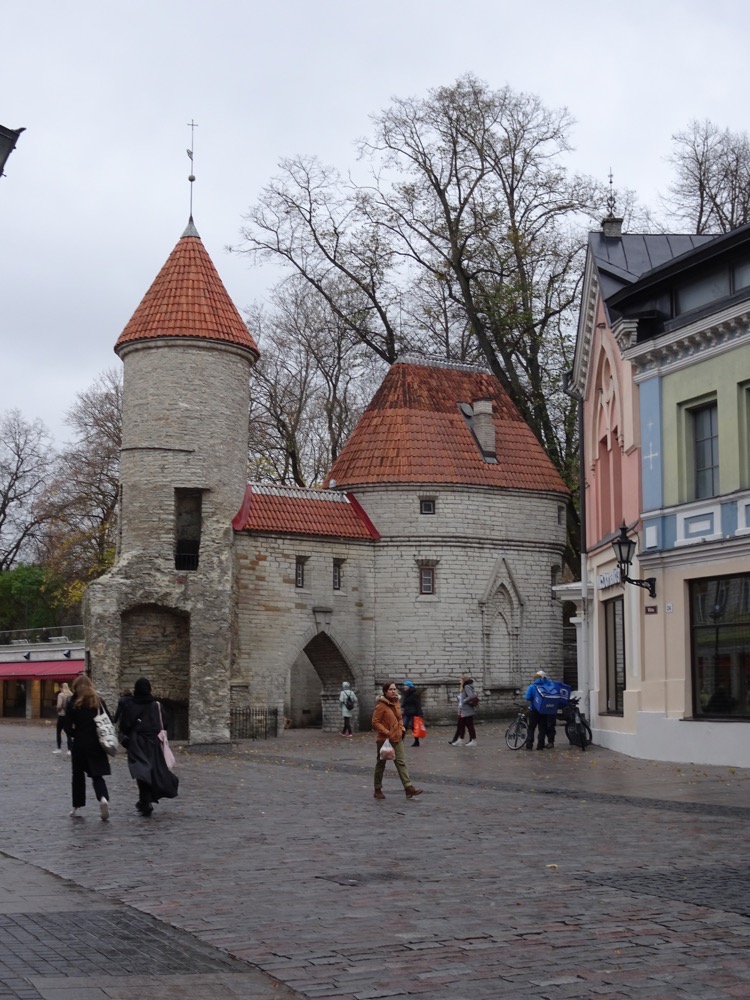 Finally, it was starting to rain on our parade – we did pretty well considering it was supposed to be raining all day. So we retreated back to the hotel with some caviar and some vodka for a bit of down time and a quiet evening in the warm.
Finally, it was starting to rain on our parade – we did pretty well considering it was supposed to be raining all day. So we retreated back to the hotel with some caviar and some vodka for a bit of down time and a quiet evening in the warm.
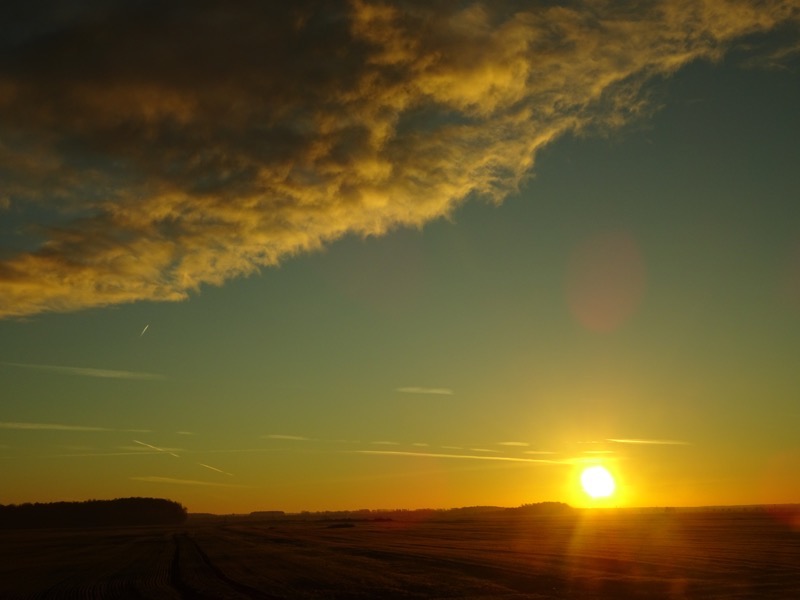 Once the sun was, up however, the darkness dissipated and showed us a foggy and potentially drizzly day ahead. It was very moody as we pummelled through the landscape in our trusty Ford Fuckus.
Once the sun was, up however, the darkness dissipated and showed us a foggy and potentially drizzly day ahead. It was very moody as we pummelled through the landscape in our trusty Ford Fuckus.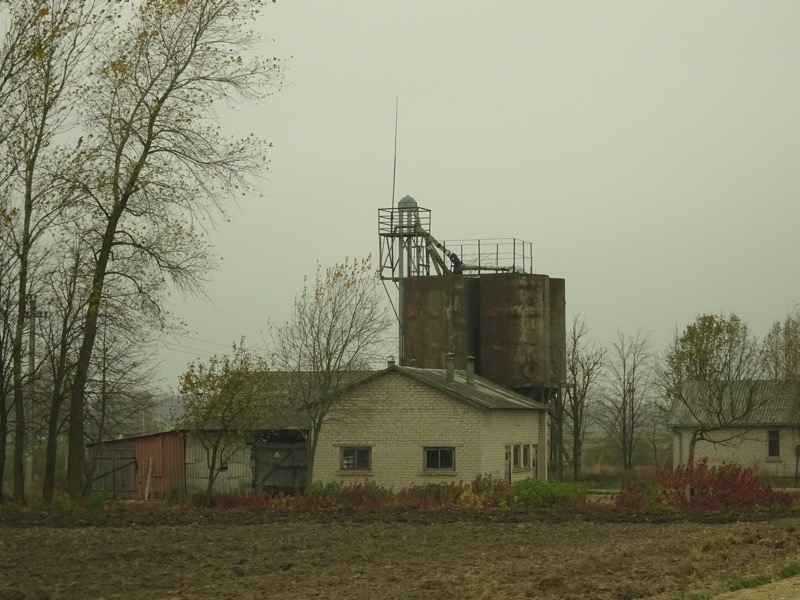
 Turns out it was a ‘Kompresorius’… but we won’t let that get in the way of yale looking ridiculous for our entertainment. We checked the tyres and acquired a hot chocolate (this one actually being hot-hot, unlike the last one which was left 90% unconsumed on a table with a note saying “THIS IS NOT HOT!” at a previous pit stop).
Turns out it was a ‘Kompresorius’… but we won’t let that get in the way of yale looking ridiculous for our entertainment. We checked the tyres and acquired a hot chocolate (this one actually being hot-hot, unlike the last one which was left 90% unconsumed on a table with a note saying “THIS IS NOT HOT!” at a previous pit stop). Check out these unsightly erections dotting the landscape, ruining the views.
Check out these unsightly erections dotting the landscape, ruining the views.
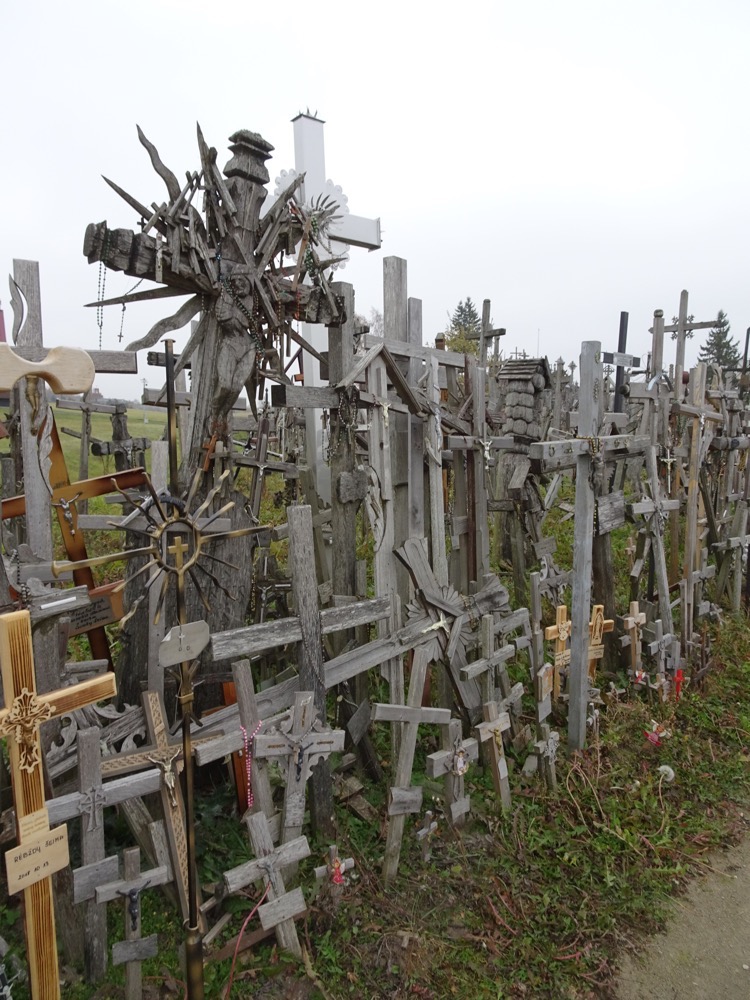 The Hill of Crosses is about 12 km north of the city of Šiauliai, in the north of Lithuania, about an 80-90 min out of Vilnius. The actual origin of the practice of leaving crosses on this particular hill has been obscured by the passing of time, but it is thought that the first crosses appeared on the site of the former Jurgaičiai or Domantai hill fort after the famed 1831 Uprising (for those that are unfamiliar with the 1831 Uprising it was also known as the Polish-Russian War of 1830-1831. It was an armed rebellion by the Polish against the Russian Empire, which the Russians roundly won.
The Hill of Crosses is about 12 km north of the city of Šiauliai, in the north of Lithuania, about an 80-90 min out of Vilnius. The actual origin of the practice of leaving crosses on this particular hill has been obscured by the passing of time, but it is thought that the first crosses appeared on the site of the former Jurgaičiai or Domantai hill fort after the famed 1831 Uprising (for those that are unfamiliar with the 1831 Uprising it was also known as the Polish-Russian War of 1830-1831. It was an armed rebellion by the Polish against the Russian Empire, which the Russians roundly won.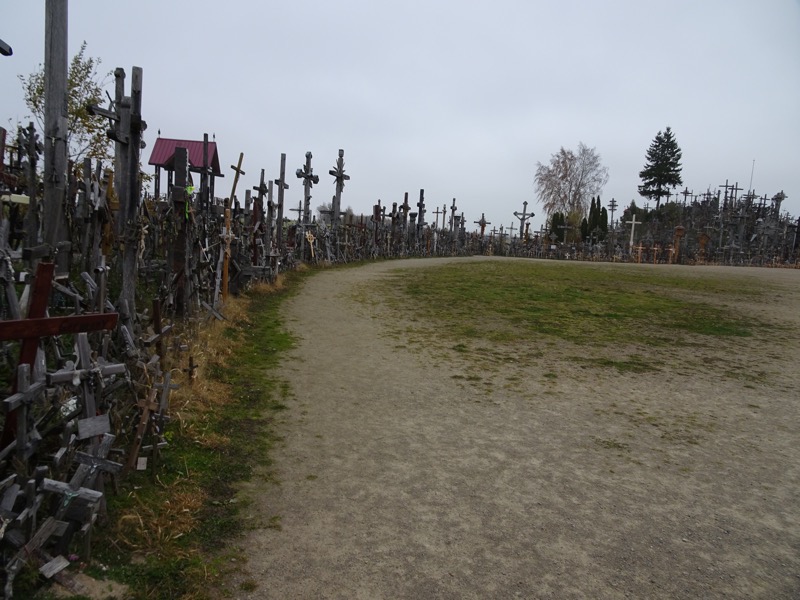
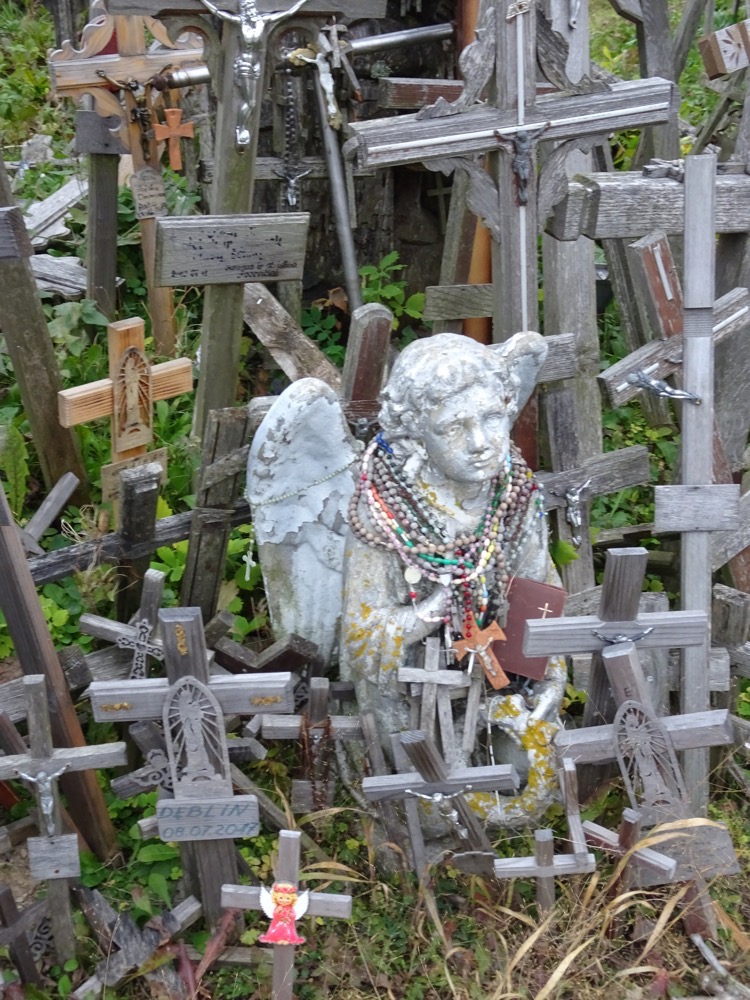
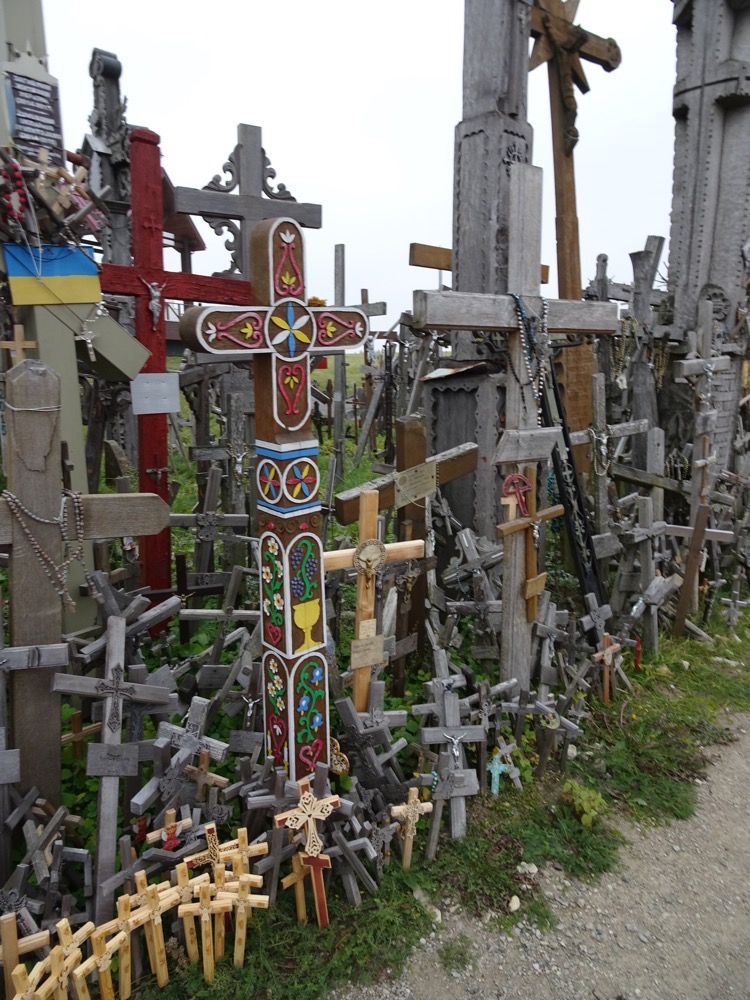 After Lithuania became part of the Russian Empire, both the Poles and Lithuanians unsuccessfully rebelled against Russian authorities in 1831 and again in 1863. These two uprisings are connected with the beginnings of the cross on the hill. Many families could not locate the bodies of their cherished loved ones and lost rebels, so they started placing their memorials here in the form of symbolic crosses where there had been a former hill fort.
After Lithuania became part of the Russian Empire, both the Poles and Lithuanians unsuccessfully rebelled against Russian authorities in 1831 and again in 1863. These two uprisings are connected with the beginnings of the cross on the hill. Many families could not locate the bodies of their cherished loved ones and lost rebels, so they started placing their memorials here in the form of symbolic crosses where there had been a former hill fort.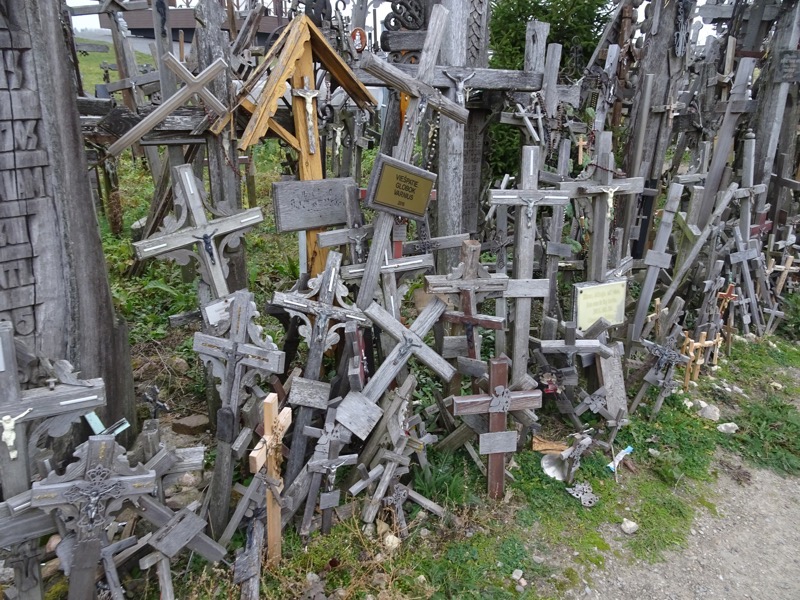 When the old political structure of the Russian Empire in Eastern Europe fell apart in 1918, Lithuania once again attempted to declare its independence. Throughout all this time from 1830 to 1918, the Hill of Crosses became a place for Lithuanians to pray for peace, for the stability and independence of their country, and for their lost loved ones during the Wars of Independence.
When the old political structure of the Russian Empire in Eastern Europe fell apart in 1918, Lithuania once again attempted to declare its independence. Throughout all this time from 1830 to 1918, the Hill of Crosses became a place for Lithuanians to pray for peace, for the stability and independence of their country, and for their lost loved ones during the Wars of Independence.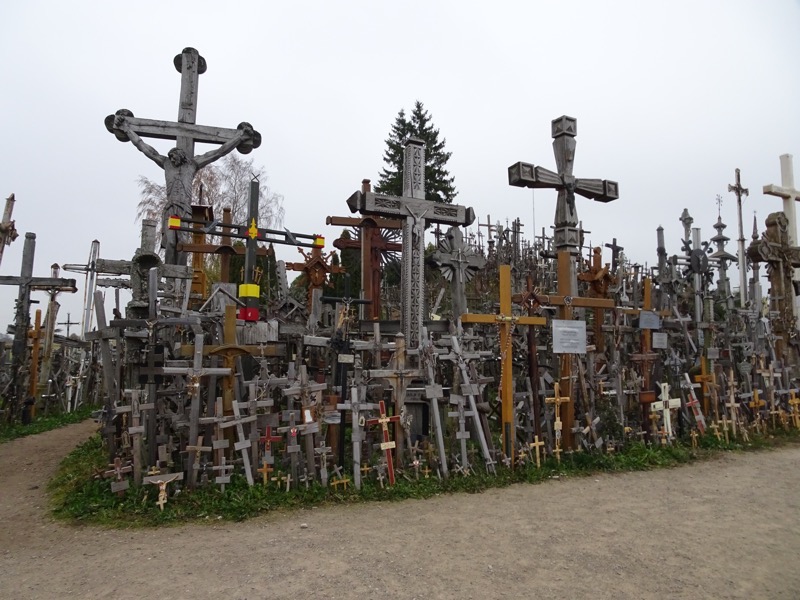 The site took on an even more historic significance during the years 1944–1990 if that were possible, while Lithuania was occupied by the Soviet Union. People continued to travel to the Hill and leave their crosses and memorials and for Lithuanians, this place signified their original national identity, their religion, heritage and culture. It became a place not just of memorialising those who were lost, but also a powerful place of peaceful resistance. The Soviets authorities repeatedly worked hard to remove the crosses and tried to remove the symbolism of the sit – even bulldozed the entire site on at least three separate occasions as recently as 1963 and 1973, but the crosses continued to reappear. Apparently, the Soviets even considered building a damn on the nearby Kulvė River, so that the hill would end up underwater, but this never came to pass.
The site took on an even more historic significance during the years 1944–1990 if that were possible, while Lithuania was occupied by the Soviet Union. People continued to travel to the Hill and leave their crosses and memorials and for Lithuanians, this place signified their original national identity, their religion, heritage and culture. It became a place not just of memorialising those who were lost, but also a powerful place of peaceful resistance. The Soviets authorities repeatedly worked hard to remove the crosses and tried to remove the symbolism of the sit – even bulldozed the entire site on at least three separate occasions as recently as 1963 and 1973, but the crosses continued to reappear. Apparently, the Soviets even considered building a damn on the nearby Kulvė River, so that the hill would end up underwater, but this never came to pass.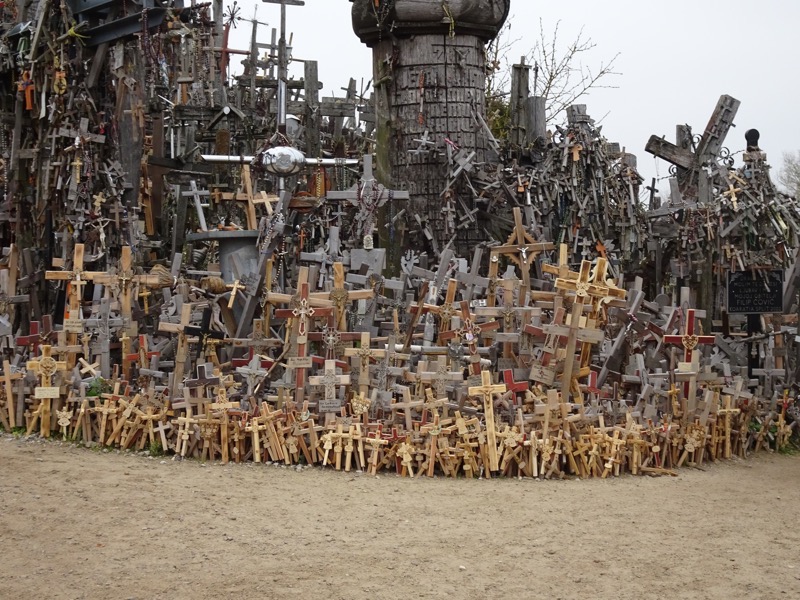 Now, there are more crosses here than ever, and the site represents the solidarity and steadfastness with which the Lithuanian people held out for independence from the Russian Empire and then Soviet Union for over a century.
Now, there are more crosses here than ever, and the site represents the solidarity and steadfastness with which the Lithuanian people held out for independence from the Russian Empire and then Soviet Union for over a century.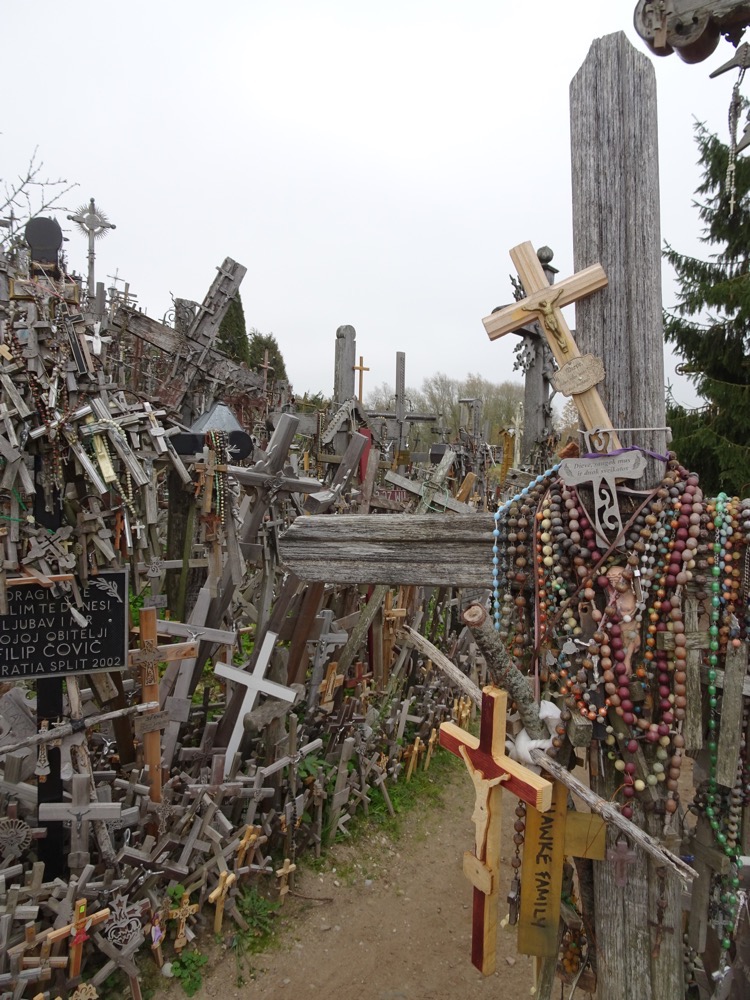
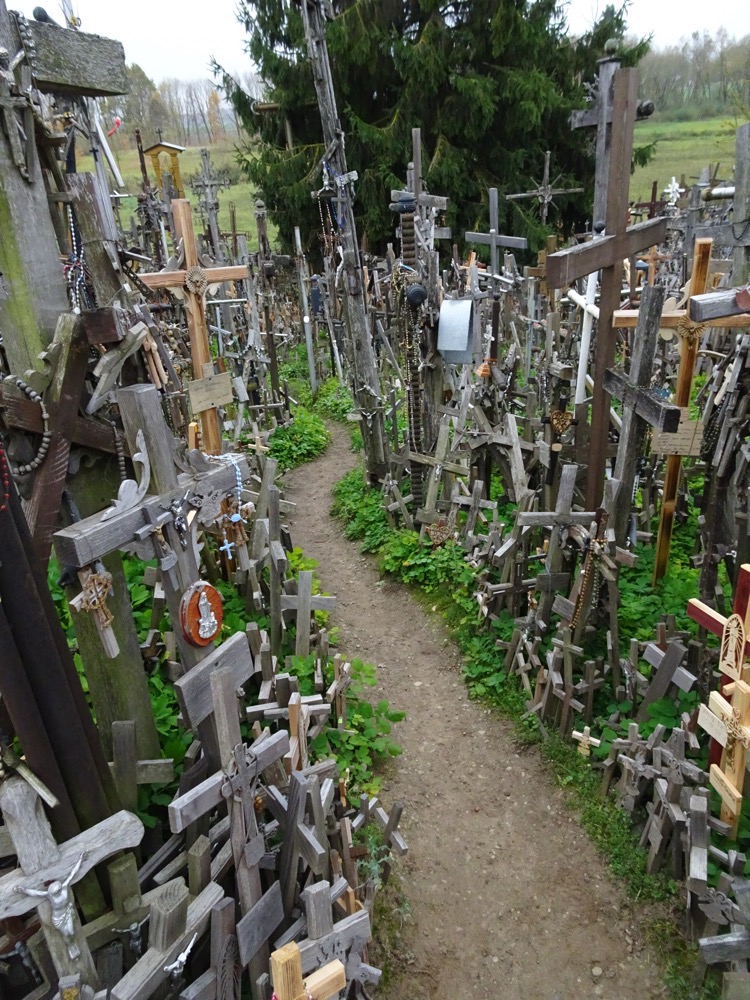 The hill is a quiet, mournful sort of place. Particularly so on a day like today when there was no one here but ourselves and we could hear the rosaries tinkling in the wind like chimes trying to tell stories of all these lost souls.
The hill is a quiet, mournful sort of place. Particularly so on a day like today when there was no one here but ourselves and we could hear the rosaries tinkling in the wind like chimes trying to tell stories of all these lost souls.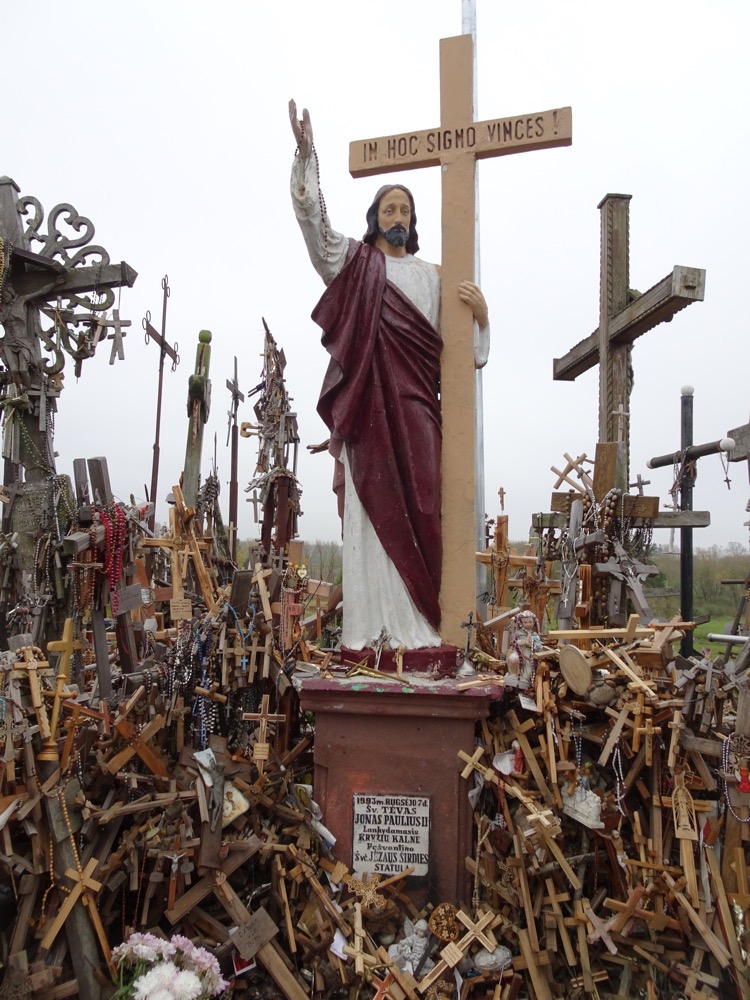
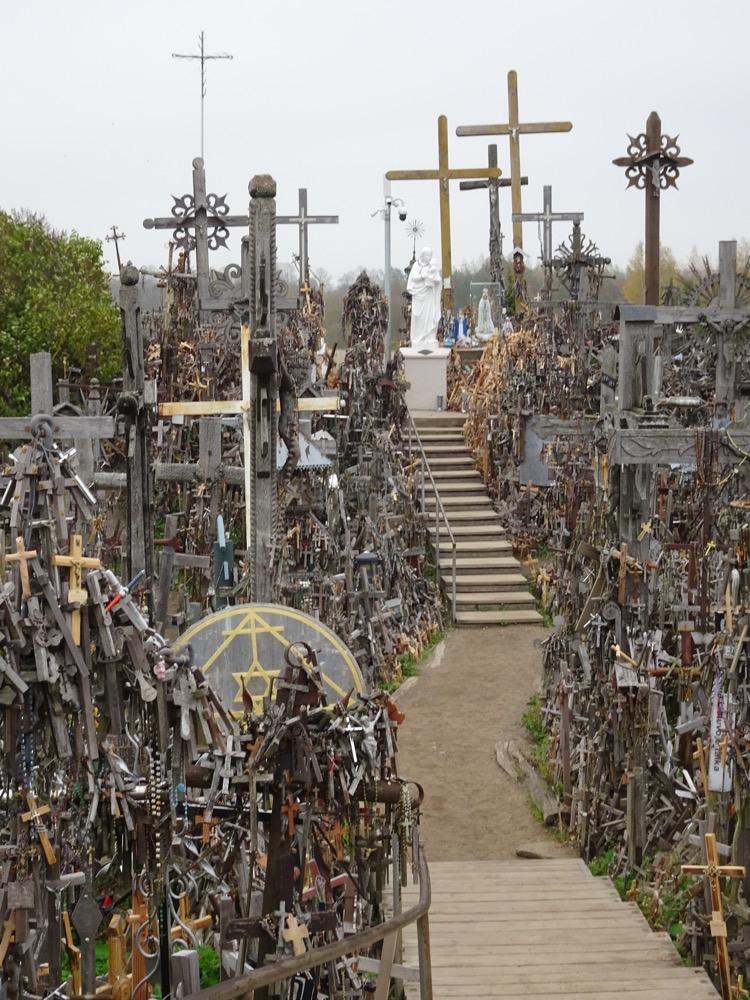
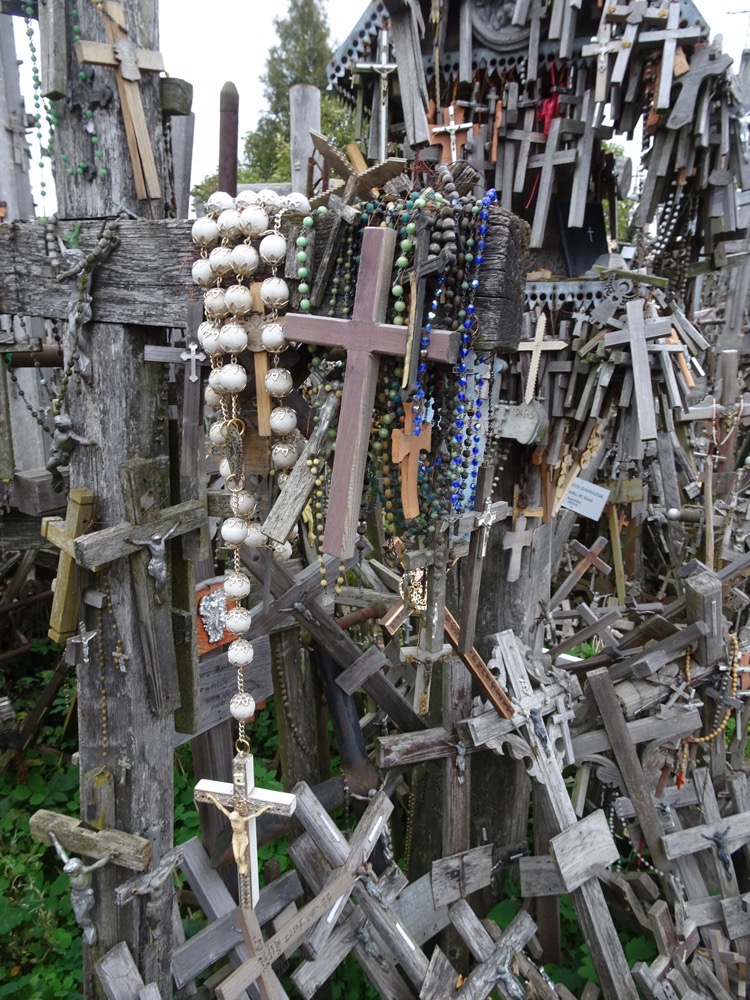
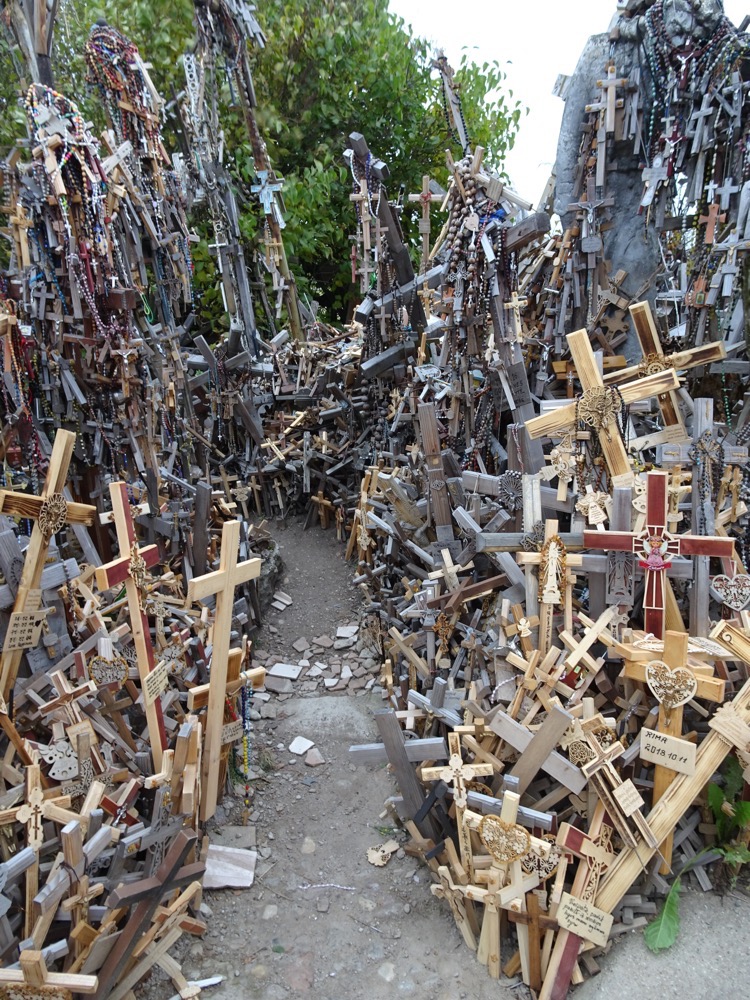
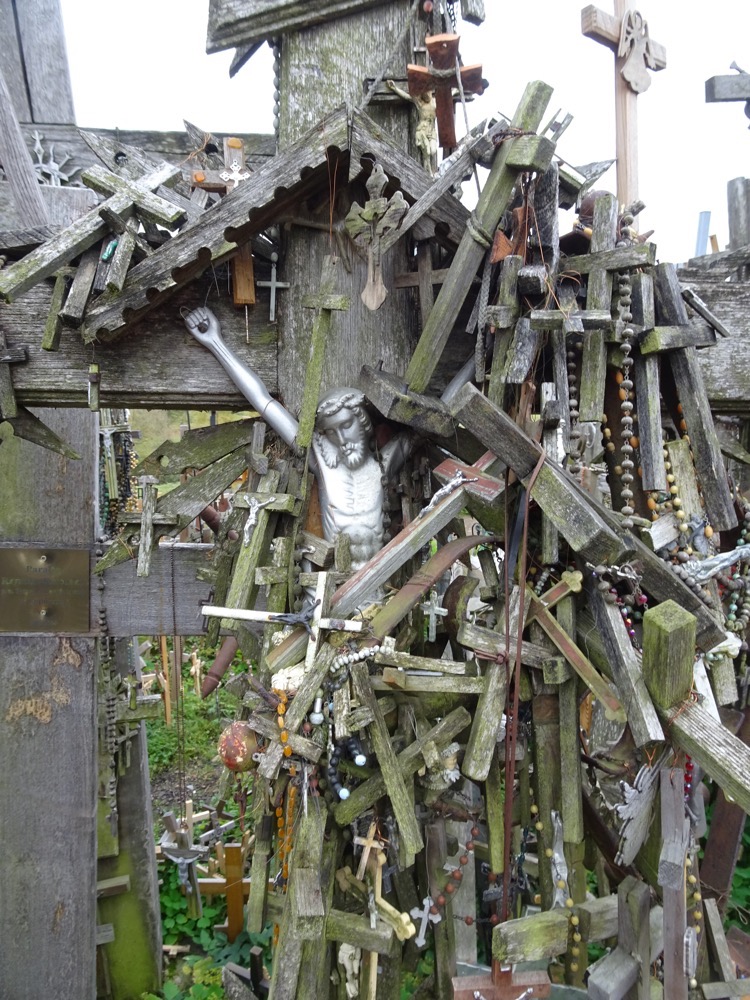 I took ever so many photographs, it is hard to encapsulate the sheer volume of crosses – each one carrying a story of a pilgrim and a lost loved one.
I took ever so many photographs, it is hard to encapsulate the sheer volume of crosses – each one carrying a story of a pilgrim and a lost loved one.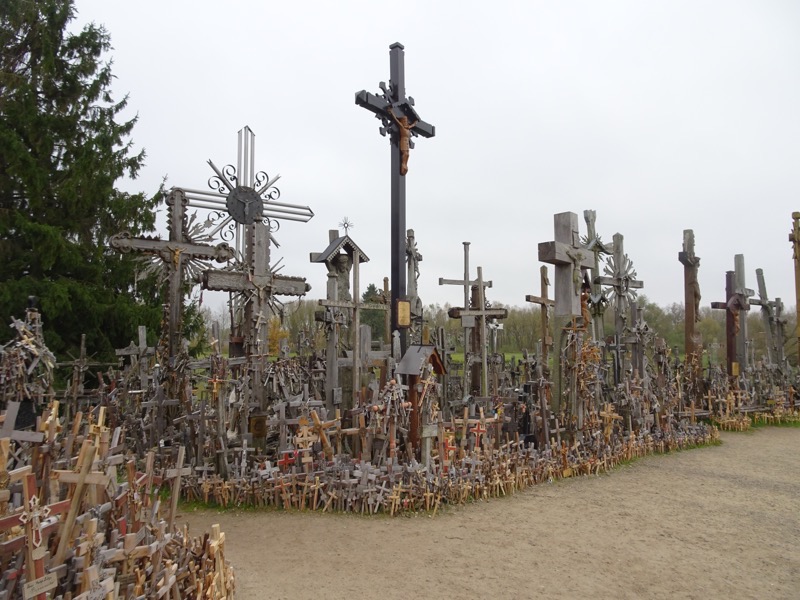 After we left the Hill of Crosses, we head off into blue skies and crazy cloud formations for the afternoon. In amongst blogging about yesterday, I was constantly staring out the window at these amazing clouds and the beautiful contrast in colours between the blue skies, the fluffy white clouds, the lush green grass and the yellow autumn leaves. My speed landscape photography is improving every day!
After we left the Hill of Crosses, we head off into blue skies and crazy cloud formations for the afternoon. In amongst blogging about yesterday, I was constantly staring out the window at these amazing clouds and the beautiful contrast in colours between the blue skies, the fluffy white clouds, the lush green grass and the yellow autumn leaves. My speed landscape photography is improving every day!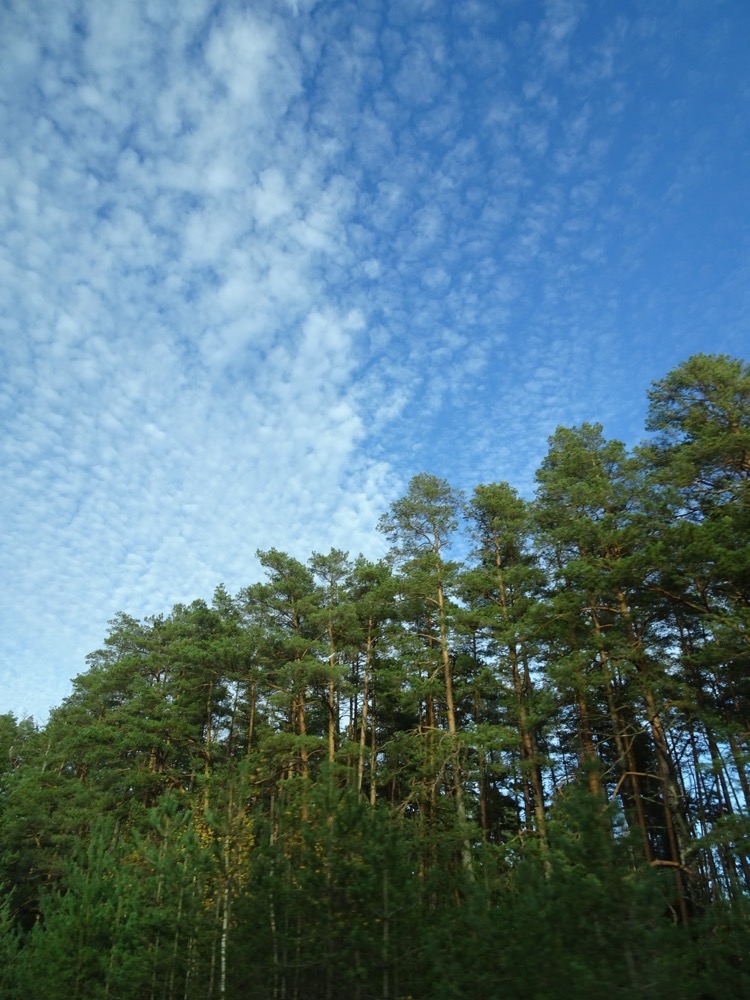 Ooh look, lots of military vehicles and suddenly lo’ and behold another unmanned border between Lithuania and Latvia.
Ooh look, lots of military vehicles and suddenly lo’ and behold another unmanned border between Lithuania and Latvia.


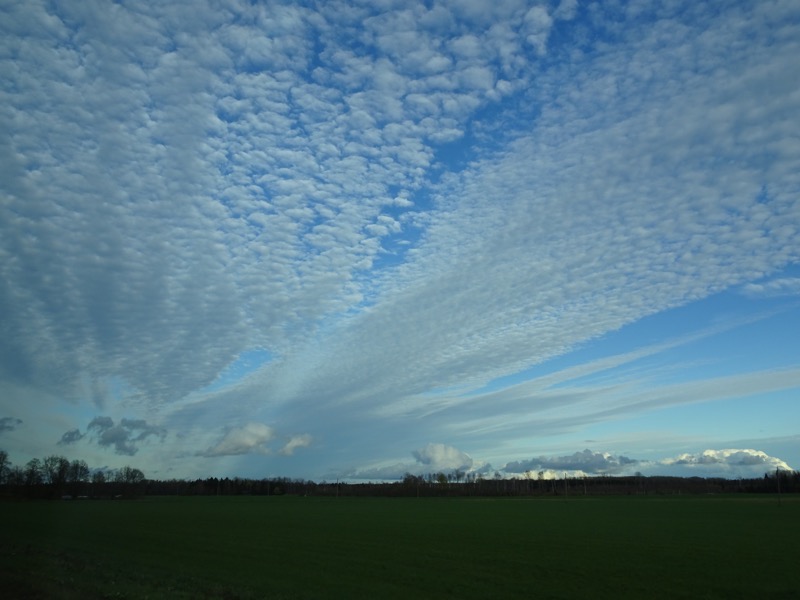 Look at this, I mean look at it:
Look at this, I mean look at it: 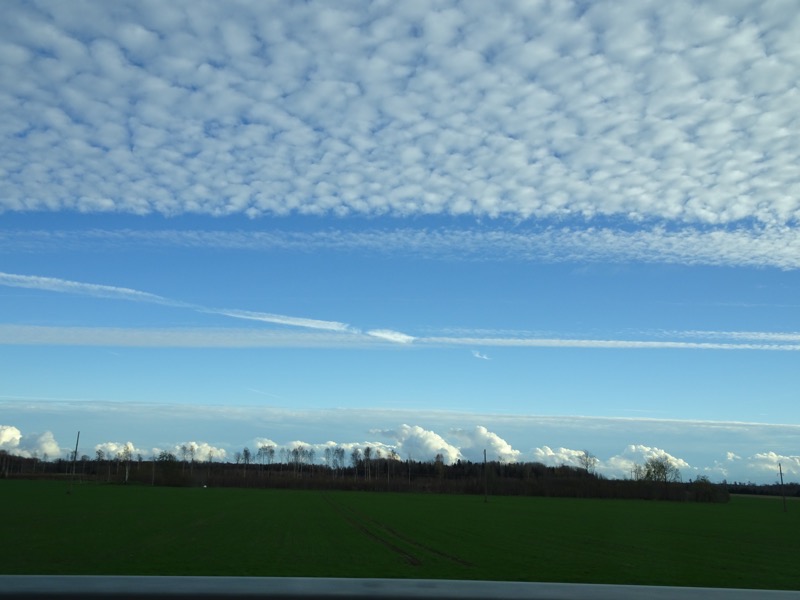 God bless the 4Gs. <3
God bless the 4Gs. <3 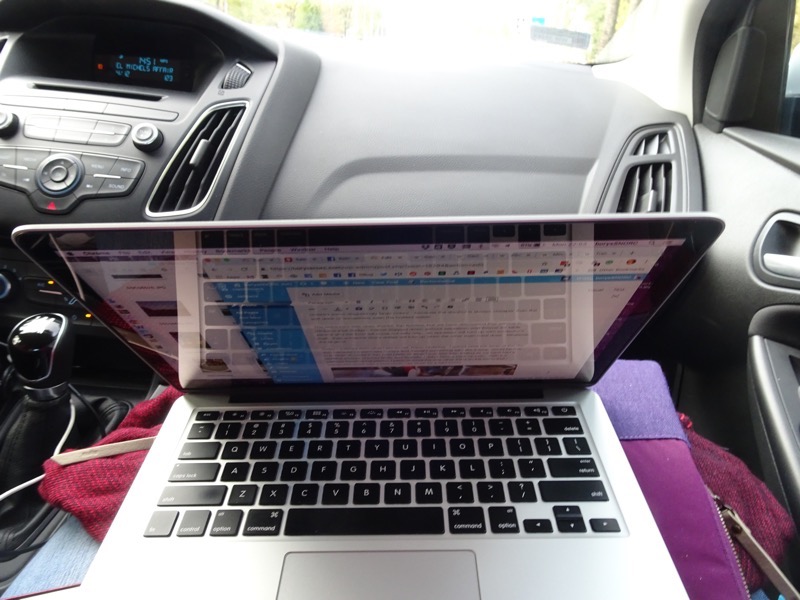
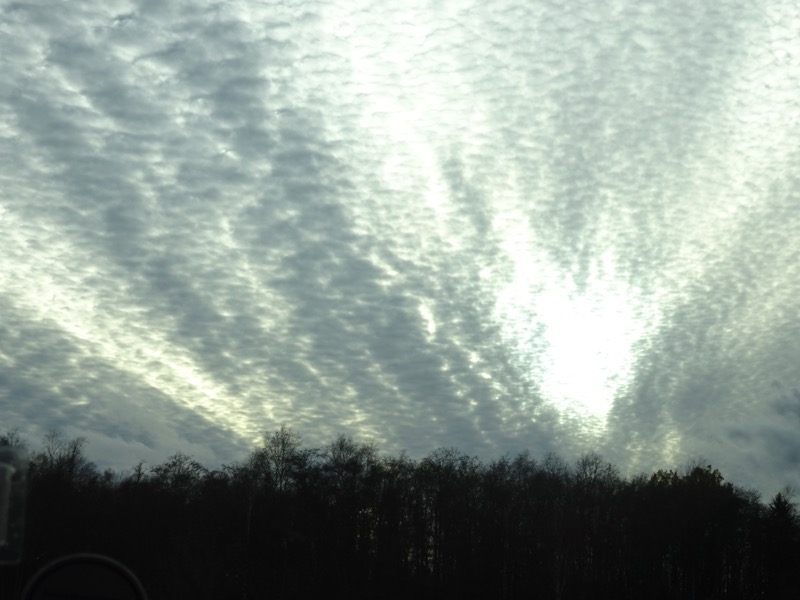
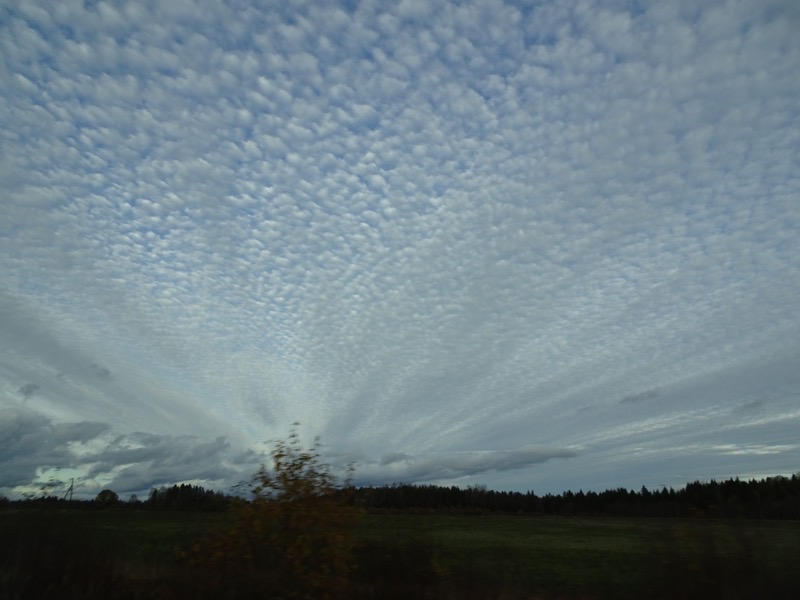
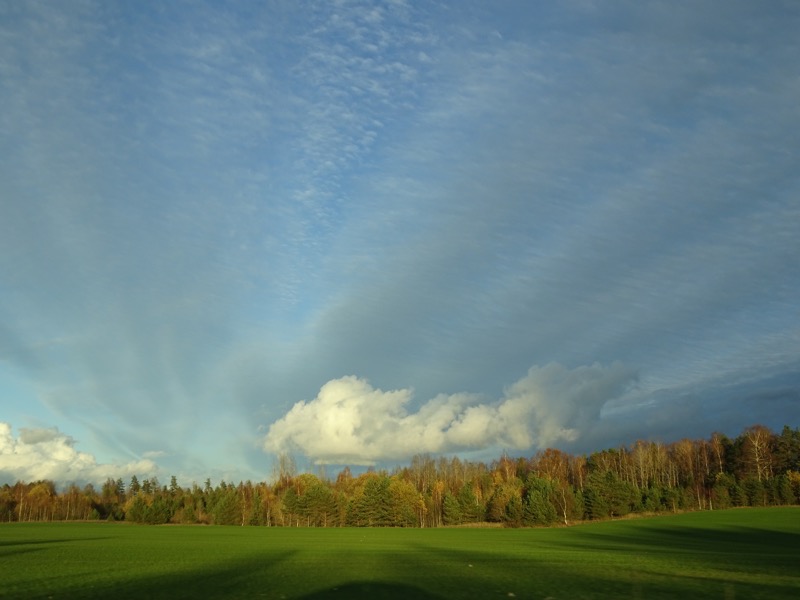 Stunning landscapes as we drove through the Lithuanian and subsequently Estonian countryside. Here lies the real benefit of not flying.
Stunning landscapes as we drove through the Lithuanian and subsequently Estonian countryside. Here lies the real benefit of not flying.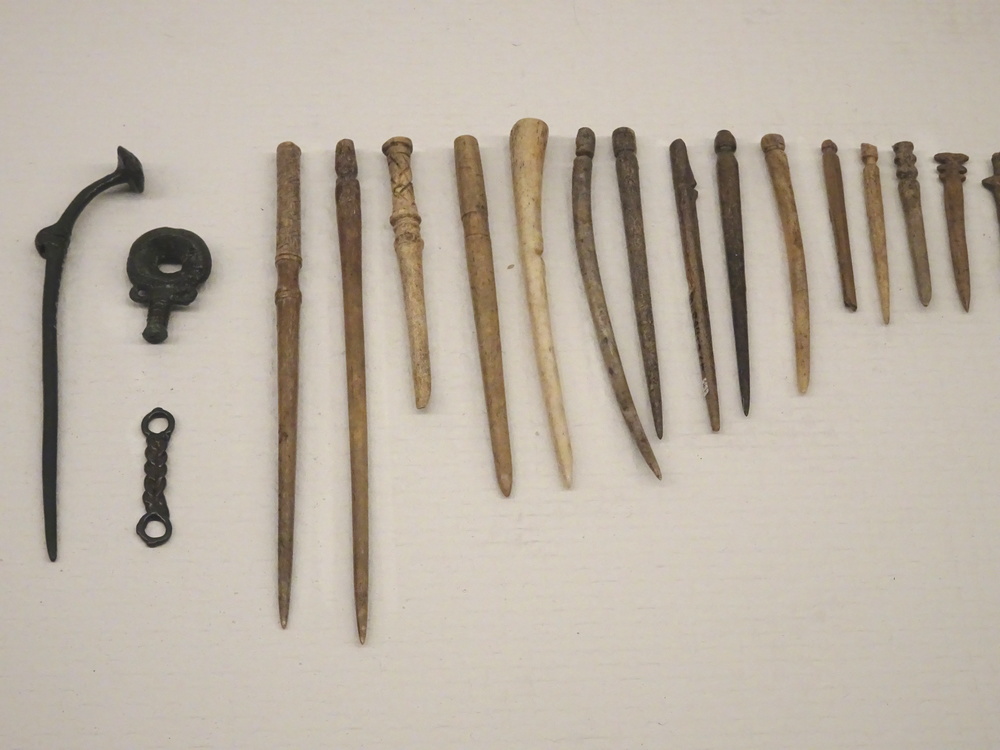
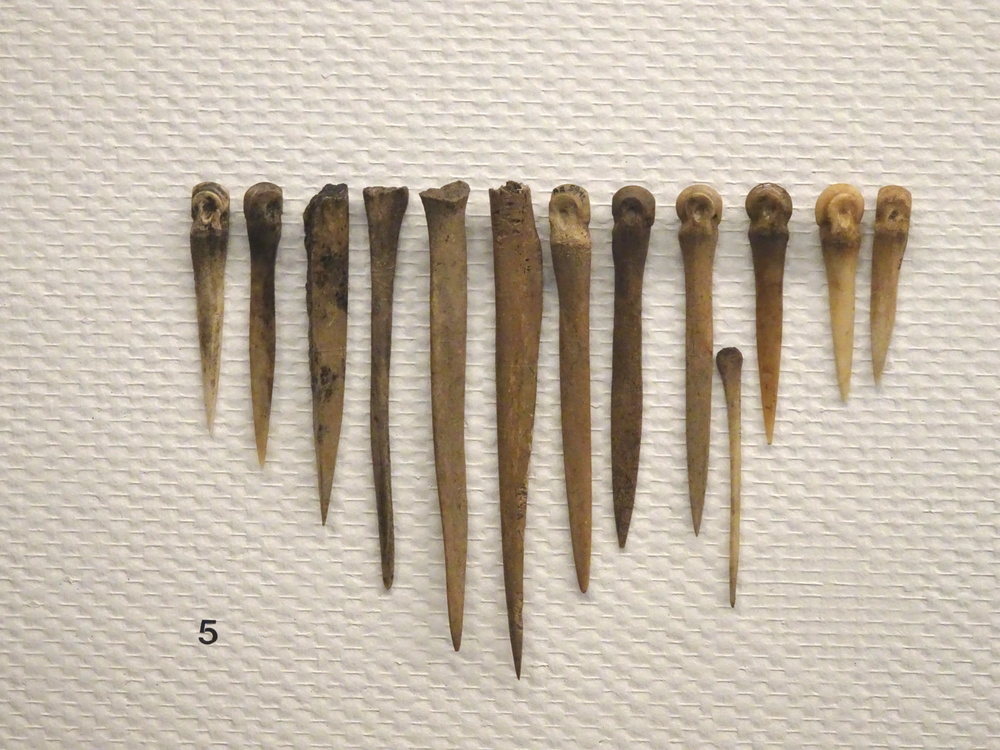
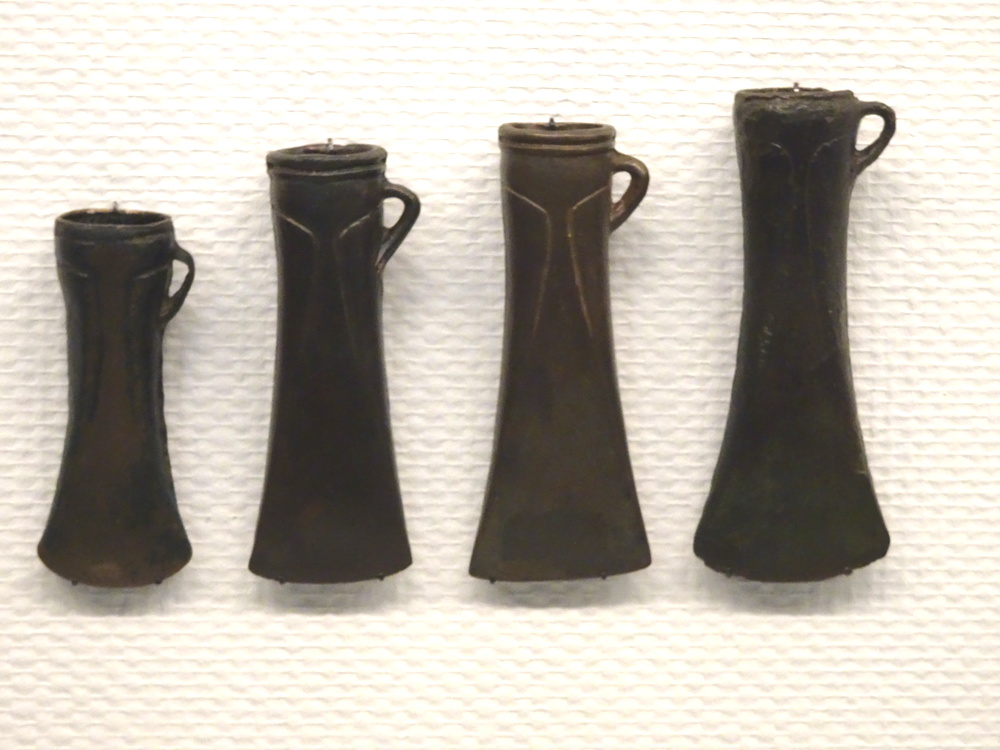
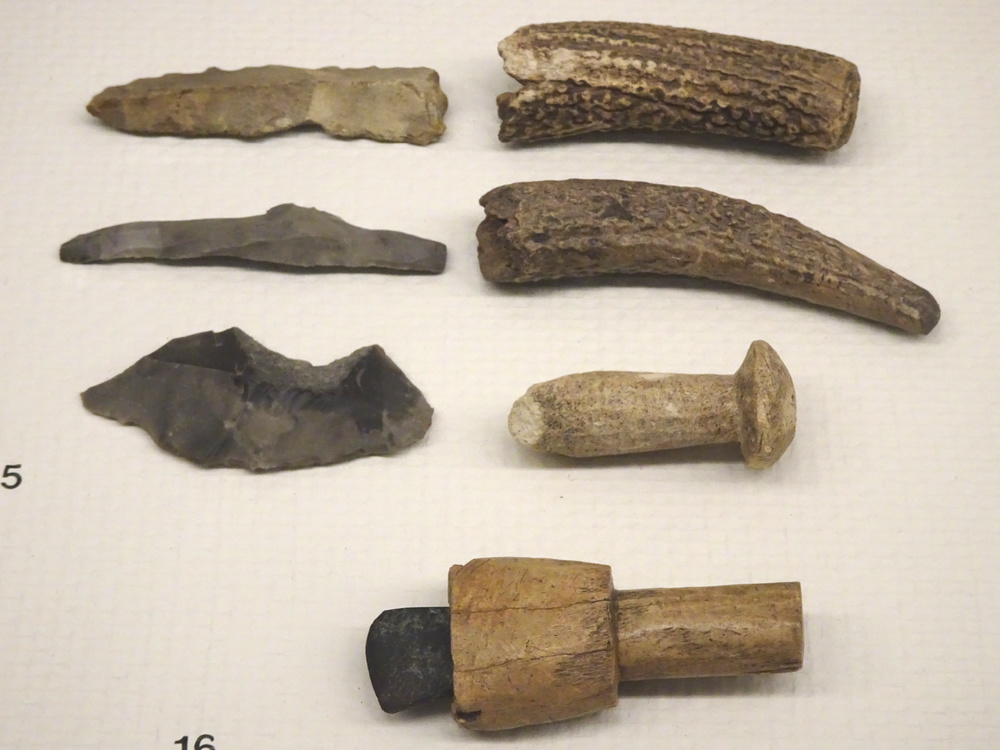
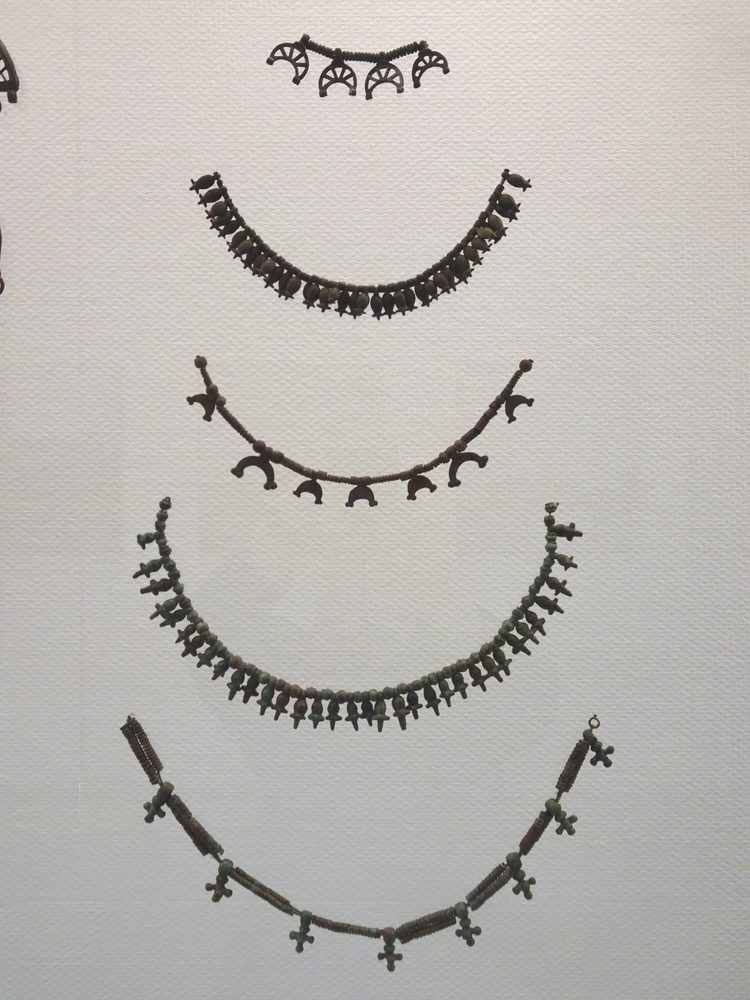
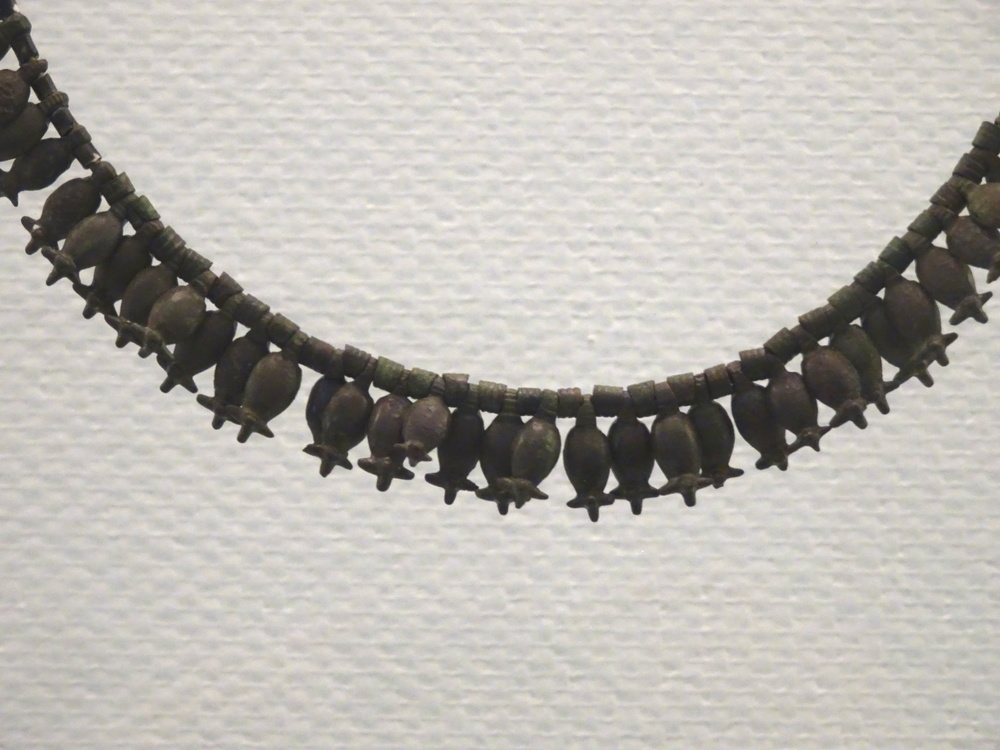
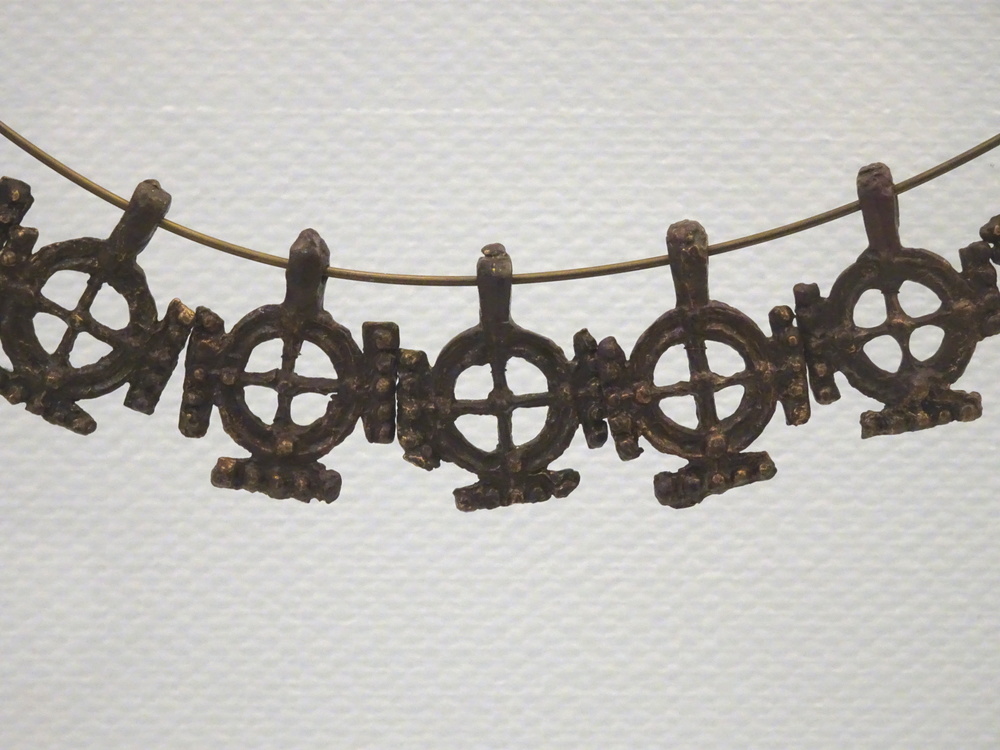
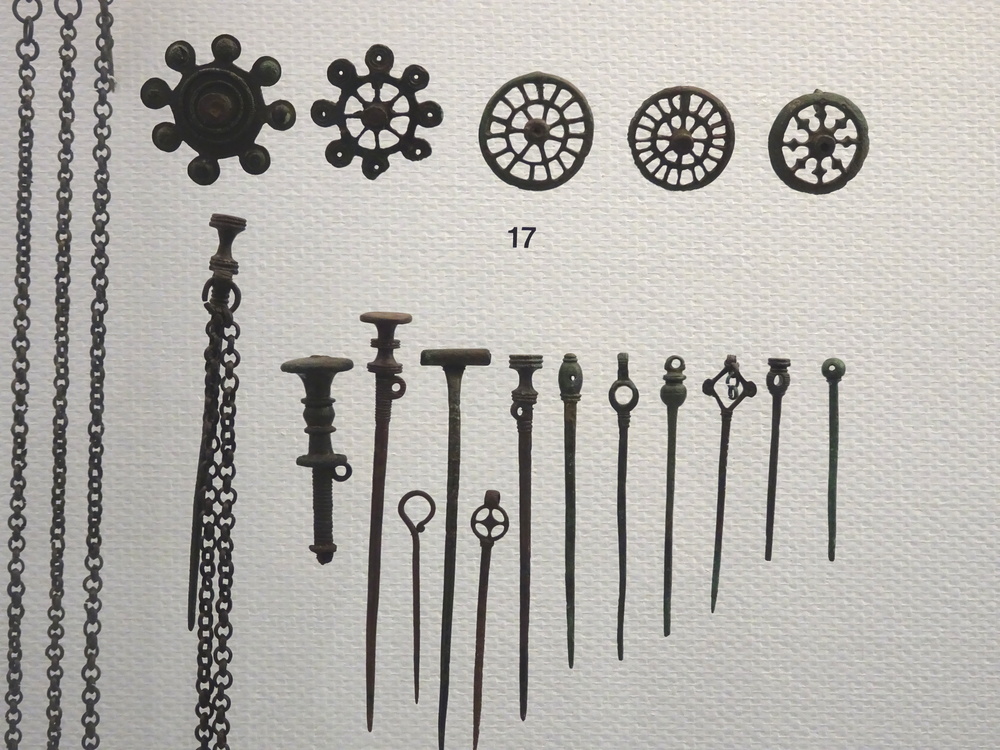
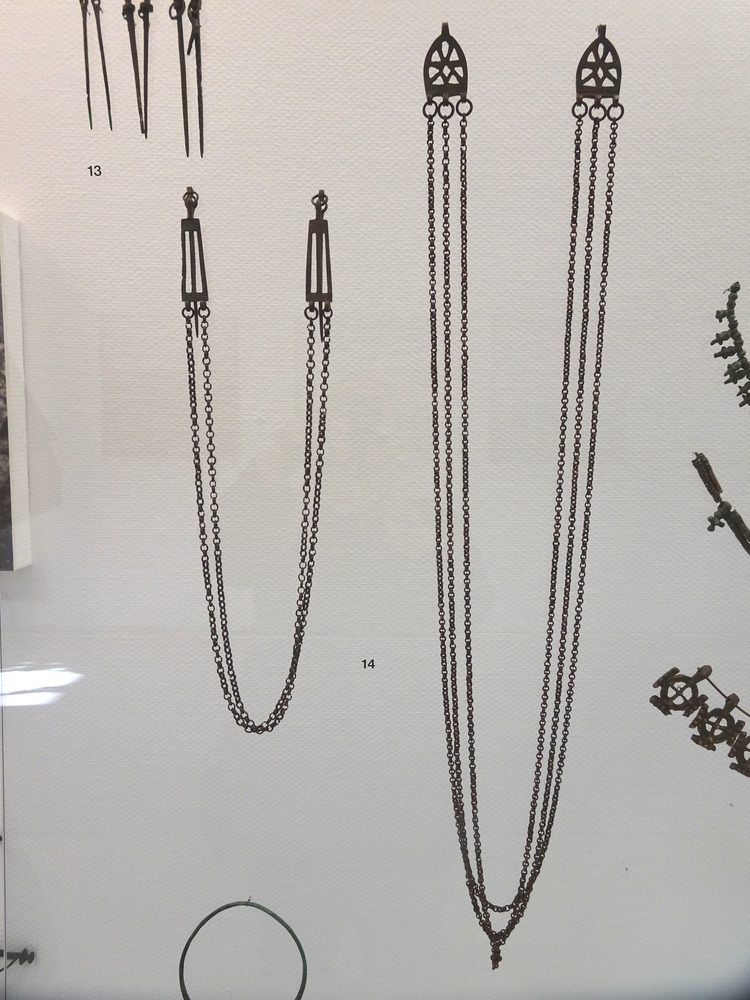
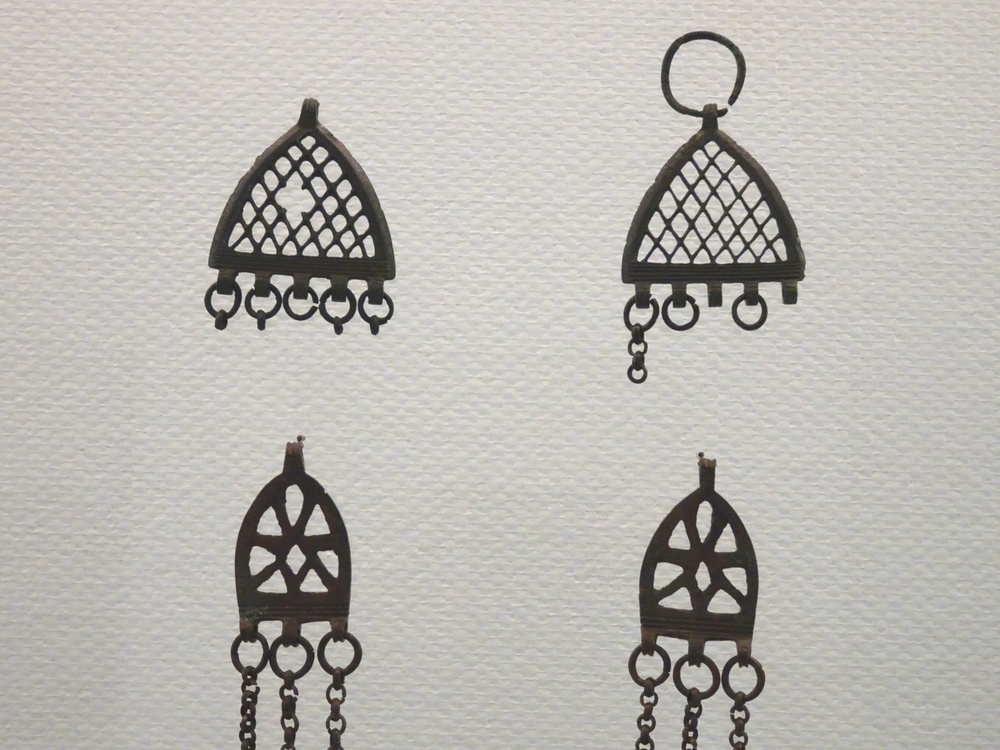
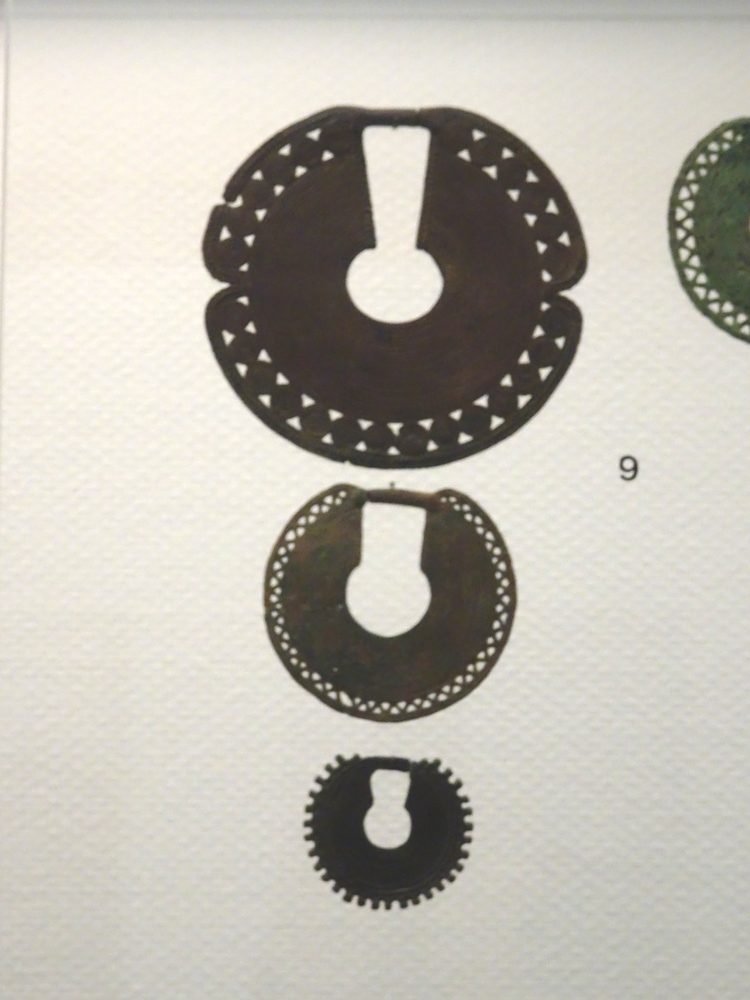
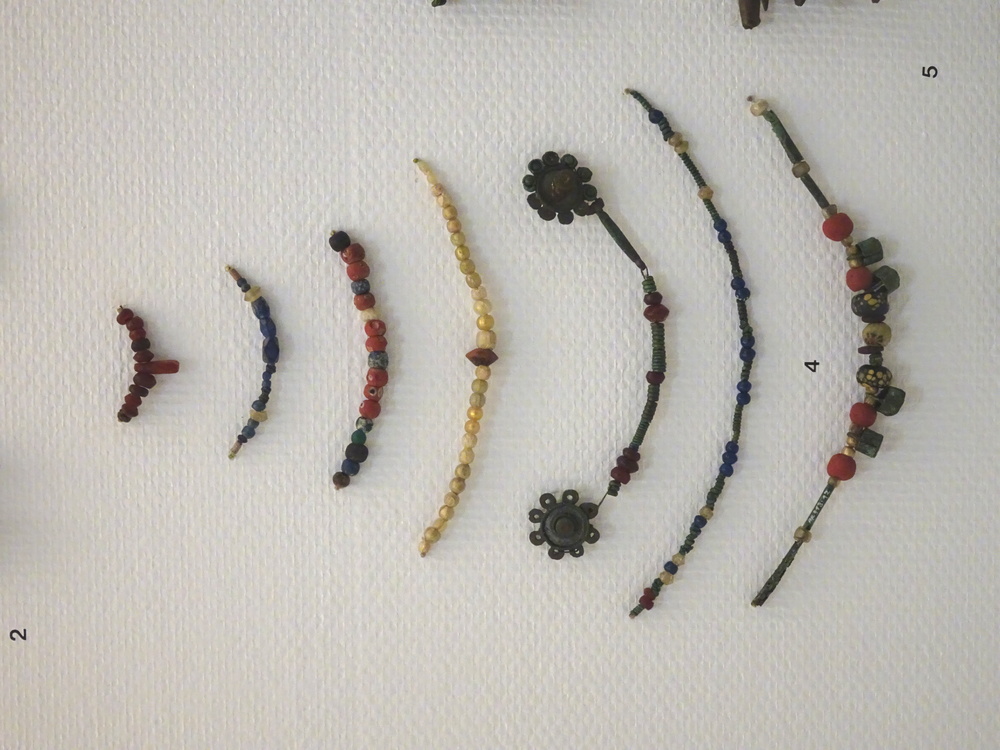
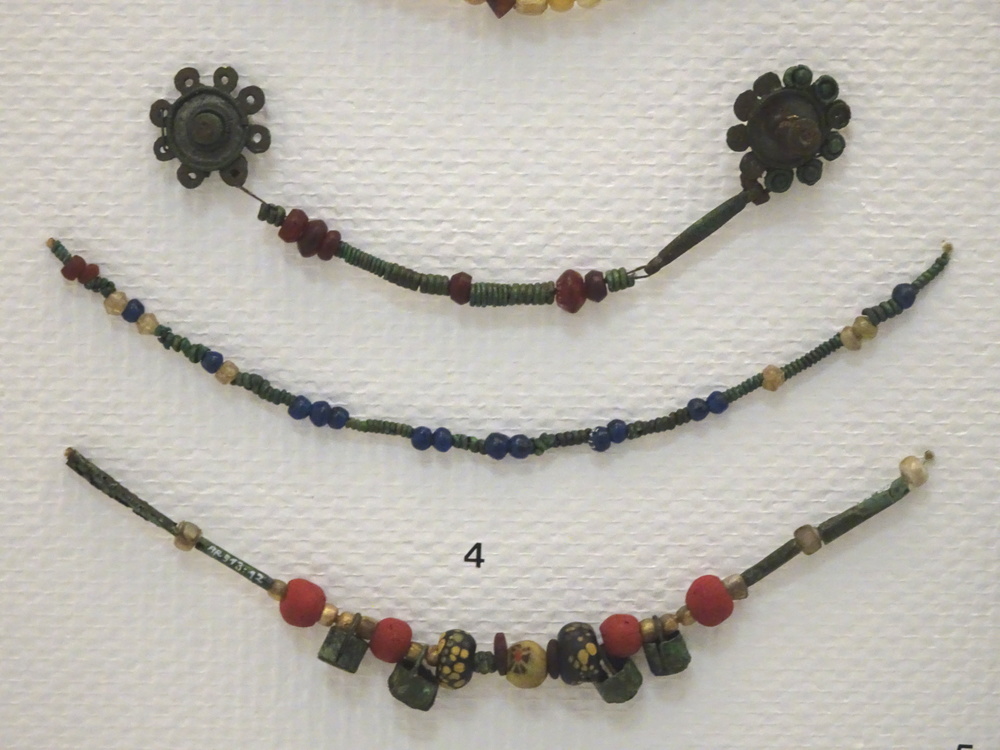
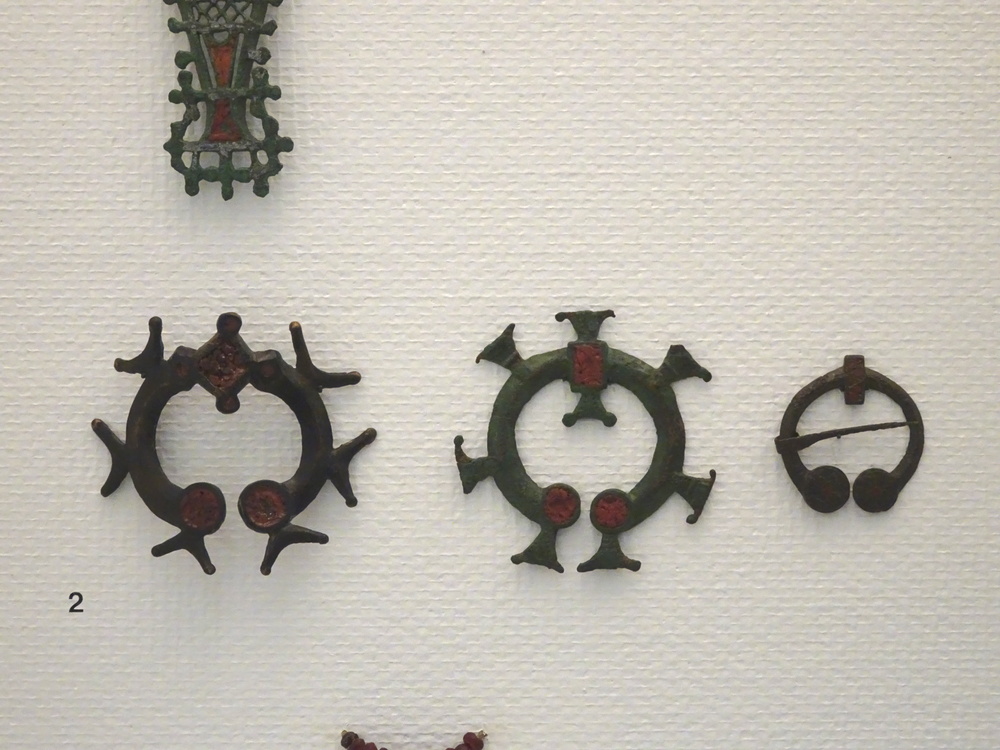
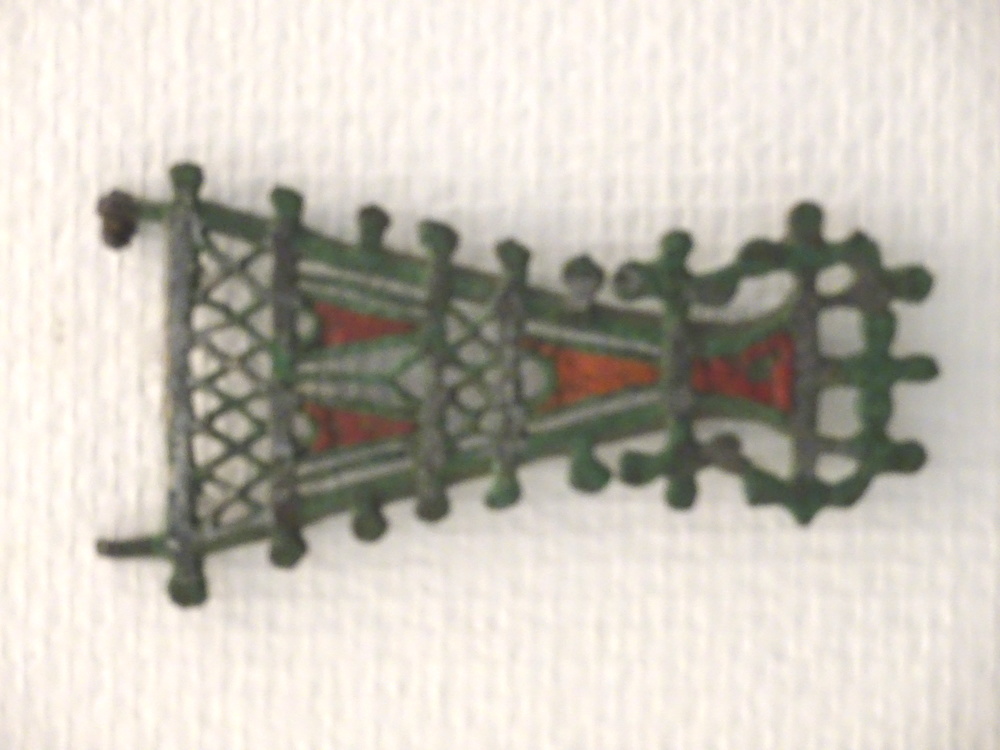
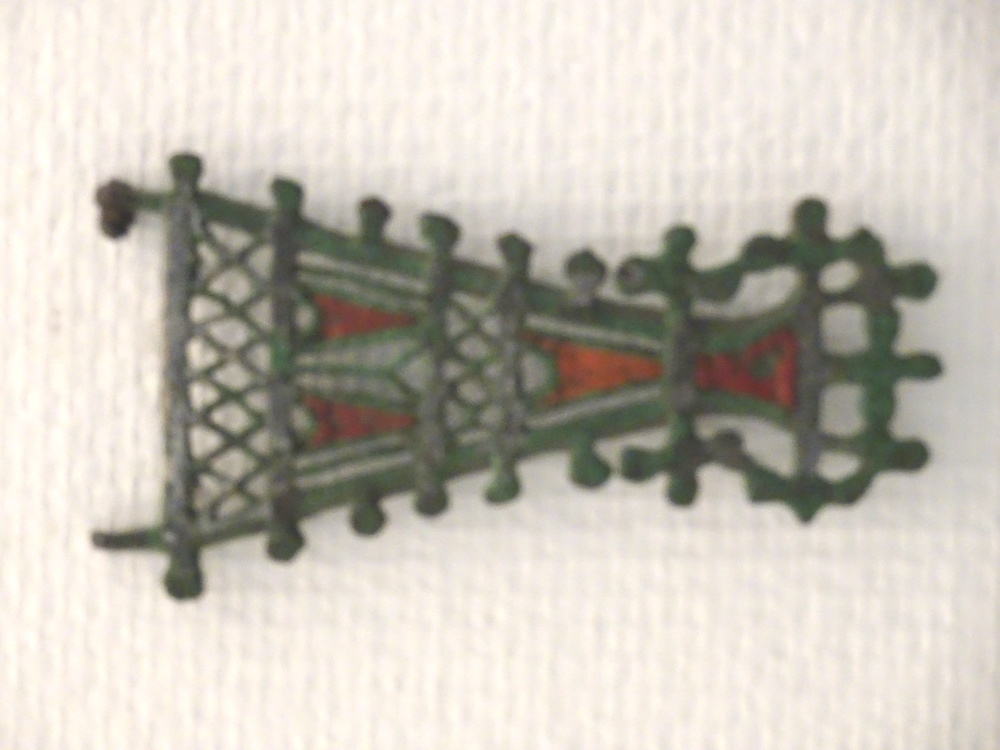
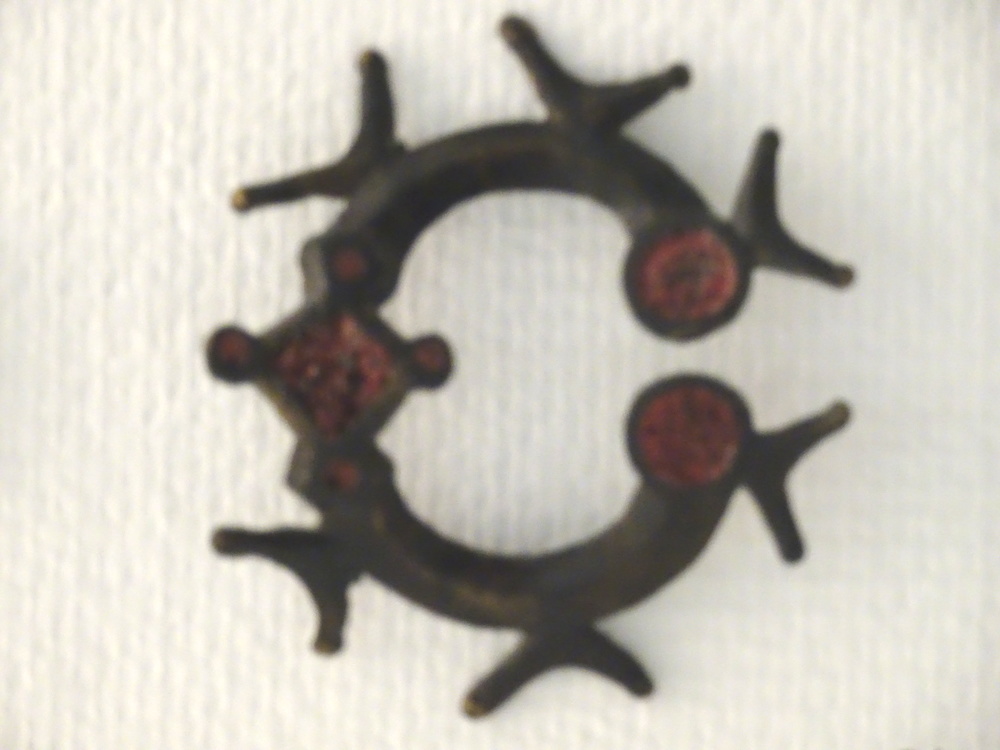
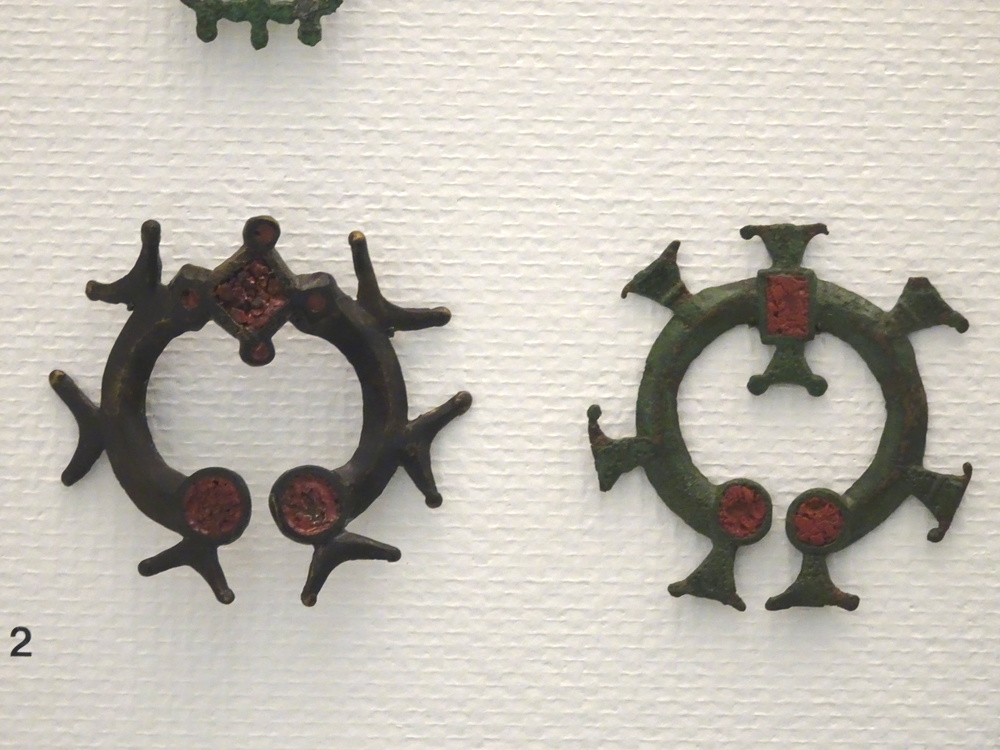
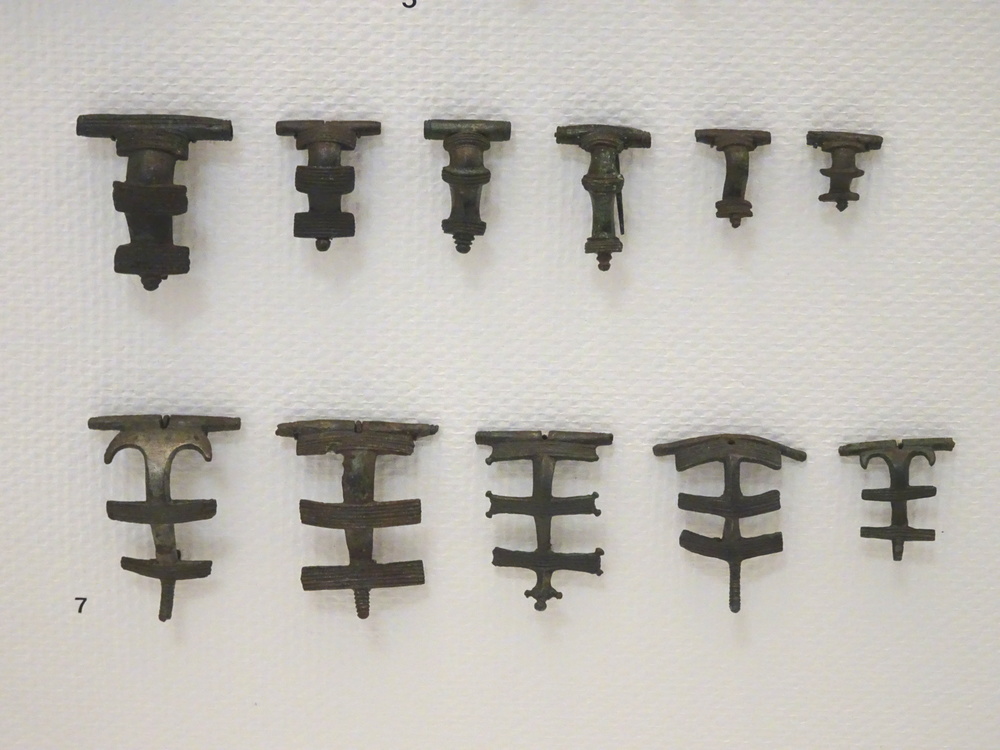
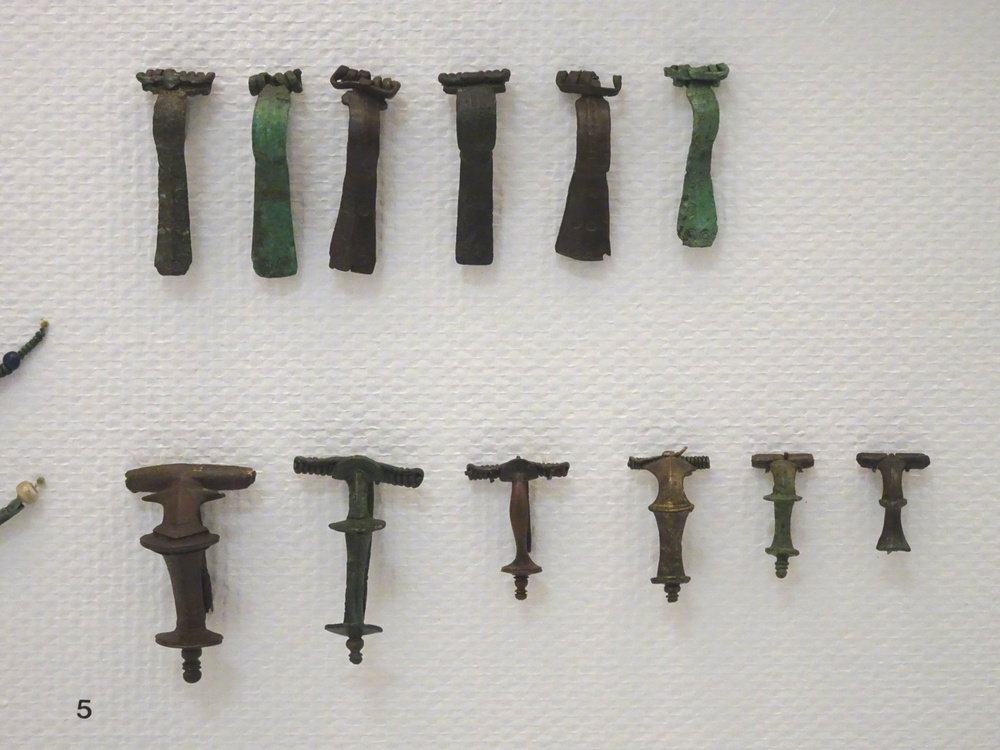
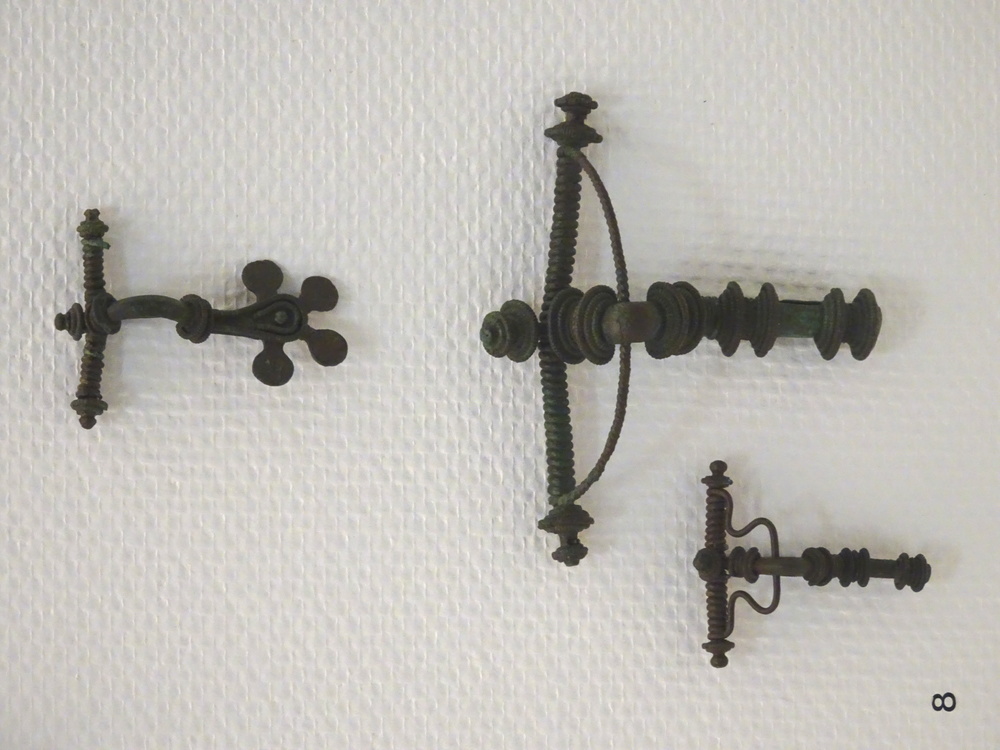
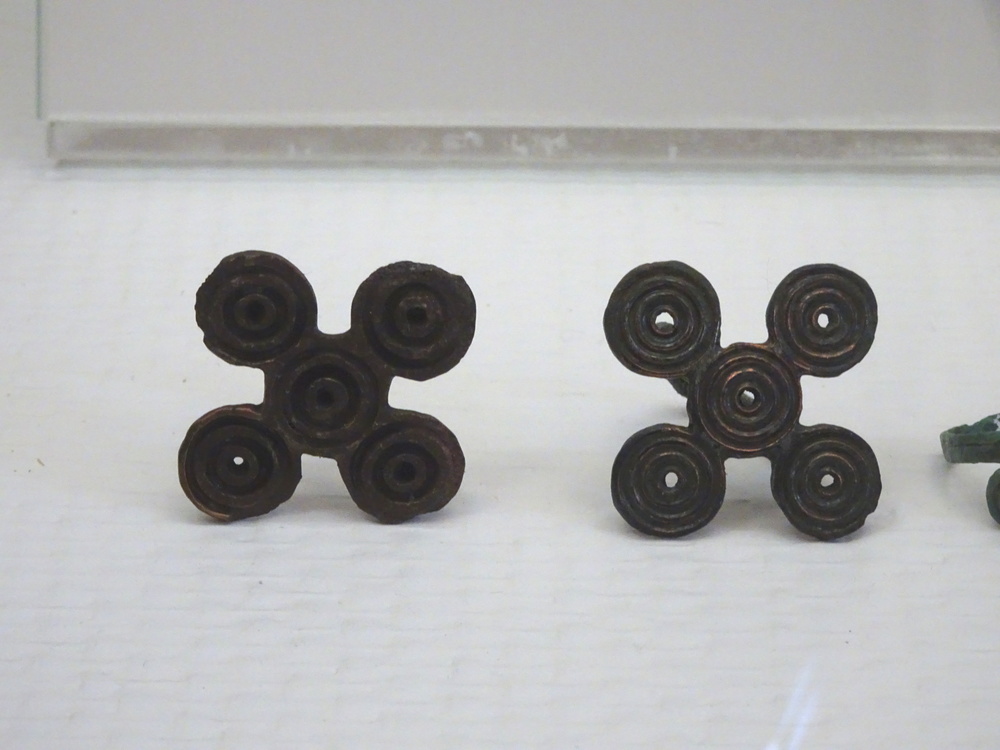
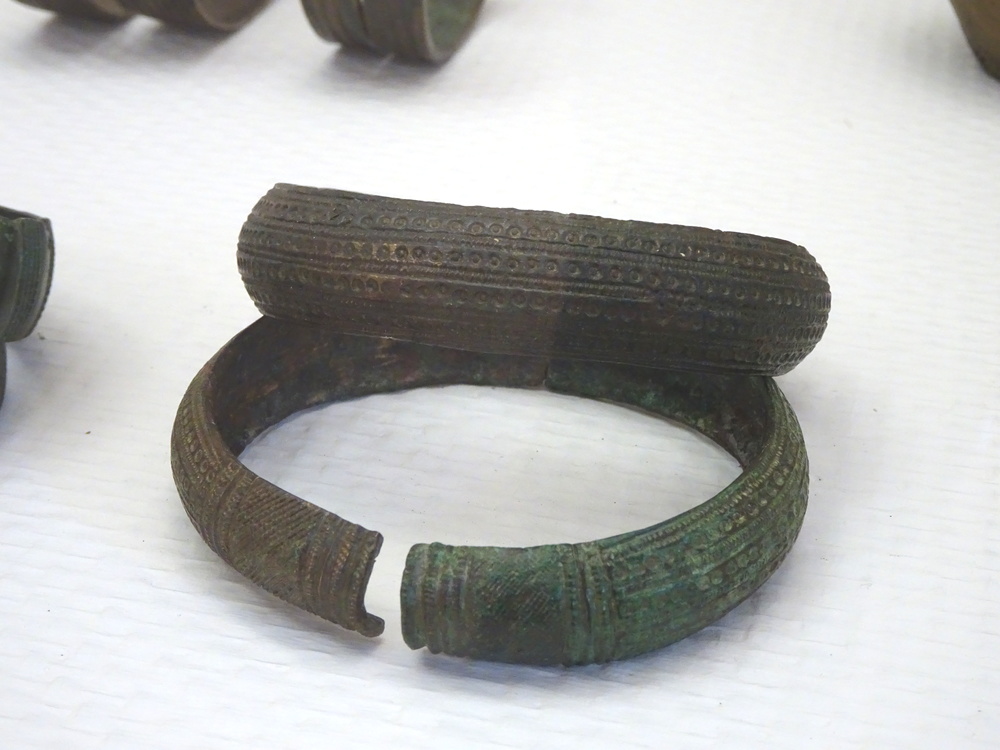
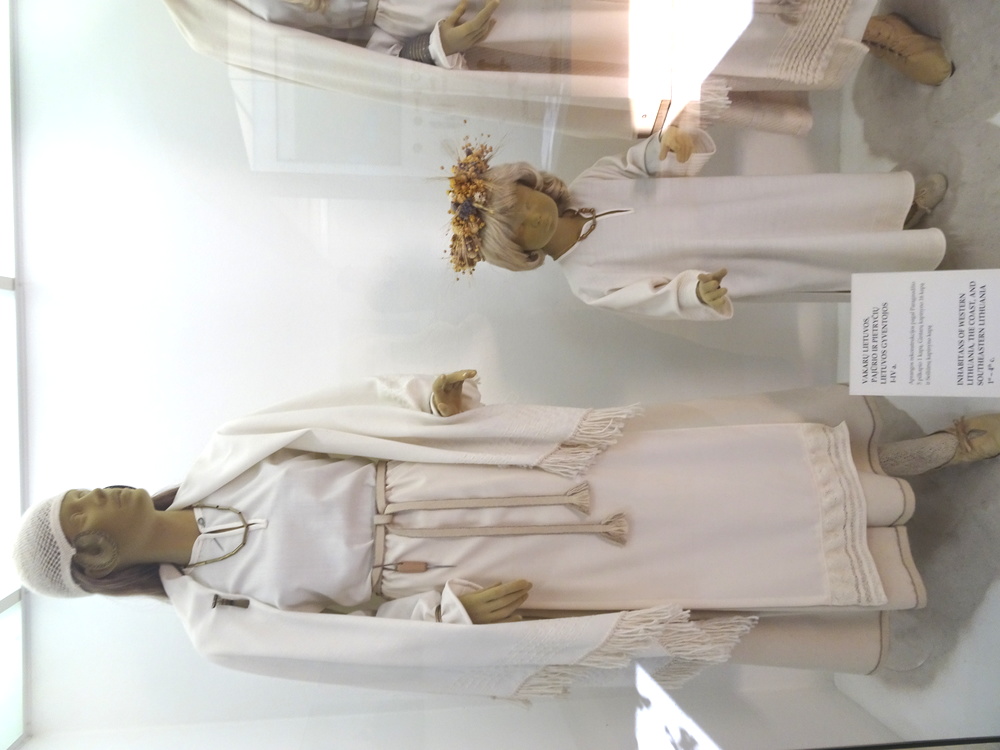
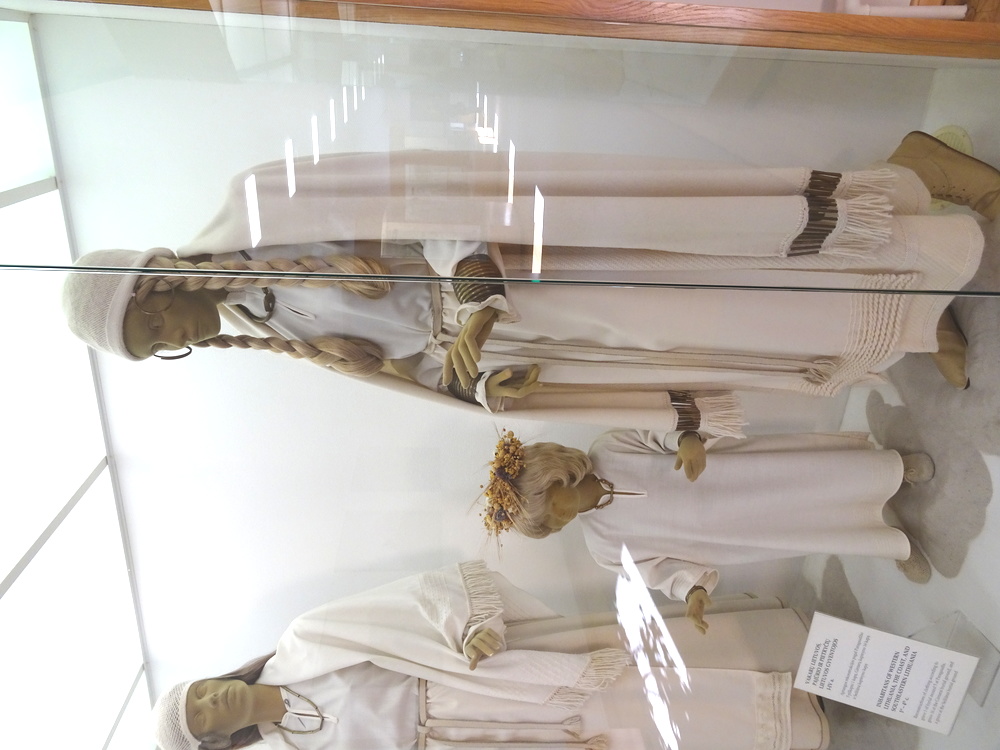
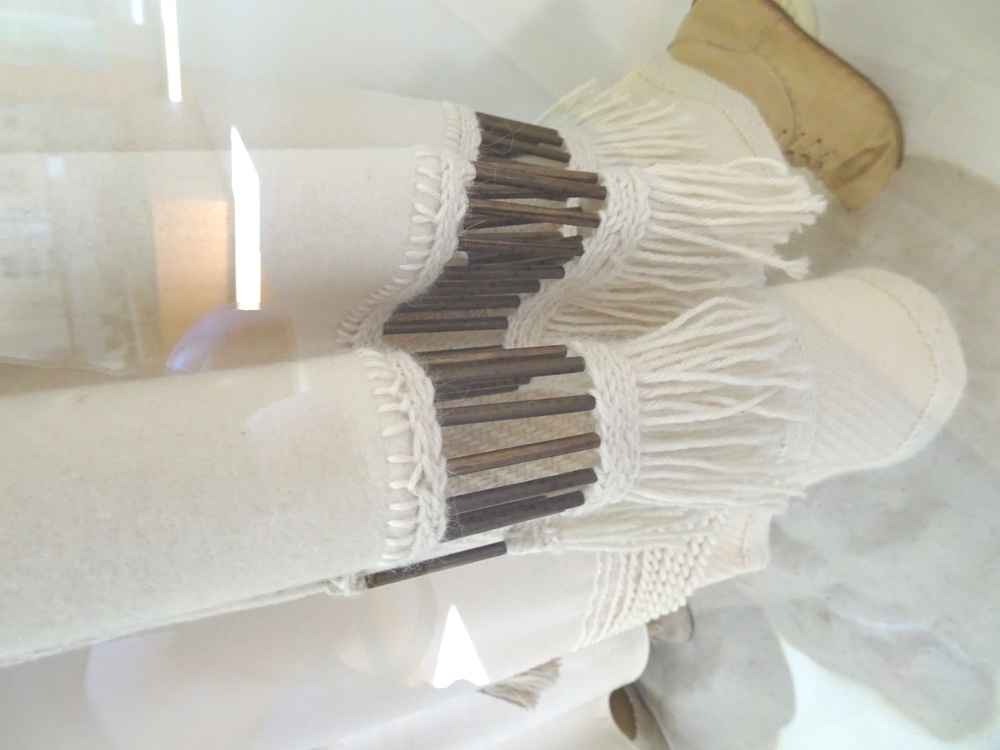
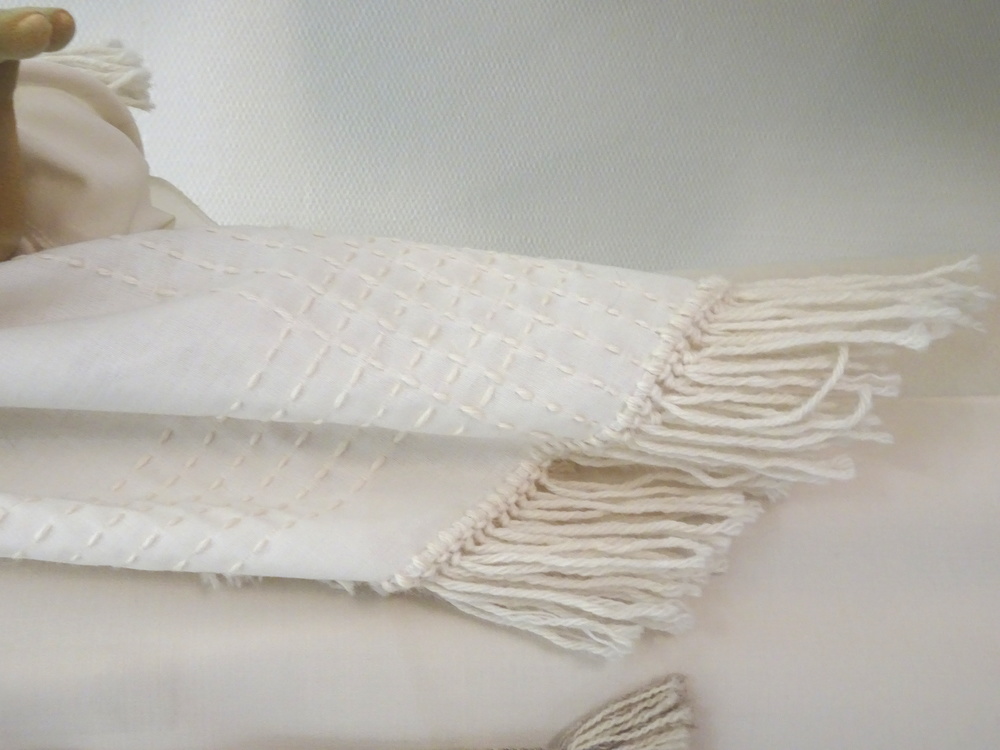
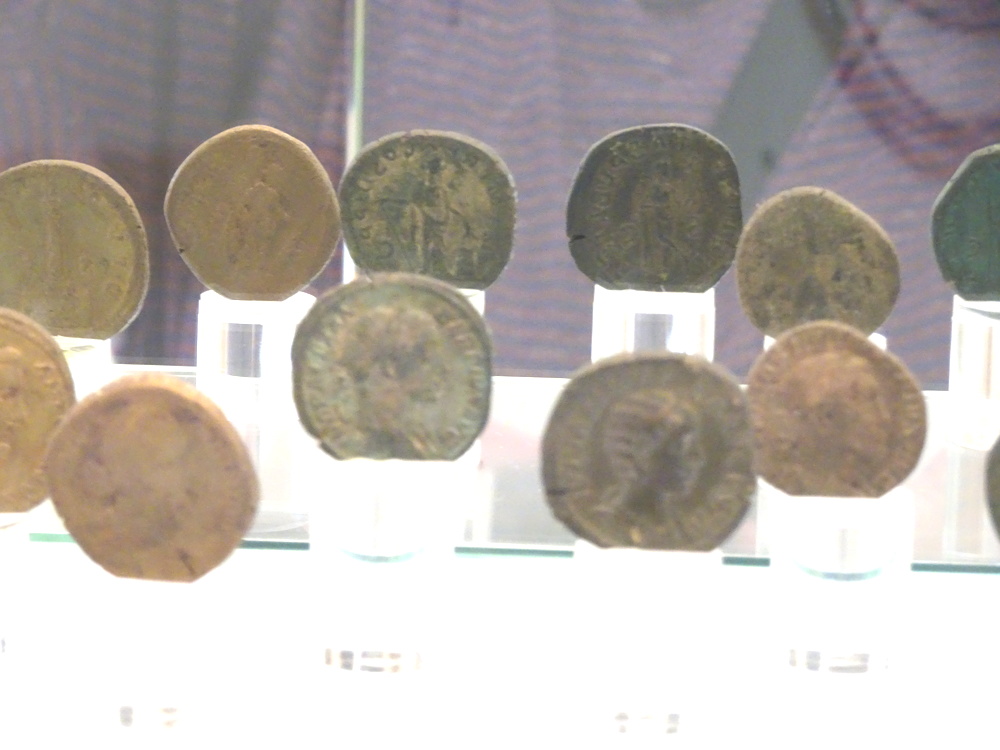
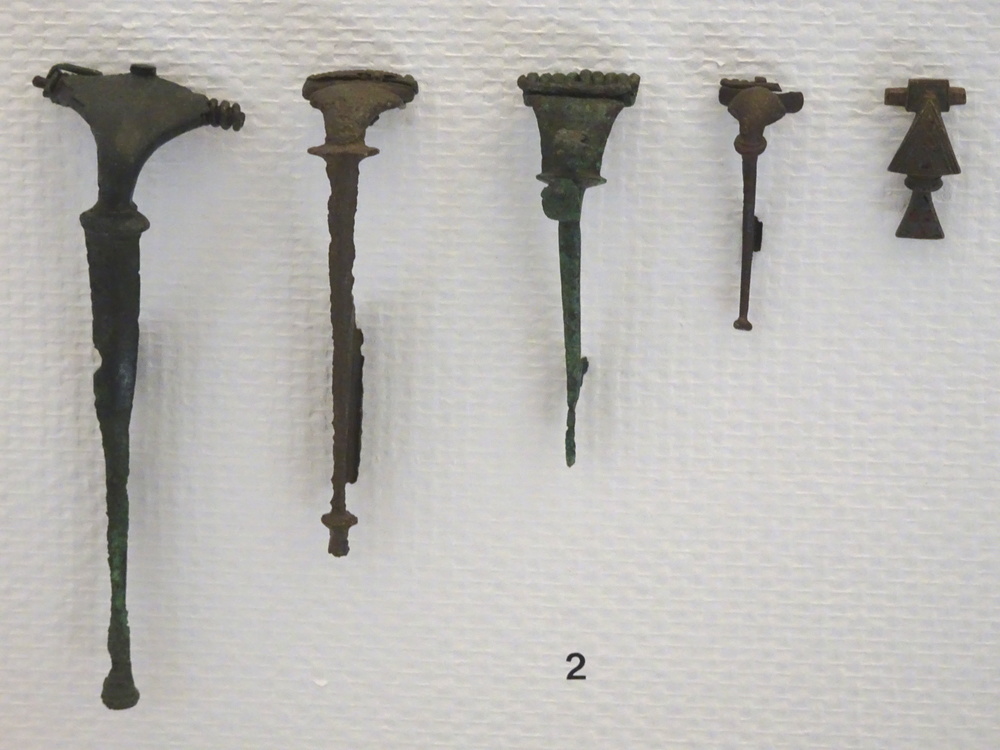
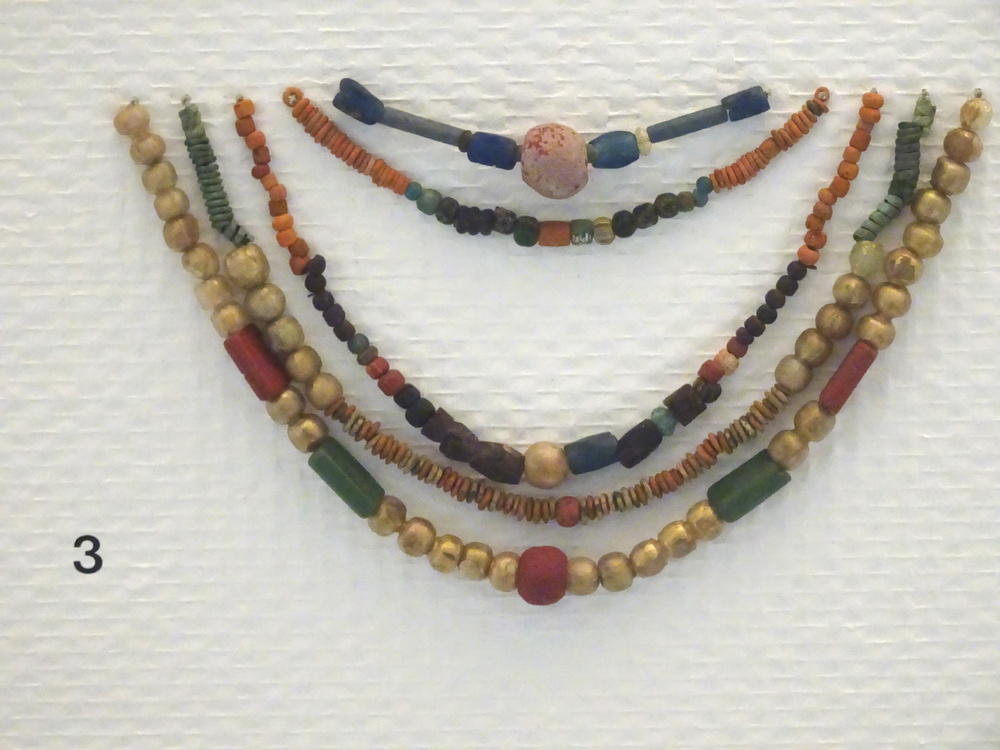
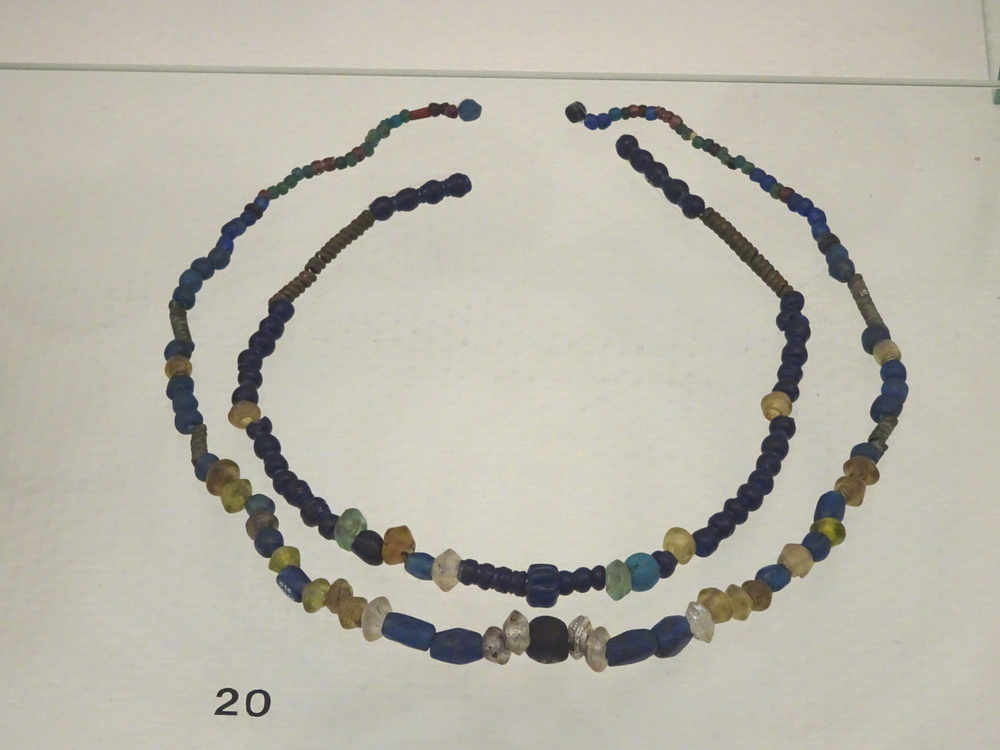
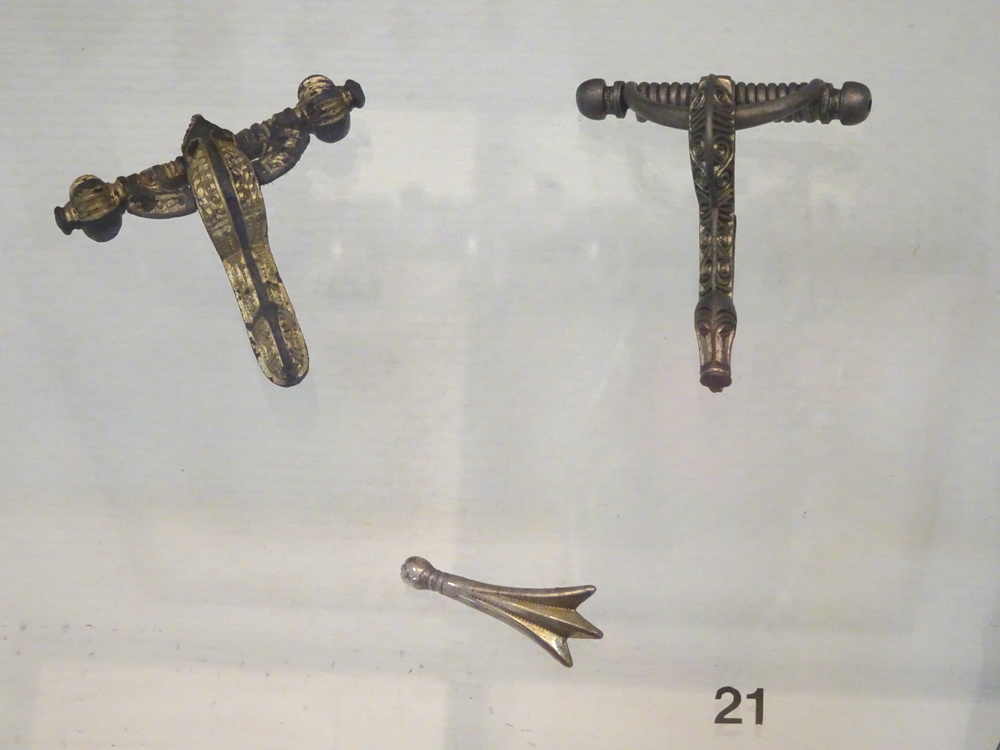
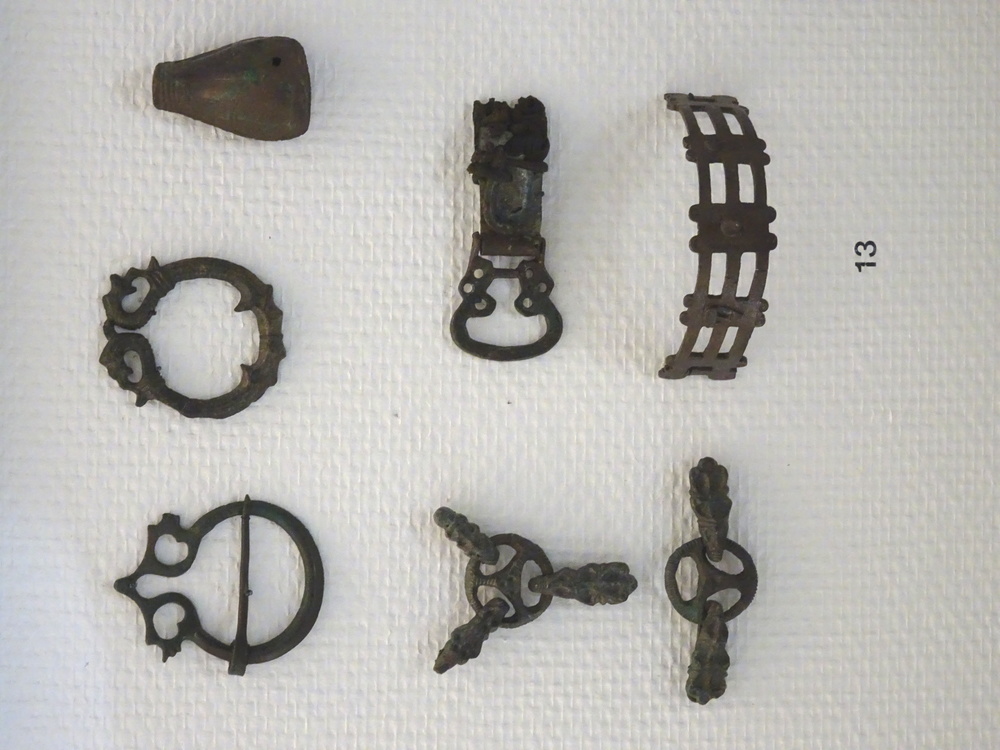
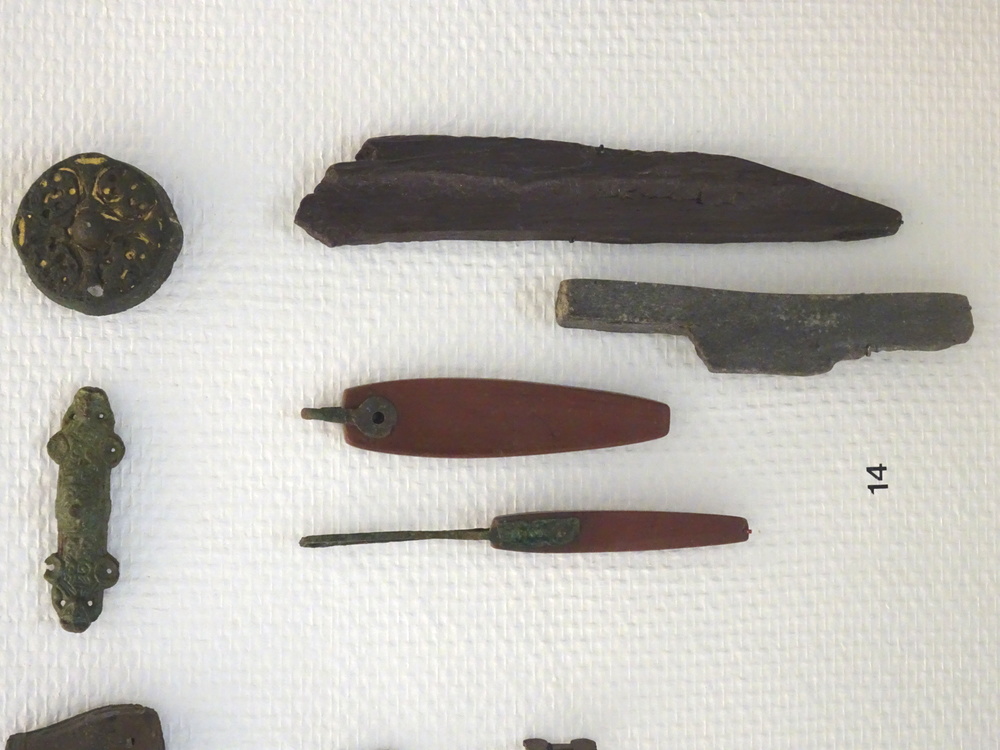
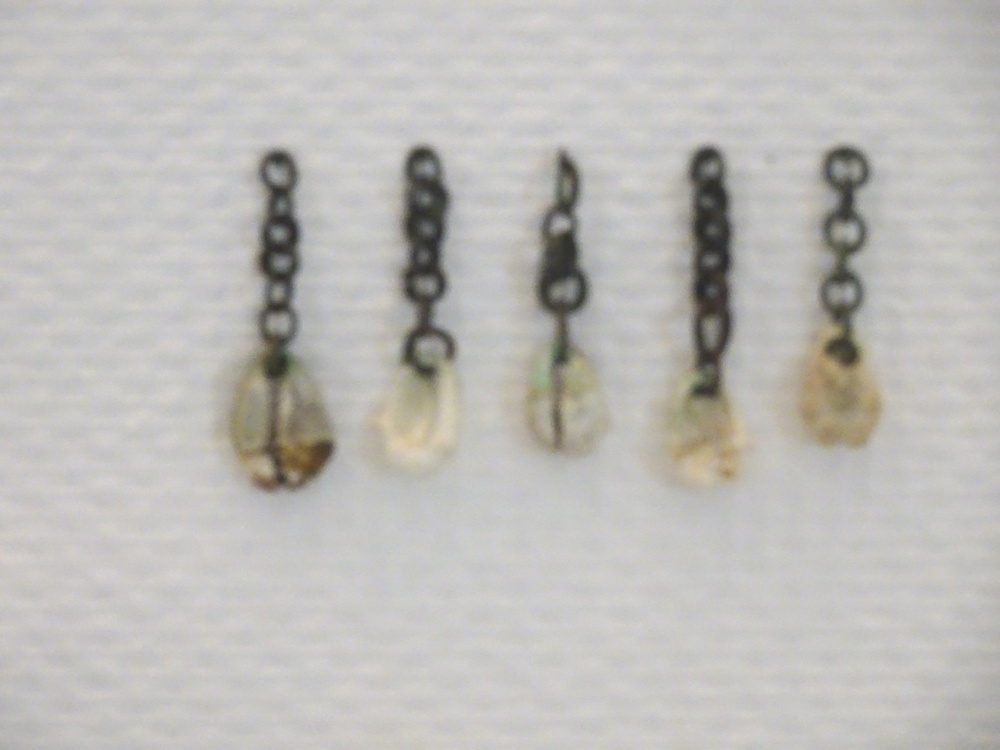
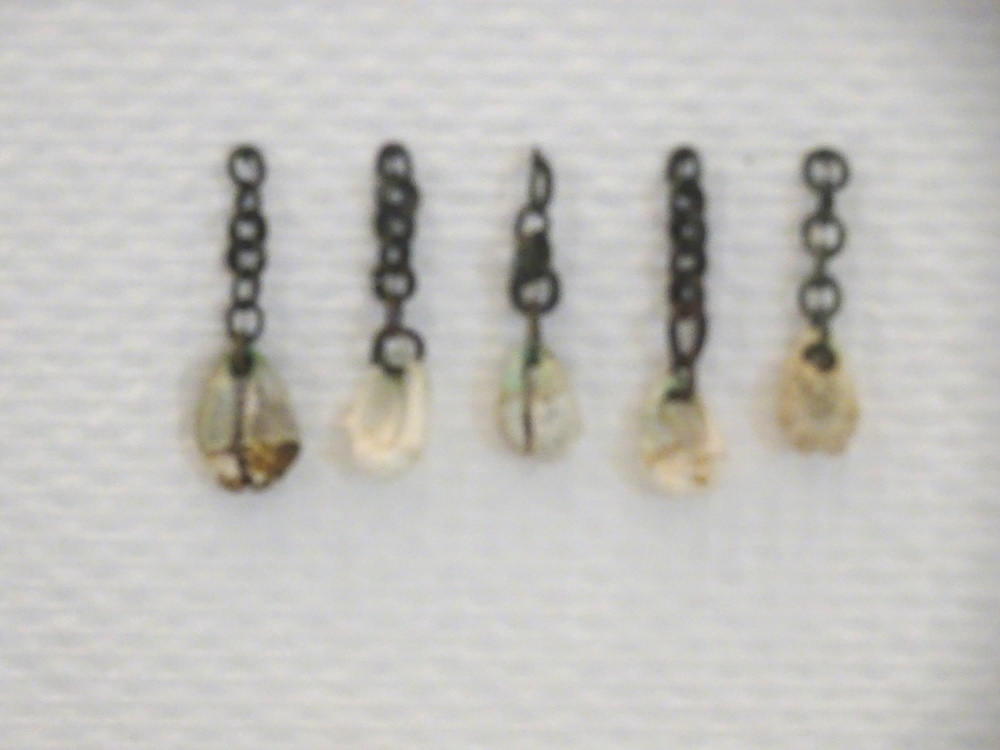
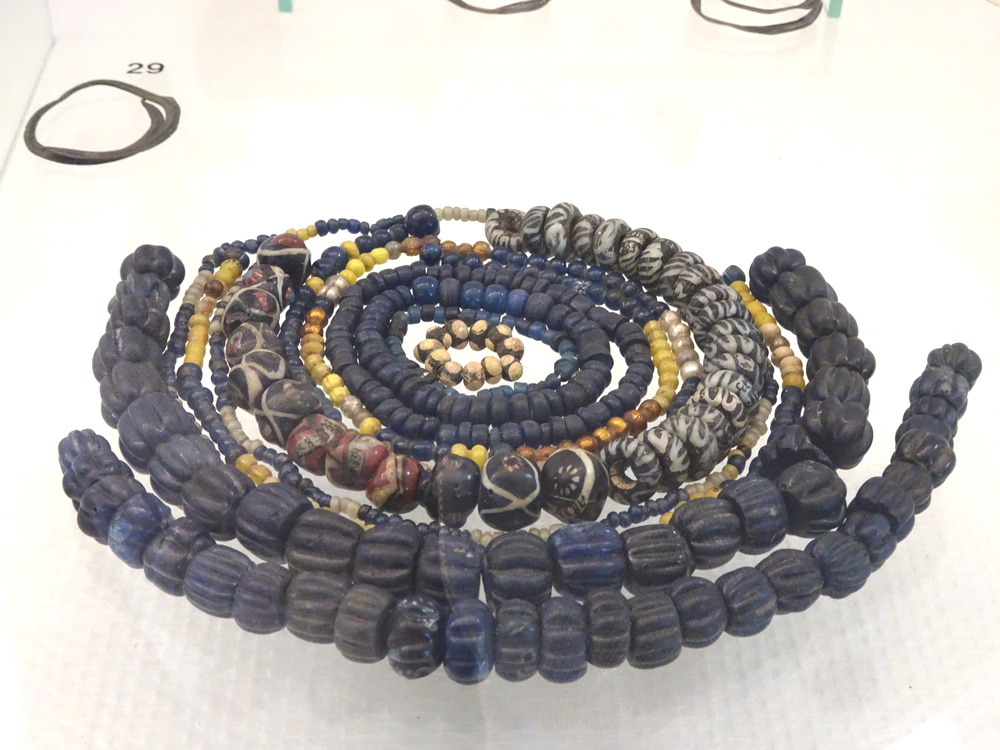
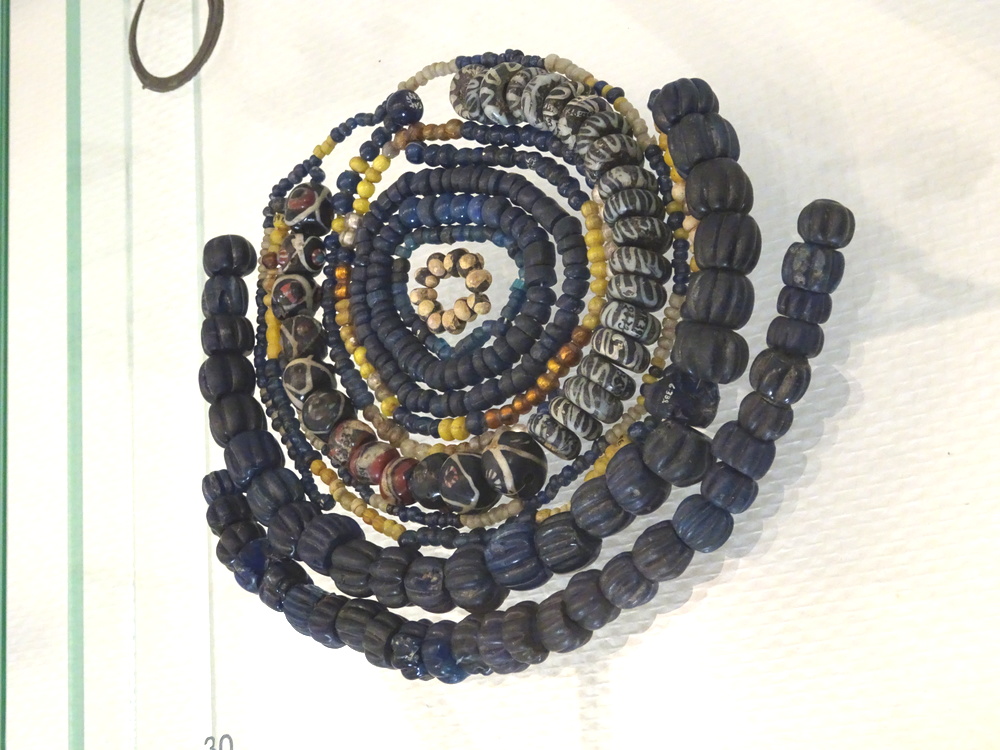
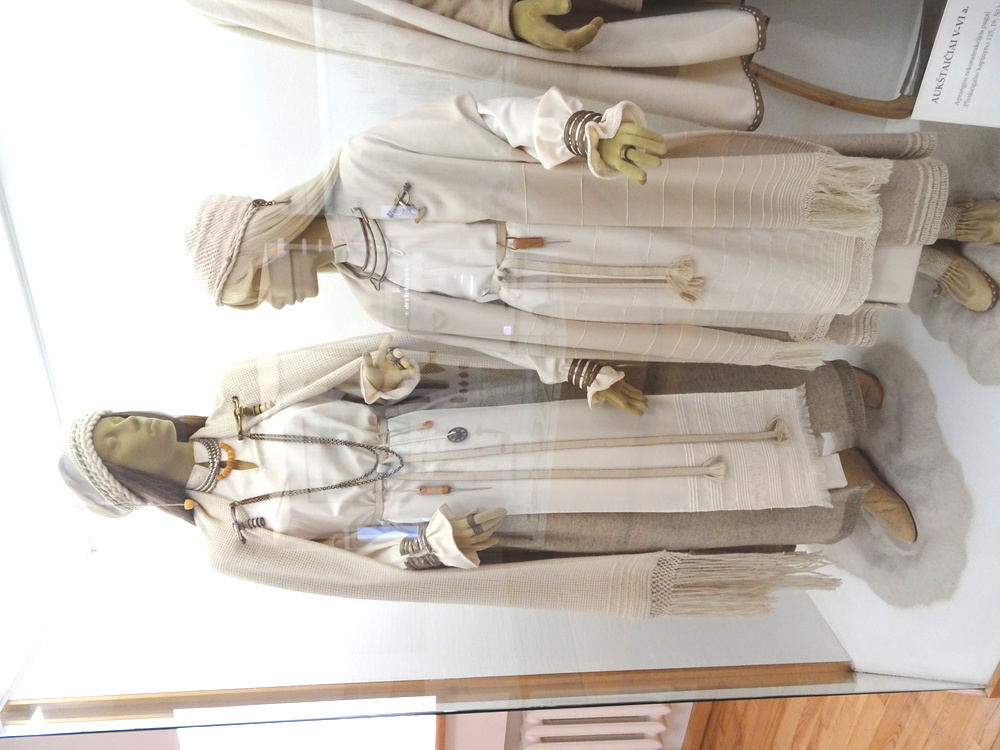
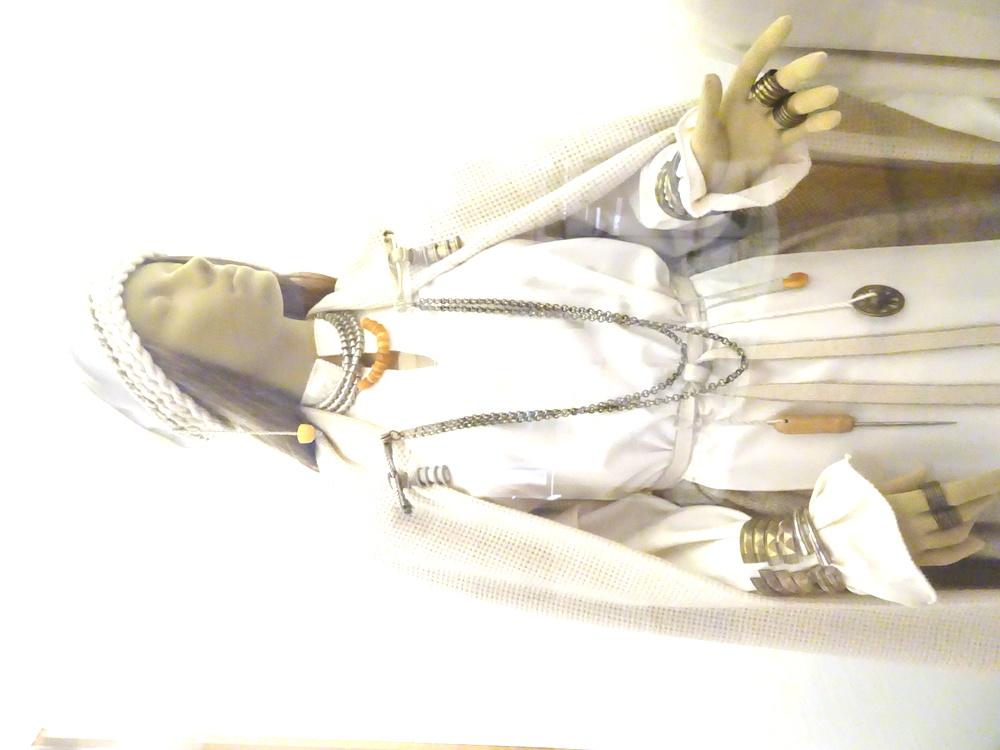
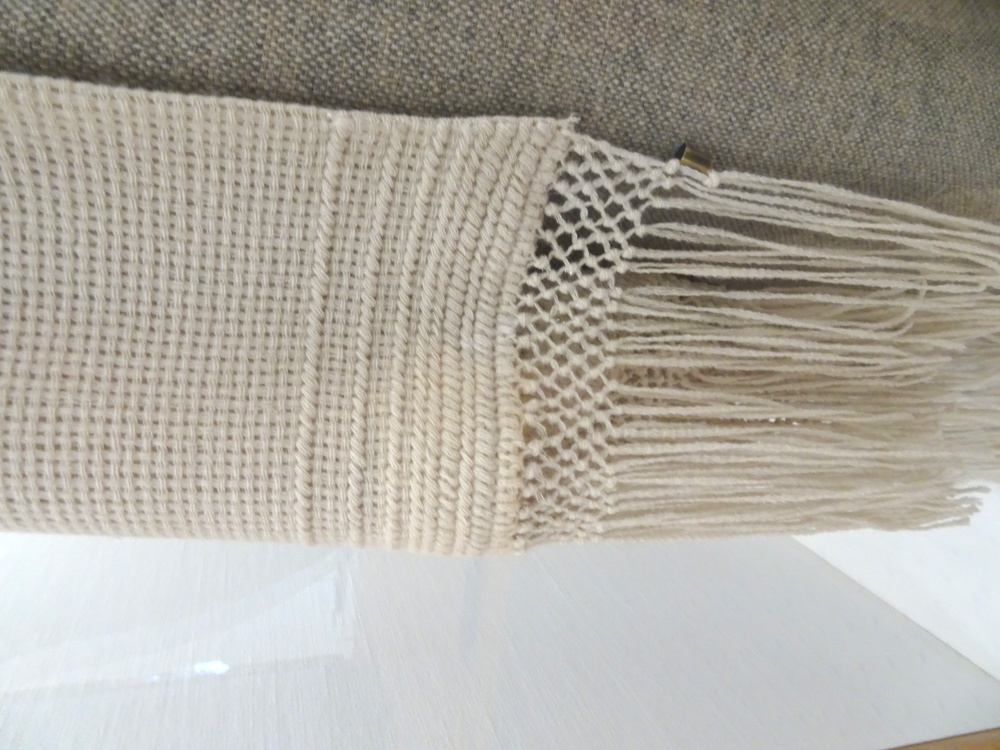
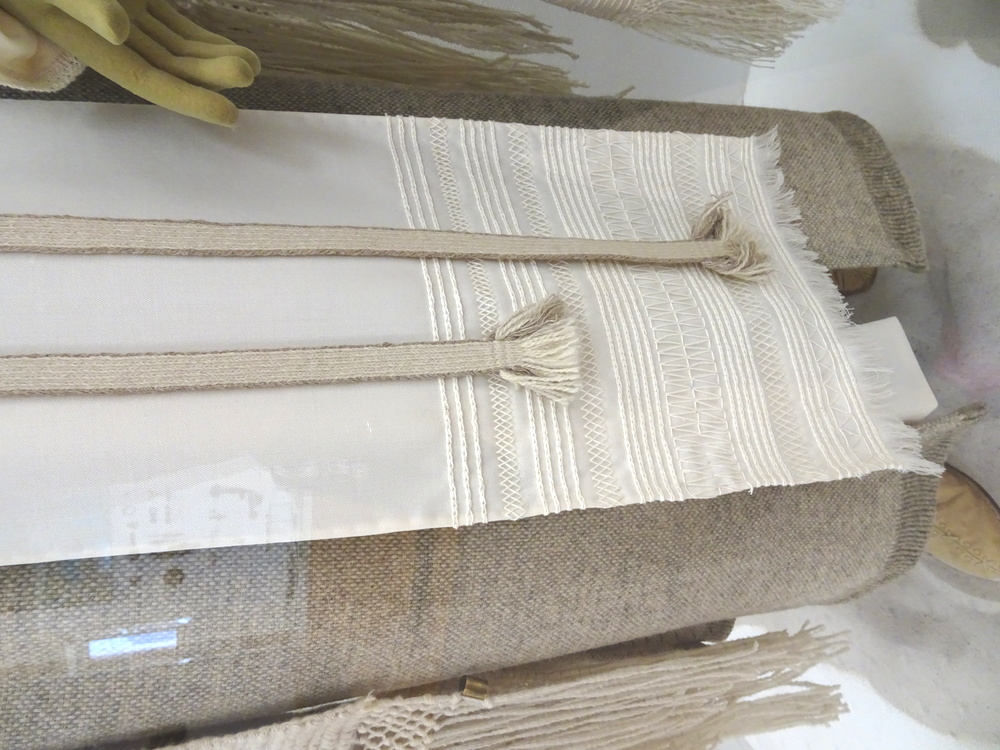
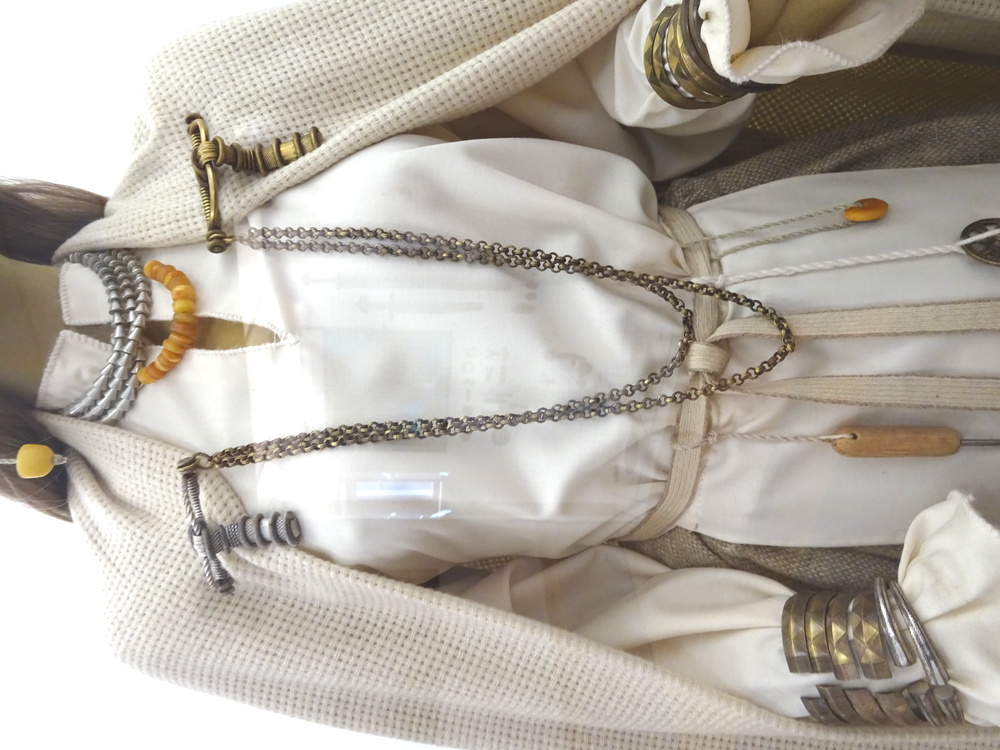
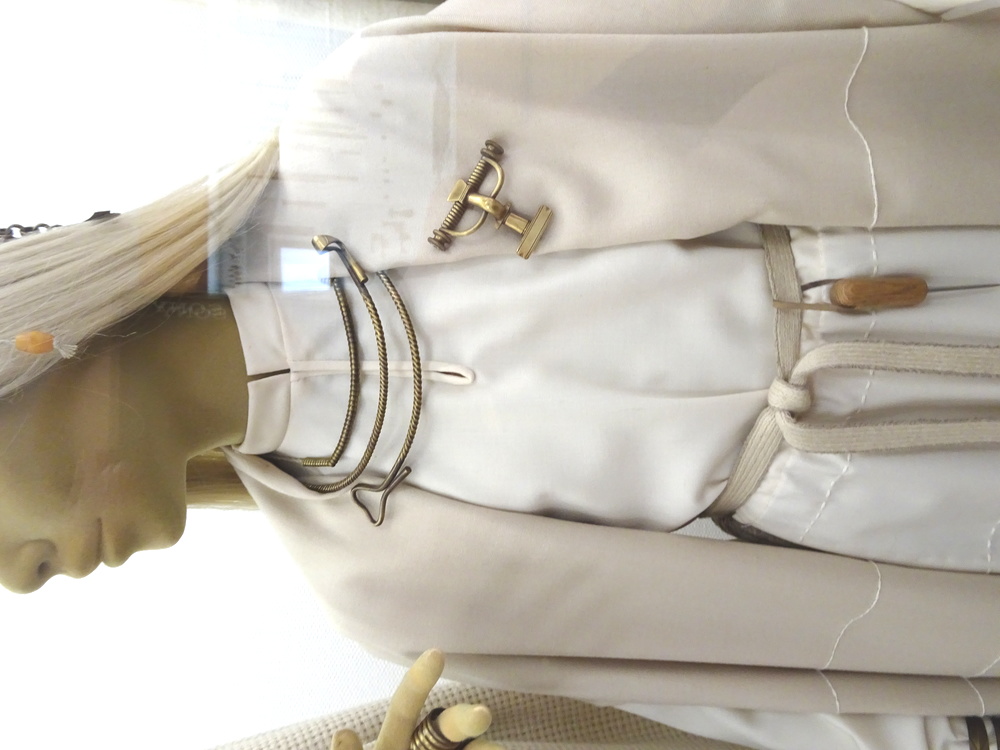
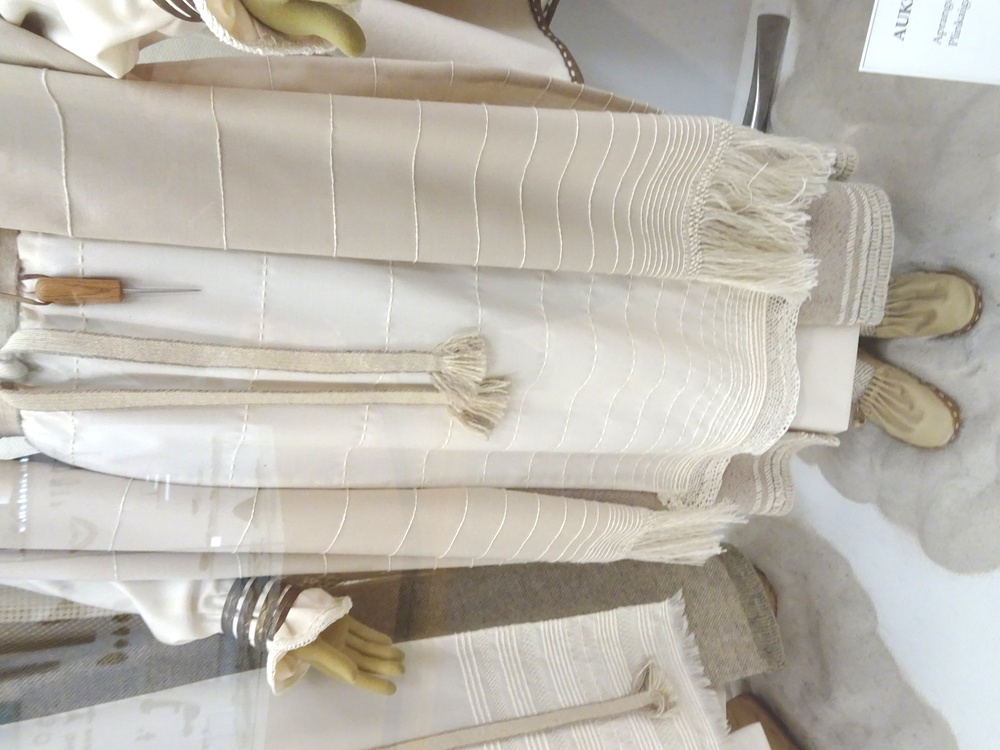
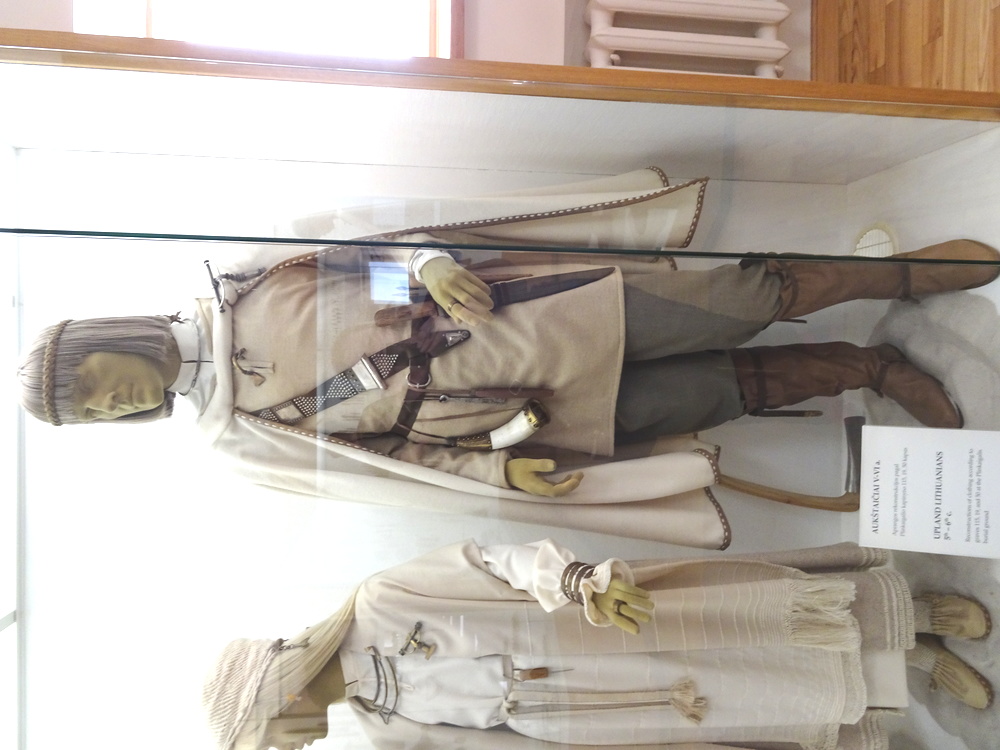
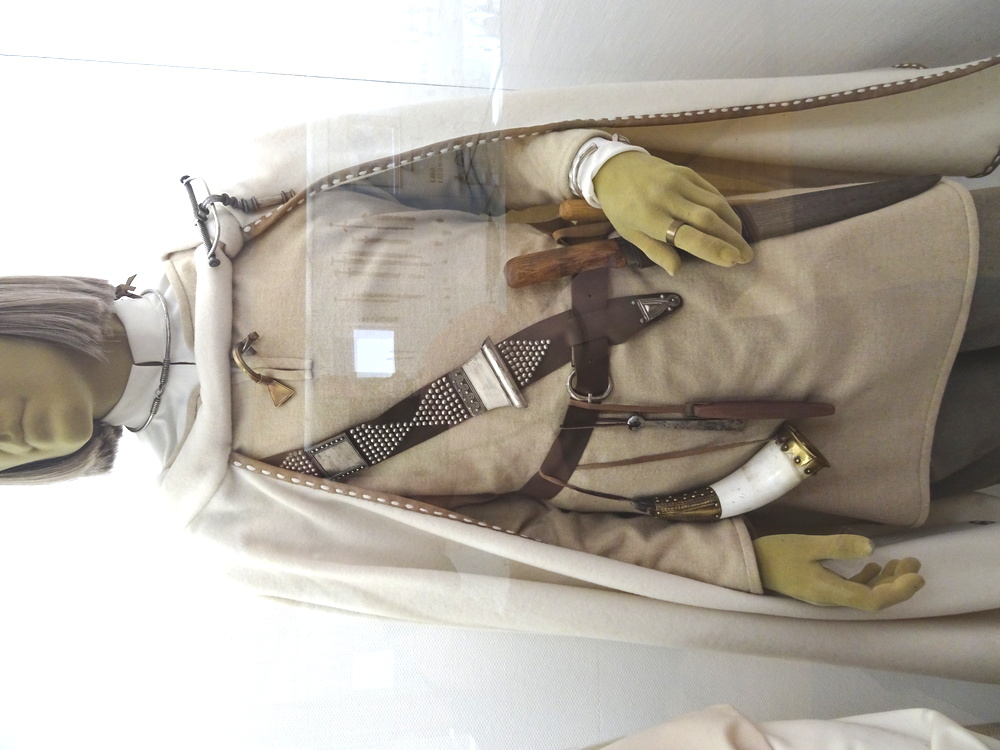
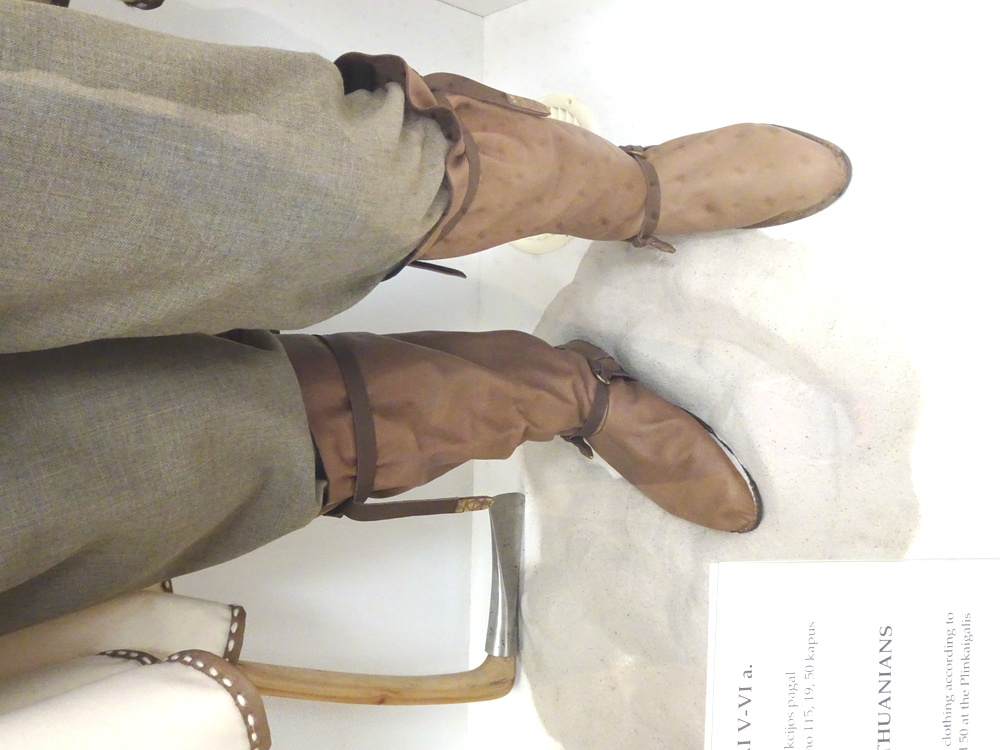
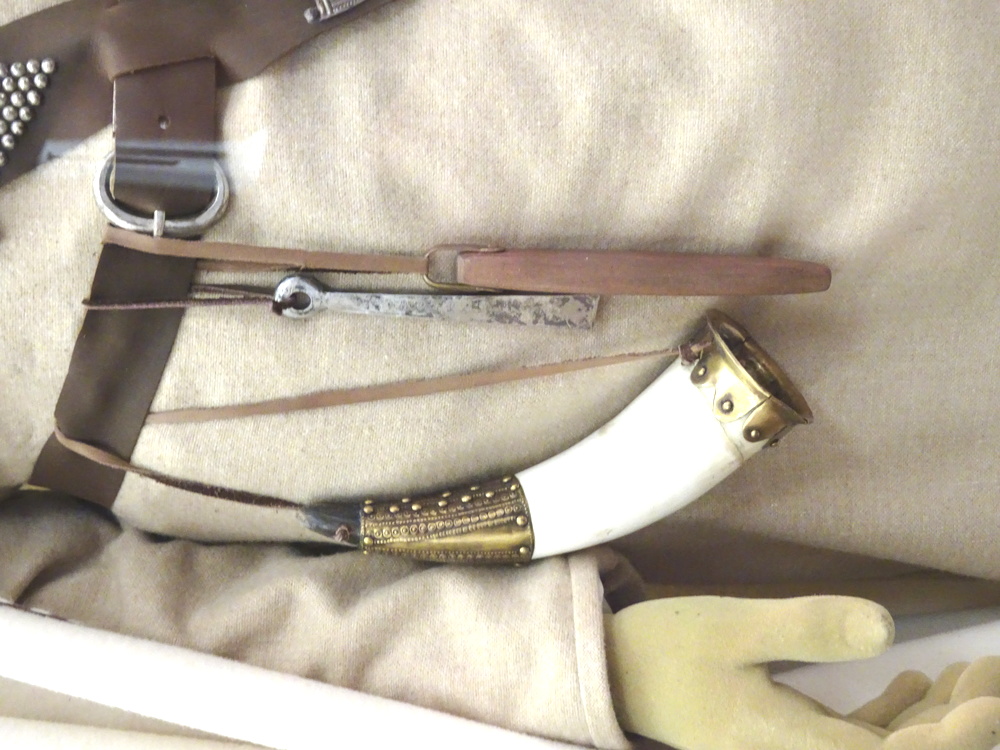
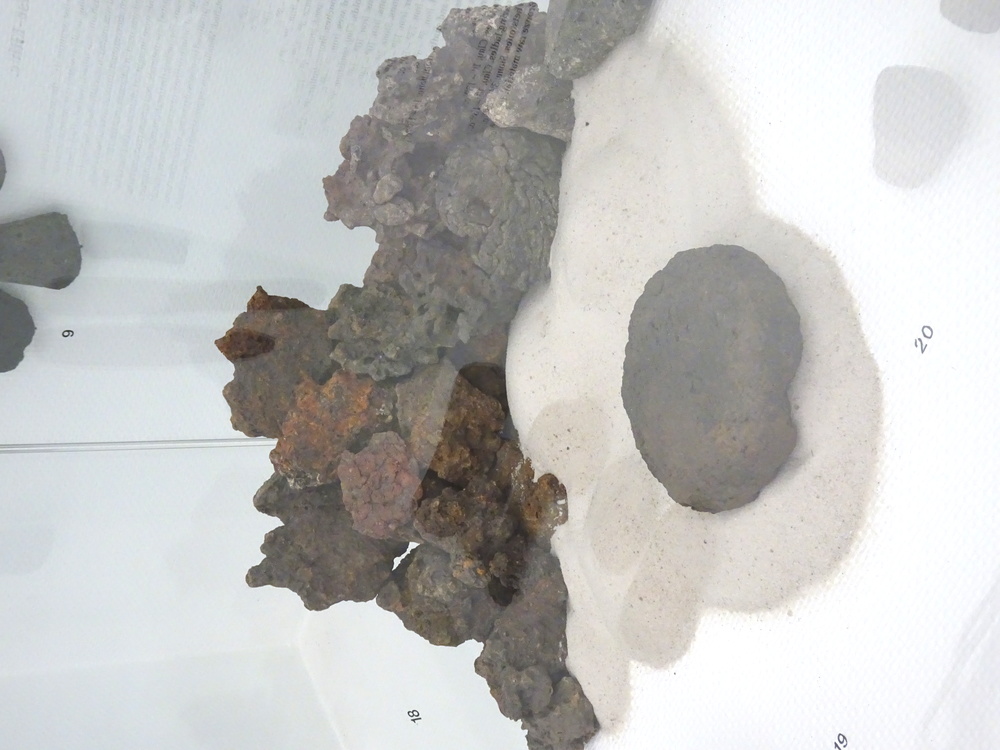
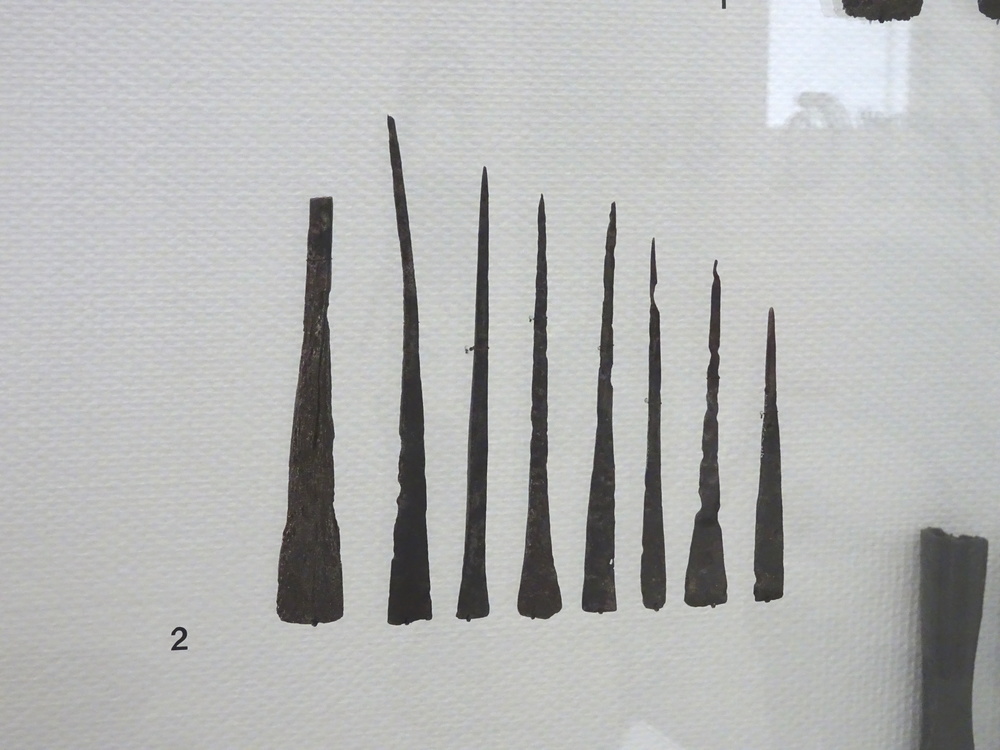
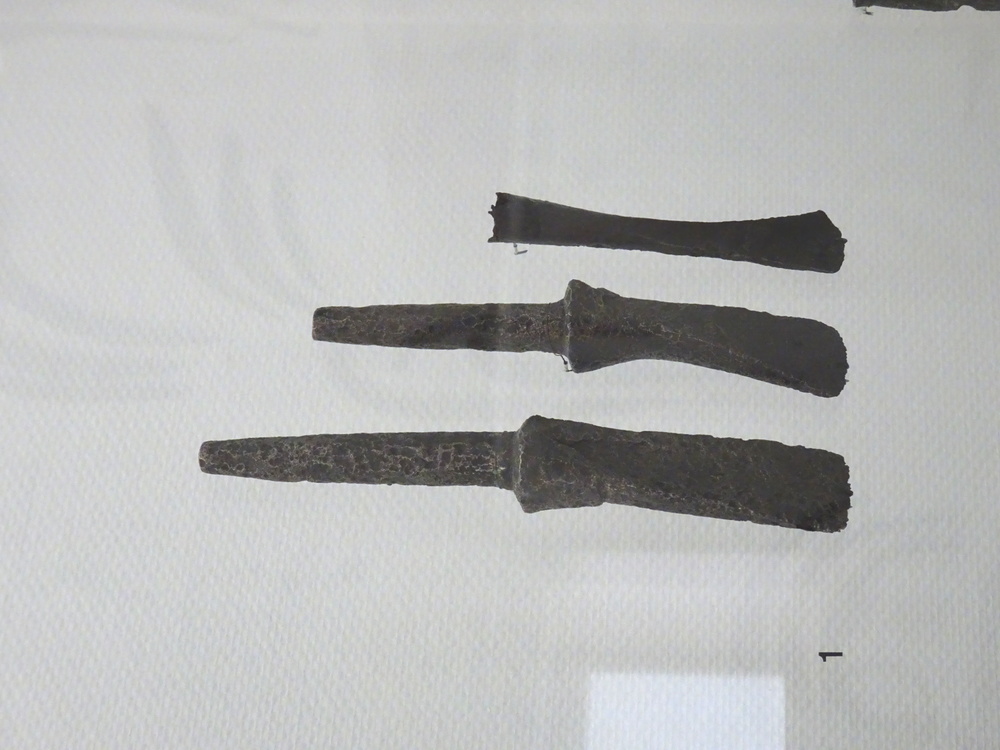
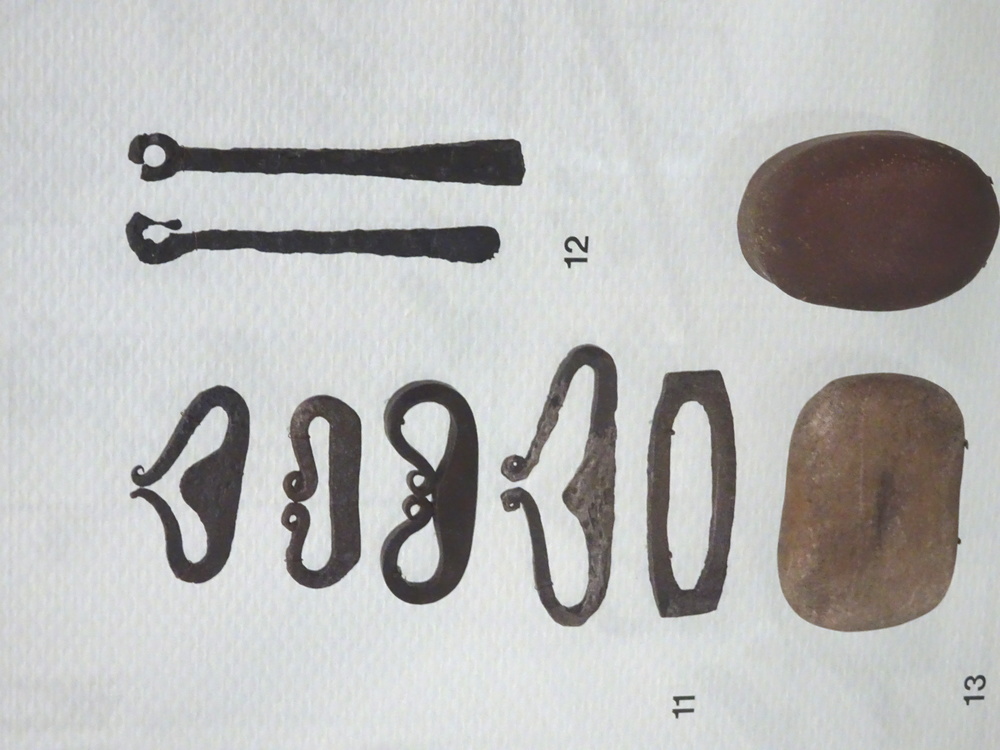
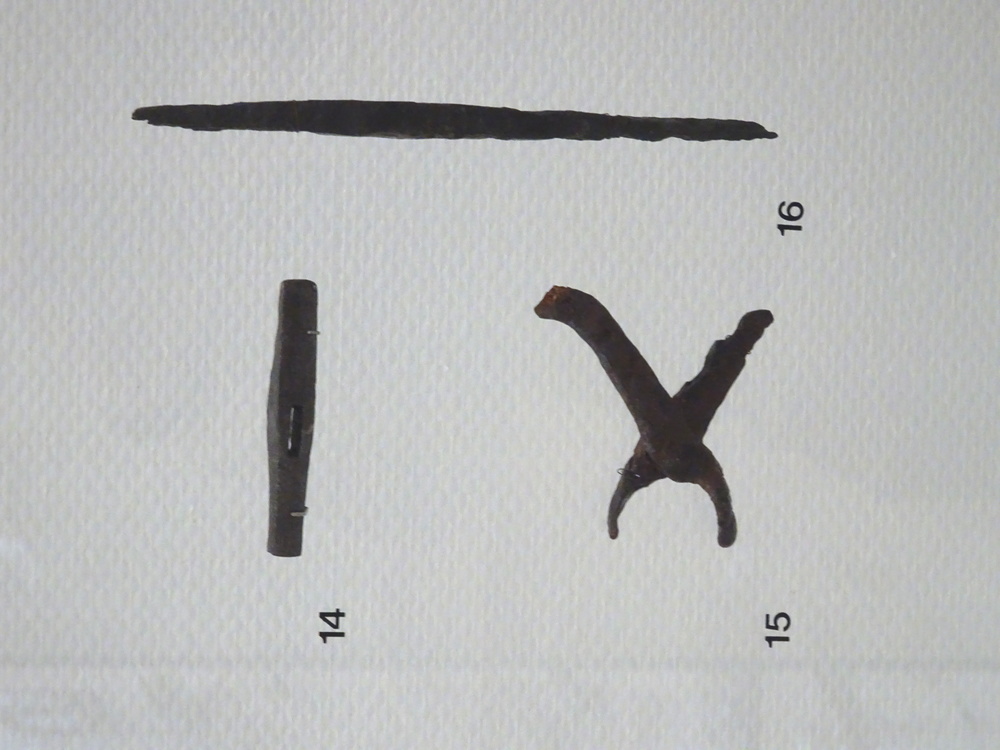
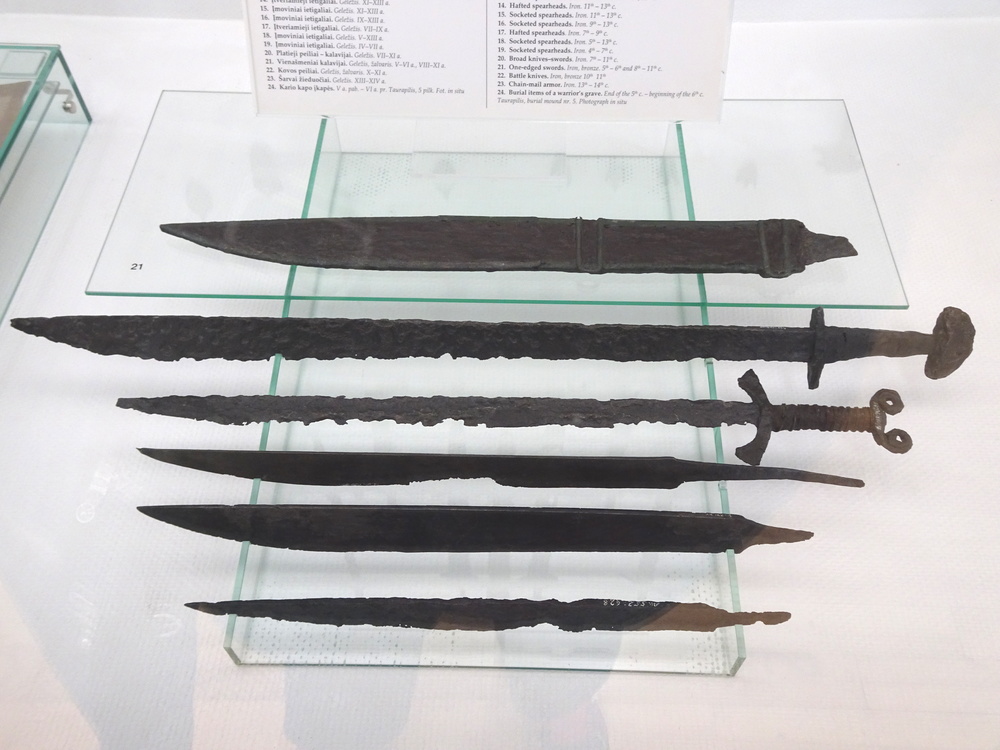
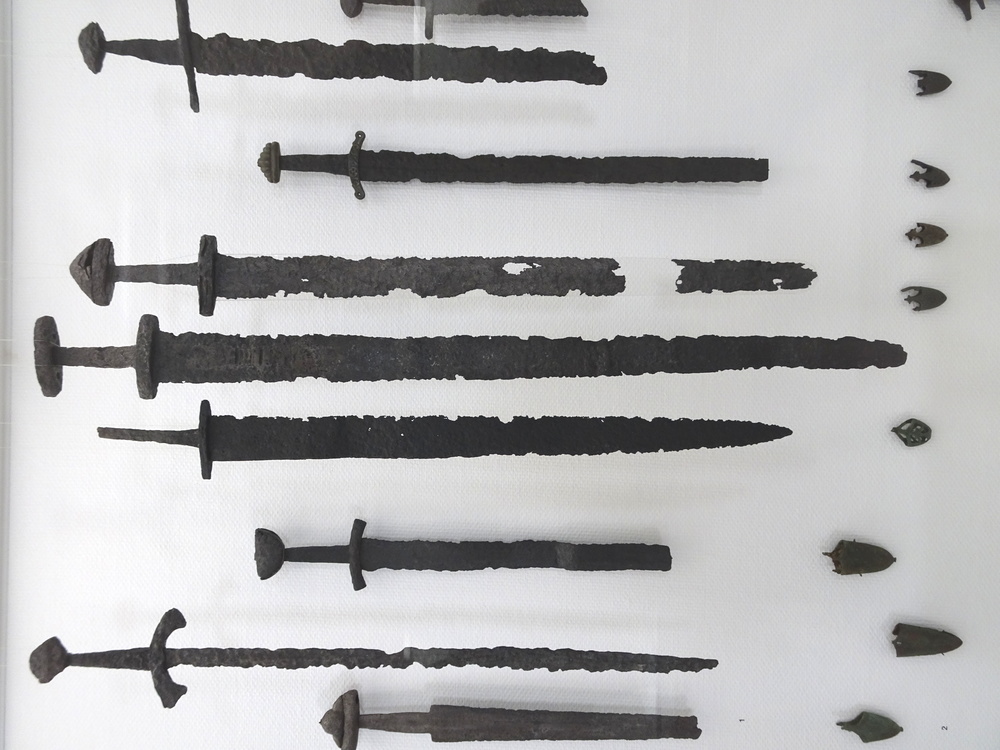
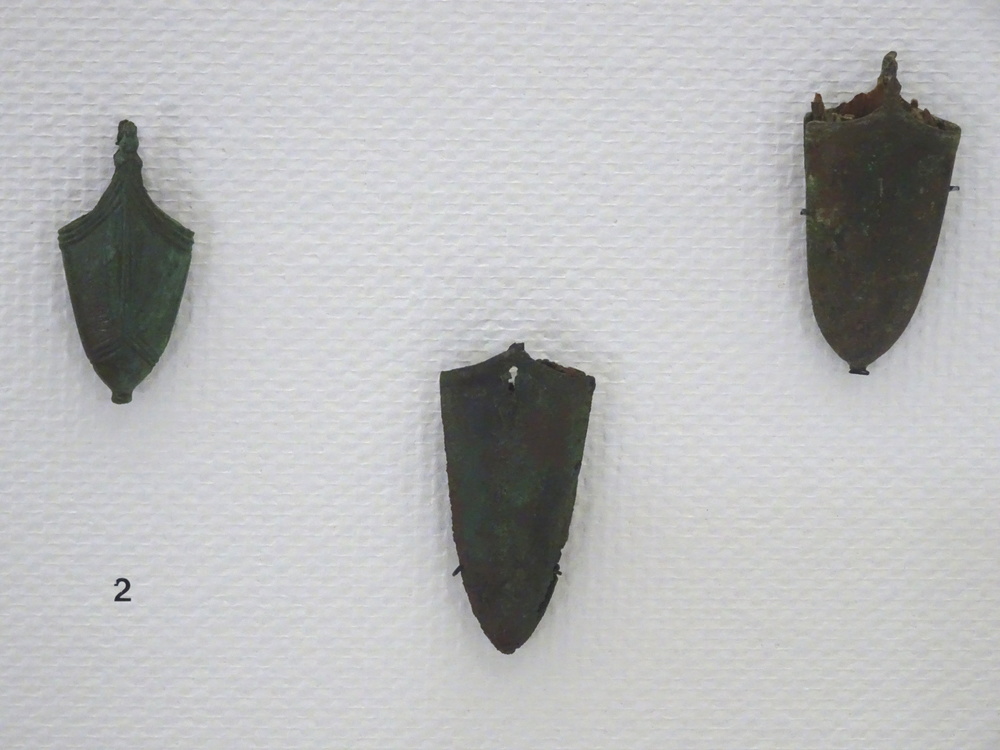
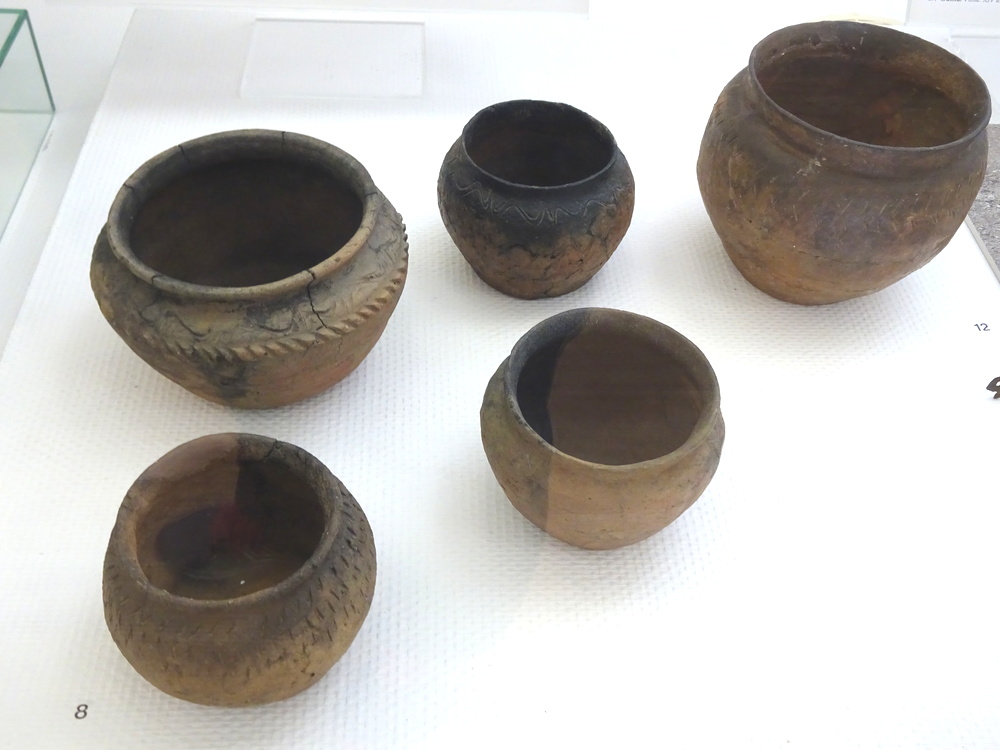
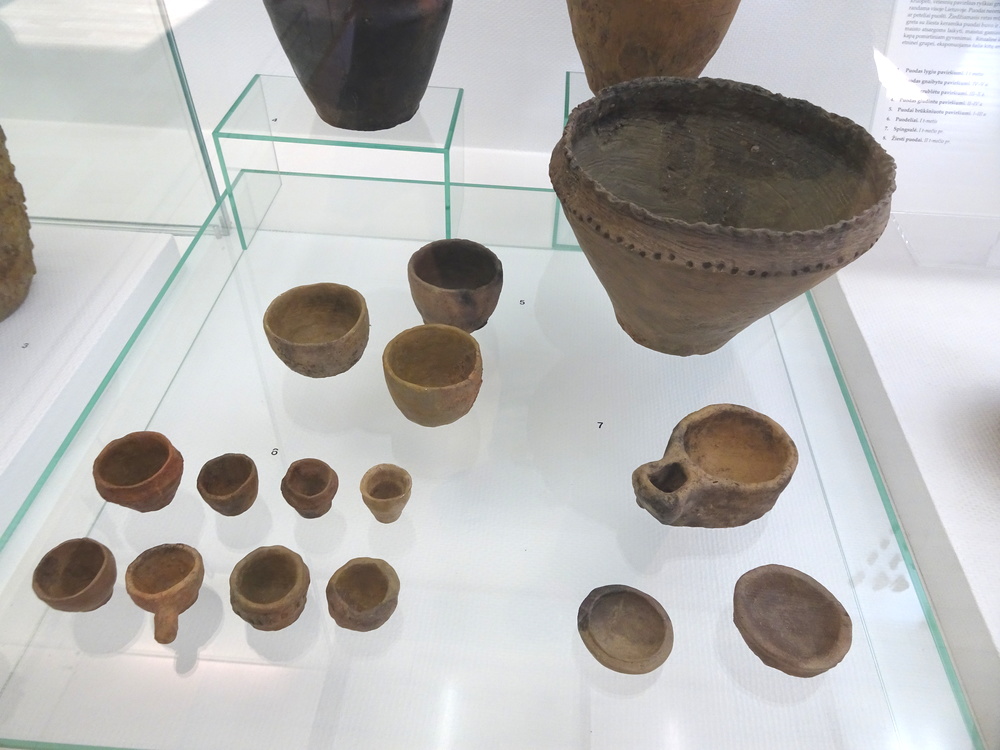
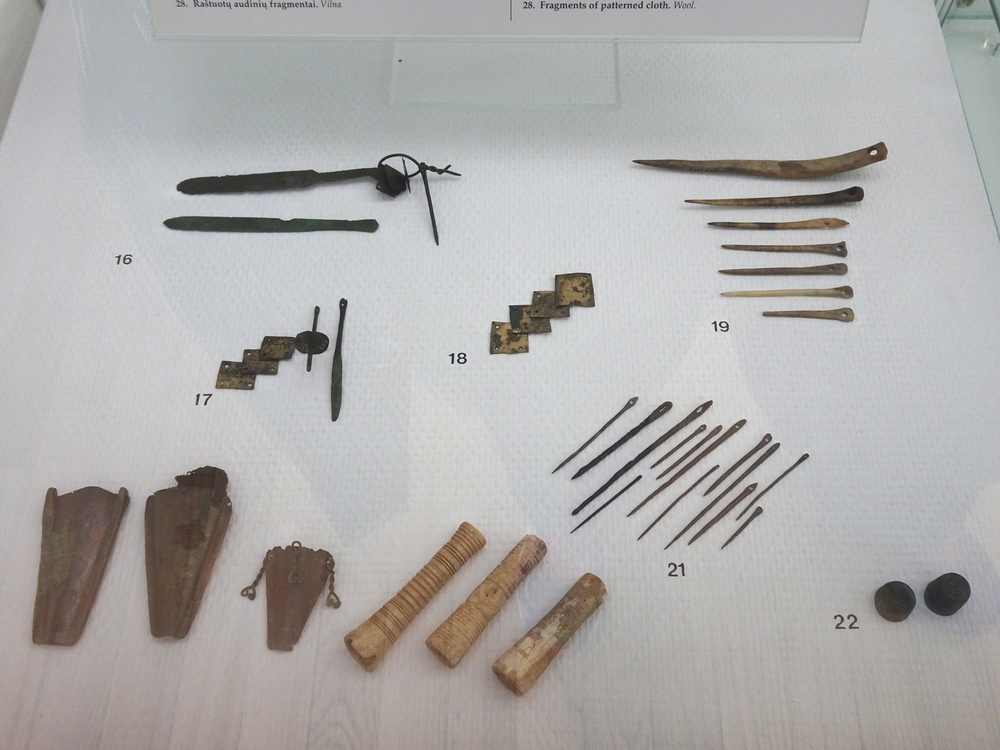
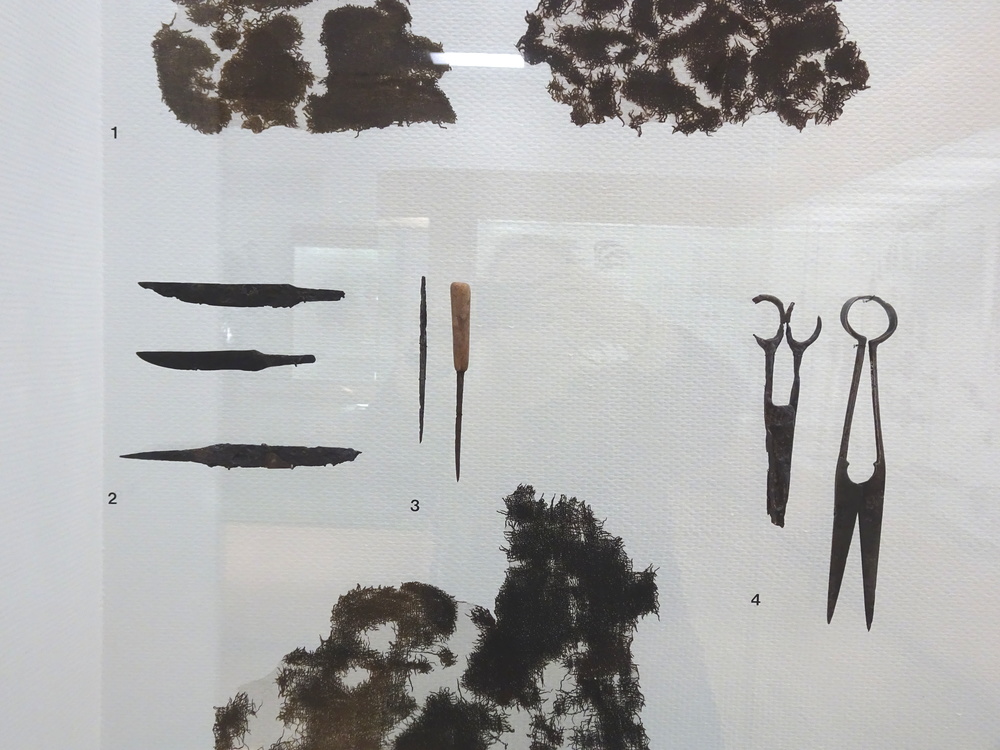
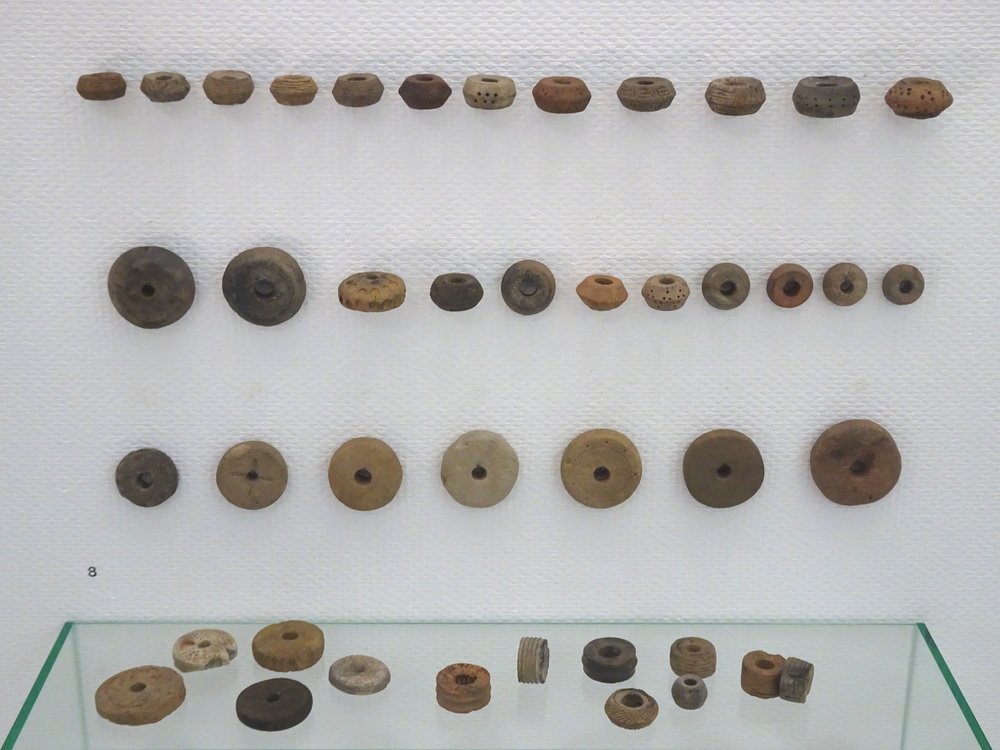
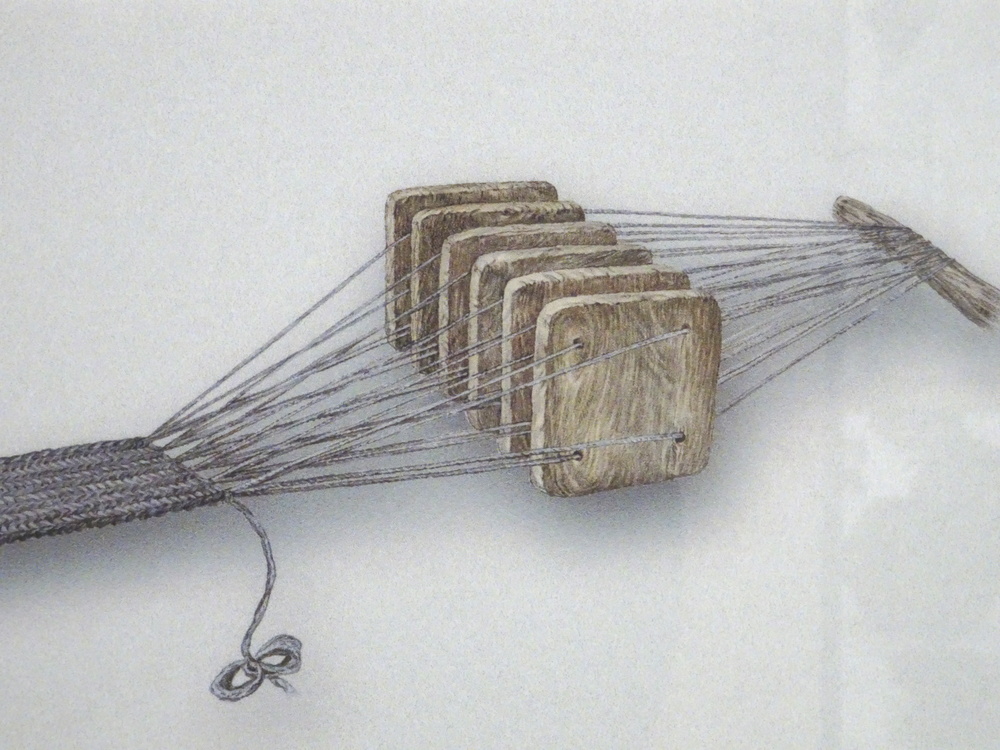
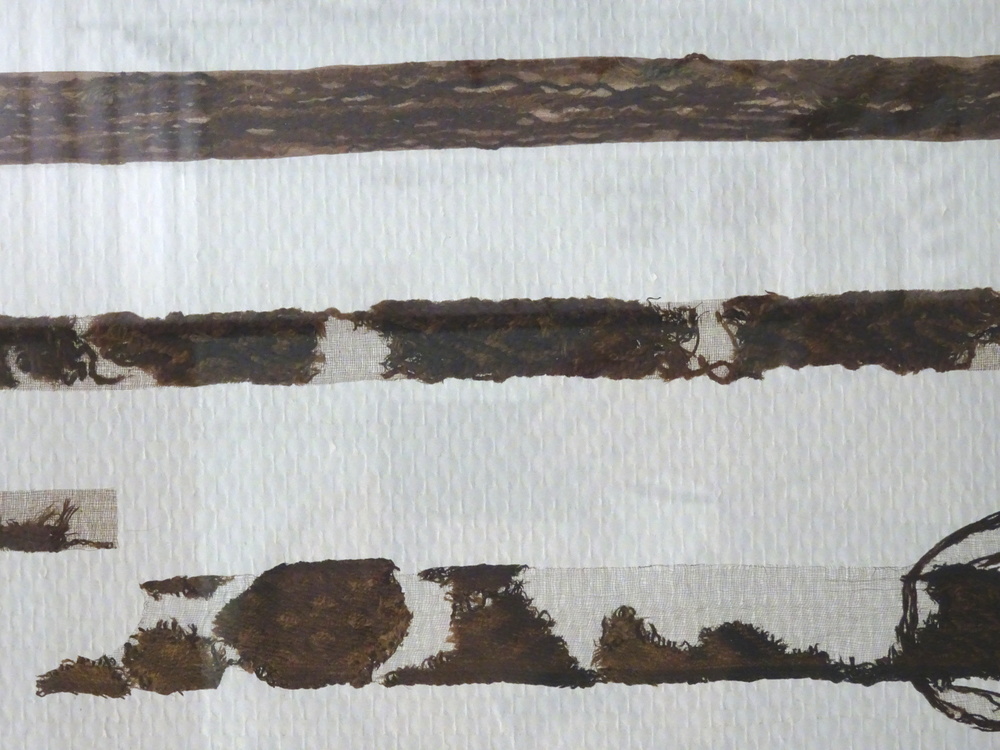
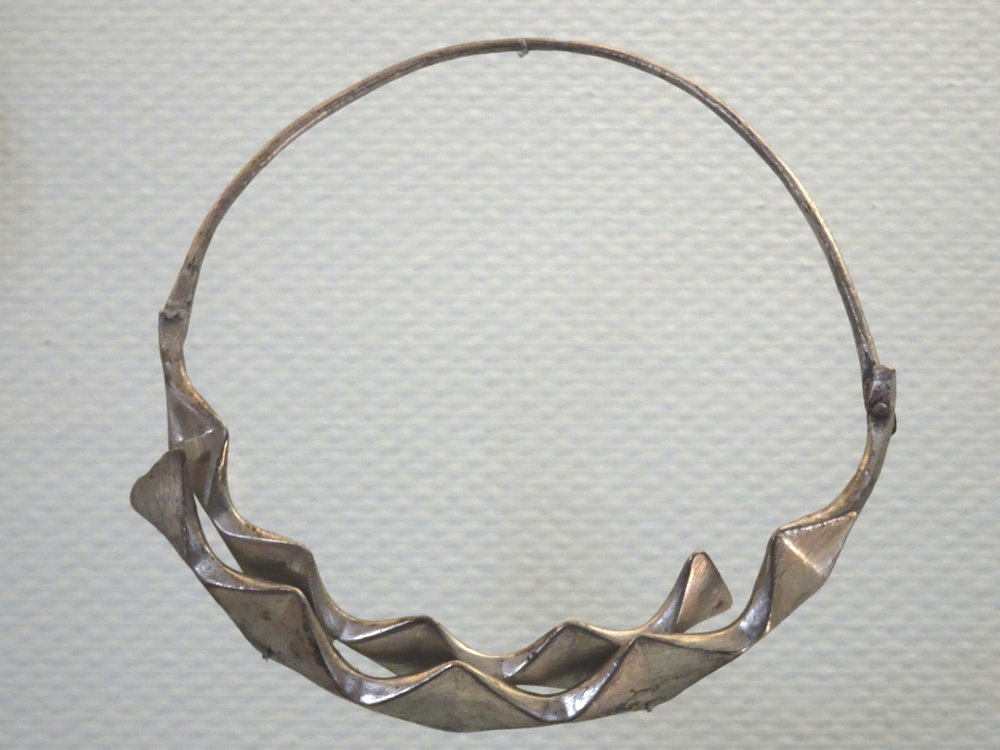
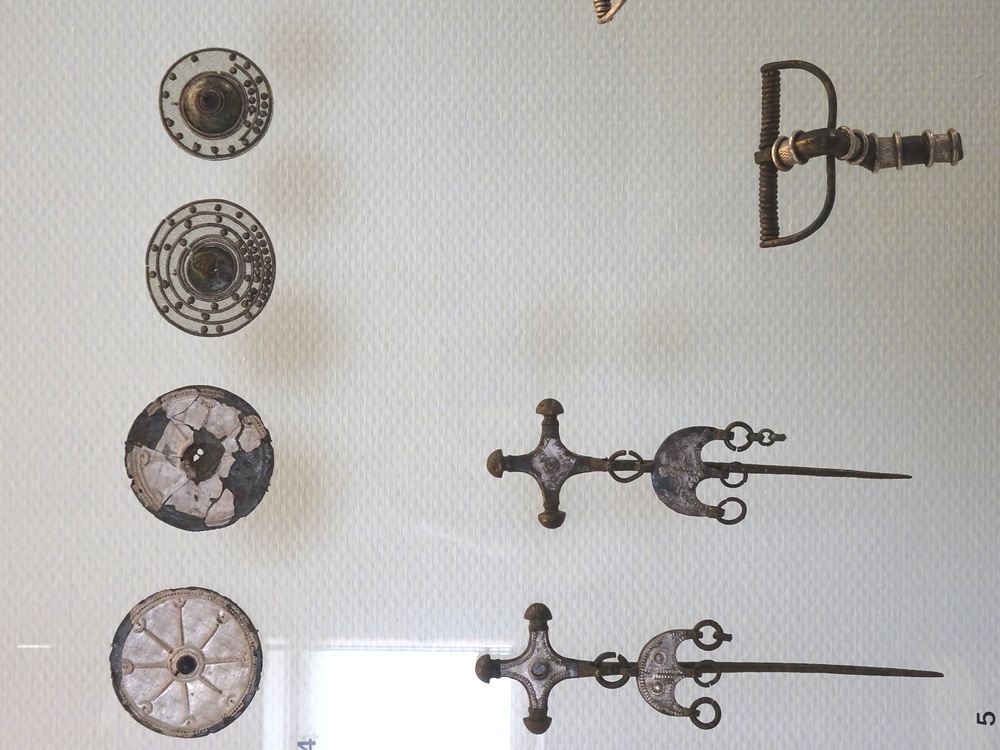
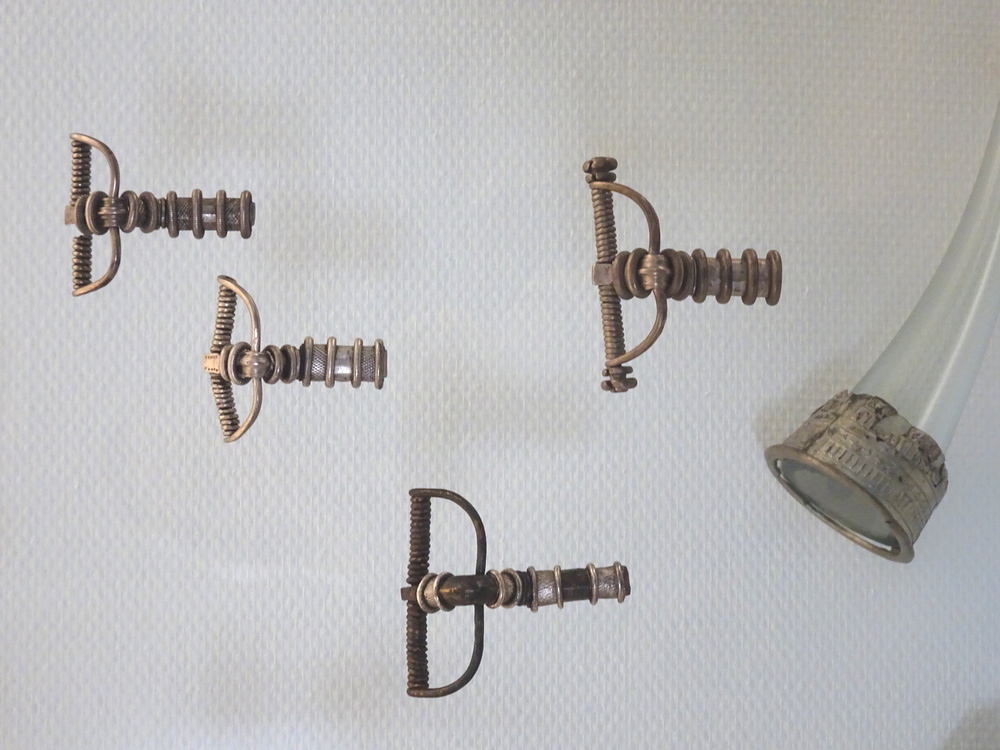
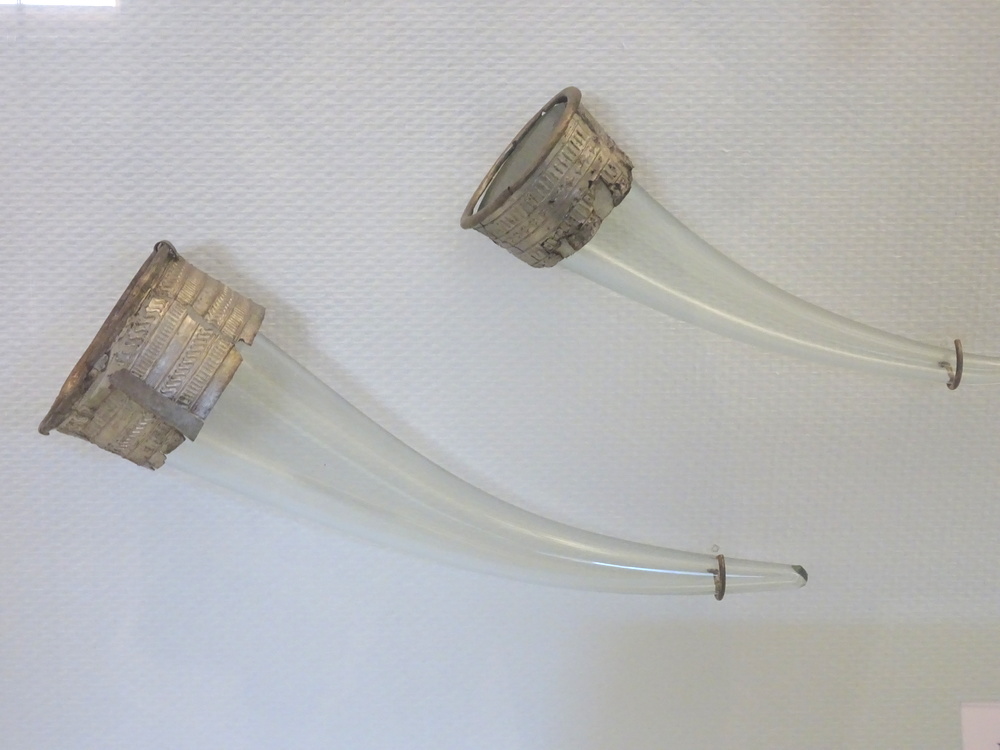
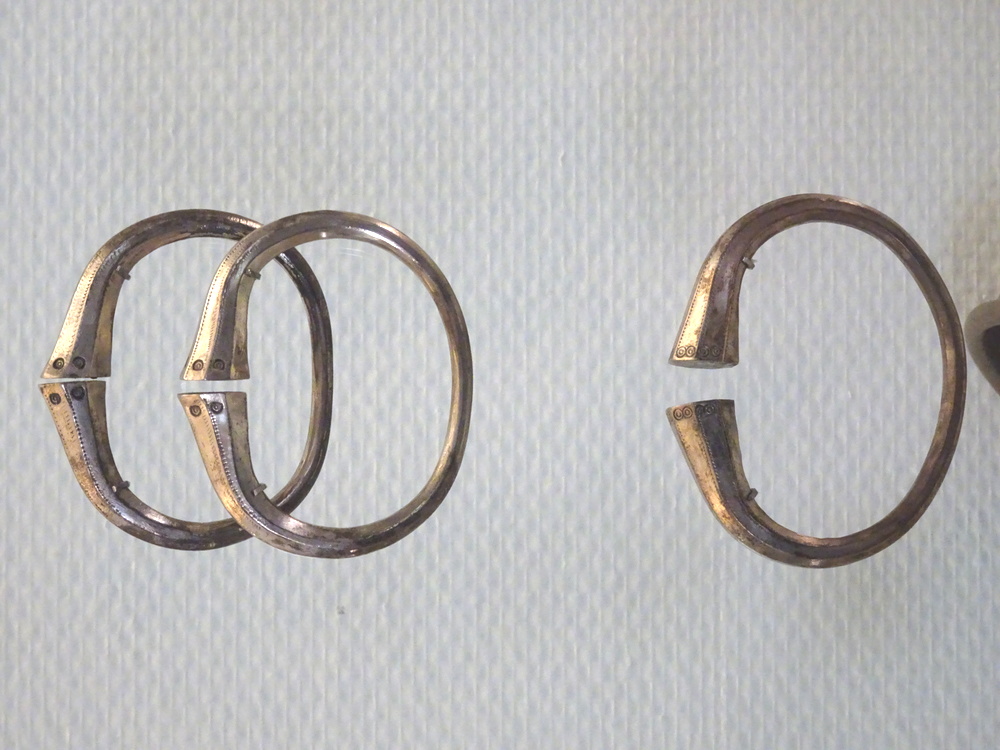
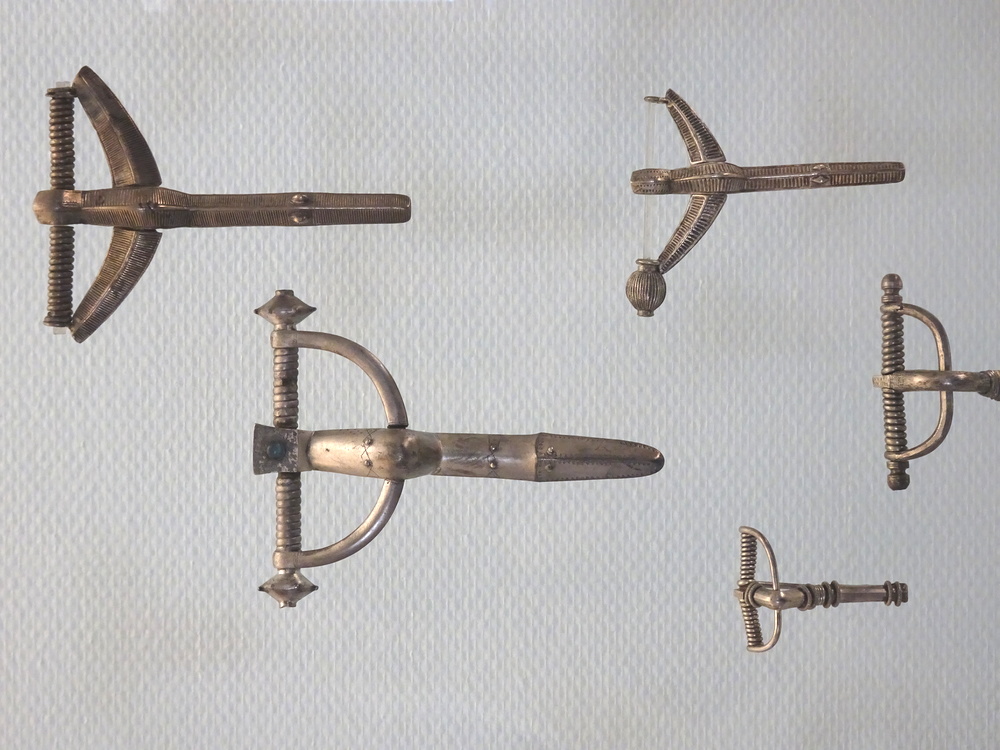
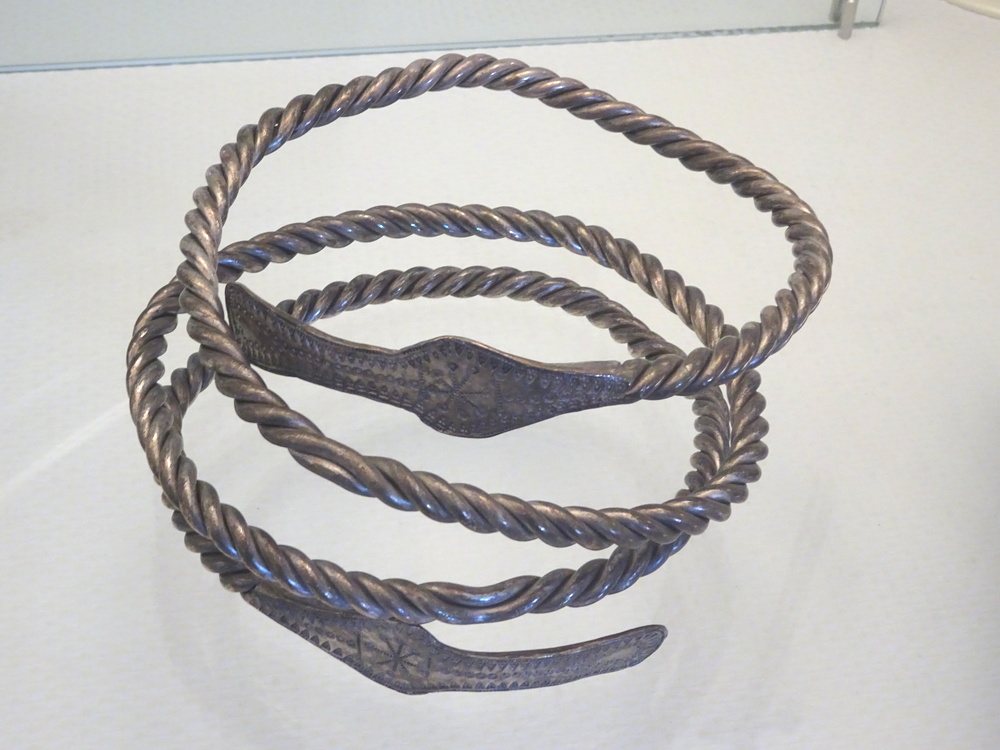
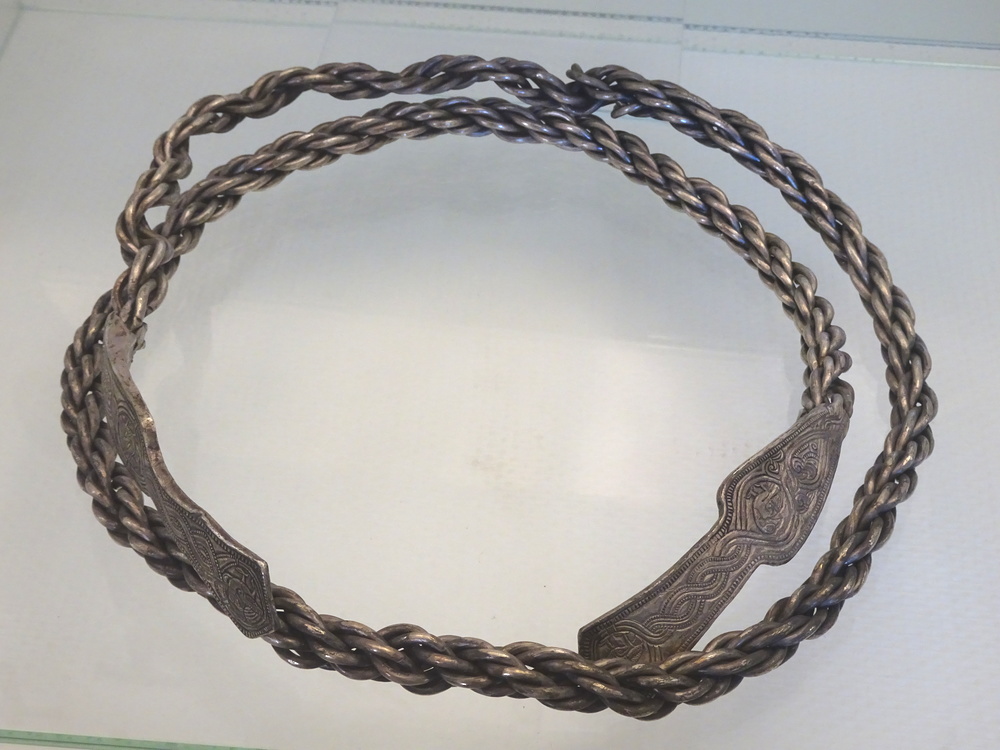
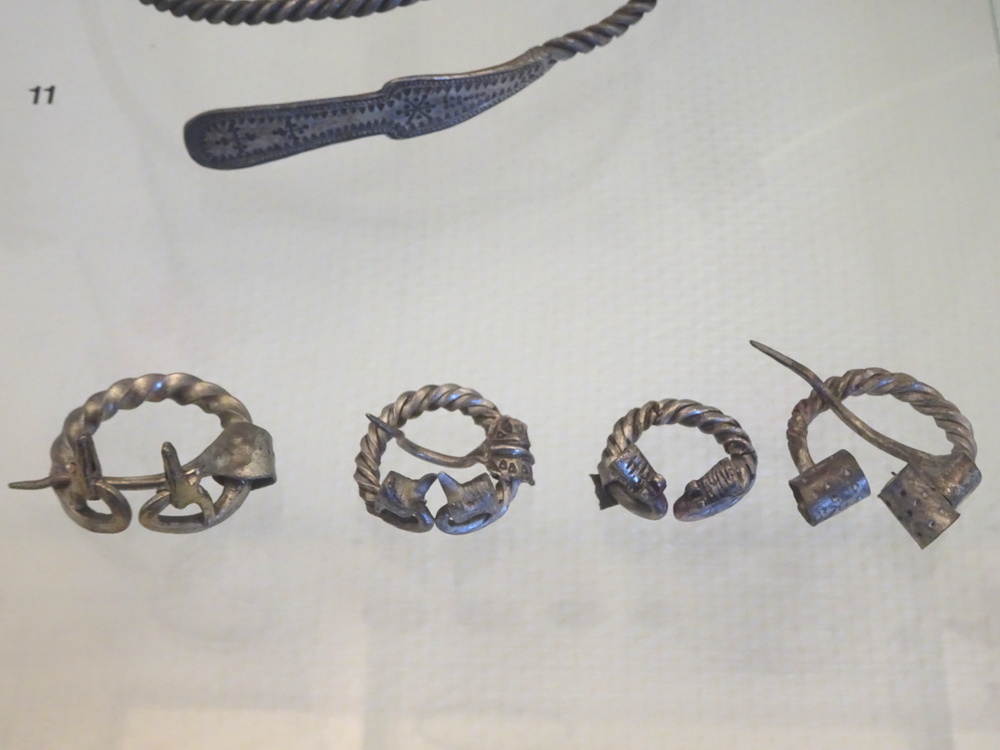
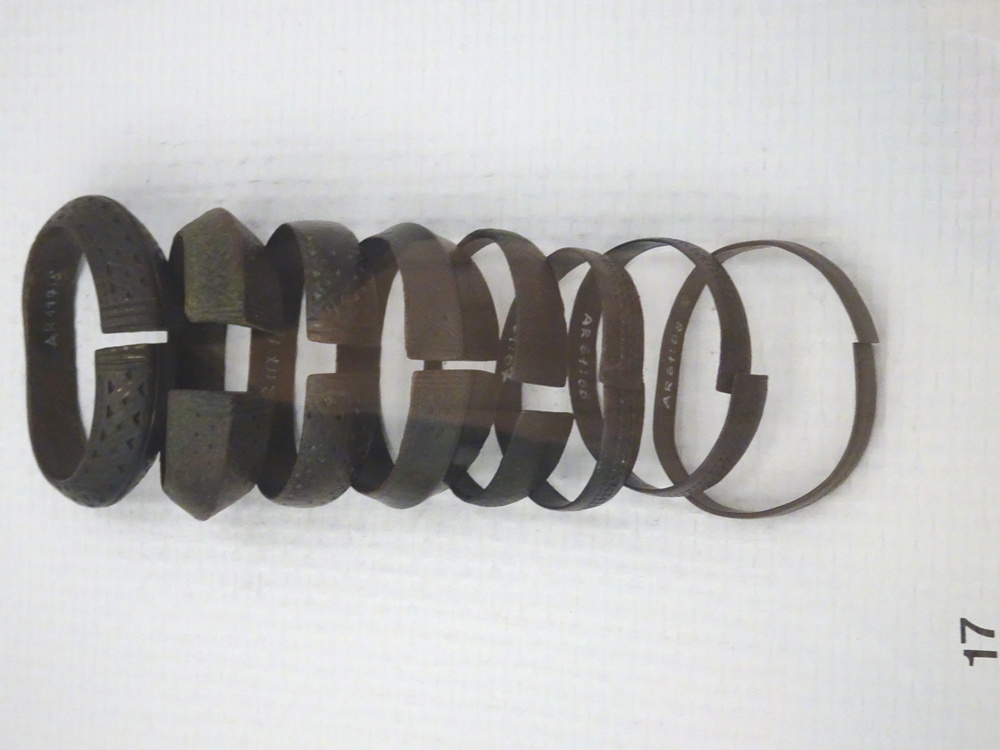
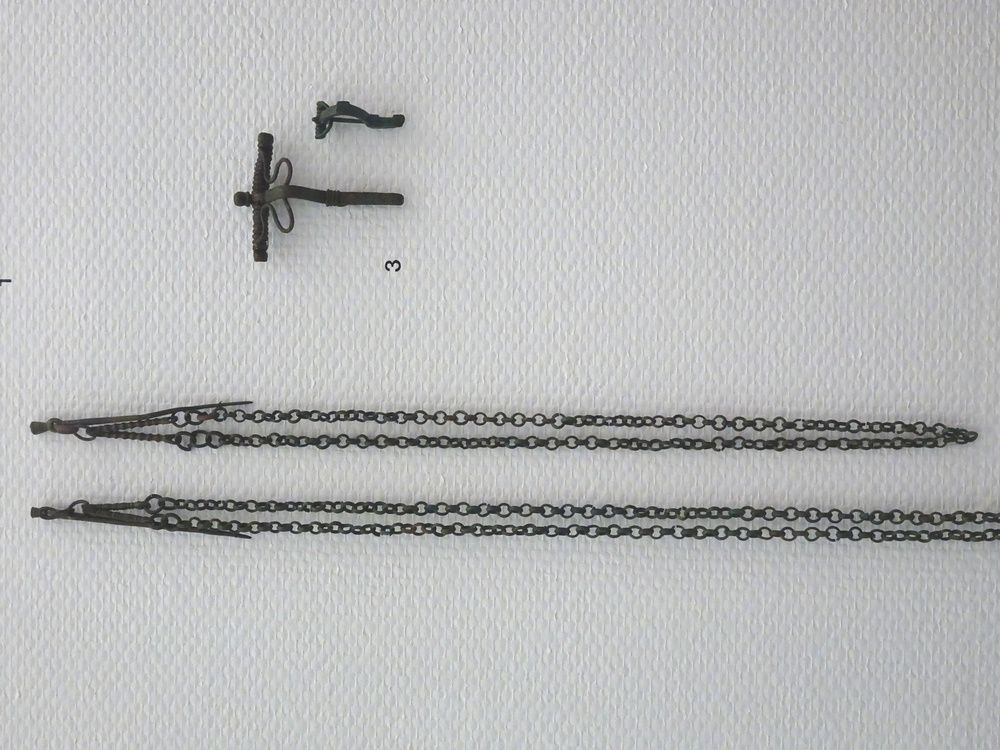
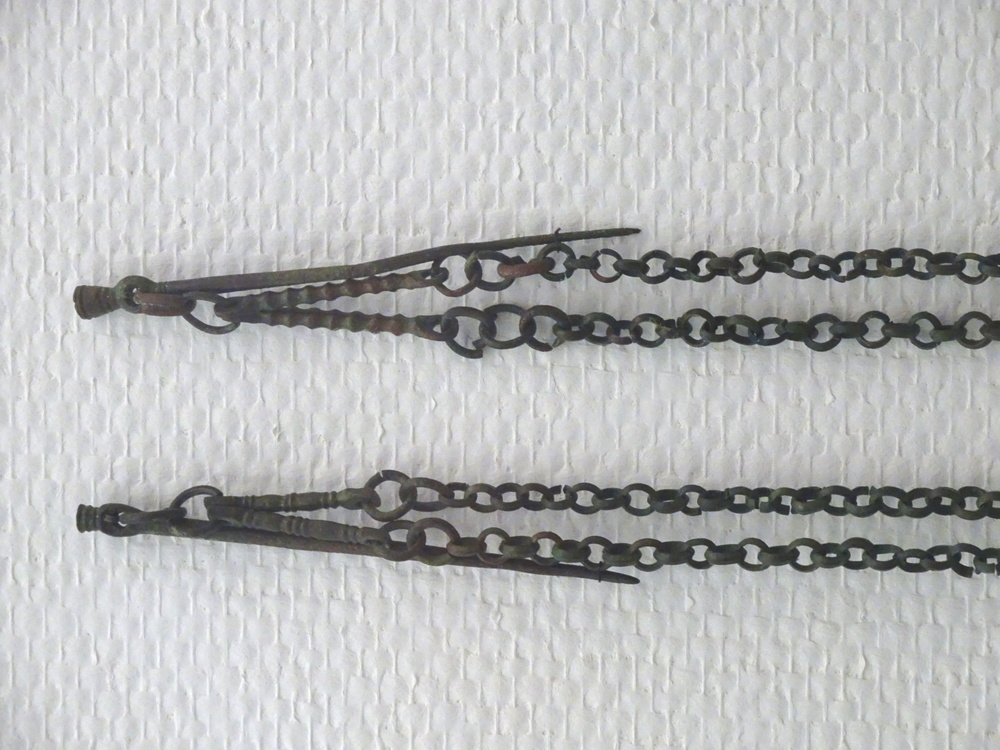
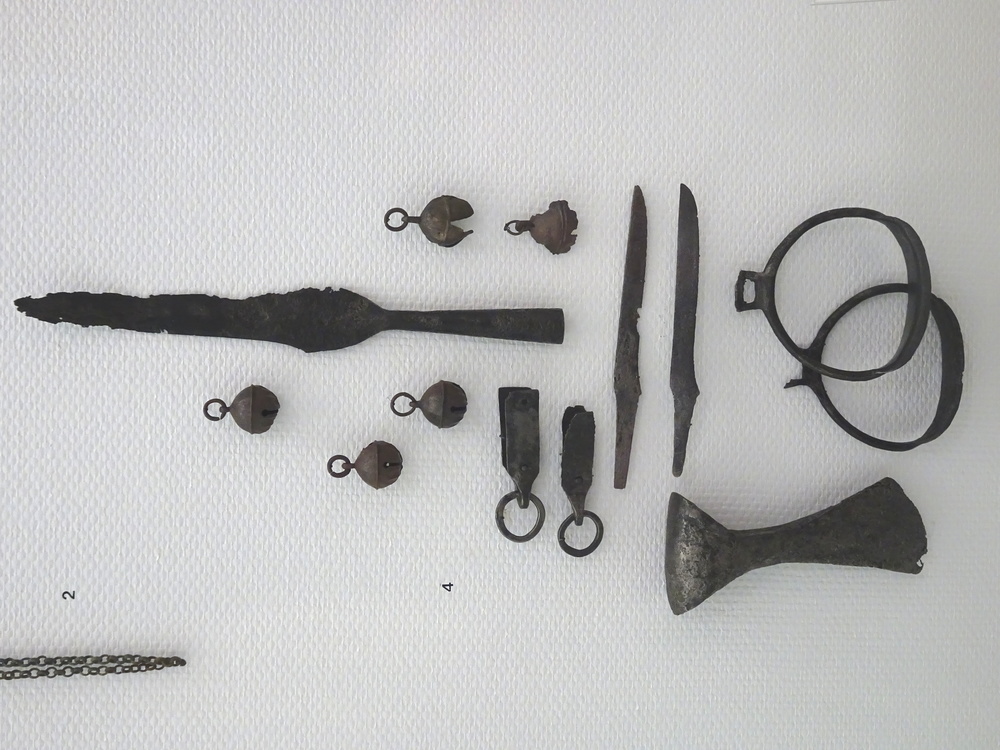
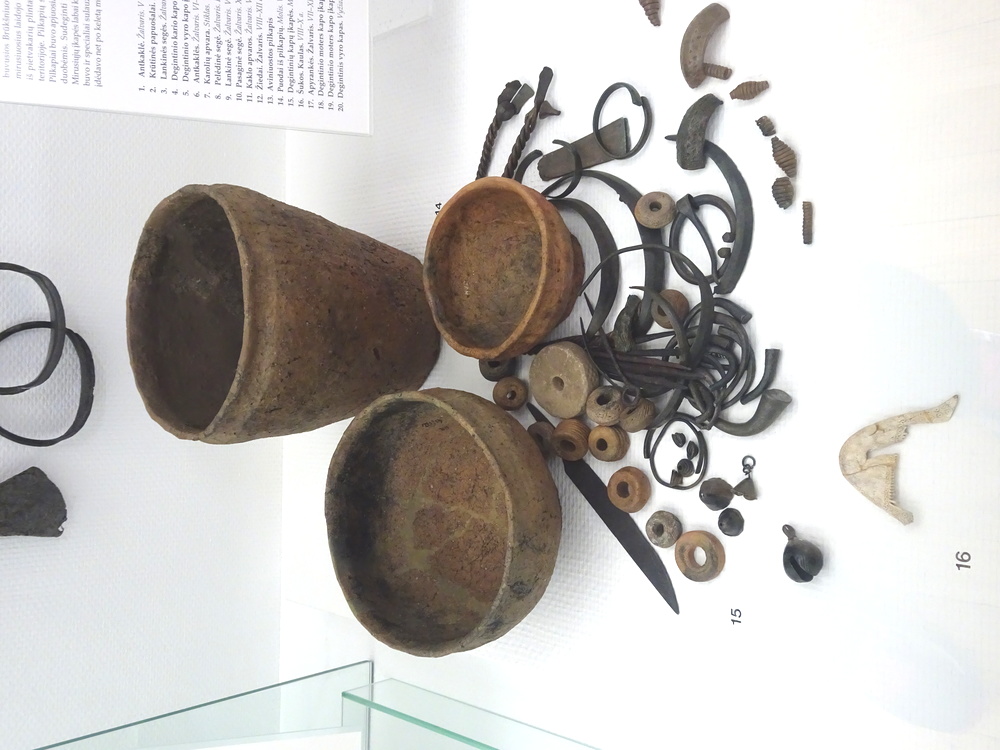
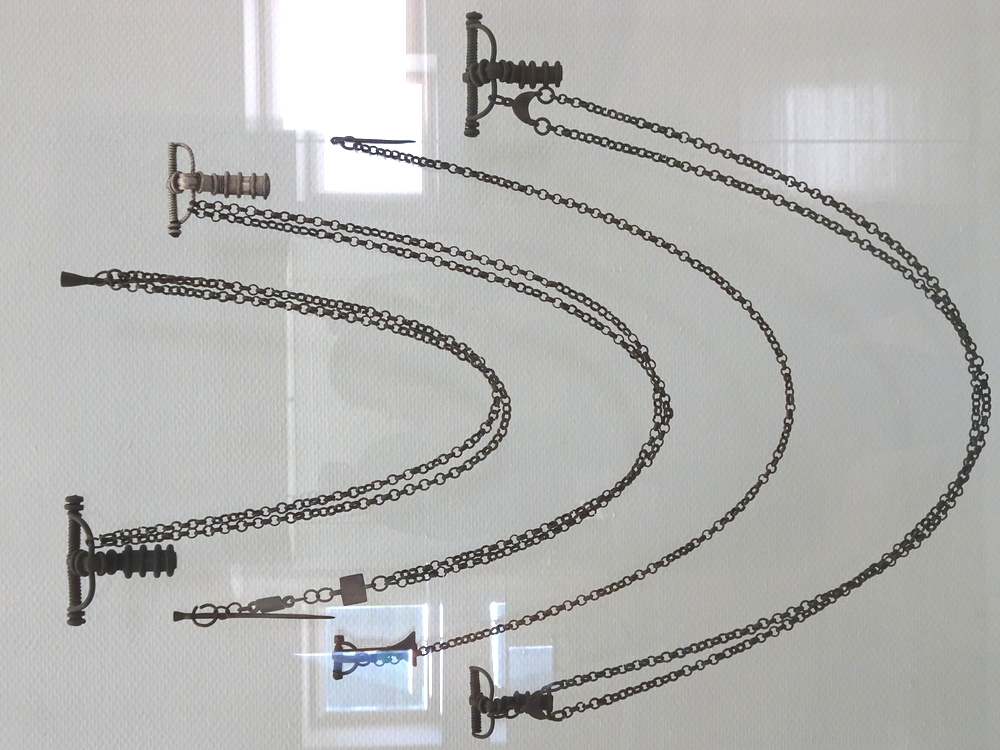
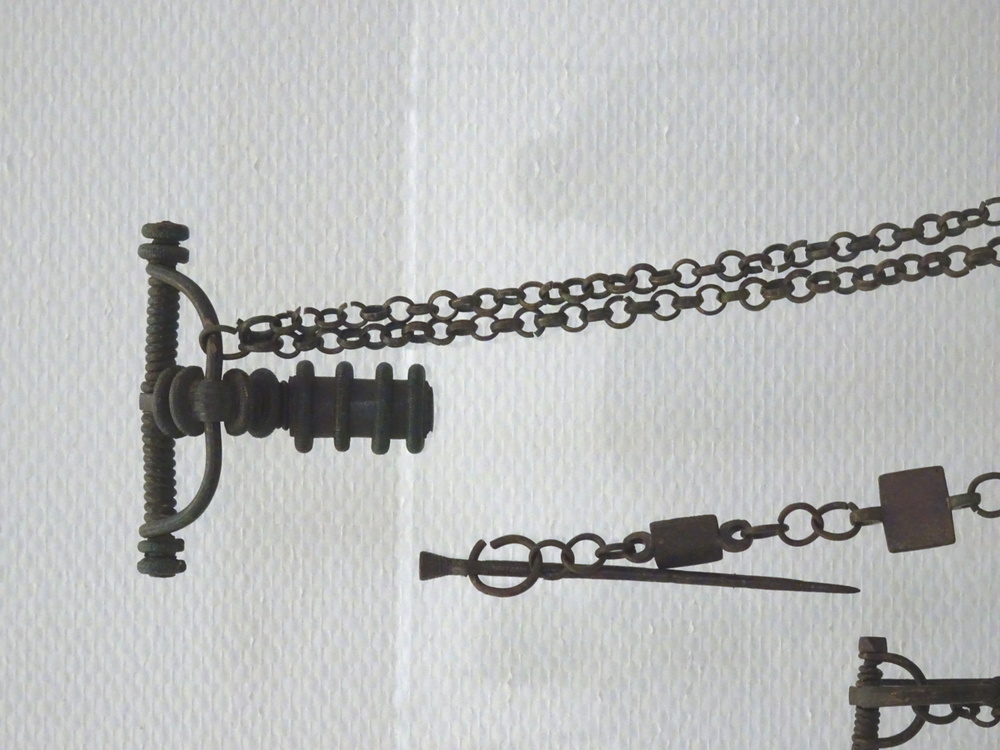
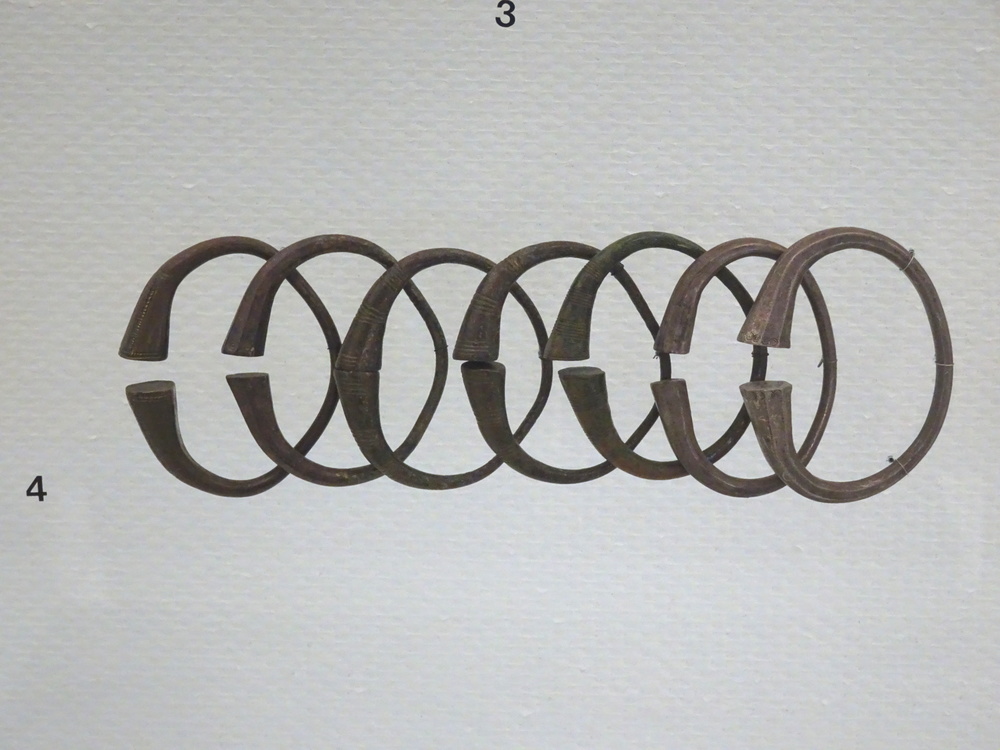
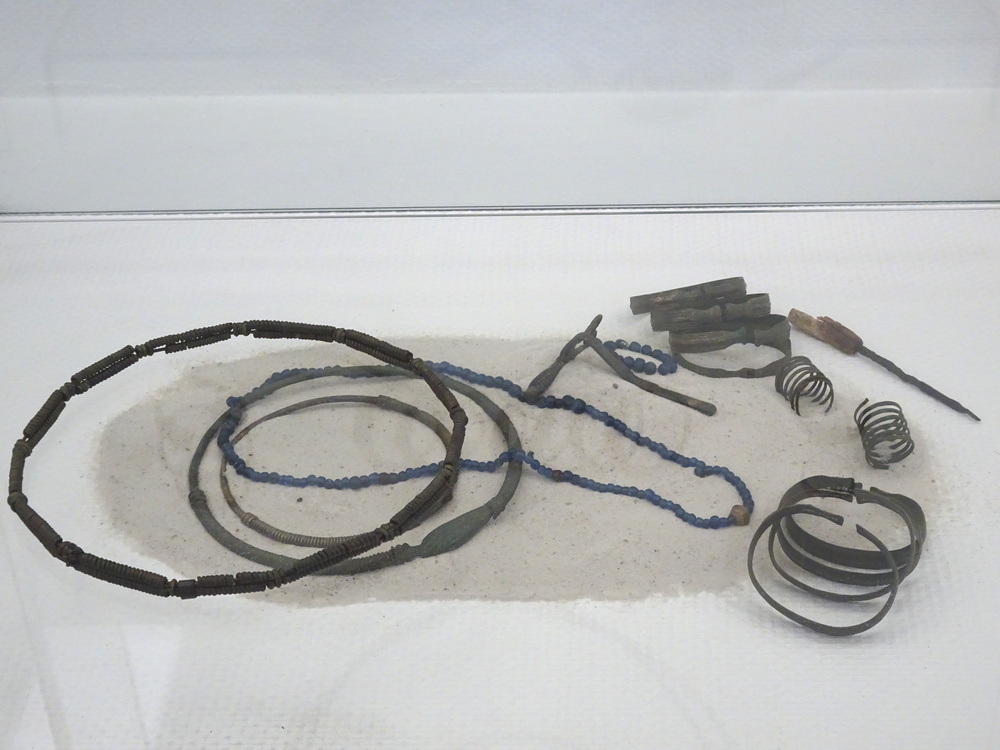
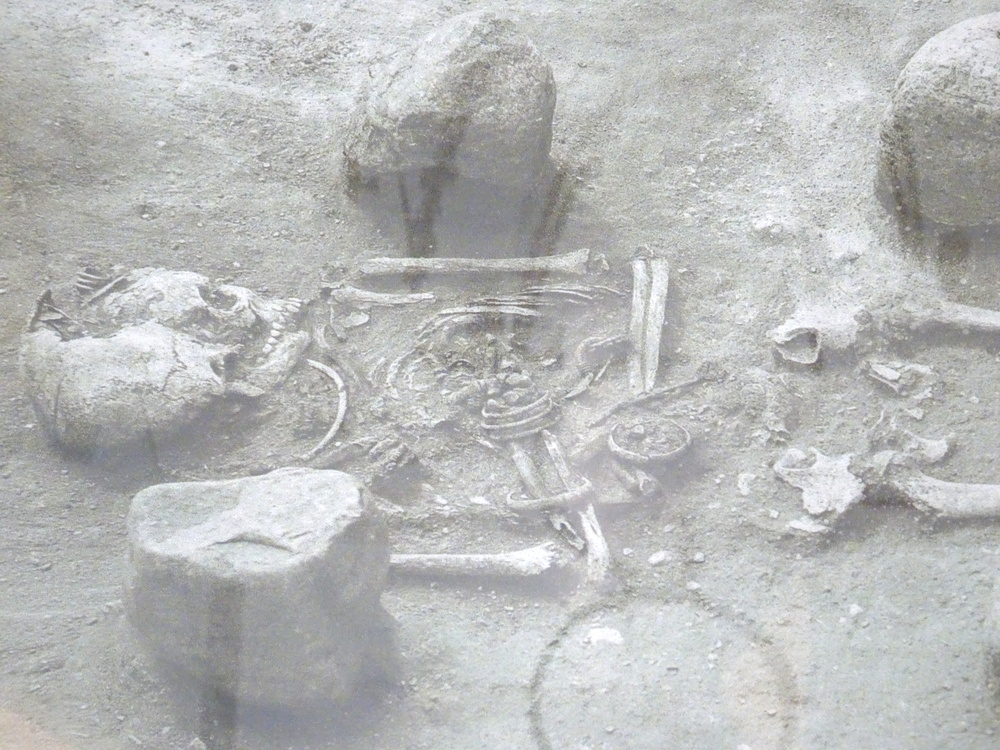
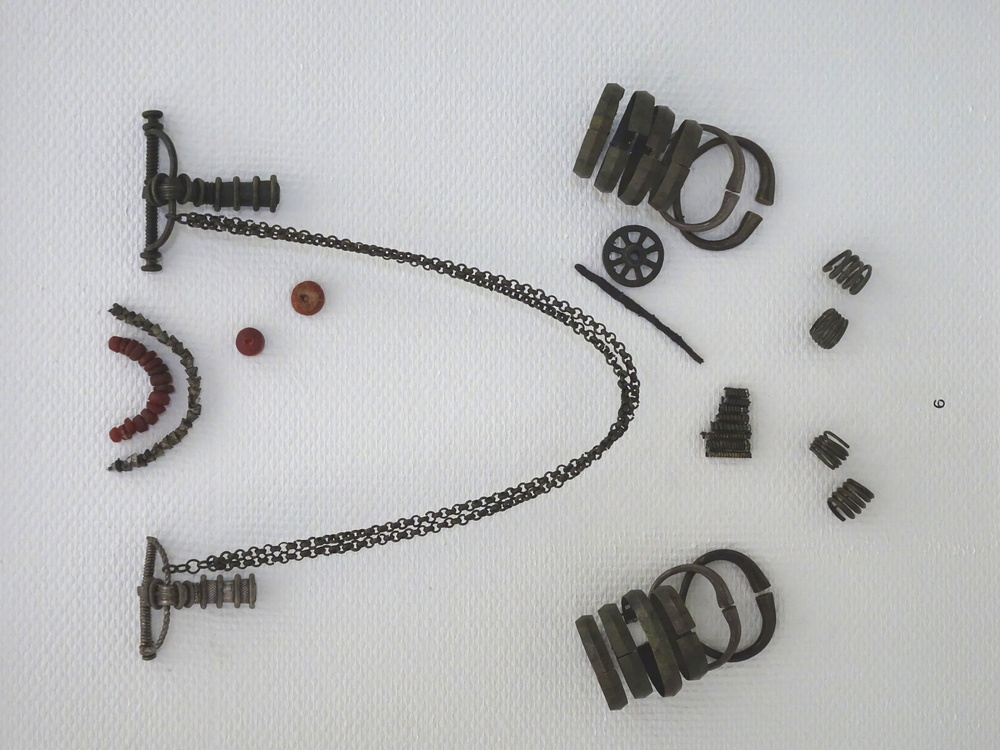
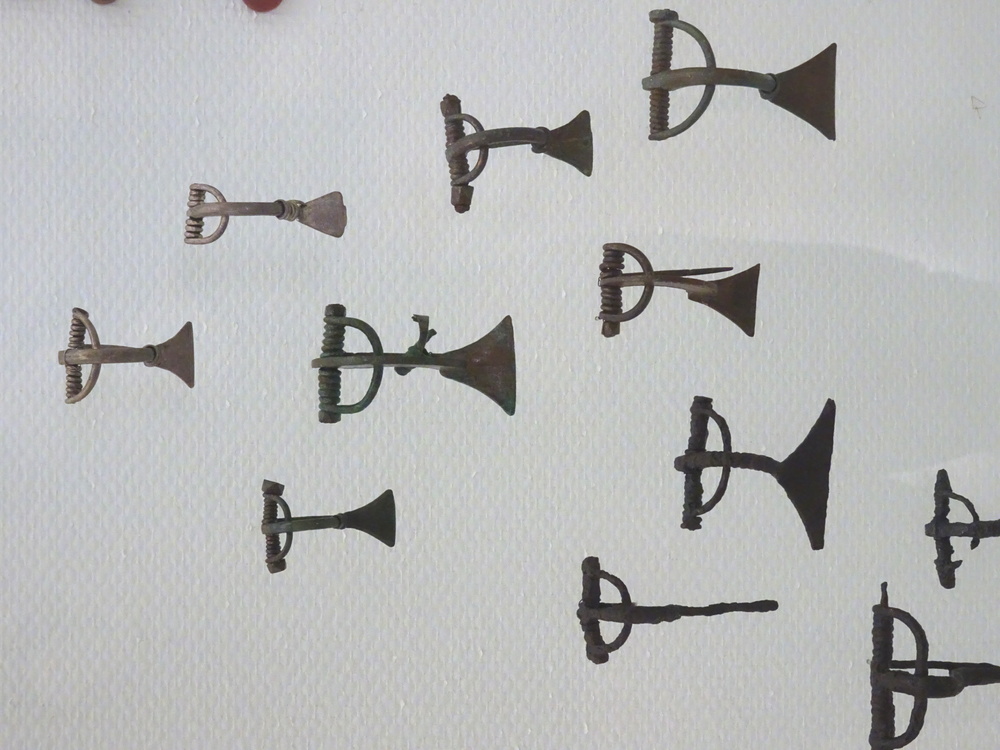
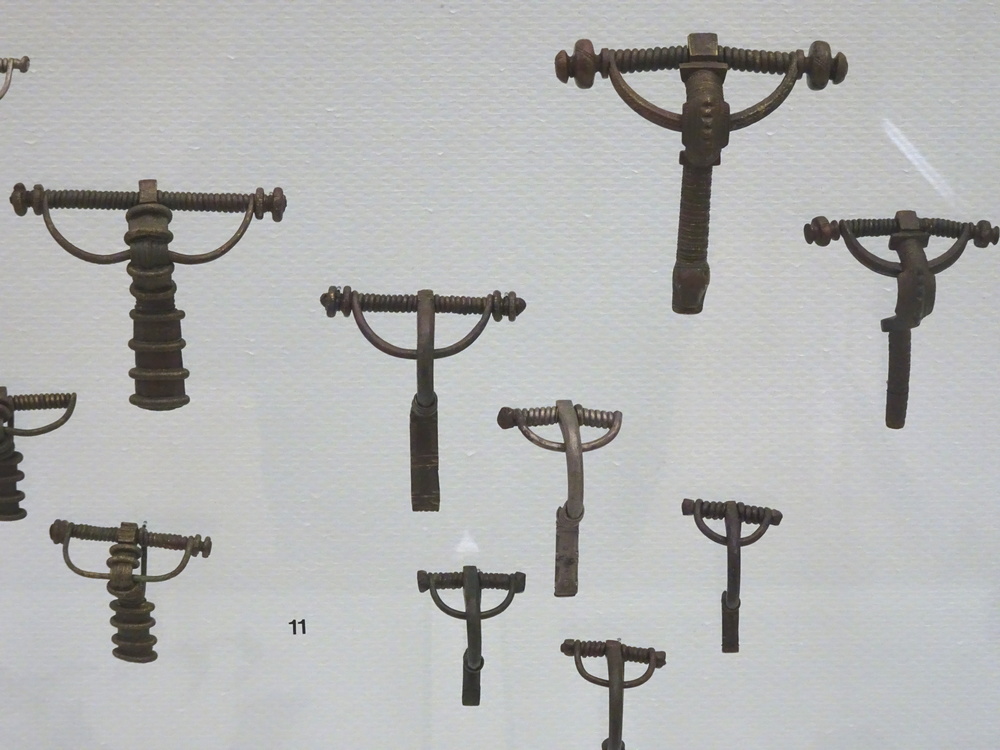
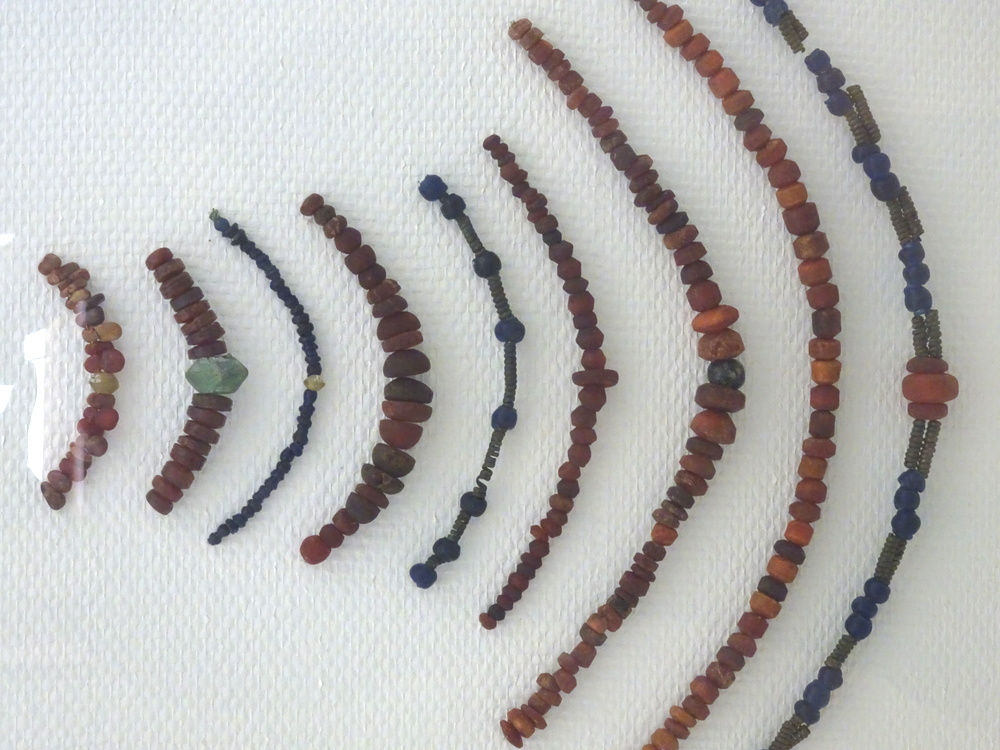
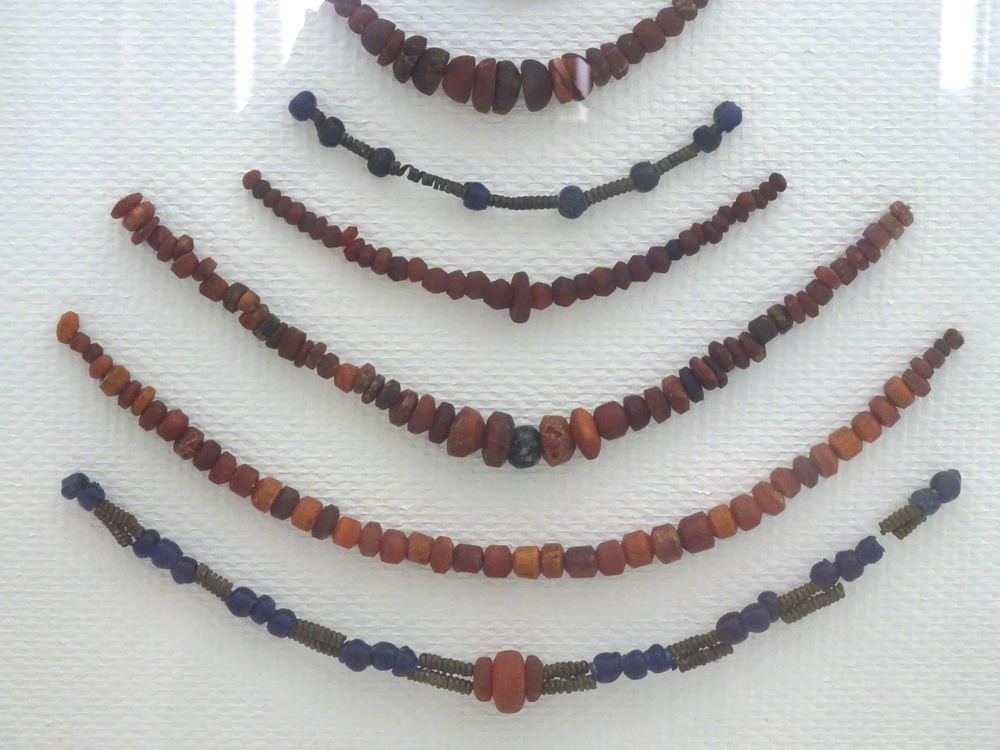
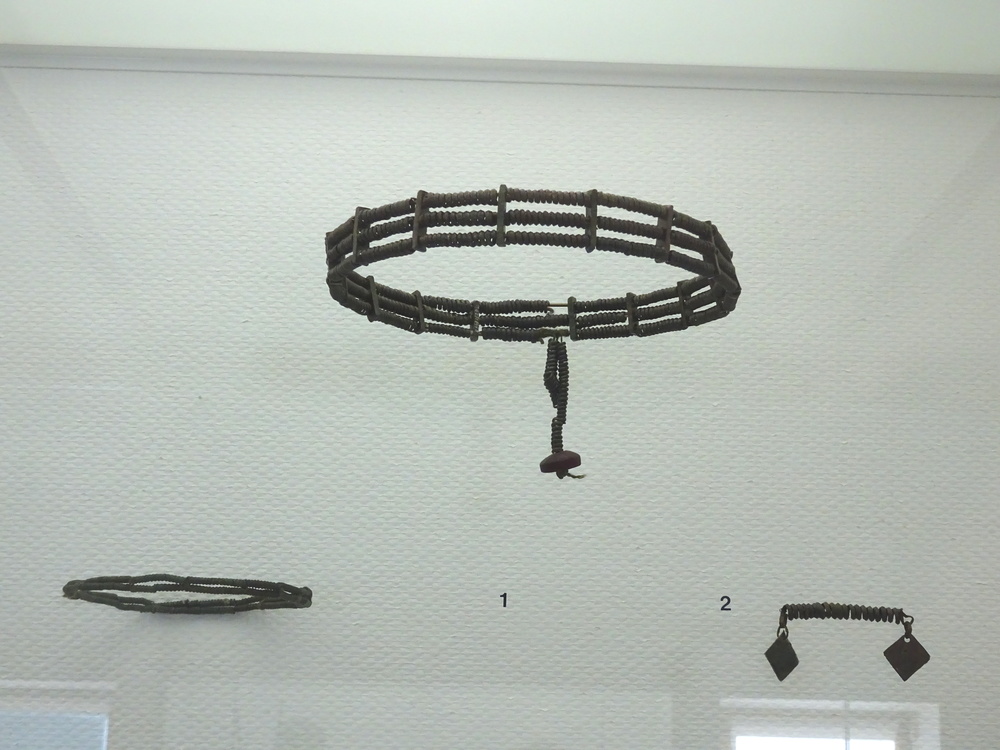
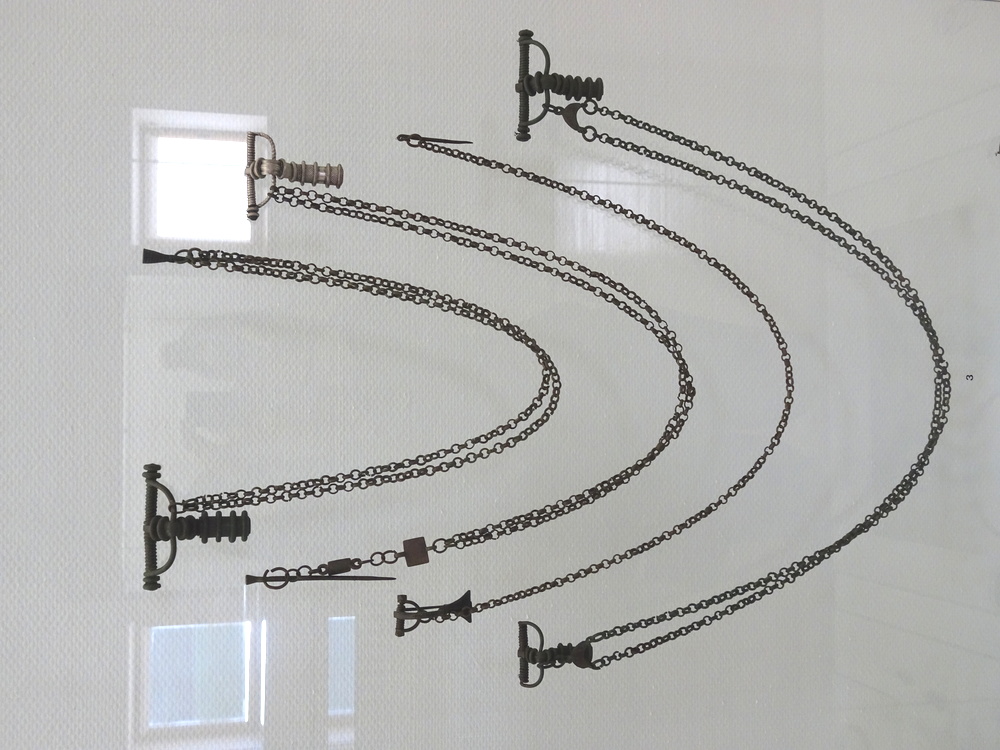
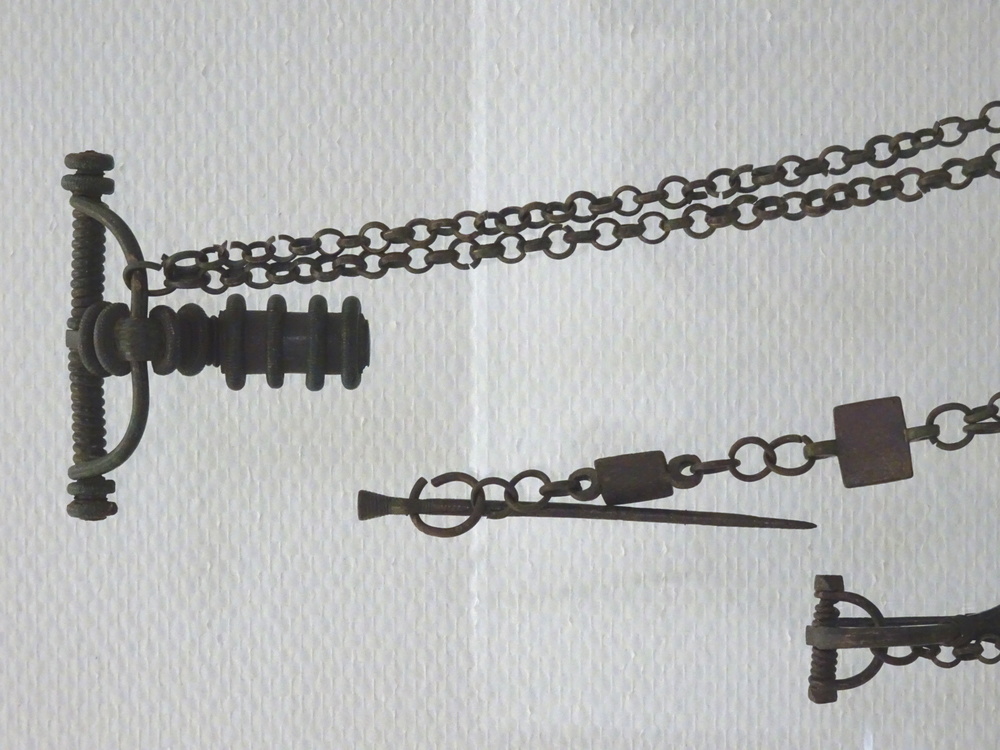
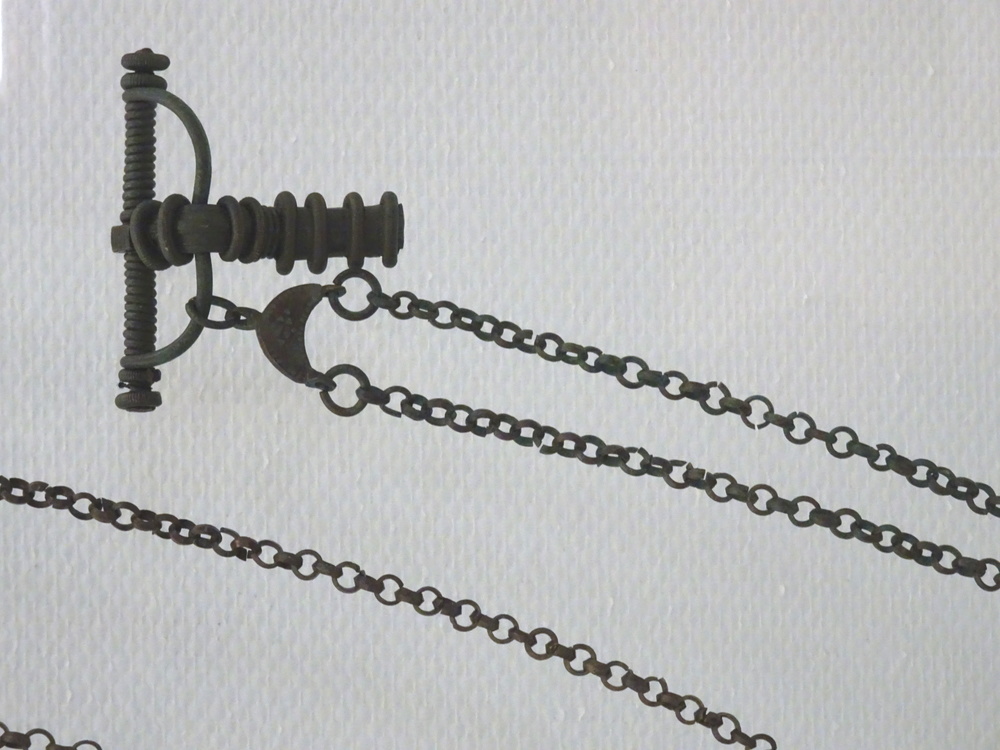
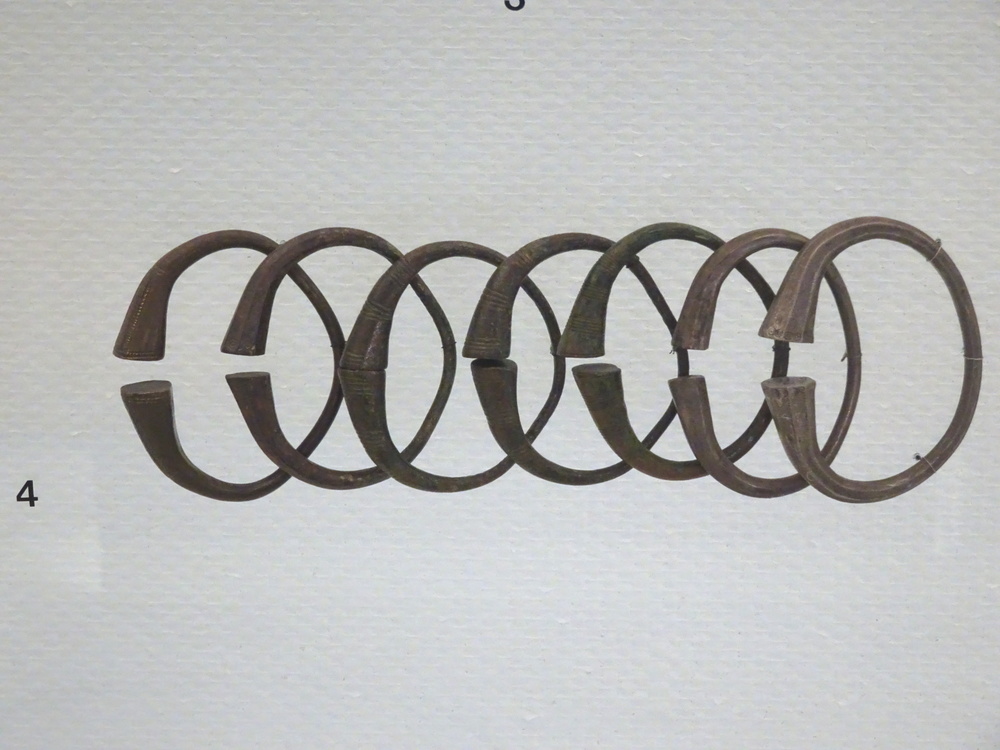
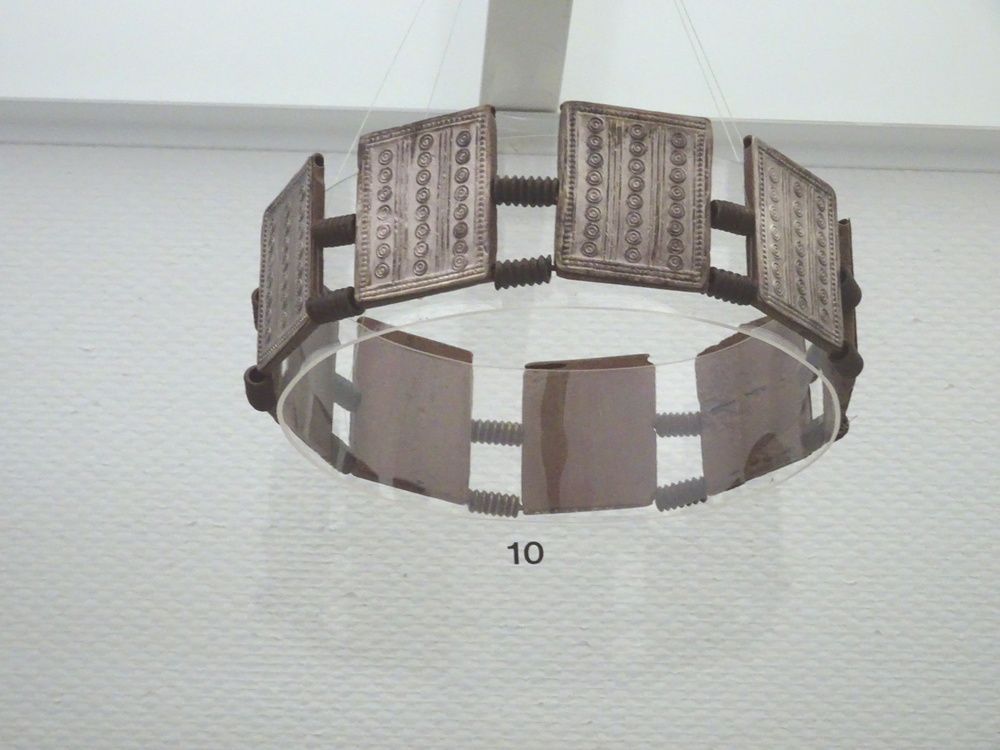
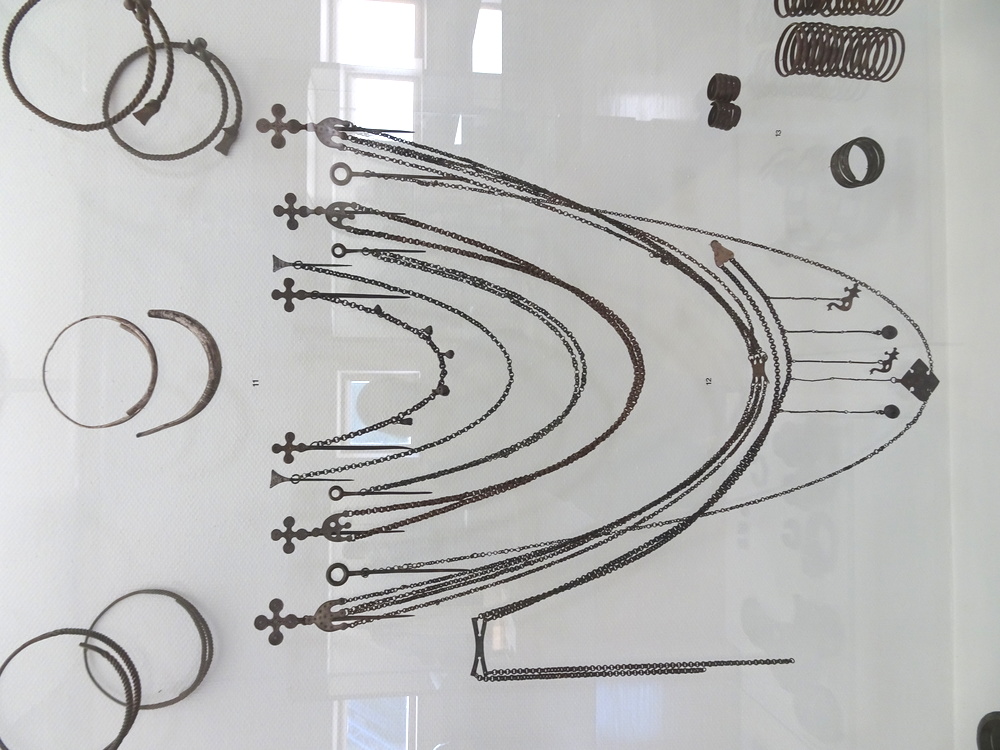
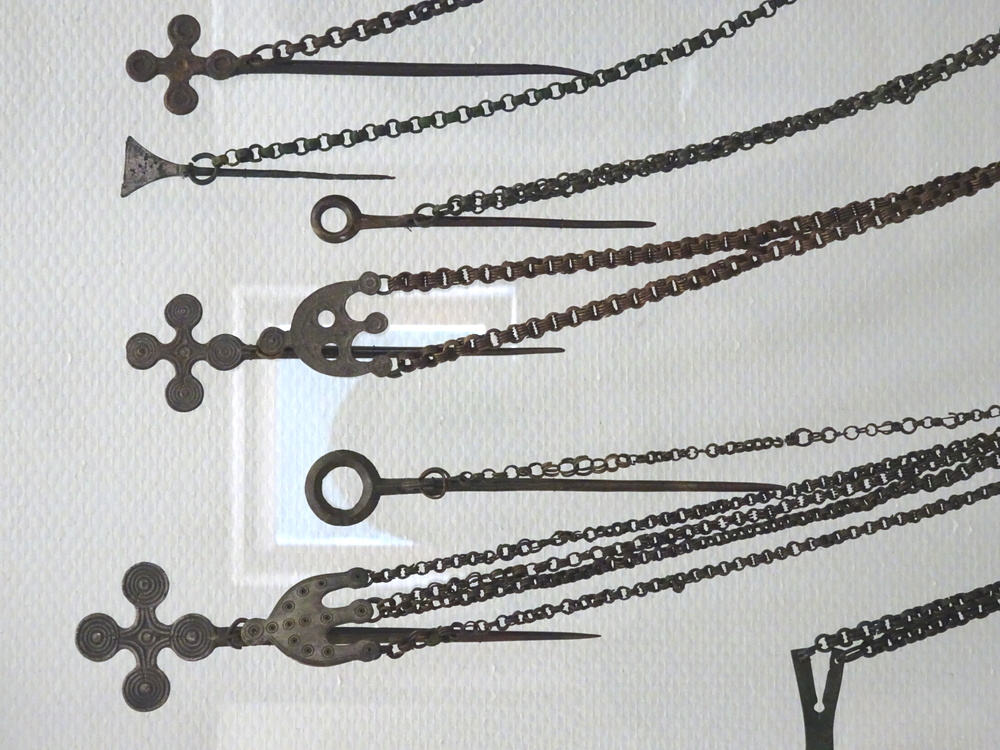
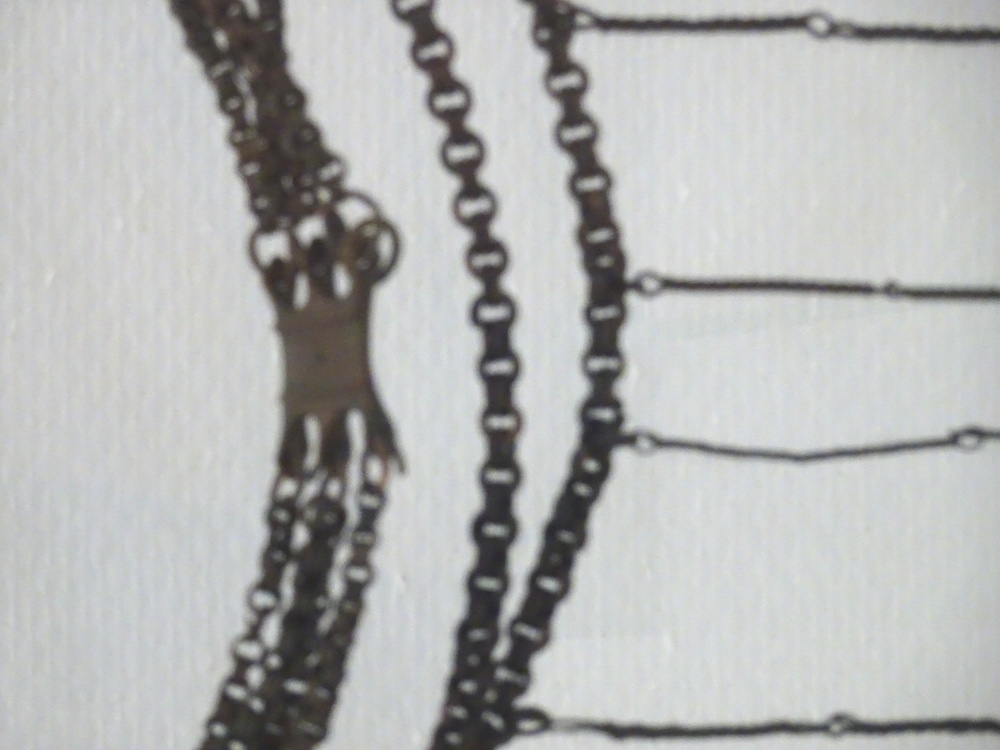
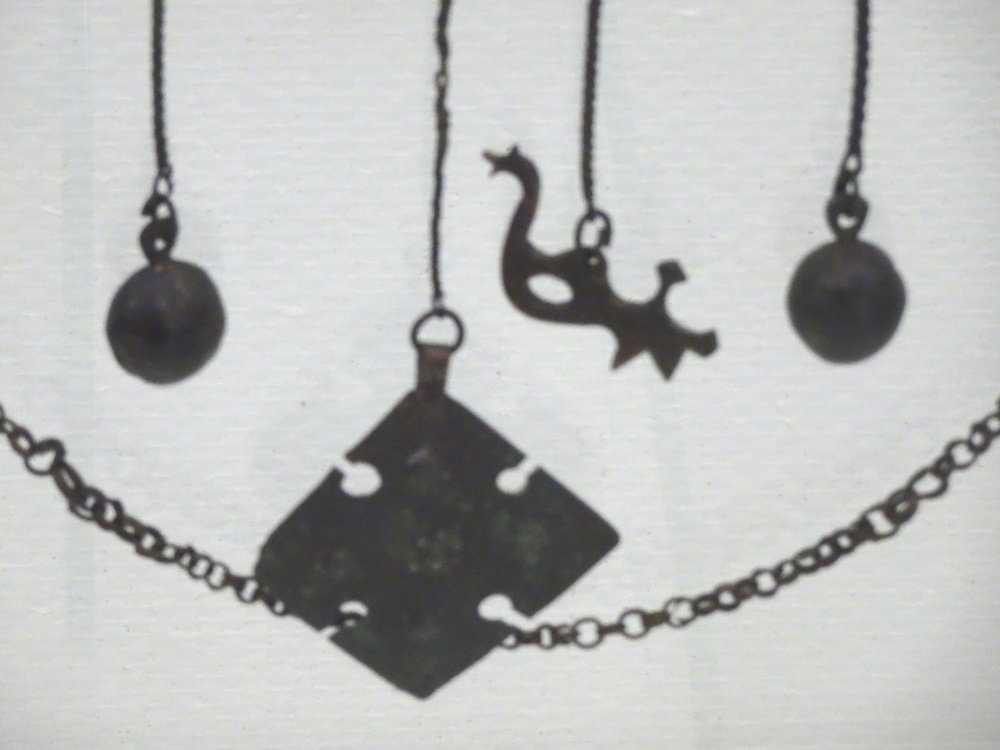
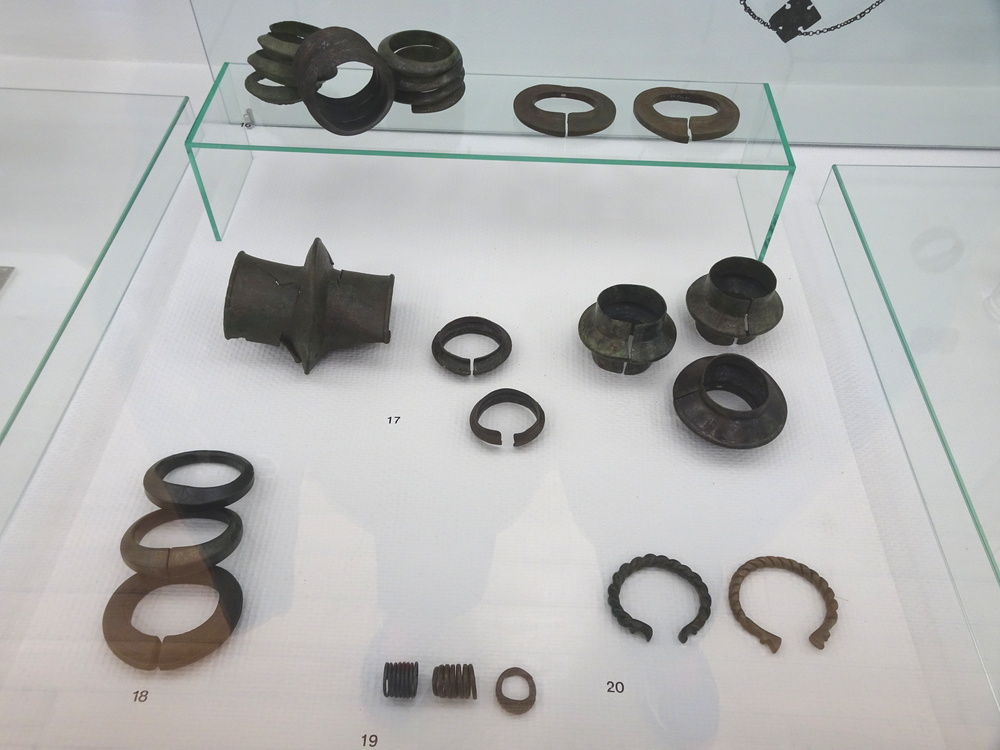
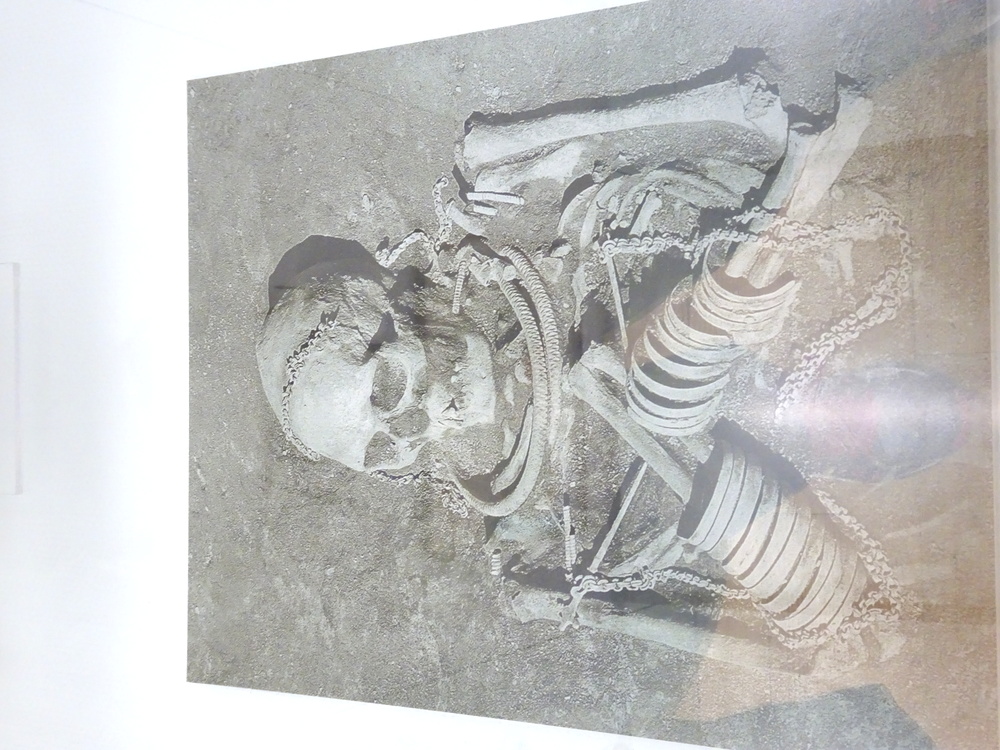
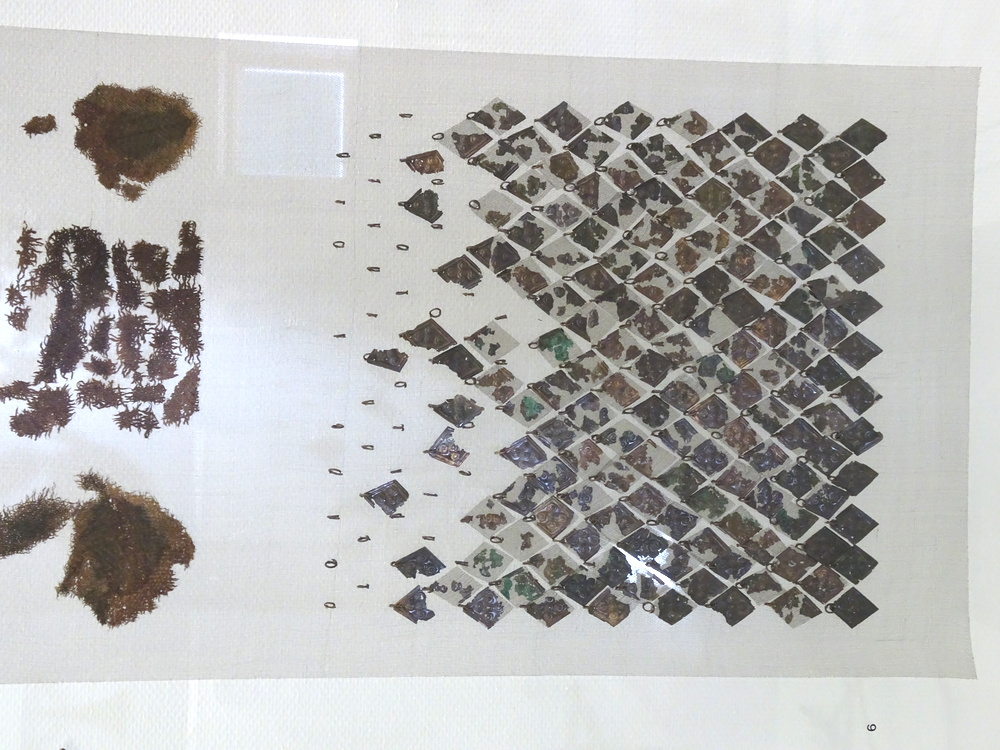
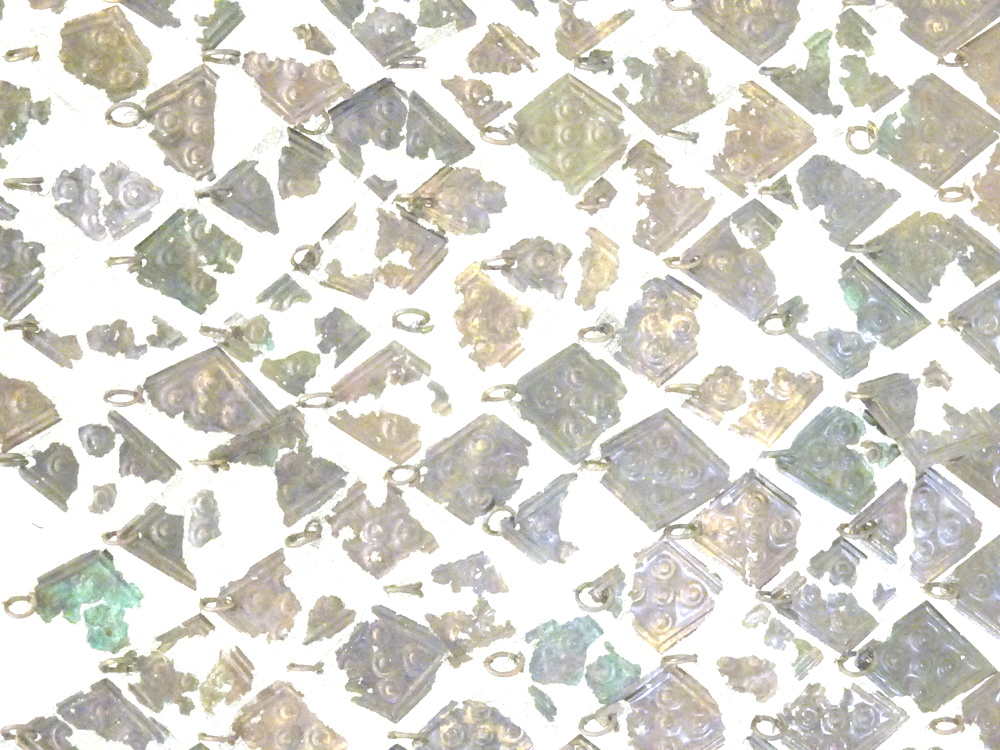
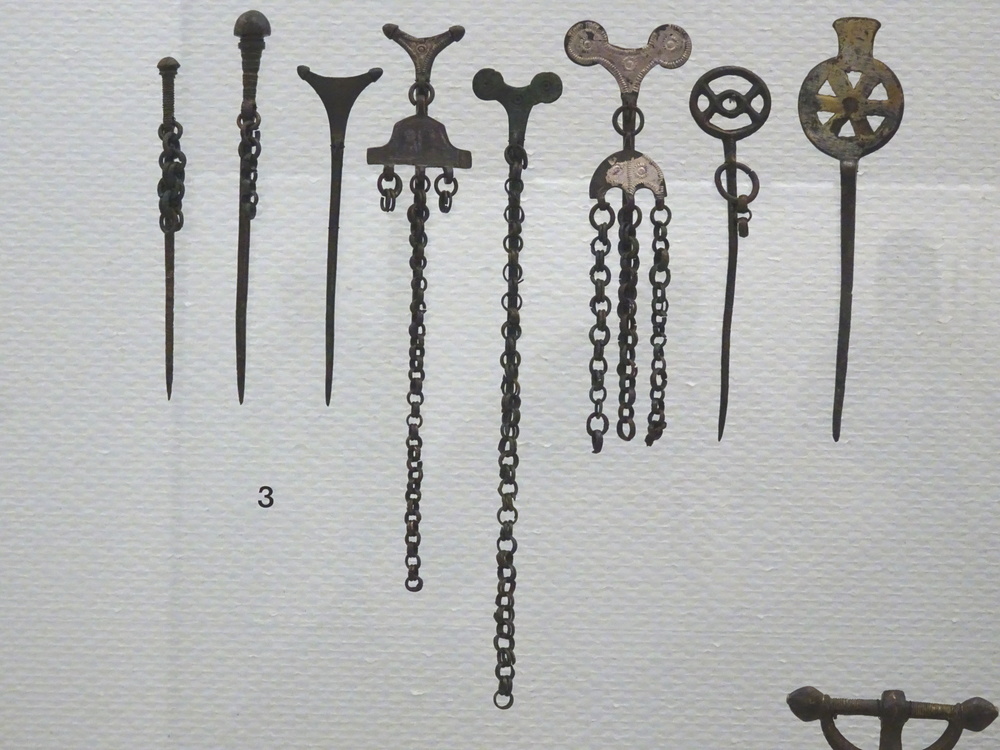
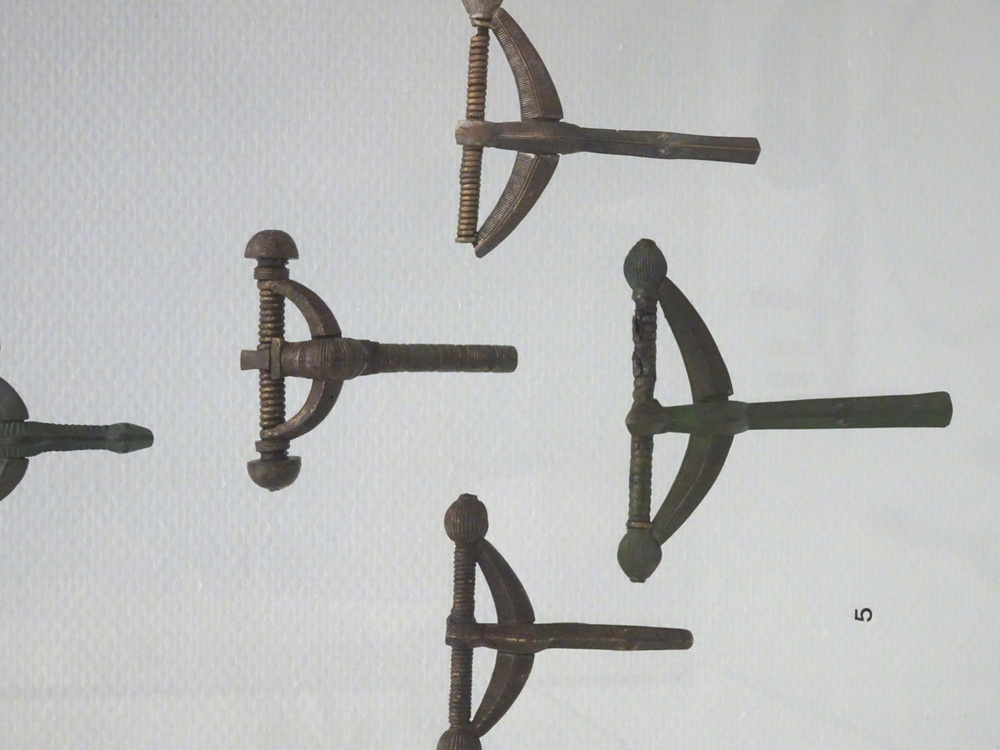
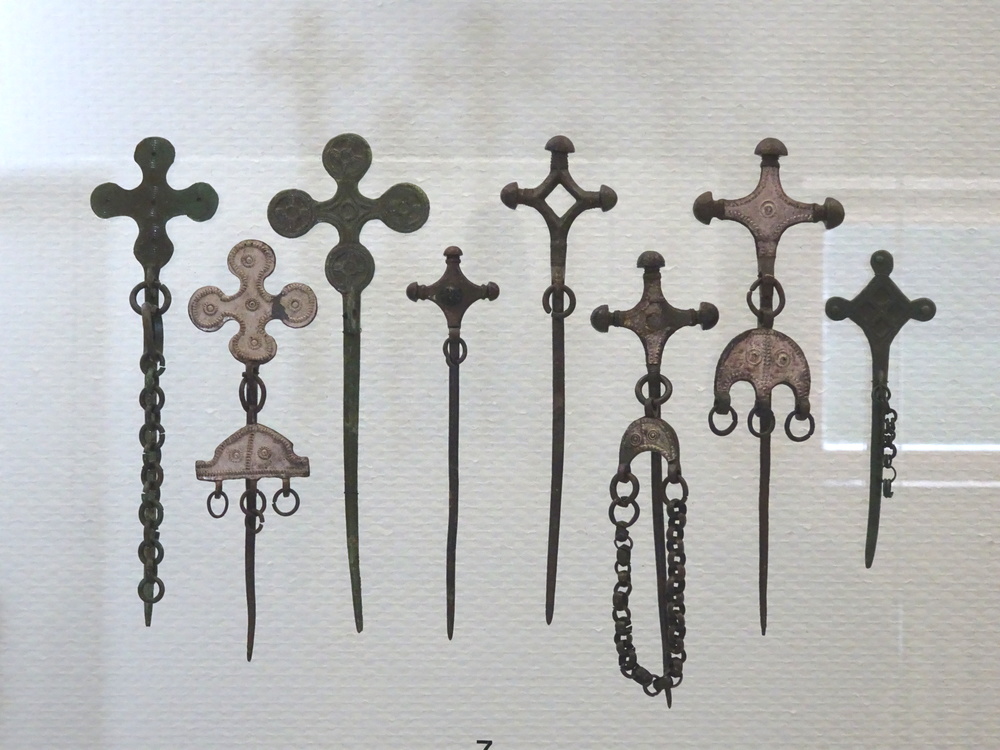
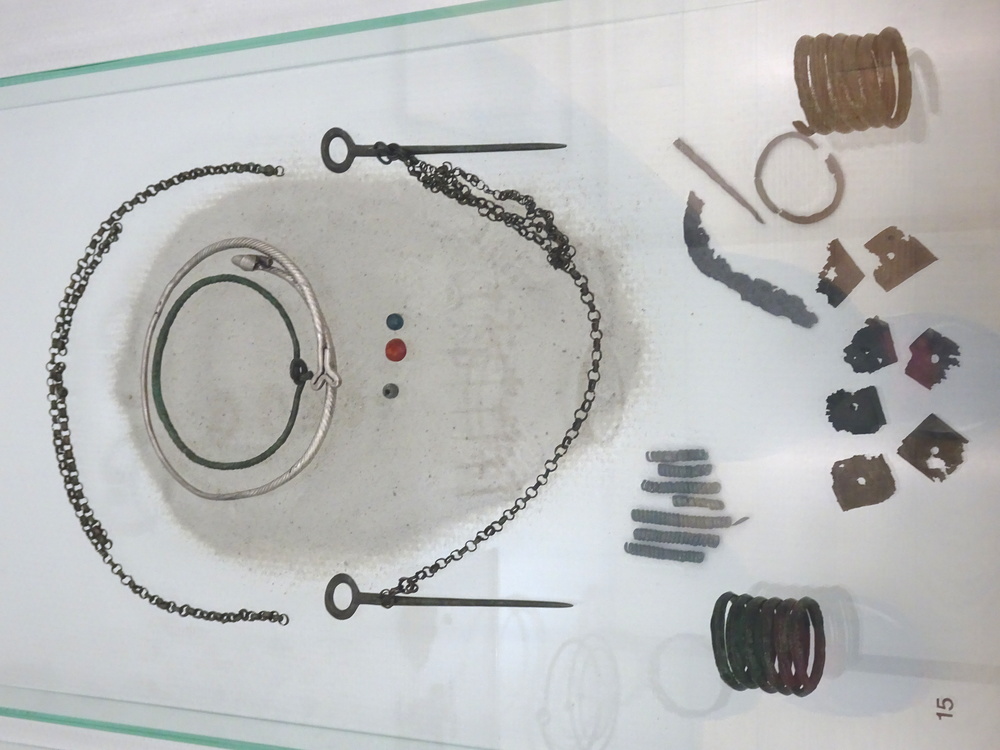
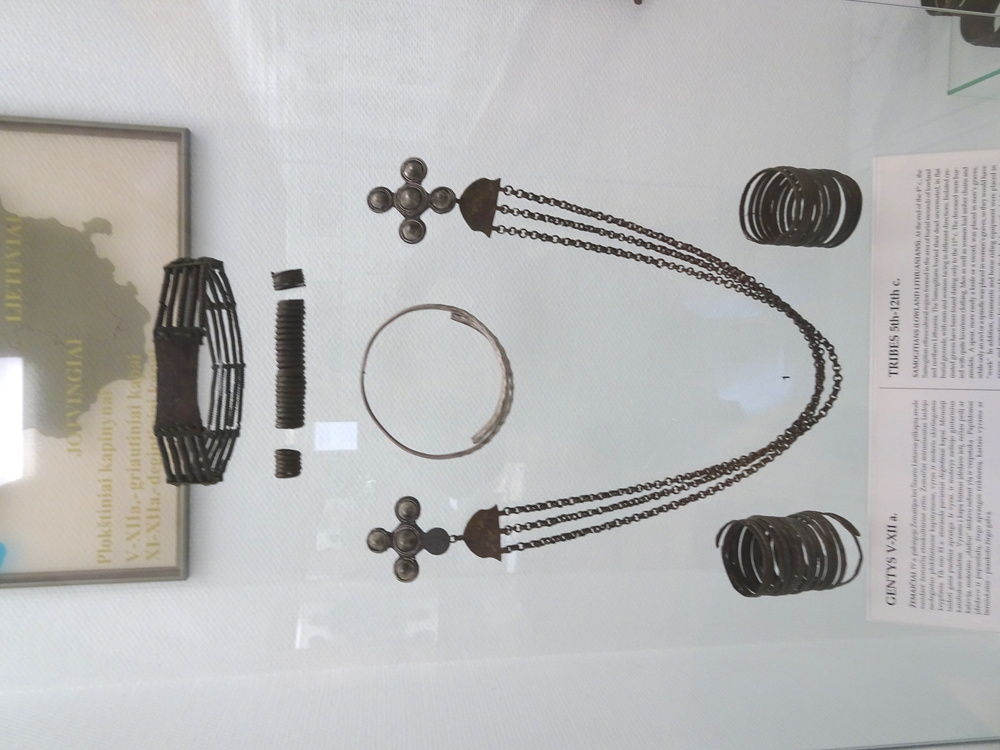
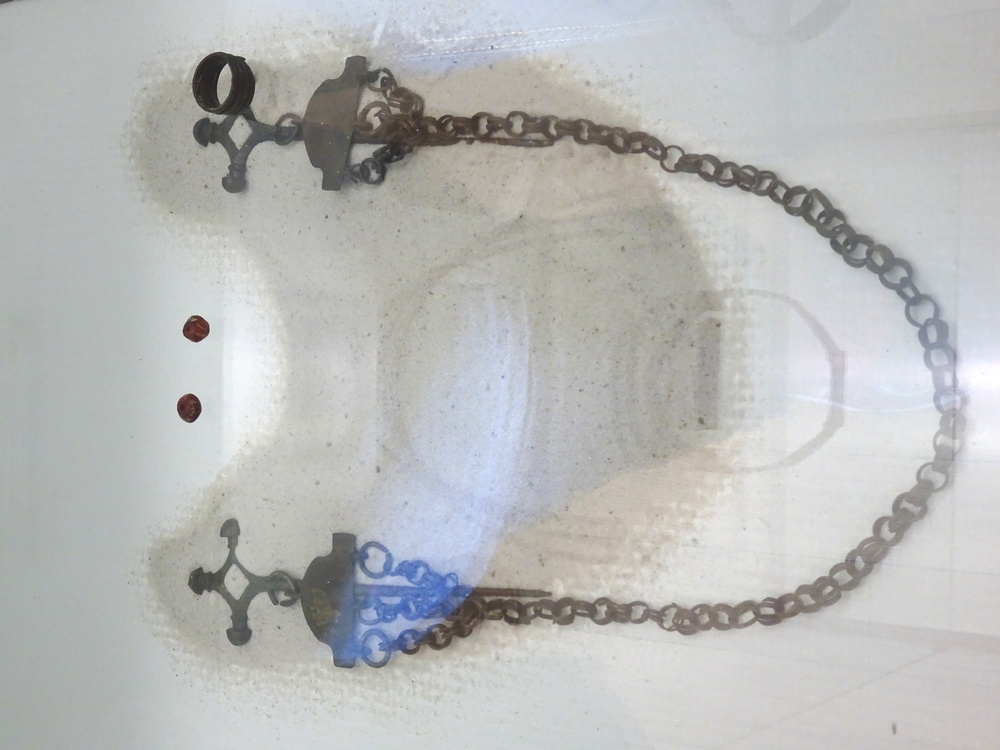
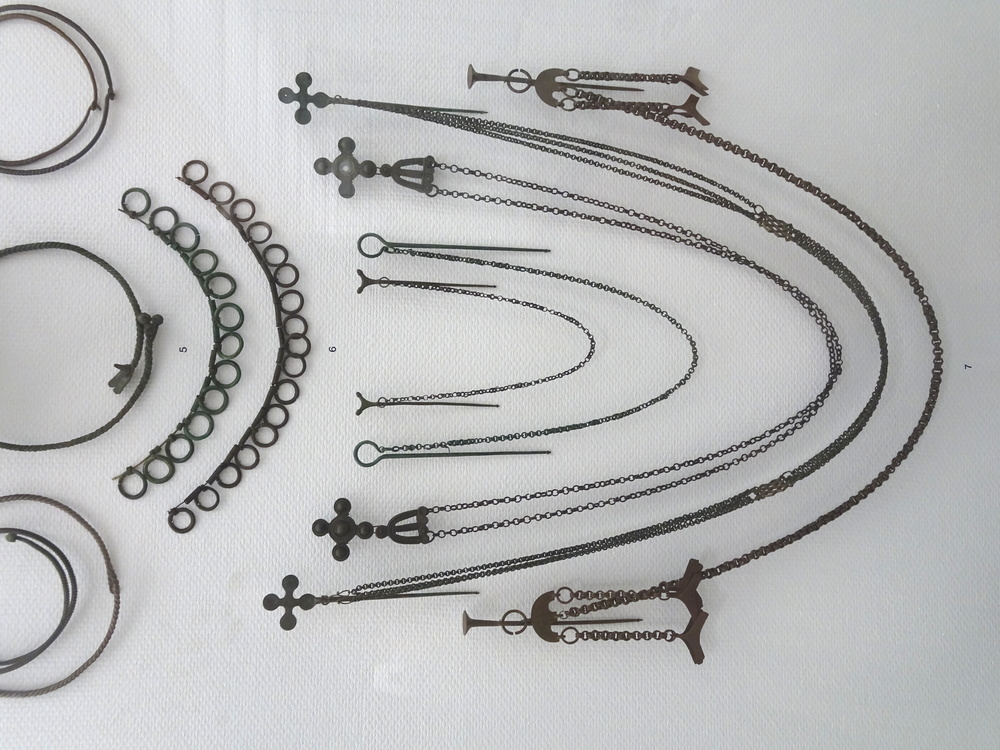
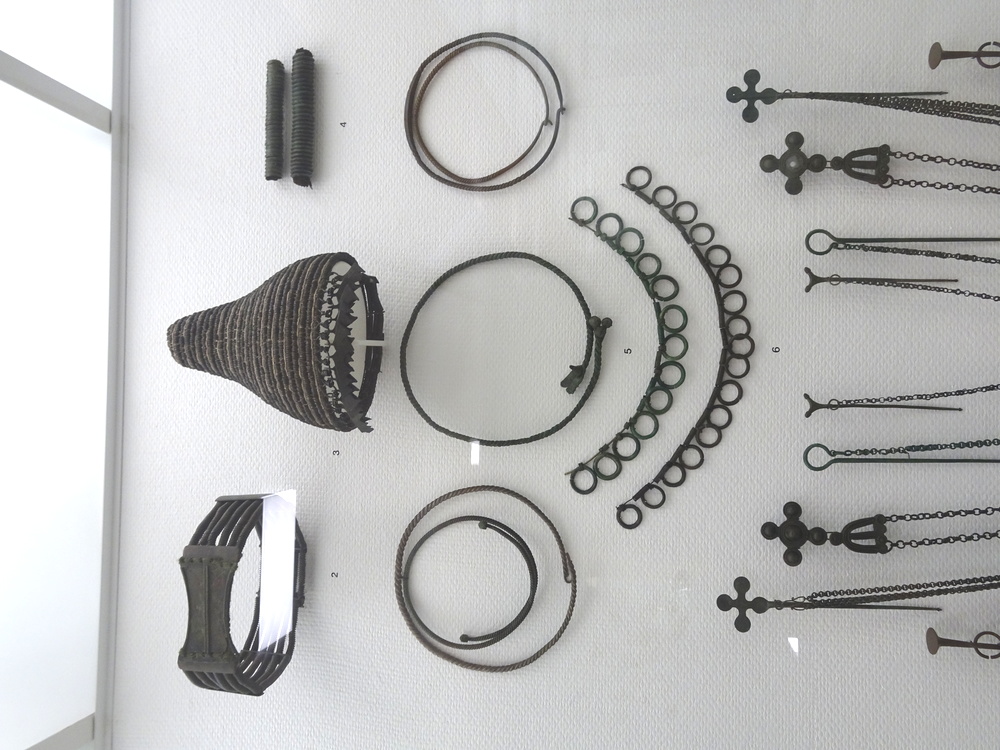
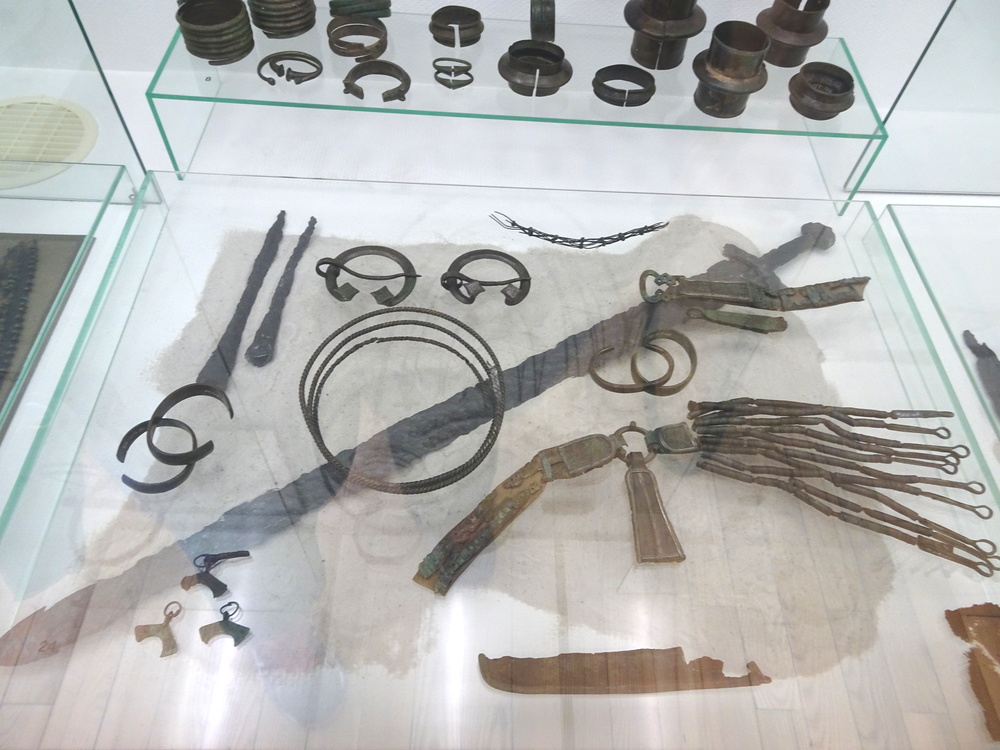
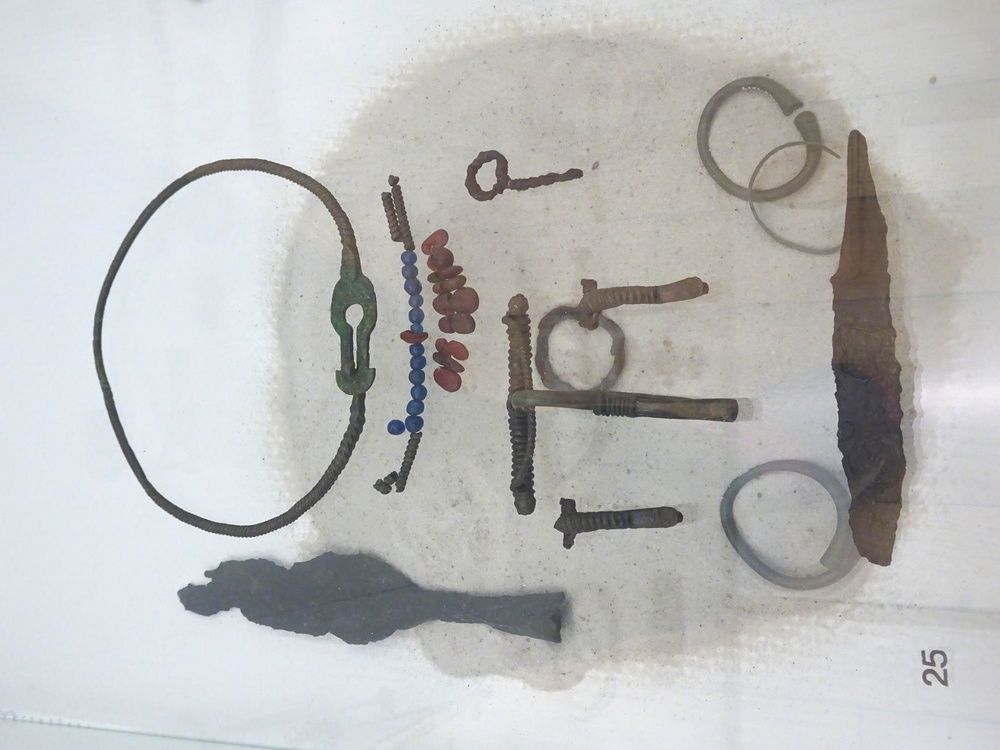
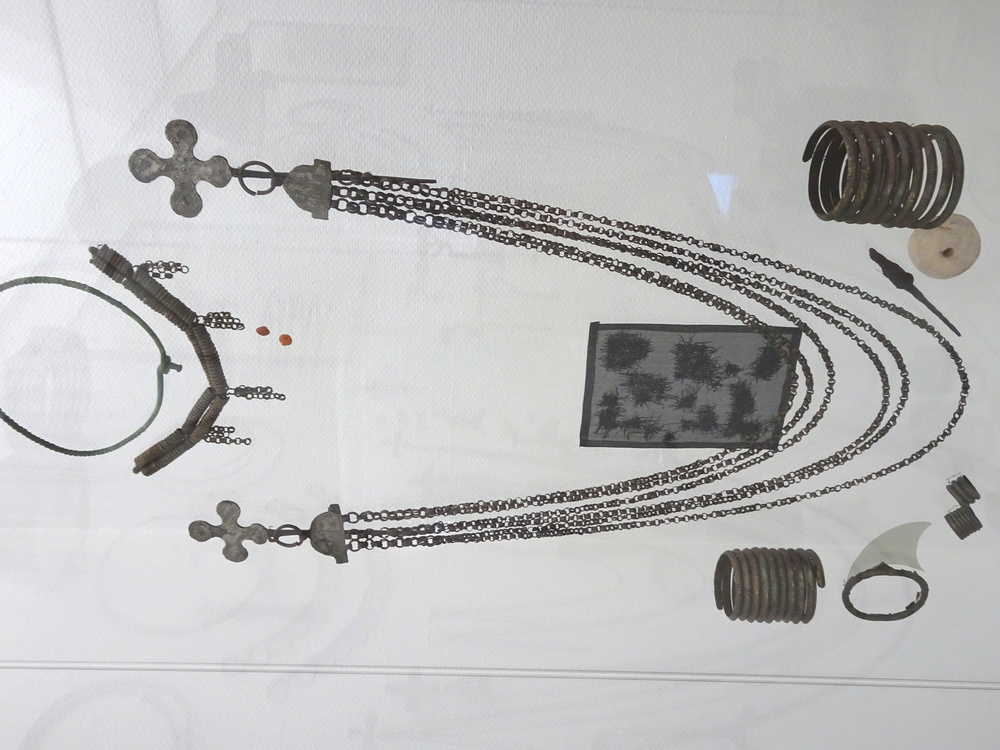
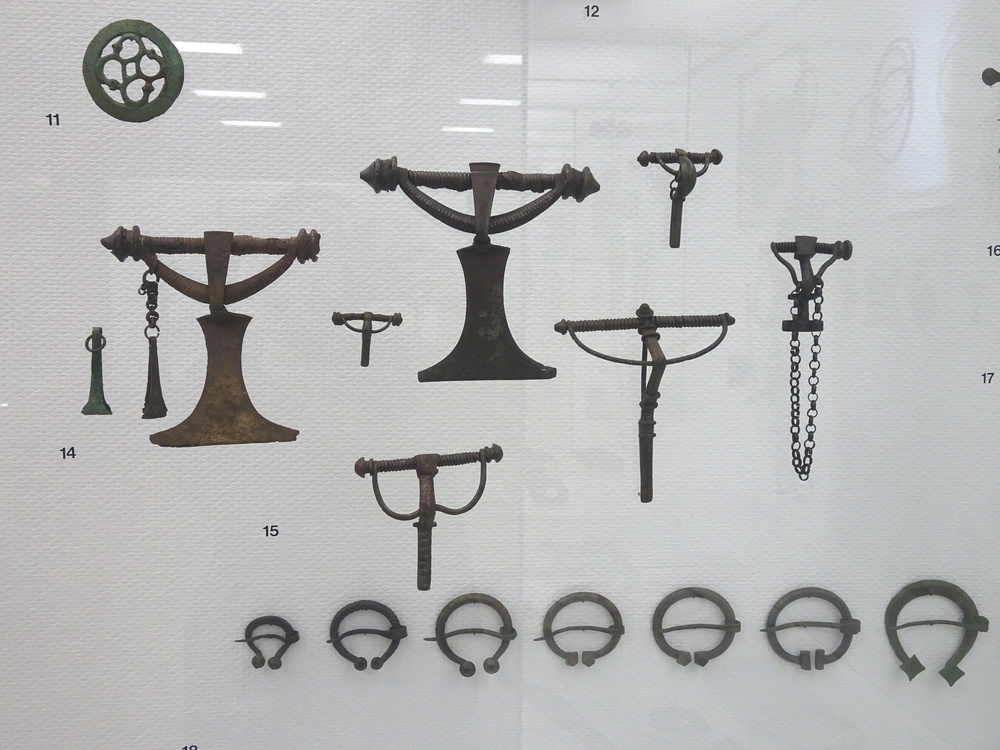
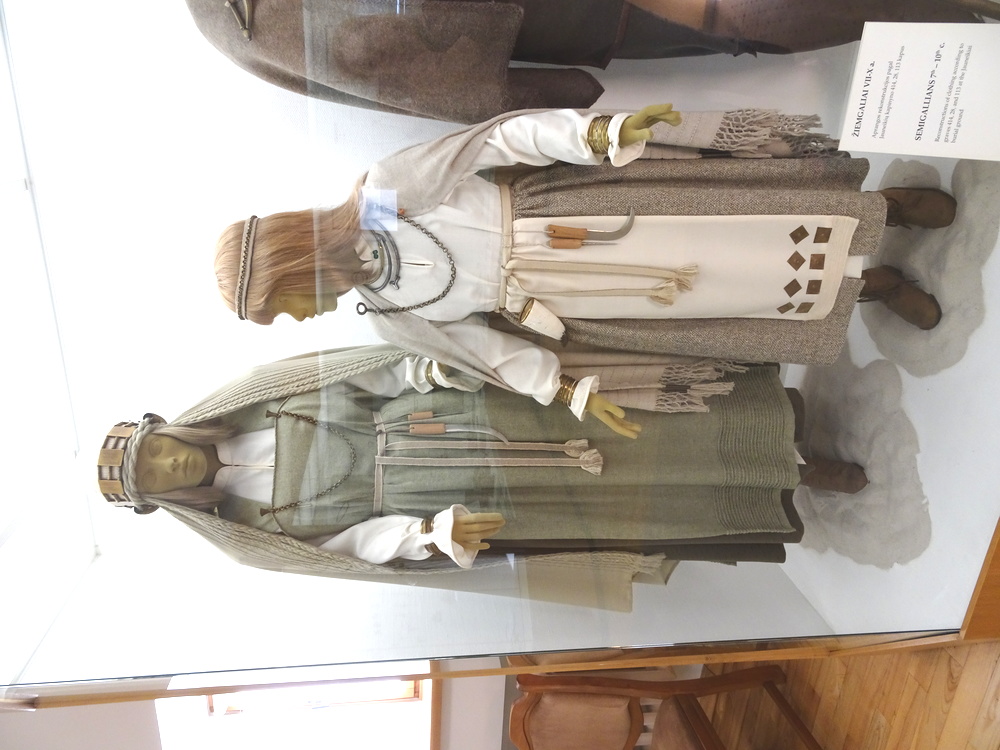
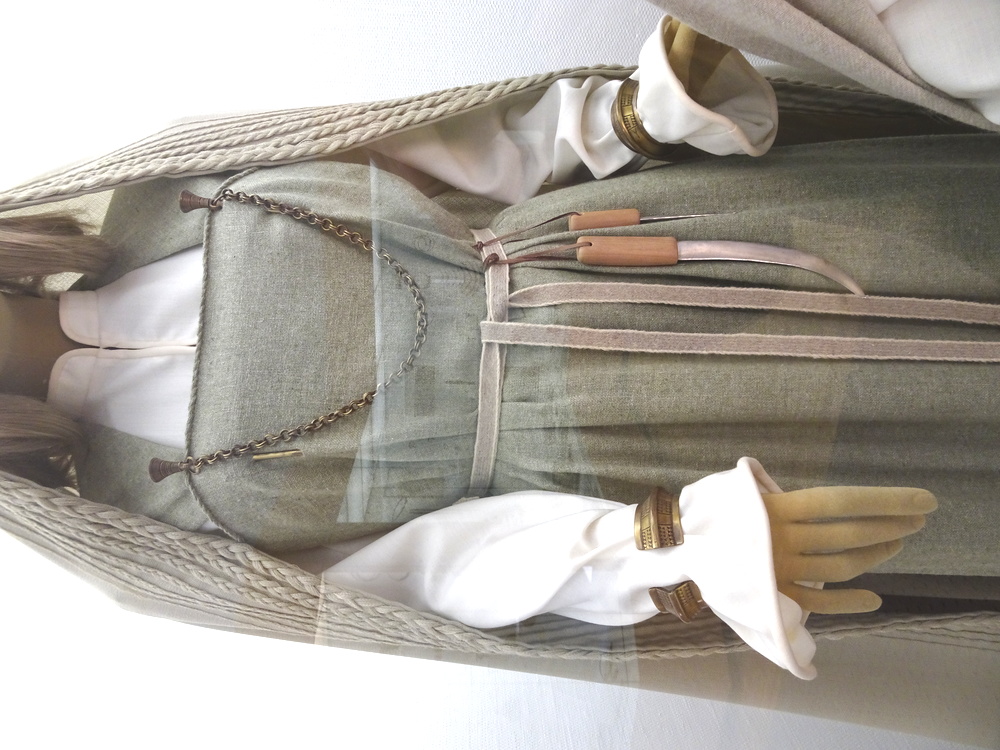
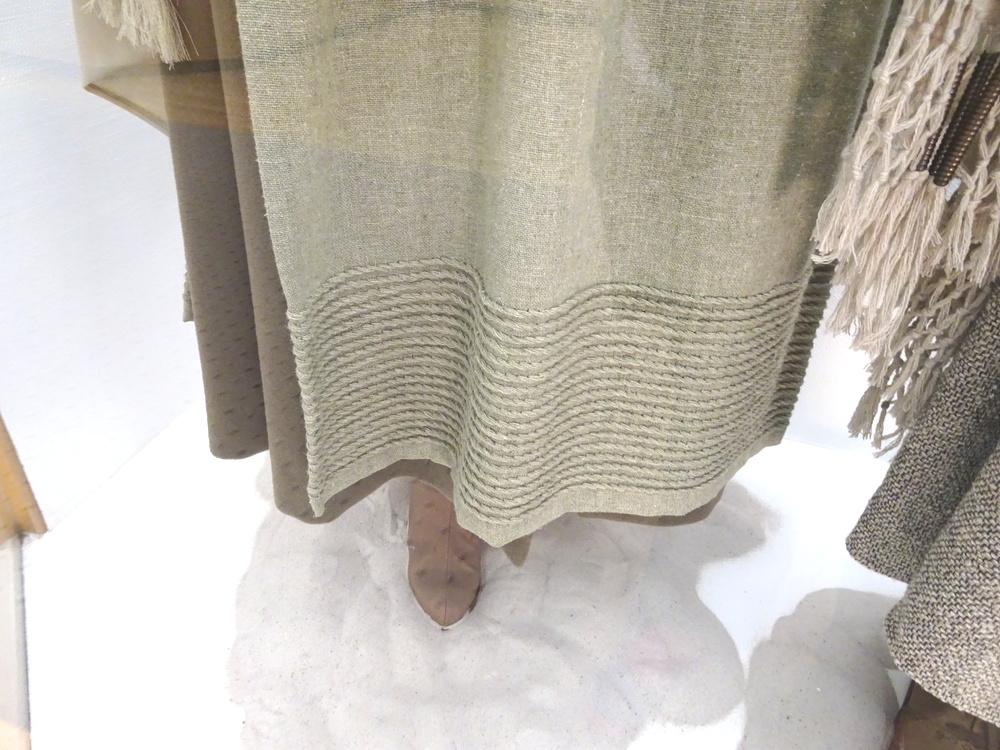
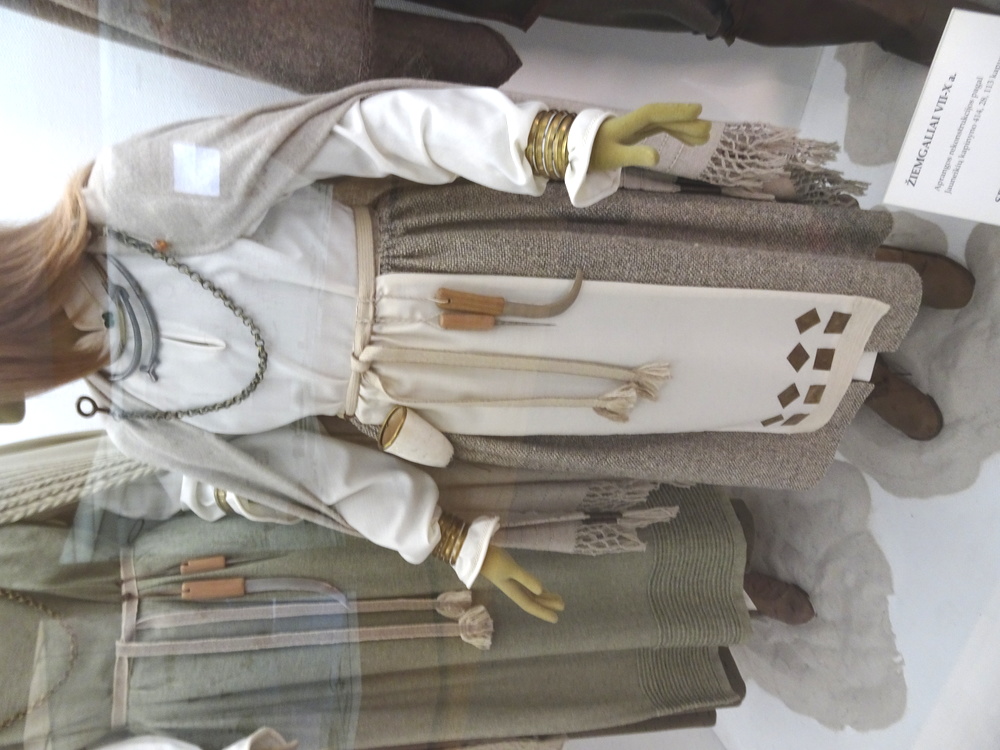
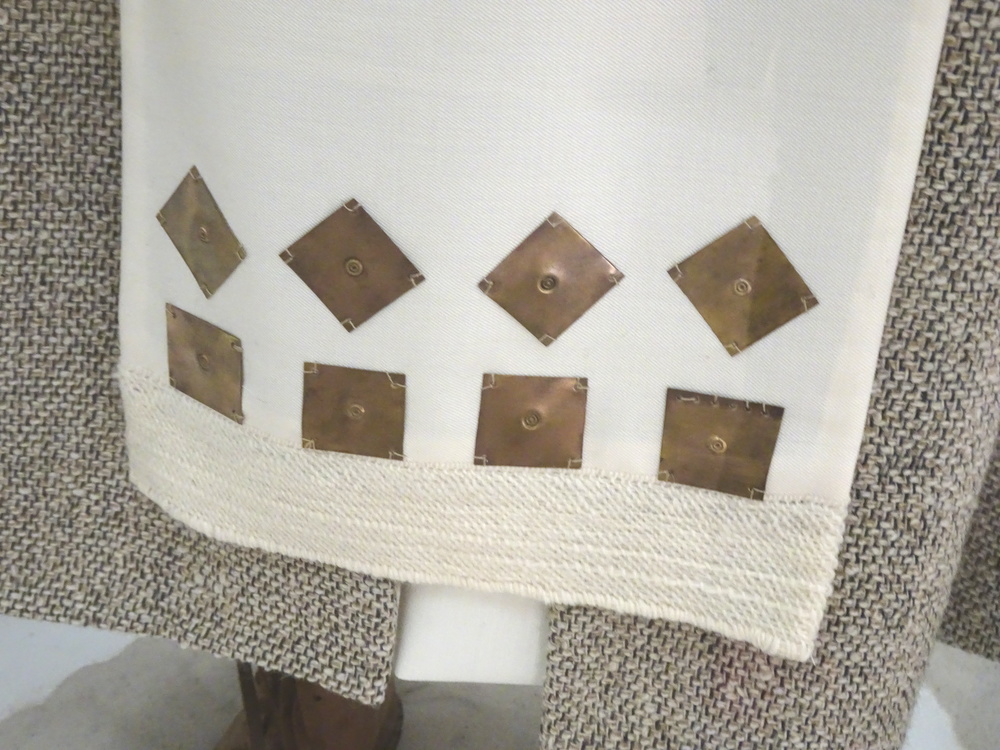
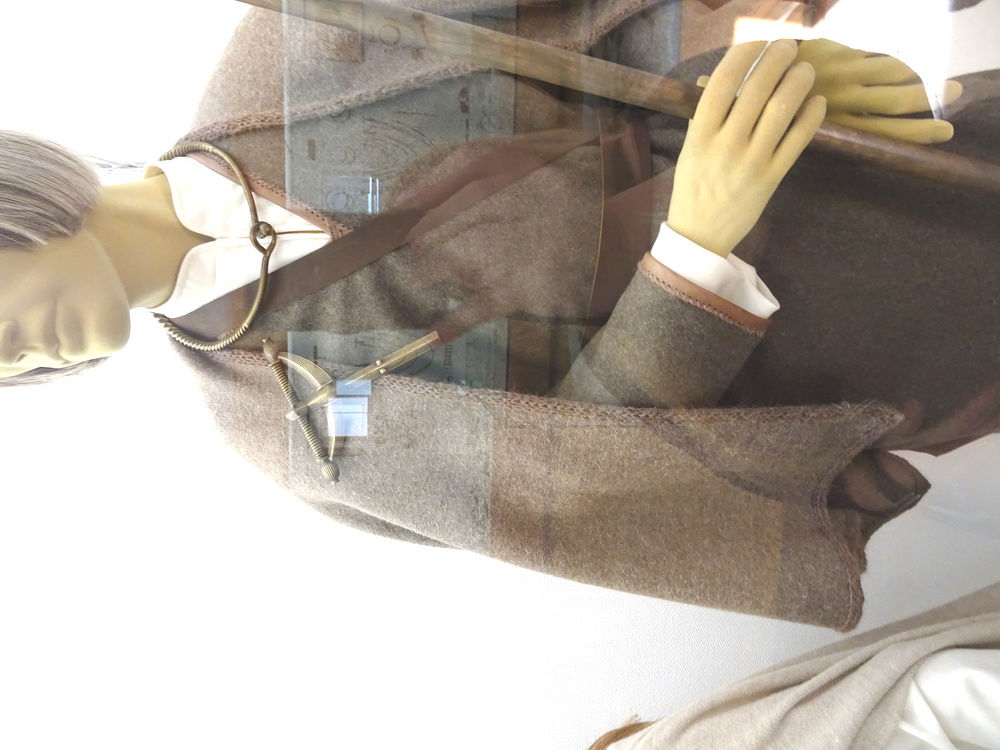
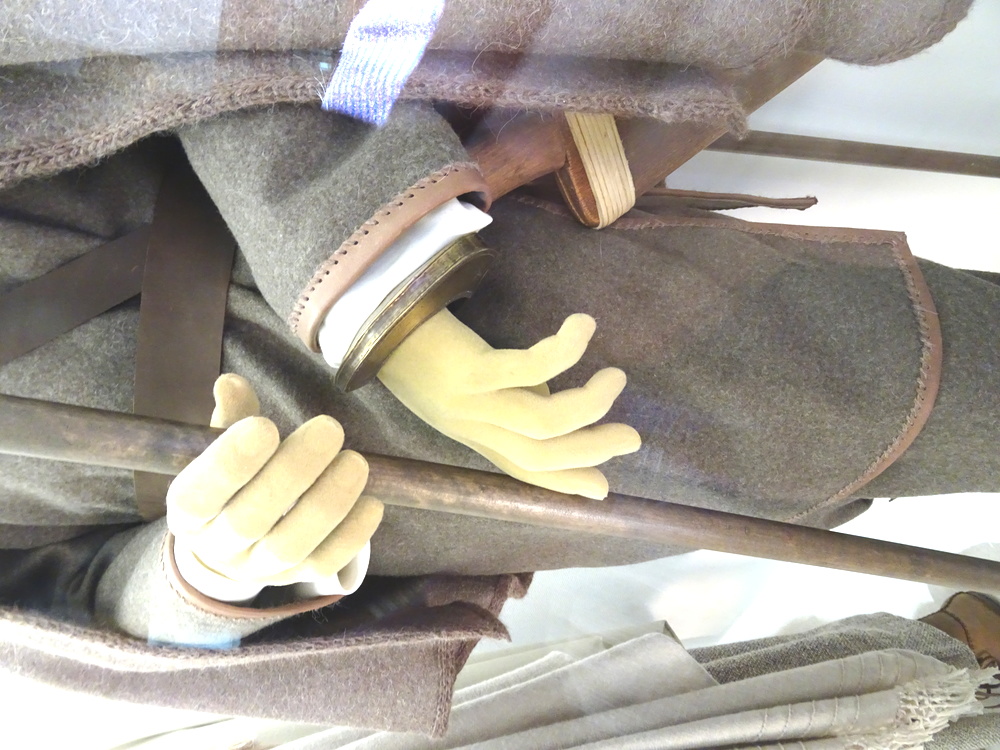
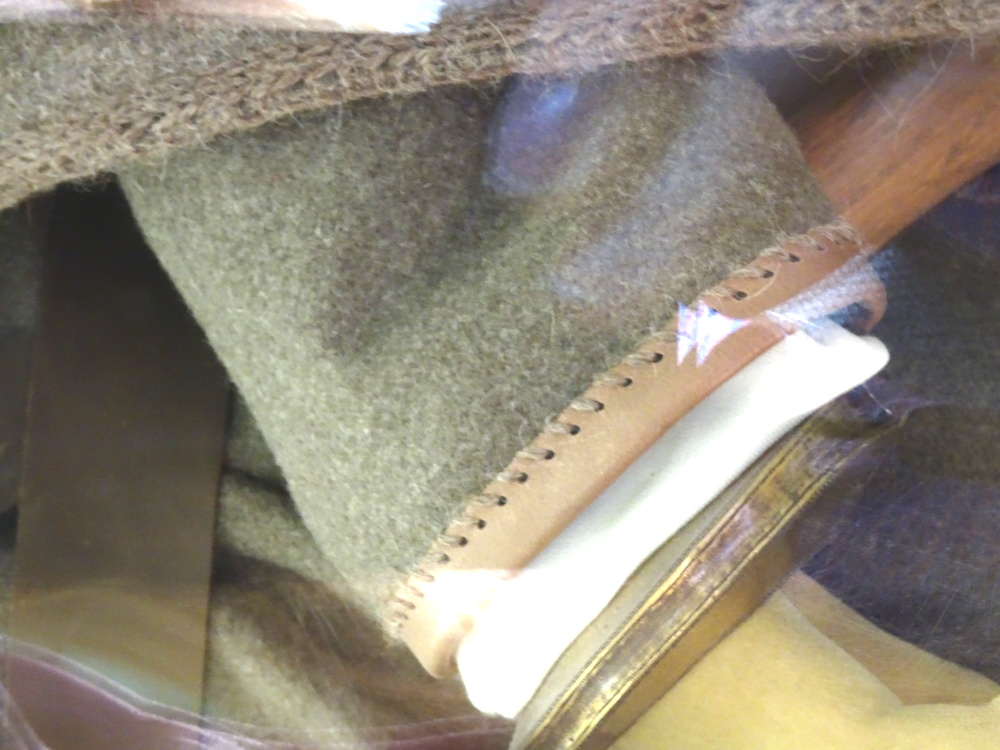
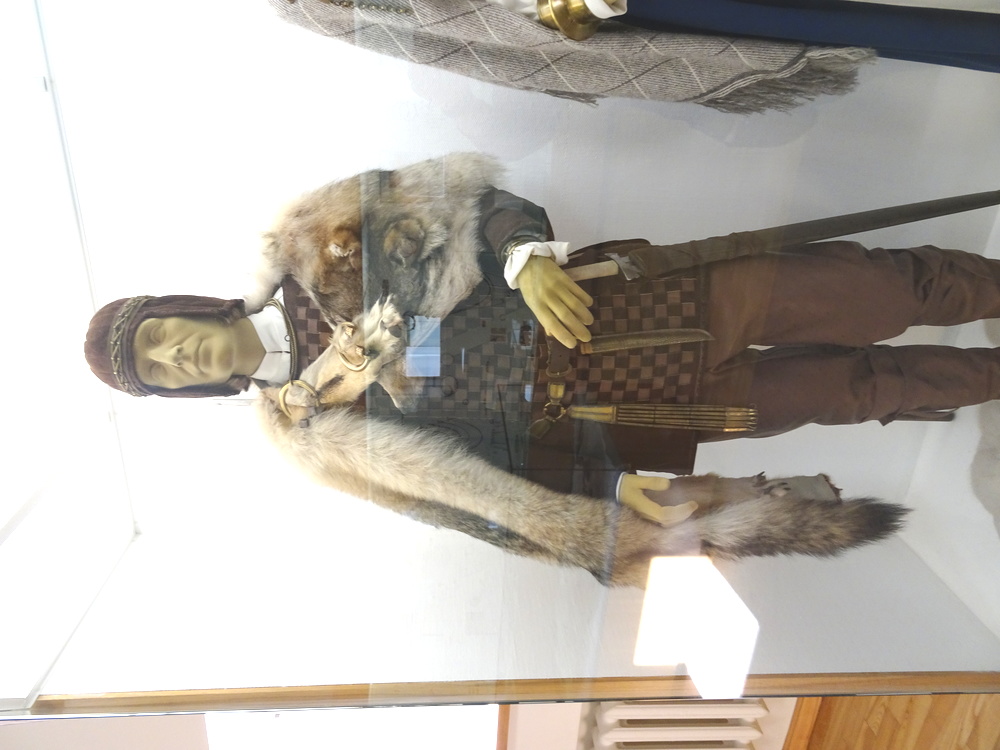
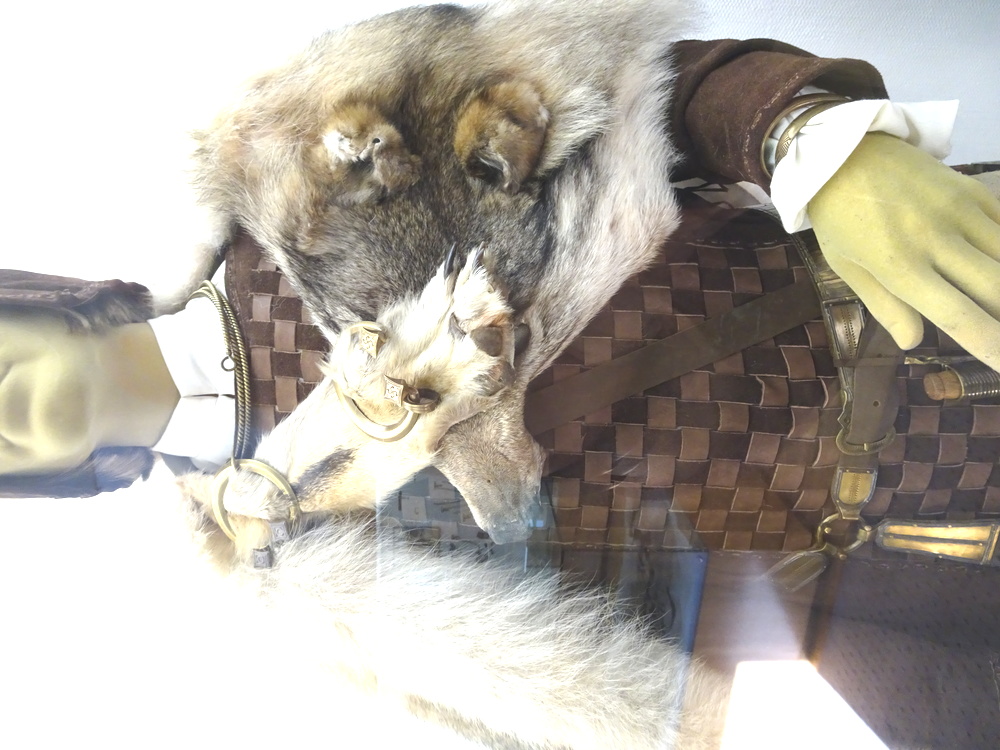
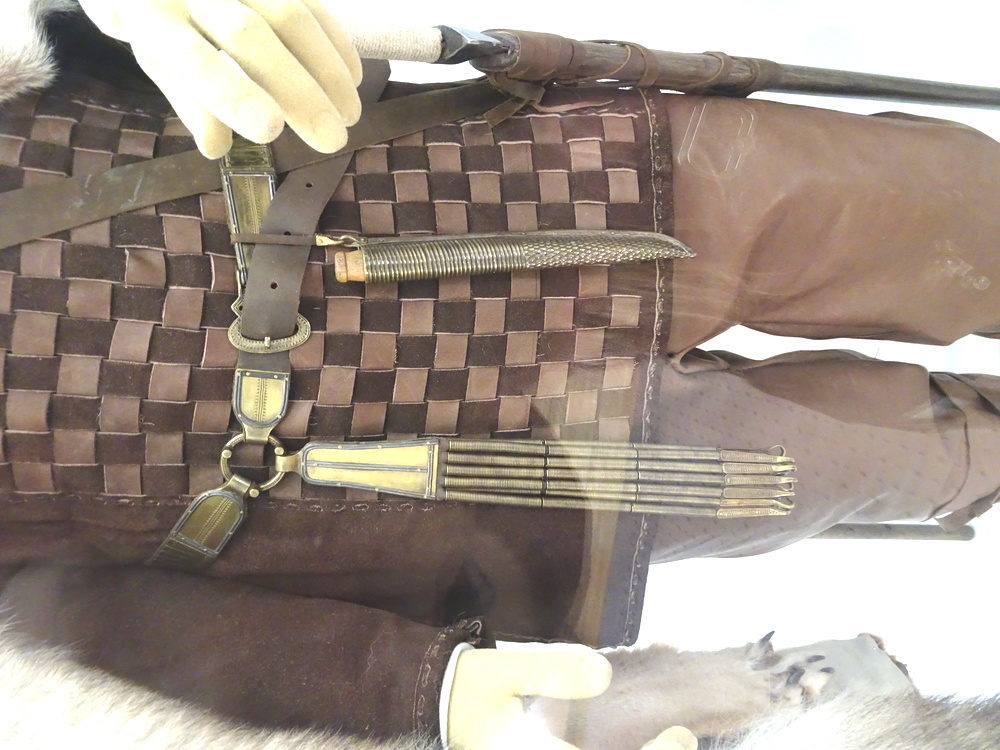
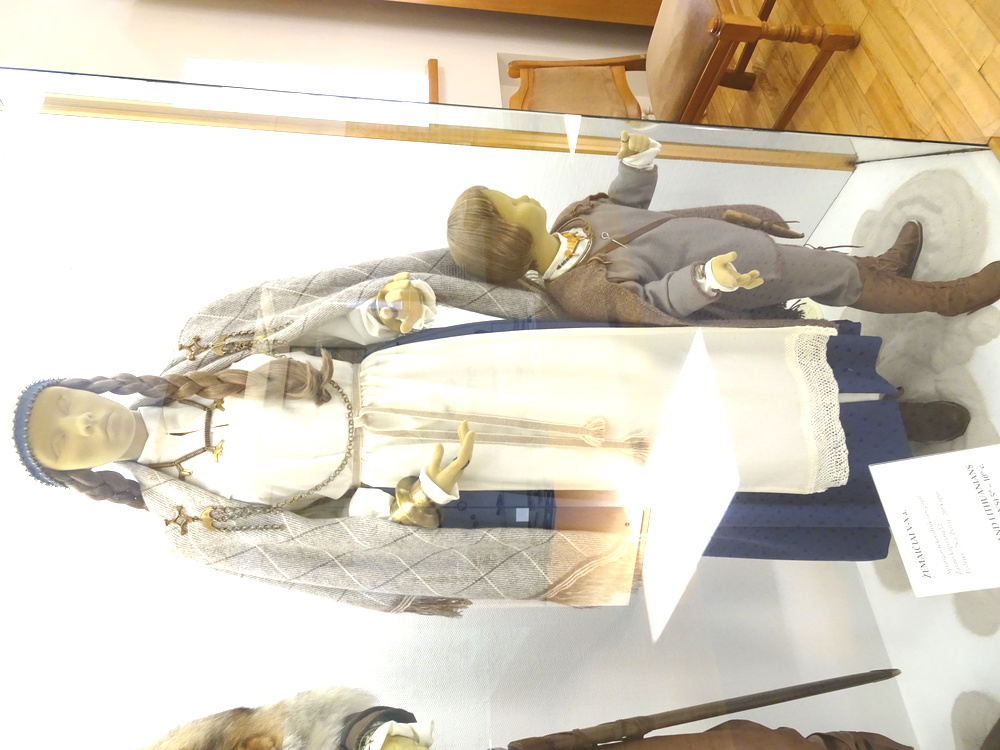
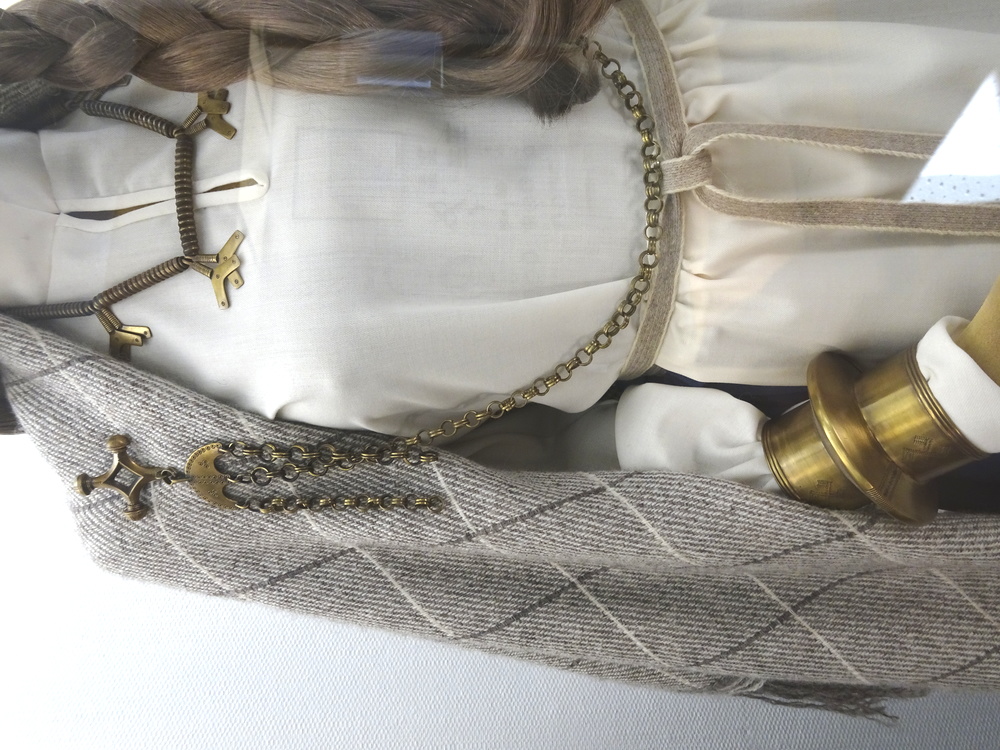
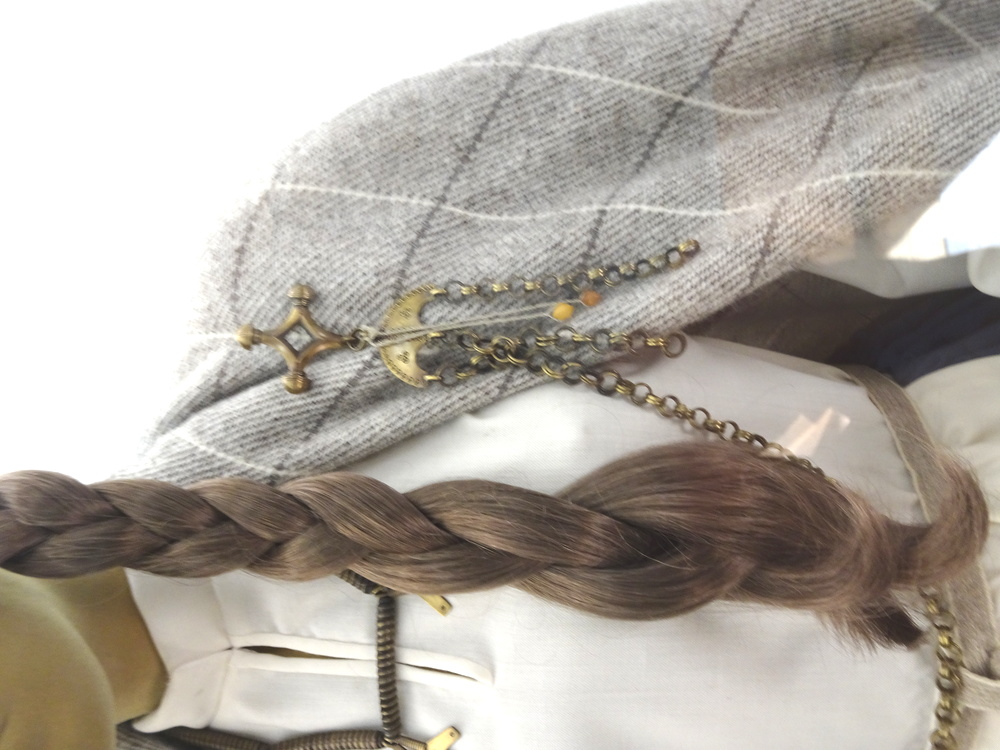
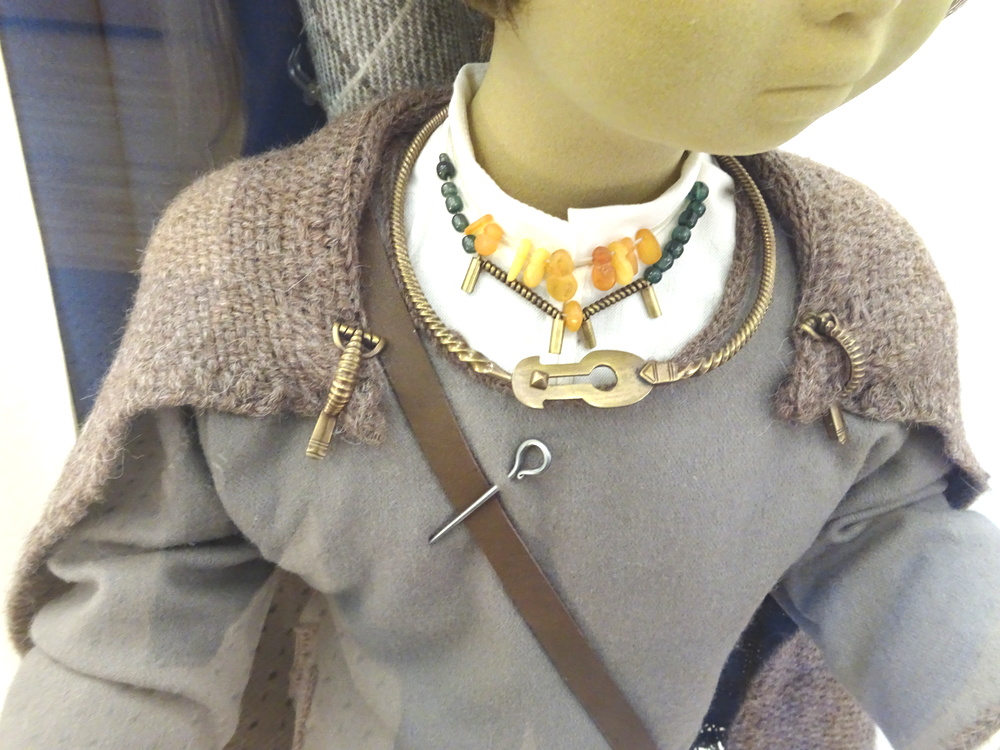
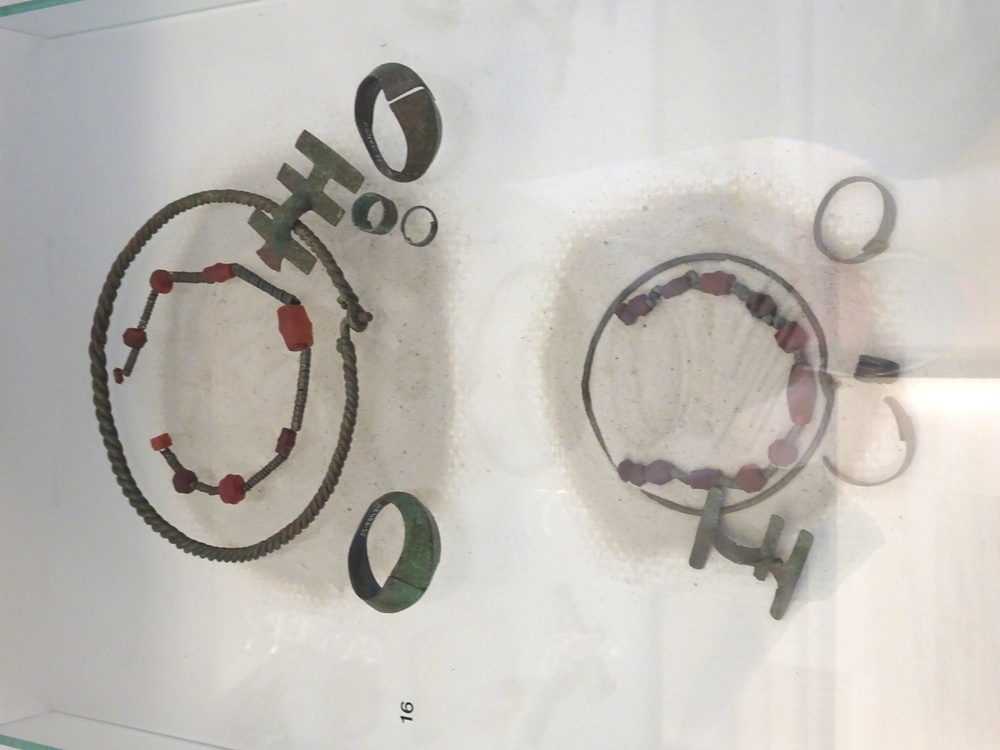
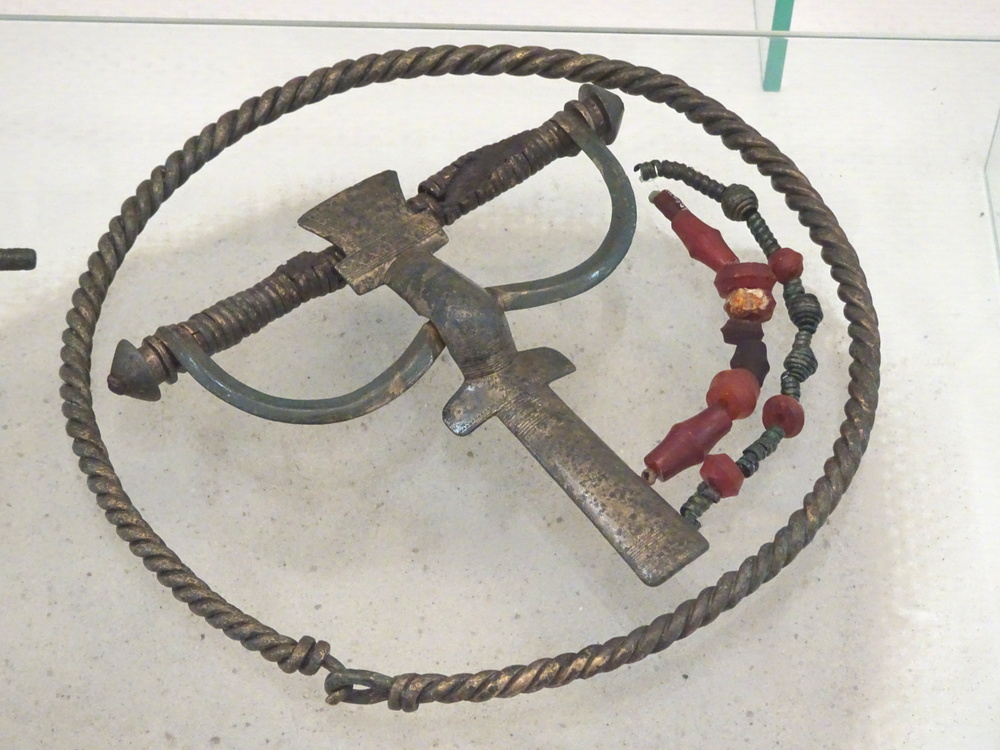
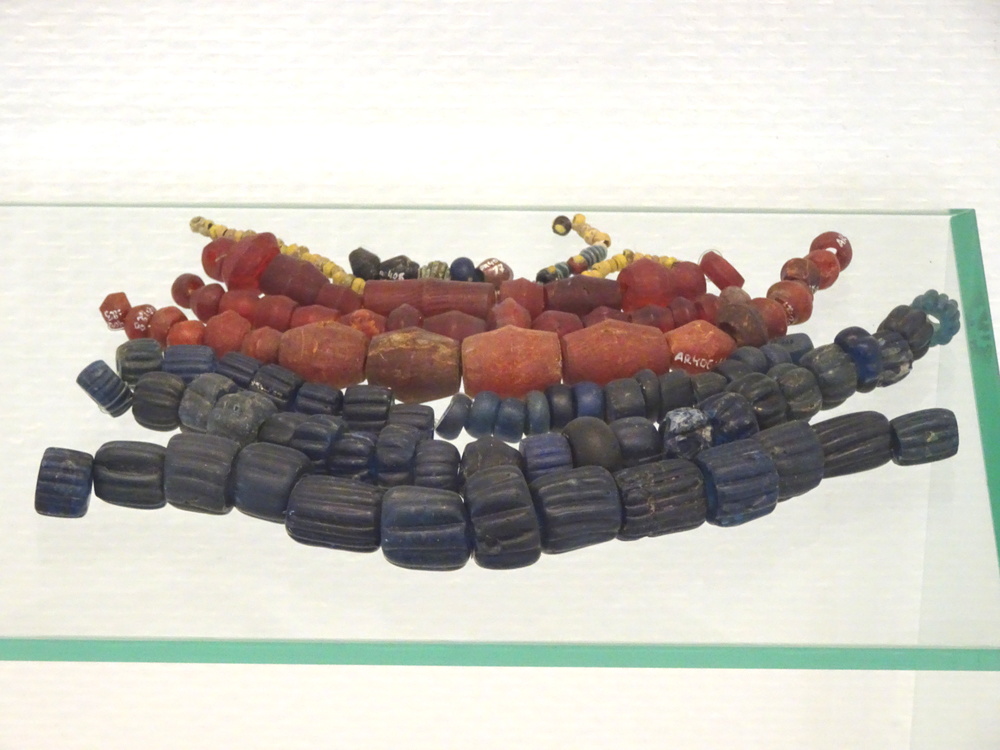
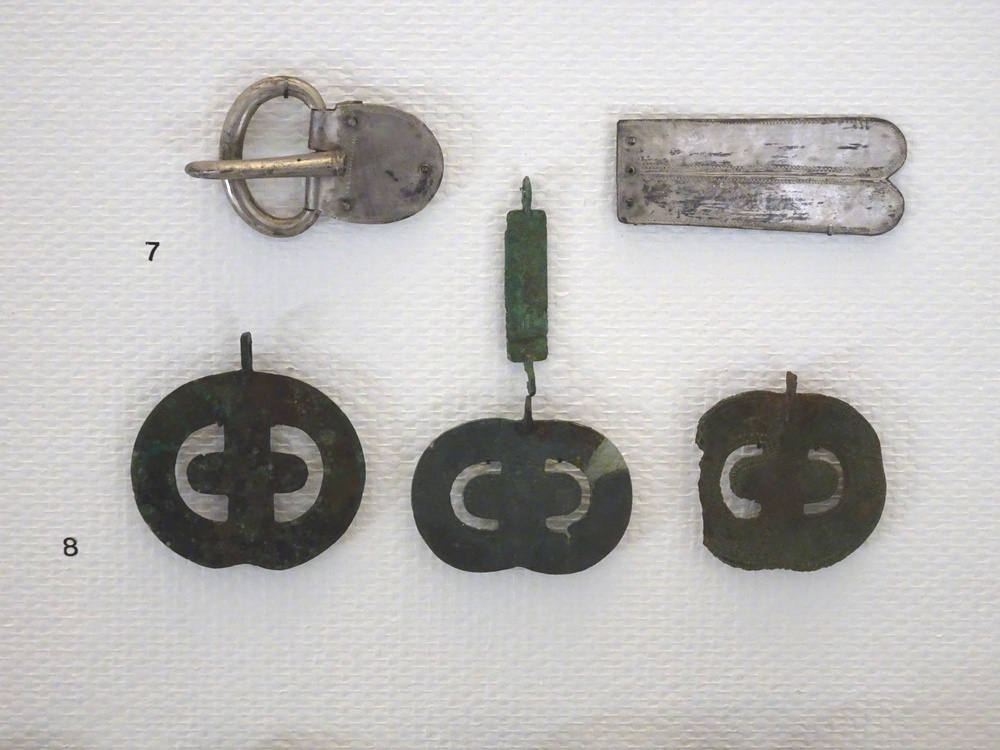
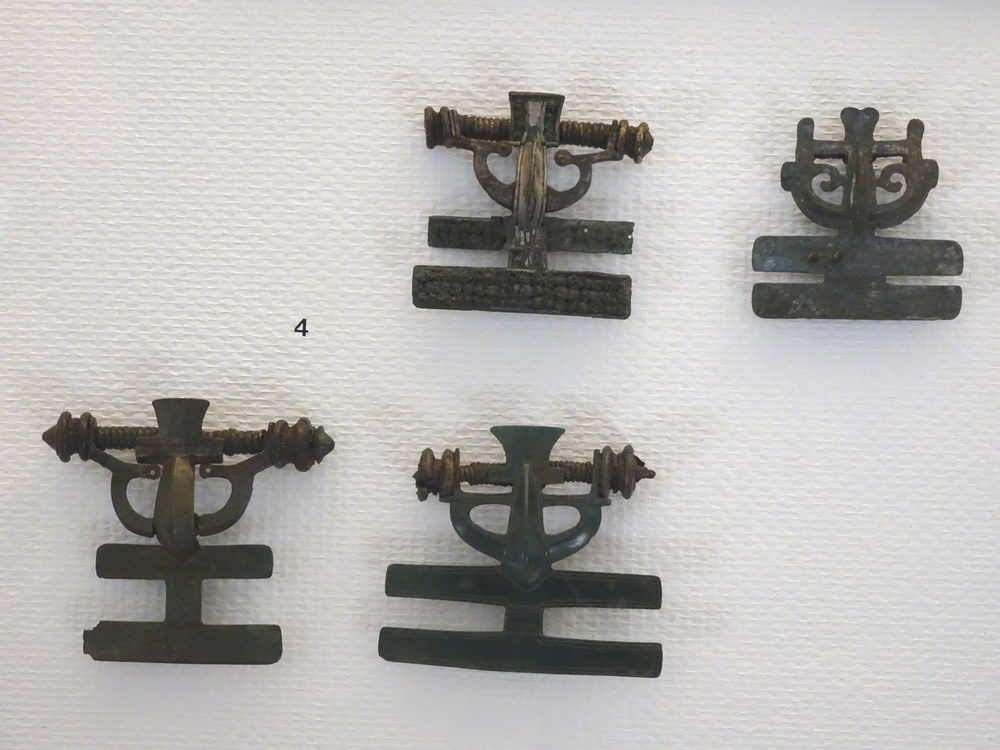
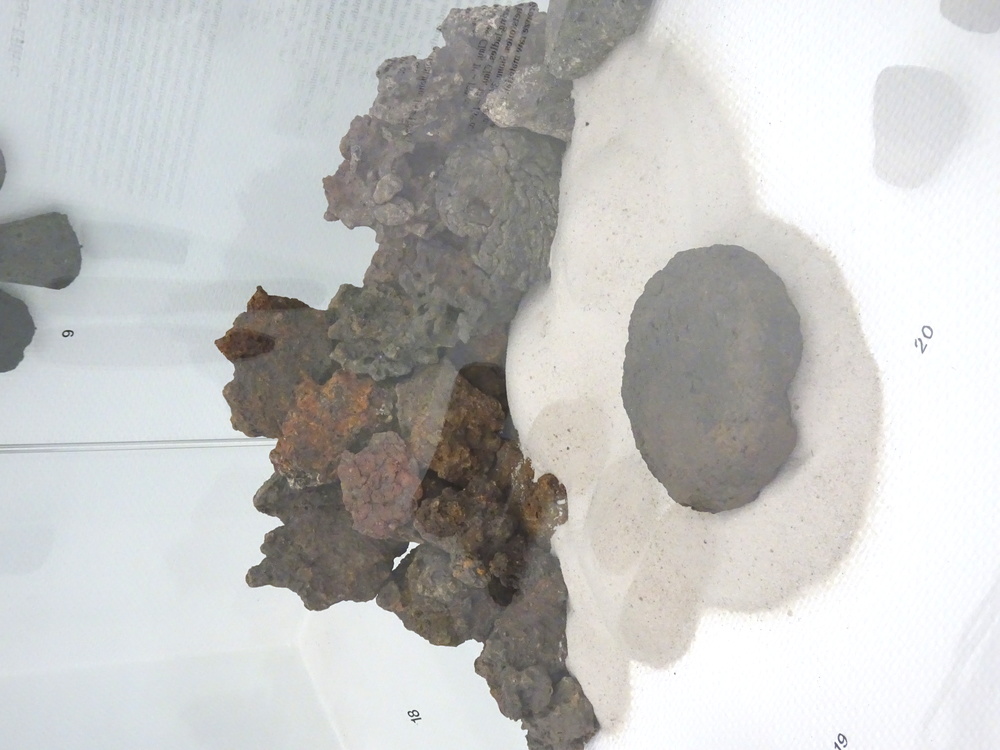
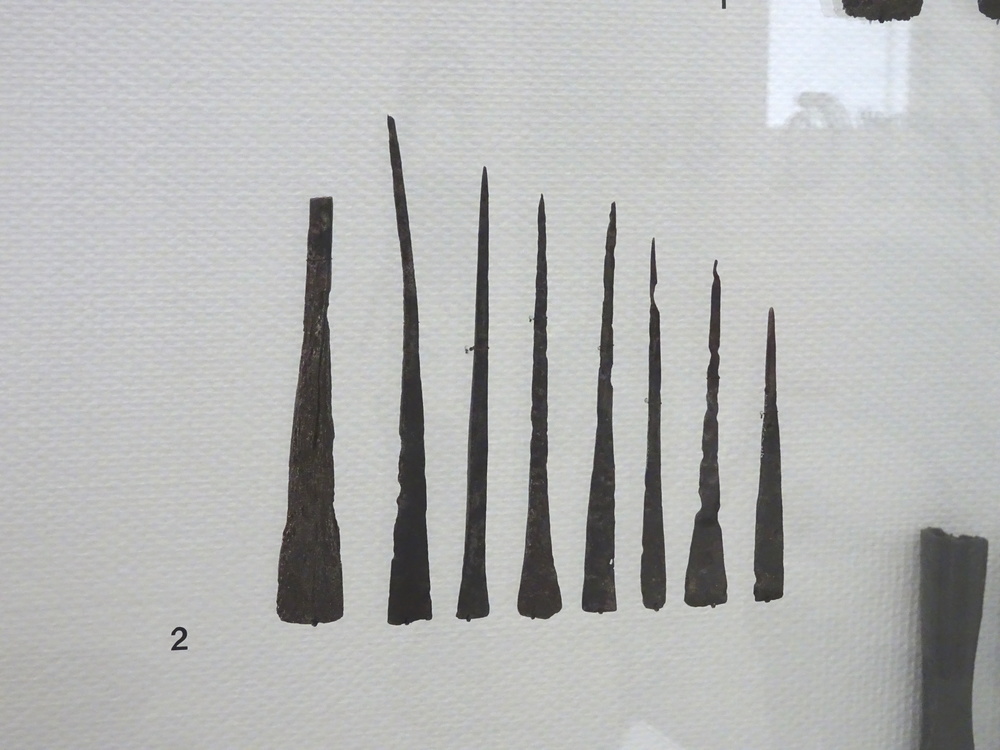
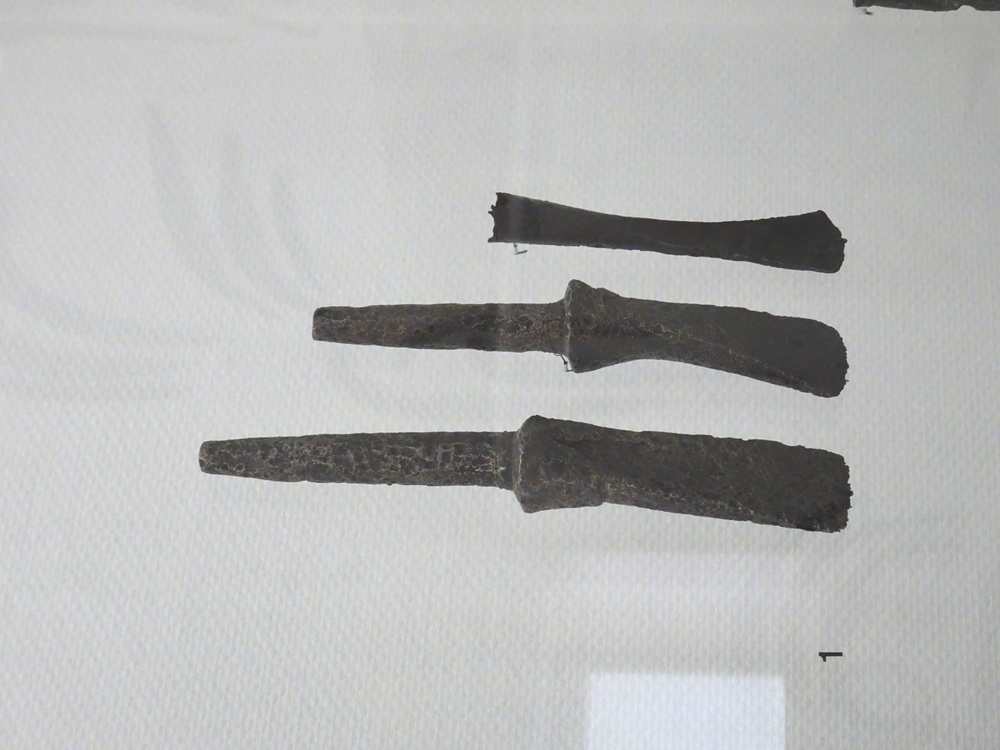
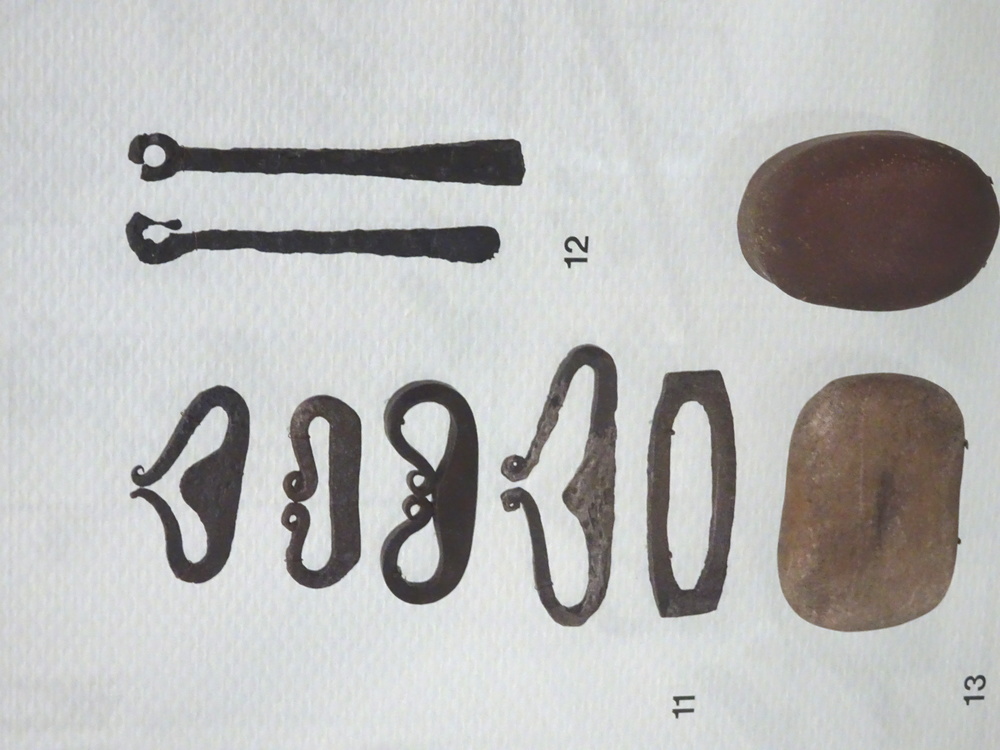
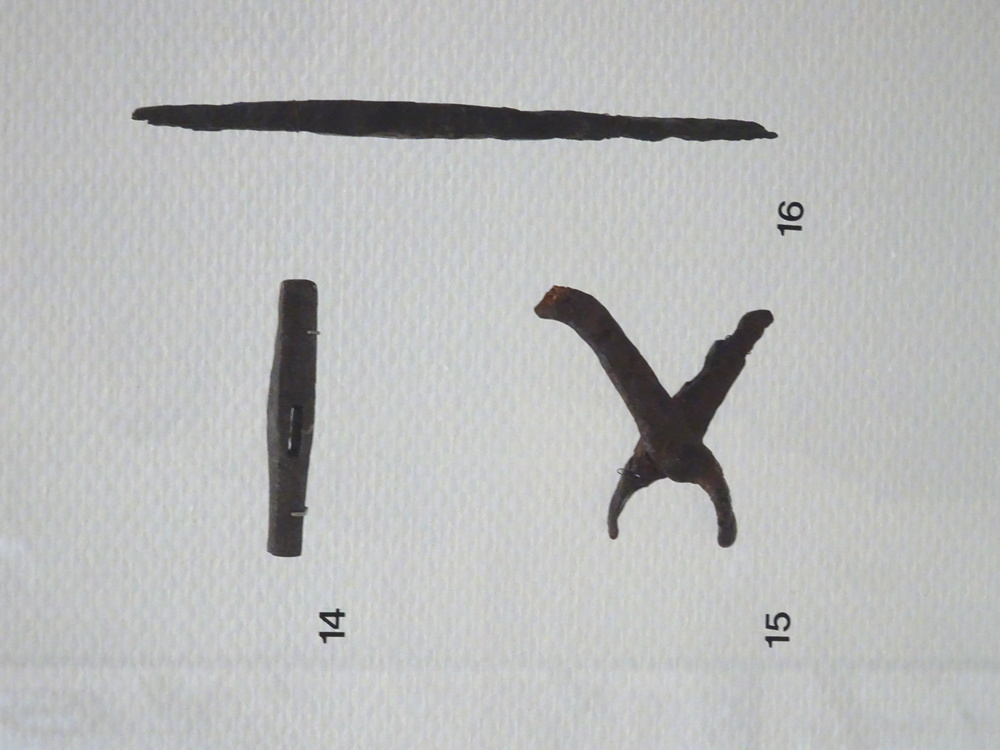
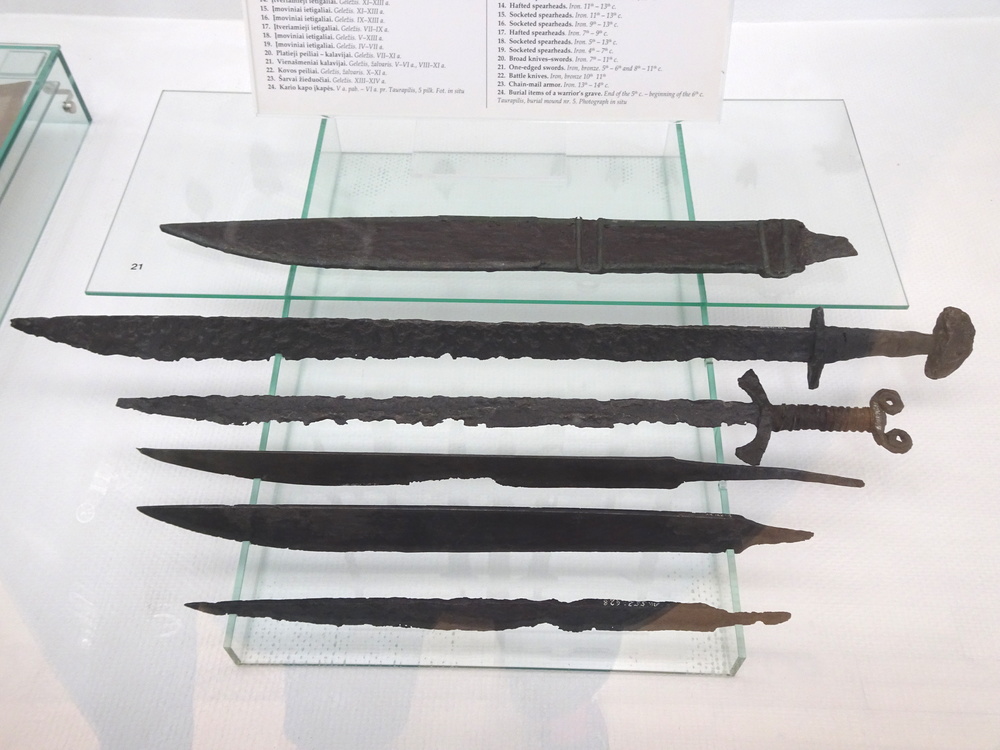
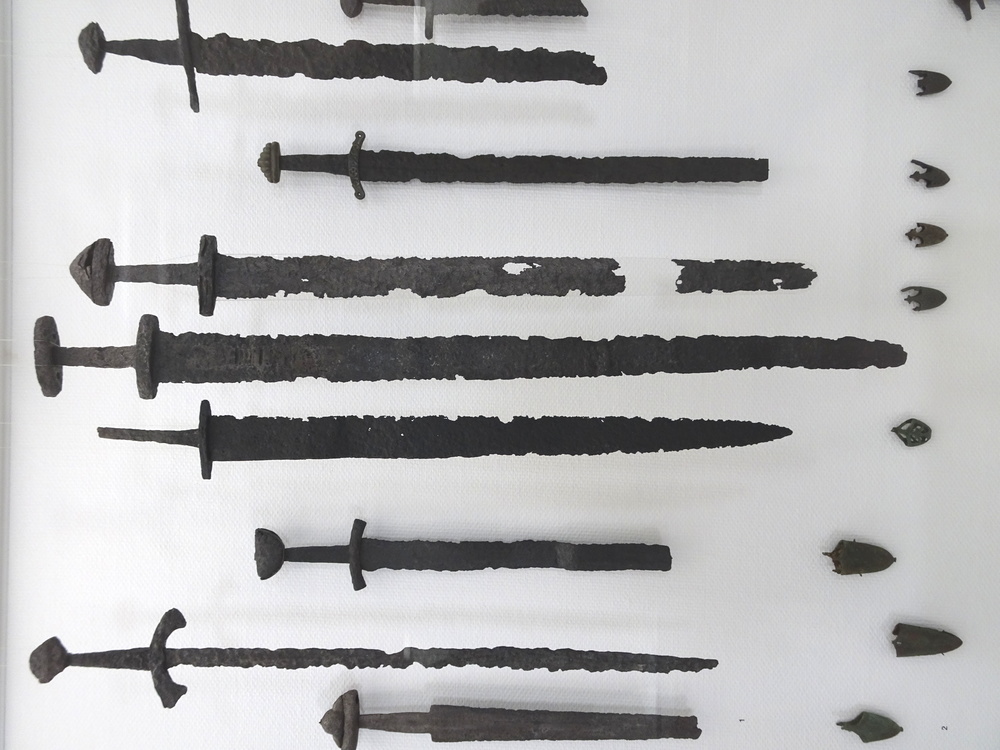
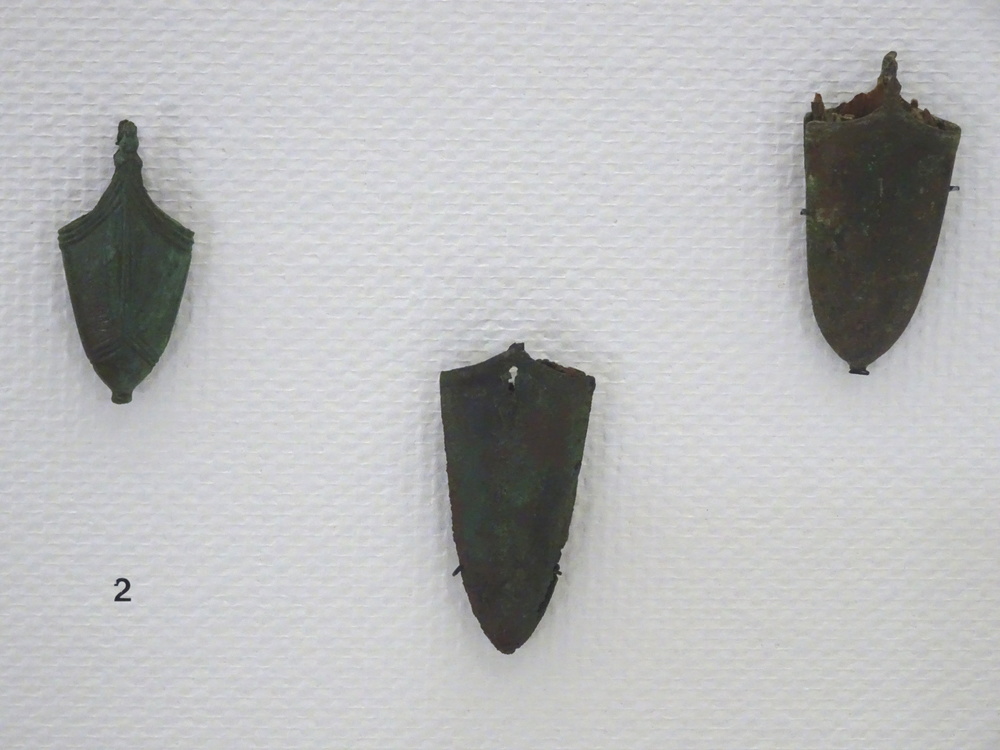
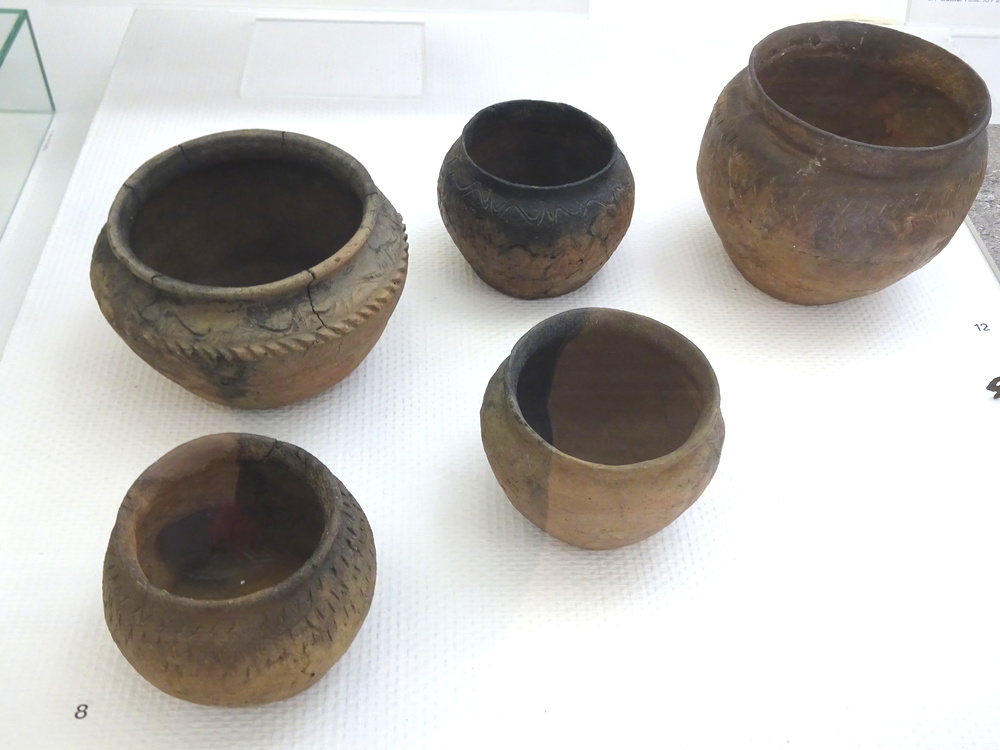
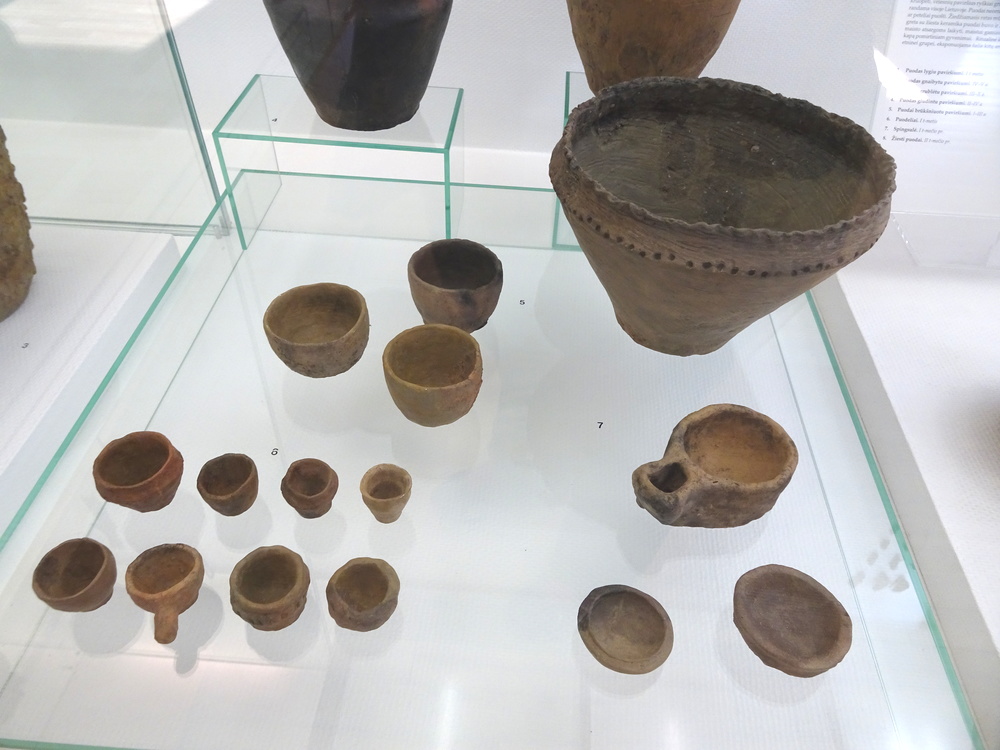
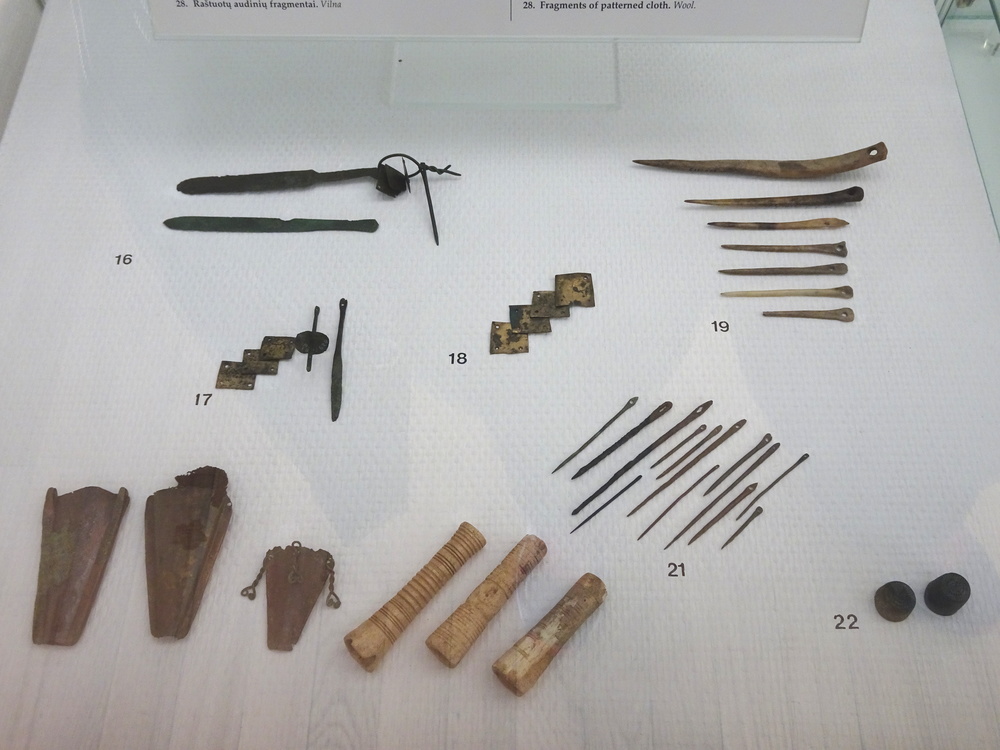
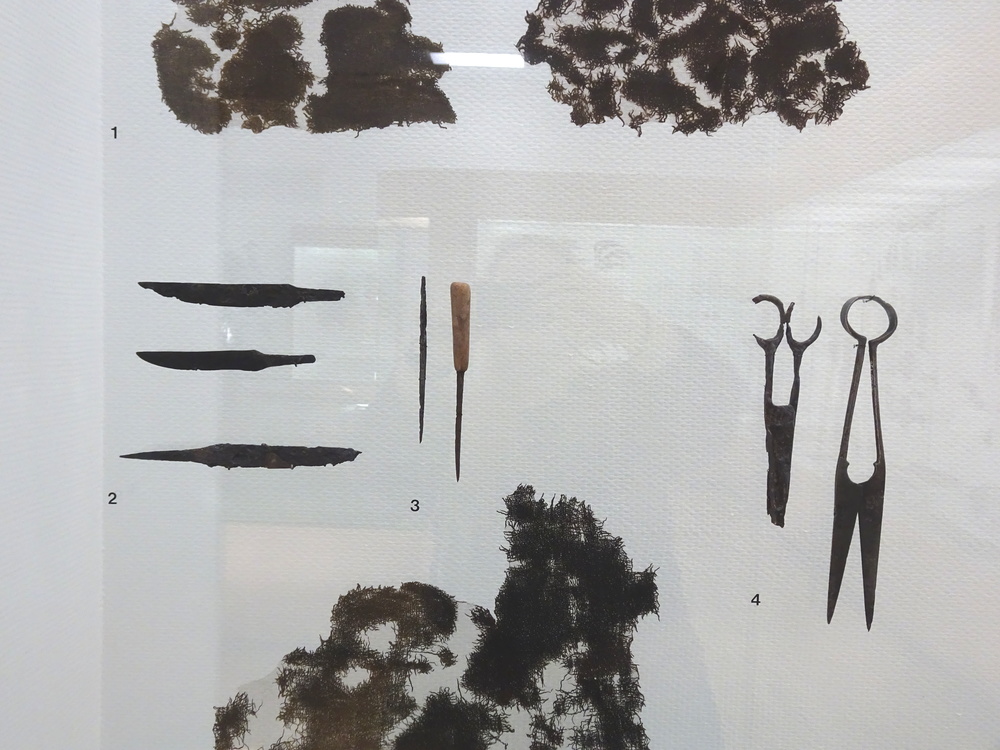
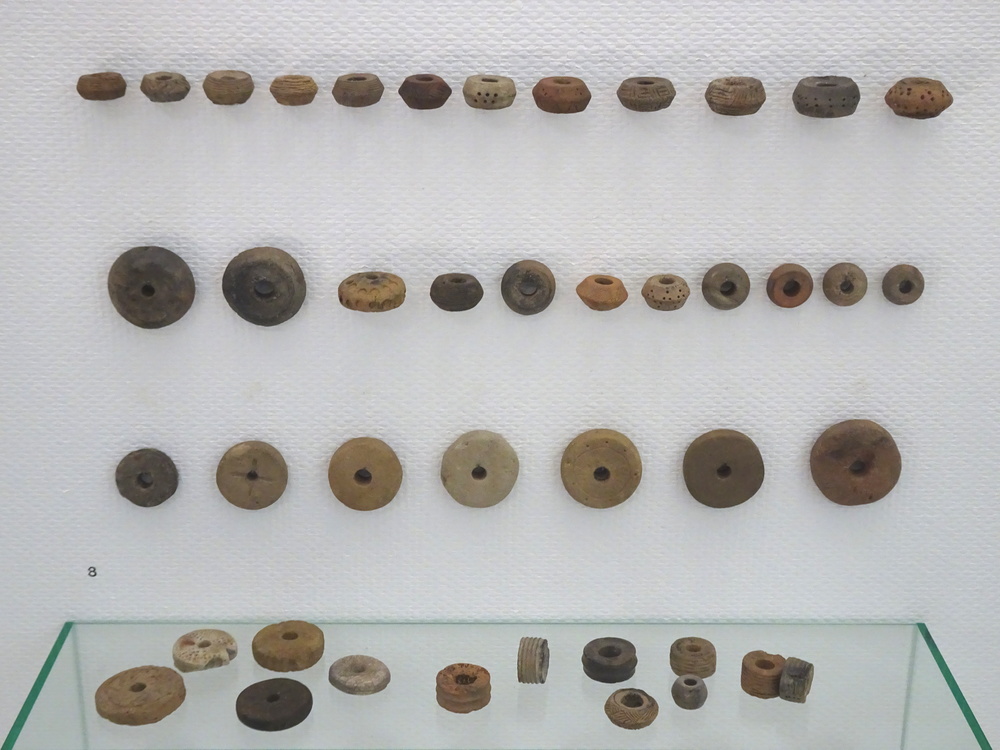
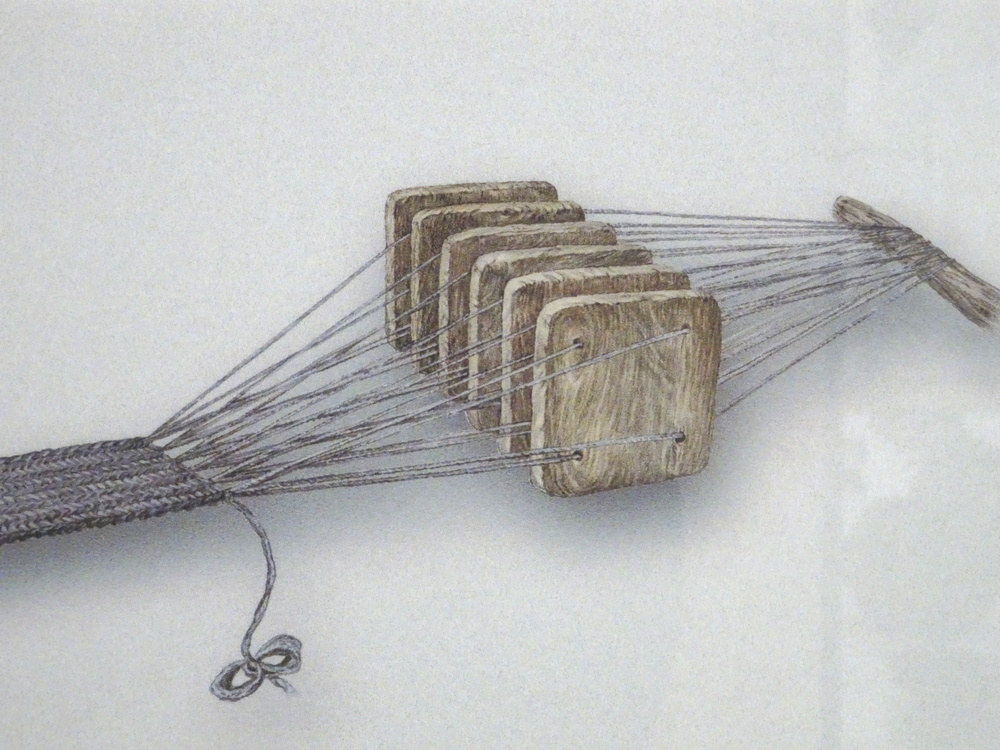
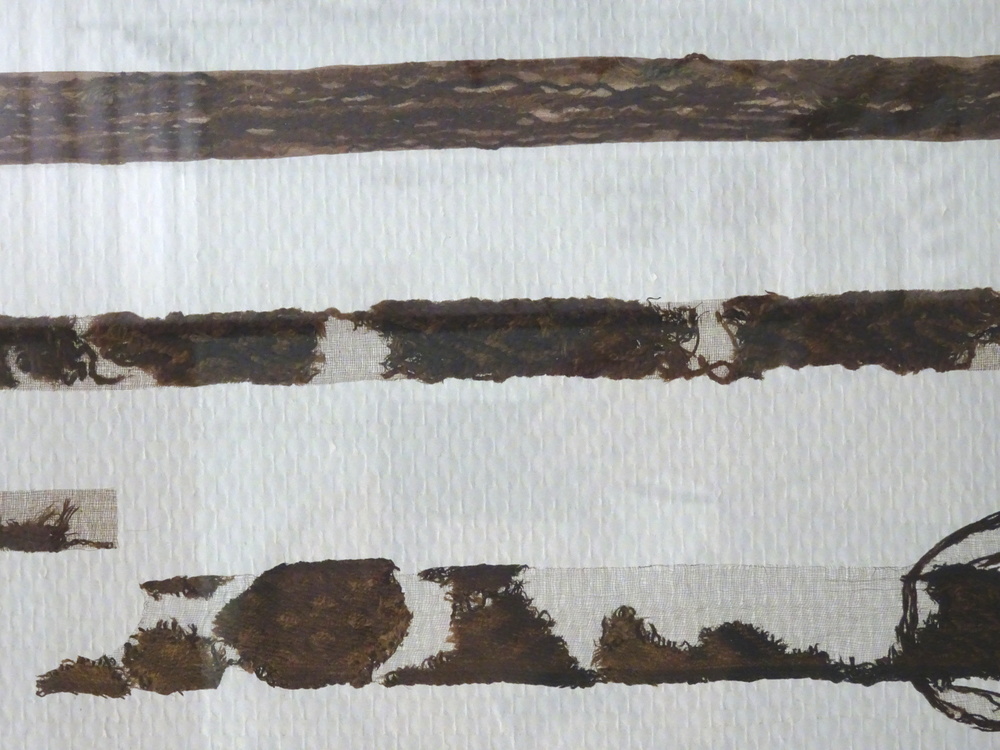
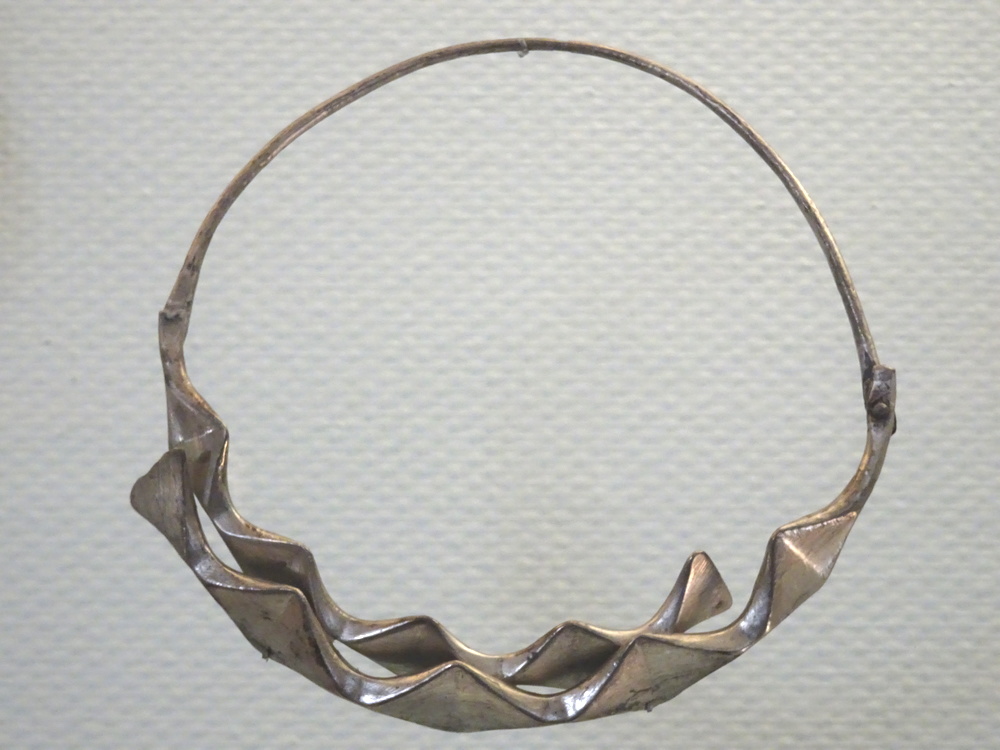
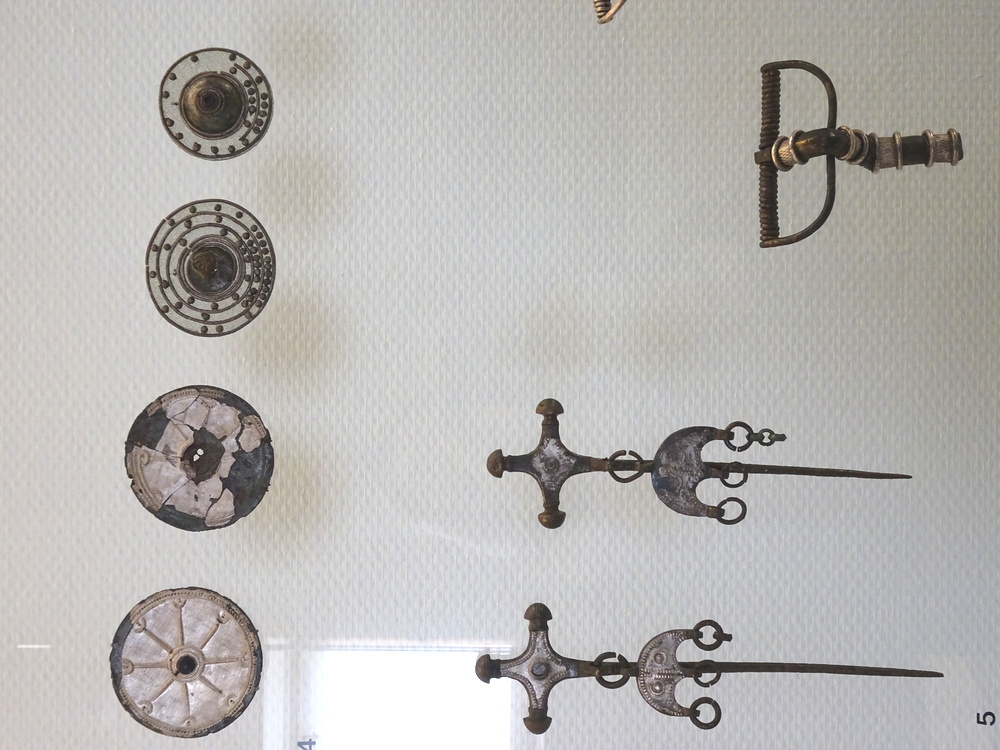
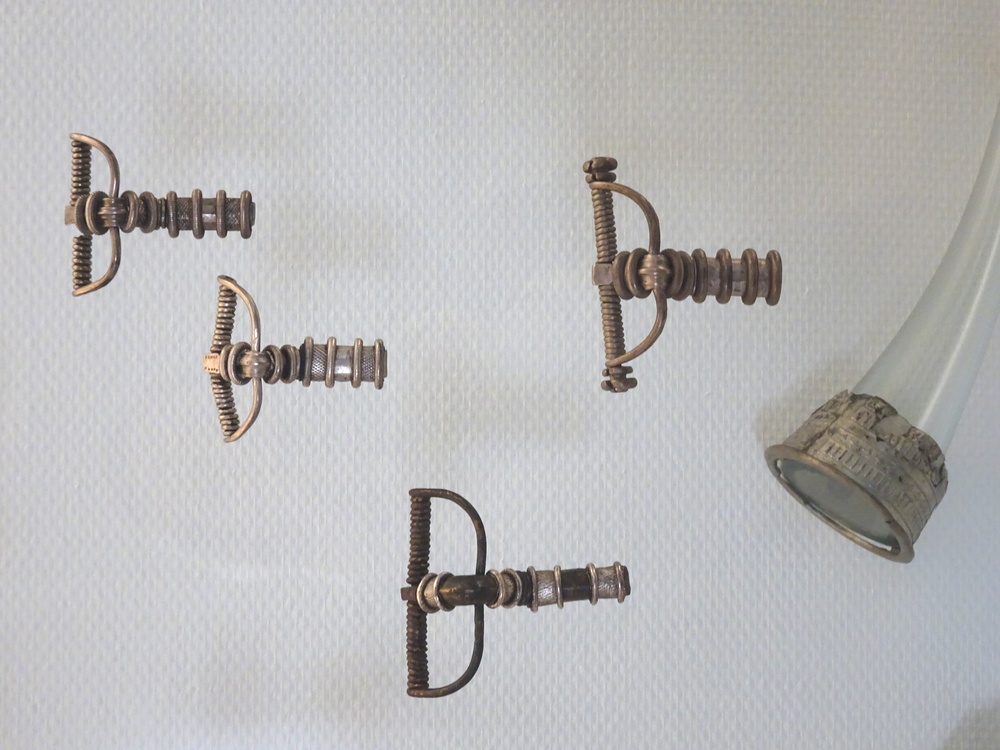
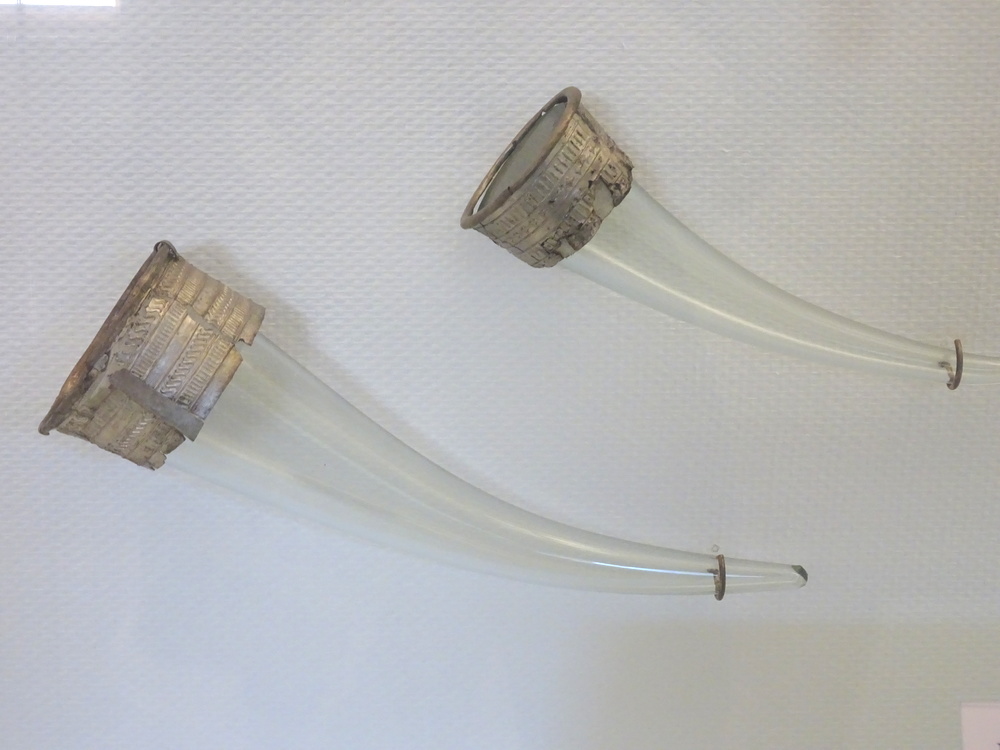
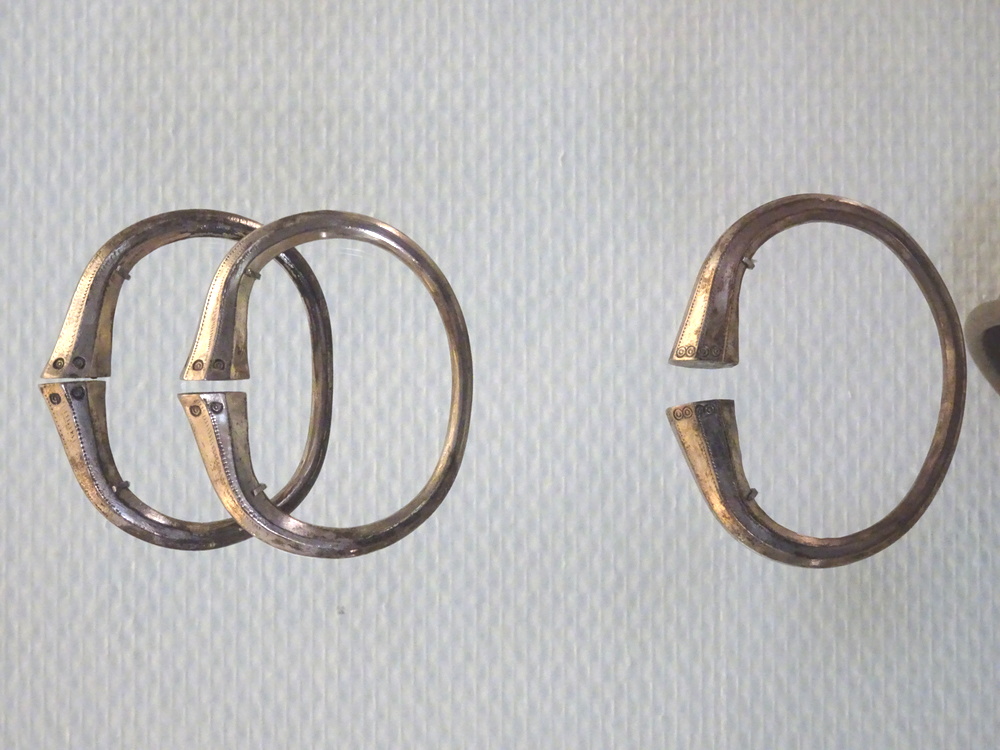
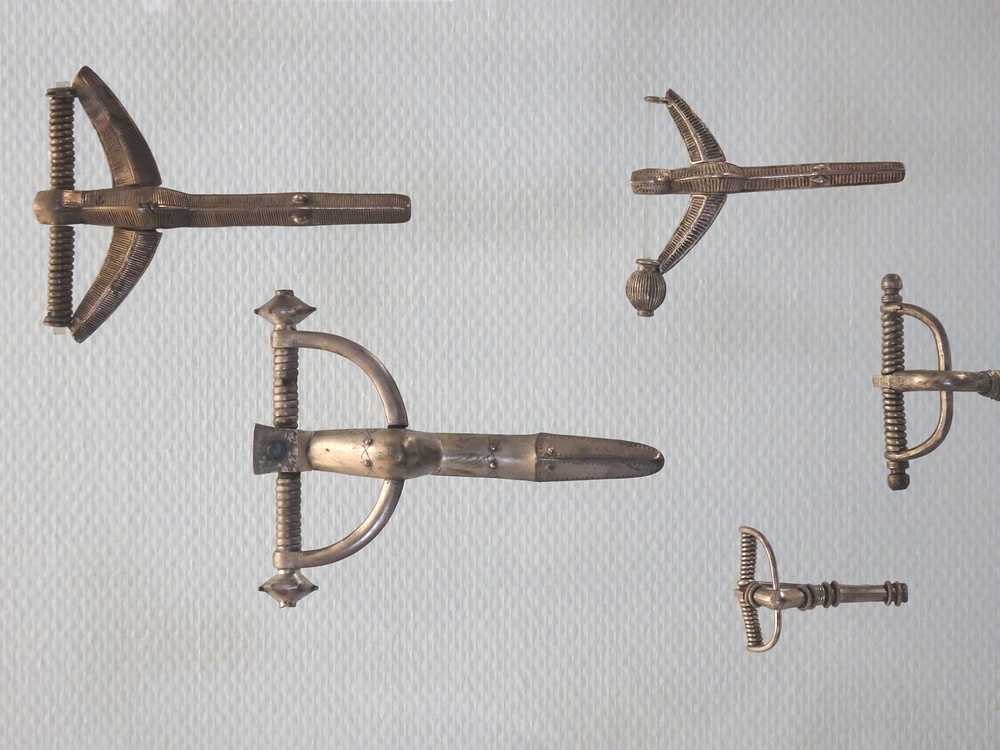
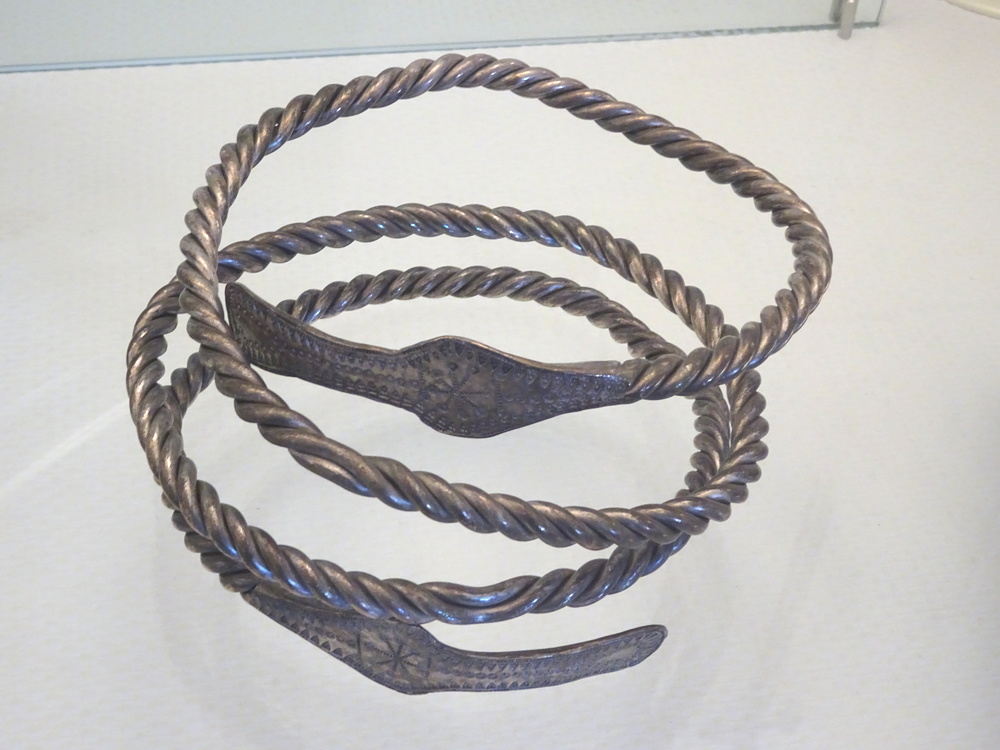
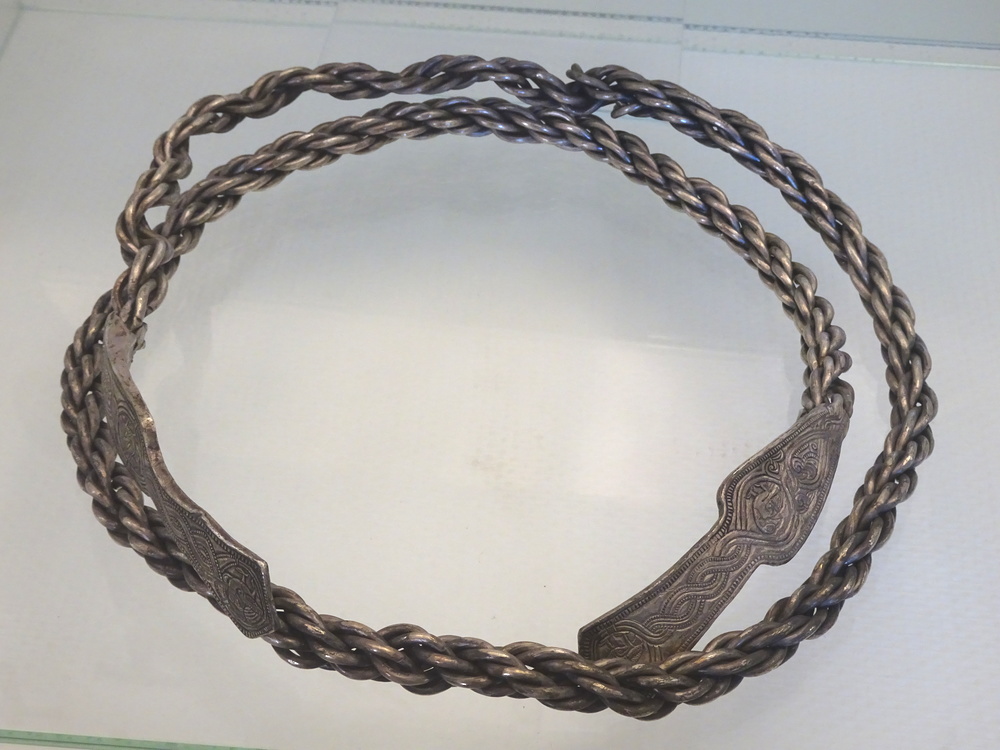
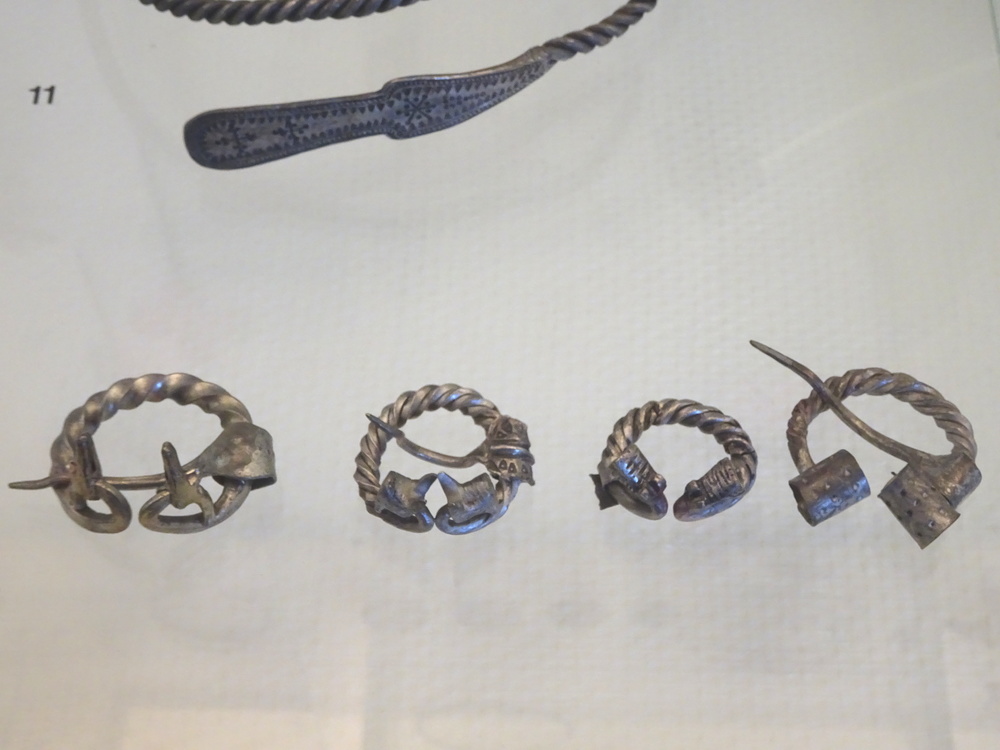
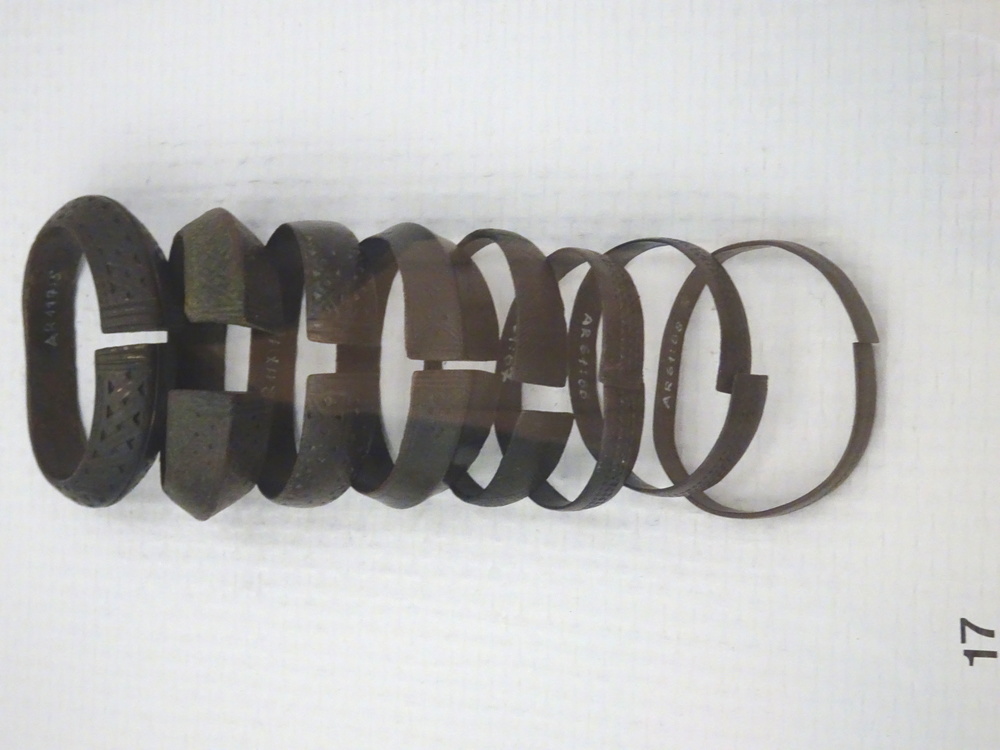
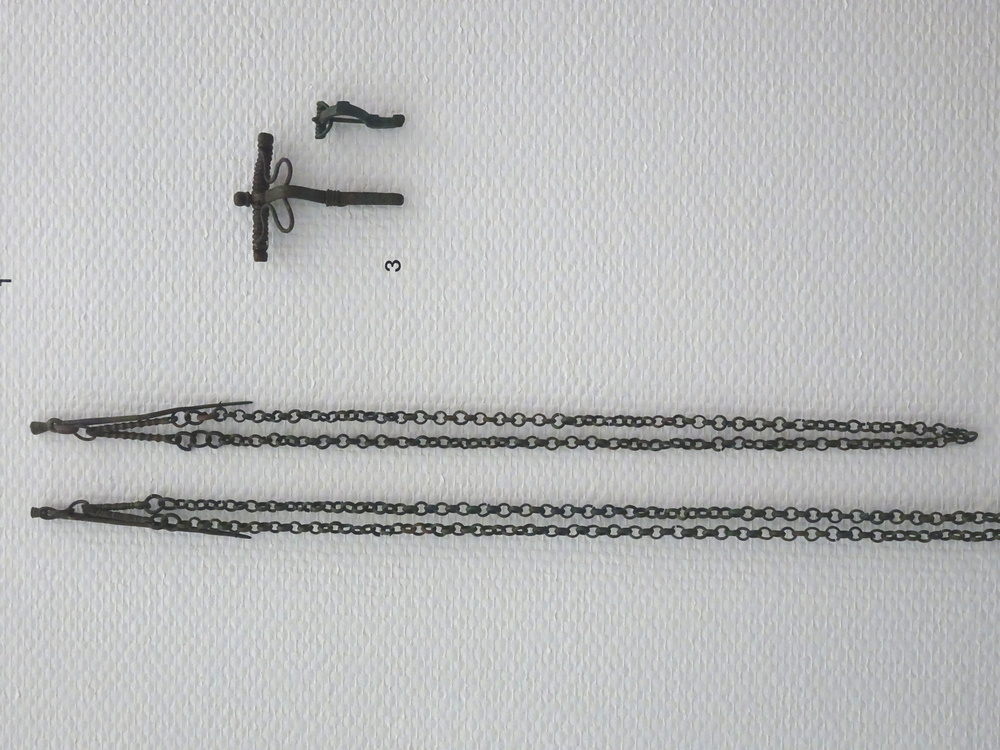
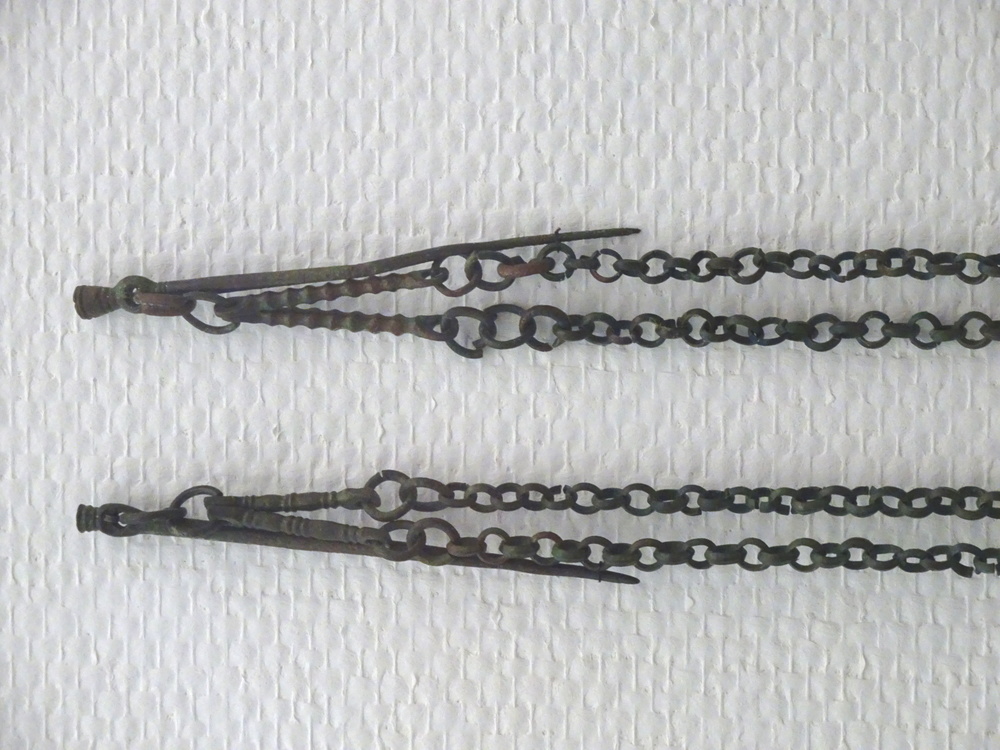
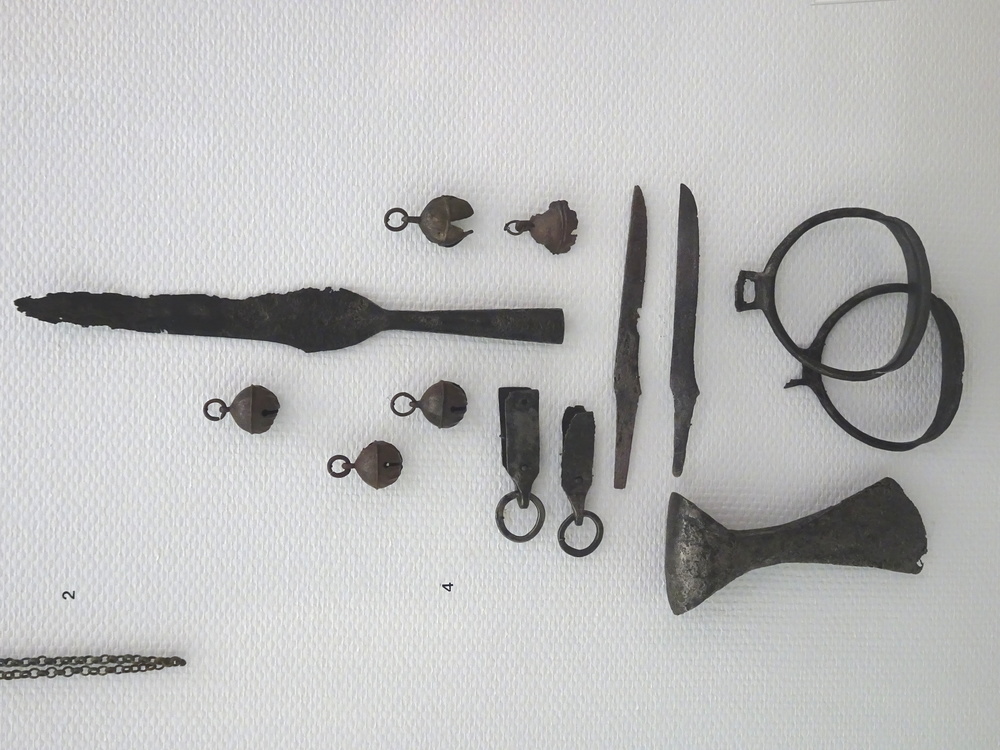
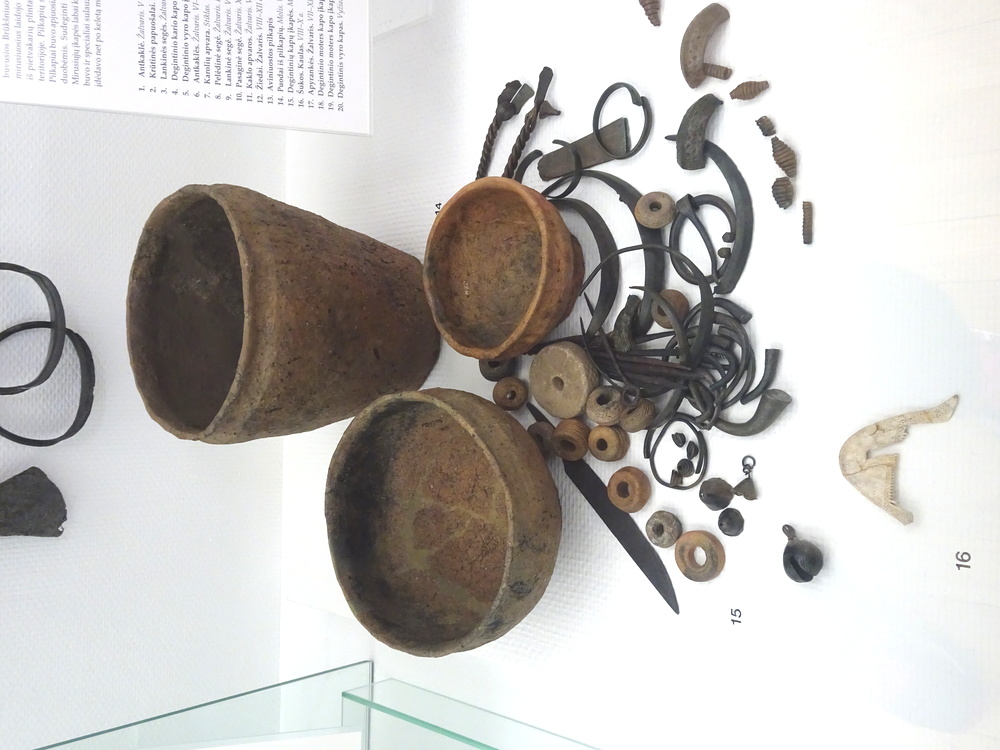
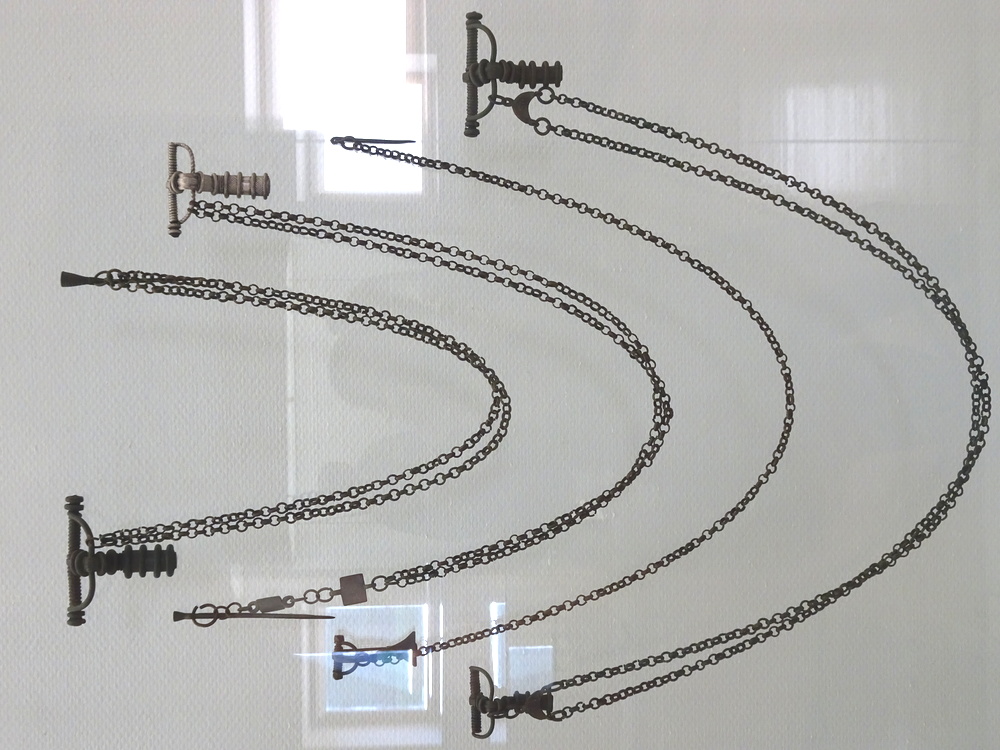
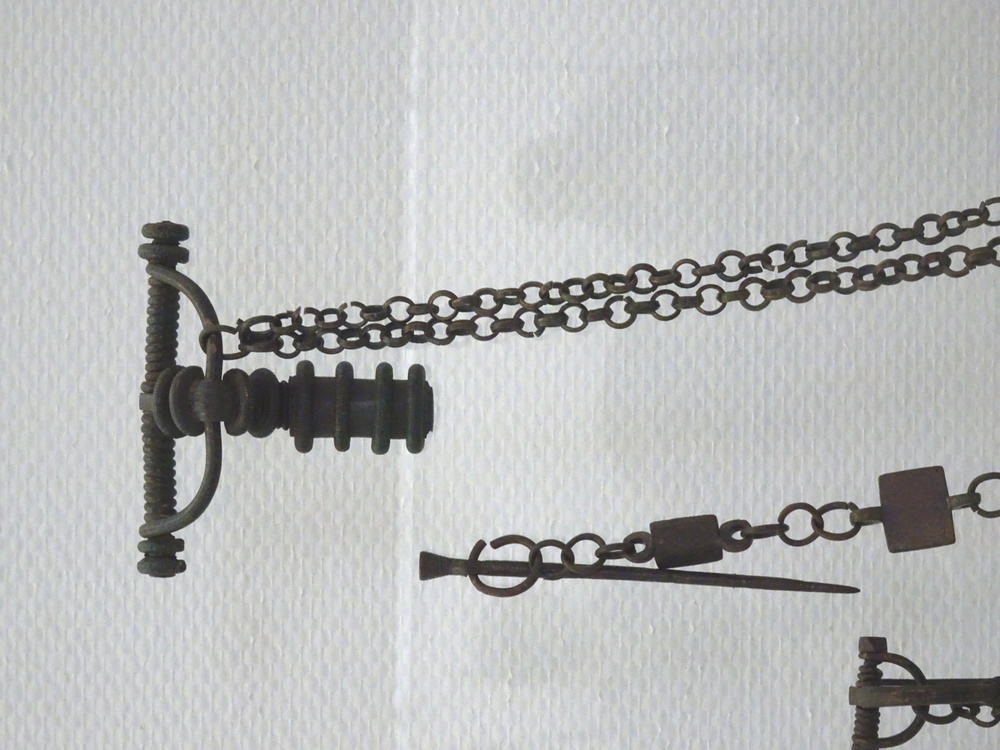
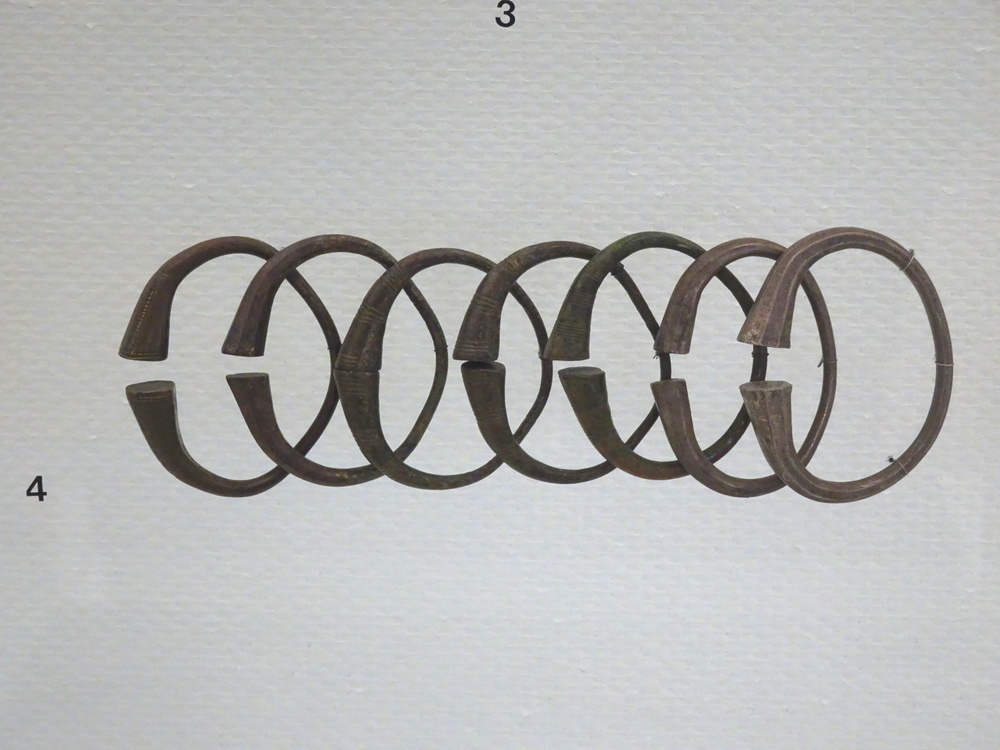
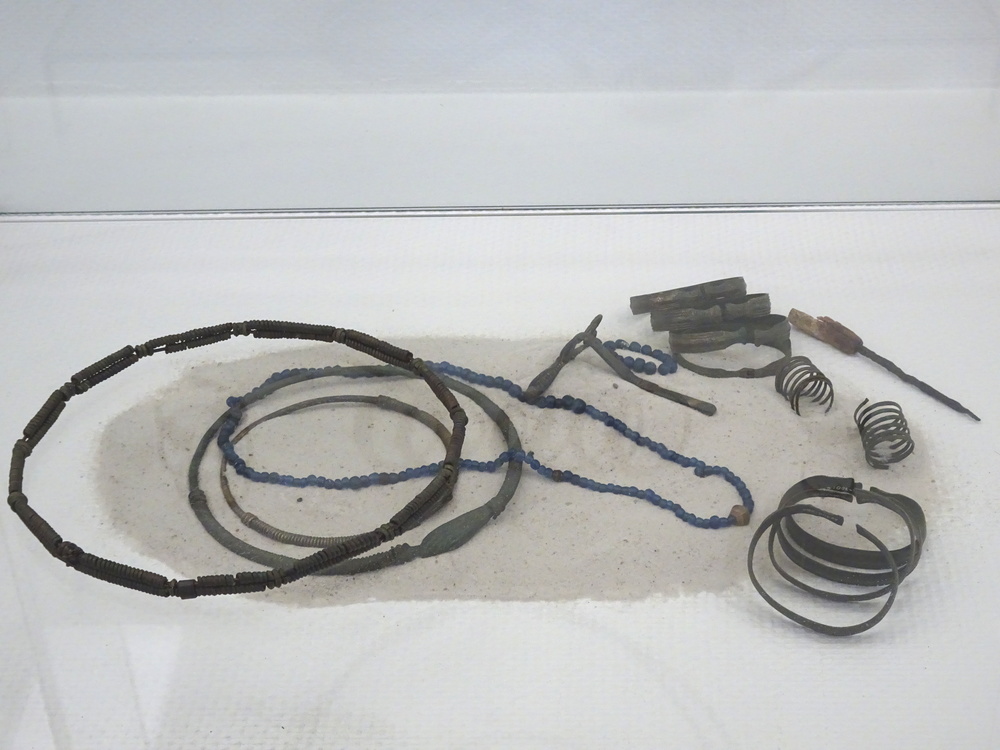
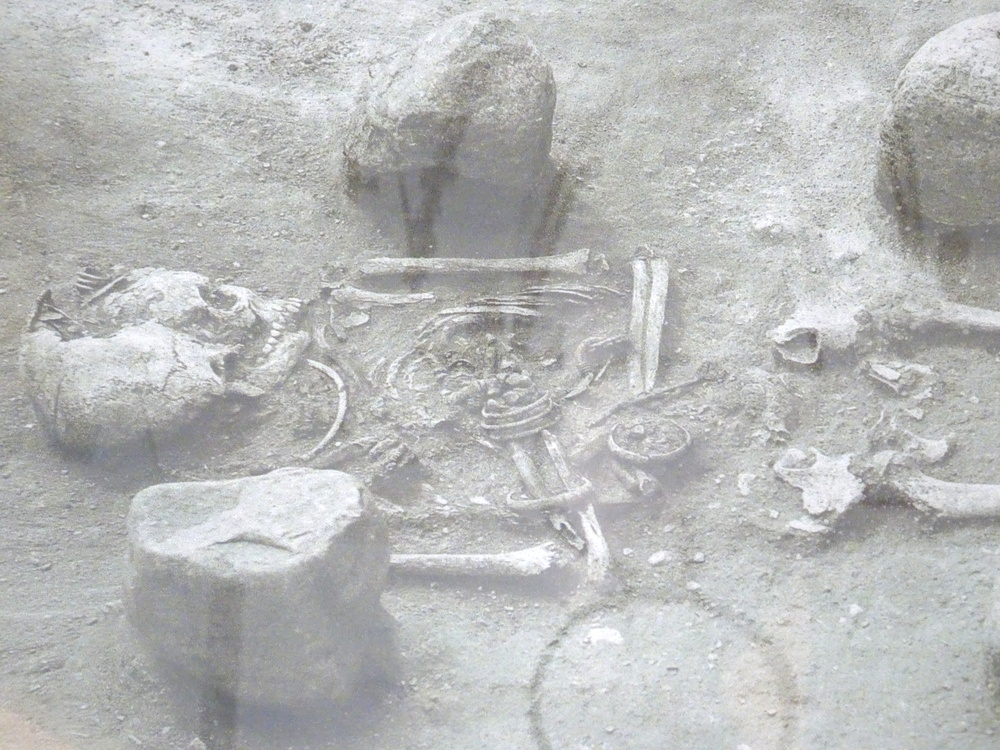
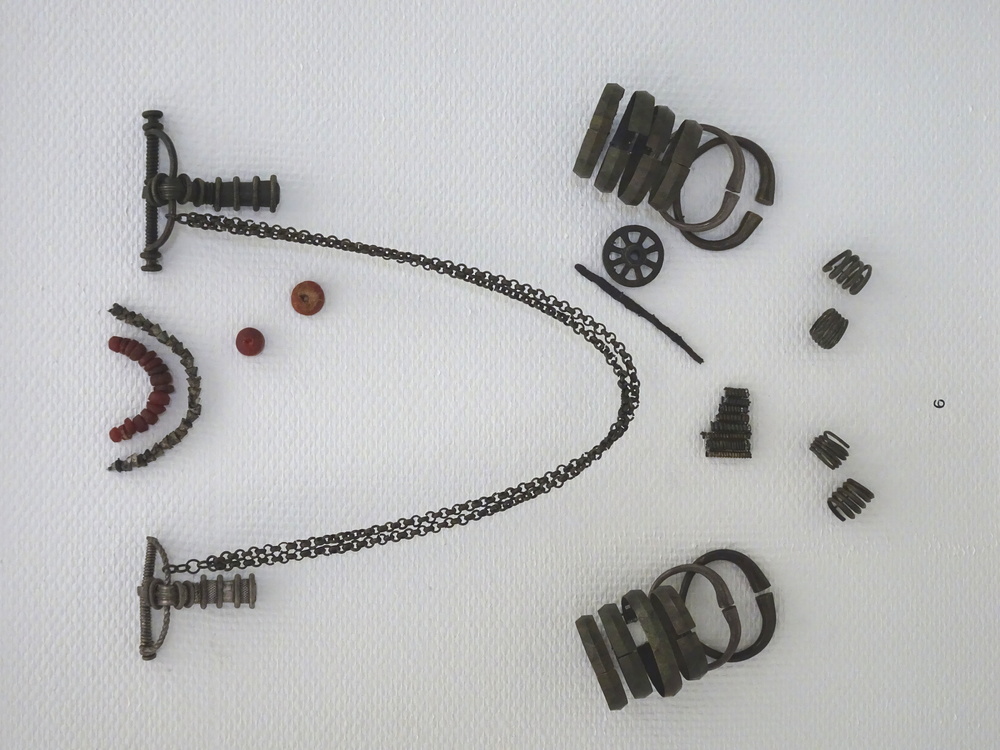
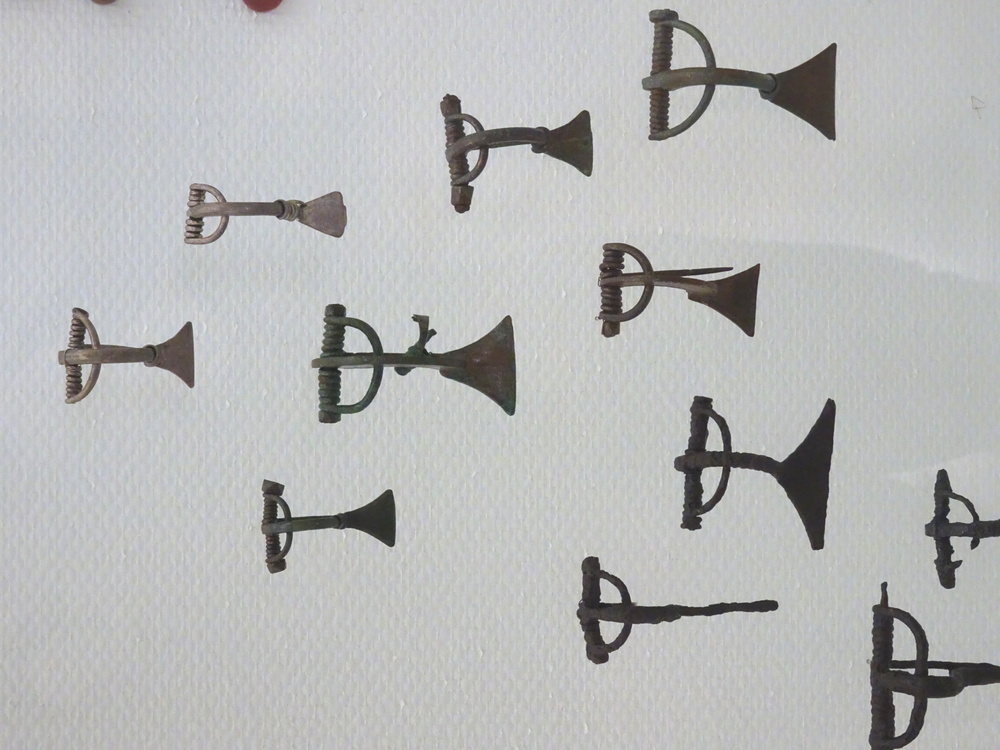
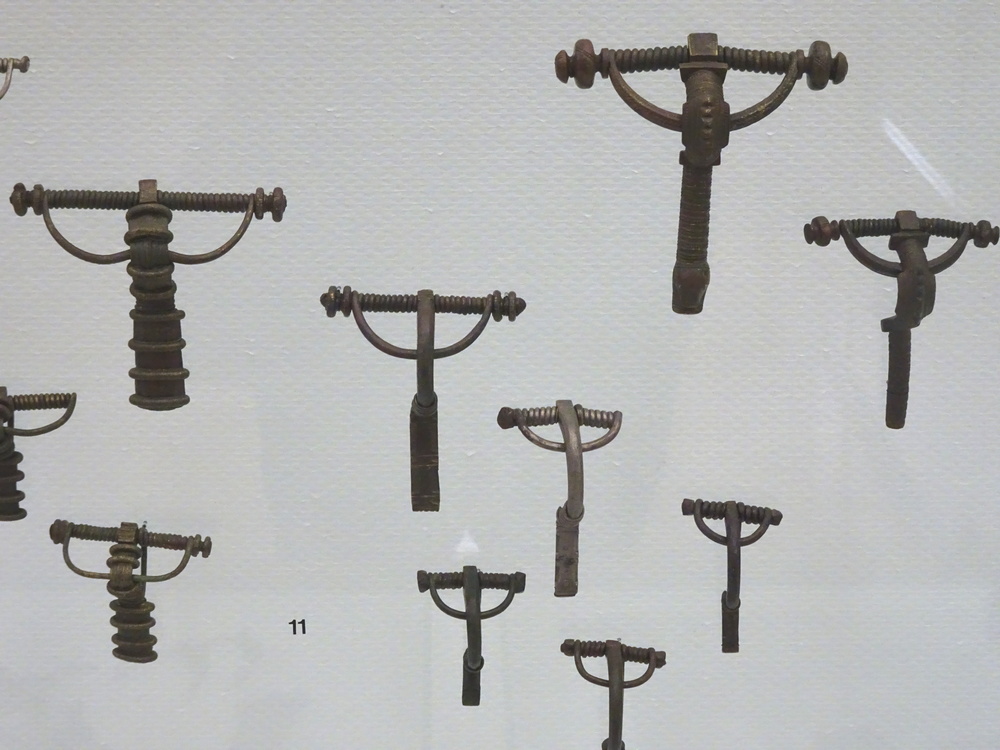
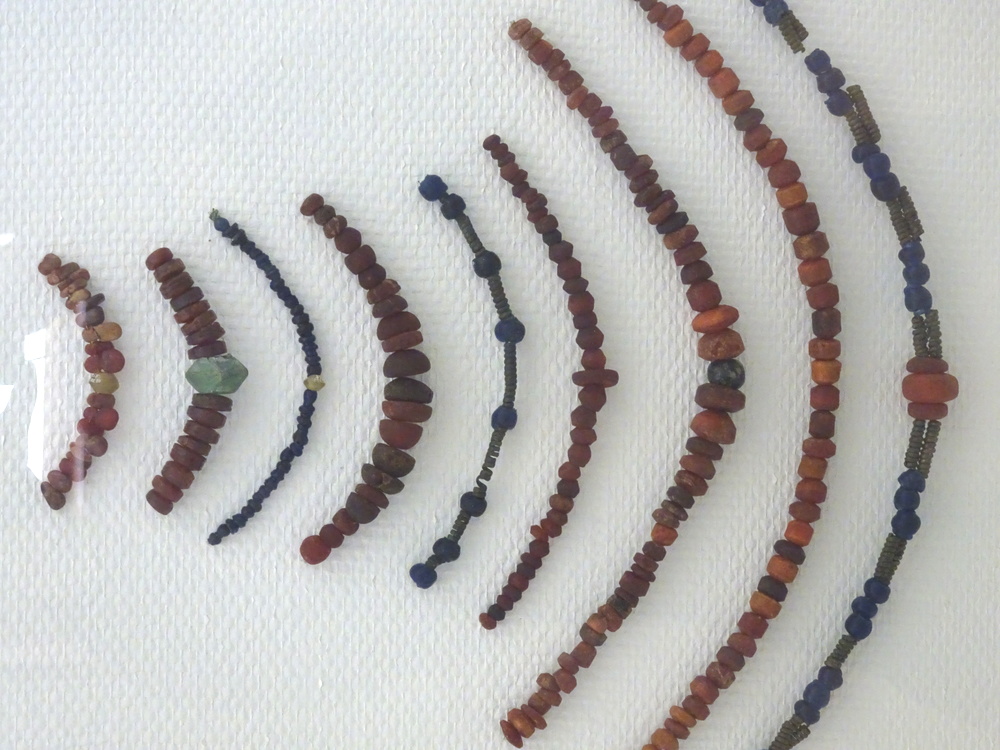
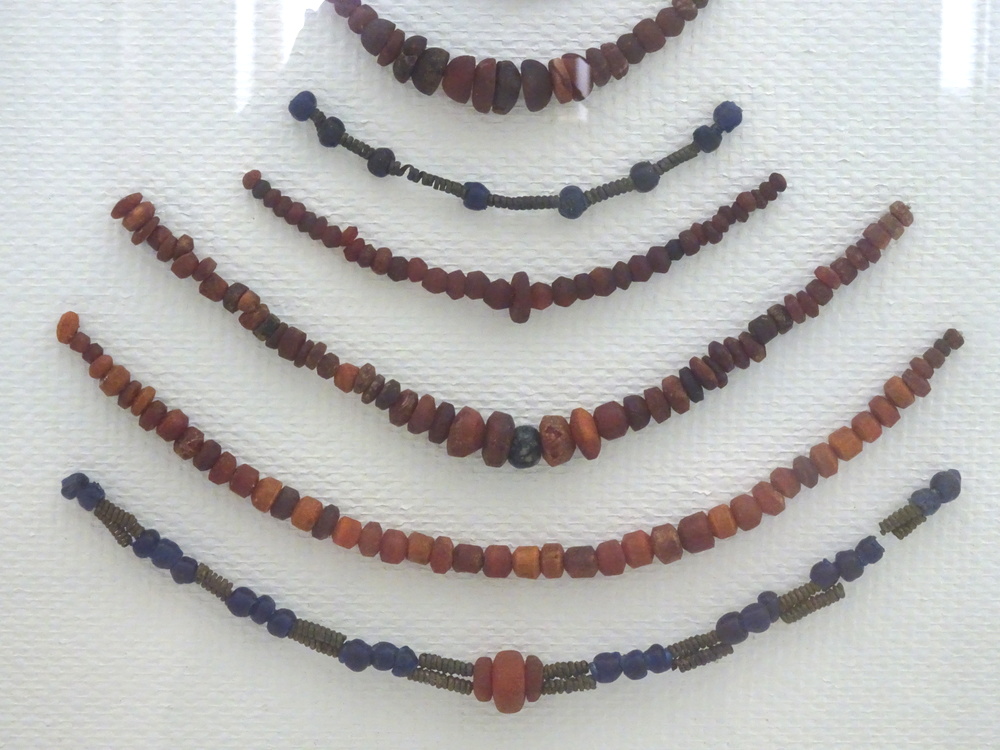
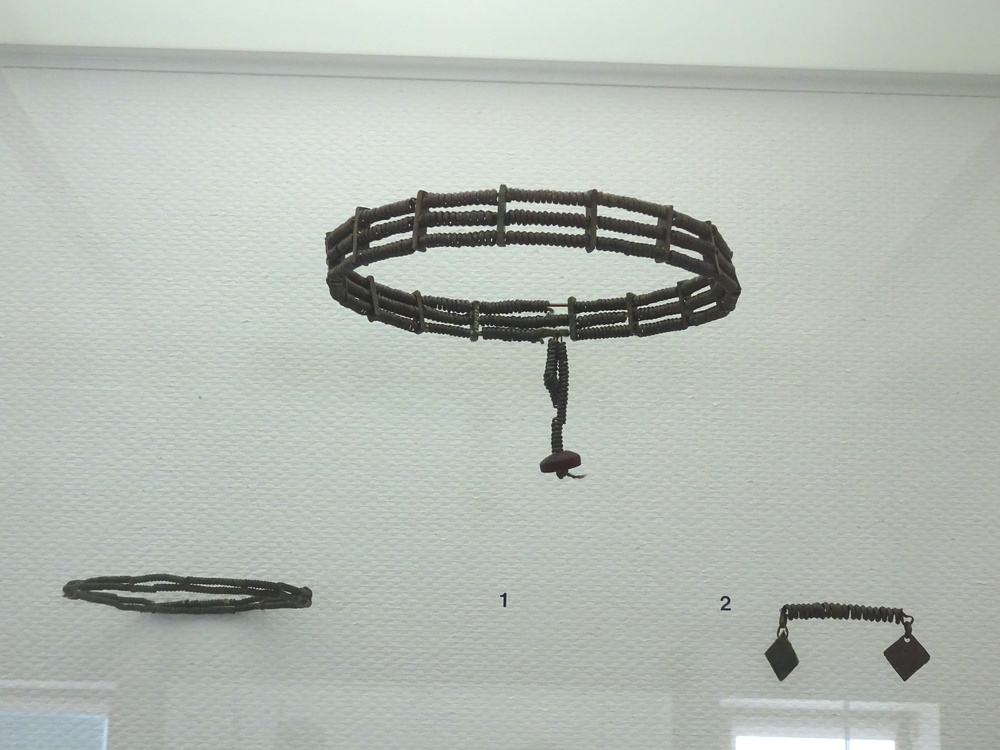
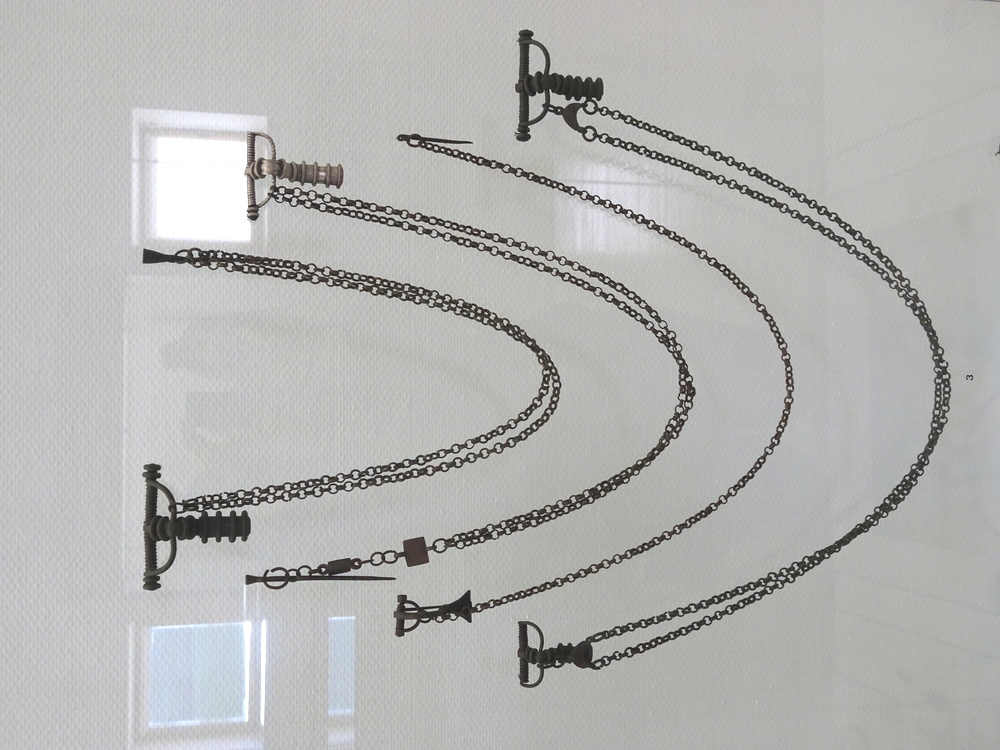
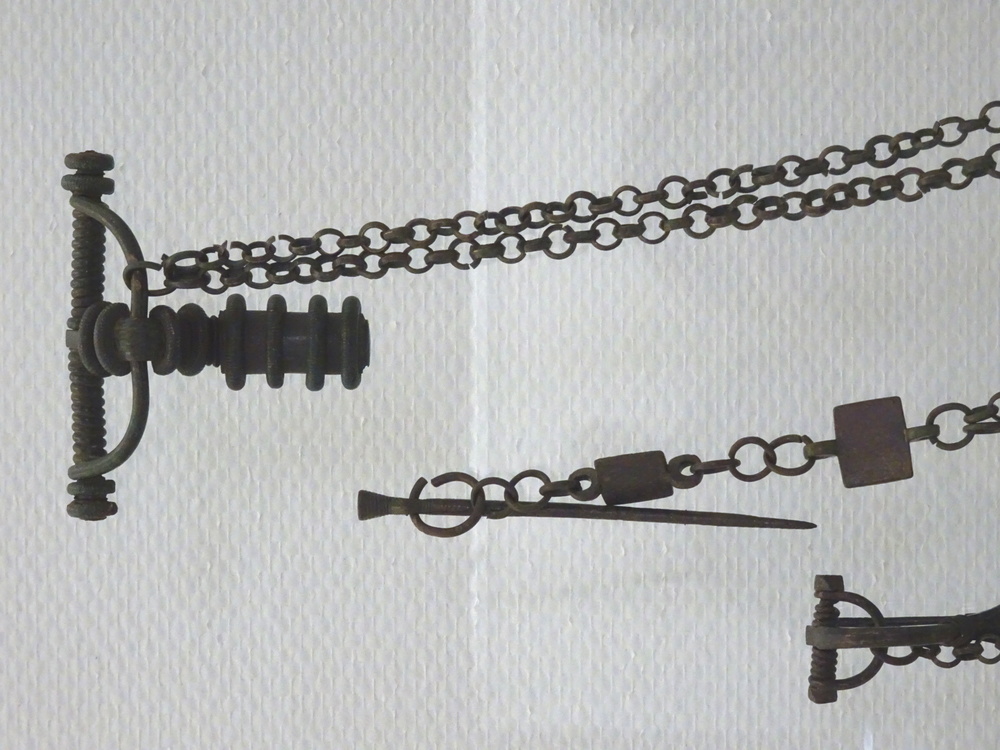
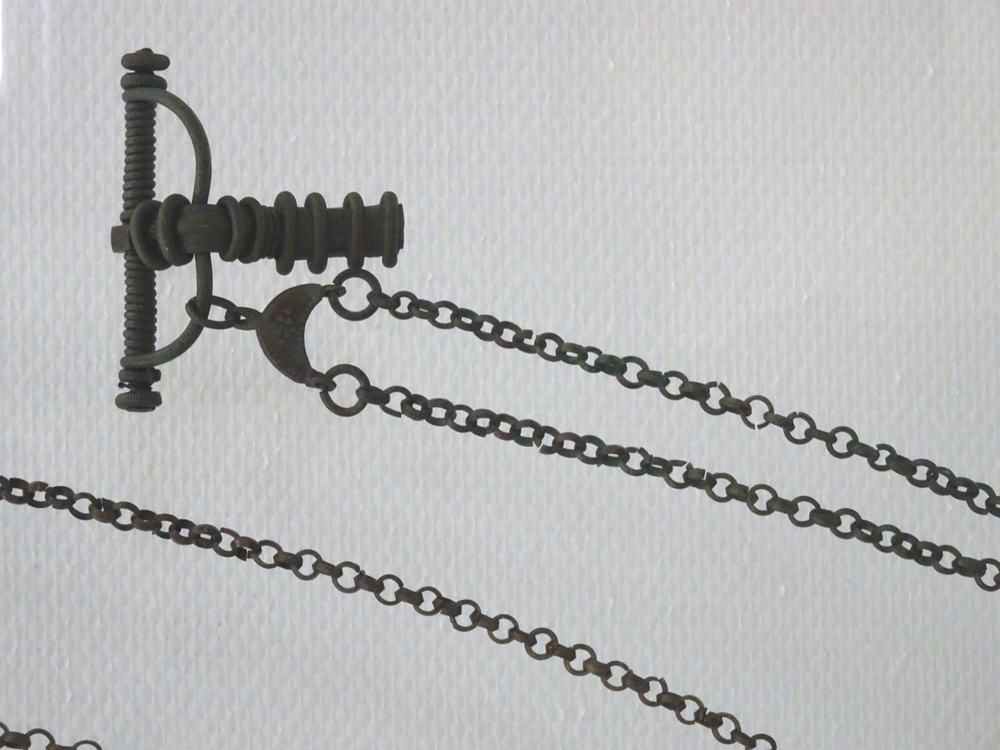
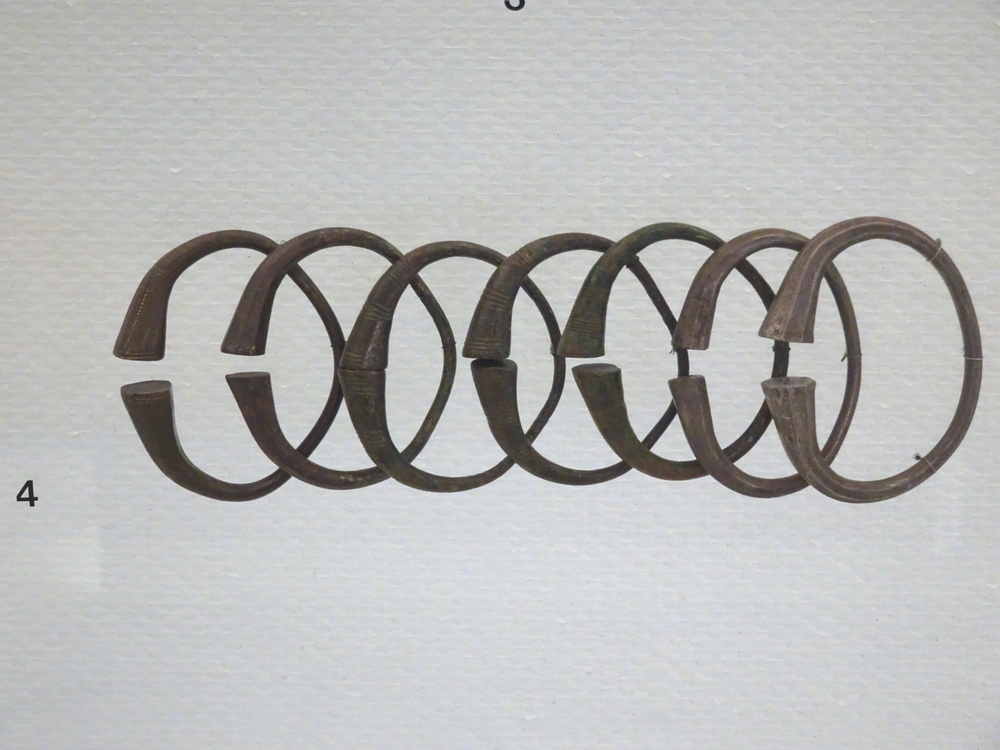
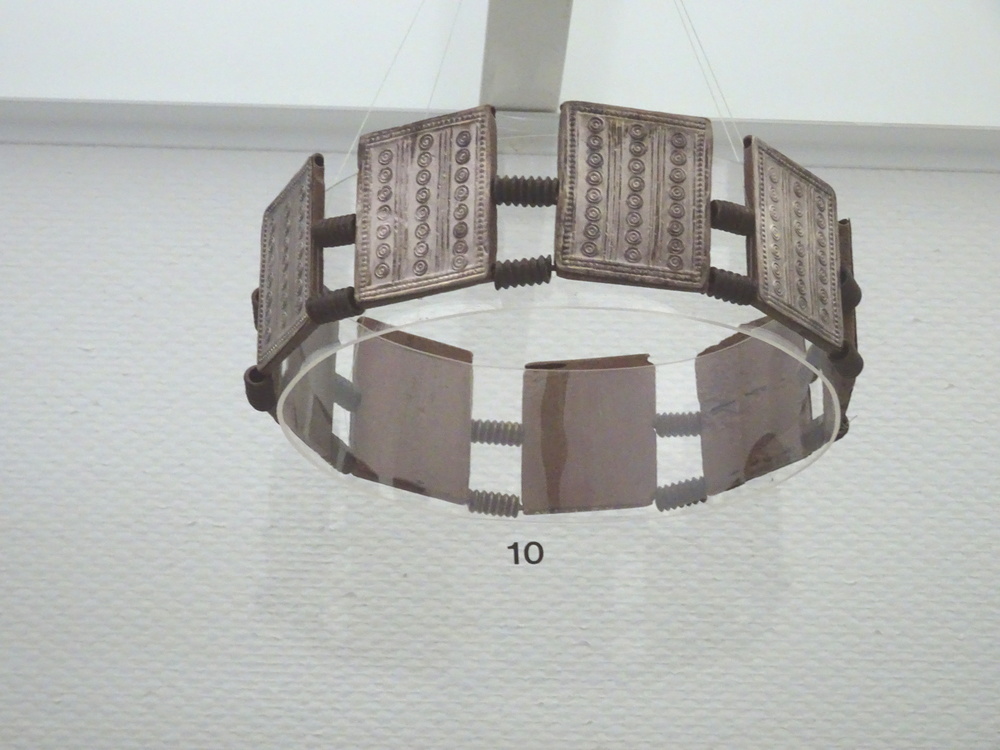
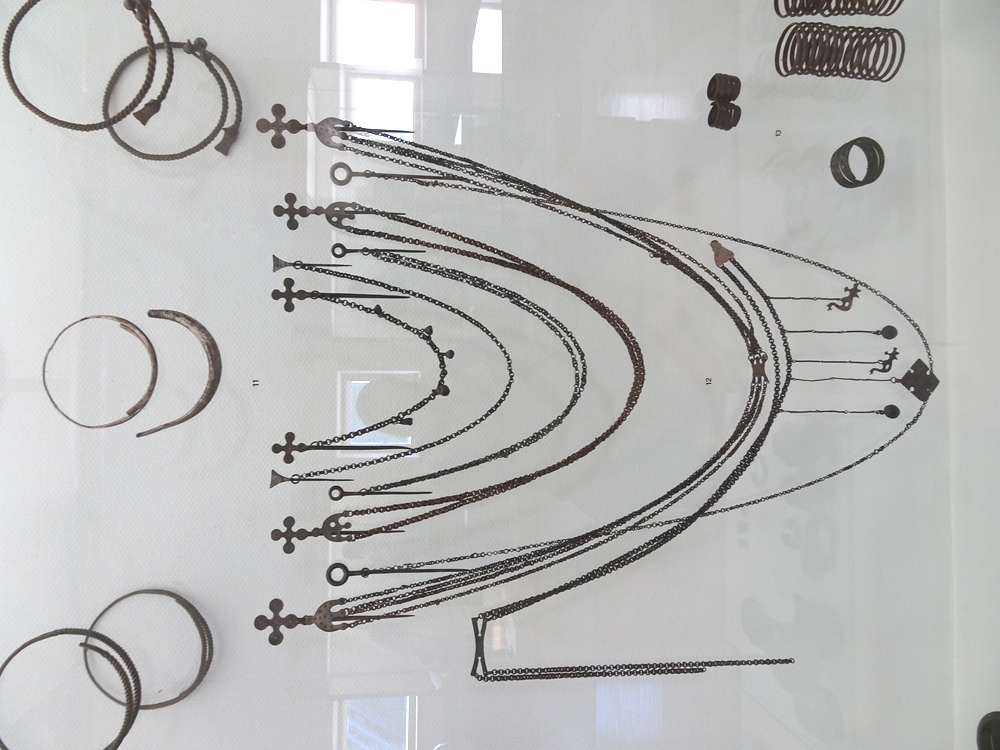
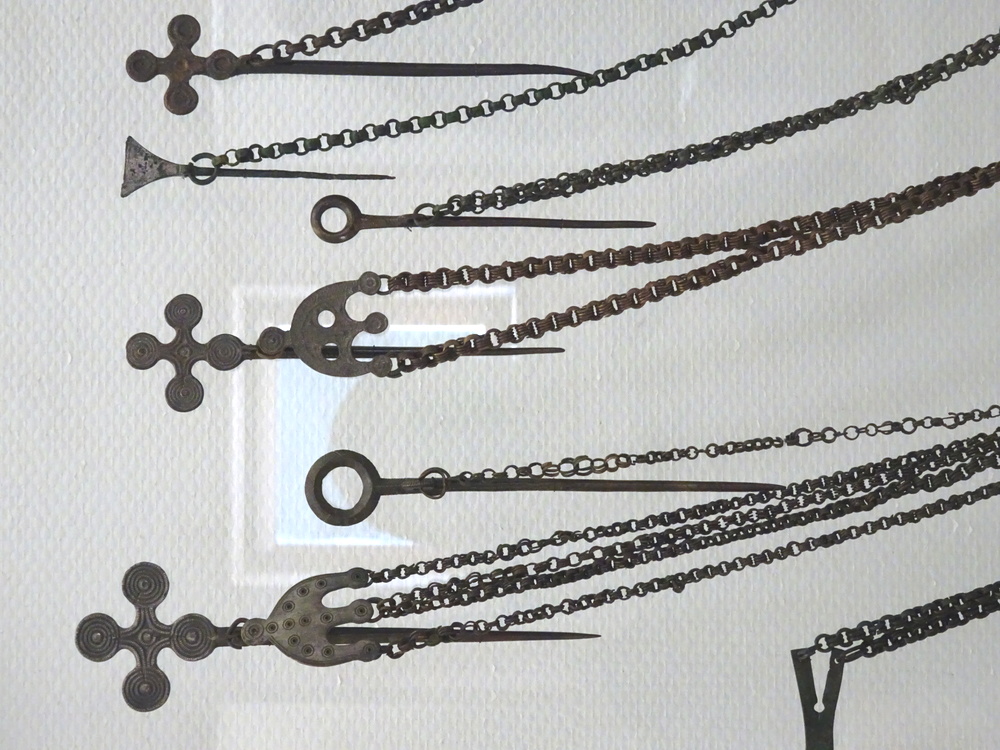
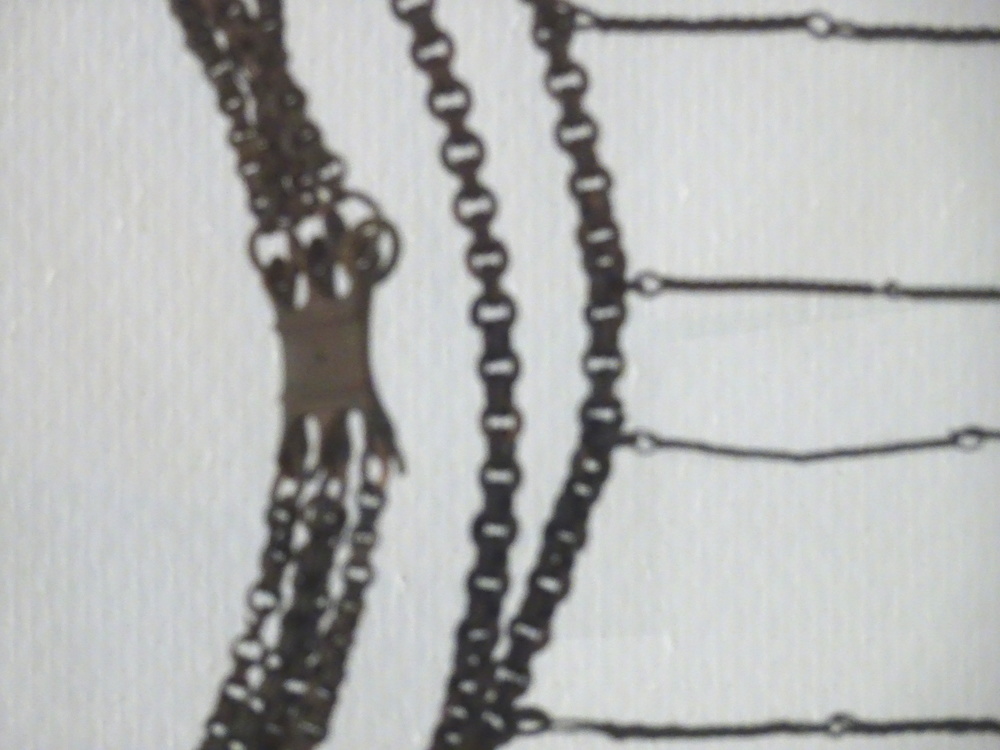
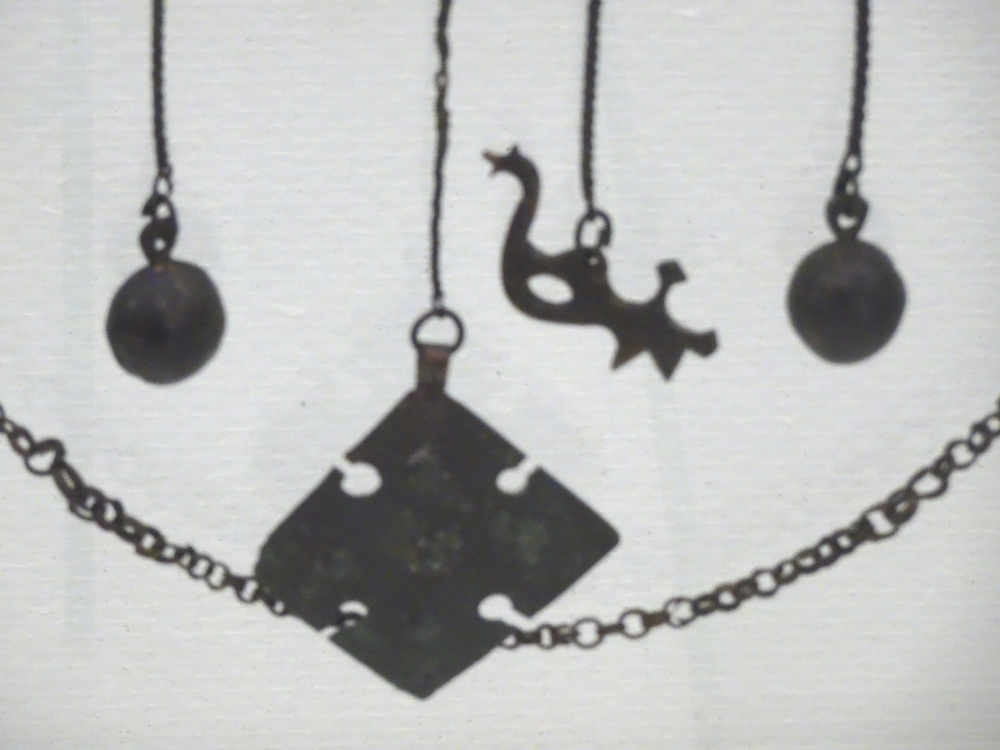
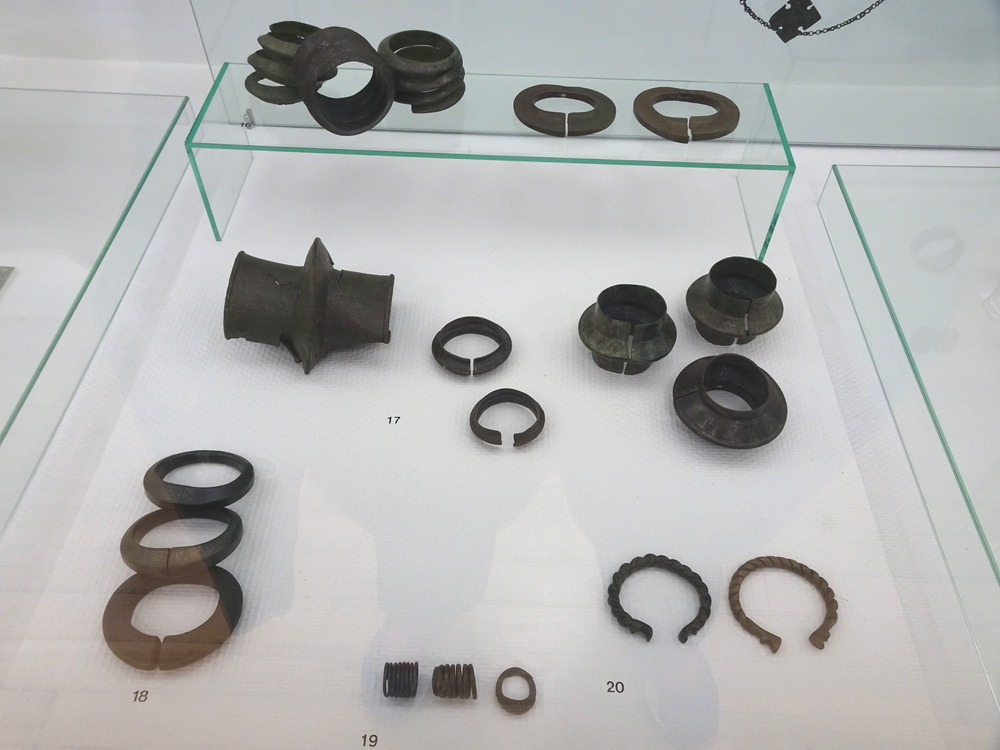
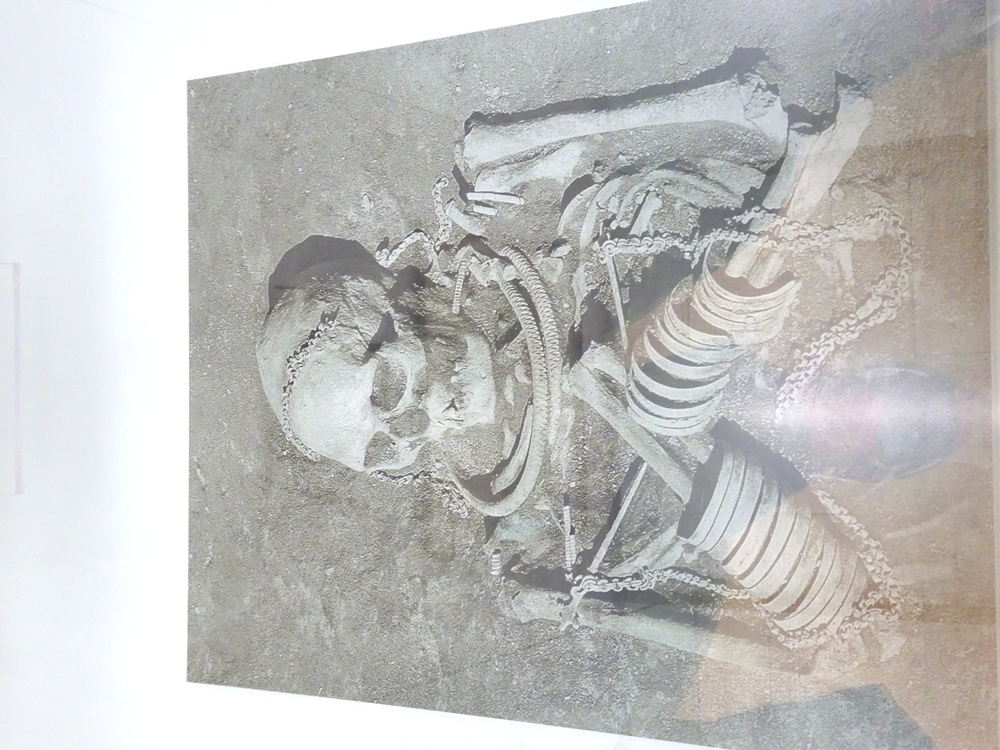
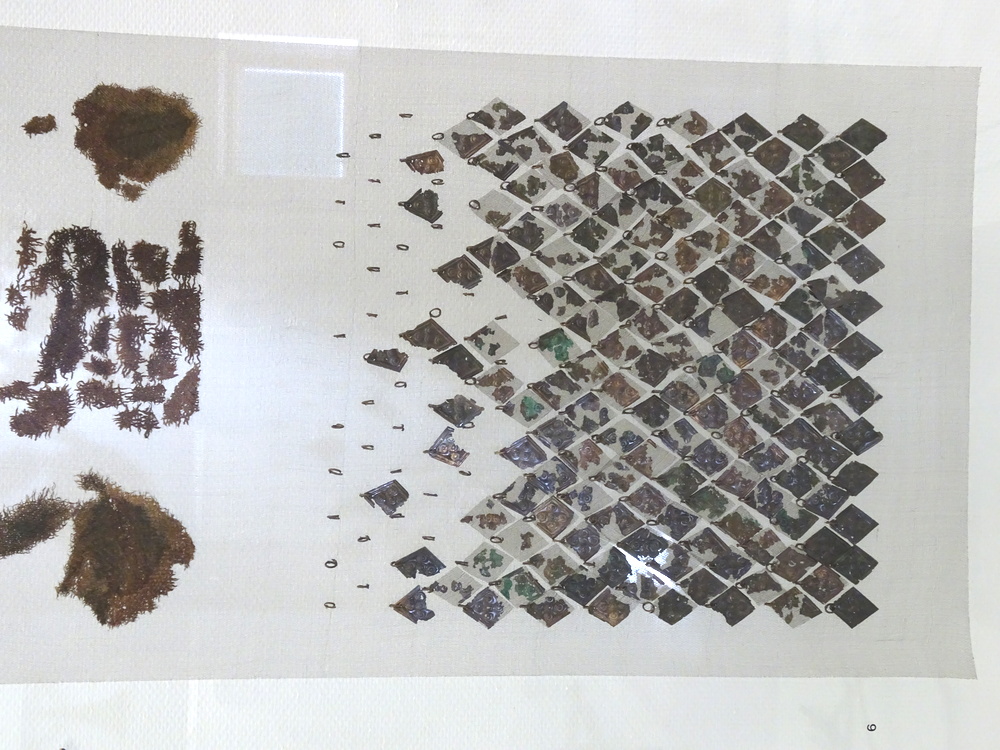
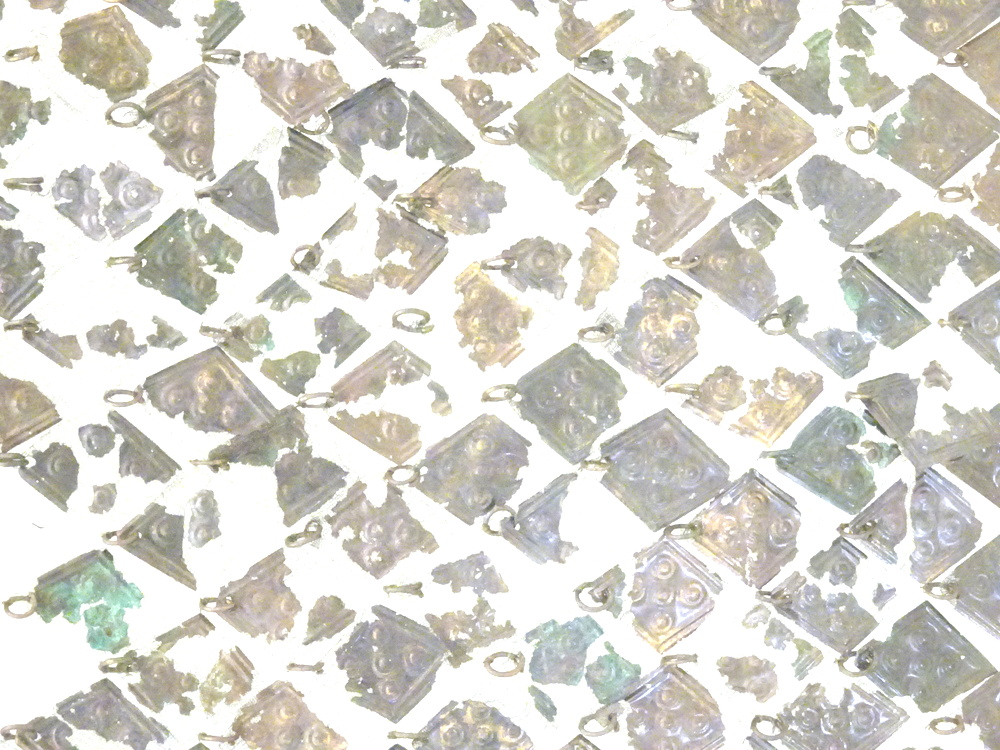
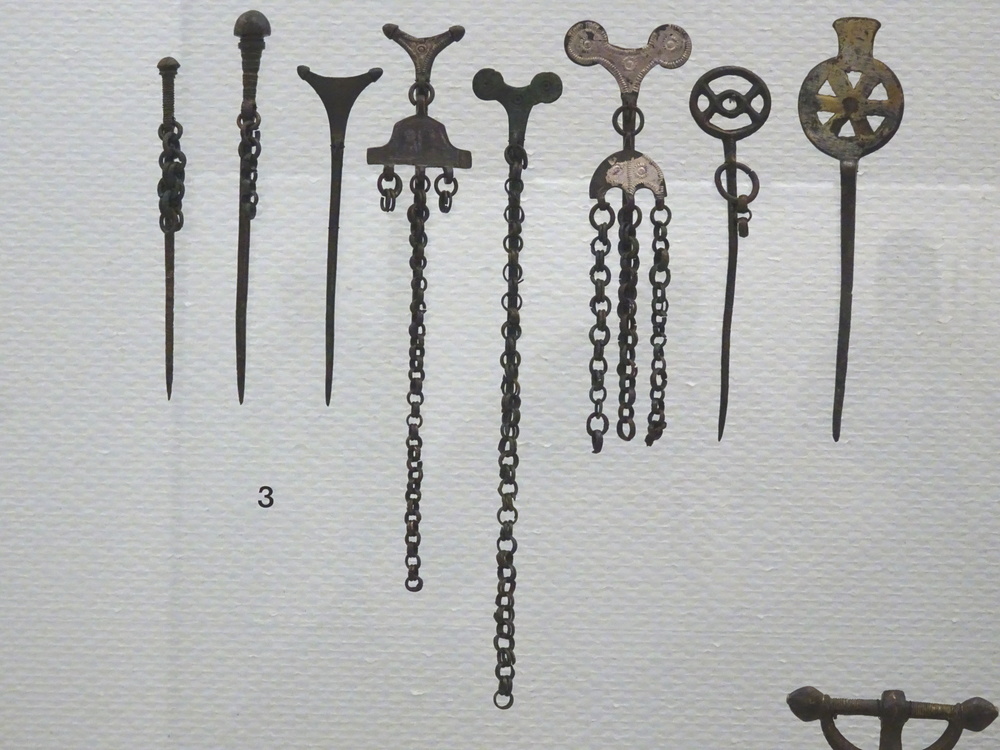
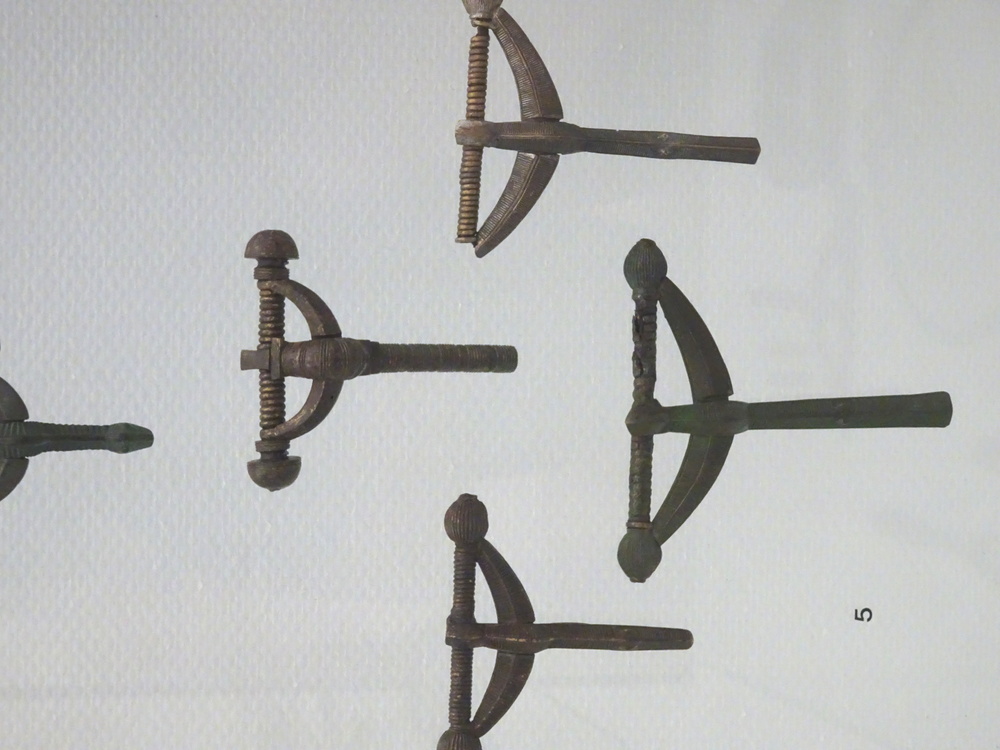
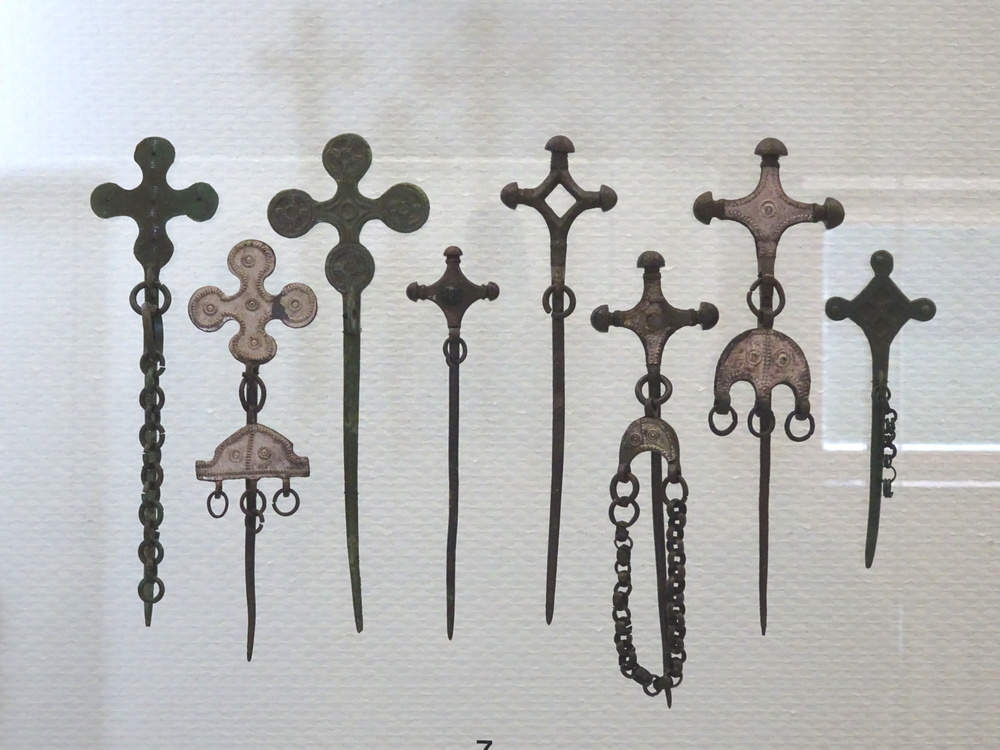
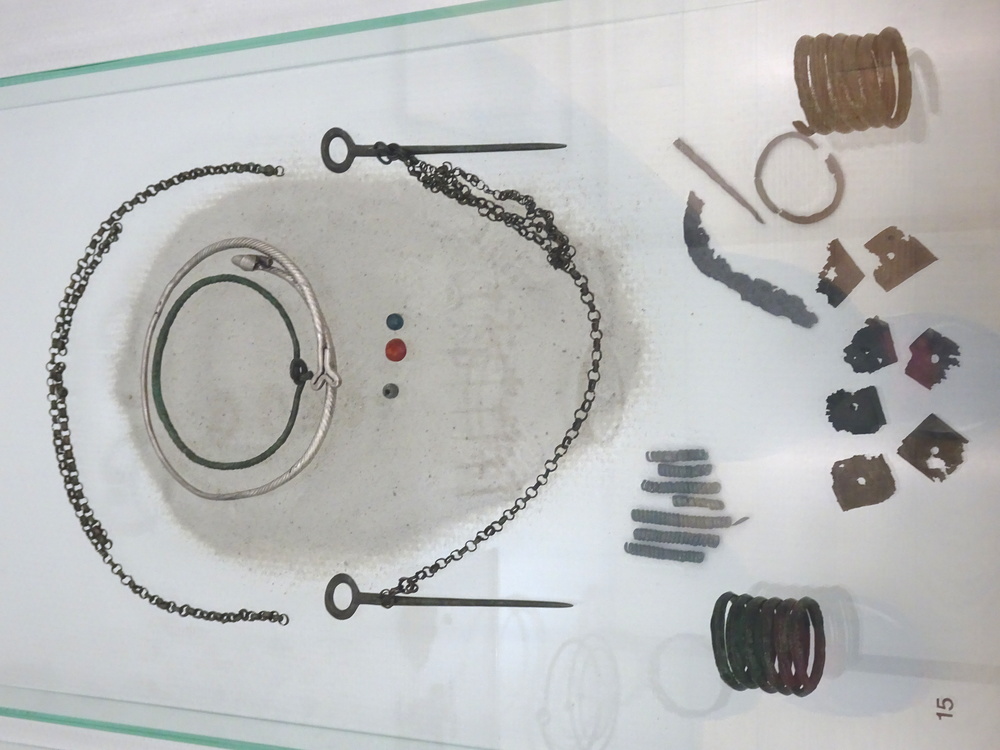
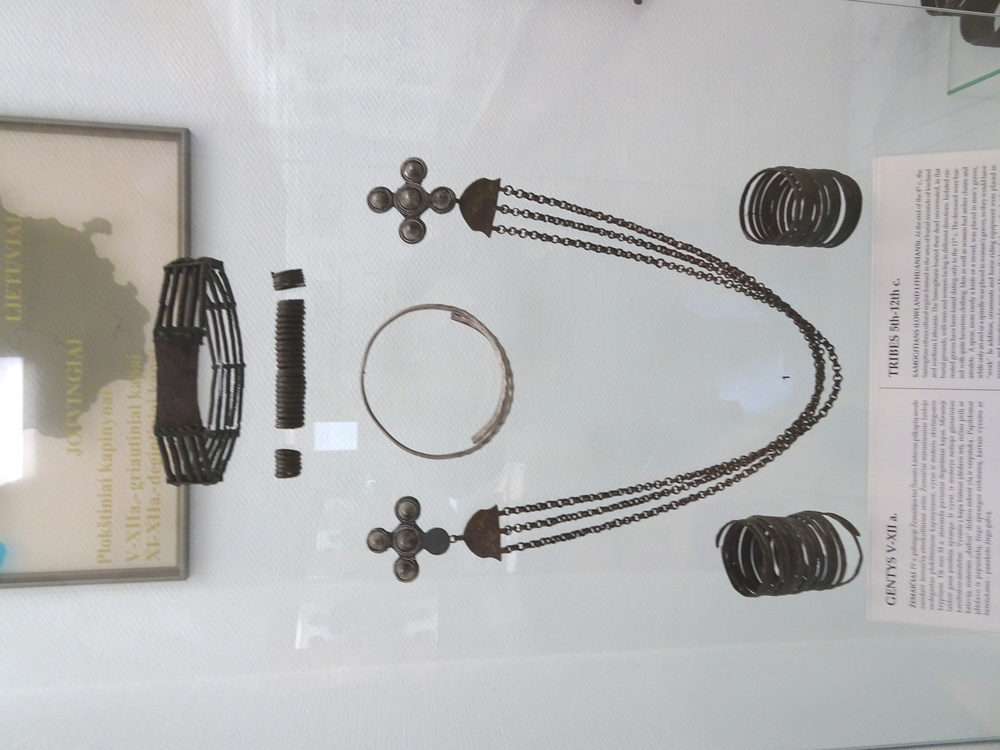
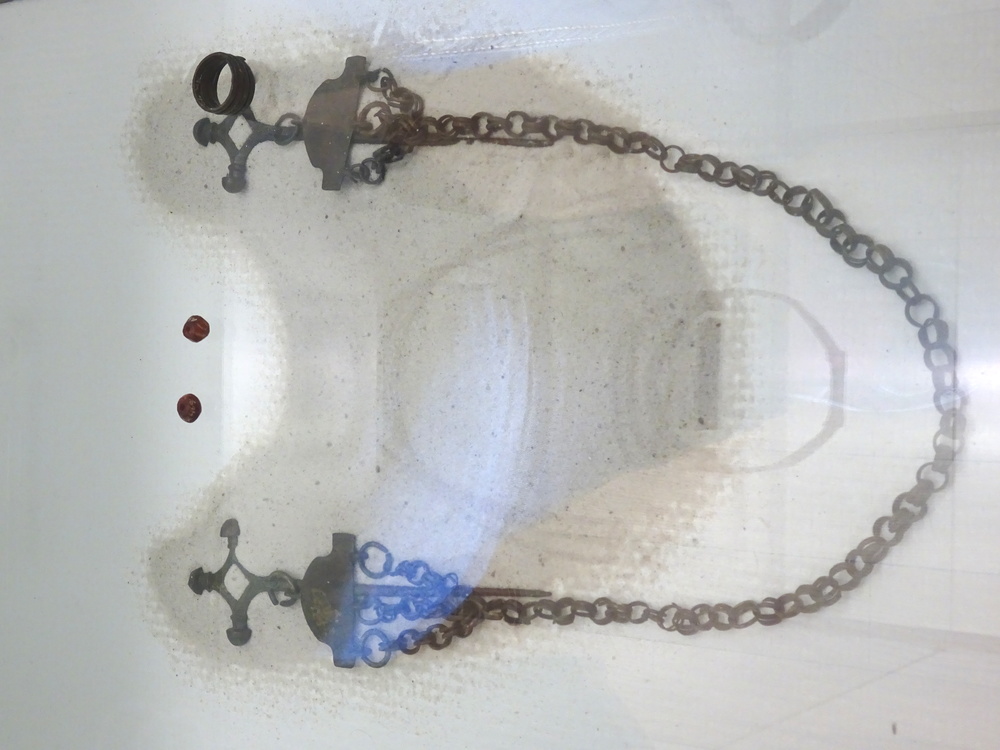
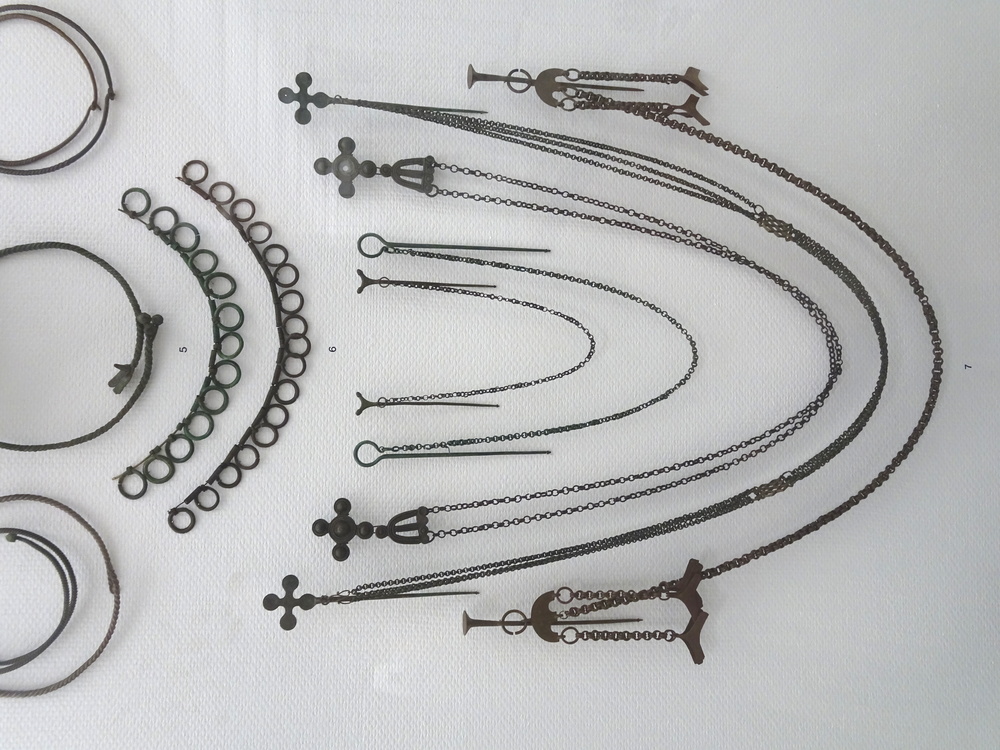
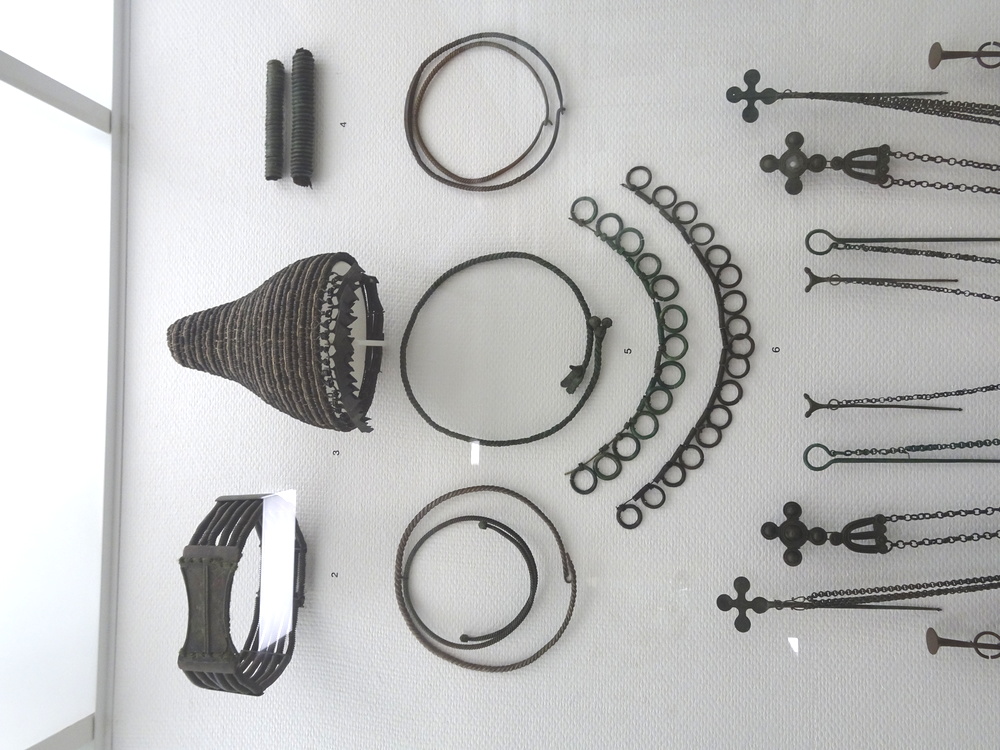
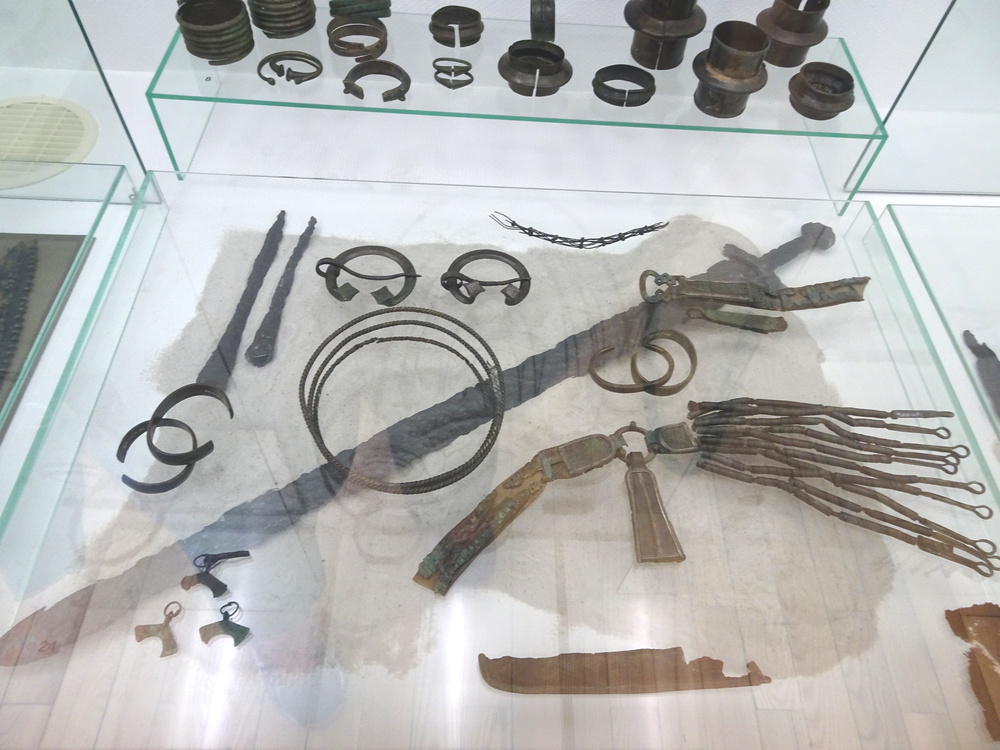
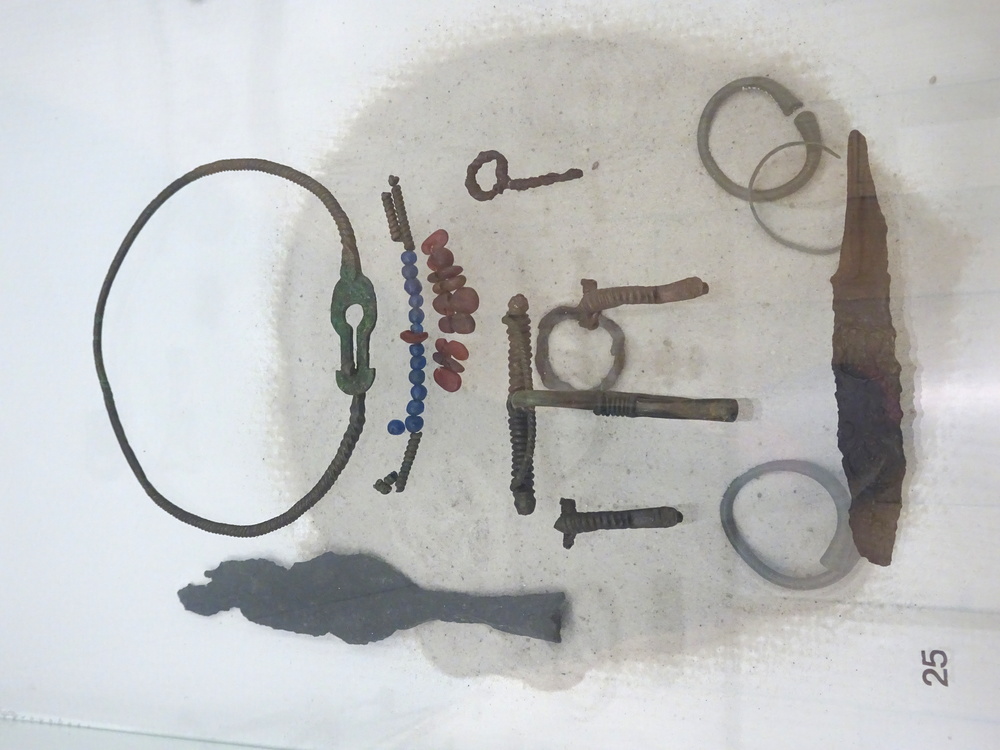
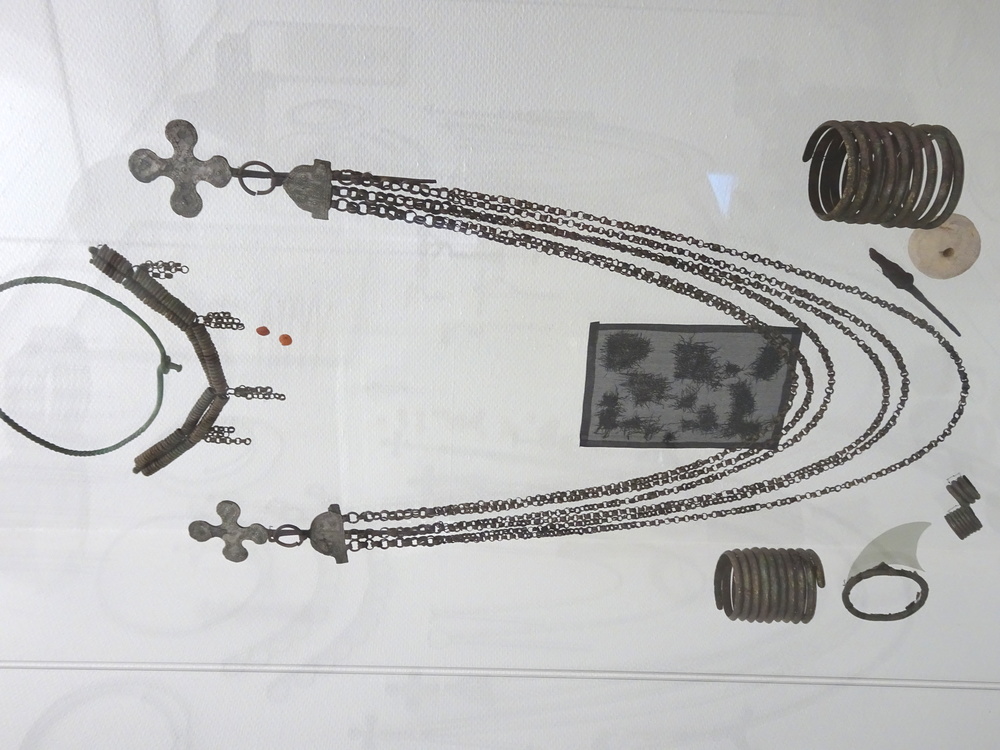
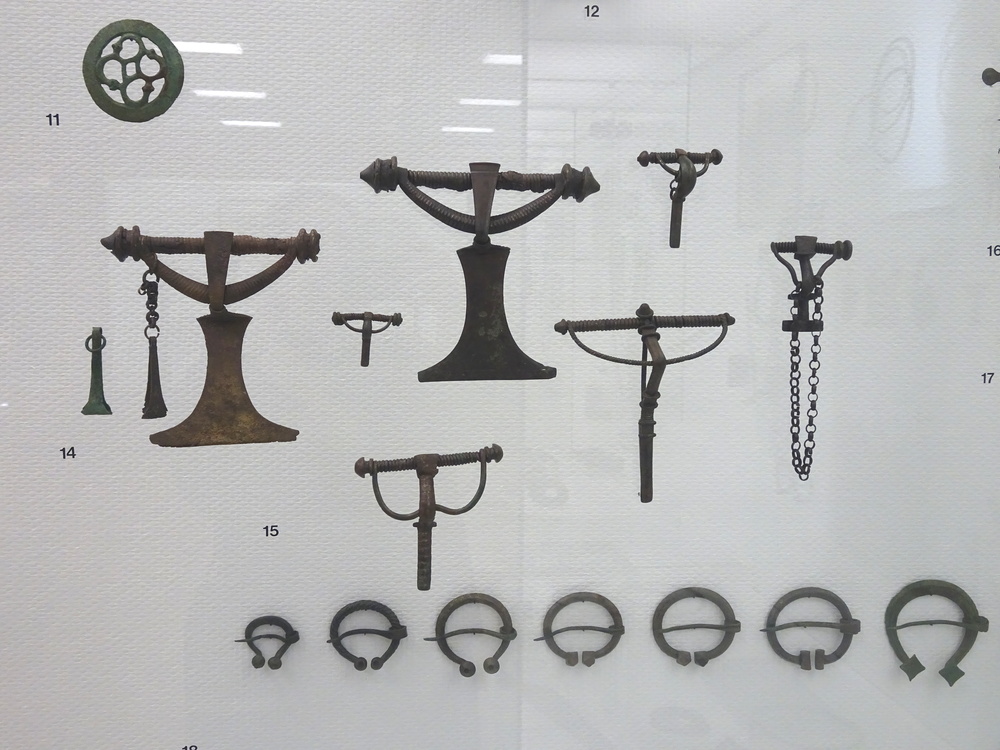
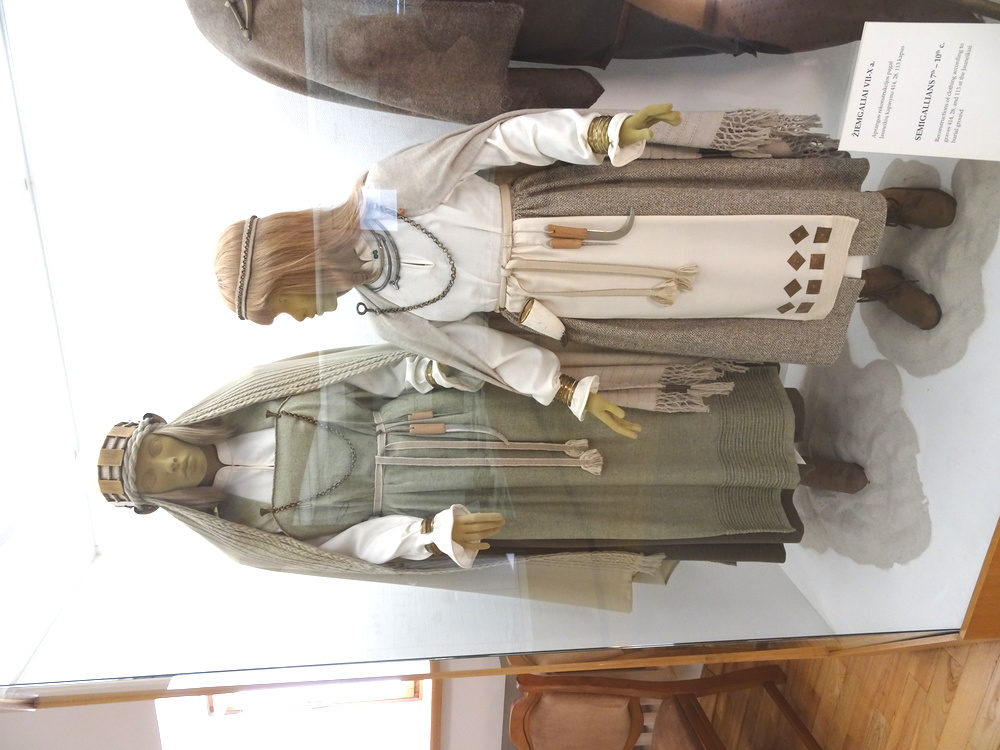
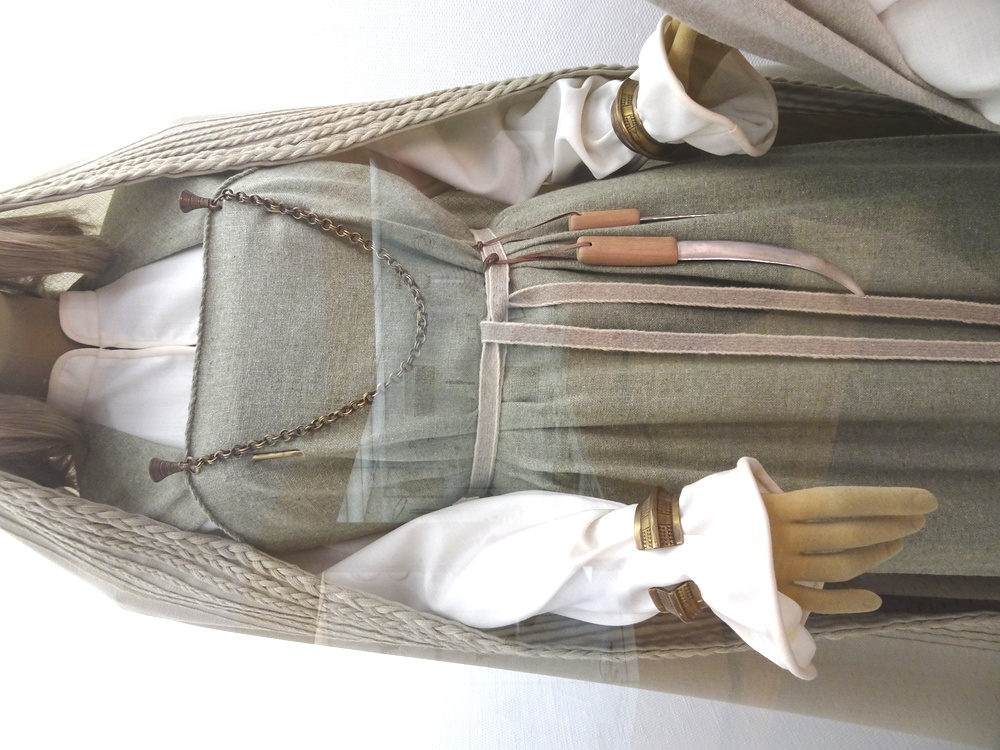
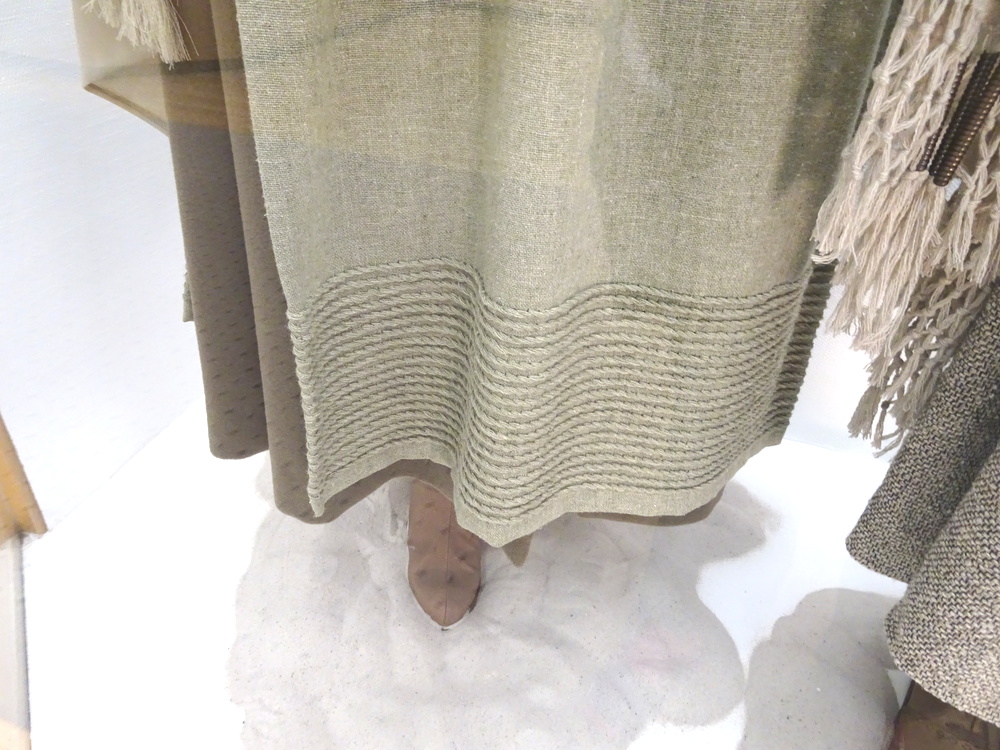
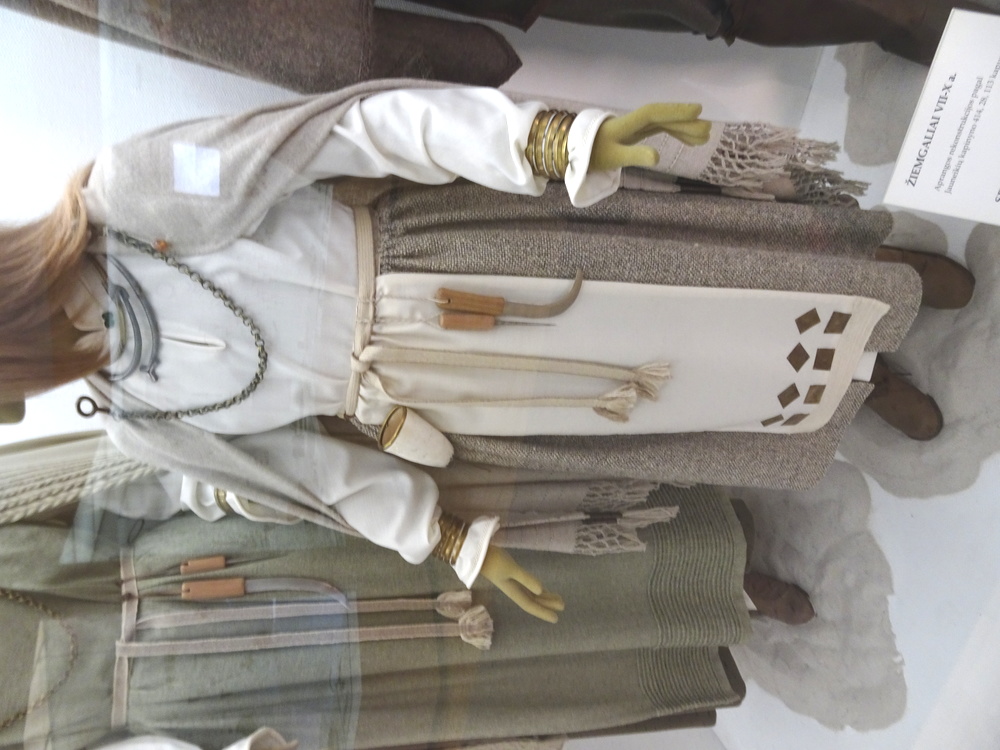
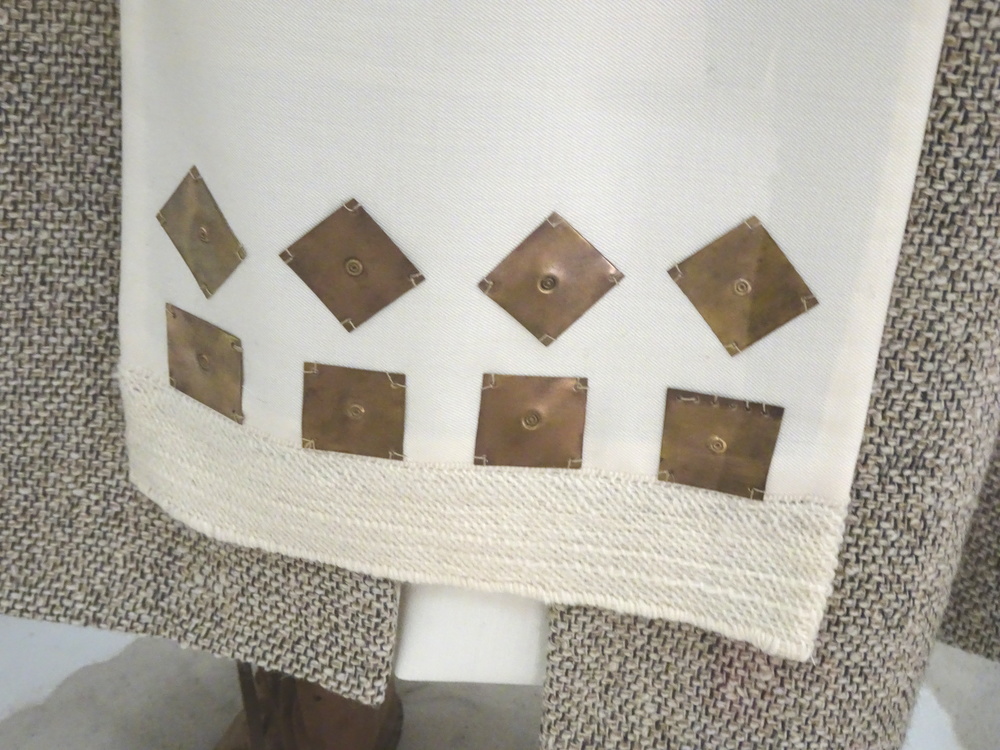
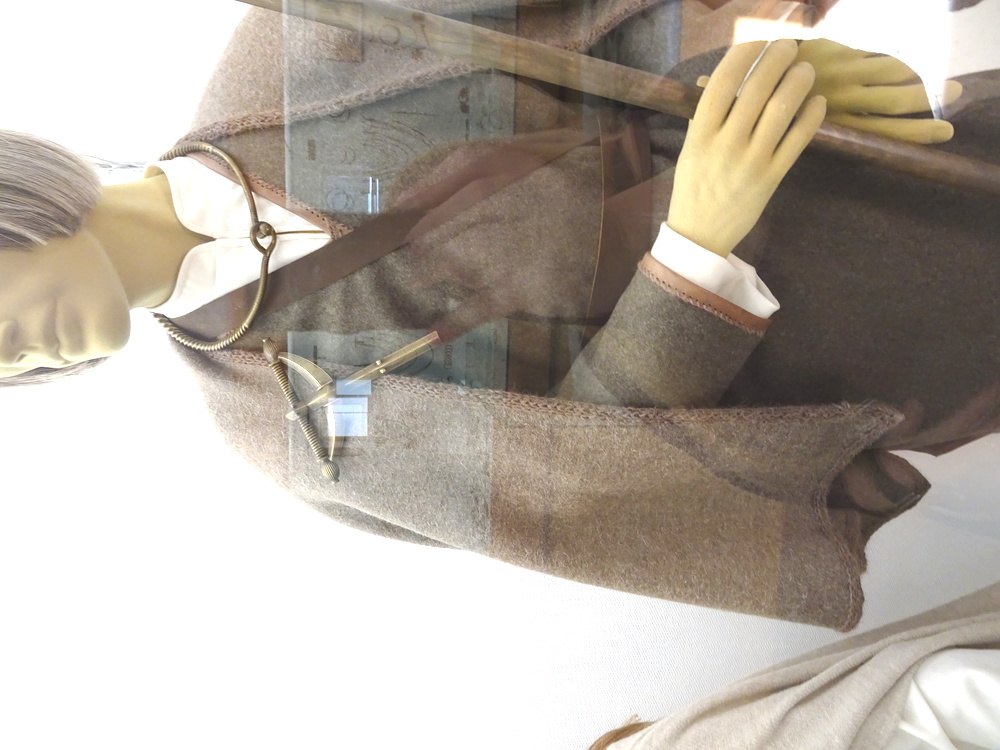
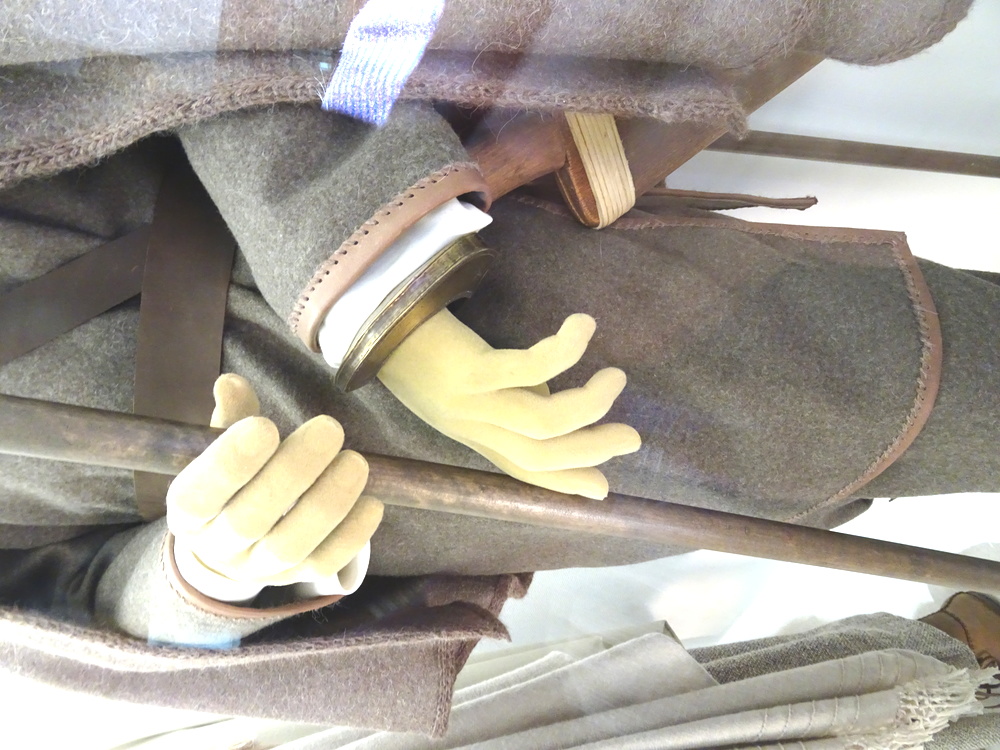
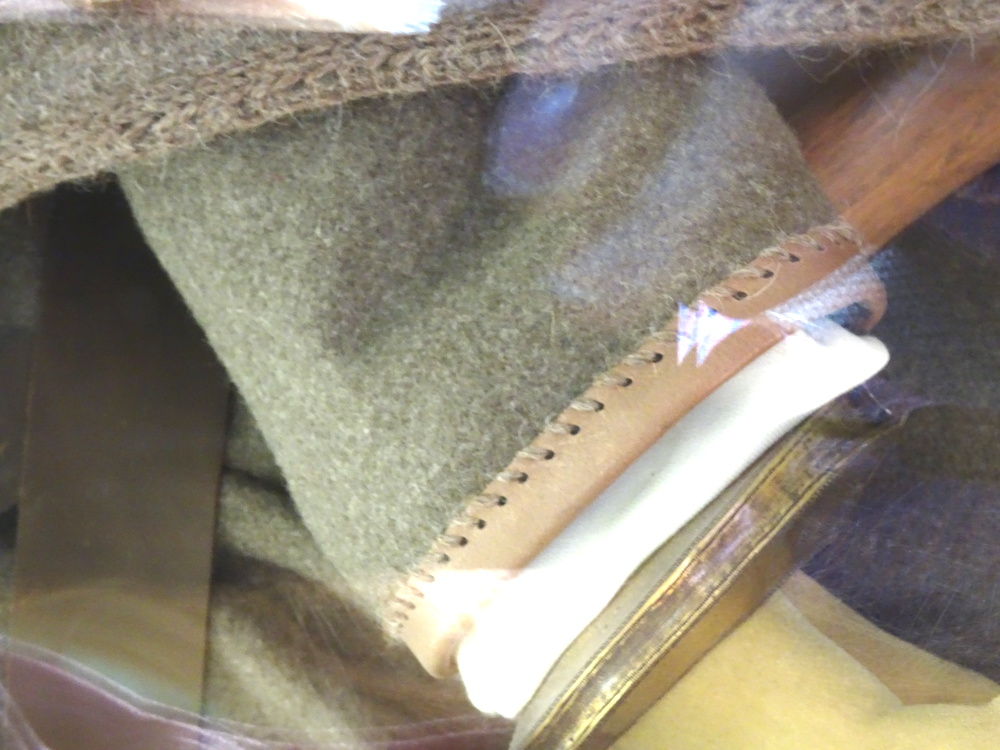
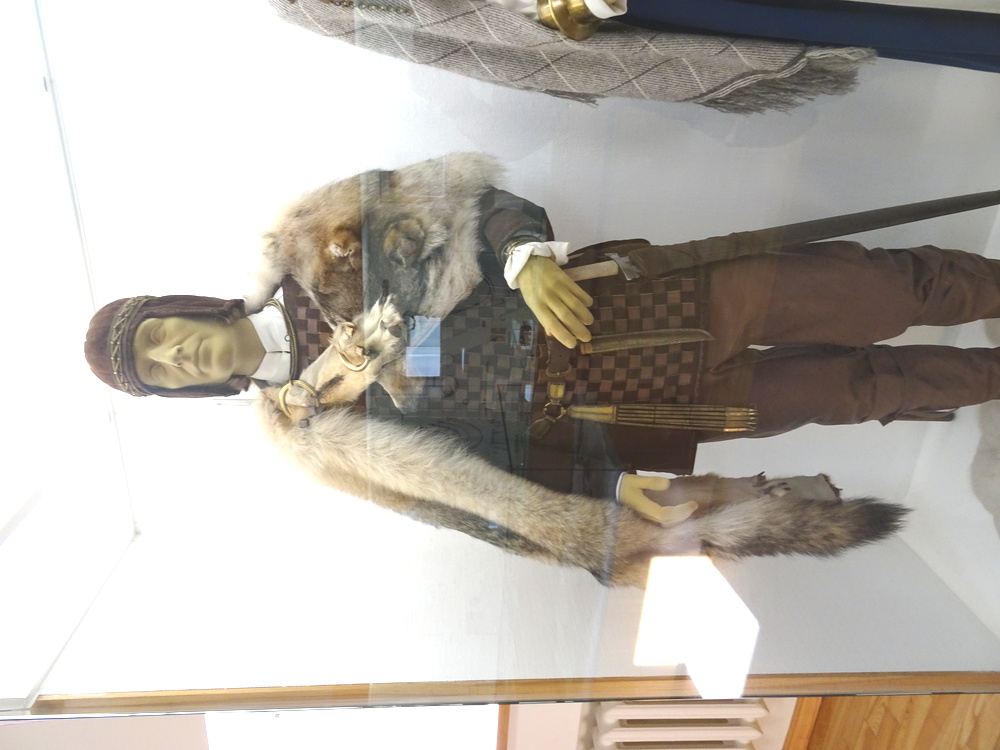
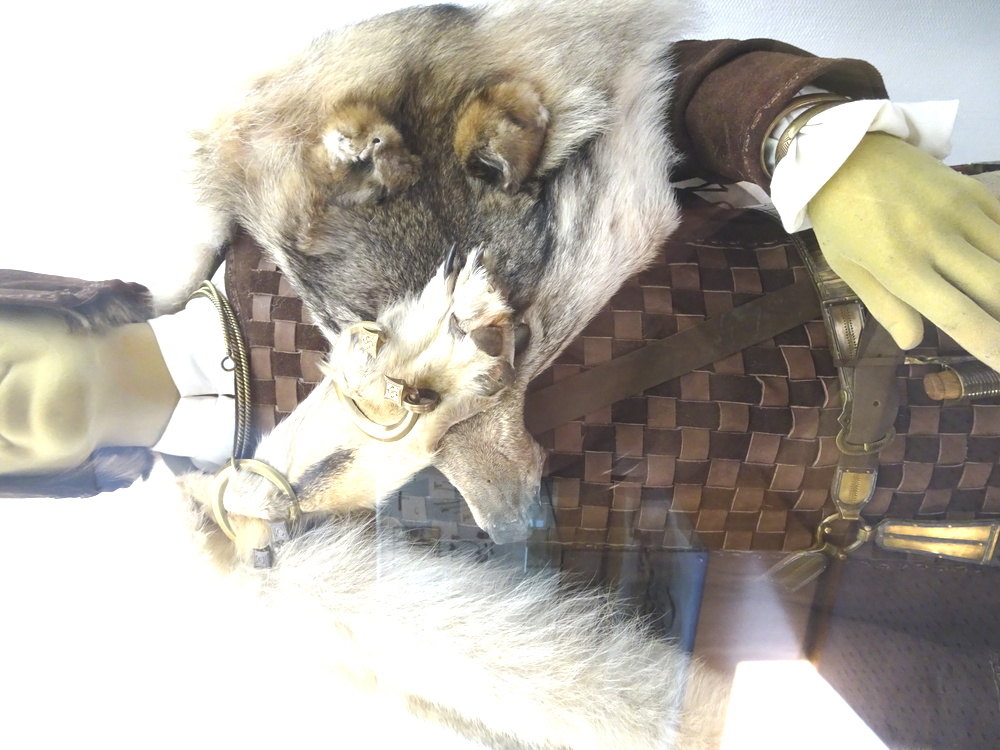
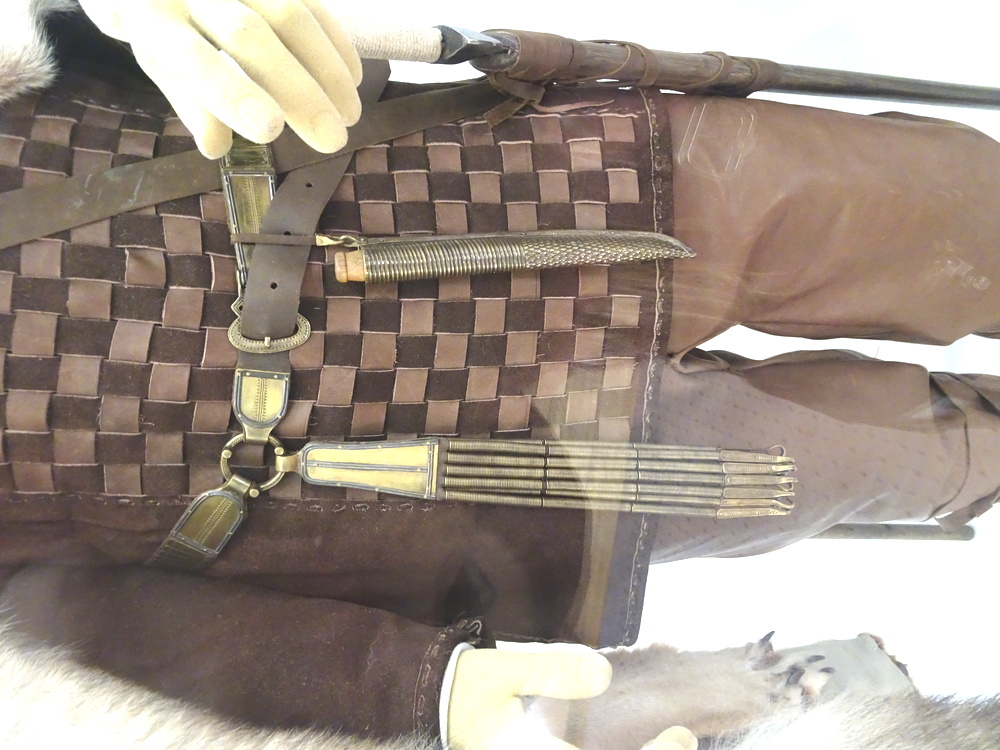
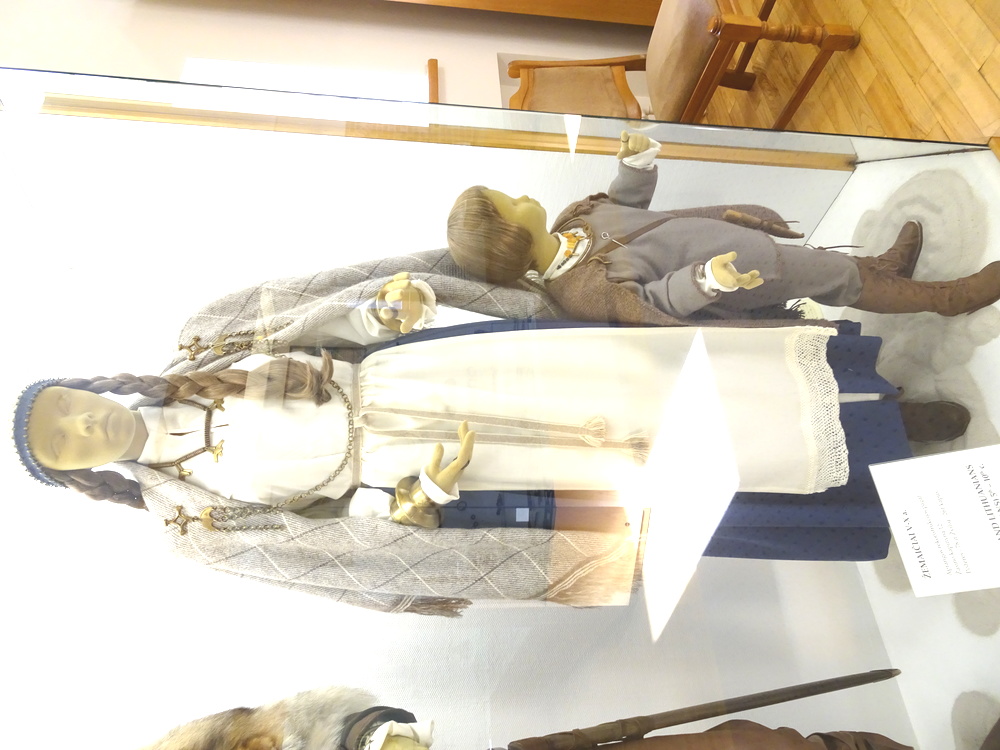
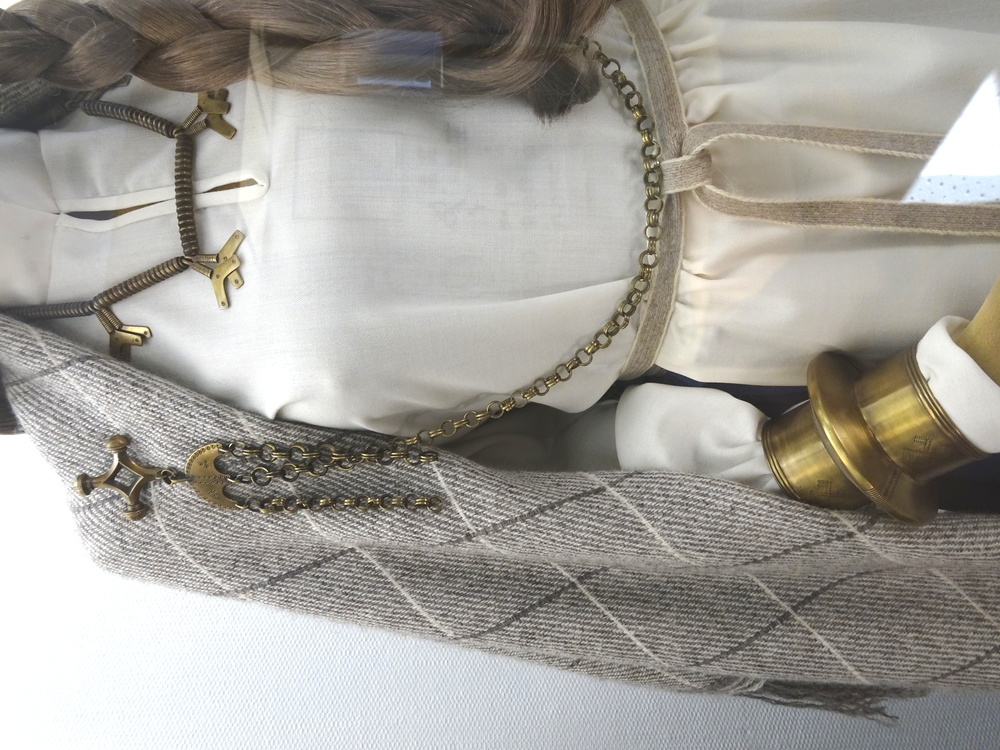
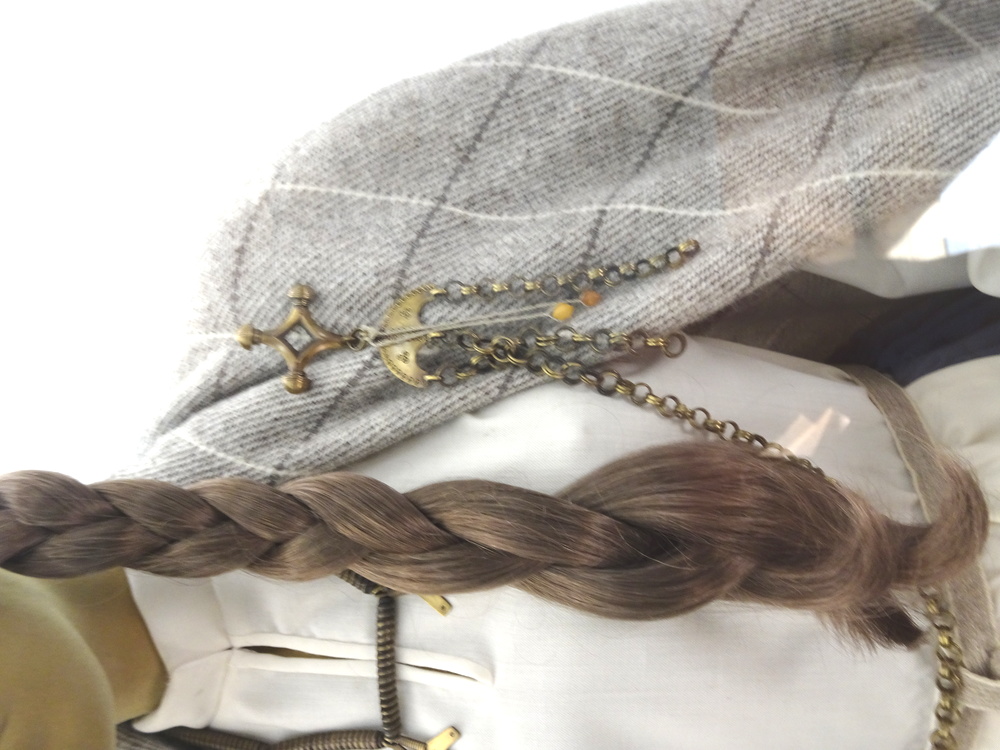
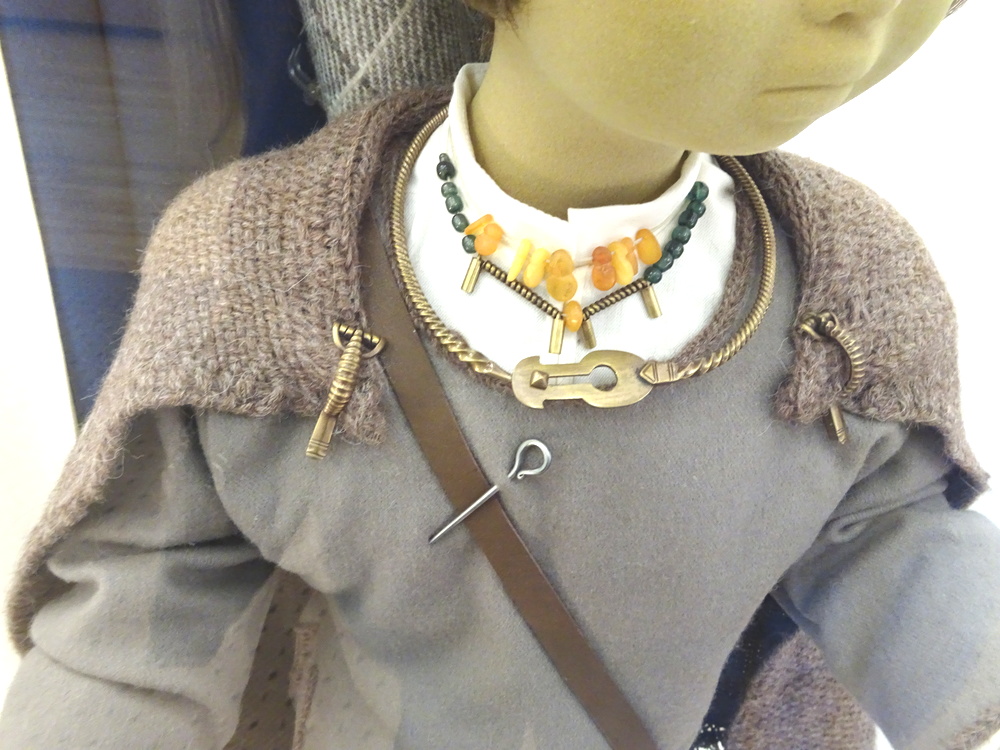
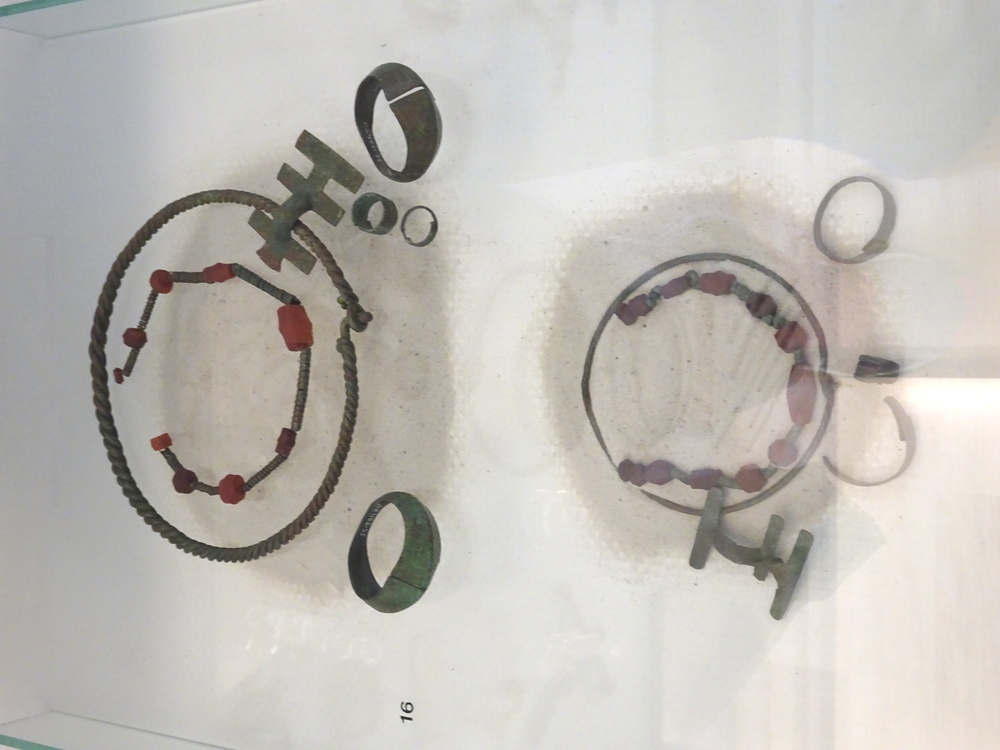
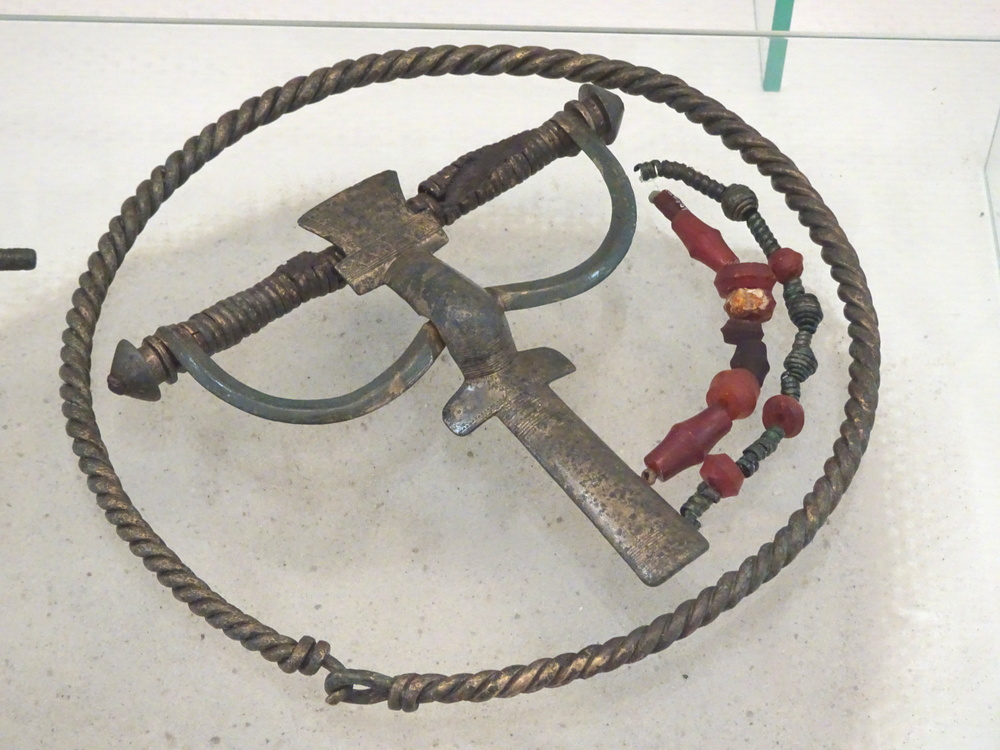
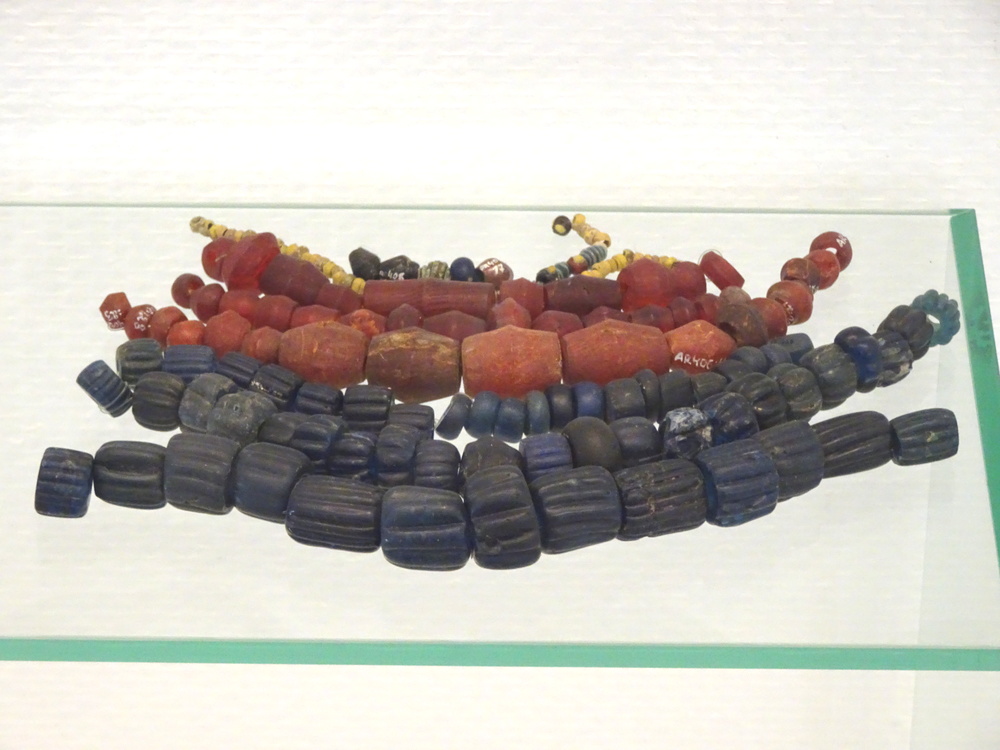
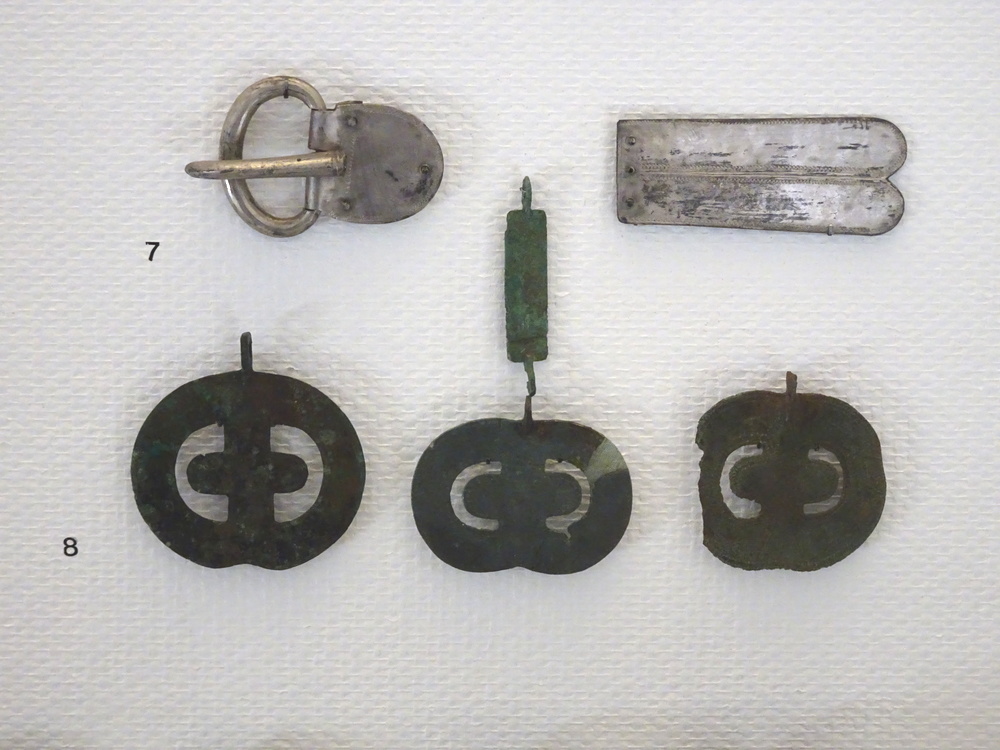
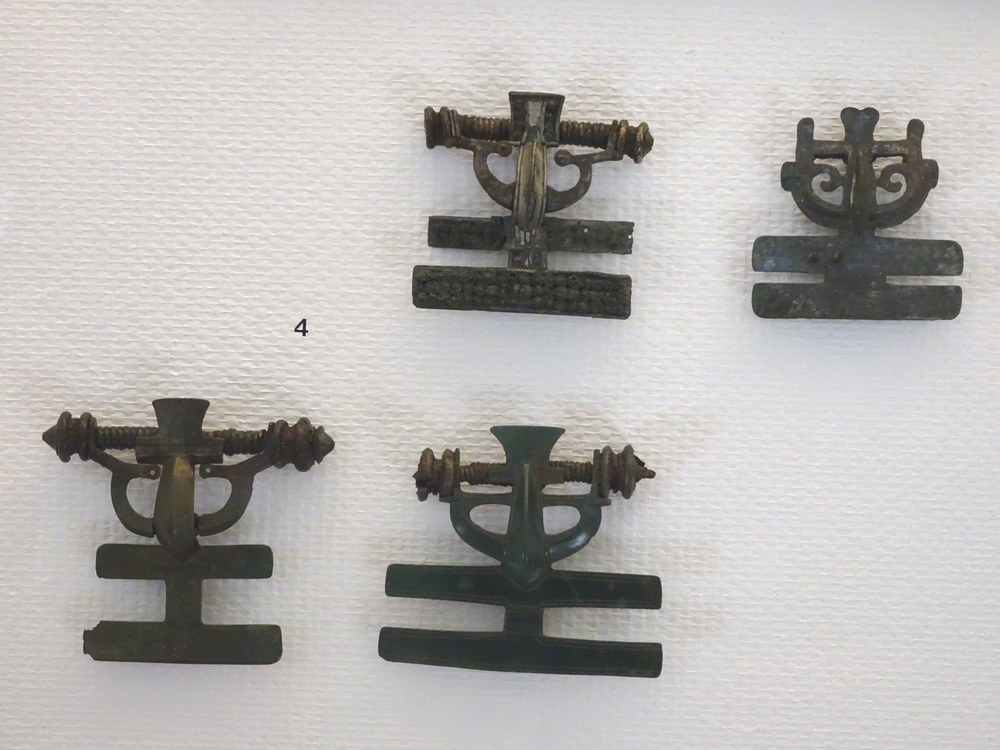
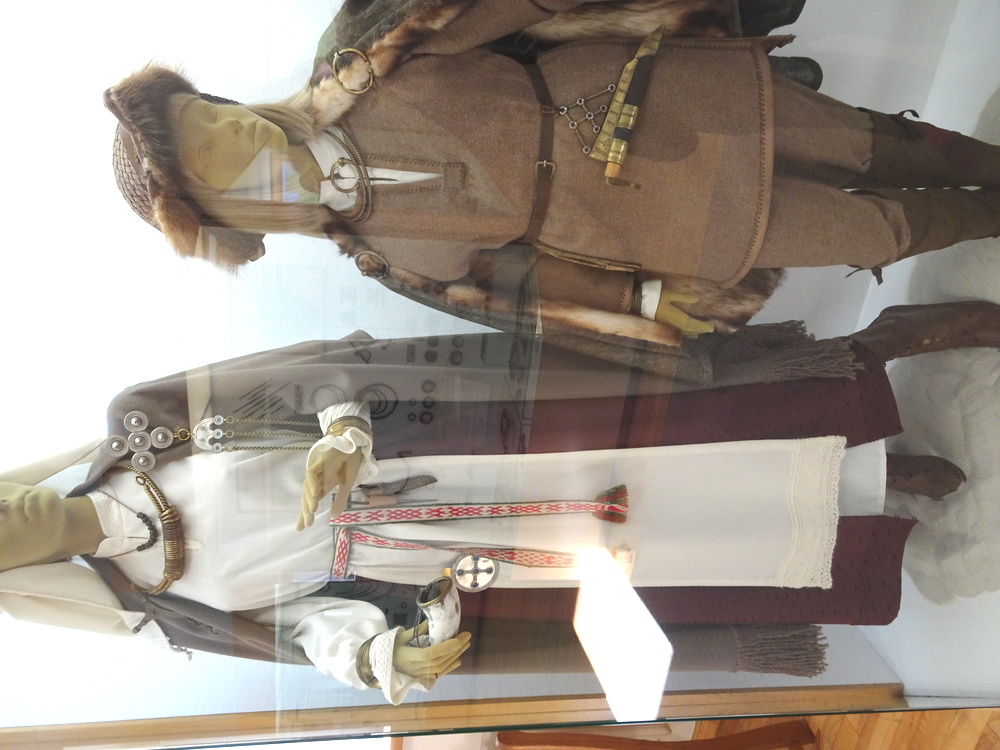
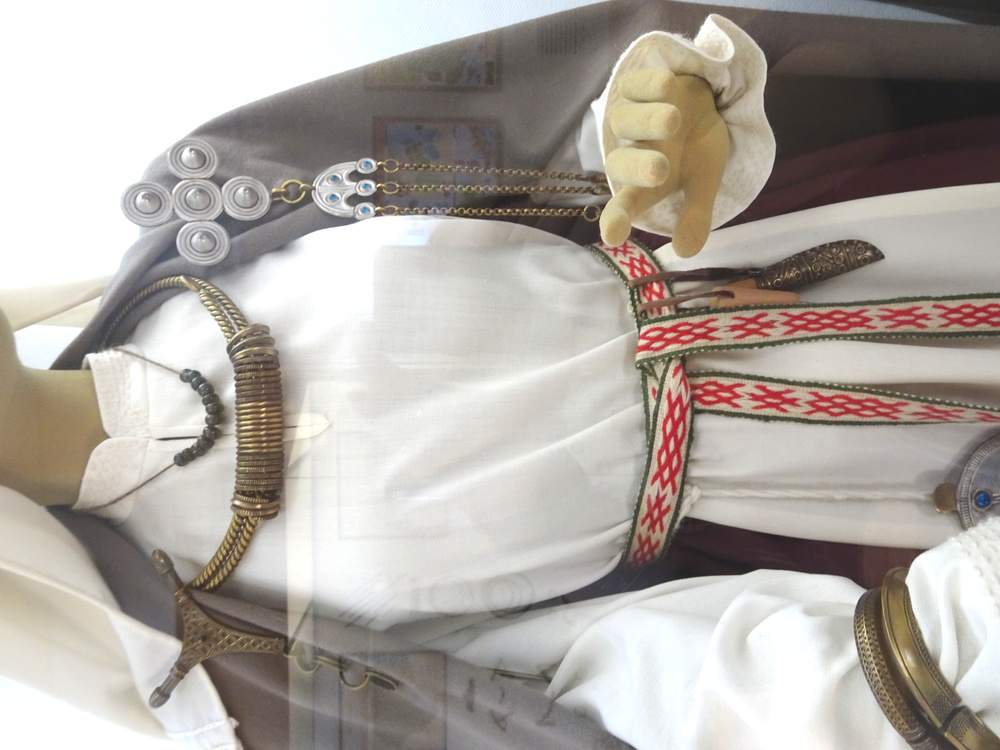
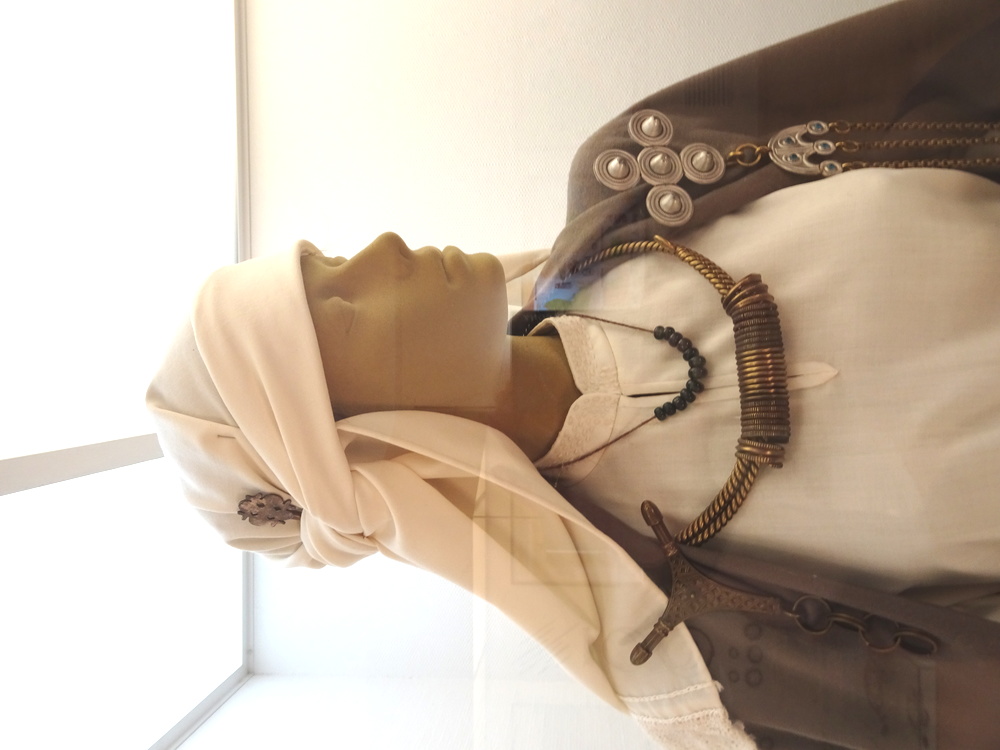
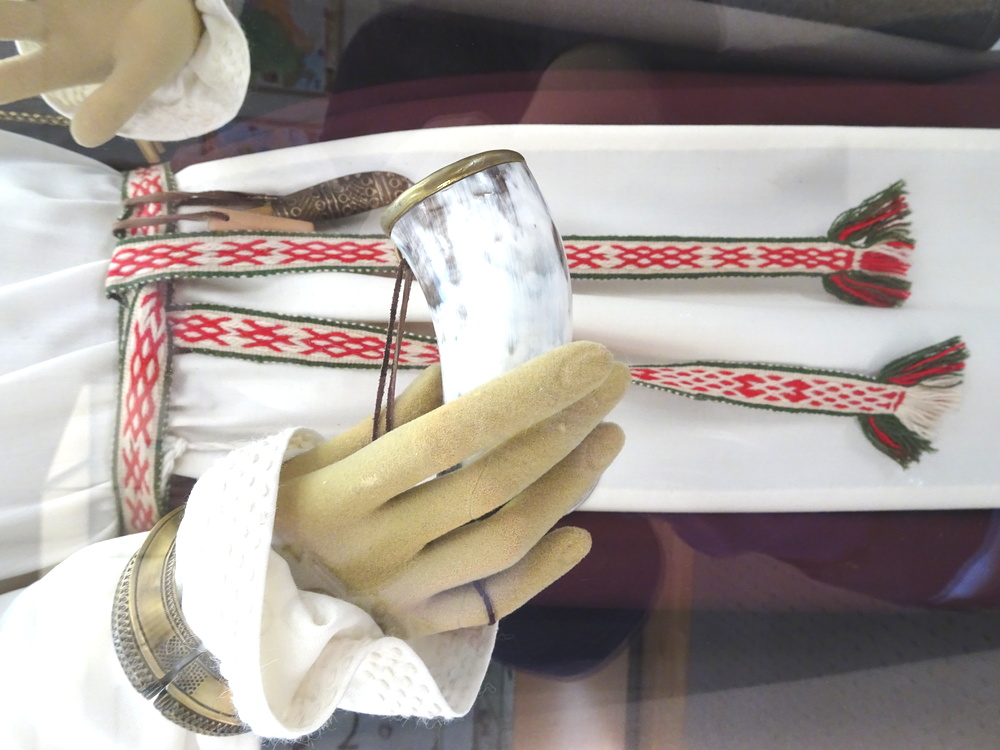
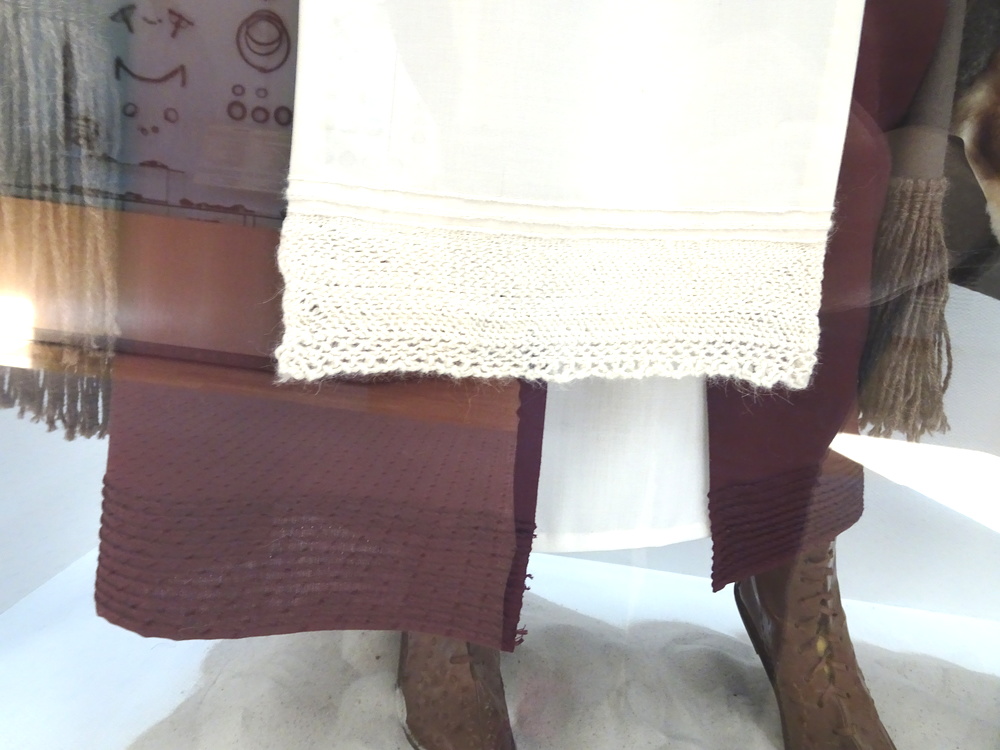
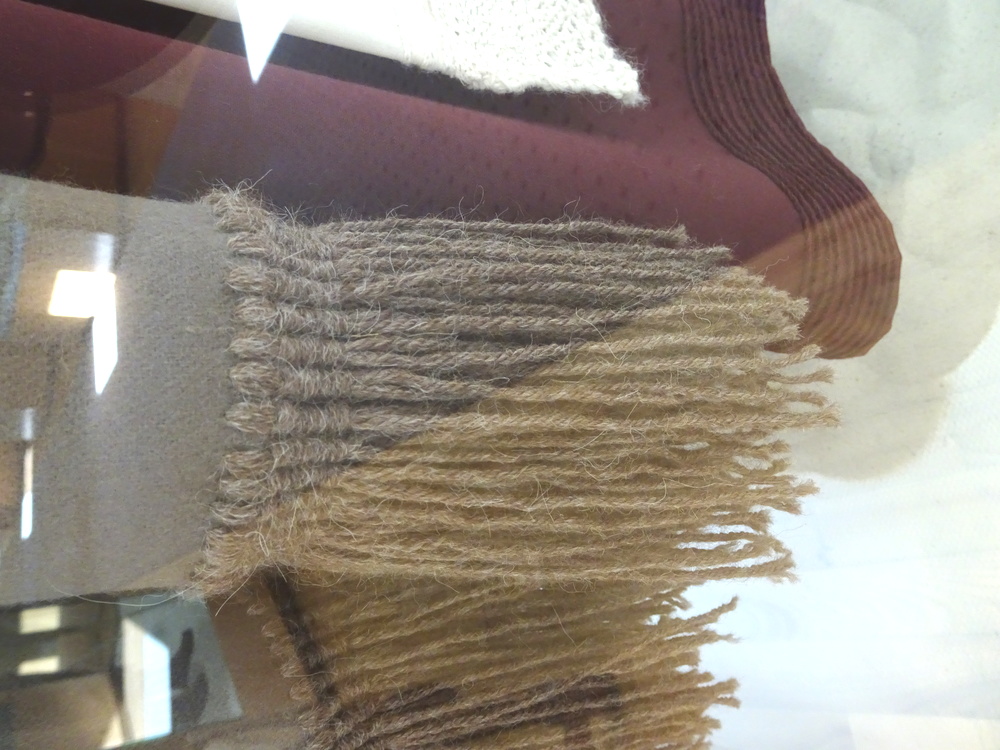
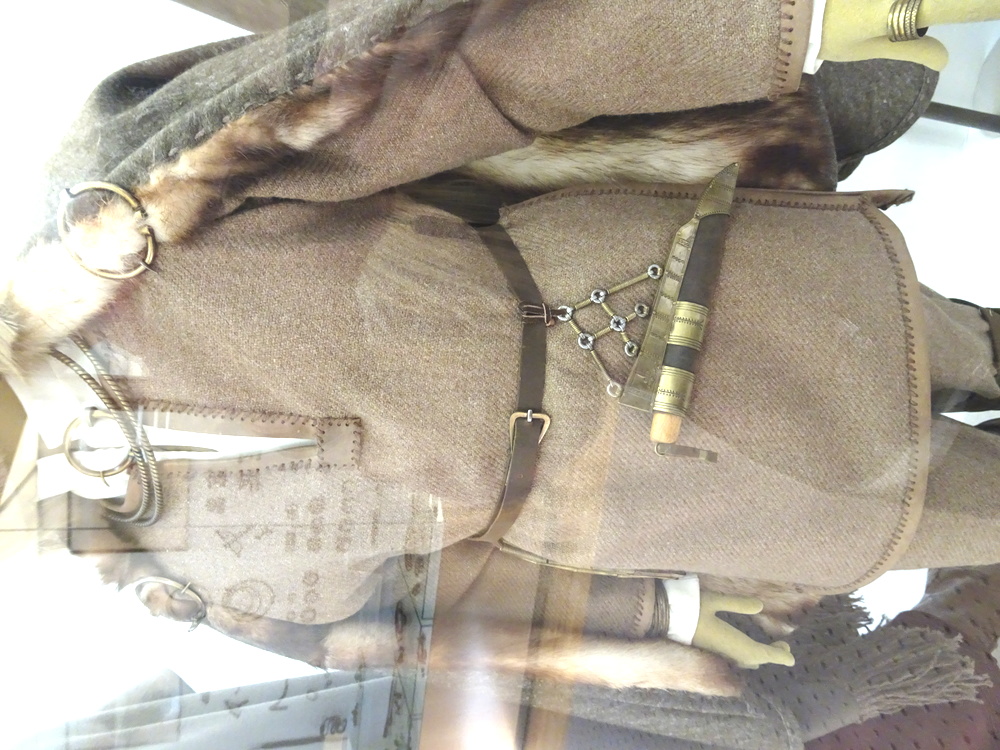
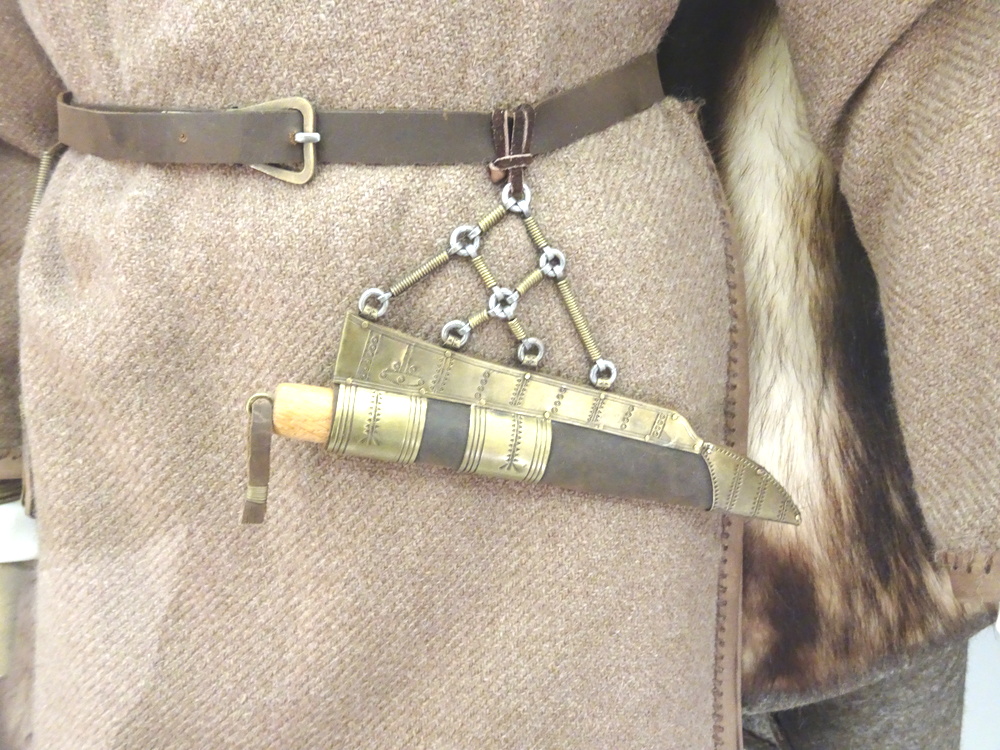
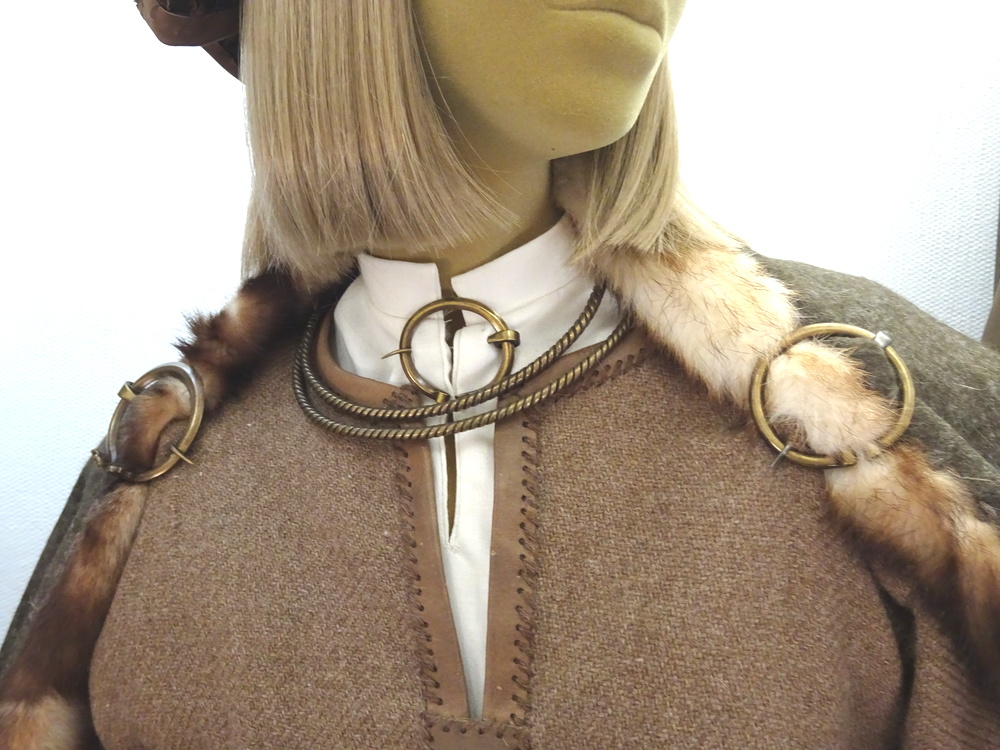
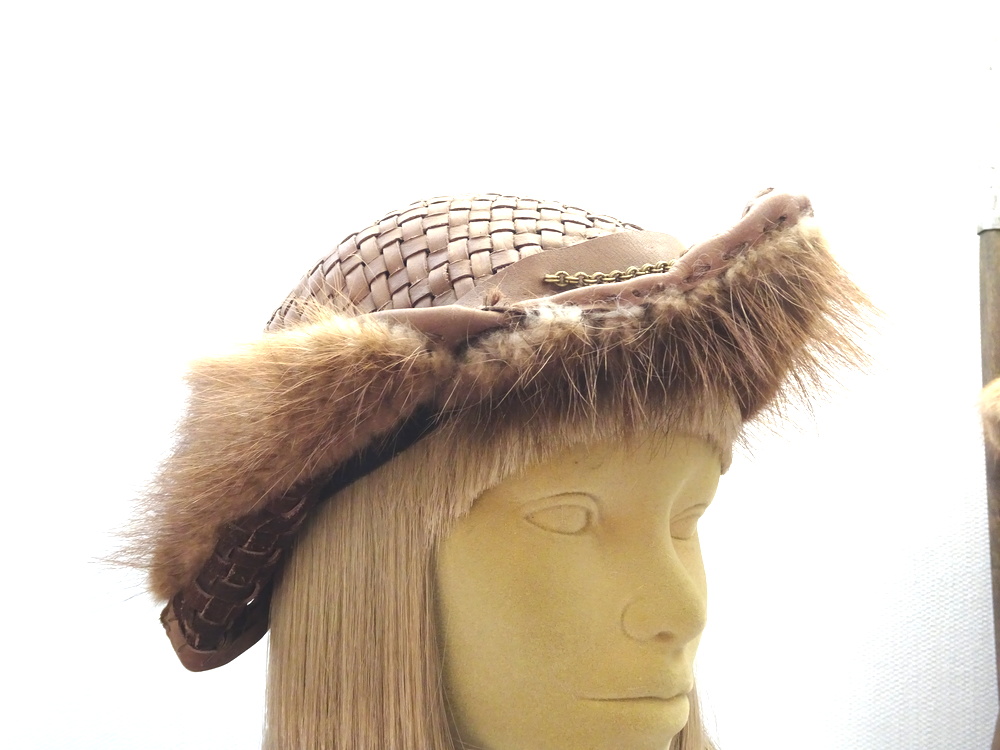
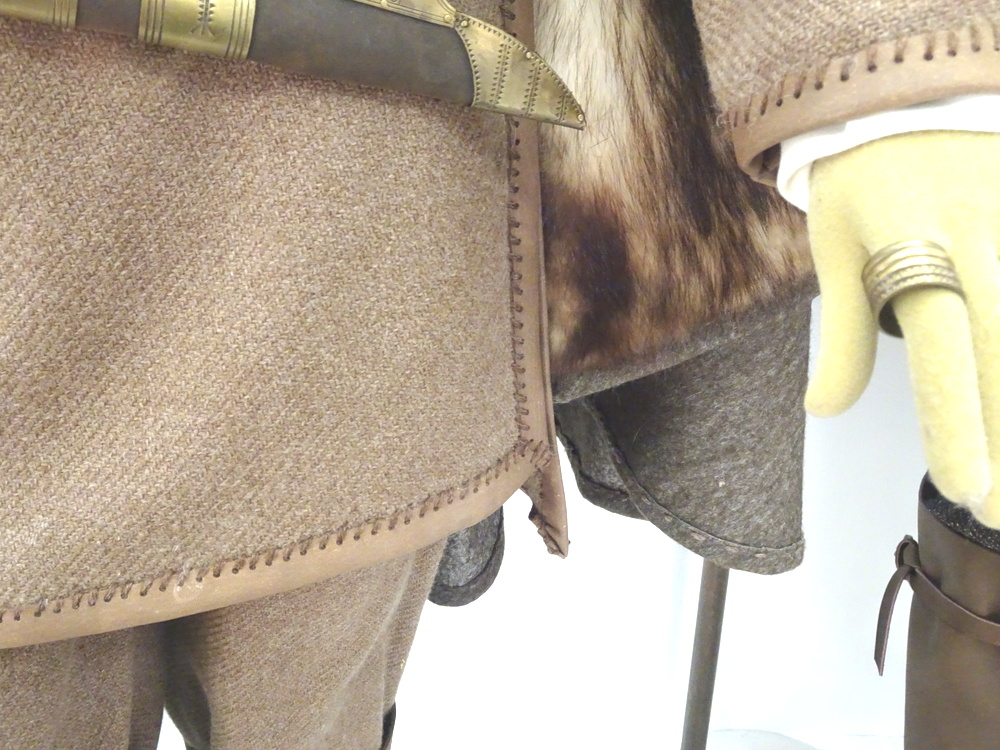
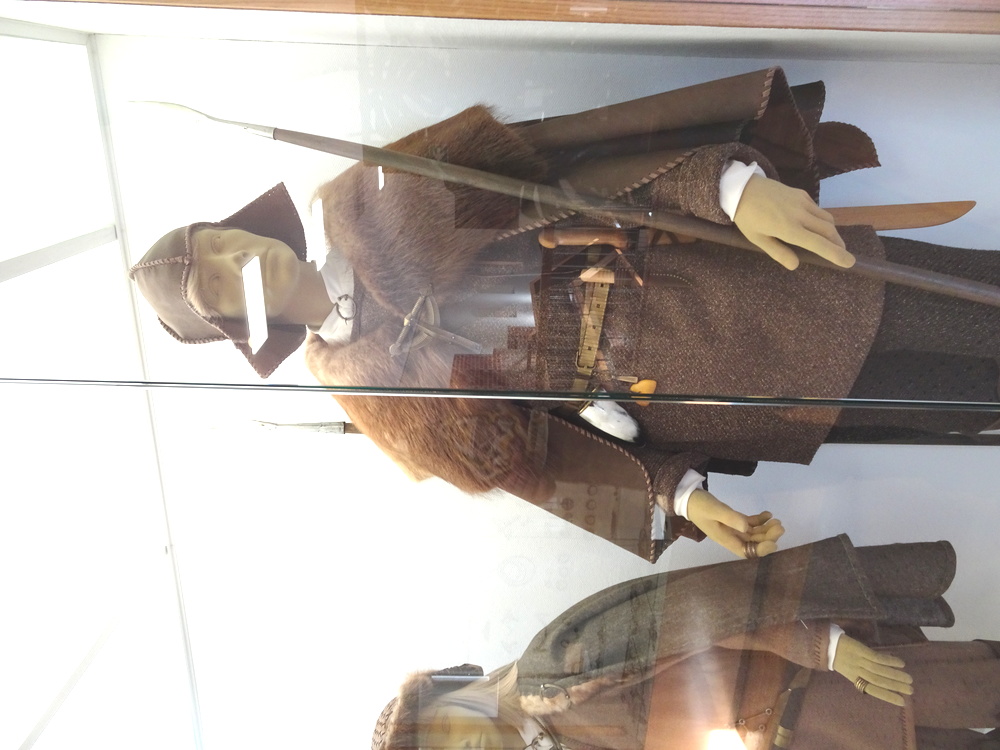
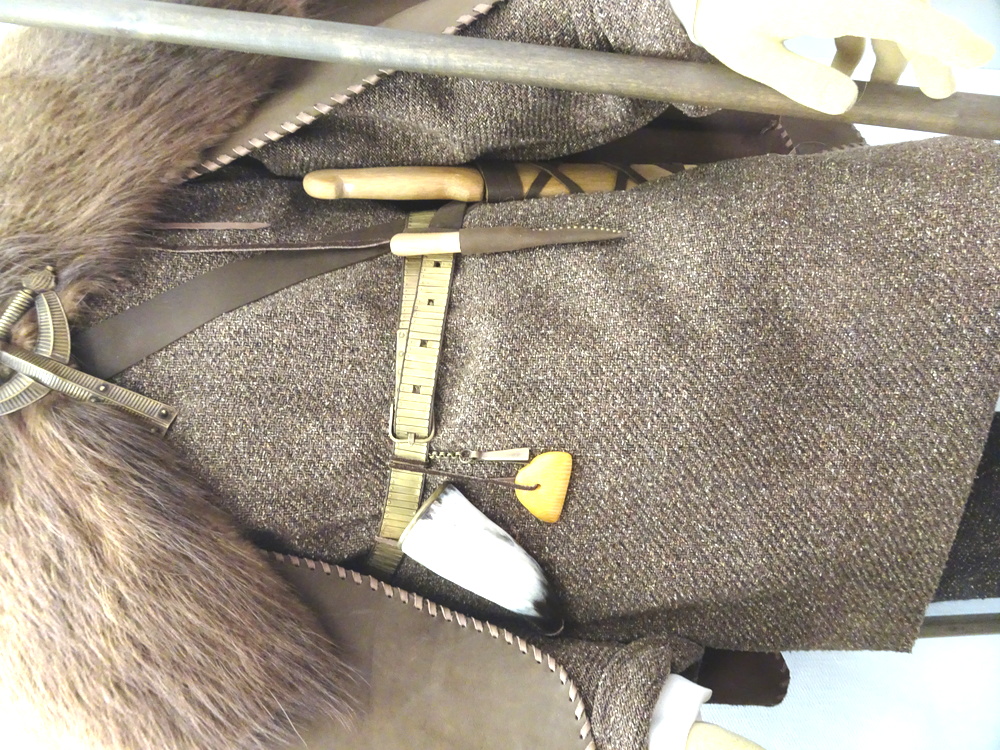
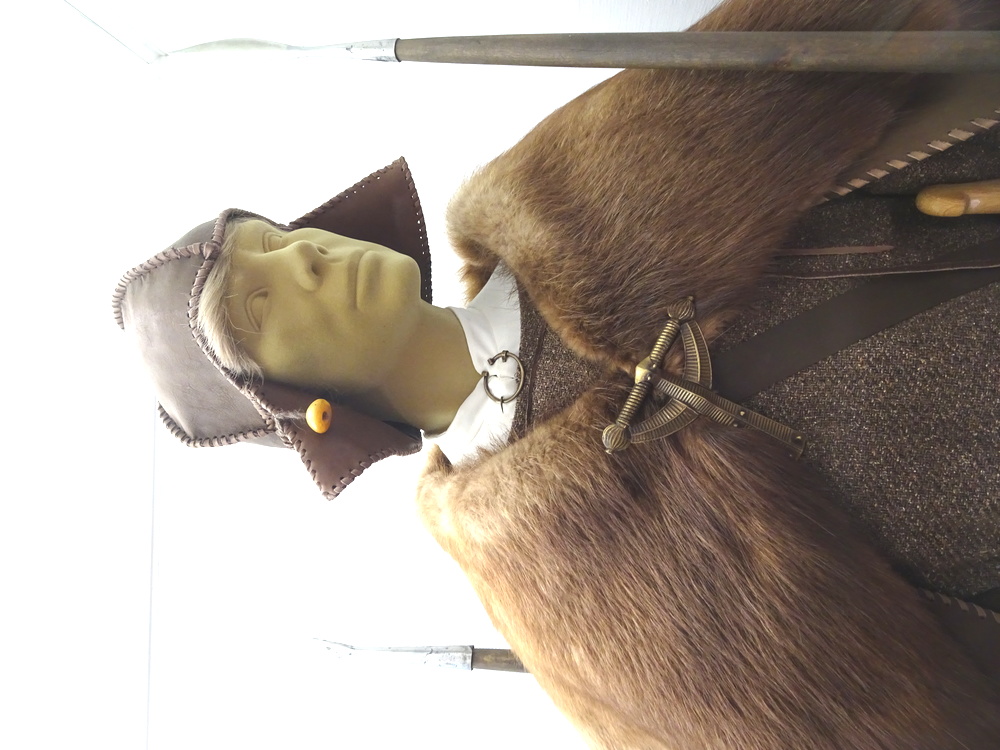
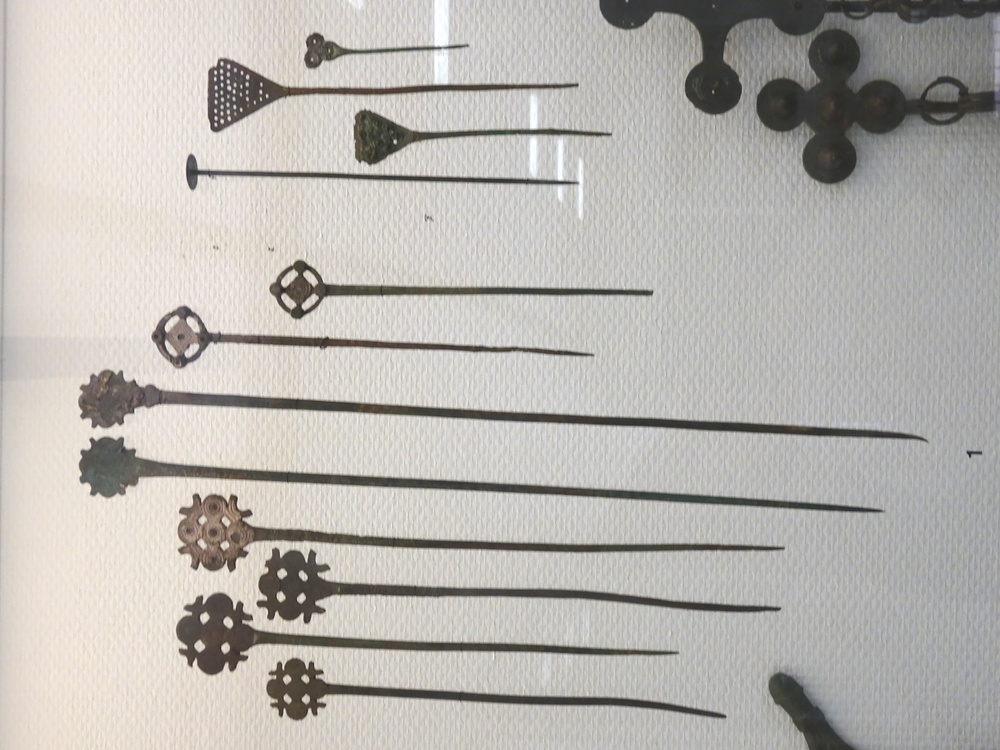
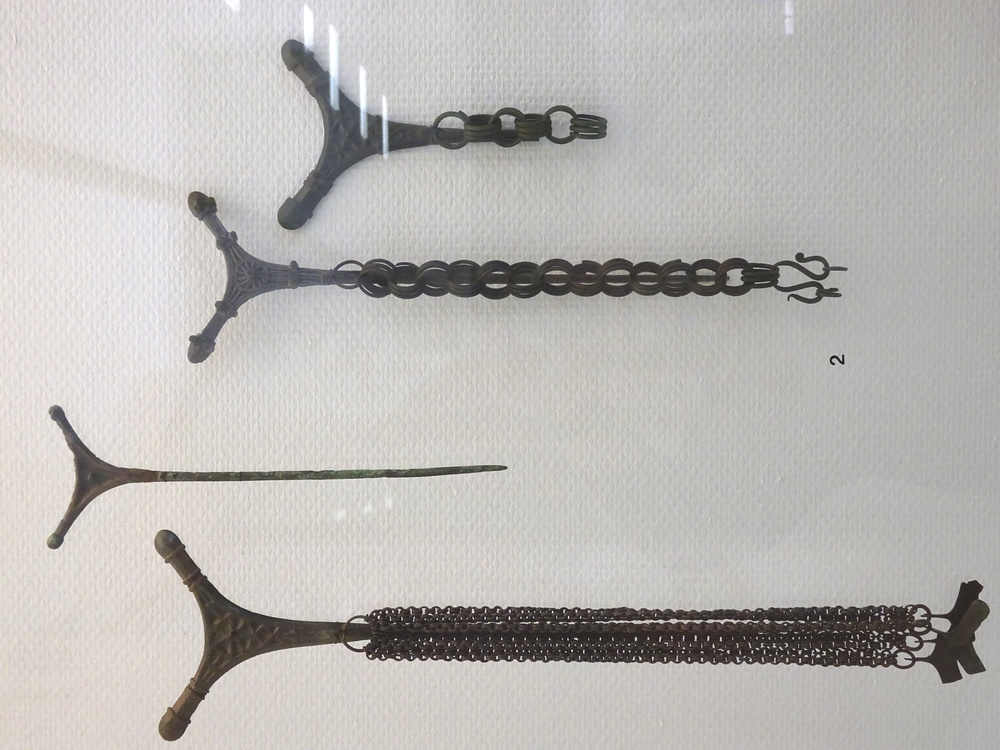
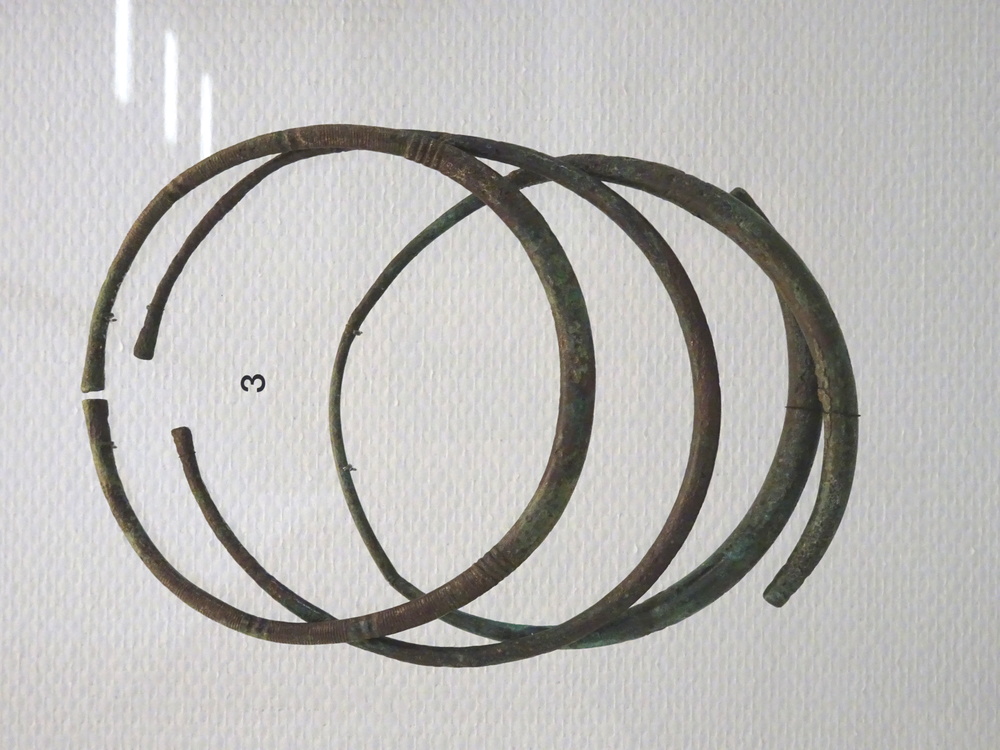
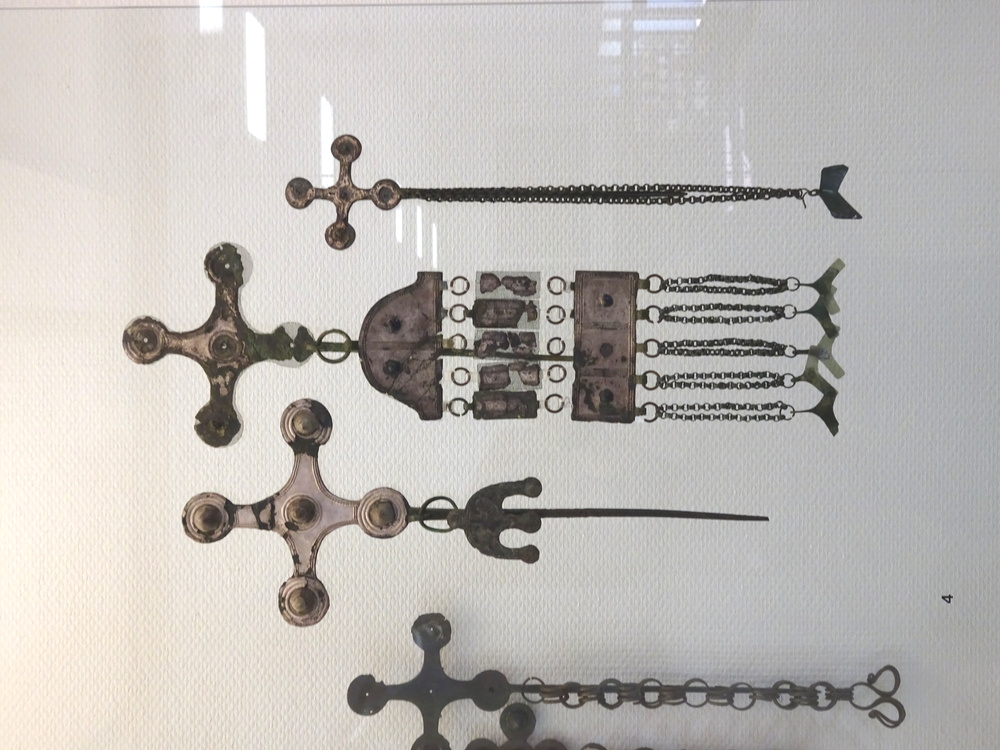
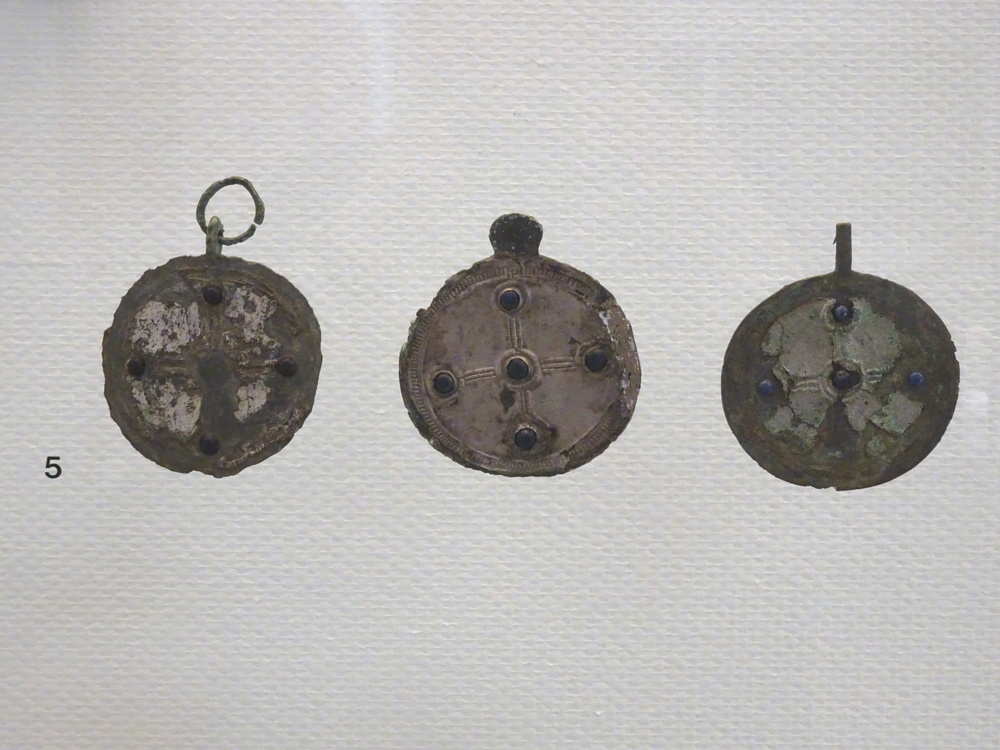
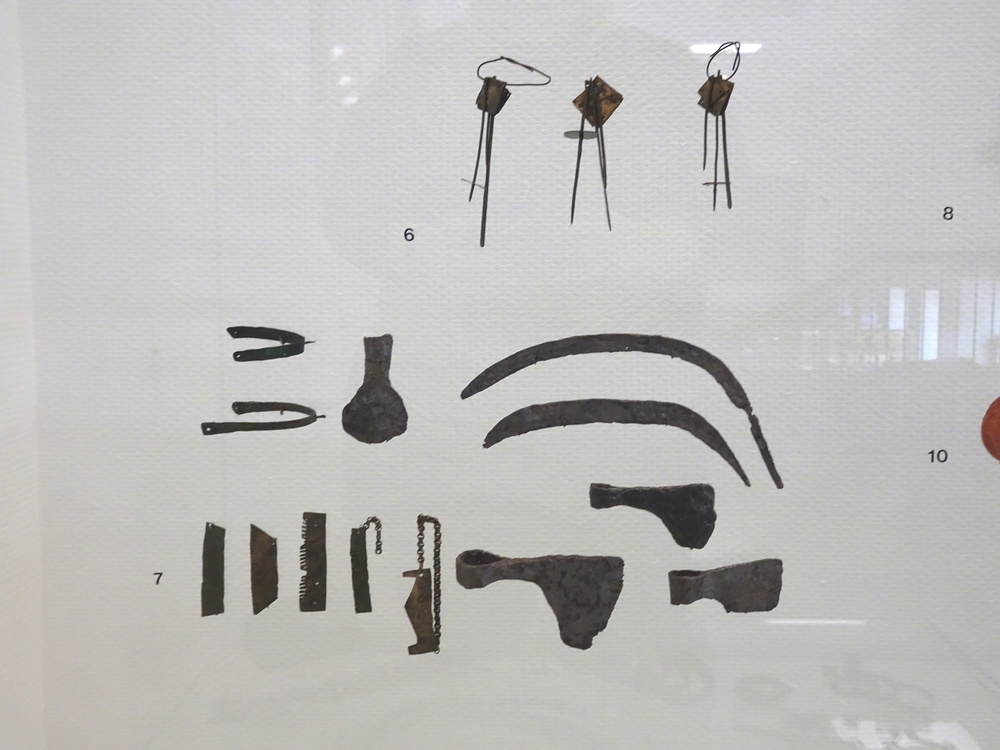
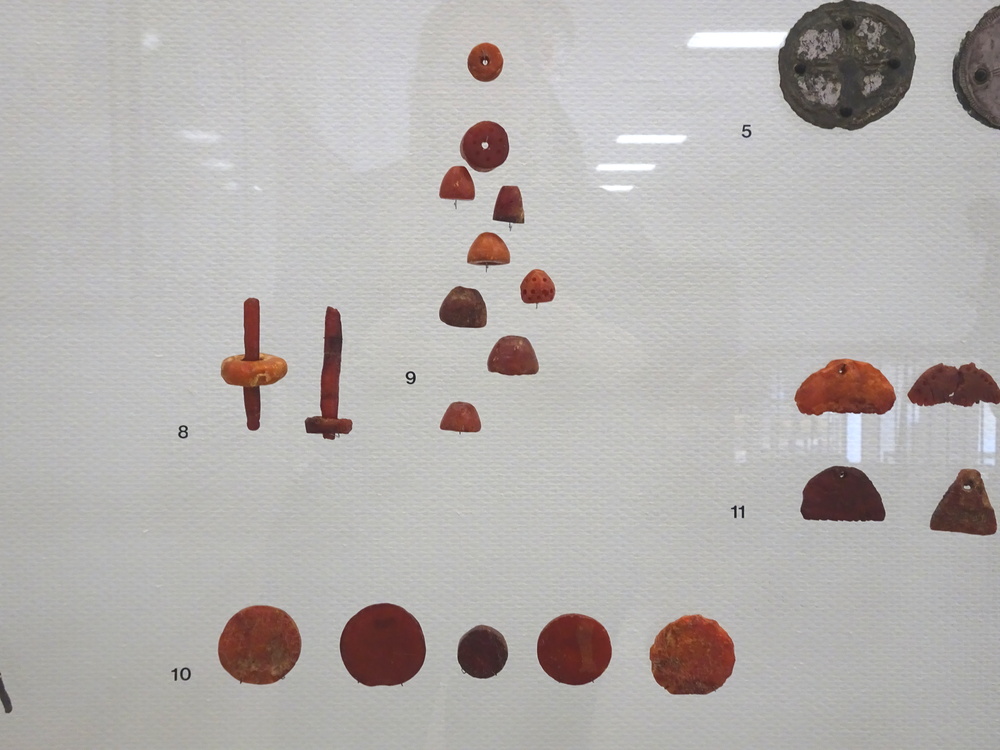
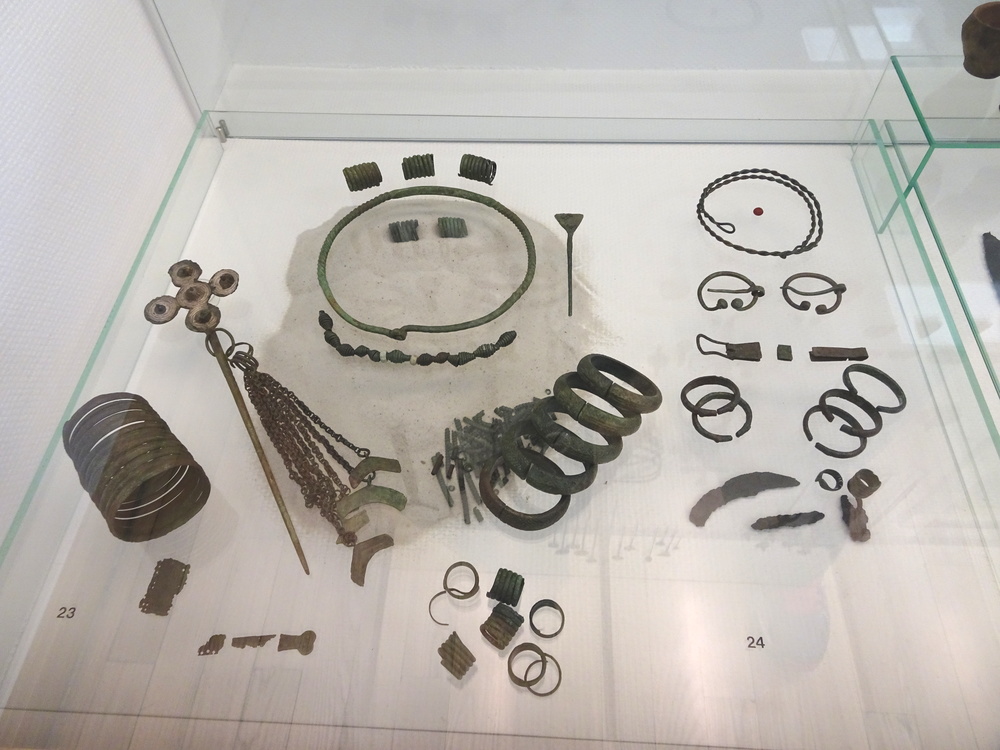
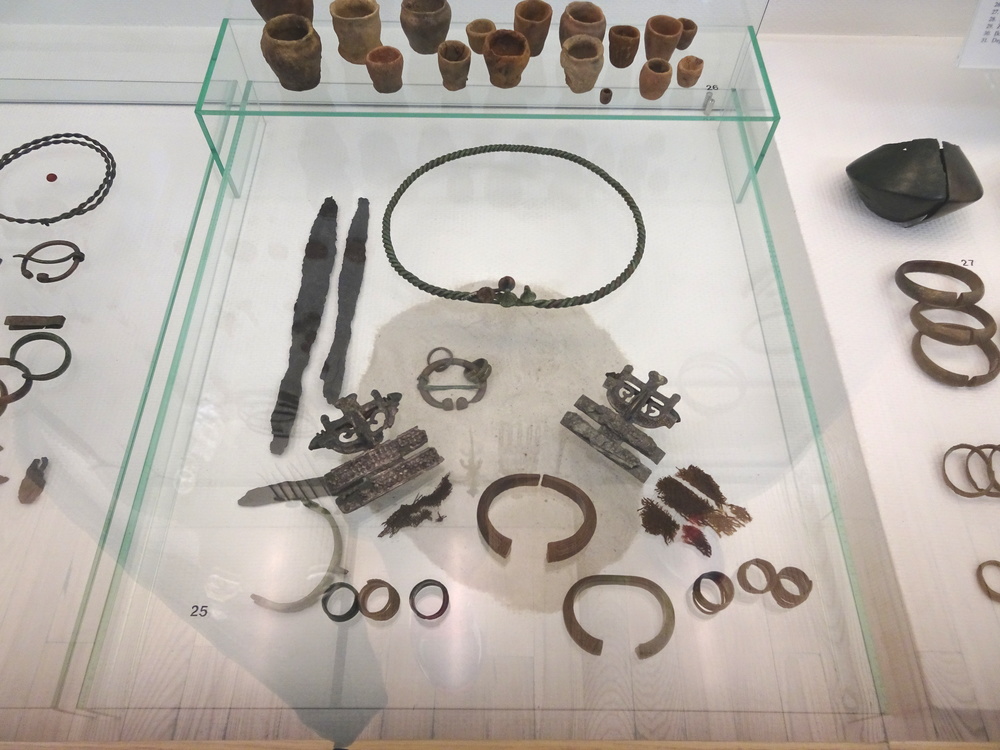
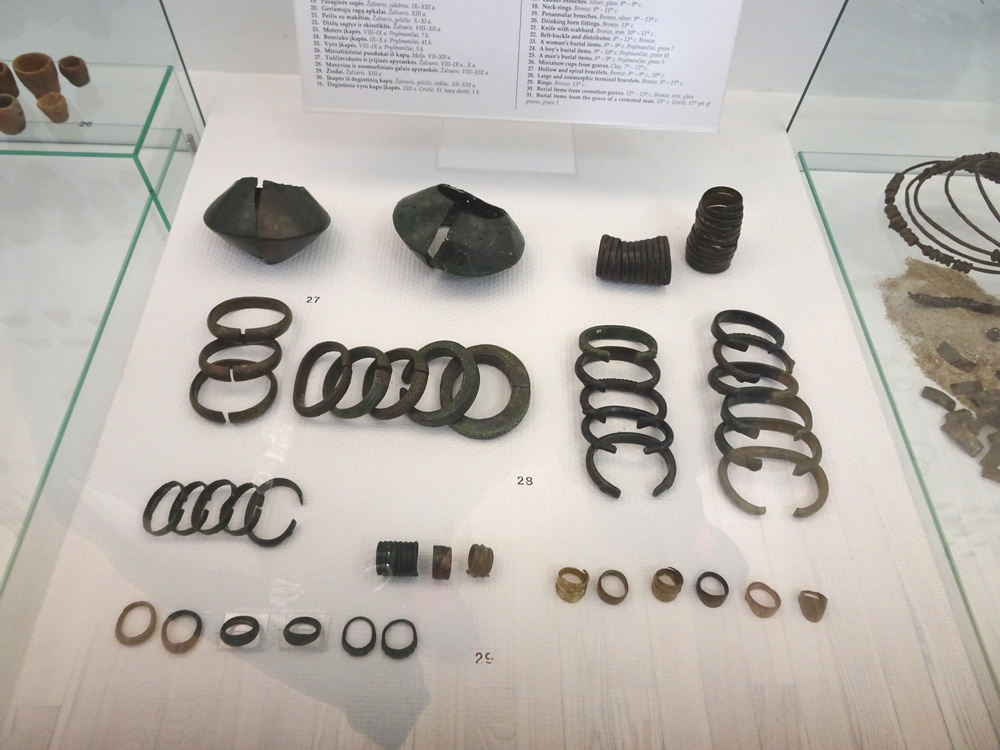
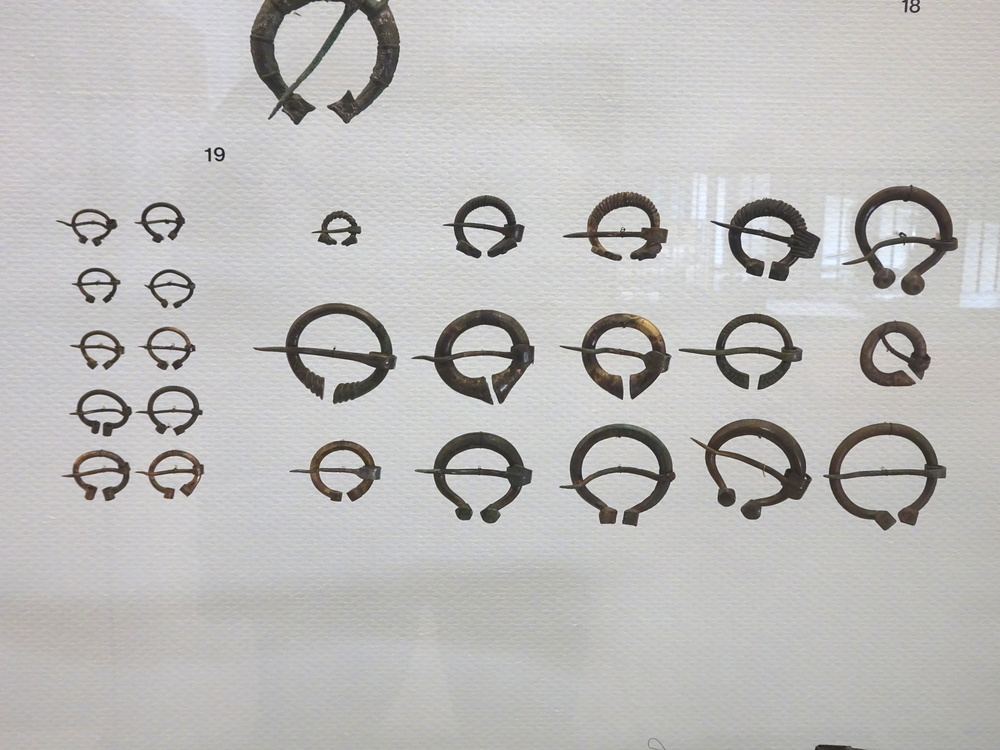
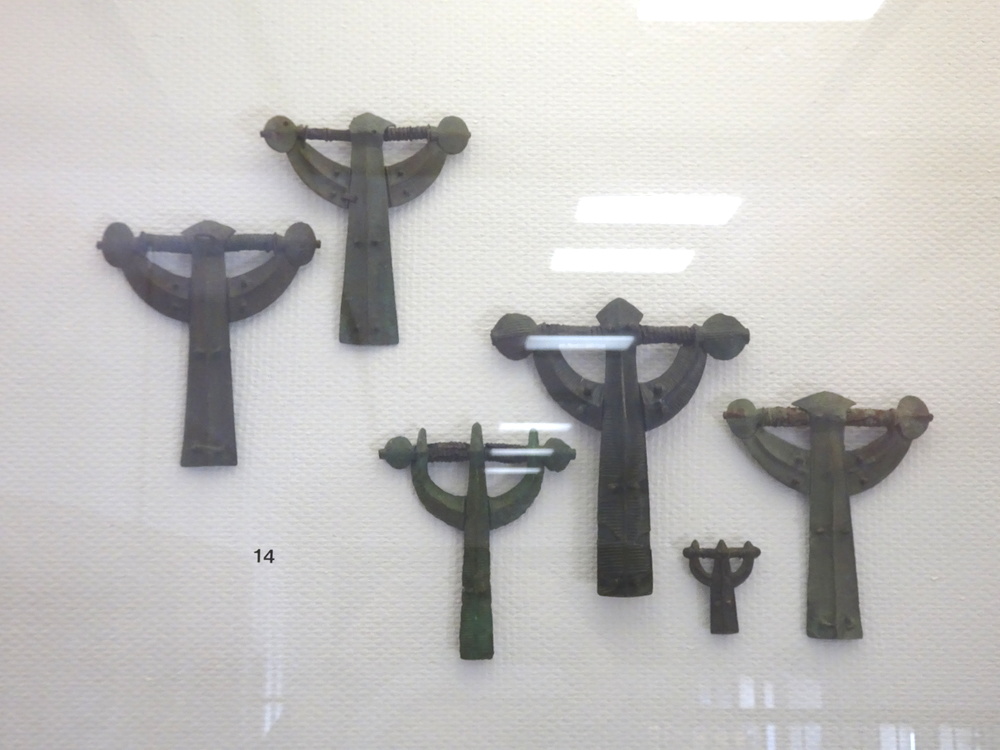
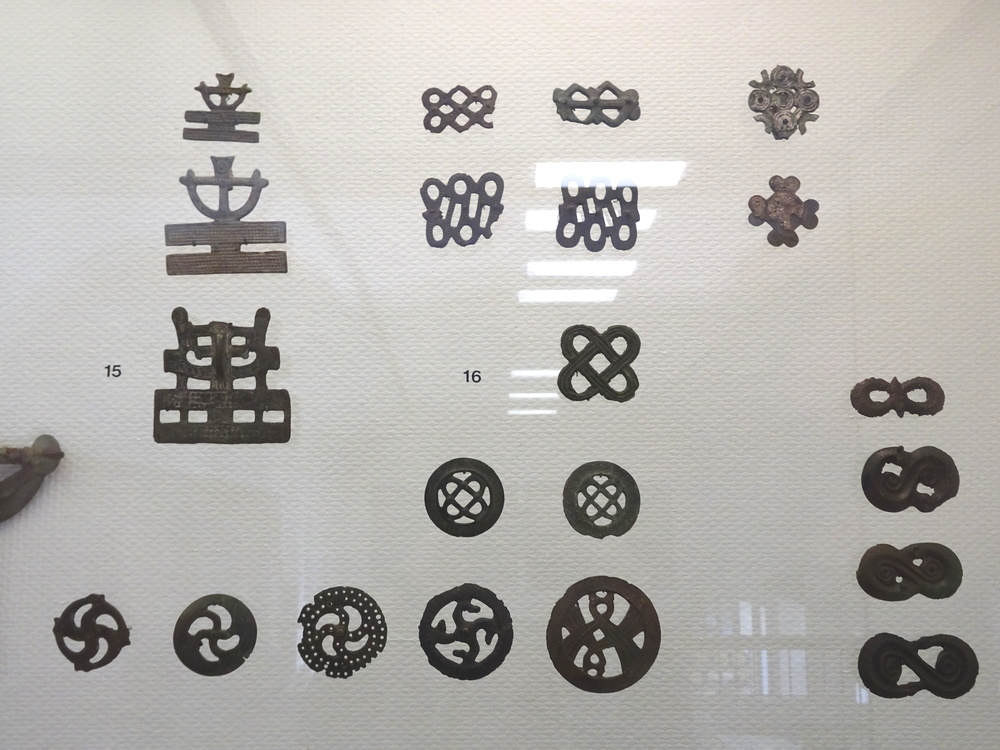
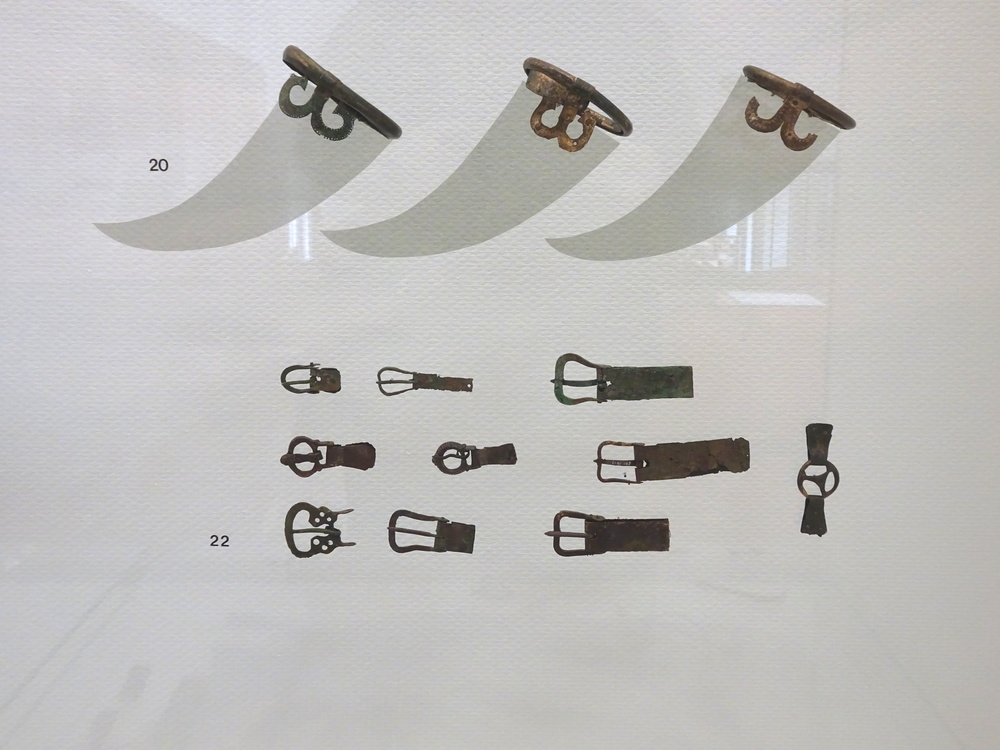
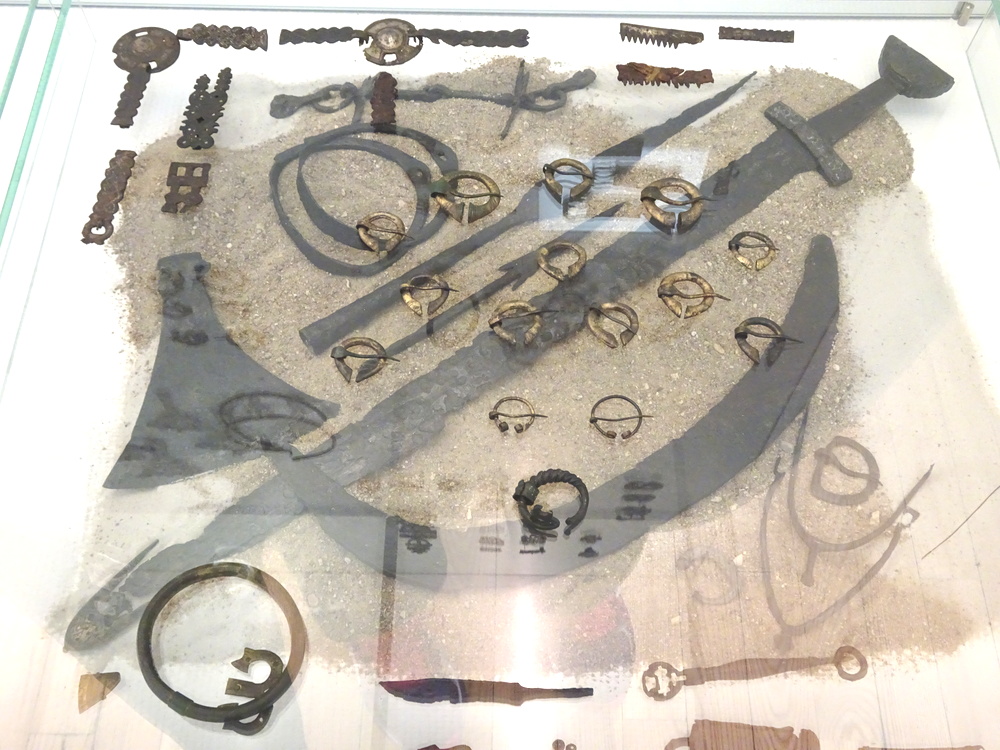
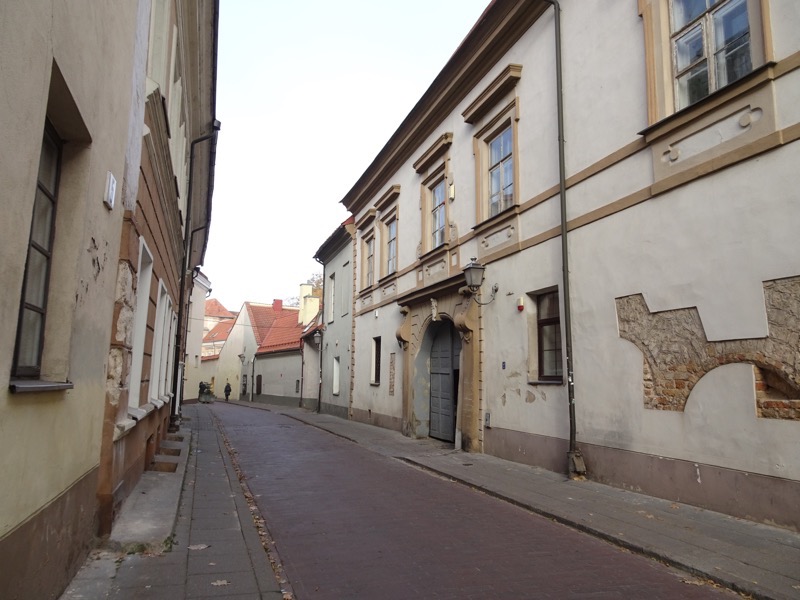 First area we head towards was towards the Vilnius Cathedral where we first encountered Gediminas. I thought he was King Gediminas but apparently no, he was Grand Duke Gediminas of Lithuania (c1275 – 1341) which is a pretty fancy title imho. Gediminas is believed to have founded the political entity that was Lithuania and is credited with expanding its territories from the Baltic to the Black Sea. He is one of the most important persons in early Lithuanian histor – he built the capital, Vilnius, and establishing a dynasty that at one point ruled over parts of Poland, Hungary and Bohemia.
First area we head towards was towards the Vilnius Cathedral where we first encountered Gediminas. I thought he was King Gediminas but apparently no, he was Grand Duke Gediminas of Lithuania (c1275 – 1341) which is a pretty fancy title imho. Gediminas is believed to have founded the political entity that was Lithuania and is credited with expanding its territories from the Baltic to the Black Sea. He is one of the most important persons in early Lithuanian histor – he built the capital, Vilnius, and establishing a dynasty that at one point ruled over parts of Poland, Hungary and Bohemia.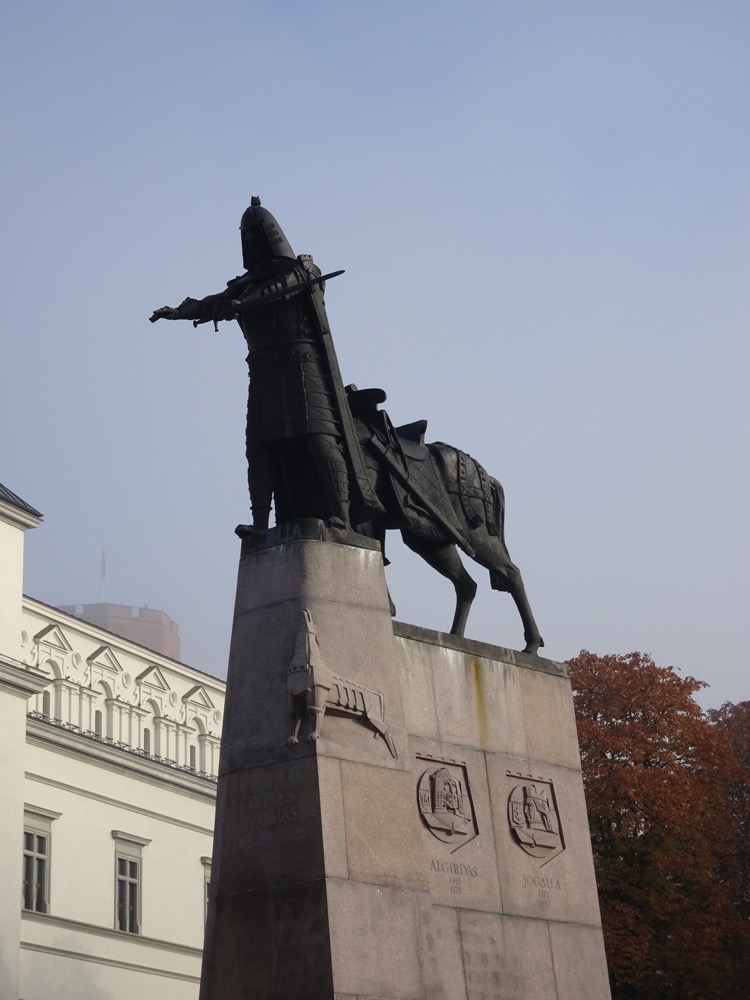 Nearby is the The Cathedral Basilica of St Stanislaus and St Ladislaus of Vilnius or the Vilnius Cathedral which is the main Roman Catholic Cathedral of Lithuania and considered the heart of the church and Catholicism Lithuania.
Nearby is the The Cathedral Basilica of St Stanislaus and St Ladislaus of Vilnius or the Vilnius Cathedral which is the main Roman Catholic Cathedral of Lithuania and considered the heart of the church and Catholicism Lithuania.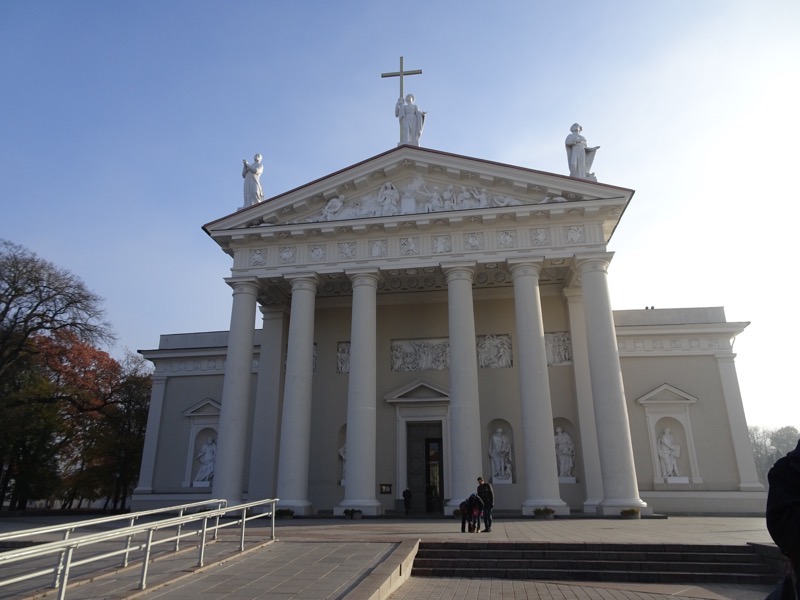
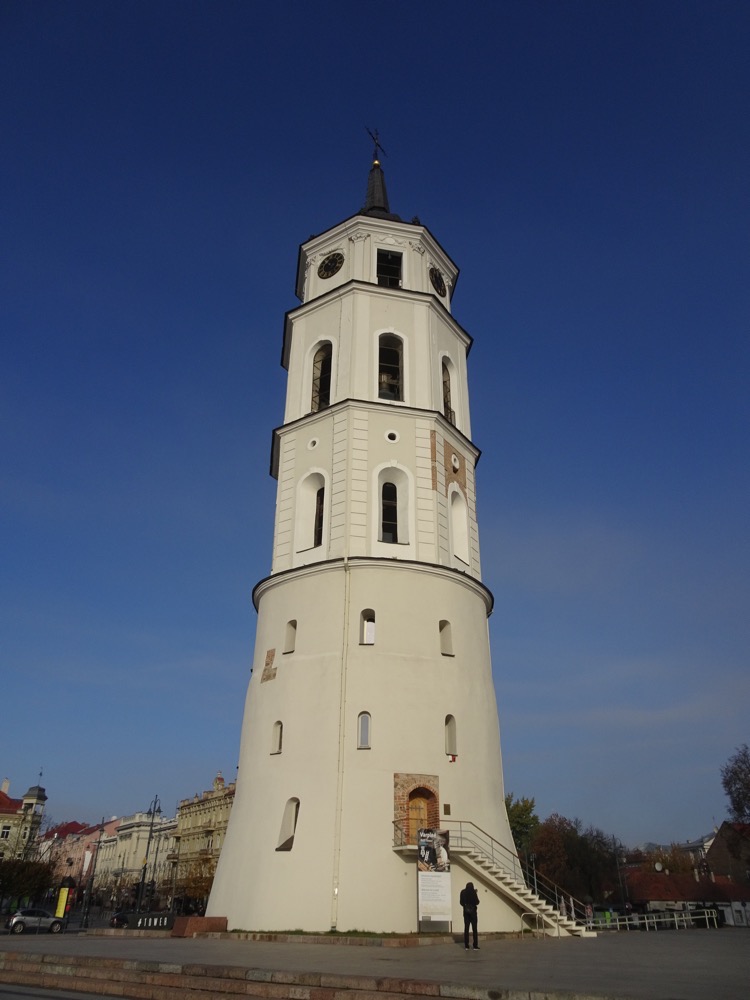
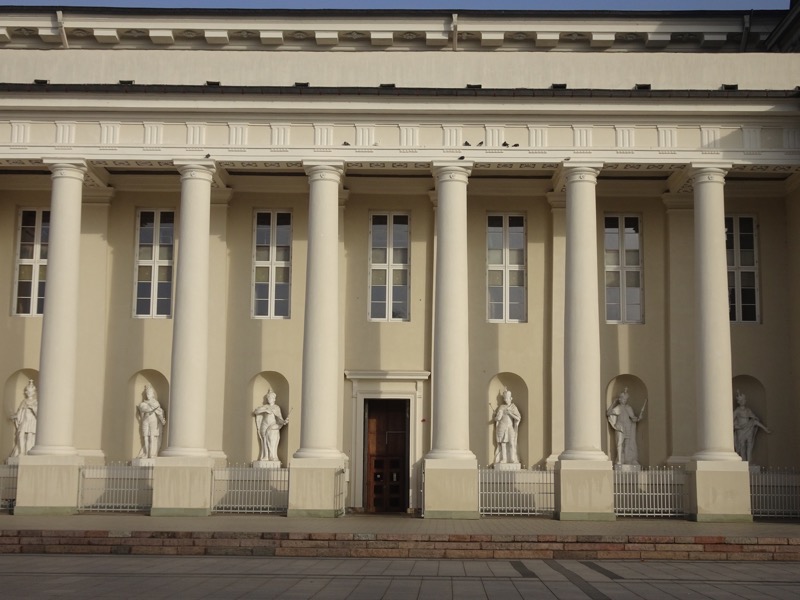
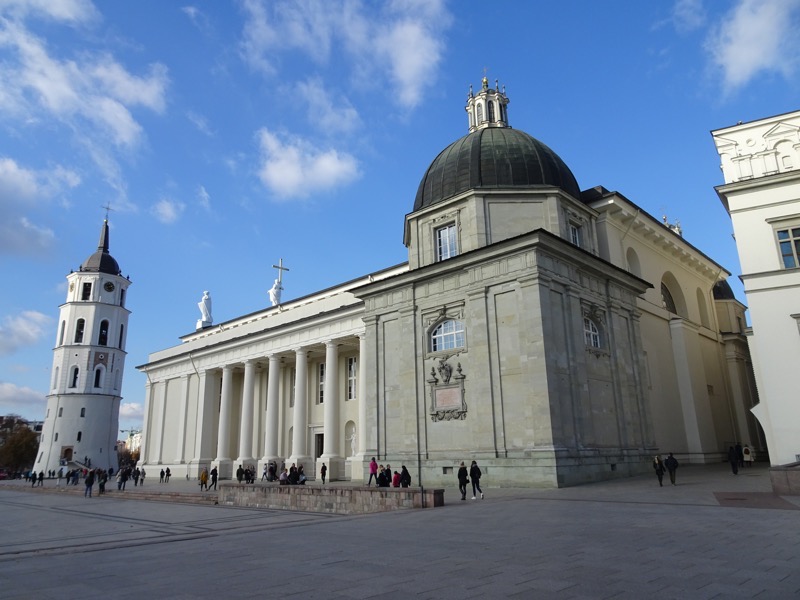 It is thought that the Lithuanian King Mindaugas (he first known Grand Duke of Lithuania and the only King of Lithuania) ordered the construction of the first cathedral on this site in 1251, after he converted to Christianity and appointed a bishop to Lithuania. Remains of an archaic quadratic church with three naves and massive buttresses were discovered beneath the current structure in the late 20th century. After Mindaugas karked it however, in 1263, that cathedral went back to being a place of pagan worship again.
It is thought that the Lithuanian King Mindaugas (he first known Grand Duke of Lithuania and the only King of Lithuania) ordered the construction of the first cathedral on this site in 1251, after he converted to Christianity and appointed a bishop to Lithuania. Remains of an archaic quadratic church with three naves and massive buttresses were discovered beneath the current structure in the late 20th century. After Mindaugas karked it however, in 1263, that cathedral went back to being a place of pagan worship again. 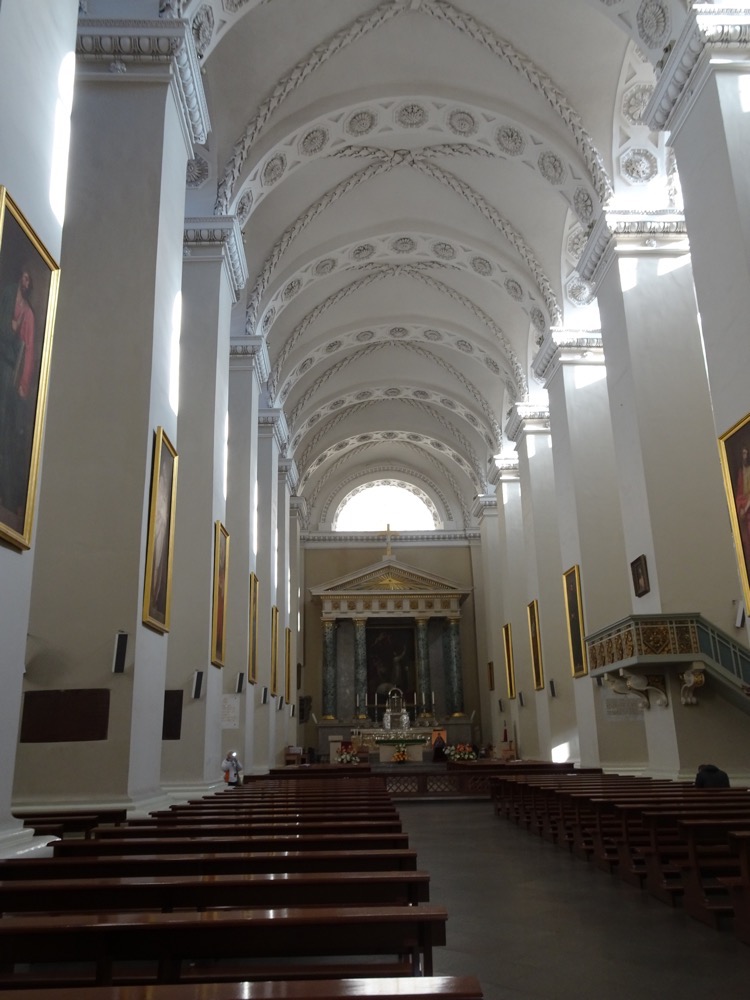 This being Europe and all, the cathedral has a convoluted history. Around 1387, Lithuania officially converted to Christianity, they started building a second larger Gothic cathedral with five separate chapels. This one burnt down in 1419 and they planned a new larger Gothic cathedral in 1429 for the coronation of Vytautas who was suppposed to become King of Lithuania. His coronation never happened but the walls and pillars of that third Cathedral have survived to today and it has three naves and four circular towers at its corners. In 1522, the cathedral was renovated, and a bell tower was built outside on top of an old castle defensive tower. Another fire destroyed the cathedral in 1530, so it was rebuilt again around1534 – 1557 and more chapels and crypts were added. The cathedral was burnt again, built again, fell to Russian troops, was destroyed and restored several more times by more famous dukes and kings… and all that before the Soviets got hold of it in the 20th century.
This being Europe and all, the cathedral has a convoluted history. Around 1387, Lithuania officially converted to Christianity, they started building a second larger Gothic cathedral with five separate chapels. This one burnt down in 1419 and they planned a new larger Gothic cathedral in 1429 for the coronation of Vytautas who was suppposed to become King of Lithuania. His coronation never happened but the walls and pillars of that third Cathedral have survived to today and it has three naves and four circular towers at its corners. In 1522, the cathedral was renovated, and a bell tower was built outside on top of an old castle defensive tower. Another fire destroyed the cathedral in 1530, so it was rebuilt again around1534 – 1557 and more chapels and crypts were added. The cathedral was burnt again, built again, fell to Russian troops, was destroyed and restored several more times by more famous dukes and kings… and all that before the Soviets got hold of it in the 20th century.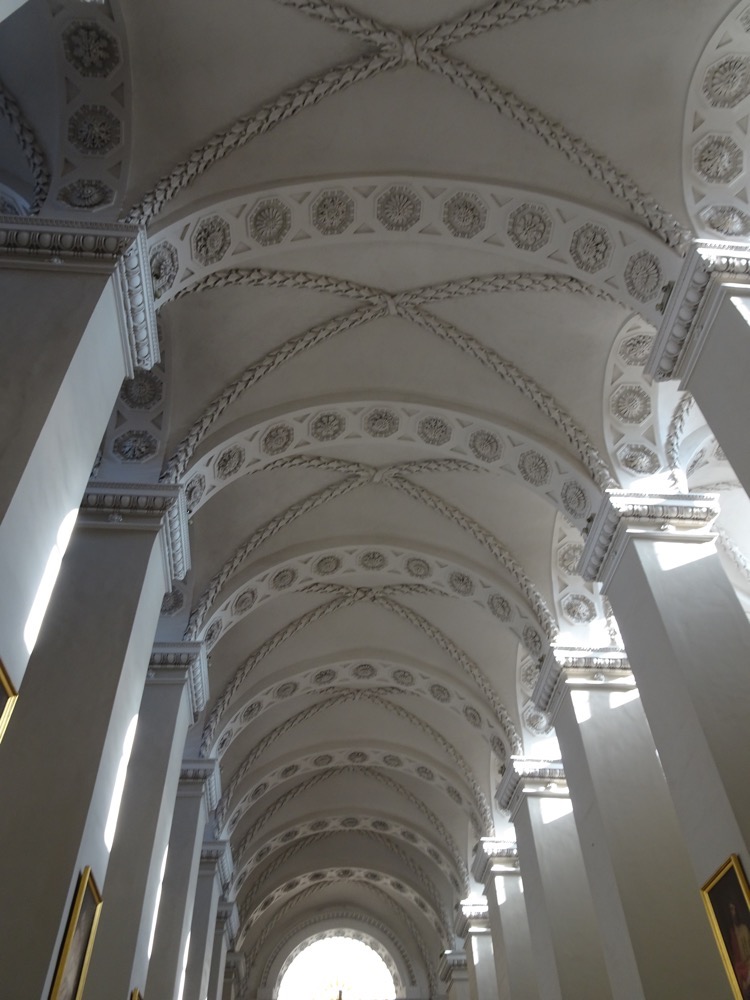 Chapel of Saint Casimir:
Chapel of Saint Casimir: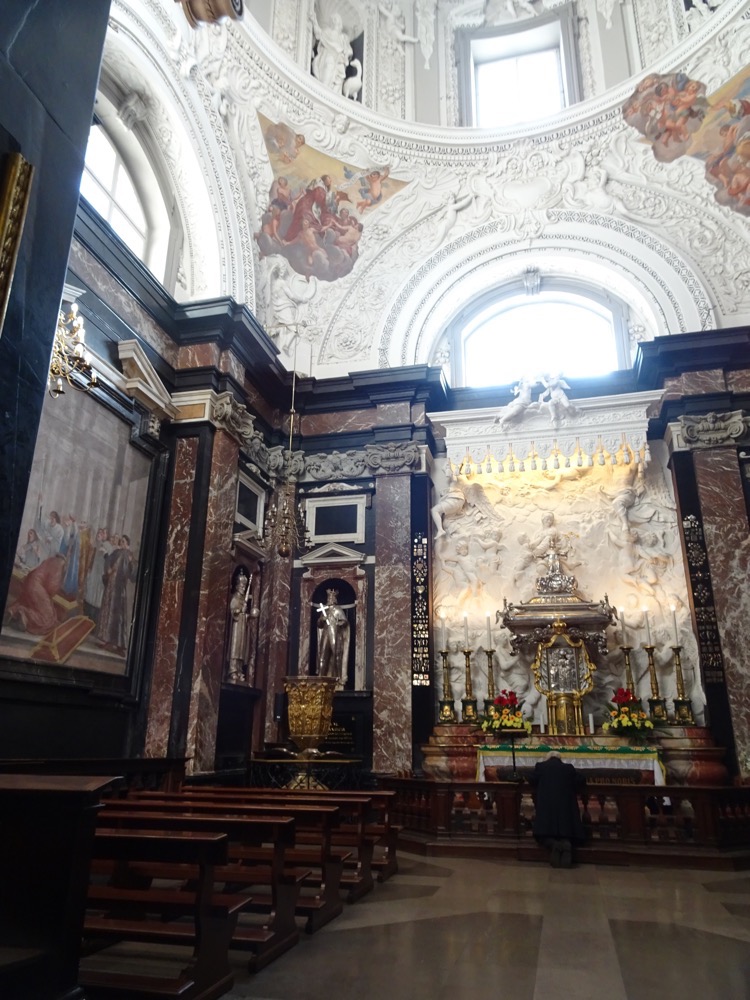
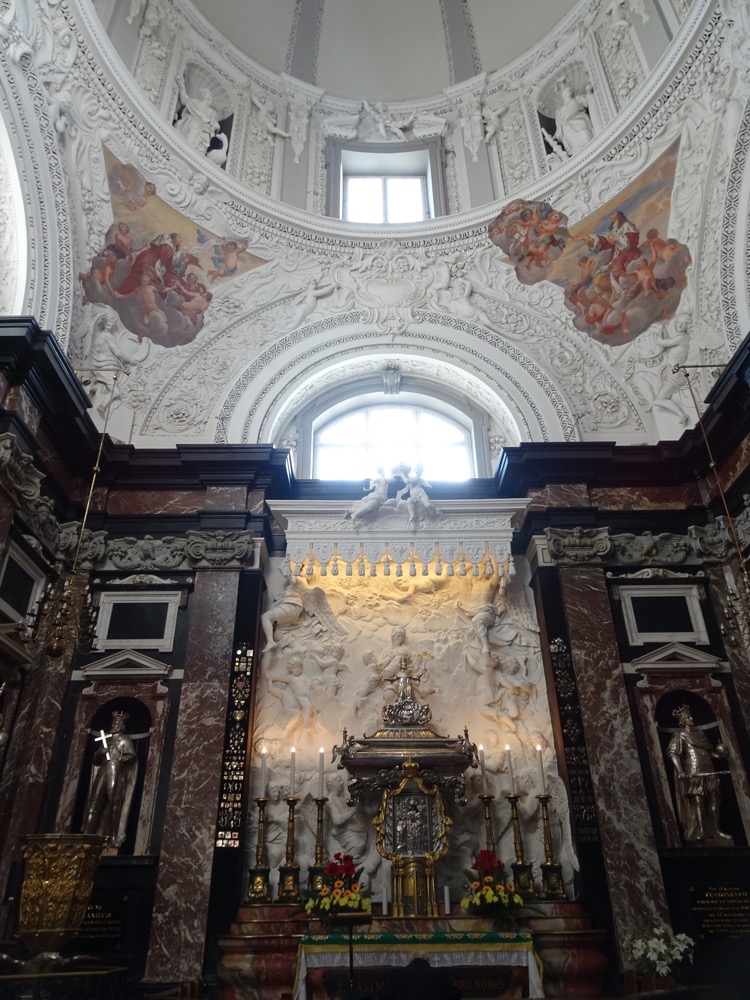 During the Soviet regime the cathedral was converted into a warehouse of all things, and masses were not celebrated here again until 1988. In 1989 its offical status as a cathedral was restored and it has been Vilnius’ main cathedral since that time.
During the Soviet regime the cathedral was converted into a warehouse of all things, and masses were not celebrated here again until 1988. In 1989 its offical status as a cathedral was restored and it has been Vilnius’ main cathedral since that time.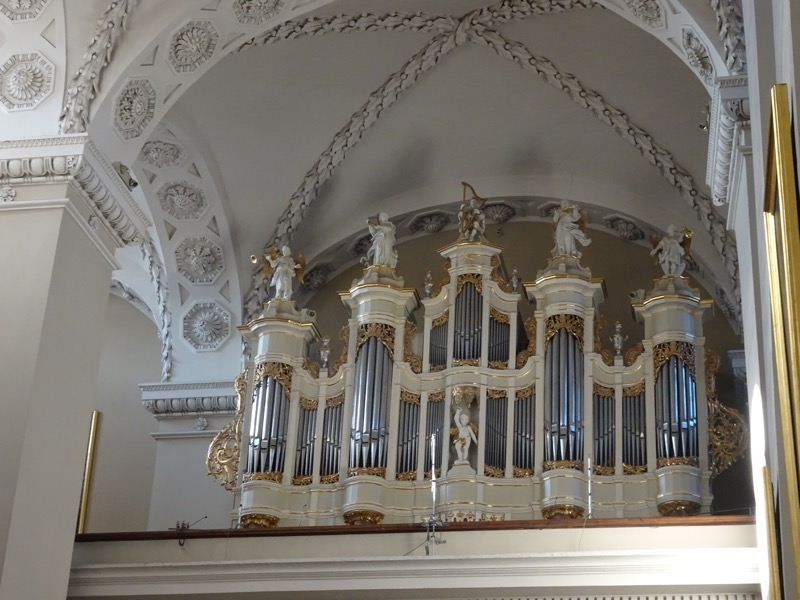
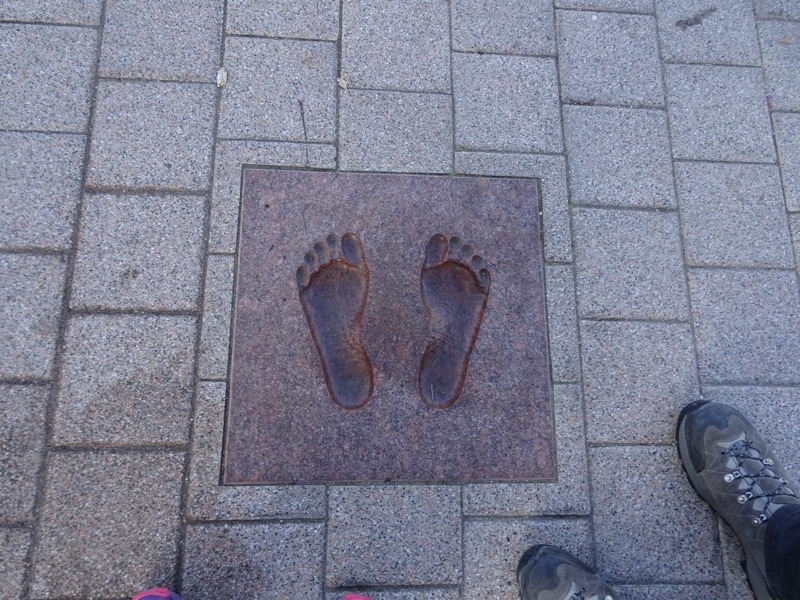
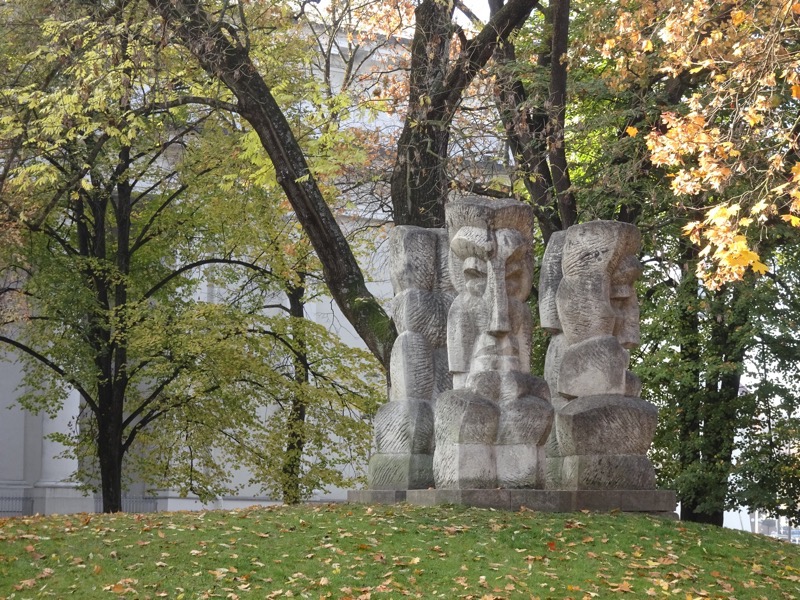
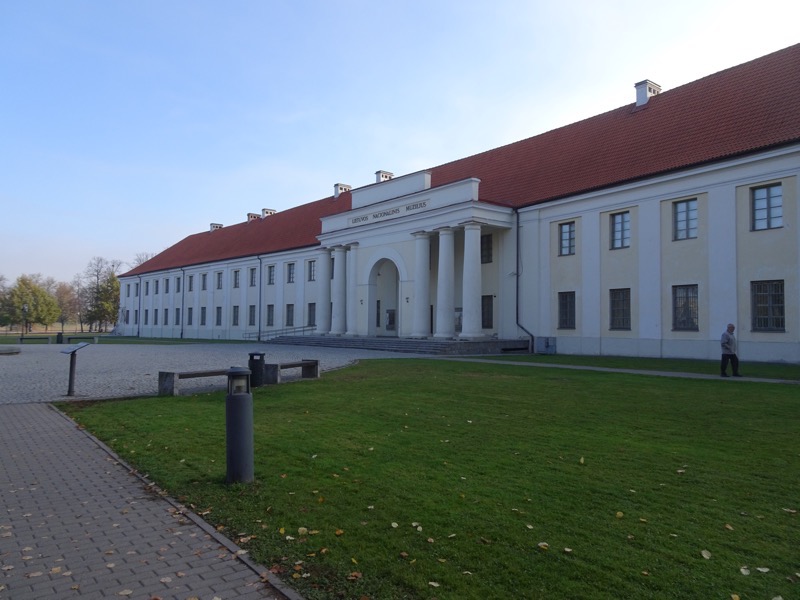 In the square in the front of the musuem is a monument to King Mindaugas, the founder of the Lithuanian state.
In the square in the front of the musuem is a monument to King Mindaugas, the founder of the Lithuanian state.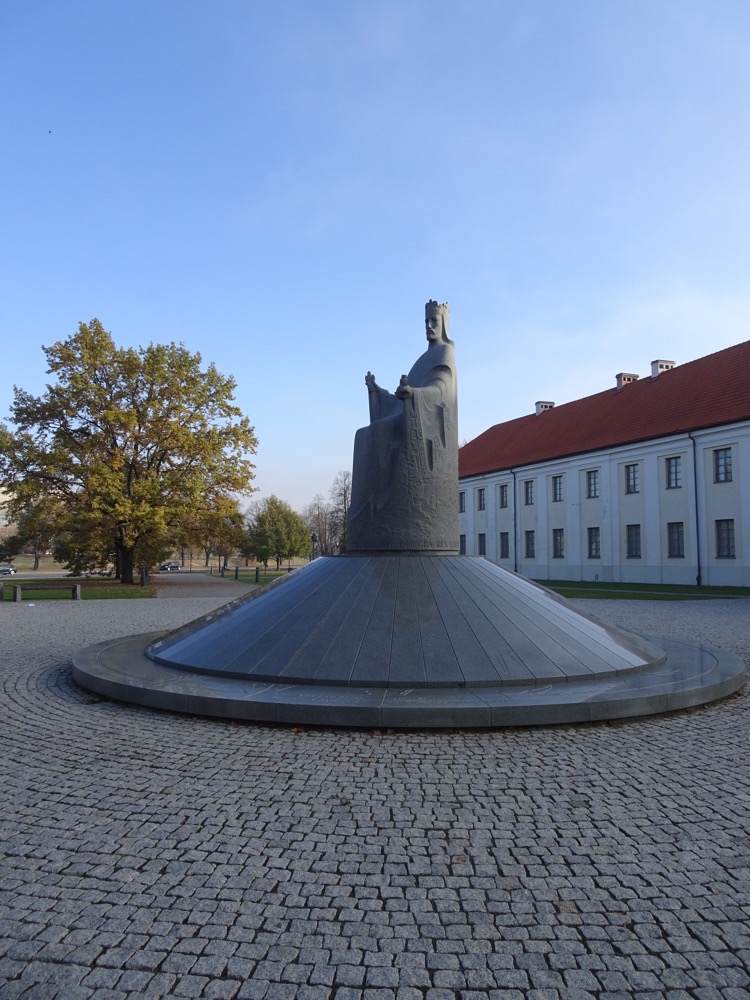 Inside we discovered many antiques, antiquities and odd things, none of which seemed to have been curated with any real theme? intent? or cohesion? It was all very odd.
Inside we discovered many antiques, antiquities and odd things, none of which seemed to have been curated with any real theme? intent? or cohesion? It was all very odd.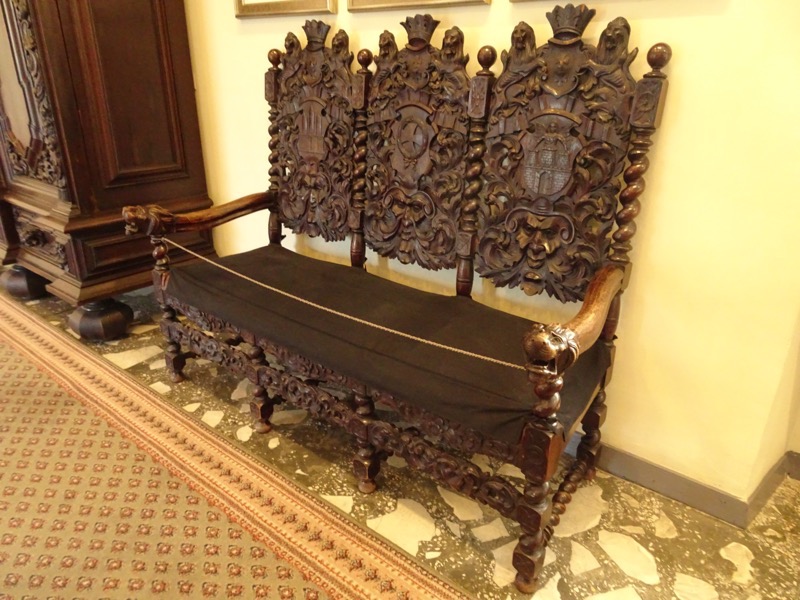 Urn, 4th century, Southern Italy:
Urn, 4th century, Southern Italy: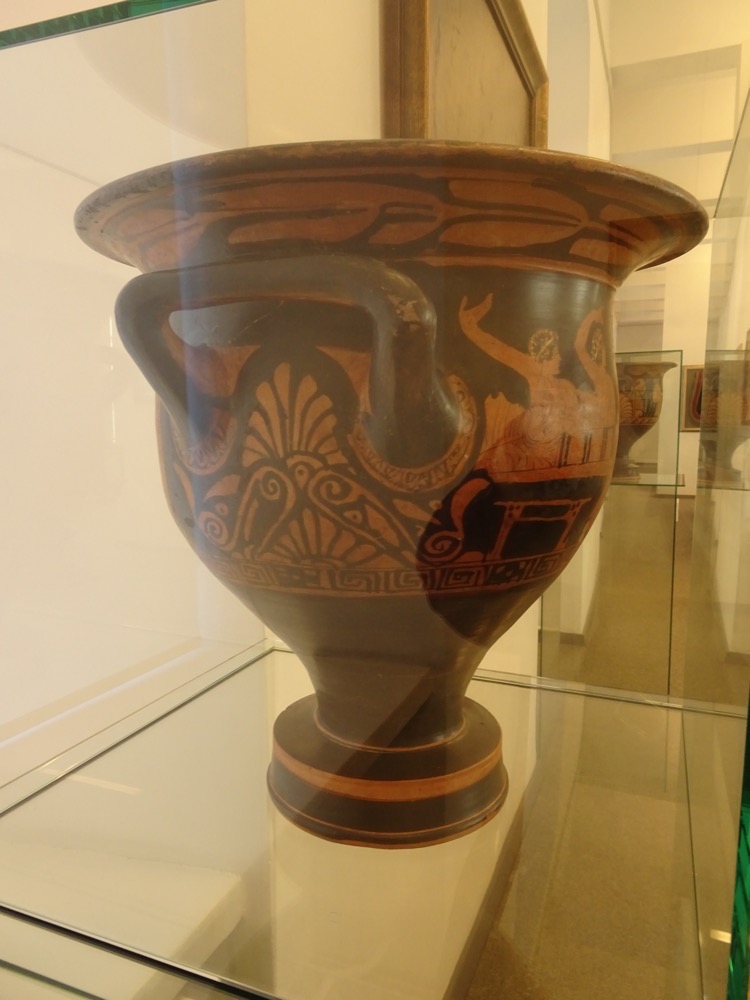
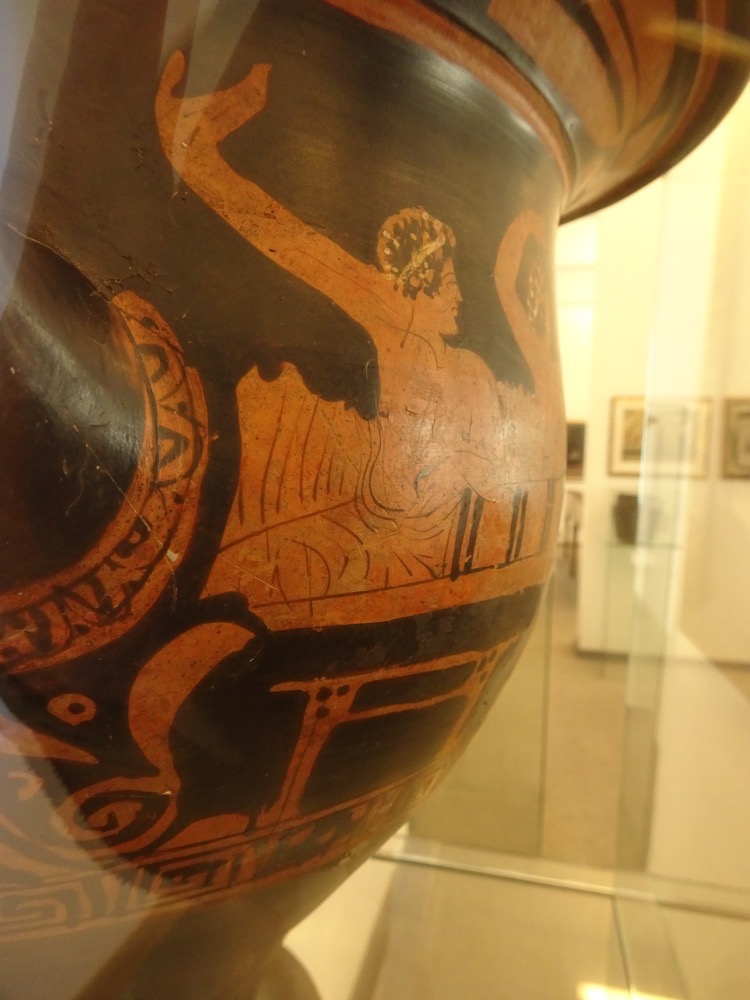 Lithuanian sledge, c.1700-1750.
Lithuanian sledge, c.1700-1750.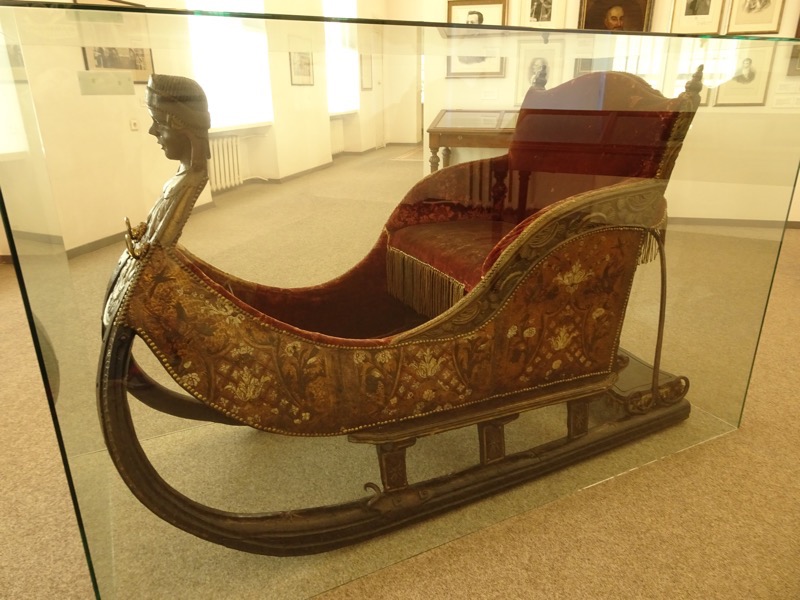 Sarcophagus received as a gift by Museum of Antiquities in 1899 from Prince Chlodwig Karl Viktor Hohenlohe, then German Chancellor. Originates from Egypt (obviously) but no mention of date, location or what tomb it came from?
Sarcophagus received as a gift by Museum of Antiquities in 1899 from Prince Chlodwig Karl Viktor Hohenlohe, then German Chancellor. Originates from Egypt (obviously) but no mention of date, location or what tomb it came from?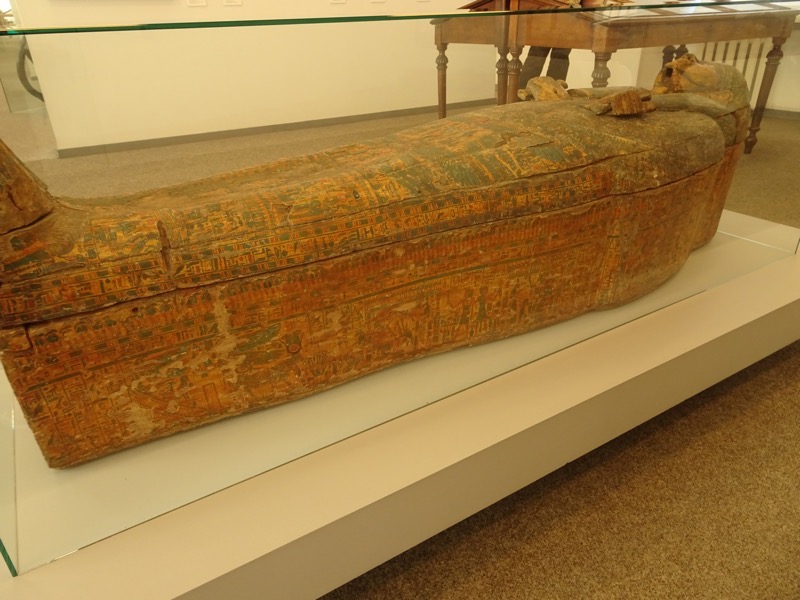
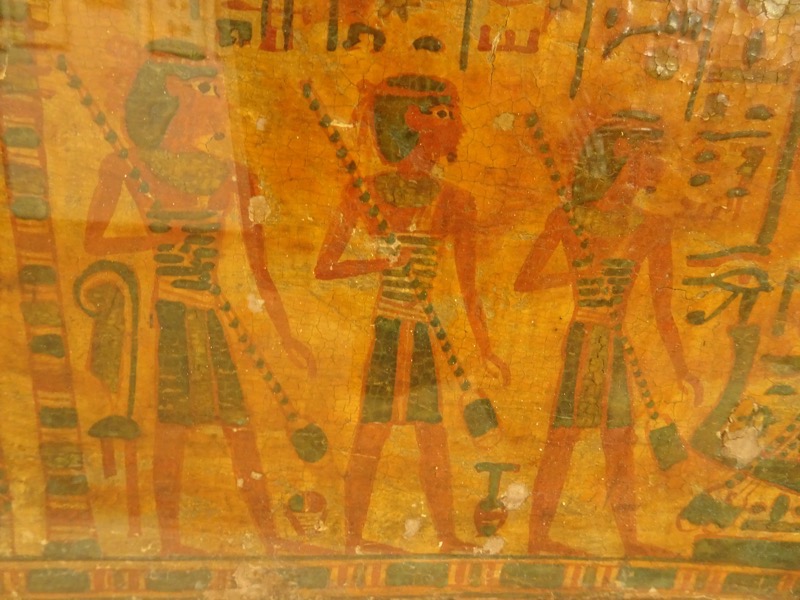 Obelisk with samples of Russian materials, 19th century.
Obelisk with samples of Russian materials, 19th century.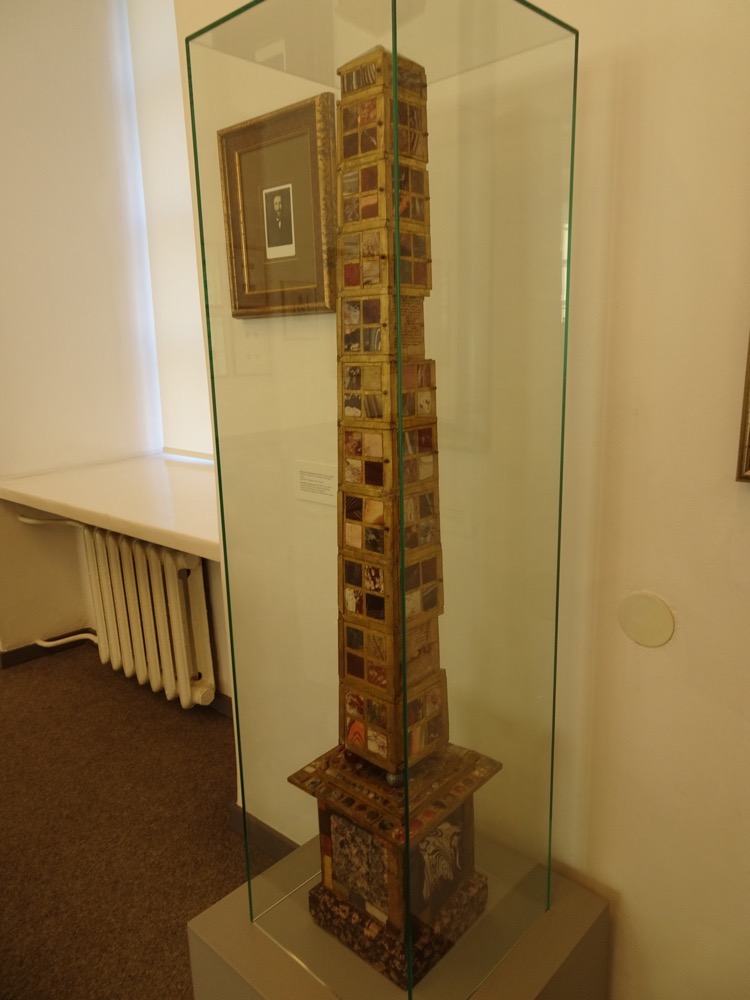
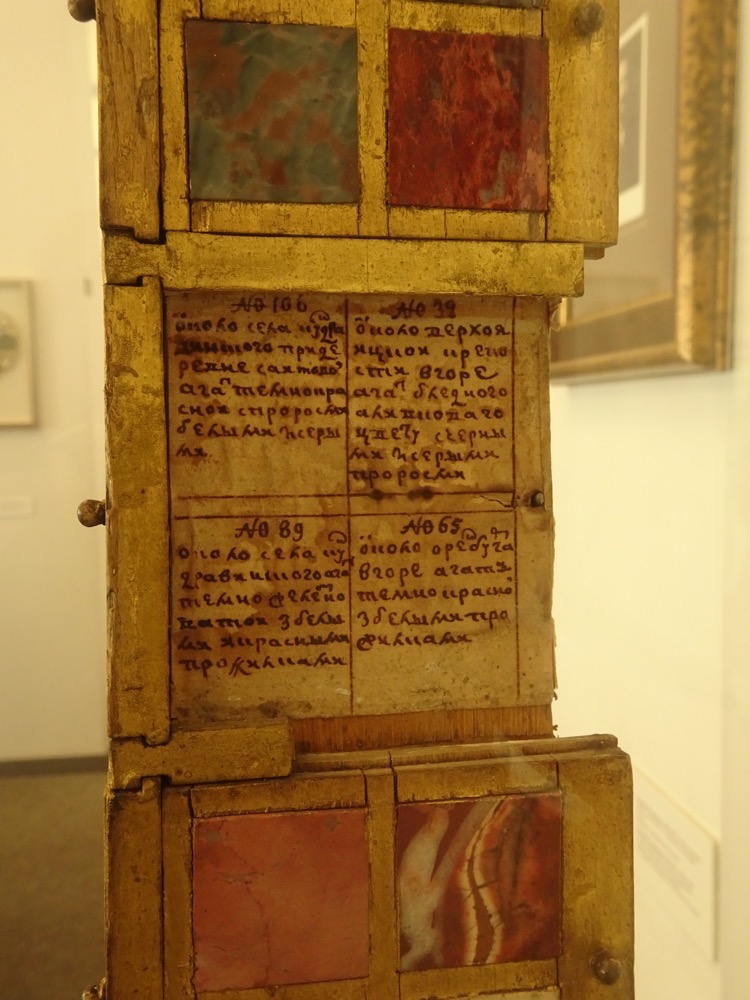 Maria Mnishek (1588-1614, wife of the Czars of Russia, Lzhedmirty I and Lzhedmirty II (did she remarry his brother? her son? his cousin? who knows?) Unknown artist, 1609.
Maria Mnishek (1588-1614, wife of the Czars of Russia, Lzhedmirty I and Lzhedmirty II (did she remarry his brother? her son? his cousin? who knows?) Unknown artist, 1609.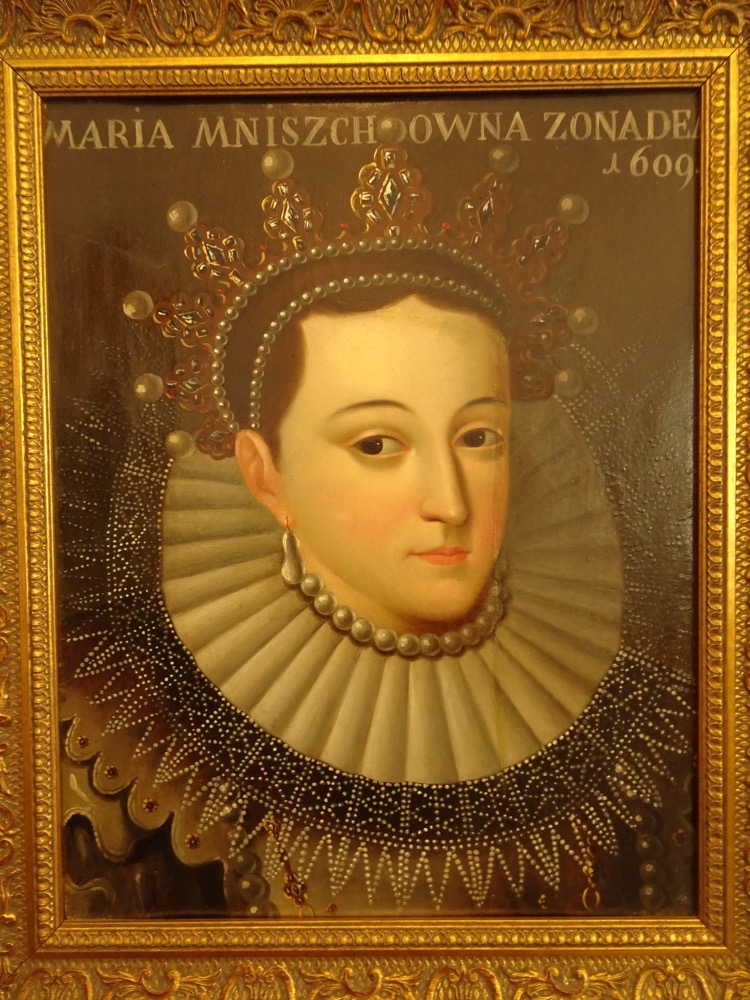 Vytautas the Great, Grand Duke of Lithuania from 1401 to 1430.
Vytautas the Great, Grand Duke of Lithuania from 1401 to 1430.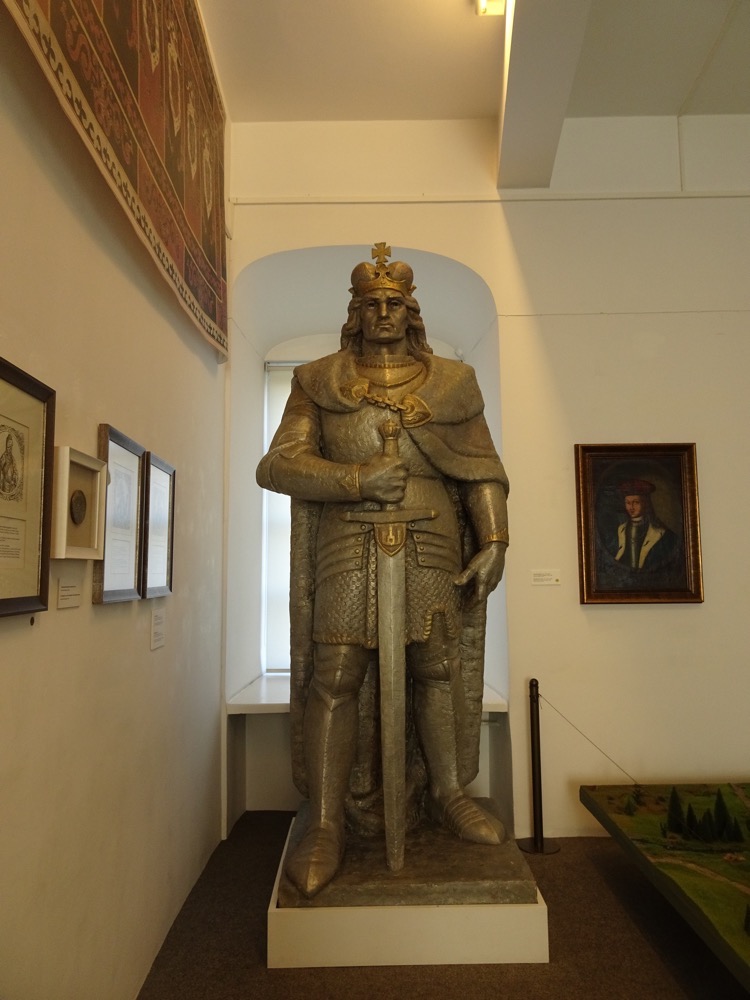 Iron window bars, Lithuanian 16th century (no idea where from?).
Iron window bars, Lithuanian 16th century (no idea where from?).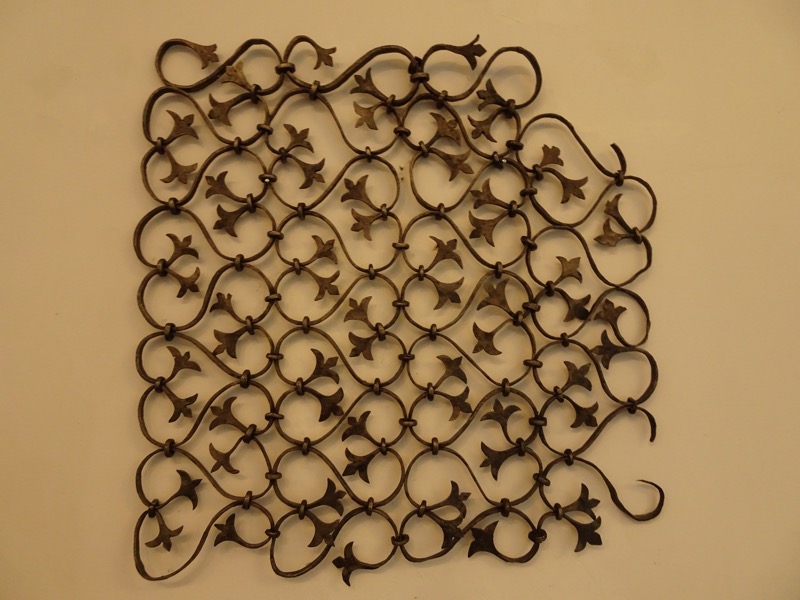
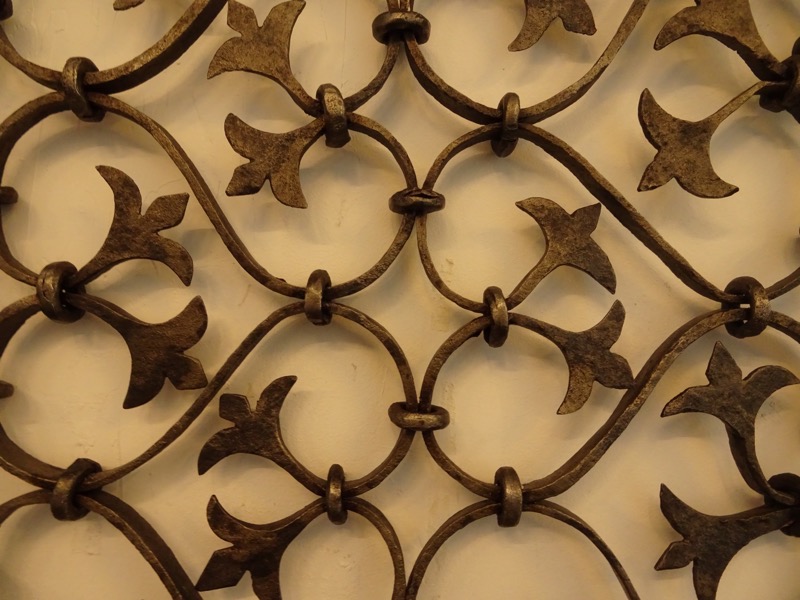 Guild’s chest (which guild?!), Lithuanian 17th century.
Guild’s chest (which guild?!), Lithuanian 17th century.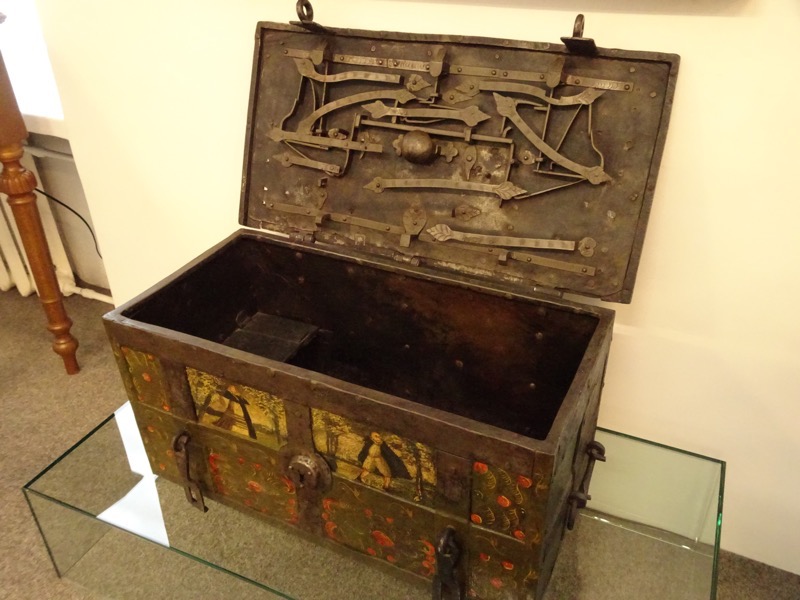
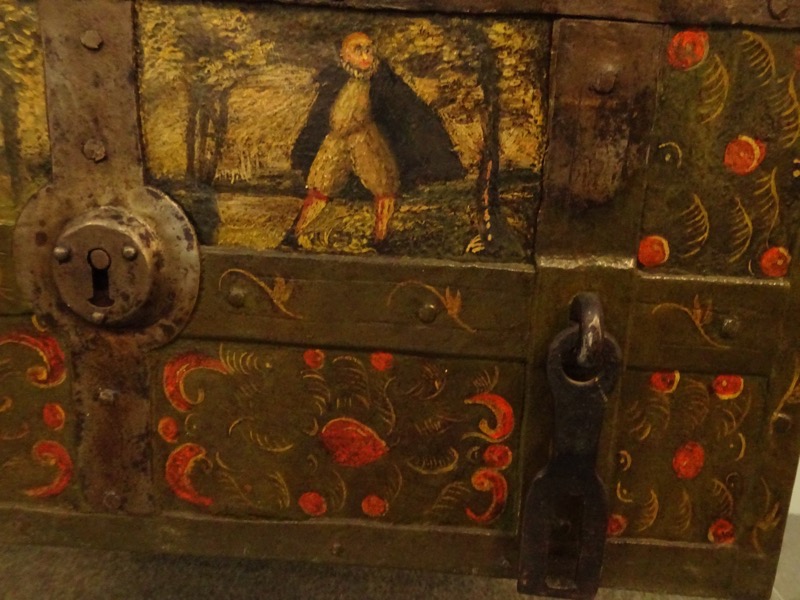
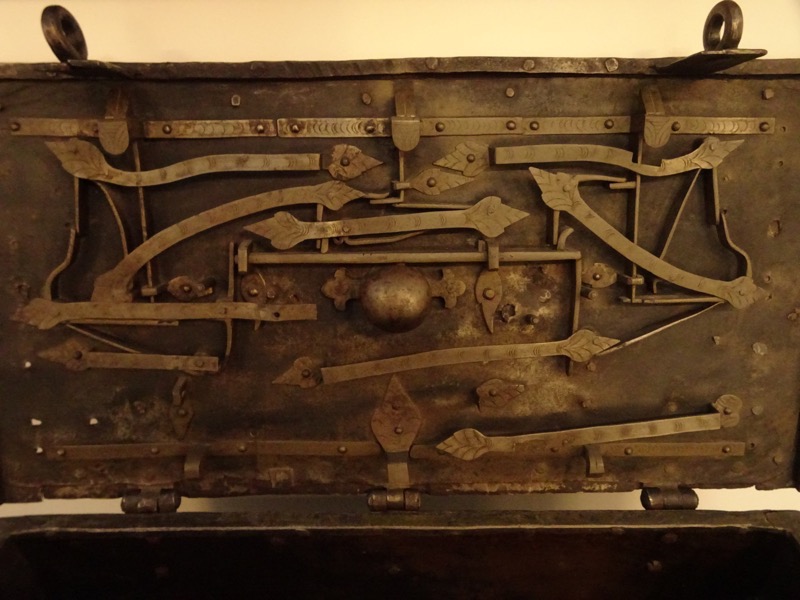 Banner of the Immaculate Conception Fraternity at the Vilnius Bernadine Church, 1600-1650s… in bad need of conservation and repair.
Banner of the Immaculate Conception Fraternity at the Vilnius Bernadine Church, 1600-1650s… in bad need of conservation and repair.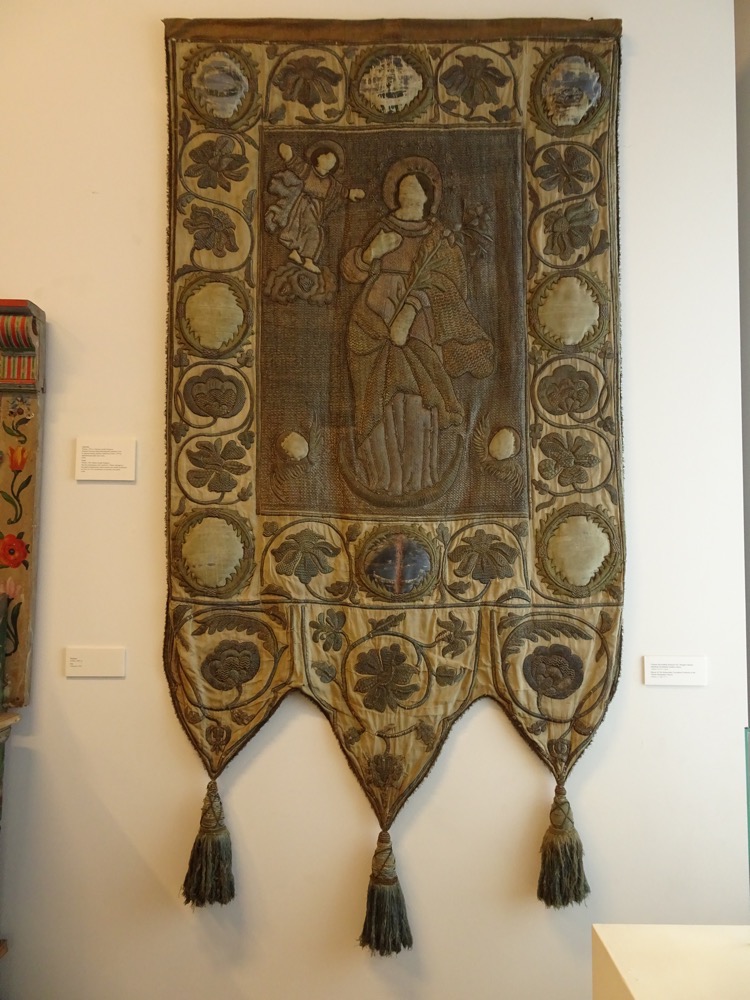
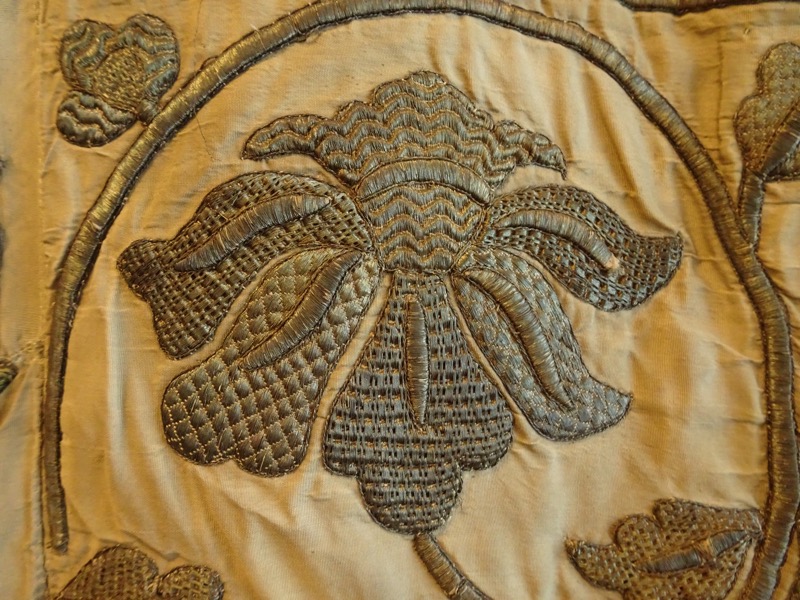 Lithuanian pew, 1683
Lithuanian pew, 1683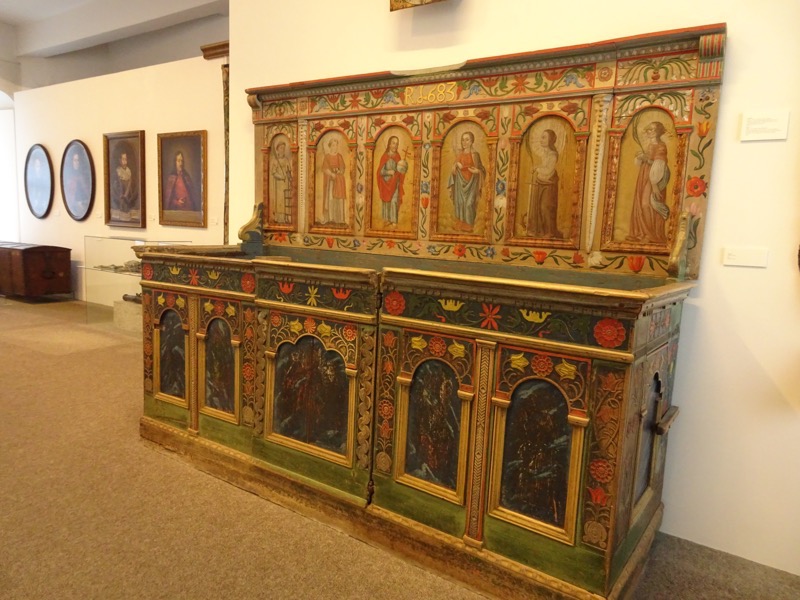
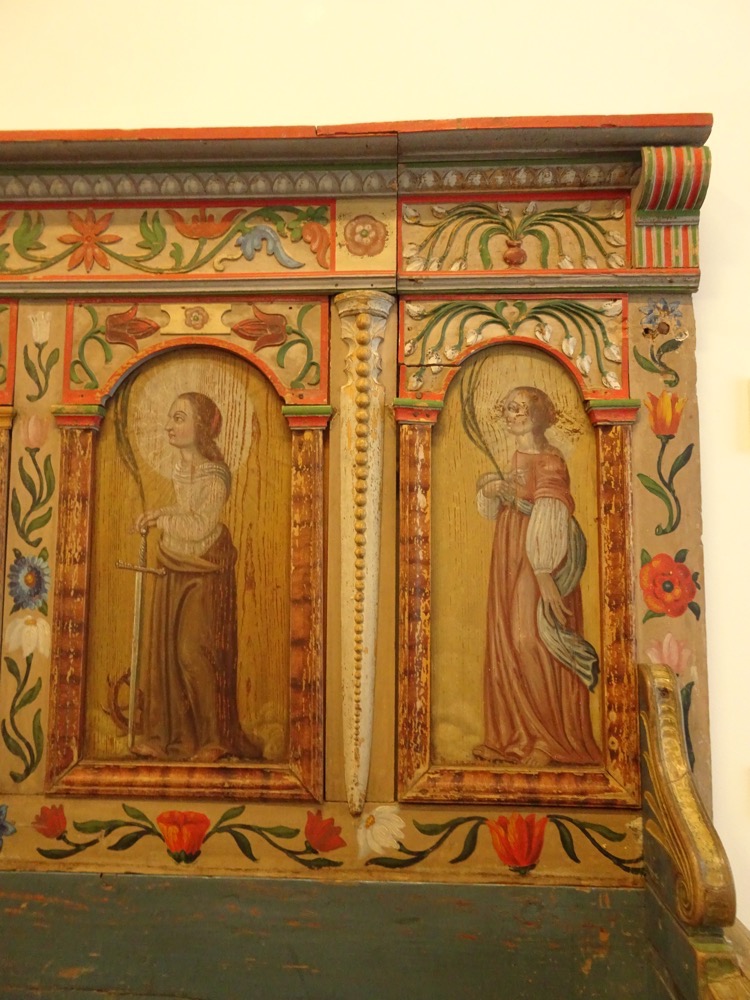 Chest with heraldic device of the Korff and Osten-Sacken families, Latvian c.1680.
Chest with heraldic device of the Korff and Osten-Sacken families, Latvian c.1680.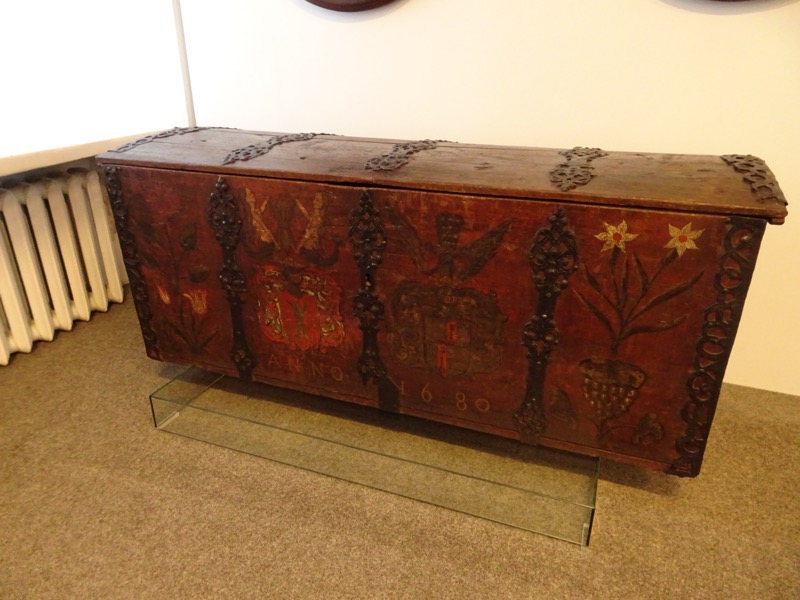 Hook to Drag Plague Victims, Vilnius, earl 18th century… no other information about plague?!
Hook to Drag Plague Victims, Vilnius, earl 18th century… no other information about plague?!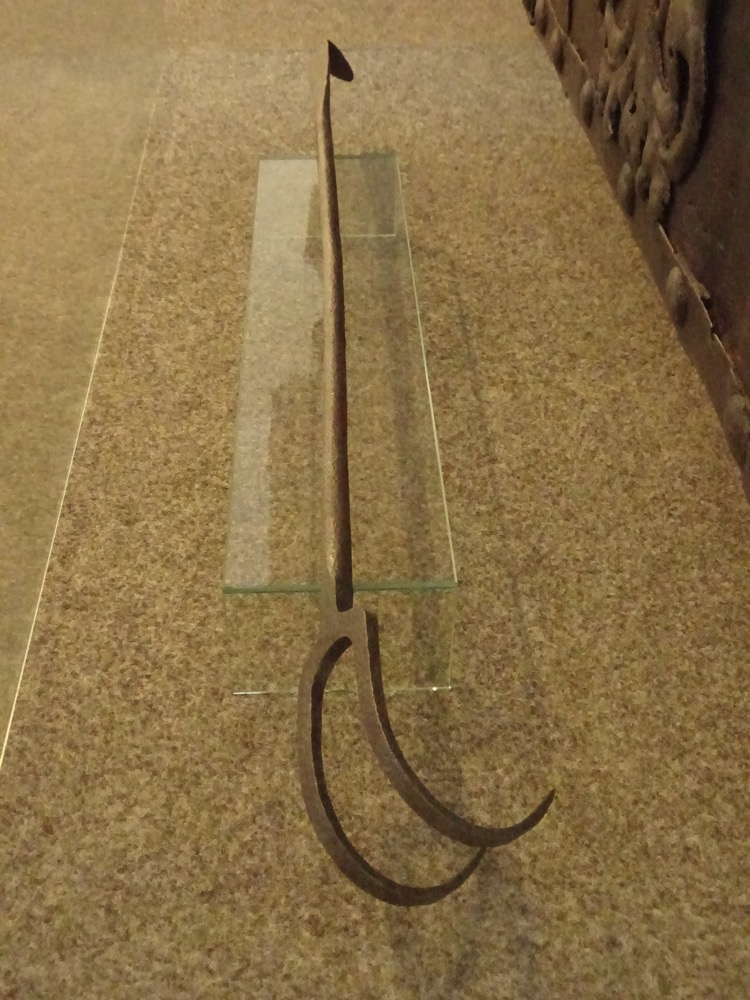 Persian helmet, Turkey, 17th – 18th centuries.
Persian helmet, Turkey, 17th – 18th centuries.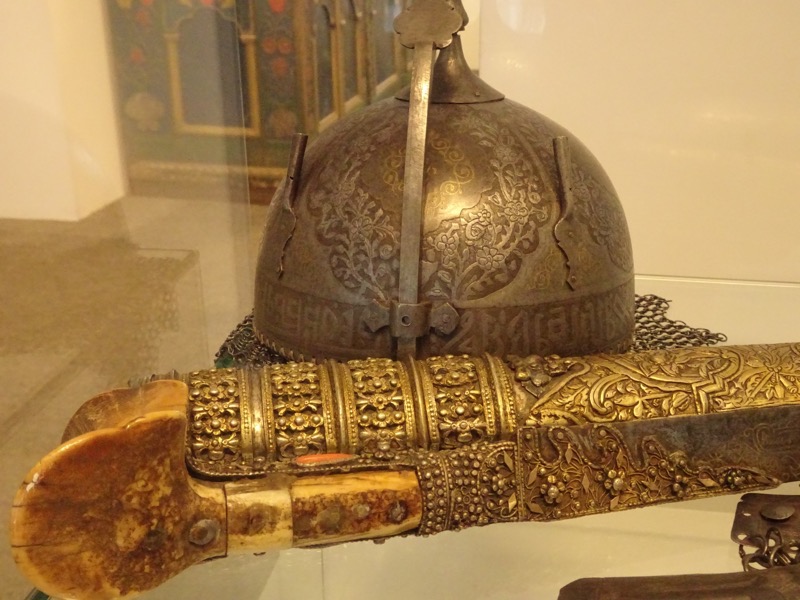 Chair, first half of the 17th century.
Chair, first half of the 17th century. 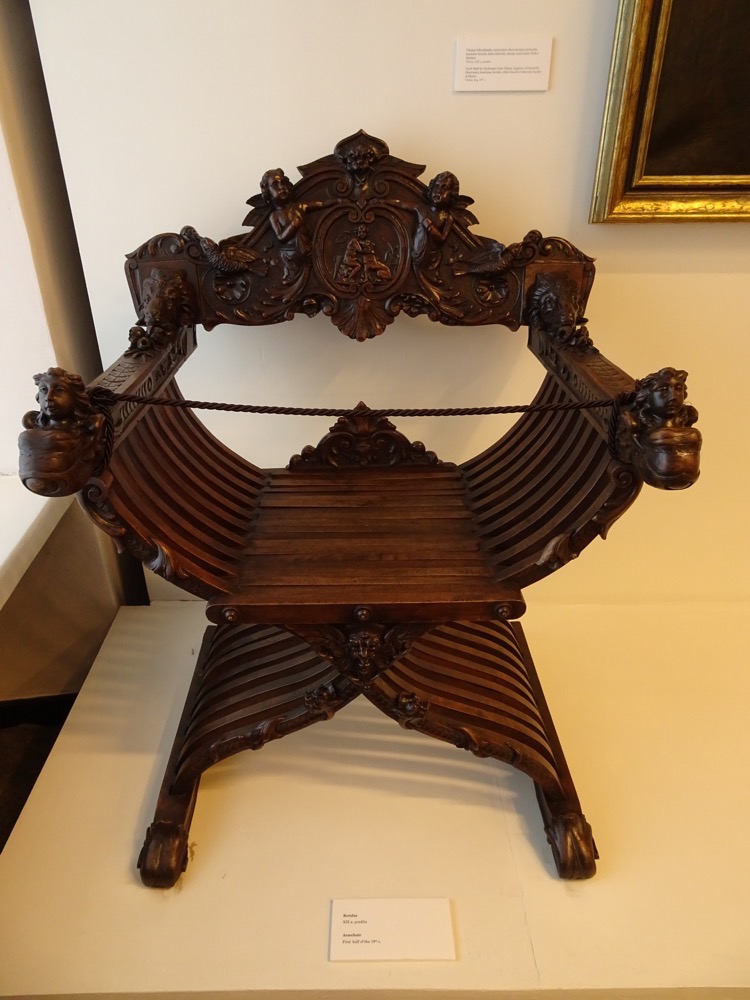
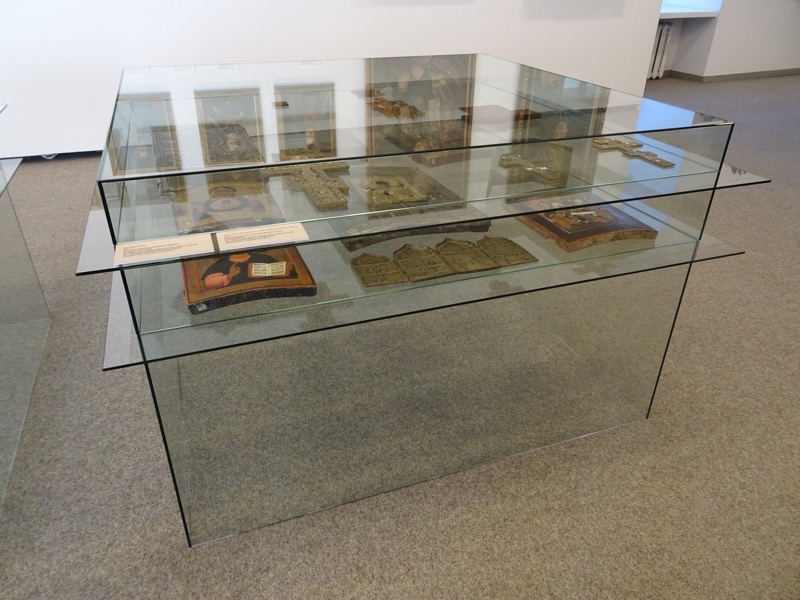 Tablet woven sashes, Lithuanian Minor and South-west Lithuania early 19th century.
Tablet woven sashes, Lithuanian Minor and South-west Lithuania early 19th century.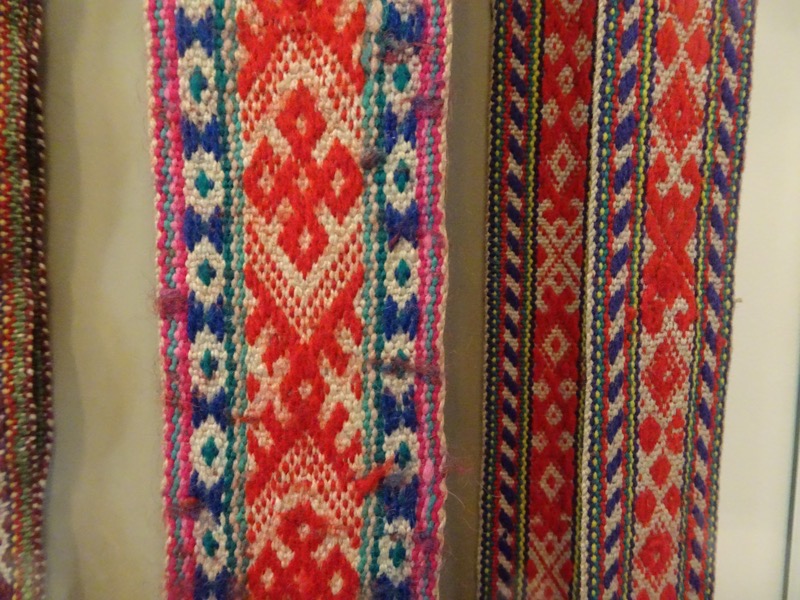
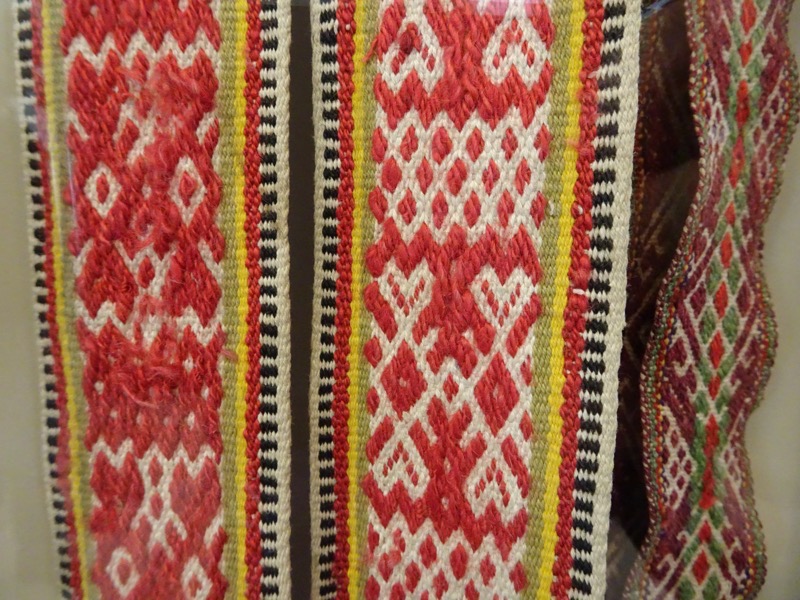
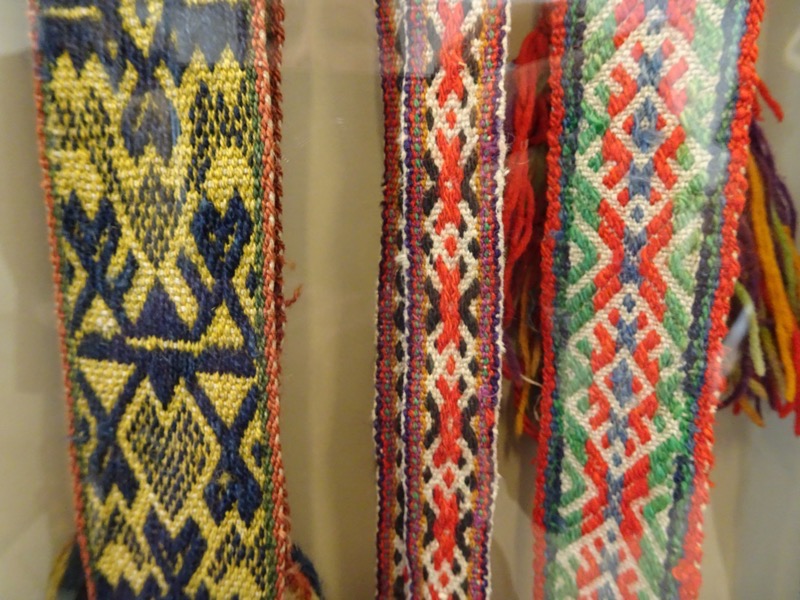
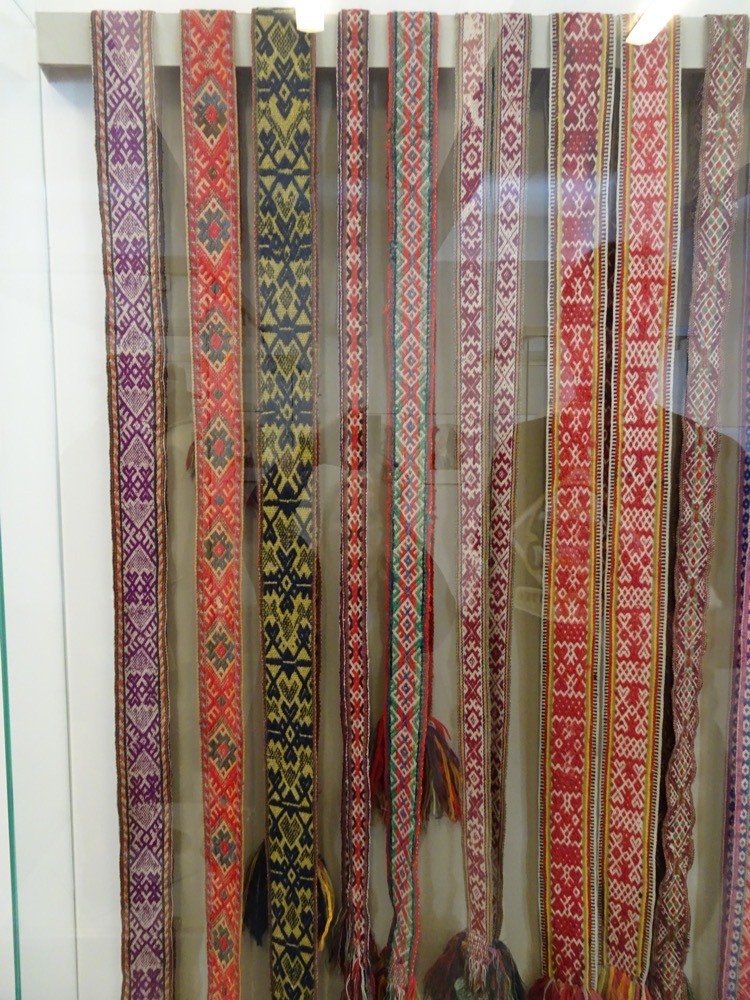 Dowry chest, middle Lithuania, late 19th century.
Dowry chest, middle Lithuania, late 19th century.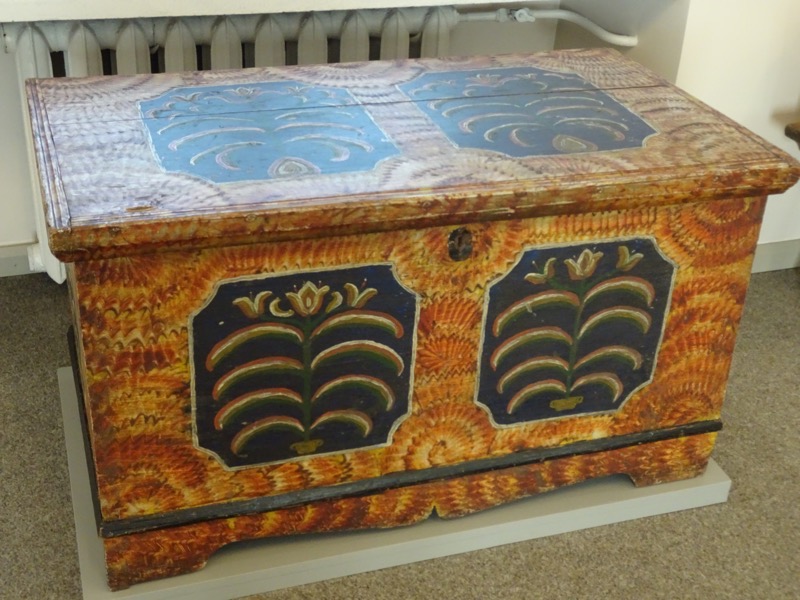 Spinning wheel, middle Lithuania, late 19th century, early 20th century.
Spinning wheel, middle Lithuania, late 19th century, early 20th century.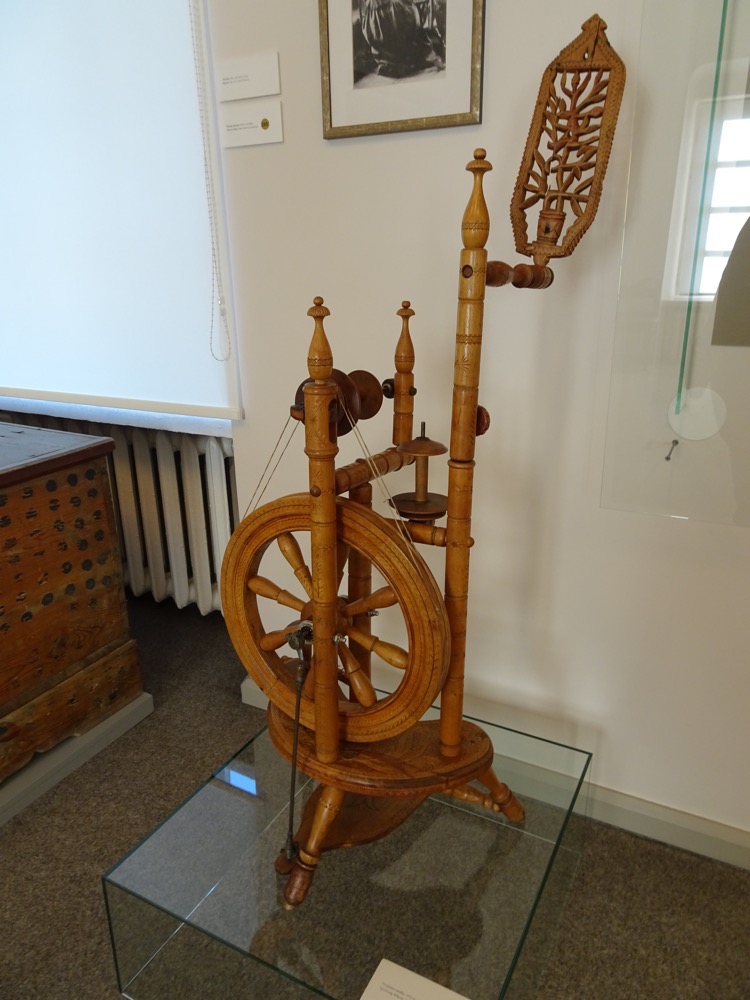 Toy musuem:
Toy musuem: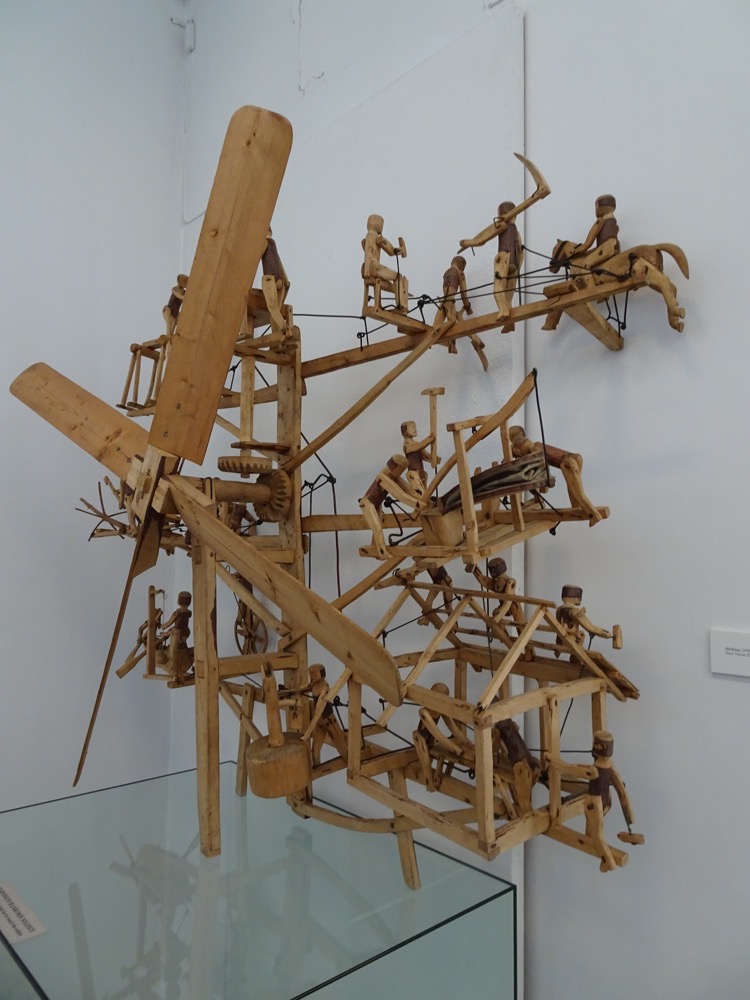
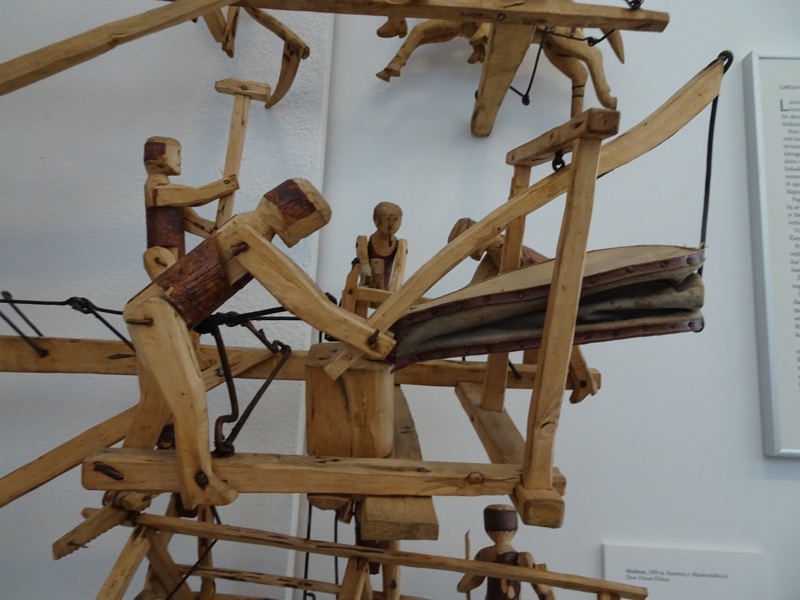
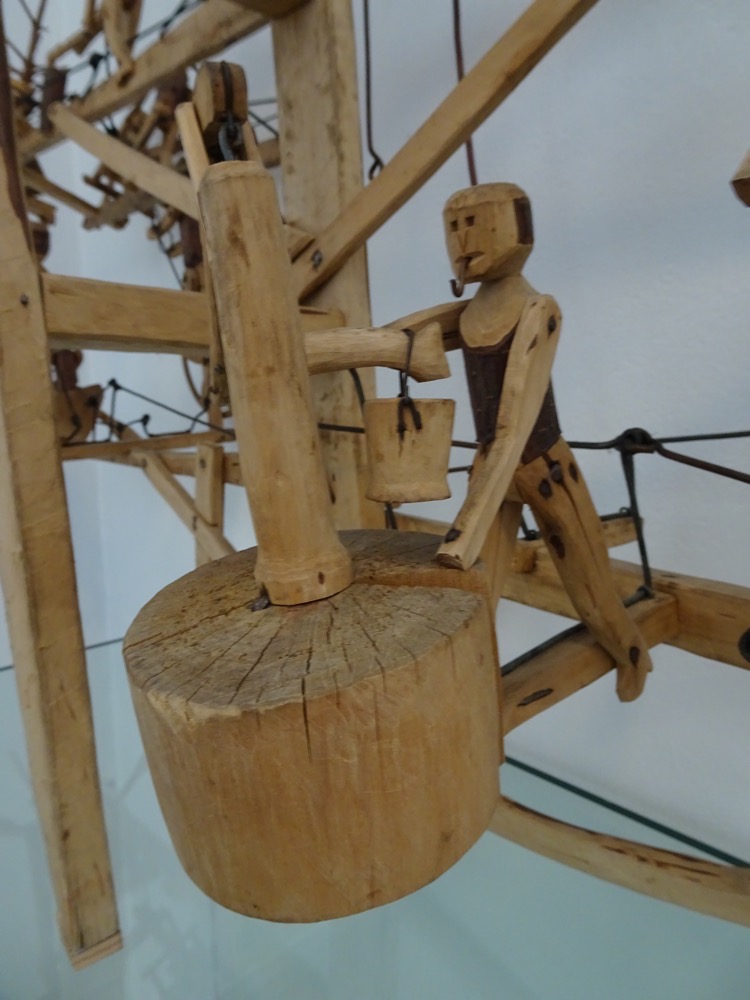
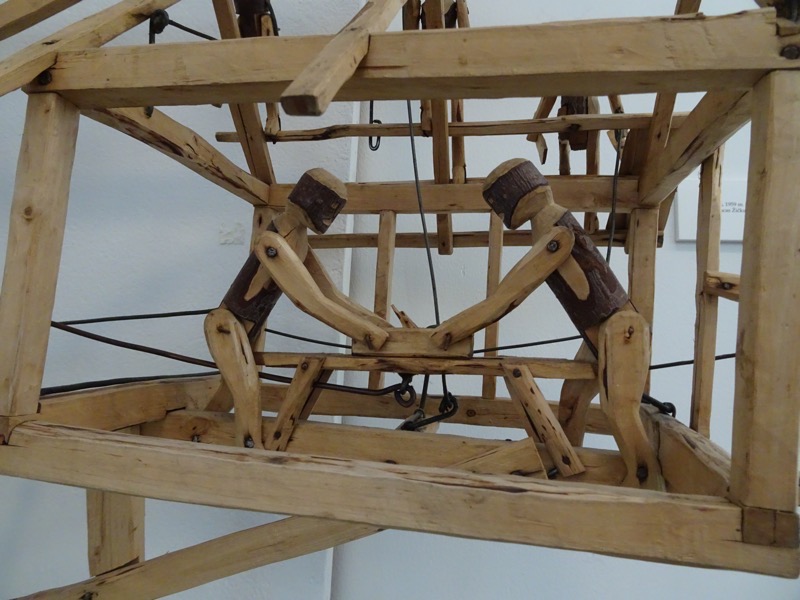
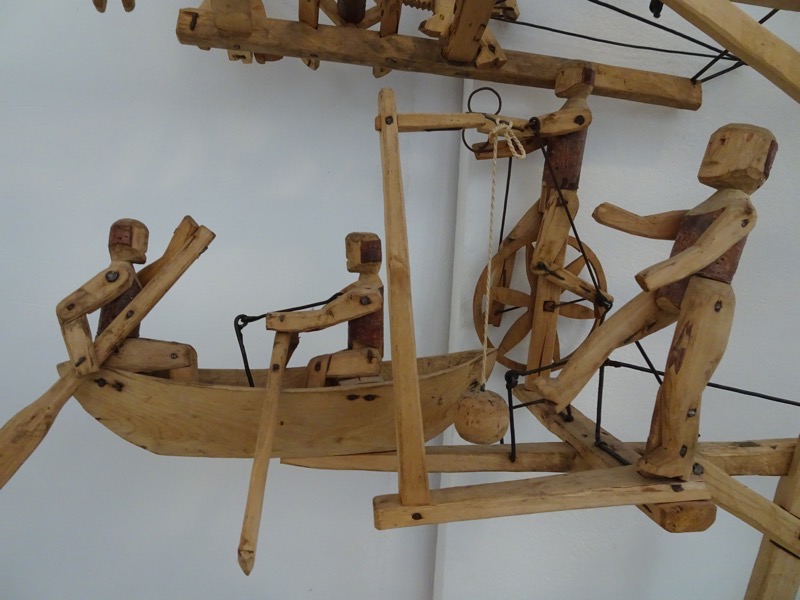 Recreated guest room in a typical Zemaicai house in the early 19th century.
Recreated guest room in a typical Zemaicai house in the early 19th century. 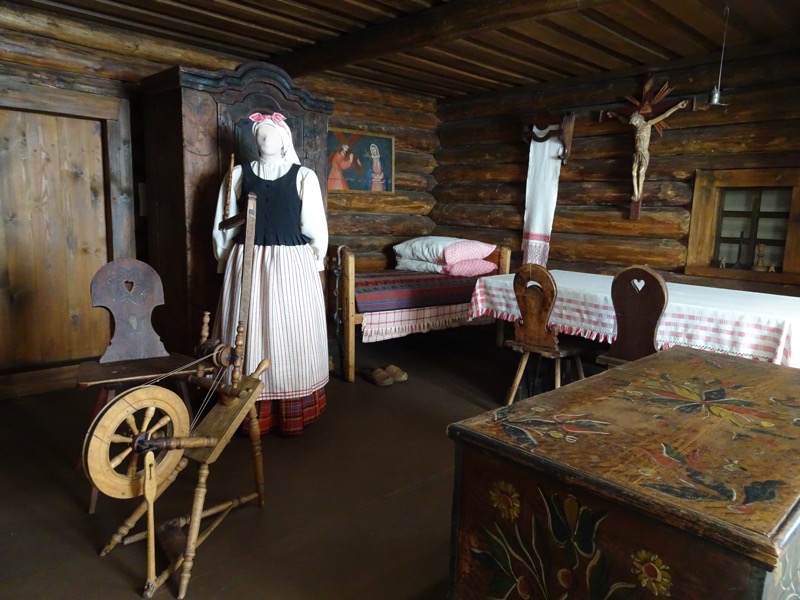 Kitchen/pantry:
Kitchen/pantry: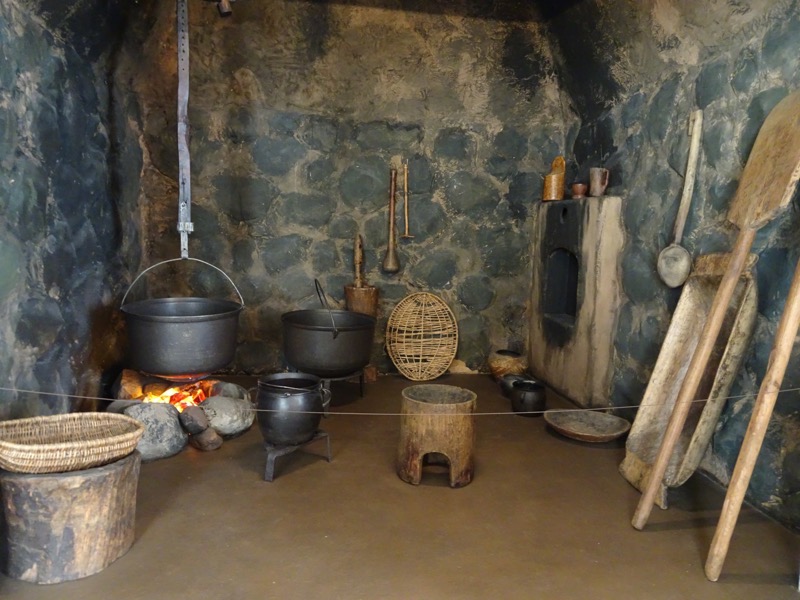
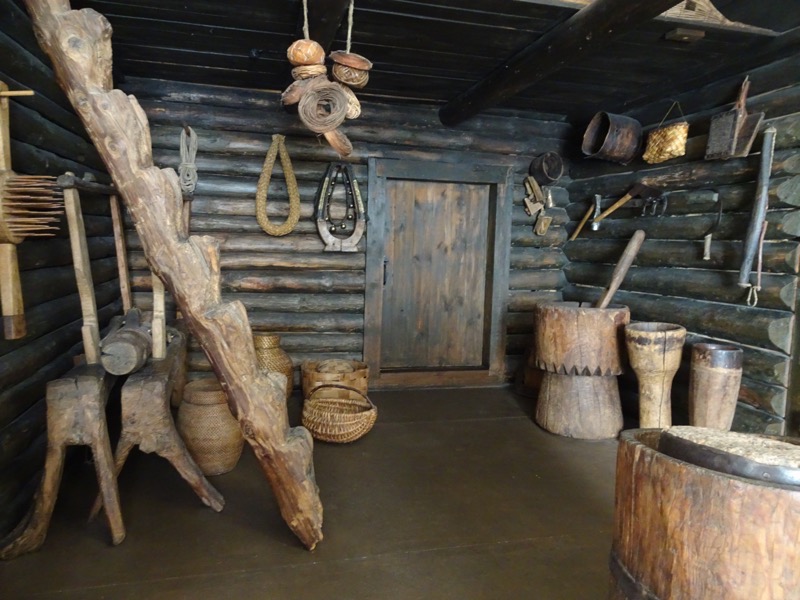 Living/Dining rooms:
Living/Dining rooms: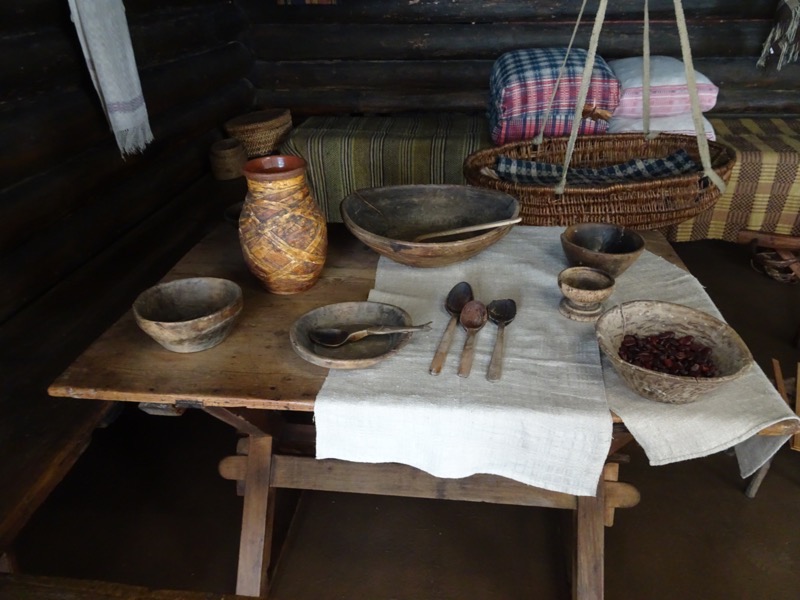 Wooden religious monument tops, various regions, 19th century.
Wooden religious monument tops, various regions, 19th century.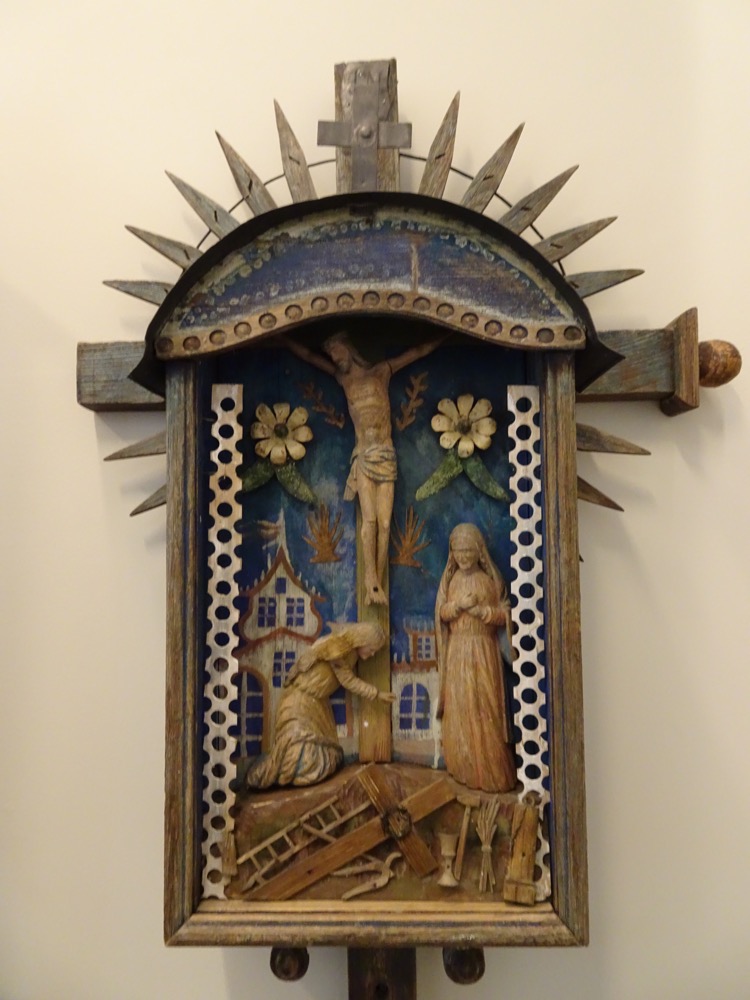
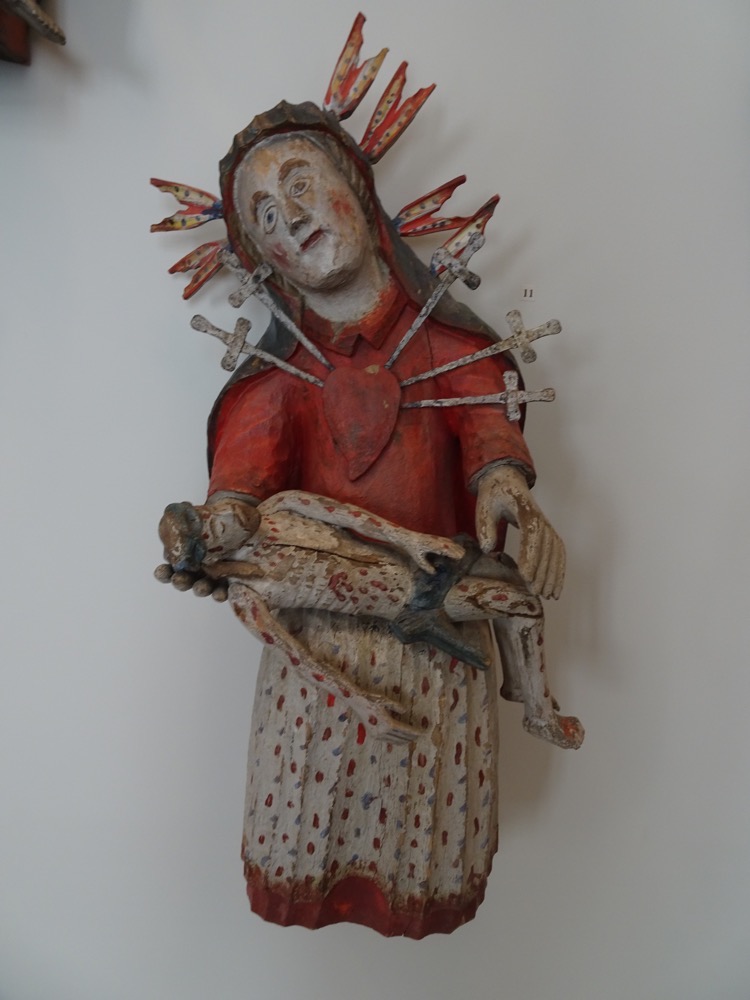
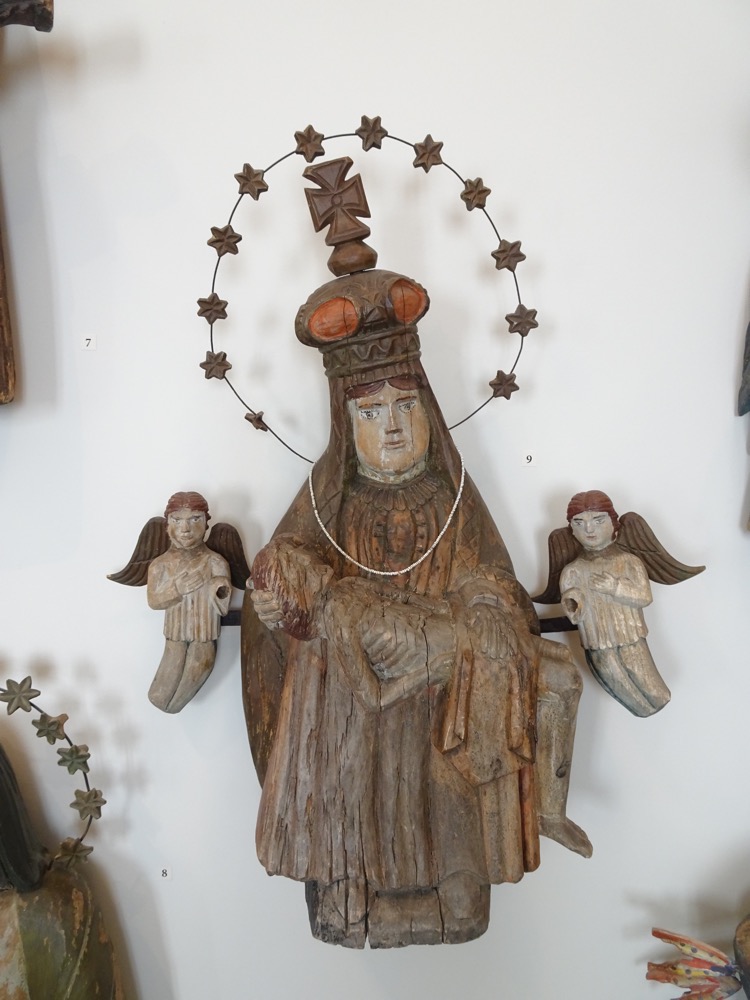 St George…
St George…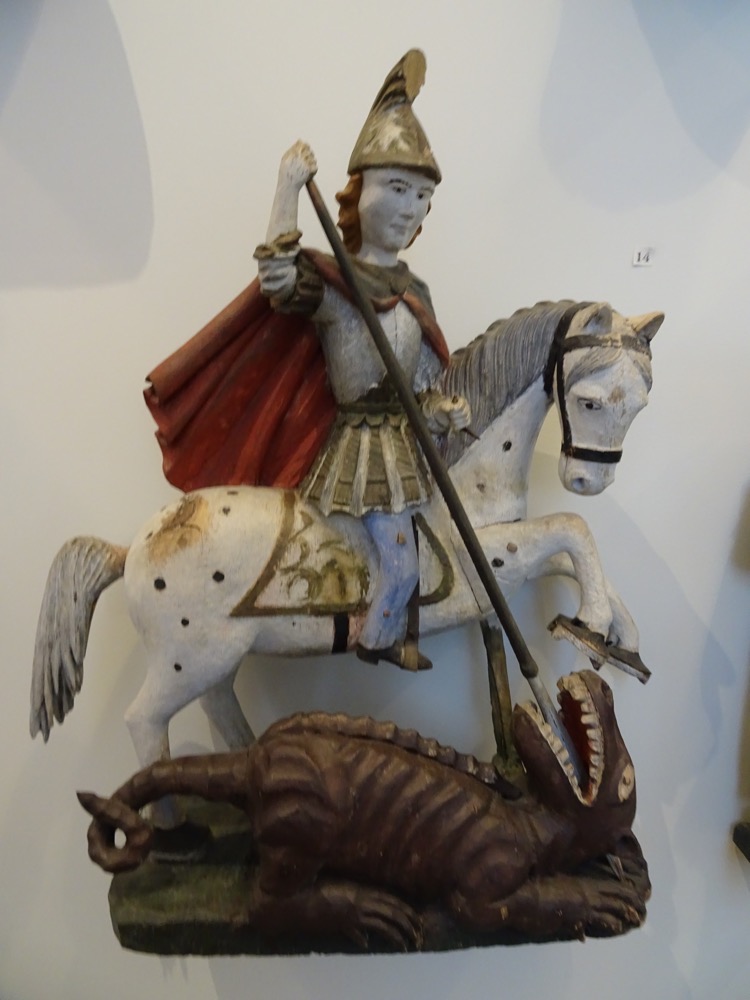 St Florian…
St Florian…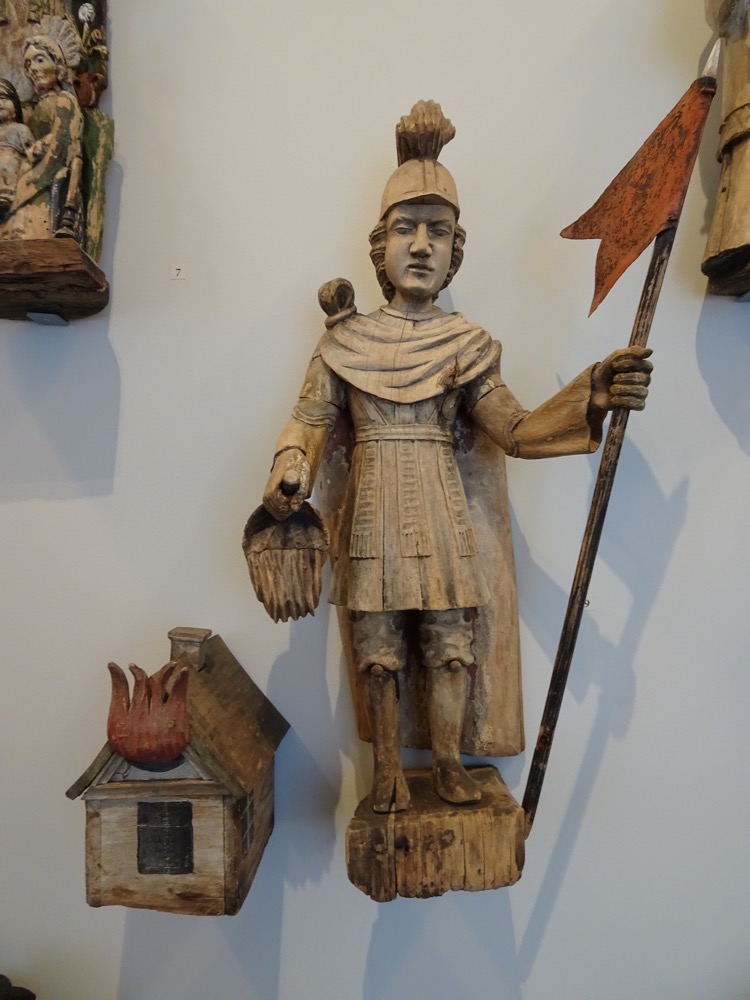
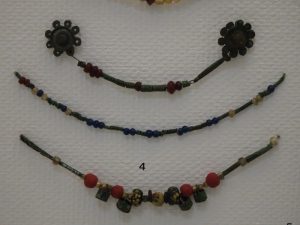
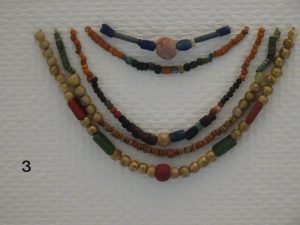
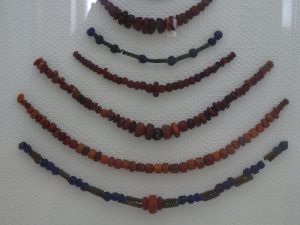
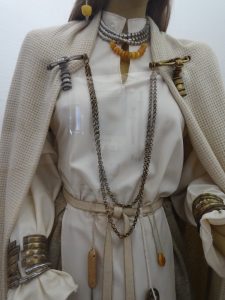
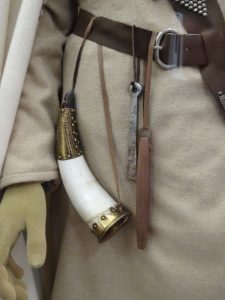
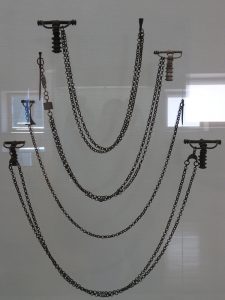
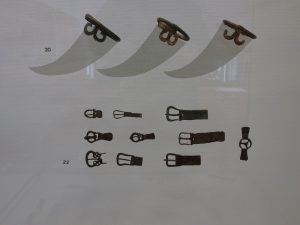
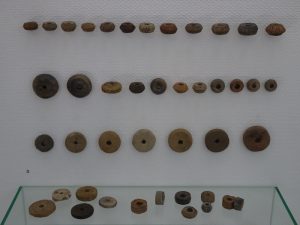
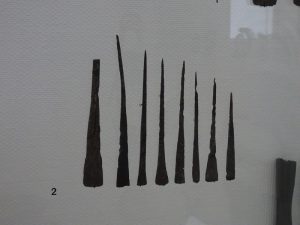
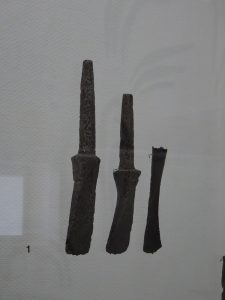
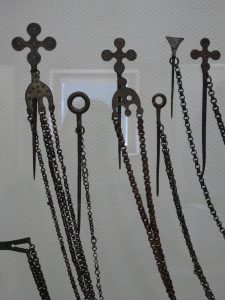
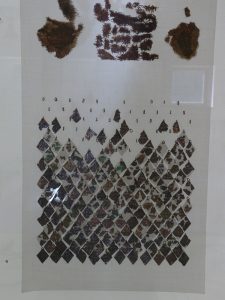
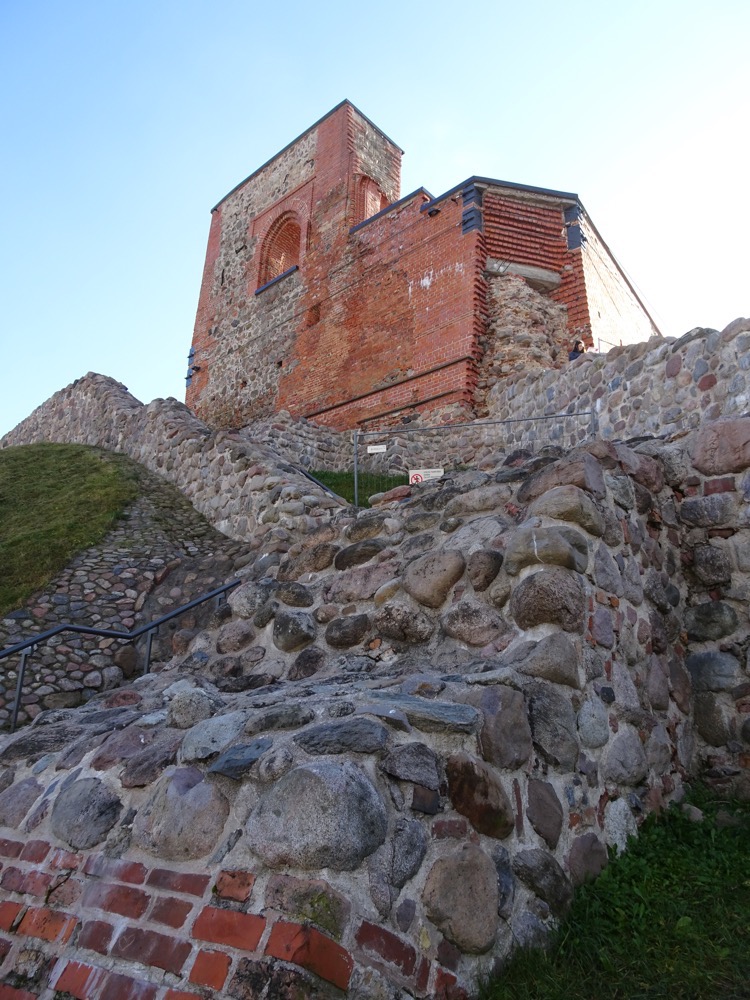 It’s a seriously shitty climb.
It’s a seriously shitty climb.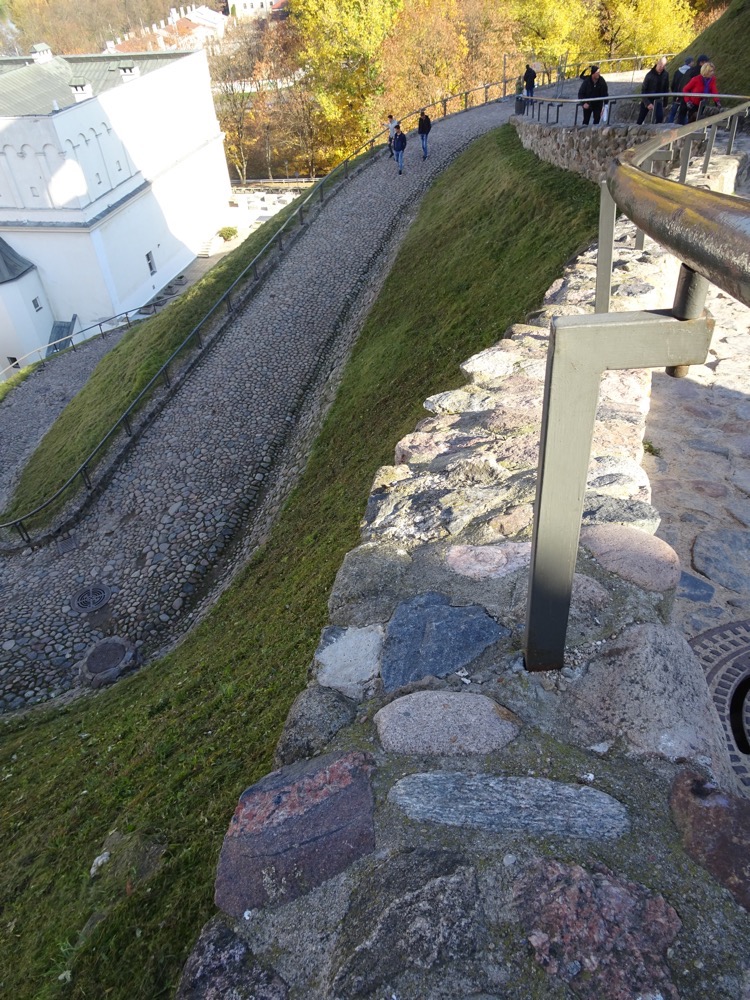 Almost to the top:
Almost to the top: The tower normally houses a museum exhibiting archaeological findings from the hill and the surrounding areas and has models of Vilnius castles from the 14th to the 17th centuries, and some armaments, and other iconographic material of Old Vilnius – normally. However, on this occasion, most of the complex is closed for restoration due to what seems to be a rather nasty landslide and part of the castle starting to look like it’s going to slide down into a river?
The tower normally houses a museum exhibiting archaeological findings from the hill and the surrounding areas and has models of Vilnius castles from the 14th to the 17th centuries, and some armaments, and other iconographic material of Old Vilnius – normally. However, on this occasion, most of the complex is closed for restoration due to what seems to be a rather nasty landslide and part of the castle starting to look like it’s going to slide down into a river?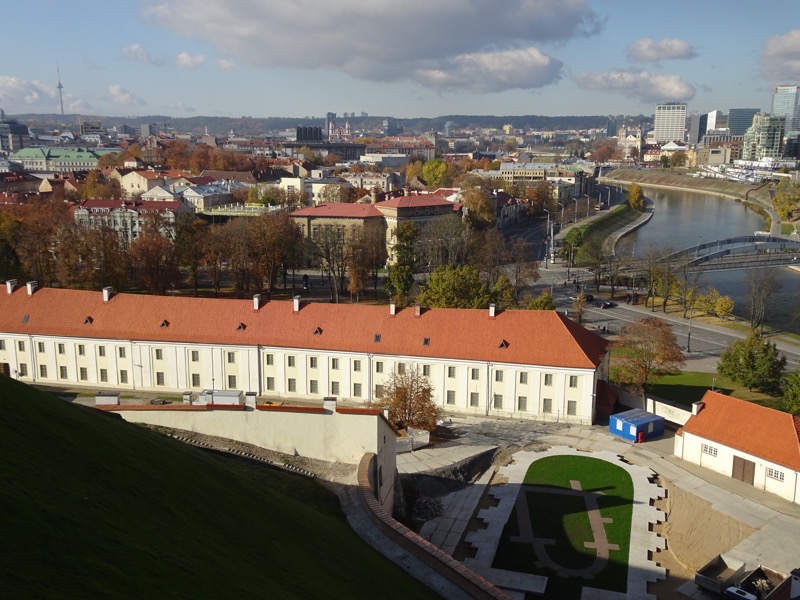 Towards the university grounds:
Towards the university grounds: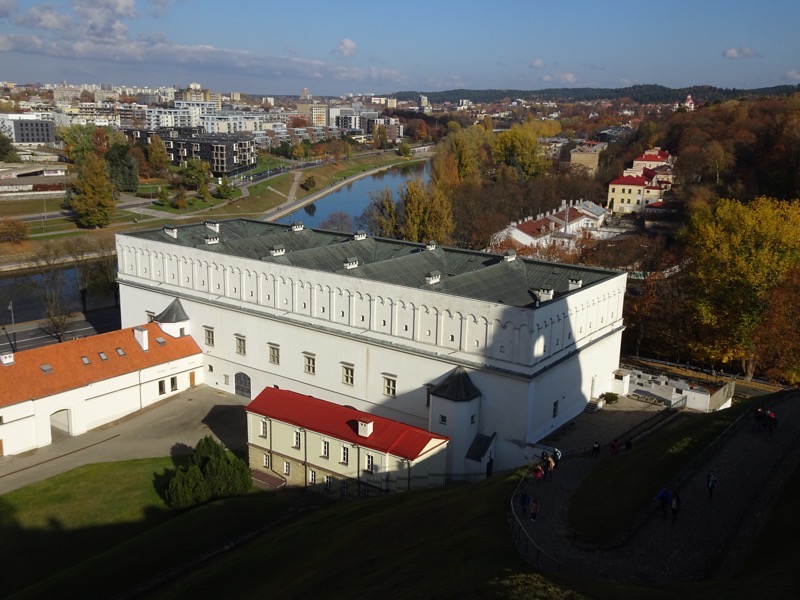 Gediminas’ Tower:
Gediminas’ Tower: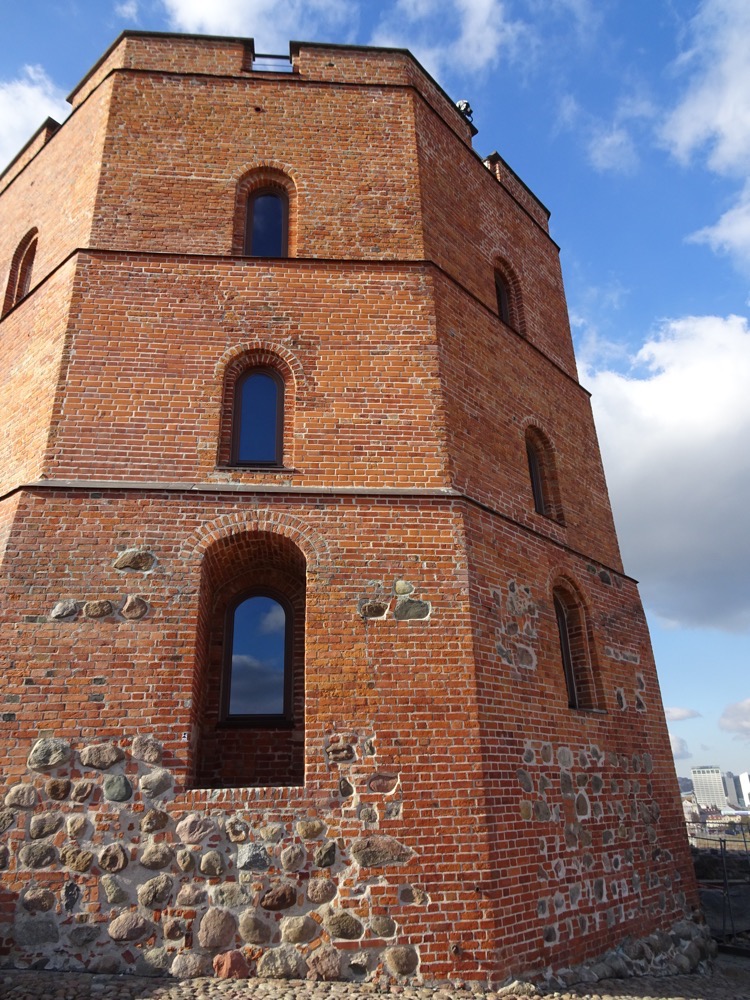 After we made our way through the castle complex, most of which was behind scaffolding, we clambered carefully back down the cobbled hill – because of course if you are going to go tits up, it will be while going downhill and went for a walk around the bottom of the castle tower base. I simply can not get over these gorgeous autumn colours.
After we made our way through the castle complex, most of which was behind scaffolding, we clambered carefully back down the cobbled hill – because of course if you are going to go tits up, it will be while going downhill and went for a walk around the bottom of the castle tower base. I simply can not get over these gorgeous autumn colours. 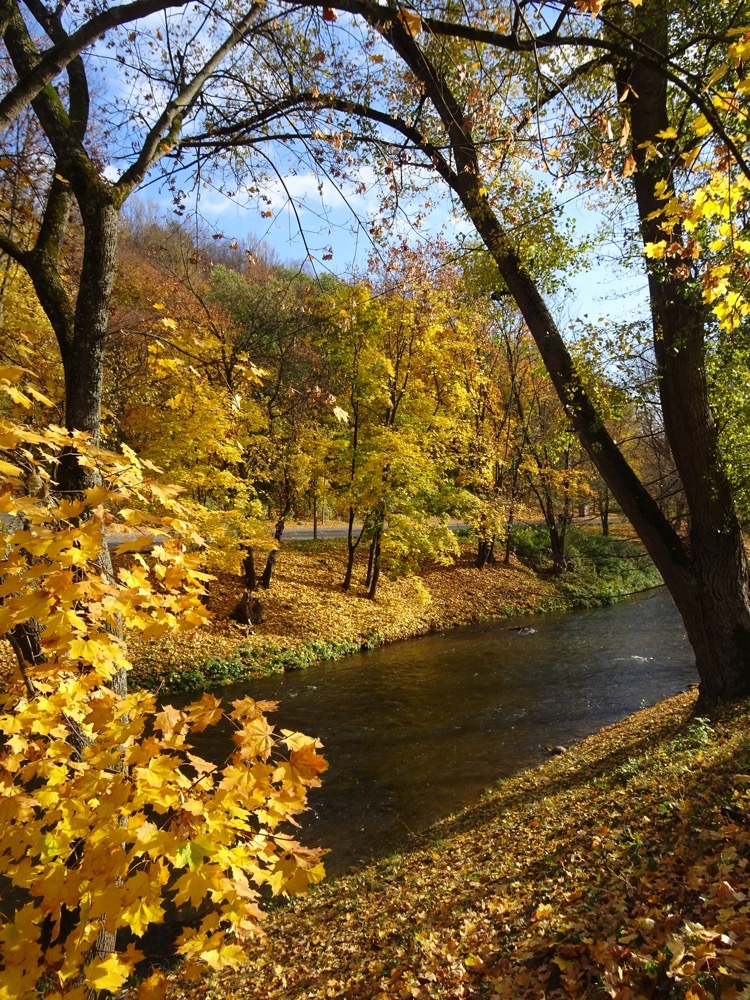
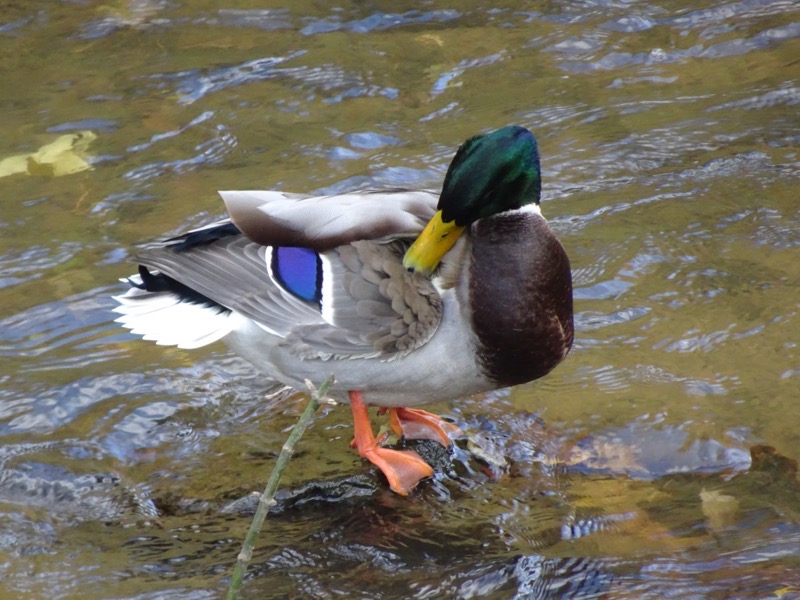
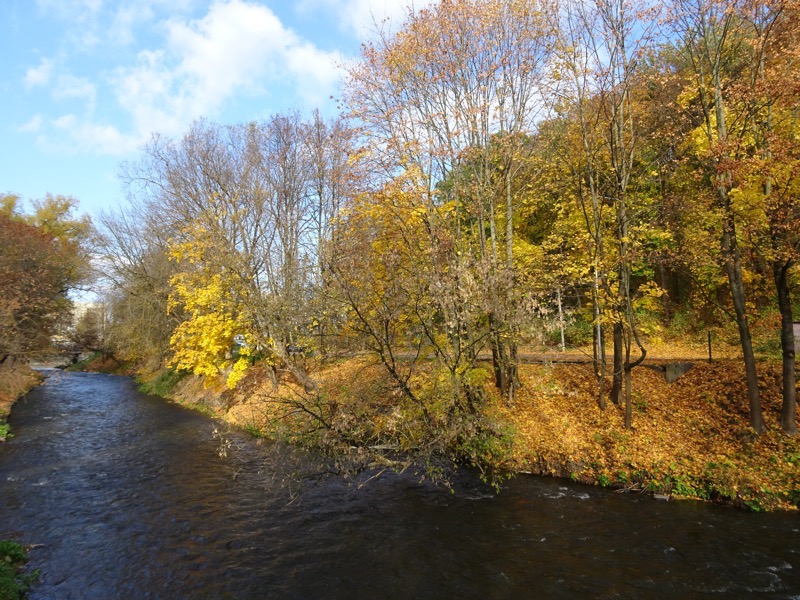 The tower from Cathedral Square:
The tower from Cathedral Square: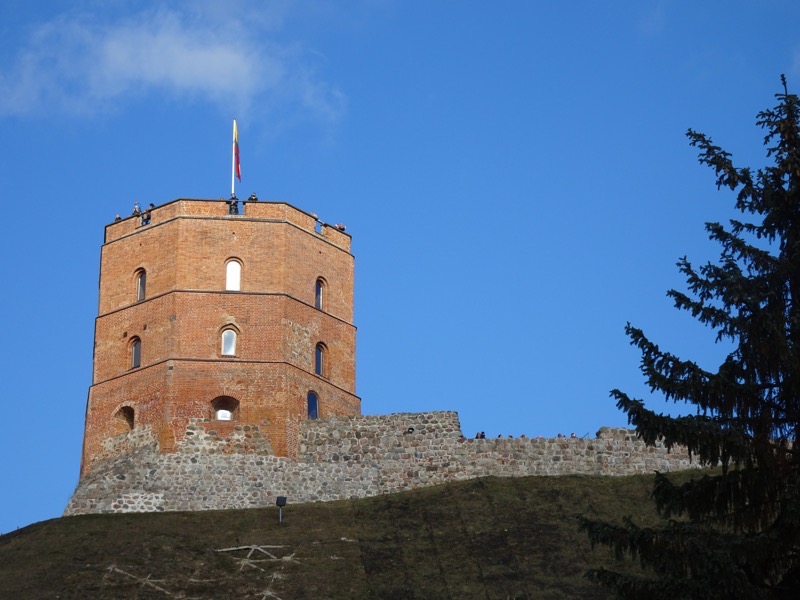 Presidential Palace: This building is the central part of the former Governor’s Palace. The first palace was built here in the 15th century and used as the Vilnius bishops’ residence until 1795 when it was given to the governor-general. It currently holds the President’s official offices.
Presidential Palace: This building is the central part of the former Governor’s Palace. The first palace was built here in the 15th century and used as the Vilnius bishops’ residence until 1795 when it was given to the governor-general. It currently holds the President’s official offices.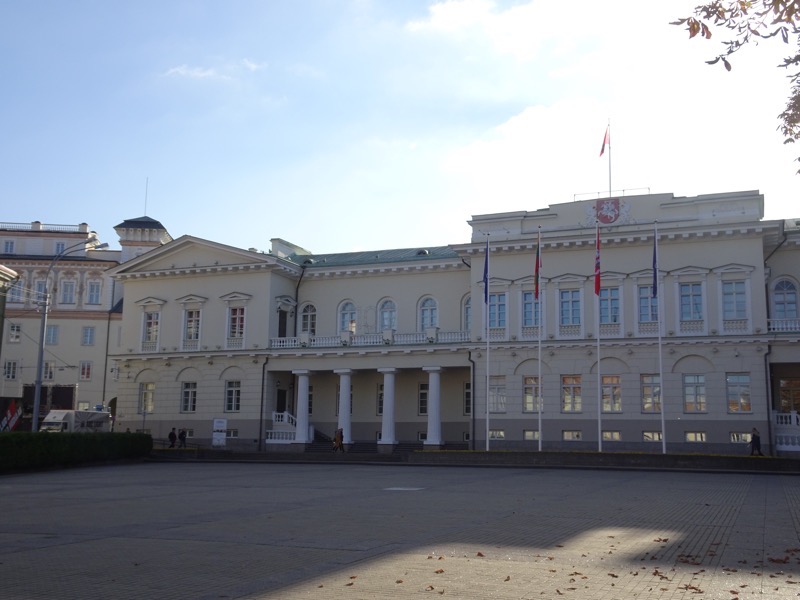 After this, we went hunting for a bit of lunch at a place called Būsi Trečias. Something local, affordable and hopefully not too far. Trip Advisor can be great for finding restaurants and it served us well last night, but sometimes it can be a bit hit and miss. We found a restaurant called and immediately ordered some disgustingly large ciders – because the alcohol is always cheaper than the soft drink or sometimes even the bottled water!
After this, we went hunting for a bit of lunch at a place called Būsi Trečias. Something local, affordable and hopefully not too far. Trip Advisor can be great for finding restaurants and it served us well last night, but sometimes it can be a bit hit and miss. We found a restaurant called and immediately ordered some disgustingly large ciders – because the alcohol is always cheaper than the soft drink or sometimes even the bottled water! yale ordered what was called a ‘Village Pan’ and was full of potato, bacon and mushrooms, gherkins and god knows what else. It was okay in the end, yale more than happily assisted in polishing off the pork hock (well the chunks of it that weren’t fat and bone that is).
yale ordered what was called a ‘Village Pan’ and was full of potato, bacon and mushrooms, gherkins and god knows what else. It was okay in the end, yale more than happily assisted in polishing off the pork hock (well the chunks of it that weren’t fat and bone that is). After lunch, we went for a quick wander down the main street of the Old Town to see what the other tourists are doing today. It was fairly quiet – I think that is the benefit of being here off-peak. Not many monument hogging selfie obsessed tourists around these parts.
After lunch, we went for a quick wander down the main street of the Old Town to see what the other tourists are doing today. It was fairly quiet – I think that is the benefit of being here off-peak. Not many monument hogging selfie obsessed tourists around these parts.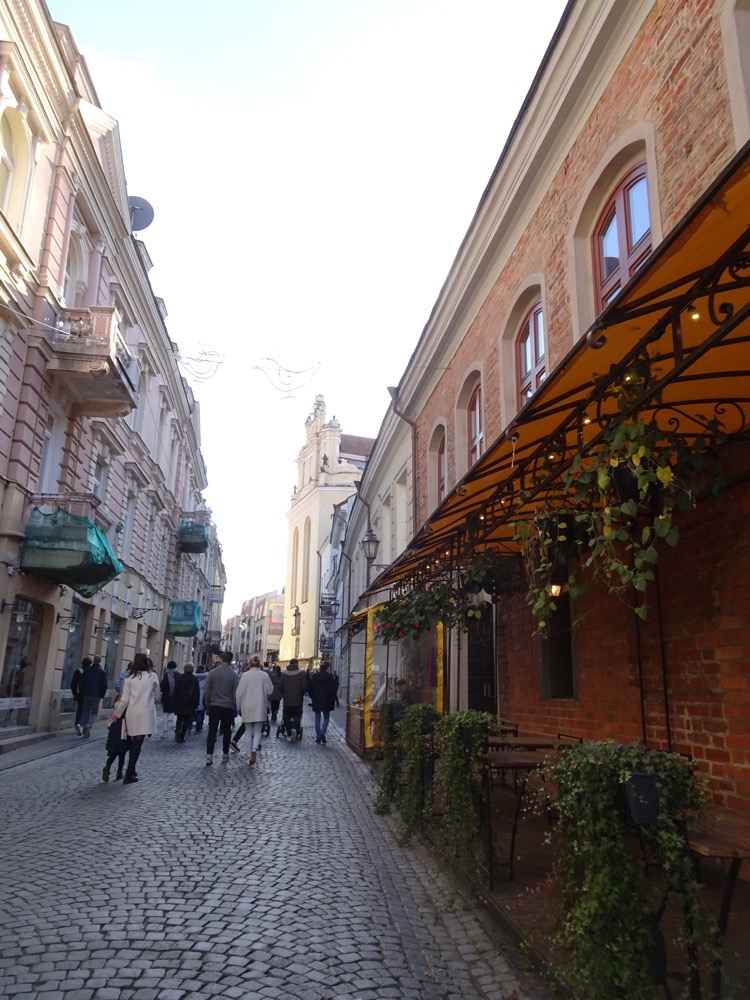 Souvenir shops are the same the world over aren’t they? Full of stuff no one needs and hardly anyone wants. I collected my pins and we moved one.
Souvenir shops are the same the world over aren’t they? Full of stuff no one needs and hardly anyone wants. I collected my pins and we moved one.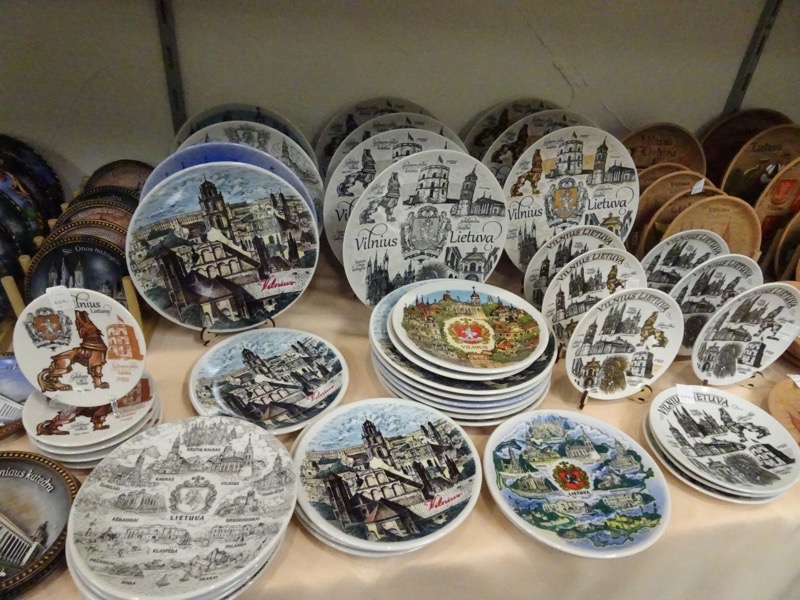
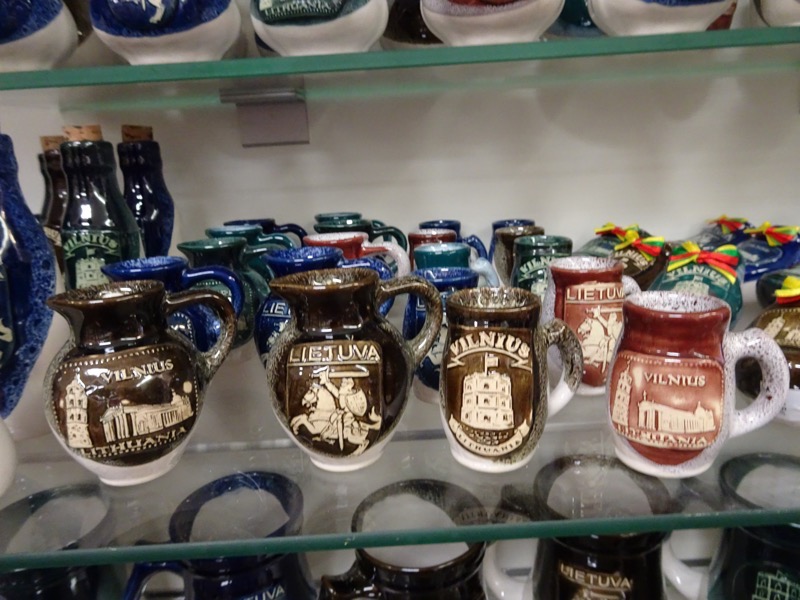
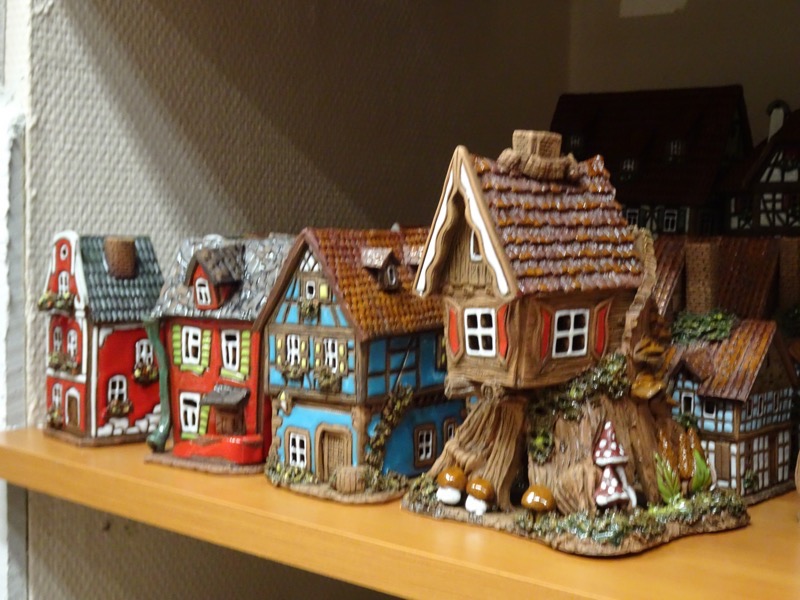 I was trying to take a photo of this amazing building, and couldn’t find a good vantage point to capture the brickwork. It was only after I took about four pictures that I realised he was getting annoyed at me taking his photo (and not dropping coins in his hat I dare say), whereas the truth was, I’m standing there thinking, ‘Why has that guy plonked himself and his ugly purple trolley right in front of the only building in the street that I want to photograph!?’
I was trying to take a photo of this amazing building, and couldn’t find a good vantage point to capture the brickwork. It was only after I took about four pictures that I realised he was getting annoyed at me taking his photo (and not dropping coins in his hat I dare say), whereas the truth was, I’m standing there thinking, ‘Why has that guy plonked himself and his ugly purple trolley right in front of the only building in the street that I want to photograph!?’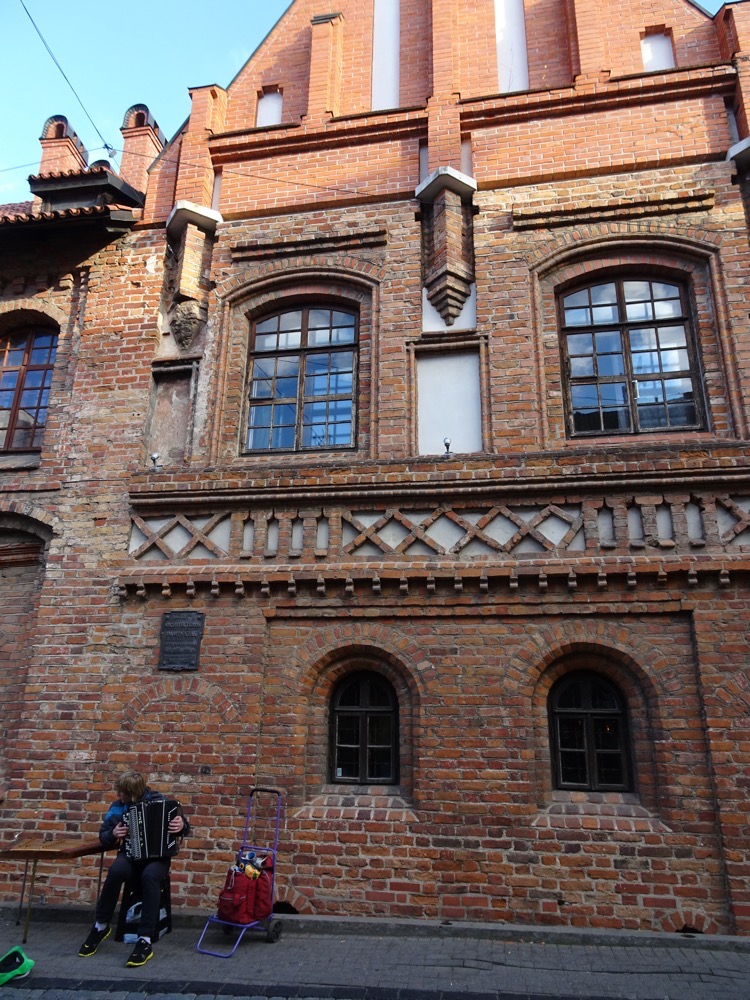 Wine bar on the corner near our B&B.
Wine bar on the corner near our B&B.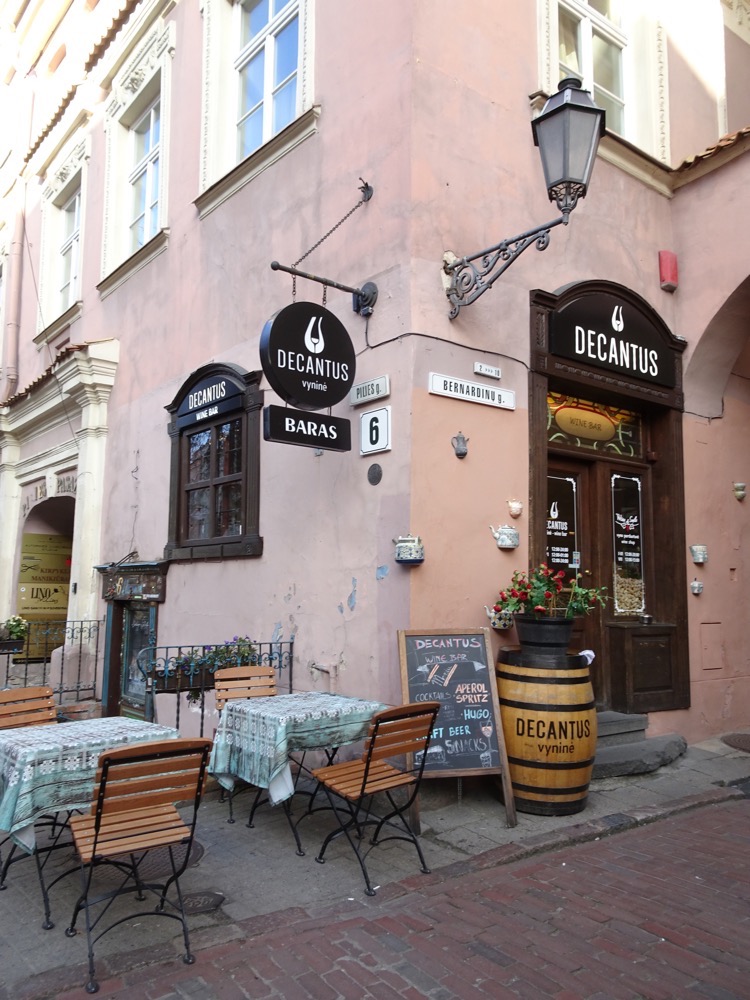
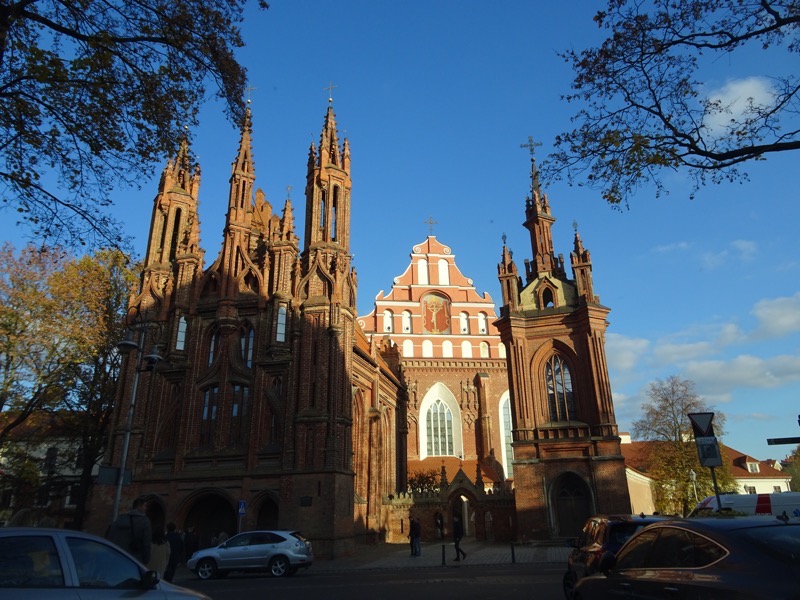 We had decided to spend the last few hours of the day going for a drive out to the Trakai ‘medieval castle’. Was surprised to see hot air balloons up at 3pm in the afternoon – at home, it seems to be an early dawn activity.
We had decided to spend the last few hours of the day going for a drive out to the Trakai ‘medieval castle’. Was surprised to see hot air balloons up at 3pm in the afternoon – at home, it seems to be an early dawn activity.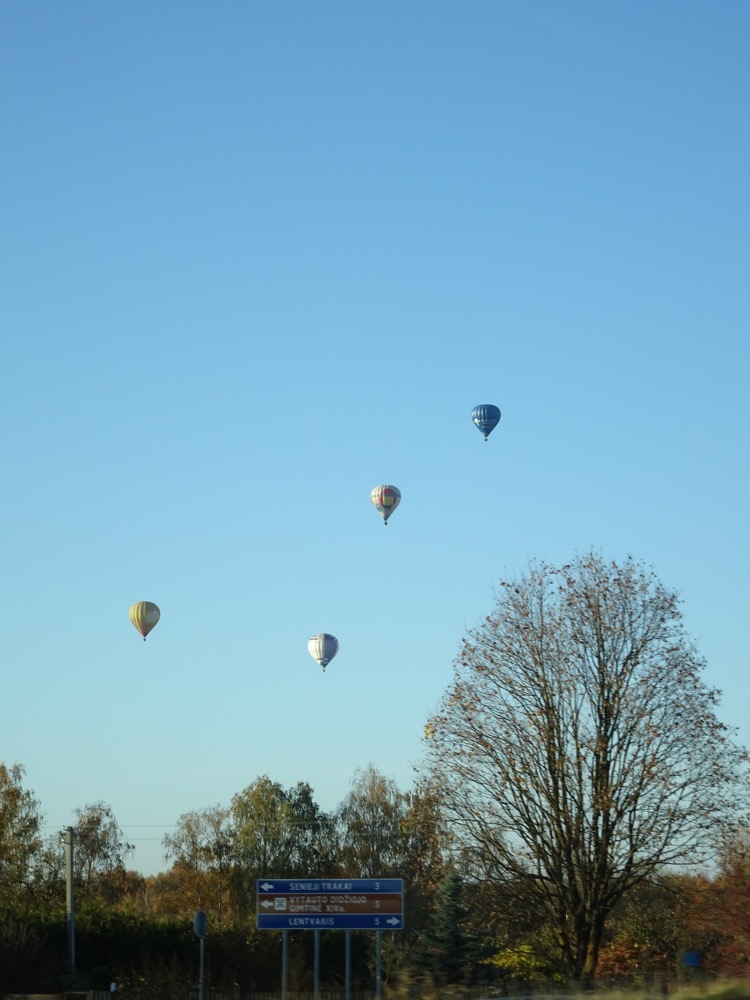 Trakai is a very touristy village near the castle, that seems to have sprung up to serve the tourists that come to visit the place. Full of bright coloured buildings, cafes and gift shops.
Trakai is a very touristy village near the castle, that seems to have sprung up to serve the tourists that come to visit the place. Full of bright coloured buildings, cafes and gift shops.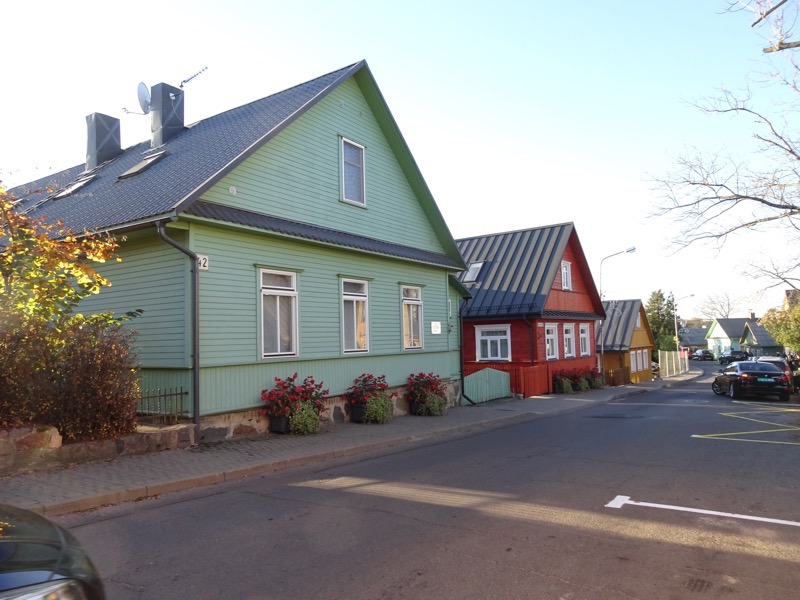
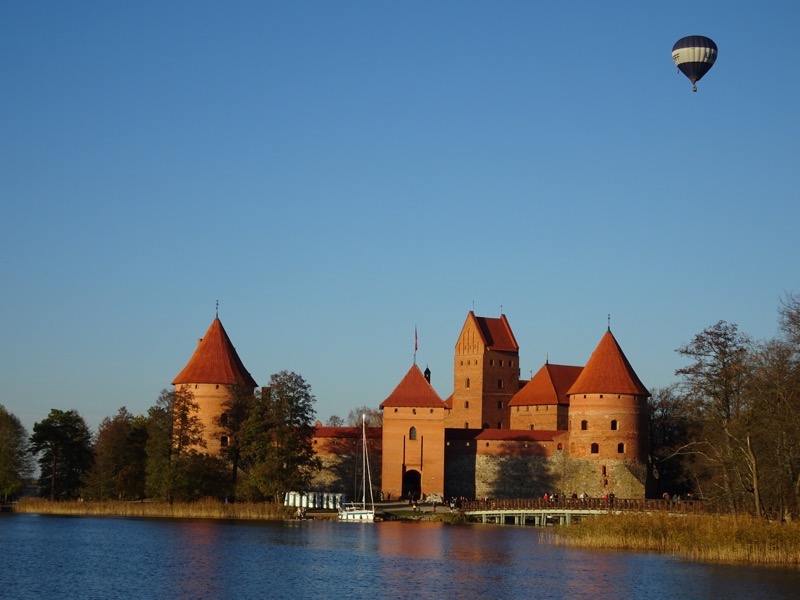
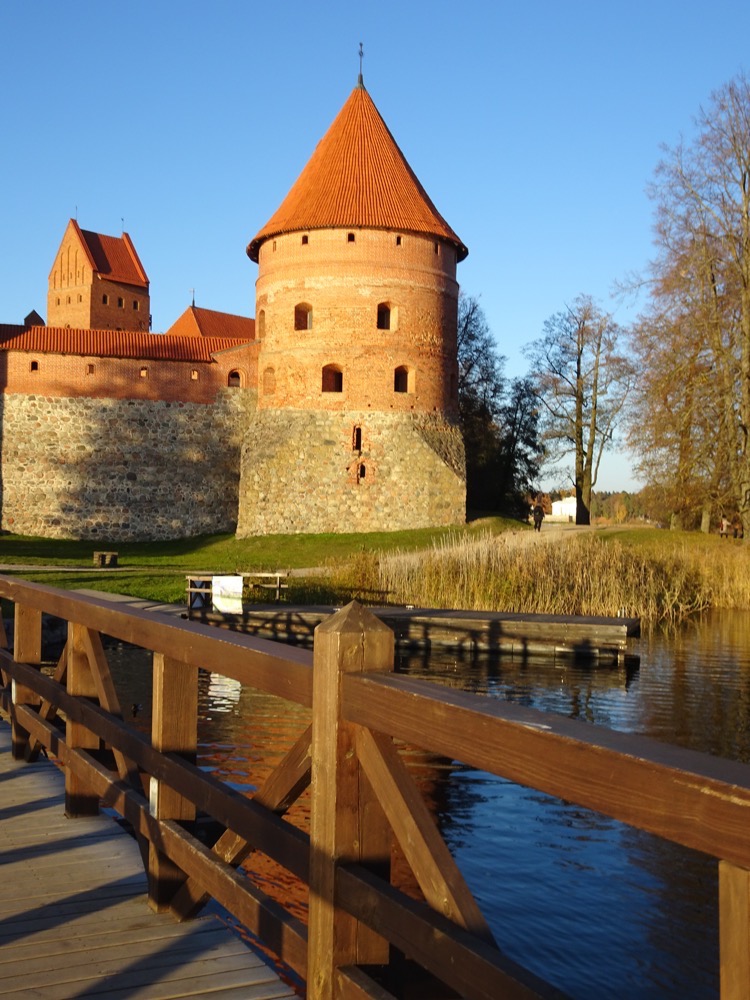 Like so many of the other historic places we have visited this trip, the castle suffered several major catastrophes over the ensuing centuries including – an attack by Teutonic Knights in 1377 and a power struggle between Jogaila and Vytautas the Great for the title of Grand Duke of Lithuania after the assassination of Kęstutis. The castle was besieged by both sides of that spat, but soon after they reconciled and the major phase of construction started and continued until 1409, which was just before the Battle of Grunwald (between the Teutonic Knight and the Polish/Lithuanian Forces), after which the castle lost its relevance as a strategic military fortress.
Like so many of the other historic places we have visited this trip, the castle suffered several major catastrophes over the ensuing centuries including – an attack by Teutonic Knights in 1377 and a power struggle between Jogaila and Vytautas the Great for the title of Grand Duke of Lithuania after the assassination of Kęstutis. The castle was besieged by both sides of that spat, but soon after they reconciled and the major phase of construction started and continued until 1409, which was just before the Battle of Grunwald (between the Teutonic Knight and the Polish/Lithuanian Forces), after which the castle lost its relevance as a strategic military fortress.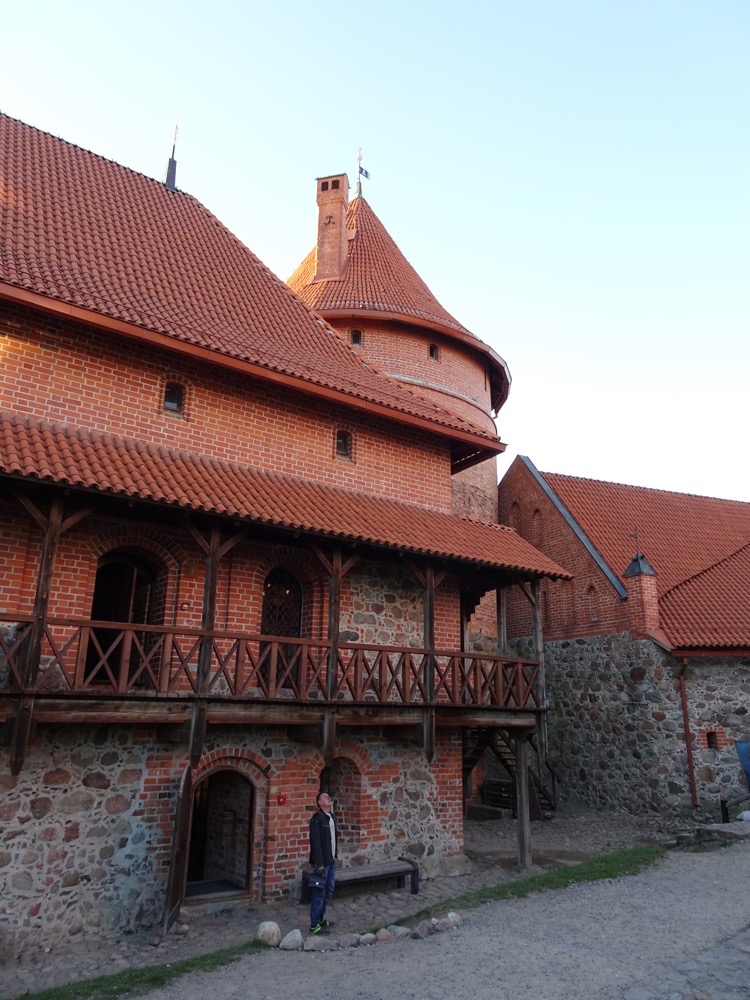 The castle is mainly built out of red Gothic bricks. Stone blocks were used only in the foundations and for some of the upper parts of buildings, towers and walls. It has been decorated with glazed roof tiles, burned bricks, and (some very dodgy) stained glass windows. Its overall style after the second construction phase could be described as Gothic with some Romanesque features.
The castle is mainly built out of red Gothic bricks. Stone blocks were used only in the foundations and for some of the upper parts of buildings, towers and walls. It has been decorated with glazed roof tiles, burned bricks, and (some very dodgy) stained glass windows. Its overall style after the second construction phase could be described as Gothic with some Romanesque features.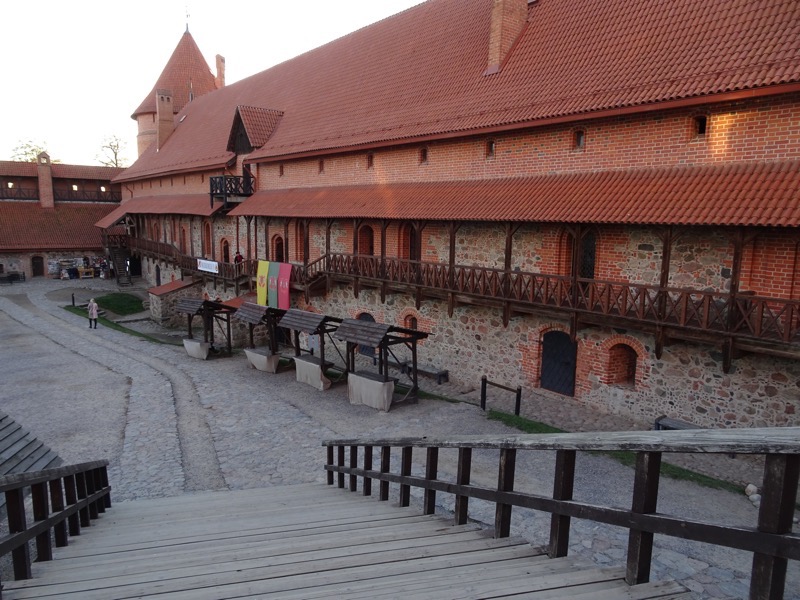 After the Battle of Grunwald, the castle was no longer of any military importance, so it was turned into a residence for the Grand Dukes of Lithuania. The caste was redecorated, frescos were added and foreign emissaries were welcomed in the Ducal Palace.
After the Battle of Grunwald, the castle was no longer of any military importance, so it was turned into a residence for the Grand Dukes of Lithuania. The caste was redecorated, frescos were added and foreign emissaries were welcomed in the Ducal Palace.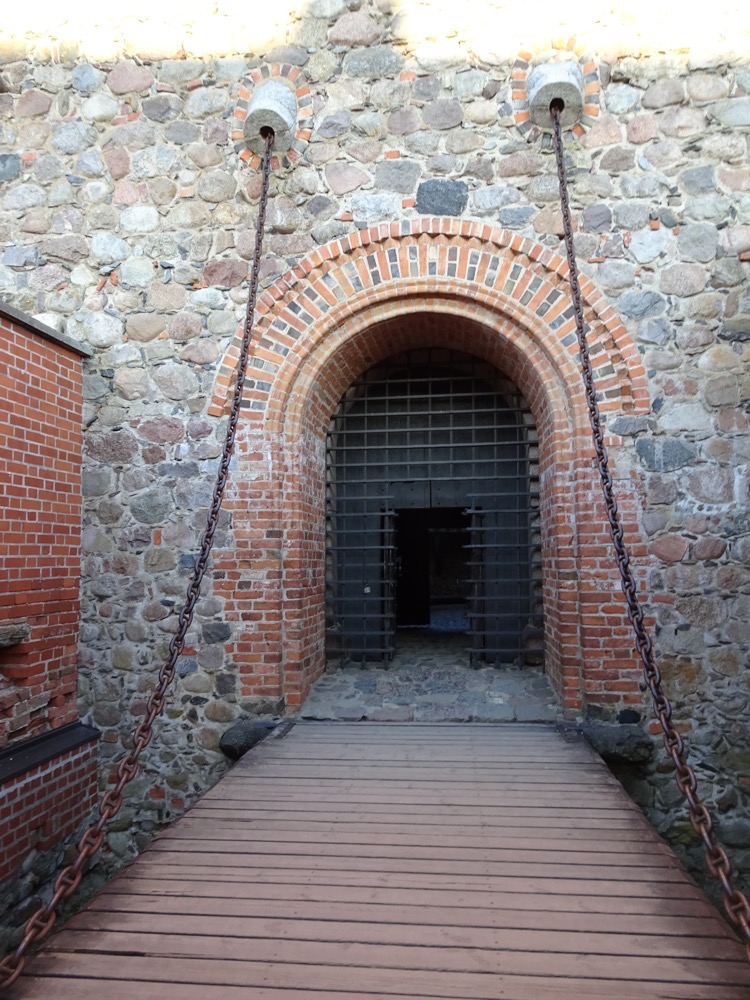 Grand Duke Vytautas the Great died in the castle in 1430 leaving it in the hands of Sigismund Augustus who used it as a royal summer residence until 1511, and it was redecorated in a Renaissance style. Later the castle served as a prison and during the wars with Muscovy in the 17th century, the castle was damaged, but this time was not reconstructed and it gradually fell into disrepair.
Grand Duke Vytautas the Great died in the castle in 1430 leaving it in the hands of Sigismund Augustus who used it as a royal summer residence until 1511, and it was redecorated in a Renaissance style. Later the castle served as a prison and during the wars with Muscovy in the 17th century, the castle was damaged, but this time was not reconstructed and it gradually fell into disrepair.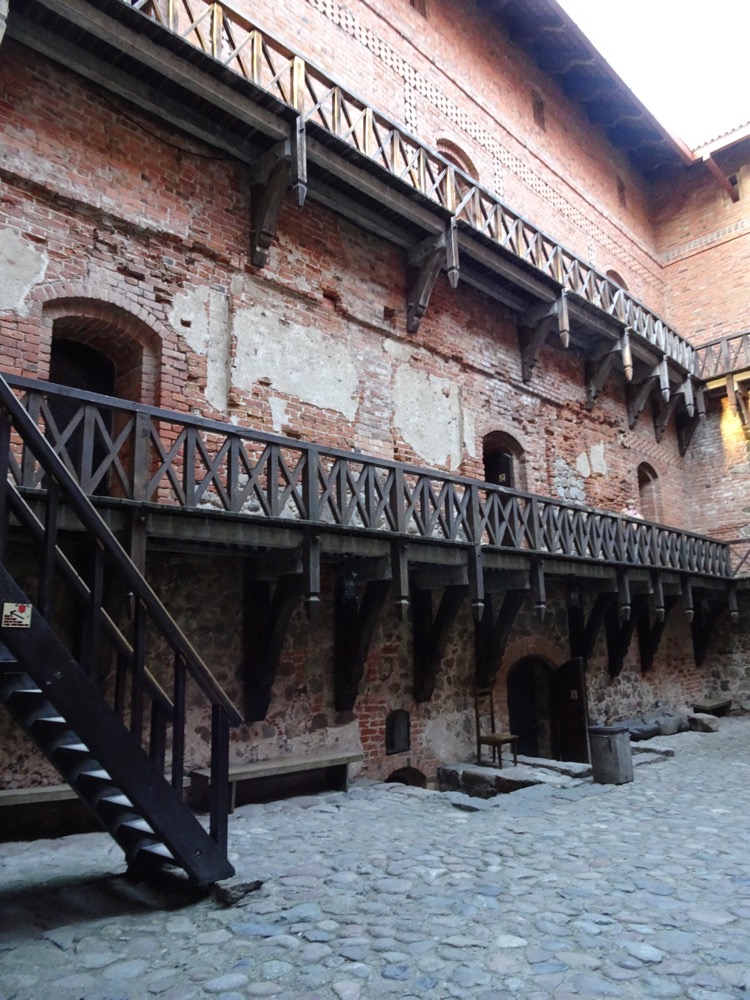 in 1888, the Imperial Archaeological Commission planned were made to rebuild the castle and in 1905, the Imperial Russian authorities decided to partially restore the castle ruins. During World War I, Germans brought in their restoration specialists, who made several attempts to rebuilt the castle and then between 1935-1941, parts of the Ducal Palace walls were rebuilt. Up until WWII, Lithuanian and Polish conservationists worked on castle project, but all work stopped when the war was raging all over Europe. After WWII, a major reconstruction project was begun in 1946 with actual restoration work started in 1951–1952. The major portion of the reconstruction was eventually finished in the 1960s with the goal of reconstructing the castle in a 15th century style to be a major tourist attraction, which has resulted in a cross between Hampton Court Palace and Bli Bli Castle. :/
in 1888, the Imperial Archaeological Commission planned were made to rebuild the castle and in 1905, the Imperial Russian authorities decided to partially restore the castle ruins. During World War I, Germans brought in their restoration specialists, who made several attempts to rebuilt the castle and then between 1935-1941, parts of the Ducal Palace walls were rebuilt. Up until WWII, Lithuanian and Polish conservationists worked on castle project, but all work stopped when the war was raging all over Europe. After WWII, a major reconstruction project was begun in 1946 with actual restoration work started in 1951–1952. The major portion of the reconstruction was eventually finished in the 1960s with the goal of reconstructing the castle in a 15th century style to be a major tourist attraction, which has resulted in a cross between Hampton Court Palace and Bli Bli Castle. :/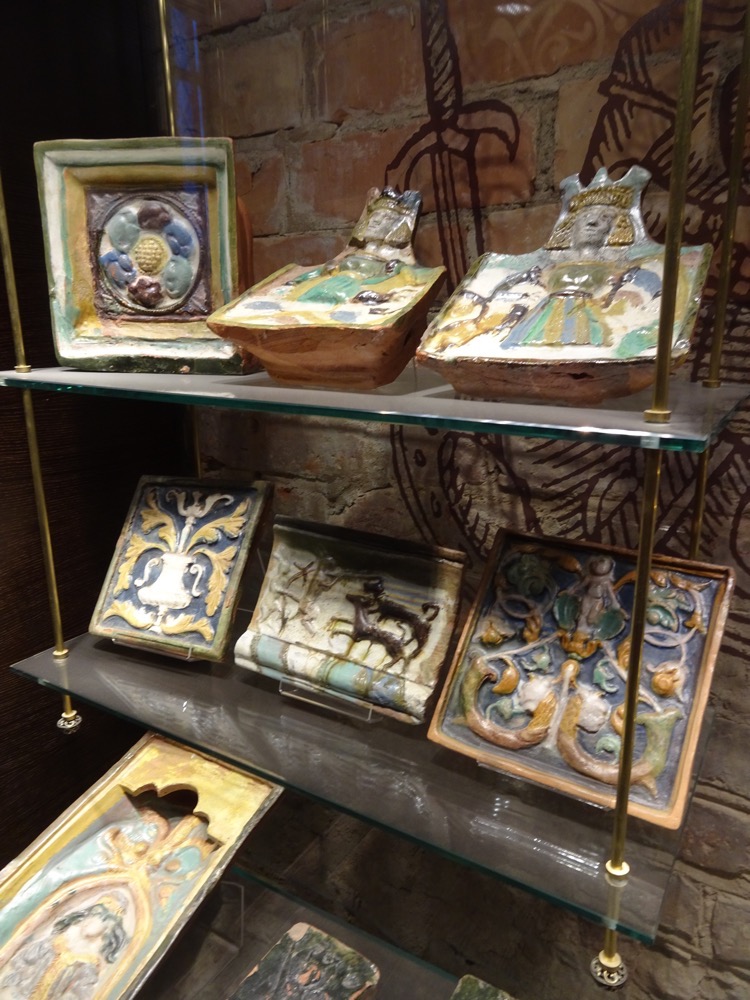
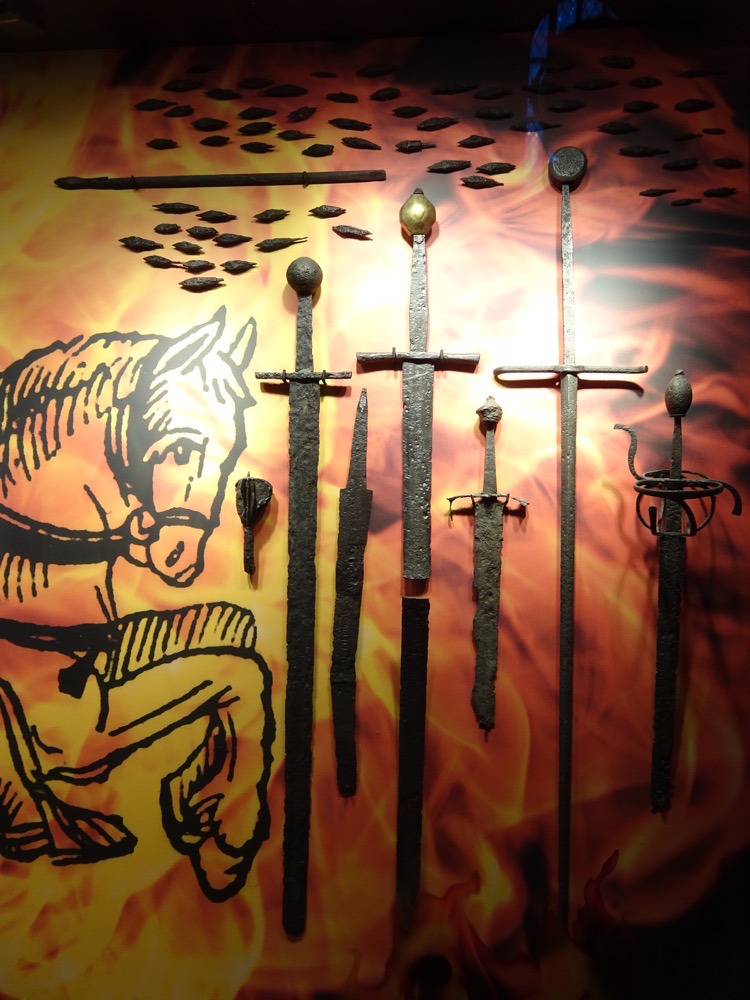
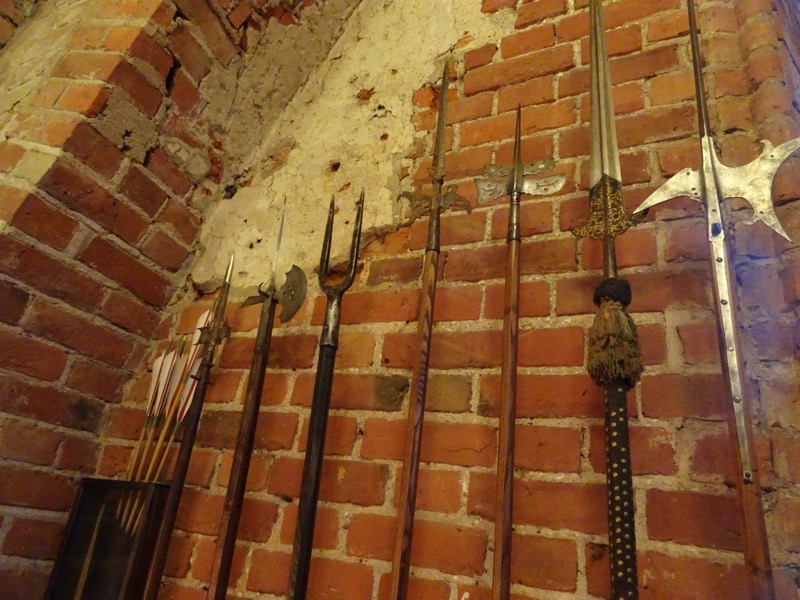
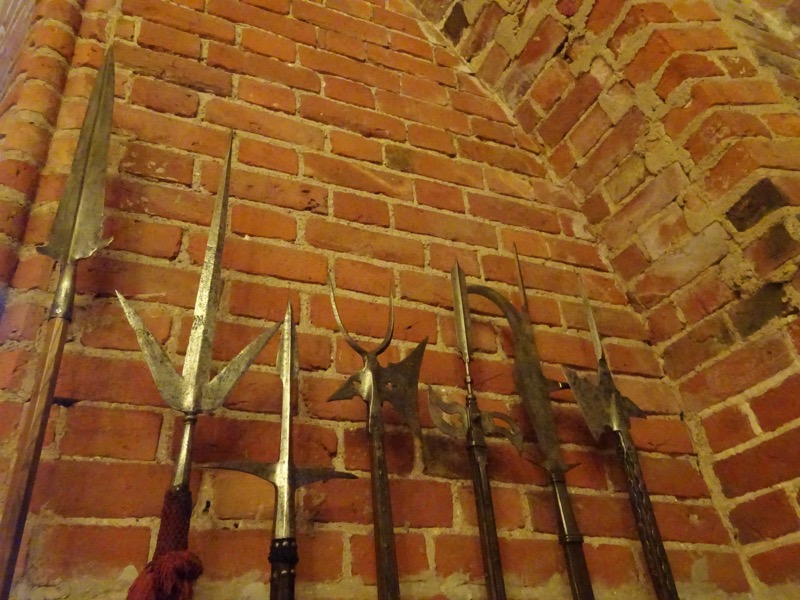
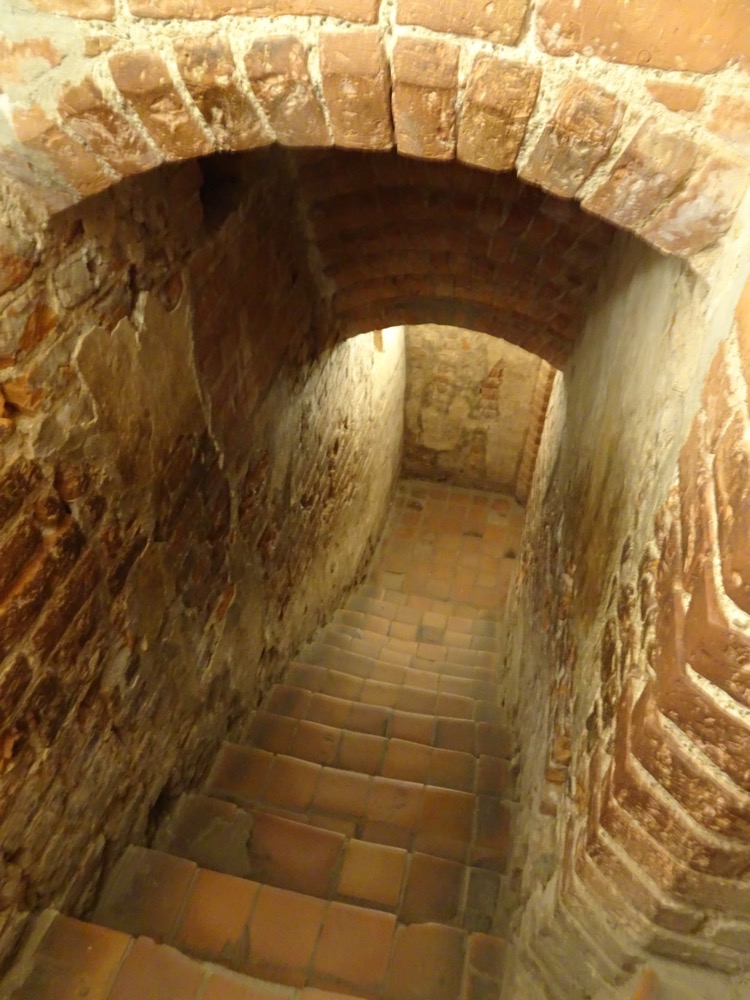
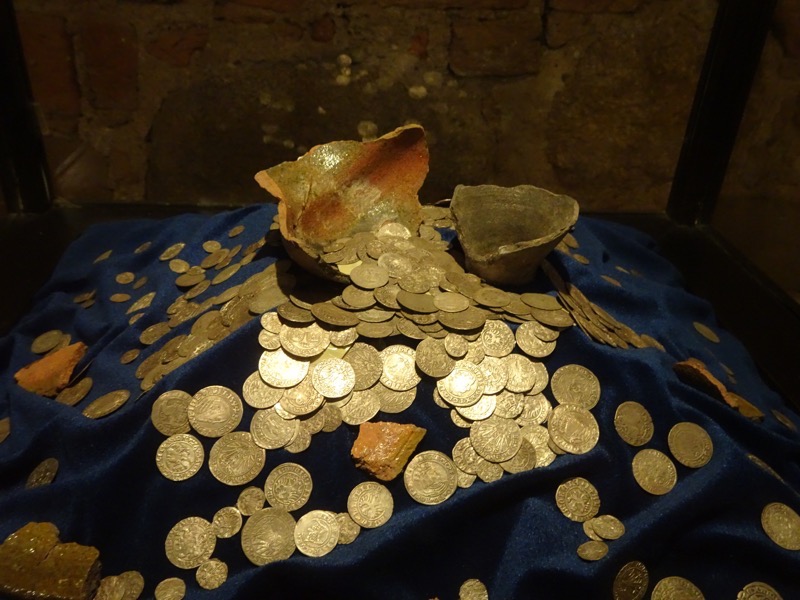
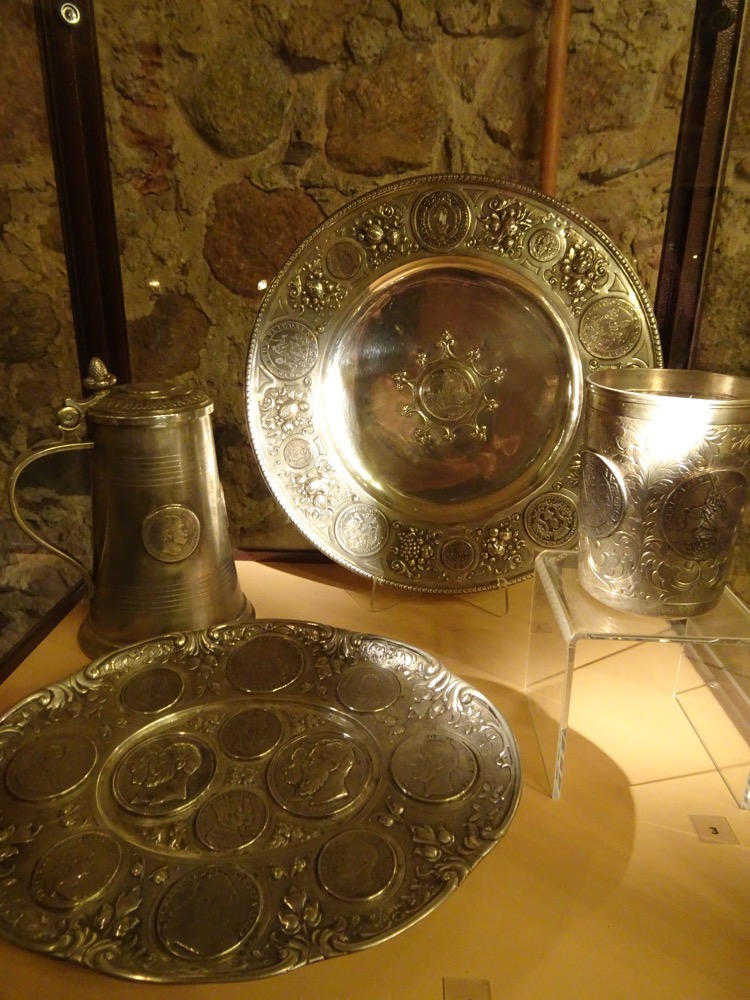
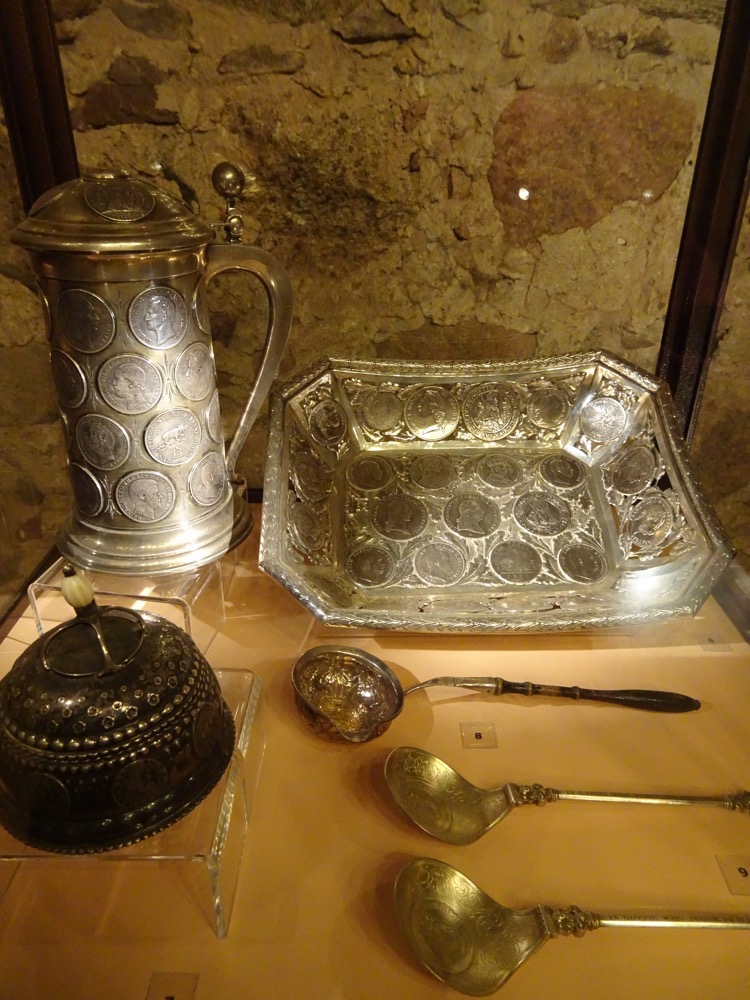
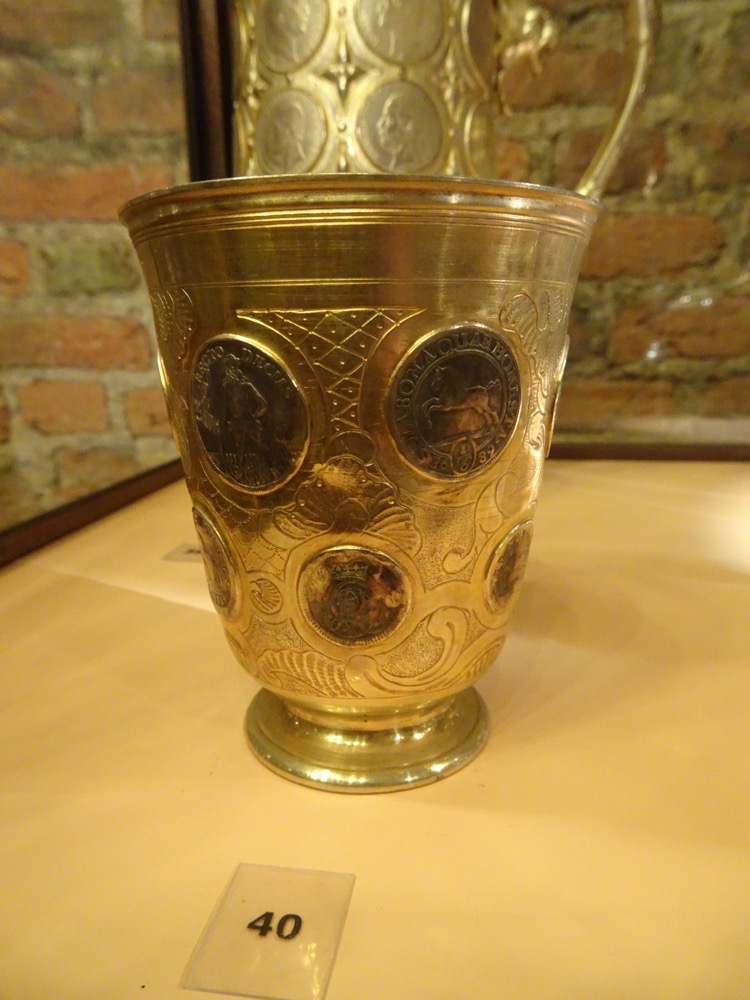 … Some not so genuine, like these lovely c.1970s post-modern stained glass windows (thankfully the lime green diagonal design is not so apparent in these photographs).
… Some not so genuine, like these lovely c.1970s post-modern stained glass windows (thankfully the lime green diagonal design is not so apparent in these photographs).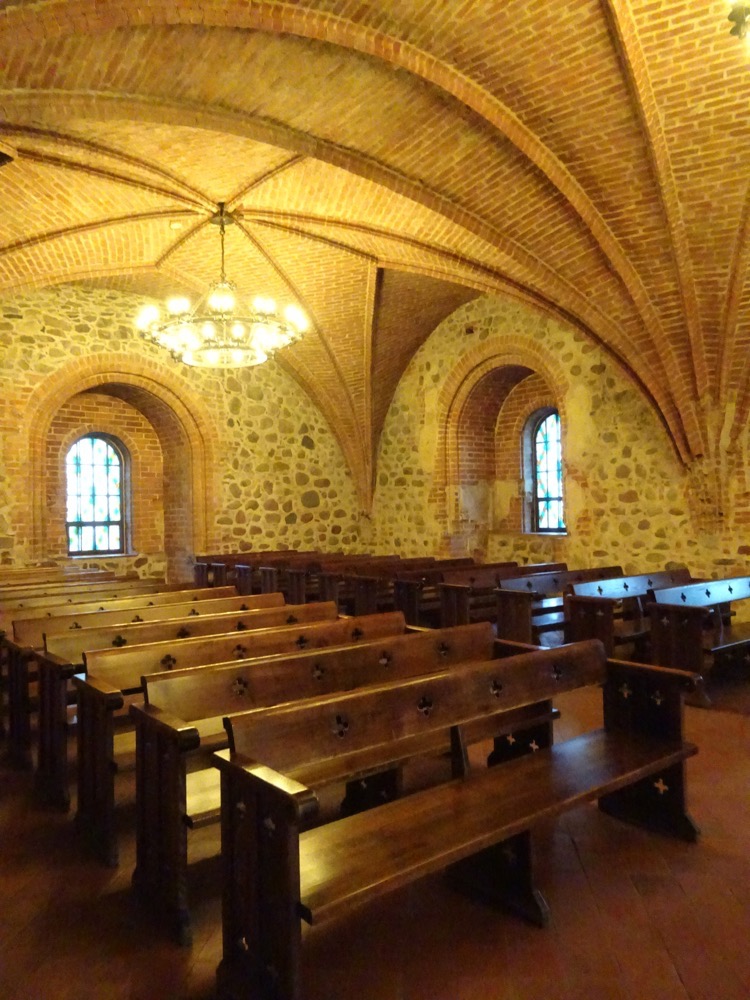
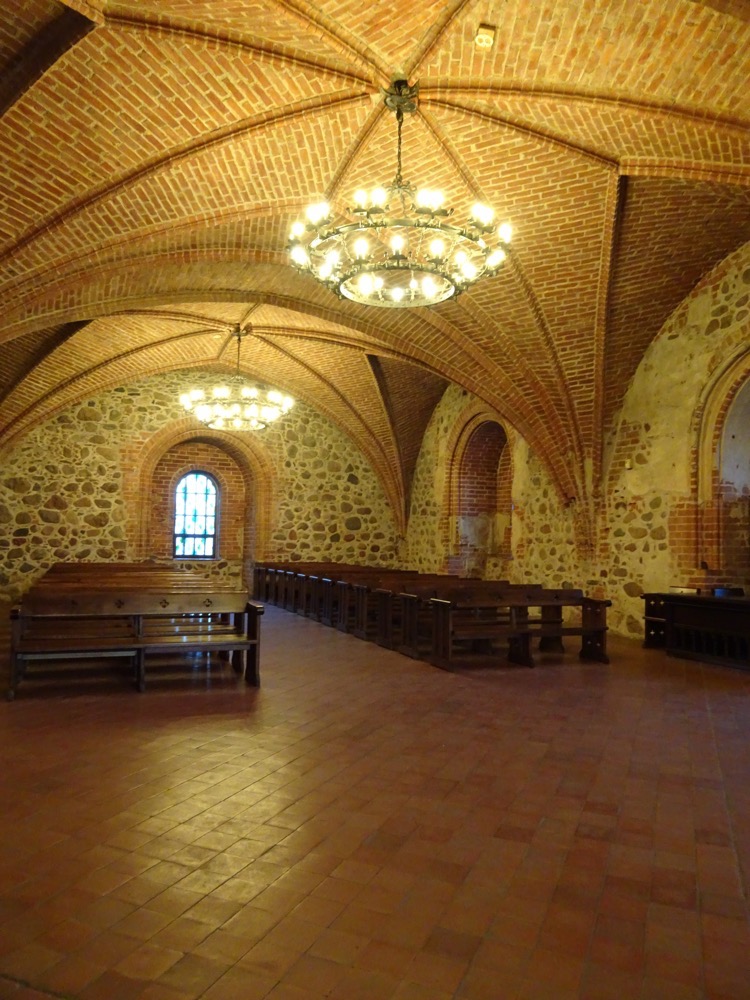
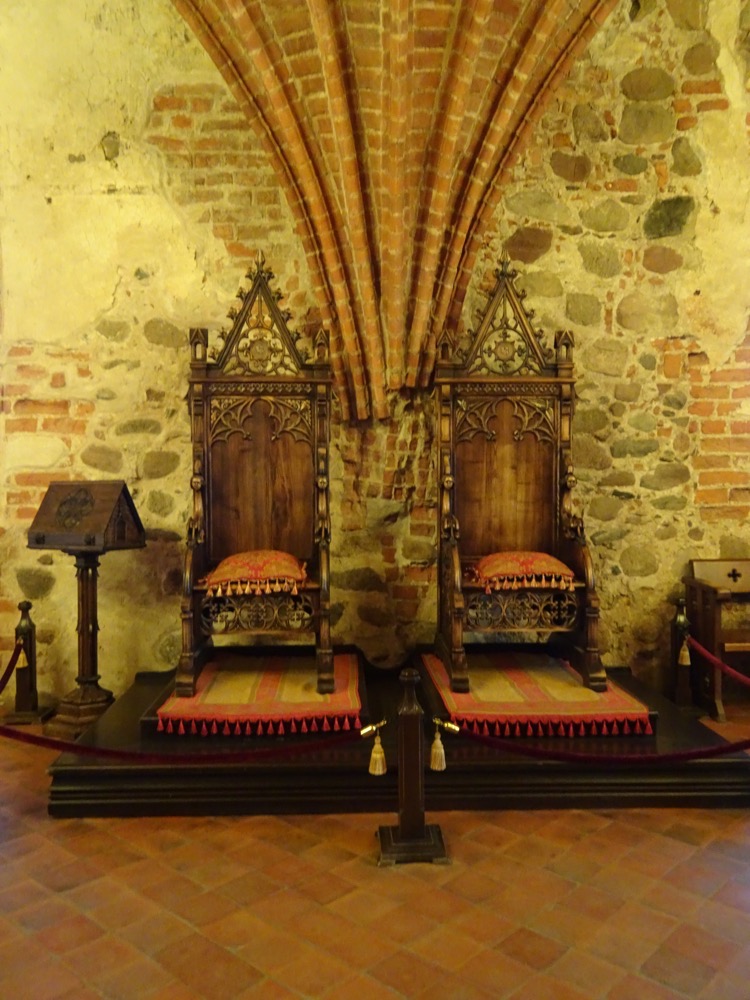
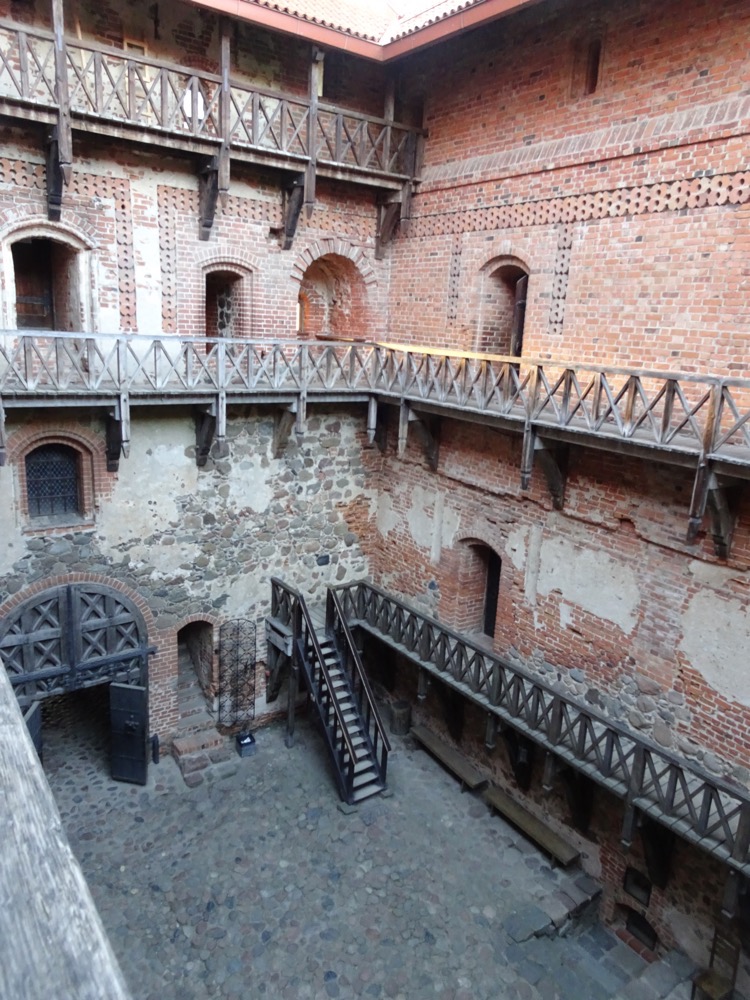 Recreated stained glass windows that date all the way back to 2006.
Recreated stained glass windows that date all the way back to 2006.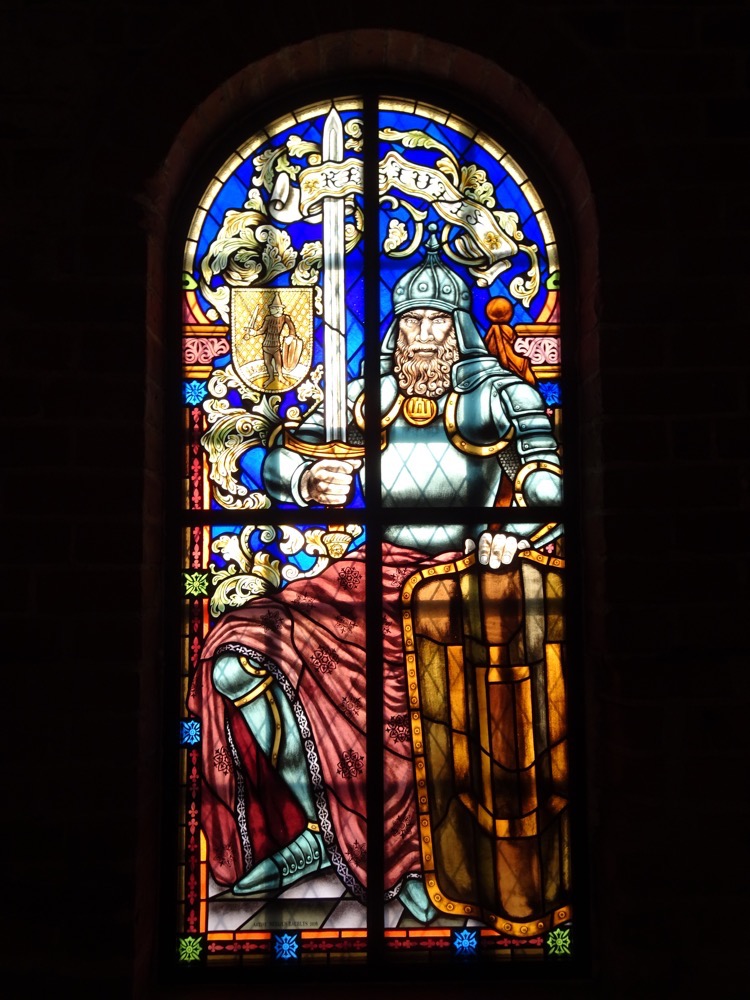
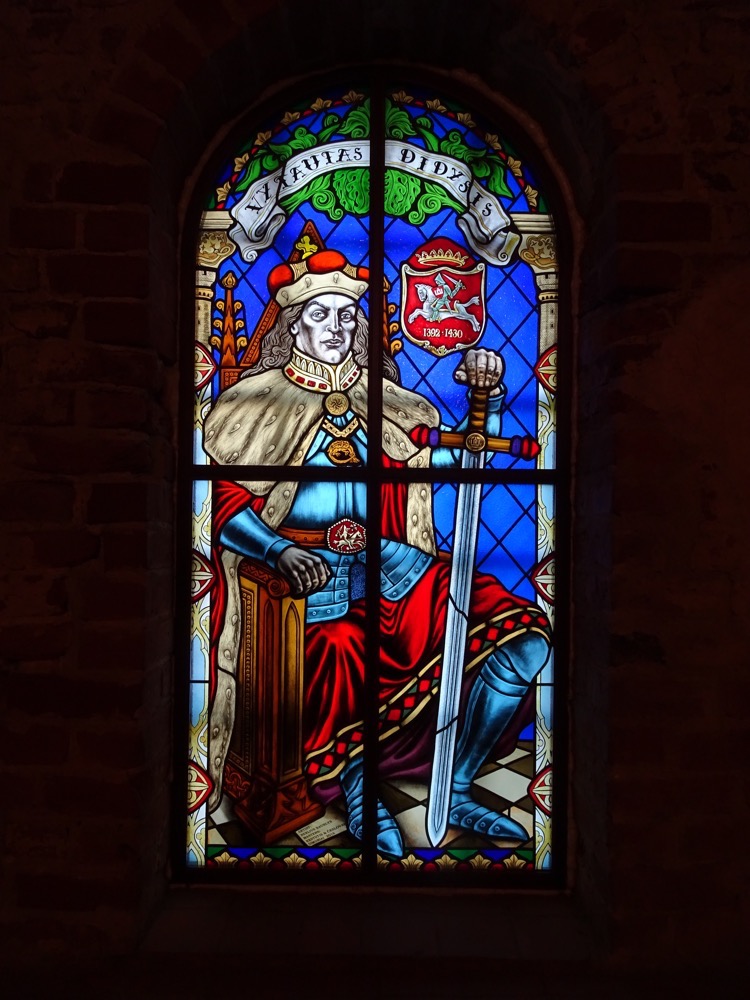 Photos of the Castle before the major renovations started in 1940s.
Photos of the Castle before the major renovations started in 1940s.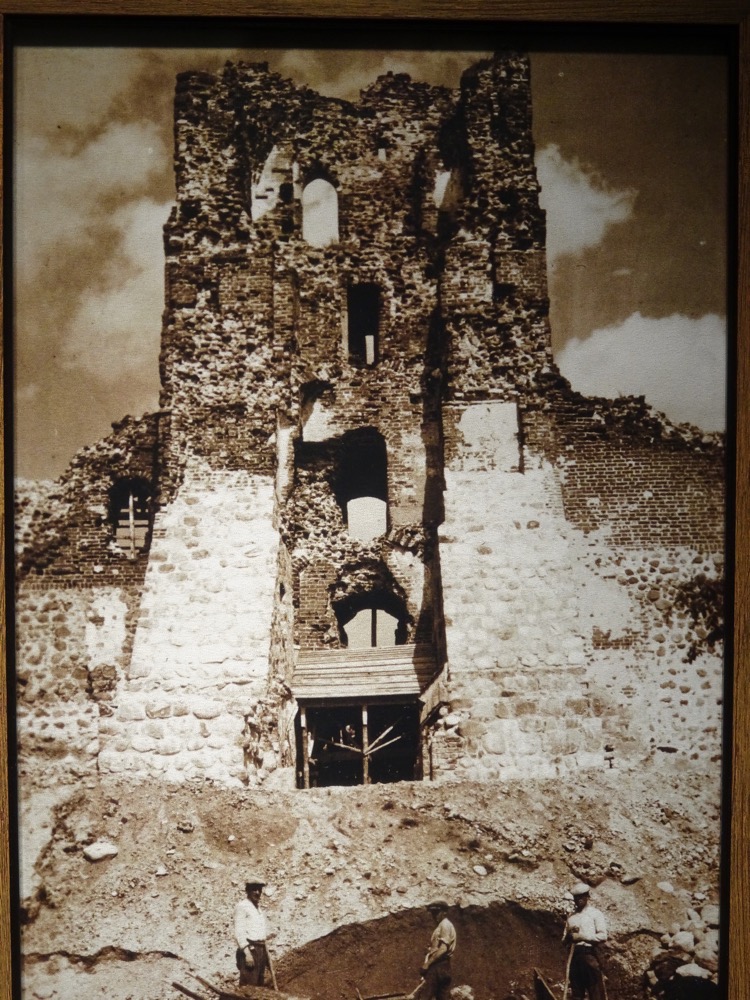
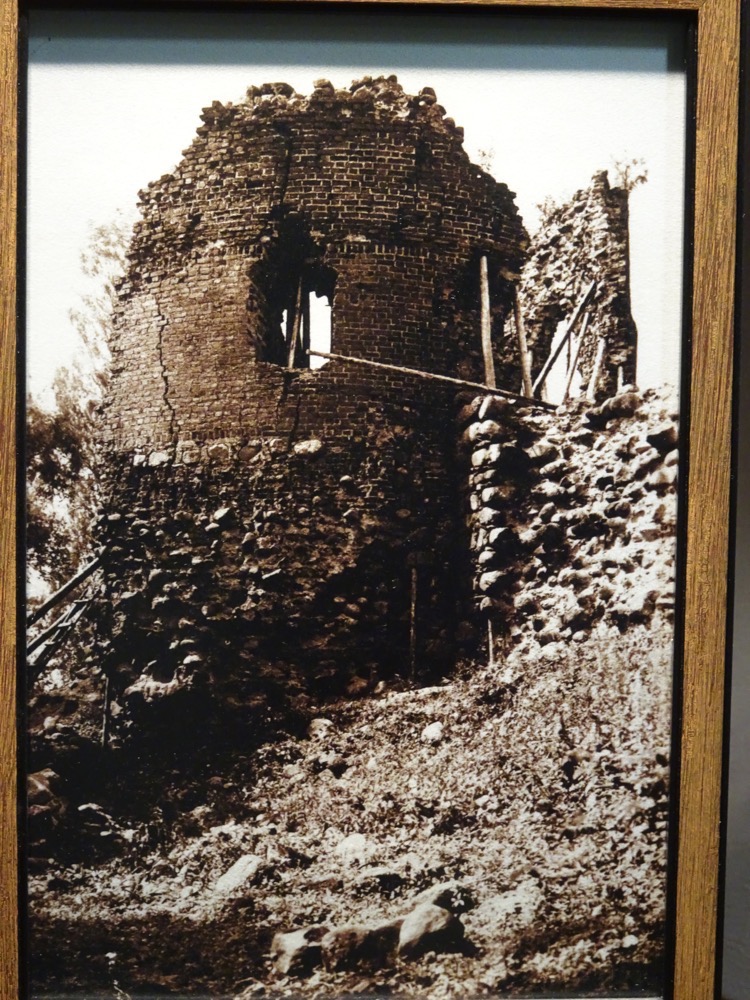 Other areas of the castle contain collections that have been donated to the Trakai Island Castle for display. Collections of official seals, pipes, Russian enamelware, taxidermied animals, and all sorts of other crap* are stored here (*weirdly gifts that appear to have been given to Lithuanian government officials over the last decade are all on display… weird plates from China in 2012, and just weird shit that has nothing to do with a 15th century castle).
Other areas of the castle contain collections that have been donated to the Trakai Island Castle for display. Collections of official seals, pipes, Russian enamelware, taxidermied animals, and all sorts of other crap* are stored here (*weirdly gifts that appear to have been given to Lithuanian government officials over the last decade are all on display… weird plates from China in 2012, and just weird shit that has nothing to do with a 15th century castle).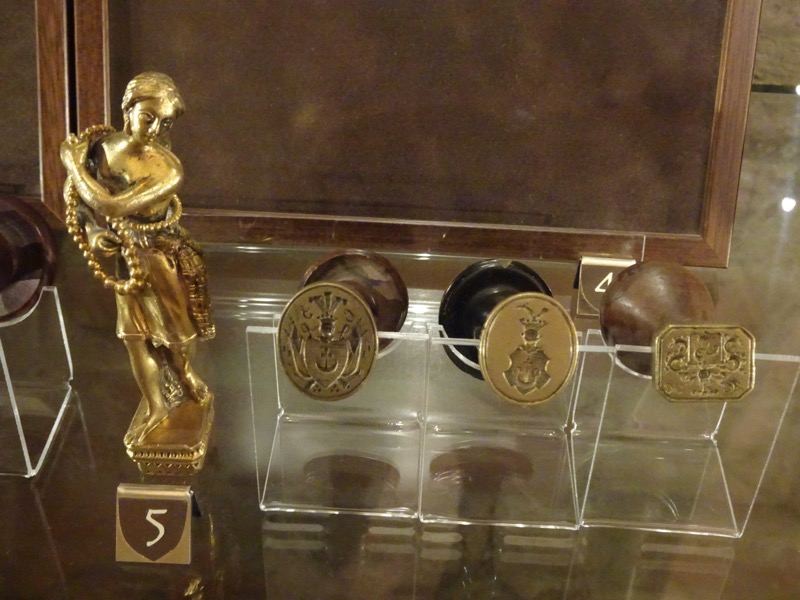
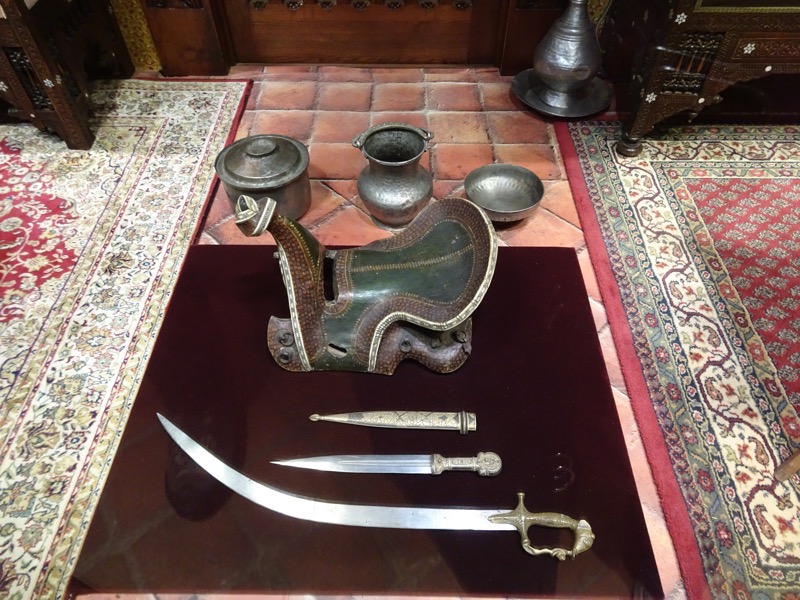
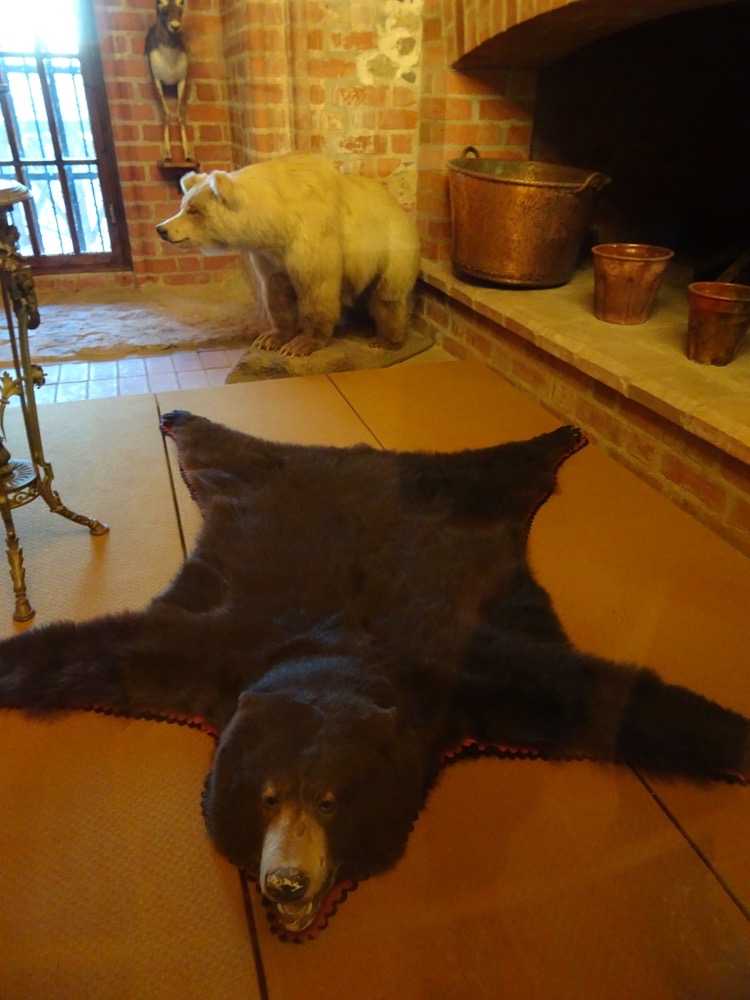
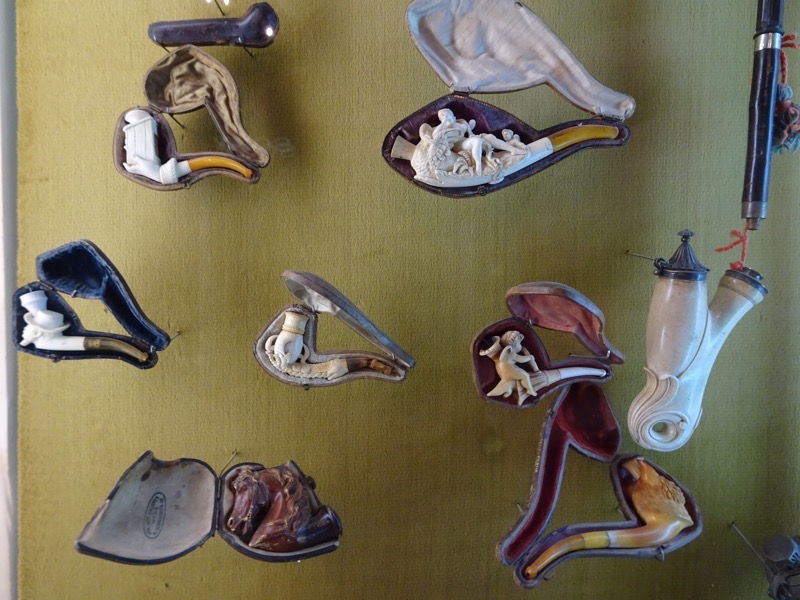
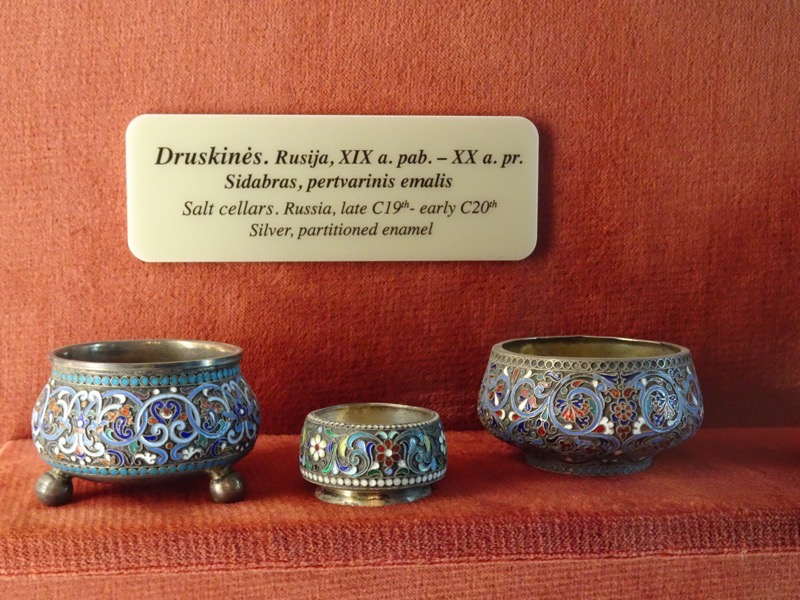 Still, it was quite a nice visit and it is so beautifully situation, it is well worth a look. I wouldn’t’ recommend checking it out in the middle of summer though, unless you were going to run in first thing in the morning or last thing in the afternoon and maybe get the place half empty – you can tell by the traffic flow that is set up, that it is probably a madhouse during peak season.
Still, it was quite a nice visit and it is so beautifully situation, it is well worth a look. I wouldn’t’ recommend checking it out in the middle of summer though, unless you were going to run in first thing in the morning or last thing in the afternoon and maybe get the place half empty – you can tell by the traffic flow that is set up, that it is probably a madhouse during peak season.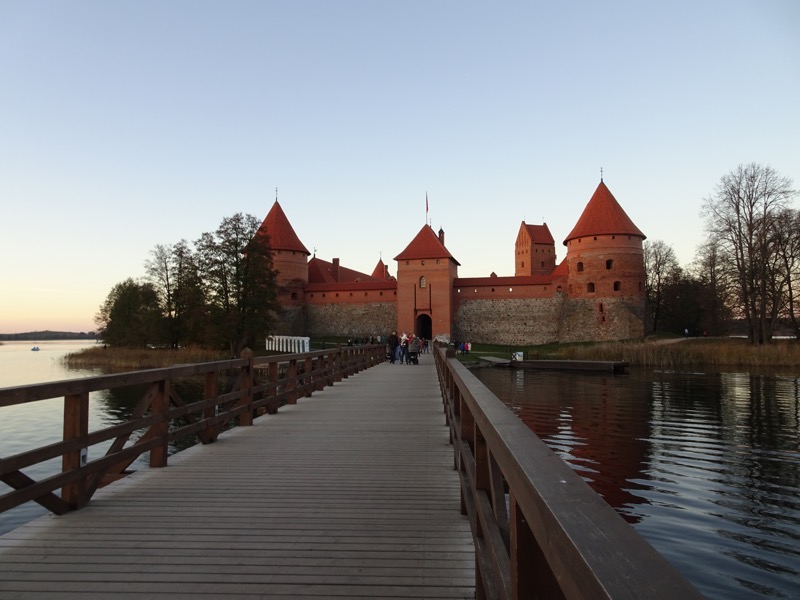 After this, it was back to Vilnius for the evening and another night at the crazy Bernadinau B&B. Vilnius has been lovely… didn’t find the G-Spot though.
After this, it was back to Vilnius for the evening and another night at the crazy Bernadinau B&B. Vilnius has been lovely… didn’t find the G-Spot though.